|
Week 1, Summer 2021
Mattis flew back to Praia da Vitoria on the island of Terceira, Azores... And went straight back to Jingo...
I spoke to Mattis a few hours after he arrived and he was upset about our boat and understandably so... We were both looking forward to a break, going back to the Azores and going sailing again. It was a long time coming. We had only expected to be away for less than a year, not two years, due to COVID-19.
When we left Jingo in the Azores in July 2019, she was in a berth at the marina. There was a festival over June and July and the travel hoist was not in use during that time. Jingo was hauled out in the September and placed on the hard for the next two years. The last time we left Jingo long-term was in April 2018, when we departed from Trinidad for a year. Jingo was out of the water, we had opened the seacocks to drain any water that came inside the boat, the mast was taken out and we put a tarp over the whole cockpit and tightened this with lines so that no water would get inside the cockpit. When we came back to Trinidad the following year, Jingo was bone dry and there was no mold. We weren't expecting this as we'd heard from other sailors that mold could develop inside the boat over the course of a rainy season. We were extremely happy not to have experienced this when we got back. Sadly, when Mattis arrived back in the Azores in mid-May, there was mold inside the boat, on the berth cushions, inside the food lockers, on our clothes, the bilges had filled with water... This time, when Jingo was hauled out, we didn't have the opportunity to wrap the cockpit like we had done in Trinidad. So, sadly, Jingo had been left open over the two years we were away and rainwater came down the mast and in through the companionway. This in turn meant that the mast step that Mattis had rebuilt three years before in Trinidad was sitting in rainwater, for we don't know how long… We were worried to the point that we weren't sure whether we'd have enough time in the six weeks to get all of the jobs done we needed to, let alone any upgrades… and I was under time pressure to get back to work. With the initial shock of Mattis seeing Jingo again, it almost felt like we were back at Day 1, as if it was the day we bought her. It felt like an emotional roller coaster, what do we do and what can we do in these few weeks. All the jobs we had done, all the things we had bought along the way, things we had stored on Jingo from 2016, brought from the Canaries, Cape Verde, South America, the Caribbean… We didn't know what to do. We seriously considered whether we should sell Jingo, rather than spending the money on keeping her in the marina for another year or more, if we were not going to sail her this summer.
Mold...
Other things that went wrong with Jingo while we were away:
- The forward portlight on the port side was leaking - We had forgotten to take out the battery out of our electrical items i.e. our fire alarm and torchlight. The batteries had leaked over time - There were new leaks in the cockpit lockers - Screws in the lockers led to leaks With the mental stress of COVID, restrictions, uncertainty of travel, it was easy to become mentally exhausted. So to hear Mattis when he finally arrived back in the Azores and the disappointment of how Jingo looked after two years, was really a sad time for both of us. We weren't sure whether we had the energy to: 1) Do all of the repair work again that was required 2) Get ready to sail again The main thing was that we felt like we were making the right decision for us. Jingo wasn't in great condition, but with hard work and perseverance over the next few weeks, all we wanted was to bring her home to West Cork. But at the time of writing this, an 1100 mile passage seemed daunting. We weren't going to make any rushed decisions and needed time to think things through.
Life in the Azores, Summer 2021...
Cafés and restaurants were open, as were shops. Life seemed pretty much back to normal. Summer was here. There were a few liveaboards over the winter months and they said that last winter was such a hard winter, with constant rain and dark weather. One of the harshest winters for twenty years. With it being May, it was still Spring and it had rained quite a lot for Mattis' first couple of weeks.
How Jingo looked after two years of no sailing...
Mattis made a list of jobs ahead of when I was arriving. I still had a couple of weeks left at work before joining him. Mattis hired a car and drove to the various hardware shops on the island for repairs and improvements on Jingo. There was no chandlery as such on the island.
The list of jobs....
Jobs done so far...
Week 2, Summer 2021
Mattis found out that 'Cynara' was the Classic Boat Restoration Winner of 2021. Two years of hard work! Below are various articles and websites about the Cynara project: - Here is the blog post on the Cynara project in Japan - Yachting World article, May 11 2020 - The Times article, 14th February 2020 - Classic Yacht Info - Cynara - Riviera Group
Thinking our options for sailing, we had the following options:
1) Sail from the Azores to Galicia, Spain then to West Cork 2) Sail from the Azores to mainland Portugal, to Spain, France and then to West Cork 3) Ship Jingo home 4) I sail with Mattis to Galicia, Spain, I then fly home in July and Mattis would get someone to help him sail home to West Cork Mattis built a new companionway hatch to replace the three washboards we had since buying Jingo. This was much stronger against any waves that would enter the cockpit. Having a new transparent companionway meant that it allowed us to see each other easily from inside the boat...
Mattis' companionway...
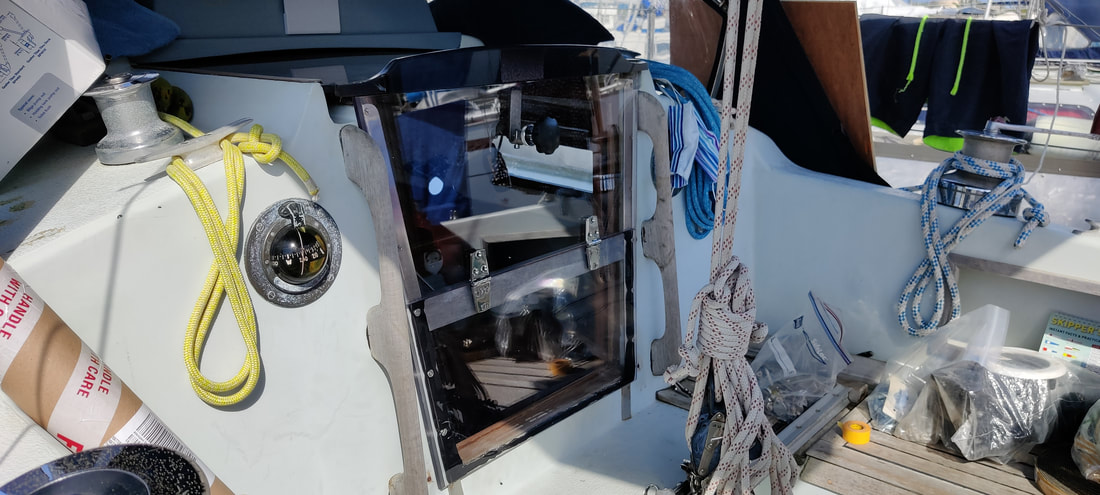
Antifouling Jingo...
New Supplies...
Week 3, Summer 2021. Mo Joins Mattis!!!
It felt great to be abroad again, to have a break from COVID after over a year. Working in the warmth and sunshine again, wearing just a t-shirt and shorts was a dream. The weather now was fantastic, not too hot and perfect for working in, after the previous months and months of wind and rain.
New Hydrovane sleeve as our old one had gone pink in the sun...
The marina was very quiet for this time of year and Mattis had just the one neighbour. There were thirty boats on the hard and only three boats were going into the water. In the two weeks between Mattis being in the Azores and my joining him, many more boats had gone in the water and about eight boats had gone into the the anchorage.
Today we got stuck into getting jobs done, the pressure was on for us. You could definitely feel the difference when we met people who had lived on their boats over the winter months and were here for the forseeable future, there was no rush for them. In a way, it has always been that way with our sailing, we had a time frame, then we'd have to get back to work, earn more money to continue our sailing adventures!
I went through all the lockers, cleaned the mold off anything in the lockers i.e .the food lockers and put everything away into one locker. For this passage, we wouldn't be reconnecting the gas cooker so we would be eating dry goods.
I hoisted Mattis up the mast, we replaced our backstay and Mattis had a look at our forestay cable. He found that one of the nineteen wires had parted. Our rigging is only four years old and it should in theory last around ten years. We're not sure at what point the wire would have snapped because we hadn't checked the forestay since Trinidad in 2019. We weren't expecting to see a broken wire, as we had installed our new roller furler just four years ago in 2017 and had only sailed with our new rigging for a maximum of one year. Some people may have chanced sailing back to Ireland with one of the snapped wires. The whole cable itself hadn't unravelled or frayed in any way, but we decided we needed to replace the forestay cable as well as replacing the backstay, which I had bought on the way to Dublin airport a few days prior. This then meant:
We met Dave, who owns the first ever Rustler (31ft). His boat is called 'Rustler of Wessex', the original Rustler. Dave is a liveaboard here and has been here since the winter. He gave us some invaluable information and passed us on to Pete.
Rustler of Wessex...
Owner Dave...
Over the last day or so, everything was feeling new again, but now, Mattis and I were getting into the swing of being a team again on Jingo. We had our system again. Mattis slowly detached the wire from the top of the mast and together we lowered the forestay down a tarp on the ground. Afterwards, we took off the roller furler and foils and Pete came to have a look at our wire. He gave us a quote for 200 euro for the new cable, including shipping. We agreed and it was made up and shipped out the same day.
Today was my birthday and we caught the bus to Angra do Heroismo, which was an hour to the south coast, our favourite place in all of the Azores so far and we couldn't wait! It was lovely to see Angra again. To enjoy the food and drink. We have been so lucky on the island, it is so well kept, there is no crime, everyone treats everyone with respect and everyone treats each other like family. It is one of the safest places we have been, in the world. There were no cases of COVID on the island, but everyone still wore their masks in public places.
We caught the bus back to Praia da Vitoria shortly afterwards and continued working on Jingo after the rain.
The transient community at the marina was great. People were just glad to see faces again. Everyone here was very open, friendly and looked forward to hearing each others' stories and future adventures.
Week 4, Summer 2021
New navigation light as our previous one was heavily corroded...
I had ordered two new cylinders for our Crewsaver life jackets in the UK as our previous ones had expired, but the shipment was going to be delayed by more than six weeks, so we bought two new lifejackets on this island instead.
Our breakfasts along the quay wall before starting work...
BIG DAY! Jingo was going back into the water!
- Lots of preparing - The hoist arrived at 1300 and it lifted us slightly so that we could antifoul the last few areas on the boat and we let that dry for about half an hour - We were ready to go into our berth! We were feeling apprehensive and excited, we also wanted to make sure that our engine was still working once she was in the water too. So we tested the engine before and after going into the water. The travel hoist picked us up promptly and we went straight into the water, no messing about. Jingo suits being in the water so much more than being out of the water :) We borrowed more fenders from Dave, and hung them off the port side as Jingo's stern was facing in the wrong direction for us to motor to our berth. The spot was very tight, and there was a fresh breeze blowing, so I hopped onboard and we used warps to swing Jingo around 180 degrees so that the we were facing the right way. Using the warps worked really well, the boat moved around very slowly, Jingo was facing the right way and Mattis motored us into our berth perfectly, where Dave was ready to take our lines. We were now in our new home. It was time to have a mini celebration!
Our New Forestay Wire Arrived!!
After yesterday's and the last few days' stresses and excitement, today we were honestly zonked out! It was a weird feeling that our bunks would be under the water again if we were standing on the outside of the boat. We went out for drinks at the yacht club for the first time and then we went out for dinner. Jobs done today: - Fastened our new liferaft to our cockpit, on the starboard side - Hoisted Mattis up the mast - Mended the slider back onto the mainsail - Filled up our fuel cans for our passage New mainsail slider...
Sadly, we got set back....
We measured our new forestay by lining it up to our old forestay and it was 4cm too short. We double checked again, and it was definitely too short. We thought to ourselves, how could this be? We were then thinking to ourselves, what could we do to solve this issue. For example, we thought could we add a shackle to the bottom of the forestay to make it longer? In the end, we went back to Pete and told him our issue. Mattis being a boat builder could completely understand this simple mistake, as they can happen. It wasn't the end of the world, but with having a new forestay made and sent out again, each time taking at least four days or so arrive, we were set back by ten days from when we had the first cable posted and to when the second wire arrived. Tomorrow was going to be Portugal Day, a national holiday, so we'd have to wait until Friday for the new cable to be sent out as everything would be closed on Thursday. Pete preferred to have a new forestay be sent out from a sailing point of view, which we agreed. Looking back, Mattis felt that if he hadn't seen the snapped wire the second time he went up the mast, we would have gone ahead sailing home to Ireland. But for him and for us, when you see something, you need to do something about it. It wasn't a real issue for us though, because we still had plenty of other jobs to do on Jingo, lots to keep us busy until it arrived. It would be one of our last jobs then. Mattis fastened our new liferaft to the starbopard side of the cockpit and I had a very slow day, I felt so out of it with the uncontrollable hayfever I had been experiencing for the last few days to a week! It would start from the moment I would wake up at 0800, get really bad around 1000-1100, I would have to sleep it off for an hour or so and then I would feel much better and be able to continue with my day.
Mattis drained the coolant from the engine, and replaced the coolant with Yanmar 50% coolant (other 50% was water). Mattis replaced three litres. He also installed our new port cockpit drain, both of them have been changed now.
Old and new cockpit drains...
Life on the island had gone pretty much back to normal, and it meant that if tourists come in from outside of the island, they could potentially bring COVID and a new outbreak could occur, which would be a bit of a disaster for the lives of the locals. We were at the beginning of the season for tourists and holiday makers. I really hope that this doesn't become the case and that everyone stays vigilant.
I did the shop for our provisions for this passage. Another job done. We were fully provisioned, for our passage to Ireland and more :)
Mattis installed two new cleats at the stern, for our drogue if we ever needed to use it. And it already looked so much better than the previous cleats we had at the stern.
It was VERY HOT today, there was no wind and with it being the weekend, the beach was full, full, full. The sand was so hot that we had to run across the sand, once we took our sandals off. We had the most amazing swim with a cold beer after...
Being set back by ten days had allowed us to slow down, take in Terceira and actually enjoy our time here and not be go go go all the time. The setback was absolutely a blessing in disguise.
This evening, we hanked on our working jib onto the inner forestay. We have no refrigeration onboard, so this evening we hung a bottle of wine over the side and let it sit in the water for a few hours for it to cool down :)
Week 5, Summer 2021
We got fuel from the supermarket and carried it home...
In the evening, Mattis spent a few hours on the electrics and wiring as much of it was a bit of a mess...
We were both now well into the swing of life on Terceira and loving it, we gradually had the feeling that we didn't want to leave as we had settled into life here. We had gotten into the swing of waking up at 0730 everyday, having breakfast on the breakwater that overlooked the beach on one side and the marina on the other. We'd do some work for a few hours, go for a swim at the beach to cool down, have a beer and something to eat, then spend a couple more hours doing work. We'd relax in the evening, with drinks in the cockpit and a film after seeing friends we had met in the marina. The weather had been stunning for the last week or so.
Mattis and I noticed 'Ava', a Contessa 26 in the marina...
Jingo...
In the morning when we had our breakfast on the wall, Mattis spotted another Contessa 32 in the marina! She was a darker blue than ours and she was tucked in behind a much larger steel boat on the other side of the pontoon. After breakfast, we popped over to see the owner and met Rob Henshall, an Irishman who was solo sailing his newly bought Contessa 32 that was built in 1975. In our five years of owning Jingo, this was the first Contessa 32 we'd seen that was also on a sailing adventure. We were excited! Rob's Contessa was called 'Maria'.
'Maria', Contessa 32...
In the evening, Rob came over to our boat and we compared sailing stories. He had some inspirational stories. He is 65 and has single handedly sailed across the Atlantic from Newfoundland to Ireland. On that trip he fell and broke three of his ribs. To continue sailing, he strapped a camping mat to his chest and was able to carry on. On the same trip, his boat got knocked down and filled with water to his knees and he was getting rid of water for hours on end. As the evening went on, Mattis and Rob were talking about where they were from and where they had travelled and Rob said that he used to drive a school mini bus from Sligo to Schull, Ireland for the regatta races and it turns out Mattis used to be at those regattas! Rob even knew the name of Mattis' headmaster! In Rob's past, he had kayaked around Ireland, windsurfed around Ireland, he has done a lot in his life. What a guy!
The next morning, Rob was up early and Mattis and I just happened to be awake and see Rob sailing away into the distance! He was sailing to Sligo. Rob didn't want anyone coming to say bye to him and wanted to slink away from eyes watching and we wished him Bon Voyage. He made a real impression on us. We continued with our day, we traipsed around Praia in search of a fire/CO alarm for Jingo and we finally found one in a hardware store. The sun was truly beating down on us today, so at lunchtime we went for a great swim at the beach and had a beer and ice cream after. I can definitely say we had gotten used to this life and increasingly didn't want to leave.
Mattis and I woke up at 0800 and it was raining......for the whole day. The last two weeks had been pure sunshine, with daily swims at the beach. Our new forestay arrived today and we installed our roller furler and genoa in the rain. It was refreshing! With the rain, everyone stayed inside their boats and you would end up watching the rain or just wait for it to pass, but we cracked on with jobs inside and outside the boat and it felt great!
We were now there with Jingo and pretty much ready to set sail!
The next morning we did a water count to see how much water we would have for our roughly ten day passage:
- 11 x 5 litre bottles of brand new water from Guadeloupe (2019) - 6 x 1.5 litre bottles of water from Guadeloupe - 3 x 1.5 litres of water in grab bags - 3 litres of extra drinks as well as a couple of cans of ginger beer (for seasickness) and isotonic drinks (for energy) In total, we had around eighty litres of fluids apart from our water tank, which holds around one hundred litres. So two litres per day per person, for drinking, eighty litres of clean water (not in water tank) would do us for twenty days. The water in the tank would not be good enough for drinking. I finally got to grips with my seasickness (I think) and truly hoped that this time I would be alright at sea... - I had been taking ginger tablets, one a day for at least two months before I left for the Azores - I took Stugeron for at least a week before setting sail - Made sure we had fresh ginger onboard - Had ginger sweets onboard - I also had a homeopathic remedy onboard that I would try if needed when underway - I had hand and foot warmers, for when I got cold and for my night watches. When I am cold, I definitely get more seasick more quickly!!! We were ready to go sailing now, everything was prepared. However, the forecast was telling us that over the next few days, there would be no wind, then there would be northerlies, which is what we didn't want and then no wind again... So we waited until conditions got better for us.
Jobs we did to get Jingo ready...
Making the most of our last few days...
The last evening with friends we'd made on the island...
Week 6, Summer 2021. Day 1 of Sailing...
The passage from Praia da Vitoria, Azores to Crookhaven, Ireland would be 1100nm.
The night before, we decided to have little goodbye drink at around 1830, so Mattis and I went up there to the beach bar a little earlier on to have something to eat and a couple of friends joined us later. What was meant to just be one or two drinks, escalated into an evening session and we were happily merry by midnight when we all drifted off home to our boats. We woke up at 0700 the next morning and we mosied on with getting Jingo ready. We were ready to clear out of the Azores. We were feeling apprehensive and sad to leave at the same time, having made friends so quickly in the few weeks that we were there. Feeling nervous of the weather over the coming days (it wasn't perfect weather conditions for us, but we’d been watching the weather for about a week and it didn’t really seem to be changing). There were areas of high pressure crossing the islands, meaning not much wind for sailing for us, and when there was wind it was from the wrong direction. We knew there was a low developing north of the Azores in a few days time, but we thought we would be far enough north to avoid the worst of it. We finally left our berth in the marina, after clearing out with Customs and Immigration and paying our last bills at the marina, we were away at midday. Motoring out was no problem and once we were out of the calm waters of the harbour, the rolling of the sea was gentle and freeing at the same time. There was a bumpy 2 metre swell from the north, the wind was light and shifty. Sadly, after 45 minutes, I began being seasick. This continued until midnight. We both felt so sad about it, we’d waited two years to go sailing again and bring Jingo home. This was meant to be an amazing trip home. I had specifically done everything I could possibly think of beforehand to try and make sure my feelings of nausea would be little to none. I was so optimistic that seasickness was not going to happen this time. I suppose being nervous about sailing again and knowing that we would be at least ten days at sea, may have had an effect on me psychologically. There was little to no wind from the time we left the marina, we actually ended up hand steering and motoring for the next 36 hours, until 0300 the next night. When we were finally able to switch off the engine, we were able to sail, goosewinged. It was always bliss when the engine finally went off.
Day 2
We started using Eddie (our Hydrovane) at 0300 and we were delighted. Our arms and backs were sore from hand steering all those hours. Mattis struggled to deal with me and my seasickness, but always does so brilliantly. We took turns sleeping in the cockpit, to keep each other company on our on and off watches. We had a little more wind than yesterday.
Dolphins came out to play and kept us company! We were super delighted to see them again, it’s always amazing to see other life out at sea and how this could make us feel after the long day and night yesterday. Mattis and I were motoring during the day and we took turns on our watches. Doing one hour on and one hour off, after Mattis’ first 13 hours on-shift as I was seasick. We were running before the building seas and a front was expected in the next 10 hours. We found it easier to keep each other company in the cockpit on our off watches. It made it a lot easier for the other person, knowing when we needed them they were just there, but also, when we were ready, we could just sit up and take over on the helm. I, in particular found it laborious putting on all my gear and wellies on again down below and climbing up and out into the cockpit, during the time when I was feeling so nauseous.
Day 3
We saw the odd plane trails in the sky, this made us feel not so far away from land. We started doing slightly longer watches, they were stretching to four hour watches now as I was feeling better. We had wind all day and I took over at 2300. At 0100, the wind had dropped and we were literally sailing 0-0.5kts. It was painful. We had already used 20 litres of our 100 litres of fuel for the first 36 hours of this passage and we knew we had around 10 days left of sailing to go. We didn’t want to keep using fuel and continue motoring, because there could be the potential risk that as we approached Crookhaven, Ireland, we would have no fuel left to motor into the harbour. We wanted to save fuel for later on in the passage. So, we decided to wait an hour or so after having no wind again, to see if the wind would pick up again. It didn’t. Did we start the engine and motor again or wait until the wind comes? We decided not to motor and waited it out for a couple more hours and before we knew it, it was raining more and a front was passing over us. Then we had lightning... We hove to and went down below in the bunk together to be safe for a couple of hours until 0500. Mattis decided to get up on deck, move the sails and we got going again. Very slowly. It was a horrible night. The forecasts we’d been receiving before we left the Azores didn’t reflect what we were getting and by the morning at 0700, Mattis and I were feeling weary again after another night of not sleeping. We even started to really consider no longer doing any long passages after this passage. We had questions running through our heads at this point...Did we sell Jingo when we got back to Ireland? After long deliberation, our hearts and souls of the last five years are in our boat and we just didn't have the heart to do it. We were about to complete our first Atlantic Circuit after roaming the seas, it was the end of a mini era for us and the start of a new one. For us, it was incredibly romantic, as you only get one first Atlantic Circuit. We had a look over the stern of the boat at 0100 and the phosphorescence around the Hydrovane was unreal. So green and bright in the dark, black sea at night and with the bubbles floating around the rudder too made the phosphorescence all the more glittery. With the broken 20-30 minute sleeps, we were both having crazy wild dreams, with all of the noise that was surrounding us. We were no longer hearing voices down below at sea, unlike the first few times we were on long passages.
Day 4
We had Force 3 conditions this morning, with wind coming from the WSW direction. We were sailing between 3-4 knots and our course was now 20-60 degrees. We were going in the direction we wanted to. The weather today was stunning with a cool breeze. The sun was warm as it shone down on us. Dolphins were about again today and birds were diving into the water, doing their day's fishing. Mattis and I were feeling happy again. At 1200, we did our daily log and so far we have sailed 180nm. At 1500, we had 800nm left to sail until we saw the Fastnet Rock, Ireland. The day had most certainly made up for last nights' sailing and we had the most glorious day. Mattis and I were sitting in the cockpit for most of the day, chatting about life and our future. The water was glassy and all of a sudden from the cockpit we could see a dolphin shooting towards the side of our boat. It was absolutely stunning. A few dolphins came to play for a little while and as soon as they had arrived, they were gone again. In the evening, I was on watch until 0300, we had lightning again through the night, but this time, we decided to power on through and continued motoring. Just as Mattis and I were swapping watches, dolphins were shooting round us and in the calm, glassy water, the phosphorescence was out of this world. Where the dolphins were shooting across, the phosphoresence was out of this world. Like green, fat lightning. I truly wish I had taken a photo of it :)
Day 5
We were still heading north at this point, the wind and waves were on our beam (side of the boat) and we were soon rolling from side to side, but the direction we were sailing in was the only option for us in order to get any speed or way northeast. We were too far west from West Cork. I think if we were eating warm/hot food onboard, this would have decreased my nausea, but for the simplicity of sailing home, not using gas on this passage meant that there was less to worry about something going wrong. To ensure we had no gas leaks, no worries of someone burning themselves down below. Less complications in general. Our gas system also hadn’t been checked since we left Southdown, Cornwall in 2017. Mattis was exhausted from constantly being awake or half awake and I was so upset with myself and for Mattis. We were both utterly teary, these long passages weren’t for us anymore. All I could think to myself was, ‘is this ever going to end?’. Two-day passages would be fine, but still being seasick again on Day 5 on this passage was getting too much for the both of us. We couldn’t bear another week (at least) of sailing like this and right now, we hadn’t even sailed a third of our journey yet. Mattis let me sleep through the night from 2000 until 0700 the next morning and I did some brief watches for him in the night, while he slept for the odd hour. To our joy, we were zooming along all night at 5-6kts!! We had sustained ESE Force 5 through the night, covering great ground. We had a starry night and a full moon, with lots of dolphins enjoying the bow wave. We also had a close encounter with a cargo ship in the night. I was feeling much better.
Day 6
What a glorious night's sail for Mattis and me. We were both up from 0700. We exchanged what our watches were like, we talked for a while and then I was on watch for the day. Mattis tried to catch up on some sleep. It was 0930 right now and sailing in the beautiful sunshine was perfect. We live for these moments and days if we can, trying to make the most of it. Honestly, the ups and downs of this passage and sailing in general have been unreal. So extreme. We love the adventure of sailing, the romance of exploring new places and that's what keeps us going...
Hopefully today would continue to be a nice dry, sunny day and we looked forward to seeing how many miles we had covered over the past 24 hours at midday. This last day would most definitely be our quickest day yet! I had been well enough to play around with the Hydrovane and genoa, which has been huge for me.
And today, Mattis and I were laughing and joking again, which I had really missed. We were feeling more like our normal selves again. We were absolutely loving the weather today. It felt like a summers day here out at sea. We still had our woolly jumpers on, but socks were off and we were enjoying it very much!
The evening was a different story. It was a difficult night. Mattis was on watch from 2030 until 0500 and the lumpy sea and beating into it, so we could keep our NE heading. This was because we were sailing too far north now and we needed to start making easting, otherwise quite soon, we’d be heading to Northern Ireland. It was horrible, during the night, Jingo would lift up on the shelf of the waves and then slam back down onto the side of the boat after the wave had passed. After each wave. Each bang of slamming back down off from a wave meant that it was so much louder down below with everything bashing inside the boat. Mattis was clipped on with both tethers onto each side of the cockpit as there was a real possibility, he could get thrown out of the cockpit.
Mattis started having pain in his right knee during the night and let me know and we were worried that he may have bursitis again. The last time he had bursitis was when we were in Lanzarote in September 2017. He was concerned that he may have it from all the kneeling on the coachroof of the boat to set the sails, making sure everything up front was in working order. If his knee was to get inflamed and infected, we were worried that this could lead to sepsis.
Day 7
Checking at midday how many miles we had sailed over the last 24 hours, we had sailed a whopping 110nm! At this point, we were beyond the halfway point to West Cork. The sun was out and it was a beautiful day. We had sailed 570 miles and had 520 to go. We were really wishing and hoping that we could do at least 100nm a day from now on, that would be a great help and something to look forward to each day, rather than drifting aimlessly like we had some of the days, hoping for the wind to pick up and not sticking the engine on because we wanted to conserve our fuel supply. Today was a slow day for sailing, cruising at 2-4kts to the wind, trying to get east now as much as possible, but only managing 30 degrees with the wind we had in our sails. During his night watch from 0000-0500, Mattis watched a cascade of dolphins swimming in the phosphorescence and he was playing with them, by weaving the boat port and starboard. The dolphins were following him gleefully. The night before, Mattis had 40-50 birds all flying behind the stern of the boat, playing in the air vortices behind the sails. We noticed during the day that birds don’t come near the boat to fish, they came to say hello, being curious and playful, curling in and out of the waves.
Week 7, Summer 2021. Day 8
We logged our miles for the last 24 hours and sadly, we only covered 70 miles. Yesterday was definitely a slow day. The nights during the summer are very short, getting dark at 2300 until about 0430, when the sun starts to rise. We had a full moon, which meant that it has been great sailing north, with lots of light guiding us along the way. We’d had the summer solstice and it kept getting lighter earlier and staying lighter later the further north we sail. Today’s sailing was like a dream, Jingo felt like a moving bedroom, gliding so smoothly through the waters. We had 475nm to go until we reached the Fastnet Rock, still in a northeast direction. We had motored all of last night and today there was very little wind, but was a great day to motorsail. We had been wearing just a fleece top and trousers, not too cold at all for sailing. We would motorsail through the night and see what the wind looks like tomorrow. Mattis’ knee was feeling much better today, thank goodness.
Day 9
It was 0700 and Mattis and I shared the night watches. Mattis did 1900-0100 and I did 0100-0700, first time in a while that we have shared the night watches more equally and have been able to with no trouble. We both had a nice evening and there was nothing really to report. Headwinds meant that it wasn’t too windy in the cockpit and the evening was cool and the sea was gentle. Today’s sailing was a dream, Mattis saw a huge whale in the water and we just about got it on video. Magnificent. Mattis and I spent most of today on the foredeck, it was the first time I had been up there and the views were different from being in the cockpit. We could have stayed there all day and it was definitely the best part of the day. Today was my favourite day. We had front row seats of the ocean. I had also made enough wraps for tonight’s dinner and tomorrow’s food. As the days went on, there were more and more cargo ships and yesterday was the first day we saw a sailing yacht in the distance. They were called ‘Otter’s Pocket’. We made contact with them and it was great to speak to other sailors, but we couldn't quite catch everything as the reception was crackly.
Day 10
At 1900, we’d been sailing all day, approximately 90 degrees east at 4kts. Mattis did the night watch from 1900-0200 and I did from 0200-0930. We were sailing slow and steady and in the right direction. We no longer needed to push north, but still had 300nm miles to go, in an easterly direction. It looked like we were due gale-force winds on Friday. For the last two days, we had had Force 3-4 conditions. We began making plans for what to do as we were getting closer to Crookhaven, West Cork. We didn't want to run out of sea room in the event the low deepened unexpectedly. Our first plan was to use the storm jib, towing warps off the stern. We historically had weather reports for worse conditions, or worst possible scenario for weather conditions, which was a good thing, because at least we would hopefully be prepared. Being conservative was not a bad thing at all. At 1915, we had 290nm to go :) I started to forget the days now…
Day 11
Day 12
We had a short 3 metre swell and we were hove to from 0630-1300. I woke up at 0630 and felt quite sick from the motion as soon as I got up into the cockpit. So Mattis let me go back down below and I ended up sleeping most of the day. We were both feeling rubbish again because of my seasickness. With Force 6 to 7 conditions passing through this morning until this afternoon, the confused seas afterwards meant that the beam on waves were high and Jingo would fall off of the waves every few seconds. This went on for what felt like hours on end. Mattis and I talked about the different factors that can make me feel sick, particularly on this passage:
We started thinking maybe getting a catamaran or a trimaran would be better for me because there wouldn’t be as much of a rolly motion onboard. We had been talking a lot about life and felt philosophical and loved sailing this passage on the whole. Sailing always teaches us to push our boundaries, to be outside of our comfort zones and learn about ourselves and each other. That’s the whole point of life isn’t it? And we do it because we can.
Day 13
We were on the final stretch home!! At 0800, we looked at our course on the chart and we had 78nm to go! We were hoping to be near Crookhaven around 0200 tomorrow. So our plan was to potter around after reaching the Fastnet Rock and slowly make our way to the anchorage, until first light. From which, once daylight occurs and we can see far enough again and we’ll anchor at 0330 or so.
End of Day 13
We made it to Crookhaven and dropped anchor at 0545! We had a big glass of wine onboard to celebrate. It quickly went to our heads, having not had any alcohol in two weeks. Mattis’ Mum takes her dog for early morning walks and passing the anchorage in Crookhaven. This morning, she had a hunch that we would be there, so she drove by and from the distance I could see her car. Mattis and I were waving our arms with joy to see her. Then afterwards it hit us, how tired we were. Exhausted is the only word for it. With all of Mattis' hard work, upgrades and adjustments made before leaving the Azores, new companionway, secured mast step, new rigging, meant that we had no issues with Jingo during our last passage. We were delighted and glad to be home with Jingo after sailing her around the Altantic and having the best adventures anyone could wish for.
We were back in beautiful Crookhaven, Ireland...
When things go wrong, we realise that we have to look after the small things, not just the big things. If we look after each of the small things, the bigger things on the boat will be looked after and we in turn. The boat will look after us.
Our latest YouTube after two years...
2 Comments
We sailed across the Atlantic to the Azores in June 2019 and after one month of exploring a couple of the islands, we left Jingo in the safe hands of the marina and returned to work for a little while. I was based in Limerick for the next two years and Mattis worked on a fantastic restoration project in Japan. The boat was called 'Cynara', a 96ft classic wooden sailing yacht built in 1927. About Cynara and the restoration project.... - The Project - The Team - Classic Yacht Info - Cynara - Riviera Group - Camper and Nicholsons website Mattis was in Japan when COVID-19 began and lived about 30 minutes away from the cruise ship 'Diamond Princess' that had the hundreds of passengers who potentially had the virus. This happened around January of 2020, which was a hugely worrying time as the world entered a pandemic. Below are some photos from when Mattis worked on the project... November 2018 December 2018 February 2019 March 2019 September 2019 October 2019 November 2019 Beers on the wall after work, admiring Mount Fuji in the background... Thank you to Mattis' friend, Richard Burke for some great photos! December 2019 In 2019, we had the fantastic opportunity to feature in the Contessa 32 Yearbook! We wrote an article about our adventures off the beaten track in French Guiana, South America... We'd love to head back there some day and explore even more of South America by boat. Thank you to Jessie Rogers for the feature! January 2020 Incredible Mount Fuji... February 2020 March 2020 April 2020 Mount Fuji at sunset... May 2020 July 2020 After the project was finished in the Summer of 2020, Mattis found out that Cynara was the Classic Boat Restoration Winner of 2021! Two years of hard work for everyone out there. Below are articles about the project... - Yachting World article, May 11 2020 - The Times article, 14th February 2020 July 2020, Mattis was back home in Ireland!! Classic Boat, July 2021 Edition...
Mattis and I are back at work again after sailing Jingo across the Atlantic to the Azores. We flew home in July and Jingo will be kept in the marina until we return next year. Now that I'm back in Ireland, I have taken up dinghy sailing on a more regular basis and on the weekend of the 31st August, I crewed for one of the club members at Callaun Sailing Club for the Callaun Regatta 2019. It was an open mixed fleet, which included GP14's, Wayfarers, Enterprises, RS 200's, Omegas and Lasers. On the Saturday, we were due to have four races. But with 20-25kt gusty squalls crossing the lake not long after we had started, many of us did not finish (DNF) the second, third and fourth races. The Sunday was a much calmer day, making it more fun and competitive for the ninteen boats out on the water. Below shows Tom and I sailing a 14ft Wayfarer. Tom and I came seventh overall out of fifteen. Not bad, considering we had only finished one of four races from the Saturday. I very much look forward to more racing in the 'Cooler Series', before sailing season ends and winter sets in.
In the meantime, after flying home in July, Jingo was due to come out of the water on 1st September and stay on the hard for the winter months. Hurricane Lorenzo, a Category 5 Atlantic Hurricane, started to make an appearance at the end of September. Lorenzo developed after a tropical wave moved off the west coast of Africa and rapidly grew in size. It was headed straight for the Azores, before making its way to Ireland and the UK. We contacted the marina to see if Jingo was safe and out of the water. She was still in the water. The marina had just finished lifting out the largest boats for the winter and had not yet gotten to ours. As Lorenzo was imminent, they weren't going to lift her out until the hurricane had cleared. Last August there was the earthquake in Trinidad that we didn't know about, causing structural damage to buildings just metres away from our boat and this year a hurricane. We were nervous. From speaking to the manager at the marina, you could tell he was well used the storms at this time of year. There was no panic. He had made sure all of our lines and covers had been securely tightened. On Wednesday 2nd October, Lorenzo passed over the Azores with 60kt winds. Mattis and I continuously watched Windy.tv with bated breath. There was nothing we could do if anything was to happen to Jingo, so we just waited. We didn't contact the marina until the Friday, as undoubtedly they would have been inundated with worried owners on the Thursday. When we did call on Friday, the manager said everything with Jingo was fine and not a single thing was damaged in the marina. Phew! Jingo came out of the water the following Monday, on the 7th, with no hiccups. It was great to see photos of the haul out. Time to resume normal life. For now.
Our Journey So Far... Monday 27th May 2019 Mattis and I wanted to set sail across the Atlantic weather permitting, around the 21st of May, after spending two weeks in Guadeloupe. We were ready, we had our water, fuel and food. We got to know Guadeloupe a little, especially Deshaies, the village where we were anchored. We had just missed a couple of friends that were sailing the same route across the Atlantic to the Azores, they left the Caribbean on the 7th of May. Checking the weather everyday, they had perfect sailing conditions, consistent westerly winds all the way from Bermuda to the Azores, covering over 2000 miles. This had disappeared by the time Mattis and I wanted to leave, there was a sudden drop in the wind across the Atlantic, with high pressure spreading right across our intended route. We kept checking the weather everyday and there was no let up, for at least a week. Probably more like 10-14 days. Below marked in yellow, shows the forecast across our route before we left, which was mostly 0-5kts. Towards the end of May is generally the cut-off point for heading to the Azores from the Caribbean, any later and you run the risk of running into more hazardous sailing conditions as it leads into hurricane season. The different models and algorithms for weather forecasting are generally reliable up to 3 days in advance, anything beyond that is likely to change. So we thought at some point we were going to have to leave and try and make the most of what wind we did get until a low pressure comes in and we get more westerly winds. Also, we knew that the first week or so could potentially be long and slow as we'd be sailing north towards Bermuda before catching the westerlies, which would then take us all the way to the Azores. Or so we hoped. This was not the case for us at all. Below shows Mattis trying to get a weather report with our Single Side Band (SSB) receiver, so we could receive weatherfax forecasts at sea. If that failed, we had our handheld satellite device, a Garmin InReach, that we could use to receive weather forecasts, but could also send emails and texts. We made the most of the extra week in Deshaies, though we were getting itchy feet as we knew we were getting closer to hurricane season. On one of the days, we walked up the river, which started from the anchorage and we hiked over boulders and huge tree trunks for 2 hours, before arriving at the most spectacular waterfall. It hadn't been advertised anywhere, we'd come across it through word of mouth. There were no easy paths to get to the falls, which was perfect for us. We were on our own in nature. These were the reasons why we wanted to go sailing, to do things out of the ordinary and stumble upon places you would never have dreamed of. The river we had walked along was littered with so many mango trees, you wouldn't believe. There were solid rafts of mangoes in the pools, and armies of ants harvesting them. We collected a whole bunch of mangoes for our month long passage, it wouldn't take long before we had mangoes coming out of our ears! Reading about them, they were in season from May until August and they were literally dropping off the trees. We didn't know that there are over 500 varieties worldwide! Our last week in Deshaies, Guadeloupe... We met a family in the anchorage who were from England, Miles and Jo and their two children, Fin, 9 and Arlo, 6. Their boat was called 'Sea Love', a 40ft ketch. Coincidentally, they were from a town just a few miles from where we used to live on Jingo in the UK. They were sailing their own Atlantic circuit and were headed for the Azores too! They had the same predicament as us, wondering what day was best to leave for the crossing. We chatted about the weather daily and shared ideas about what the forecasts meant. Our aims for this passage across the Atlantic - Sail 100nm a day - We were currently at 16 degrees of latitude. We aimed to sail north for 1 week, to a latitude of 30 degrees in order to catch the westerlies, which would take us east towards the Azores My account of our Atlantic Crossing whilst underway Day 4 - Friday 31st May 2019 Before setting off on any long passage, we feel excited though always a little nervous. We won't know what weather we'll be presented with for the whole month after the first few days of leaving. After we picked up our anchor in the early afternoon and motored out of the anchorage, within the first hour or two, I start being seasick. Profusely. Even after being at anchor for a month, living in a rolly environment, the motion of certain points of sail still make me very seasick. I've come to realise that this will never change. Painful stomach aches, is the only way I can explain it, like food poisoning. I know what that feeling means now. It's not so much nausea anymore. I know not to eat for the next 24 hours, to sleep it off as much as possible, then I'm right as rain again. I always feel so guilty when it starts because I know Mattis will be on his own for at least the next 6 hours. I also find it really stressful because I want to help, the start of any passage should be exciting for us, but I'm incapable in the first instance (especially for these longer passages). But, sadly we have no choice, so we just go with it now and enjoy it more once the first day is over. By midnight, I was feeling much better, back on track and was ready for my 6 hour watch. Mattis could then get his much needed rest. When I came up from below to take over for my night watch, I looked out of the companionway straight up into the midnight sky and the stars were unreal. I had a 'Moana' moment. The sense of wonderment never goes away. Complete and utter awe. We had great sailing for the first three days. With Force 5 conditions and sunshine, we were well on our way out of the Caribbean. Sleeping underway is a completely different experience to when we're sleeping in our bed back at home. Dreams are so much more vivid and unusual! I guess with all the background noise, motions, and varying lengths of sleep, or lack of, it must have an affect on how our brains rest and recharge. We hadn't seen any dolphins over the last few days, but we could definitely hear their high-pitched conversations through the hull when we were down below. Last night, Friday 30th May, was the first night we had any lightning. It started around 2000 and continued until midnight. We put all of our handheld devices into the oven to shield them from lightning strikes. We also turned off our electricity by turning off the isolator switch and we unplugged our VHF antenna. We waited out the lightning and squalls ahead, by reefing our sails. We were then able to continue sailing properly from around 0100. We had our first contact via the VHF today! A 10m Dutch wooden boat called 'Karina' wanted to know if we had a weather forecast for the day ahead. We couldn't see each others' boats, but they said they could see us on their AIS receiver (they did not have an AIS transmitter so we could not see them on our screen). We were 10nm west of them. It turned out that we'd left just an hour before them from the same anchorage in Deshaies. They were also heading to the Azores. We caught a fish today! A mahi mahi, and we made our first ever ceviche with it. After bleeding and filleting the mahi mahi and cutting it into small cubes, we put it into a jar and mixed in thinly sliced red onion, lime juice and salt. We waited for an hour and d-e-v-o-u-r-e-d it. Our staples at the time would have been oats, mangoes, sauerkraut, greens and gherkins, so fresh fish was a delight. After this squall had passed, I swear I could see what looked like a small tornado rising out of the water and straight up into the cloud above. It is a little difficult to see it in the photo below, but you can just about make it out. Within two minutes it was gone. Day 6 - Sunday 2nd June 2019 The last two nights have been horrendous. We have lost count of the squalls passing over due to a tropical wave. Two nights ago we had lightning, which started at 2000. We slowed the boat right down by reefing the main and furling the genoa. We wanted to wait out the lightning, which was all around us. It lasted until 0400. We were scared. We daren't stay in the cockpit and continue sailing, incase we were struck so wait it out it was. It wasn't uncommon to experience this, as we were sailing in the tropics. The lightning continued into the early morning. There was lightning that seemed to come out of nowhere, with no clouds to be seen. Last night, we had the same again. The lightning started at 2000, which seemed to be the trend, not long after sunset. We hove to, stopping the boat until midnight. There was no rain, just flashes of lightning every 30-60 seconds. We couldn’t hear any thunder, there was just lightning. We had two options; stay put until the lightning ended, which very likely would have been next morning, or unfurl the genoa and get going in very light winds (less than 10kts). Thinking about our options, this was our chance to get moving and maybe get away from the lightning, rather than sitting in it again for a night, with no sleep. We chose the latter. Mattis was just brilliant. We'd not experienced anything like this before. Mattis put his boots on to protect himself from having any contact with water once he was on deck and connected our spare set of jump leads to the mast and hung them over the side, into the water. This would hopefully lead some of the charge directly into the water if we were struck as opposed to coming down the mast heel to the copper strip we had bonded to the bottom of the hull. Mattis then gybed the mainsail. We aligned the Hydrovane to the direction we wanted to go and we were underway. The lightning continued for every minute until around 0400. Again. We were glad to be moving through it this time. It's so hard to decide what to do and when to do it. Or do you do nothing at all and wait? We had a good day of sailing after that, bright sunshine, with non-threatening clouds or rumblings from the sky. We asked our meteorologist via our satellite device about the conditions for this evening and whether there'd be any risk of thunderstorms. She informed us to sail directly north for now as there were thunderstorms building for this evening. The heat during the day since we started this passage has been intense. We could have easily have gotten sunstroke if we didn't drink water regularly and keep our heads covered. It was so important to look after ourselves and each other. It was easy to forget and not put any sunscreen on when there was a fresh breeze on your skin. We were nearing the edge of the Tropics, 23.4 degrees of latitude. Once past that, we'd be into the Temperate latitudes and the searing heat during the day from 1000 until 1700 would subside. There would also be fewer thunderstorms. We had word from 'Sea Love'! The family we'd met in Deshaies. After nearly a week of no contact or seeing them at sea, it was great to hear from them, to see how far they were from us and what conditions they'd experienced. It was Jo's birthday today, so we wished her Happy Birthday over the VHF. The night was slow, as we were more or less anticipating more lightning through the night. There were a few flashes, so we had the mainsail triple reefed and used the genoa for most of our sailing that night. Day 7 - Monday 3rd June 2019 We spoke to 'Sea Love' in the morning and exchanged our weather information for the coming day. Miles, Jo and family sang Happy Birthday to me!! It was actually my birthday tomorrow, but with 'Sea Love' now slightly ahead of us, it was likely that we'd lose VHF contact soon. It made my day, I'd never had a birthday at sea before and I felt very special! We said our goodbyes and we hoped to see them again, next time in the Azores. Mattis and I had a great day of sailing with much better weather, though we did have very confused seas. For the last two days we'd covered less than 100nm a day. We were pushing the boat as hard as we could during in the day, but then we were slowing right down at night, when we had lightning and weren't sure whether to continue sailing or not. Day 9 - Wednesday 5th June 2019 The night watches for both of us were getting more manageable as our bodies were getting used to being up at odd hours. Mattis does the first night watch, 1800 until midnight, then I take over from midnight until 0600, though it varies slightly. It stays light until 2000 when the sun goes down and then it starts getting light again from around 0400. Which means that we both only have 4 hours of complete darkness. Tonight, I was on watch from 0100 until 0700 and we had a perfect night of sailing. Today, we started slowly heading north-east, still hoping to catch some westerlies within the next day or so. Nine days in, Mattis and I had now settled into a routine. We try and spend time together when we can, despite needing sleep. It's hard to believe, 'try and spend time together', when we are within 15 feet of each other for a month. Even though it is just the two of us sailing a 32’ boat, it can get quite lonely when one of you is always asleep. The days were definitely merging together now and we'd started to forget what day we were on. We check at noon daily how far we'd sailed the previous day, and so far we'd covered 870nm. Roughly 110nm a day on average, which was good for us. If we could keep it up and as long as there was enough wind in our favour, we should be in the Azores in the next 15 days! We cut open our first watermelon today. We had two onboard and we were rationing them so that they'd last us for the whole passage. An open watermelon would keep for about 3 days, fresh fruit tastes even more amazing when you're at sea and living on canned/dried goods. After 9 days, the mangoes we'd collected from the mango river had started to bruise as they were swinging back and forth all day in the hanging baskets. Today seemed to be a slower day, sailing mostly around 4kts, instead of our usual 5-6kts. There was a low pressure system coming our way in the next few days, so we hoped to make some good progress with the wind it brings! We were currently in the middle of the Sargasso Sea and with carpets of sargassum around us, it's been challenging to fish for the last few days. We look forward to our next catch! And wondered what it will be... Day 10 - Thursday 6th June 2019 This morning, looking out at the sunrise and at my watch, I realised that we were nearly at the edge of this time zone! It was lighter a good bit earlier now and we double checked the chart for our position. There is a new time zone every 15 degrees of longitude. Mattis had pushed Jingo hard through the night and continued his night watch for an extra 3 hours as we were sailing to windward and wanted to cover as much ground as possible. Today's sailing during the day was a little slow, the wind kept on dropping, so whenever we did get wind, we'd try and make the most of it. It was 0730 and over the last few mornings we'd been noticing how the temperature during the day has been dropping. It was getting warmer later in the mornings now. We were no longer baking in the sun or sweating in the sauna down below when we were resting. The evenings were much cooler too, we were both now in layers of clothes, oilskins and boots. We were at 30 degrees of latitude now! We had sailed over 900nm north (-east) from Guadeloupe and were nearly ready to start sailing east to the Azores by the weekend. These are our next milestones 1) To have sailed to the 1000nm mark 2) To get to the 1500nm mark 3) Home stretch! Day 14 - Monday 10th June 2019 The last few days of sailing have been great, nothing to report apart from clear skies, sunshine, favourable current, waves and wind. We had a cold front approaching us from astern (west), since this morning. We were trying to keep ahead of it so we didn't get caught up in the 30-40kt gusts and rain. Last night, we had a successful night of sailing 7kts most of the time. At midday, we checked the miles we covered over the previous day and we'd sailed 140nm! That's great for us, especially as the last few days we'd been sailing around 105-115nm each day. We had our fingers crossed that we would stay in front of this cold front. It was moving east, in our direction, but it was moving slowly and could take a day to reach us. We would probably get caught up in it, in the next day or so. We'd started seeing many, many Portuguese men o’ war out here! We didn't manage to eat all of our 70+ mangoes we'd collected as some of them started to go off. For the ones we didn’t manage to eat in time, we made a wish before throwing them overboard. I'm pretty sure we always wished the same things; a good night’s watch with no squalls, safe seas and a good passage to the Azores. Night Watch What a night. The squalls started at 2100 and the cold front finally reached us by midnight. The wall of the front was howling 35-40kts and lightning was starting to appear. Mattis took down the vane of our Hydrovane, unplugged and removed our solar panel for safety and both were stowed away down below. We couldn't gain enough speed to outrun it and it was now upon us. We hove to and were moving between 1-2 kts. We thought we'd wait for a couple of hours, until the cold front had passed us. It got to 0400, then 0600, then 0800. We were rolling and rolling and by 0830, it was calm enough for us to start sailing again. This time instead of using our Hydrovane to steer us, we hand steered for the next 12 hours. The wind was predicted to veer from the south west to north east as the front cleared. Taking it in turns to steer, Mattis was on watch first and I was down below. It was raining on and off and the wind had veered and strengthened after clearance. The seas were becoming more confused as a result and we started getting waves entering the cockpit. Large waves, so much so, that as I was getting up to swap watches and was walking through the saloon, towards the companionway, a slab of a wave came crashing through the cockpit and straight onto the washboards! Thank goodness the washboards were in. I was in shock, that wave would have definitely flooded the boat otherwise. Even so, that single wave pretty much came straight through the edges of the washboards and through the top of the sliding hatch. It had managed to drench the companionway, quarterberth and chart table. I dug out the stormboard straight away and we slotted it in front of the washboards, to provide us with more protection. Without the stormboard that Mattis made in the anchorage in Desahies, if we had more waves there was no doubt that the washboards would have got stove in. Luckily it didn't happen again. Day 15 - Tuesday 11th June 2019 We had 740nm to go until we reach the Azores! We saw pilot whales! Day 16 - Wednesday 12th June 2019 We had a great night’s sail and I got to see my first moonset! It sets almost like the sun, golden orange as it dropped into the sea. With all the sailing we have done so far, I never thought I'd say how glad I was to have a whole bag of fresh socks! As the evenings got cooler, we started wearing thermals under our oilskins when we were on watch, it was really nice to go to bed with dry feet. I get cold very easily, and when my feet are wet from the seasalt after being on deck, my feet don't dry properly. I've often gone straight to bed once I'm off watch and when I've woken up, I still had cold, wet feet! So, now I always wipe them down with baby wipes, put a fresh pair of socks on and I'm sound asleep in no time! The hardest thing we've found living onboard whilst sailing is cooking. With the boat rolling from side to side we have to ensure that we're even more careful. Always. A severe burn at sea, with no A&E services for thousands of miles around us is no fun. Sailing eastwards across the Atlantic Ocean has been entirely different experience to our passage westwards. For our passage from Cape Verde across to the Caribbean, we set our sails and that was more or less it for 15 days, as the Trade Winds carried us to South America. Sailing in the Caribbean tends to be easier too, as you can reach across the Trade Winds. On this passage towards the Azores, it is common to get caught by low pressure systems with fronts, which bring gusts as well as rain. Lows and cold fronts are somewhat unavoidable. The seas are so variable out here. Especially when the wind changes direction, in which case the seas follow the same direction. This can sometimes be uncomfortable when the seas become confused as a result and there are waves coming from multiple directions. During our day of sailing today, we saw the most stunning clouds. I wouldn’t normally think anything of it when we are at home and not sailing, but out here, that’s all there is to look at most of the time. The vastness of the ocean and sky makes you realise just how small we are. Today, we had a weather report to say that a gale, Force 8, was coming our way by Saturday and that it would last 24 hours. We had just recently experienced rough seas when we had the cold front, but this weather forecast predicted much worse. We motored through the night, this time heading south, instead of east, so that we could get out of the worst of the coming gale. Day 17 - Thursday 13th June 2019 There was no wind all day today. We'd been motoring since 0000 and had not been going anywhere fast. But with the gale coming our way on Saturday, we were now motoring SSE to get away from it as much as possible. Day 18 - Friday 14th June 2019 We had pretty much no wind again today. We had been motoring for over 36 hours now. Mattis and I decided to keep motoring until the wind picked up, which was predicted some time this evening (due to the depression). It was so strange, there were plenty of clouds, but absolutely no movement. The atmospheric pressure was high though, 1030 MB, hence no wind. We were experiencing highly unusual weather across the North Atlantic Ocean, something that we weren't expecting having read historical weather patterns for June in the Pilot Atlas. It was unusual to have depressions tracking this far east and south this time of year. These weather conditions were also affecting the weather at home. England was experiencing severe flooding and the Army was out to help in certain areas. Also, some parts of the UK had 3 months worth of rain in just a couple of days. Mattis and I were now coming up with a plan for when the 40kt gusts hit us on Saturday evening. We also made a plan for what to do when the wind veers after the front passes. For us, and especially being in a smaller boat, the change in wind direction can be more dangerous because it's not only the wind that changes direction. The sea will follow suit and this of course takes time, the sea state will become confused for a while and with increased wave height, it will not be comfortable. Today was a really hot day! We were wearing just our T-shirts and lifejackets. Over the last 24 hours, we had only managed to sail around 60nm as there was no wind for the majority of the day. We then started motoring. Day 19 - Saturday 15th June 2019 Wahooo!! We were finally able to switch off the engine as we'd gotten some wind at 0700. We'd been motoring for the last 55 hours straight, and much of that was hand steered. It was wonderful to see waves again. To feel and hear the wind after two days of glassy waters, sitting in the (heatstrokey) sun and not moving very far. We saw dolphins and pilot whales this morning! The mother pilot whale was swimming with her baby and they were surfing the waves next to us. So endearing to see! We prepared the boat, ready for the impending gale tonight - Prepped our series drogue - Made sure everything was secured down below - Had the stormboard ready - Put all of our handheld electronics in the oven for protection - Warps were ready to be towed astern in the height of the gale conditions Day 20 - Sunday 16th June 2019 We got through last night safe and sound! We had sailed far enough south over the last few days that we kept out of the worst of the gale. Last night, the wind was picking up and we were starting to get the first squalls. By 2200, the front had passed over us and it wasn't anywhere near as bad as we'd feared. We then set our course for the Azores once again. NE finally. We sailed hard through the night, reaching up to 7kts at times and this continued through the next day. The wave height had gone from 0-1 metres yesterday to 3+ metres today! We had very rough seas today, very uncomfortable on the beam. We got news that another sailing boat north of us wasn't able to sail far south enough and unfortunately got the full force of the gale. After lunch today, we saw the most unusual creature hopping along the sea surface! Not sure if it was even a fish?! It was very flat, the size of a dinner plate and yellow and green. To me, it almost looked like a massive flat frog. We tried fishing today with our yoyo plastic ring, bungee cord and fishing line. We weren't sure what it was, but a fish had ripped our lure clean off the wire leader... We worked out our miles for the last 24 hours and we were now 595 miles away from Horta! Tonight, the moon was so bright, even at midnight. You could almost see every detail of the boat. Day 21 - Monday 17th June 2019 We were in the next timezone! We were now UTC +2. We had no wind again whatsoever. And lots of rain. Another wet day onboard. Mattis and I were looking forward to getting to the Azores now... We were both back to sleeping in the saloon now that the rough weather was over, instead of the quarterberth. Sleeping in the saloon was more comfortable and we can rest more easily, more quickly. We had no wind from 0900-1500, so we pondered whether to wait for wind or start motoring? We only had so much fuel onboard and wanted to make sure we had some in reserve. As we had motored for 55 hours previously, we now only had 80 litres of fuel left, which was approximately 300 miles for us. We still had 500 miles to go until we reached Horta. We mainly carried fuel to get through the calms on the way north to the westerlies. In the end, we made a plan to motor(sail) for the next 2 days, and keep the rest in reserve. So far, we had logged 2200 miles on this trip! Day 22 - Tuesday 18th June 2019 We had a great night of motor sailing whilst hand steering. We had lots more wind than we were expecting, sailing up to 7kts for most of it. During the day we had less than 10kts of wind, all day. But we did have beautiful sunshine and clear skies. We didn't see any other boats today, but we were definitely seeing different types of jumping fish and flashes of green zipping around in the water. Must be mahi mahi! We tried fishing again, but no luck. There was less sargassum out here now, it was pretty much just blue water with many Portuguese men o’ war (and bigger ones at that!). Tomorrow was going to be our day for fish...fingers crossed. At 1400 today, we did our log entry for the last 24 hours and we now had 390nm left to sail to Horta! We were originally going to sail straight to Praia da Vitoria, on the island of Terceira, which was another 65nm further east of Horta, but it looked as though another low pressure system was coming our way, so we decided to wait in Horta. Then we'd do an overnight sail once we'd had a few days rest. Day 23 - Wednesday 19th June 2019 Today we were sailing downwind! Truly gliding along. It was the first time on this passage that we were sailing downwind and it reminded us of our first passage across the Atlantic. Day 24 - Thursday 20th June 2019 We had a weather report yesterday that there would be gusts, squalls and possible lightning through the night. But, fortunately, none of those happened. Mattis kept us going 6kts through the night and then there was no wind again. We were currently only sailing 2-3kts. We'd received our weather forecast for today and another low had been predicted for tonight. This morning we saw spinner dolphins! They made our day as we were starting to get a bit weary with the conditions we'd been having. One minute we had all wind, gusts and lows then we had days of no wind. The low started coming through at 2300 and we had Force 6 or 7 conditions. Windy, but not as bad as what we thought it was going to be. Then we had hard, solid rain for about an hour from 0330 until clearance and we were all set for Friday. Mattis had been up for the last 48 hours, getting the boat ready for the worsening weather. But also, anticipating it, he couldn't sleep when he was off watch. I stayed up from 0600 until 0430 on Friday, doing the night watch with Mattis just in case anything went wrong. We'd be there together, straight away. Day 25 - Friday 21st June 2019 We had a lull in the wind in the morning after the low had passed us, sailing 3kts max. Then after lunchtime the swell from the previous night came in and we were gliding along again at 5-6kts. We were now on course direct to Horta! 130 miles to go from 1300. Today was our best of sailing of the whole passage and we were sailing 8kts through the night! We sailed our hardest the last two nights to get to Horta. We continued to fish, but with so many Portuguese men o’ war out on the water, their tentacles got hooked on our fishing lines, again and again. Mattis got stung by the tentacles when he was hauling in the lines and warps we had towed the night before. It was very tricky getting them off as the tentacles were very slippery and sticky. It was time to call it a day. Day 26 - Saturday 22nd June 2019. Horta, Faial. The Azores We arrived in Horta at 1600!! What an absolutely epic day. I motored us into the harbour and guess who was walking along the harbour wall shouting our names? The family from 'Sea Love'! A great welcome, we started waving at them like mad. They had arrived a couple of days before us. Once we found a safe spot in the anchorage, we dropped our anchor after 25 days of sailing. What a journey. We then rowed across in our dinghy and stood on land. We had very wobbly legs as we went to the office to clear into Immigration and Customs. We looked like we were just washed up from the sea, literally. Between us, we hadn't gotten much sleep over the last few days as we just wanted to get to Horta. Once we had finally stopped and were freshly showered, we felt the effects of the sun that was on us for the last month. A glass of wine and a cold beer it was! Cheers! As hard as this passage was, with all of the right preparations, learning underway and experience, Mattis and I both know that we can do it now and will probably do another Atlantic Circuit again in the future. With so much concentration on what the weather was doing everyday and the ups and downs we had with it, we nearly forgot that we had no issues with Jingo whatsoever. We were very glad for that!! Mattis and I sat at the marina bar, soaking in the atmosphere, almost laughing at ourselves that we'd made it. Miles, Jo and family from 'Sea Love' passed by and there were huge hugs all round! We exchanged stories and experiences of our passages and much to our surprise they didn't experience the lightning we had those 3 days early on, when we first started the crossing. It must have been isolated, as 'Sea Love' were only about 100nm north of us. Apart from that, all of the other conditions we had, they also had. It was interesting listening to their stories, as they had two young children and their friend, Andy who was their third skipper, to share watches. 'Sea Love' recommended a local restaurant, for our first meal back on land. We ended up getting there at 2130, by the time we'd sorted ourselves out and had a minute to breathe, and we stayed there until closing time. It was probably one of the most delicious meals of our lives! How we managed to fit all of that in our stomachs seeing as we basically ate tinned vegetables, lentils and sauerkraut for a month, I'm not sure. Saturday 22nd - Tuesday 25th June. Our time in Horta, Faial. The Azores It felt so weird that the boat had finally stopped. We slept a lot for 3 days after arriving, we were utterly exhausted. Though we did wake up in panics the first few nights being at anchor because we didn't know who was driving the boat! Our sleeping brains were still out at sea. From what we'd seen of the Azores so far, it was simply stunning. There's a sense that there is a lot of pride in the Azores, it is very family orientated, about being together and looking after each other. Food and drink has been divine, we've been spoilt for choice. It is very equal here, everyone can afford everything, food and drink. The days were much longer in the Azores, compared to the Caribbean. Sunrise in the Caribbean was 0600 and sunset was 1800. In the Azores, for this time of year, you could start seeing first light from 0330 and last light would be around 2200. In true sailing tradition, we joined the thousands of sailors who have been here before us and made a painting on the marina wall to mark Jingo's presence in 2019. Tuesday 25th June 2019 - Leaving Horta, Faial. The Azores We left Horta, Faial at 1830 for Praia da Vitoria on the island of Terceira, which was 85nm, an overnight sail. Choppy seas and lots of wind, we had good sailing between the islands. By 1200 the next day, we were passing Angra do Heroismo, Terceira, and we were ready to stop. With the busy time of year, we didn't know if Praia da Vitoria would have enough space for us in their marina, as we had plans to go back to work and would leave our boat in the Azores. Tuesday 25th June - Friday 28th June 2019 - Angra do Heroismo, Terceira. The Azores We anchored in Angra do Heroismo and spent the next few days there before sailing the final 12nm to Praia da Vitoria, which is on the same island. Friday 28th June 2019 - Sailed from Angra do Heroismo to Praia da Vitoria (12nm) We had a really nice last sail, making the most of the wind, tacking into the harbour of Praia da Vitoria, with a few gusts over the hillsides along the way. Praia da Vitoria, Terceira. The Azores The Festival of St John had started when we were in the Azores and it lasts for 10 days. There were so many shows and parades that everyone from the islands could take part in if they wanted to. Sunday 30th June 2019 - Bull Rull, Angra do Heroismo, Terceira. The Azores. We watched one of the bull runs on the last day. And this was down by the harbour in Angra do Heroismo. As we were winding down our sailing for this year, we made final preparations to leave Jingo in the Azores. Thursday 4th July - Independence Day! The Azores, but in particular the island of Terceira has a massive affiliation with the United States. There is an Air Force base next to the airport, which is only a couple of miles from the marina. In the lead up to the 4th of July, we noticed many American holiday makers and exchange students for this weekend. There were huge celebrations for Independence Day, with food, music and fireworks. Time to say goodbye to Jingo for now...
'The Wind is Free' is available to stream on Spotify, Apple Music, Deezer and Tidal.
You can read Conor's interview about this release at FinbarHobanPresents.com: https://finbarhobanpresents.com/castlebars-conor-ward-is-gearing-up-to-release-one-of-the-catchiest-singles-of-his-writing-career-so-far/ You can also watch his interview with Meghann Scully on the Limerick Post: https://www.limerickpost.ie/2019/07/27/limerick-post-show-july-26-2019/
24th - 26th April 2019, Sailing from Trinidad to Union Island (distance 150nm)
Whilst Mattis and I were preparing Jingo for sea again at the marina, we heard news that there was a piracy attack not far off the north coast of Trinidad. The incident occurred ten days before we wanted to leave Trinidad and it happened along the route we wanted to sail. We knew previously from talking to other sailors and reading the news that if you sail near Venezuela (which is only about 15 miles away from Trinidad), you could possibly be putting your life at risk. We read this alert on an online forum the morning after it happened: “On the 14th April about 1030, 'Sylph', a 55t Beneteau sailboat positioned about 15nm NE of the Hibiscus oil platform, was approached by a group of eight Venezuelans in an attempted piracy attack. The yacht refused to stop and in heavy seas and high winds took an evasive zig zag course preventing them from boarding. Due to the fact that the pirates were unable to board, they abandoned their plans and left, but fired several shots at the yacht. The yacht suffered several bullet holes. 'Sylph' made it to Port Louis, Grenada and met with the Coastguard and Officials”. As a result of this event, any boats sailing from Trinidad to Grenada or vice versa were advised to file a float plan, so that Trinidad and Tobago Coastguard (TTCG) could patrol the area. Boats were also advised to convoy with other boats where possible. If there were 10 or more boats sailing together, they would also be escorted by TTCG to their destination. We kept an eye on the online cruising group and contacted one of the administrators in case there were any other boats heading north the same day we wanted to. Unfortunately we didn't find anyone to sail with. Mattis and I made a plan to sail along the north coast of Trinidad, heading east, as far east as we felt comfortable, away from Venezuela (at least 30nm east of the Hibiscus oil platform), before heading north to Union Island. The extra distance would add on at least an extra half day, but we were in no rush and there was absolutely no point in putting ourselves in harm's way. We left the marina in Chaguaramas, Trinidad, early on Wednesday 24th April after a hearty breakfast and clearing out of Immigration and Customs. It was not the most comfortable first sail after a year of being away. As we started sailing east across the north coast of Trinidad, we sailed just far enough to not be too close to land, but we started experiencing a lumpy sea state and were only motoring at 1.5kts as there was no wind and the current running against us. We had waves on the beam and we were rolling from side to side. It didn't take long for me to start becoming lethargic and being seasick. I was out like a light. That, and also having not sailed for a year, probably didn't help me in getting my sealegs again. Around midnight I started to feel much better and was able to take the helm. We had dolphins to keep us company, which was weirdly reassuring that everything was going to be okay... We motored hard through the night as we didn't want to take any risks with coming across any suspicious looking vessels. We did have a moment though. In the middle of the night, Mattis was on watch and for well over an hour he saw that there was a boat slowly approaching us from a distance. I woke up and kept an eye with Mattis, this boat was definitely heading our way, but kept looking like it was changing course; heading south of us and then back onto its collision course with us. They weren't showing up on our AIS (Automatic Identification System). We couldn't identify who they were, so we radioed them. Several times. No answer. They were still on course for us. I started thinking, maybe they're asleep? That's why their course kept on changing? It didn't look as though they were speeding along. Mattis shone our brightest torch directly onto our sails, illuminating them, showing the other boat, 'Hey, we are here! You are on a collision course with us!'. We increased our engine speed, changed our course away from them and eventually the other boat started to recede slowly into the background. You just never know. With everything that you read and hear what has happened to other sailors, could it have been pirates? Either way, it was scary. Even more so because it was at night. We continued to motor until the next morning and were as far east as we wanted to go. Winds were picking up and we were able to switch off the engine. We were clipping along! It's always a bit of relief to switch off the engine and sail. We made our way north to Chatham Bay, on the west coast of Union Island and anchored at 0100 on Friday 26th April (a 50 hour passage). Since leaving Trinidad and Tobago, we've read of more sailors who have had experience of this particular pirate attack (not always with guns) and they've occurred throughout this last year especially. 26th - 29th March 2019 – Union Island We started using our new electronic equipment for navigation and it was fantastic. It was much easier for us to see the COG (course over the ground), SOG (speed over the ground), depth, and distance to the next waypoint right in front of us in the cockpit, instead of having to go down below to the chartplotter, as the systems are now linked. We were happy to be free and exploring again! We decided to anchor on the west coast of Union Island and walk to Immigration and Customs, in Clifton, which was on the east coast of the island, which was 4km away. By walking through the island, we'd get to sightsee too! Chatham Bay was tranquil, with three or four bars dotted along the beach, and we were welcomed ashore by a pair of dogs. We chained up our dinghy and started to make our way up to the track that would take us up the steep, rocky hill and towards Clifton, the city of the island. We were stopped along the way and greeted by a friendly local who owned one of the beach shacks and let us know that he had nice cold beers and a BBQ if we fancied fish when we got back.
Union Island is just 5x3km, very mountainous, luscious and green. From what we'd read from the pilot book, it is often likened to Tahiti. The Tahiti of the Caribbean.
We walked through the other main town, Ashton (Clifton and Ashton are said to be named after the towns near Bristol in the UK, after sailors explored and settled there).
There are approximately 3000 people that live on Union Island and the heritage is different here compared to Trinidad. In Trinidad, there is a very strong Indian and African influence, whereas on Union Island, the heritage is mainly African. We stayed in Chatham Bay for 3 nights. It was divine, it actually really reminded us of Punta Papagayo in Lanzarote, the Canaries. A large bay with clear waters and a clean beach.
Our plan was to next sail to Mayreau and then Mustique before Bequia. A couple who came over to our boat on their dinghy to say hello highly recommended Tobago Cays, which was only around the corner from where we were anchored.
They described the colour of the water as unreal, and told us you could swim with turtles. And they were right. The Tobago Cays are made up of 5 stunning islands that you can only get to by boat. Union Island to Tobago Cays, 29th April 2019 (distance 15nm) This was one of our best passages so far, even though it was only a short trip, a great sail all the same. The wind conditions and sea state were perfect. Tacking into the islands was incredibly fun! We had a much more relaxed sail than the sail from Trinidad and enjoyed the 20-25kt winds. We realised more and more that our boat loves going to windward and we felt more confident in sailing.
It was a glorious morning. When we arrived, we anchored in 4m of the clearest blue water you've ever seen and there were turtles everywhere. This was a dream, why would anyone leave?
29th April - 1st May 2019 – Tobago Cays
We were absolutely blown away as we motored through the islands before anchoring next to one of the islands, called Baradal.
We swam with turtles in their natural habitat...
One of the Pirates of the Caribbean films, 'Curse of the Black Pearl', was filmed on Petit Tabac (pictured below), just west of the 'World's End Reef', across from where we were anchored.
Local sellers would pass by on their boats at different times of the day and sell items such as banana bread and fish. We also had an invitation to eat lobster on the beach that evening. It was very nearly the end of lobster season and it was one of the last nights to have a BBQ lobster dinner.
1st - 5th May 2019 – Bequia 'Island of the Clouds' (distance from Tobago Cays; 35nm)
We had a glorious sail, averaging 7kts for most of the passage. We were fishing and Mattis caught a barracuda!! Because of the possible risk of getting ciguetera and becoming ill if we ate this fish, we decided to release him.
We anchored on the west coast of Bequia, in Admiralty Bay, which was just a mile's walk to the centre of Port Elizabeth. There were many more boats anchored in this long bay and it was definitely more touristy than Chatham Bay, Union Island.
The bay looked so inviting and we couldn't wait to row ashore and see what it offered. The coastline was ruggedly beautiful. There was an immediate sense that the environment is well looked after and when we were ashore, we soon started seeing signs about respecting Bequia and keeping Bequia clean. Admiralty Bay reminded me very much of Dartmouth in Devon, UK with the beautiful colourful houses on the hillside.
There's a Creole/British heritage in Bequia. We noticed that some of the locals had almost a Caribbean/British accent.
Back at the anchorage, locals came by each morning on their small wooden boats selling baguettes, croissants, ice, water, fuel, even a boatside laundry service. This would be done next to your boat using a diesel generator connected to 2 plastic drums in which your clothes would be washed.
We ate mahi mahi again for the first time in a long time at one of the restaurants. Such a treat! As we were having lunch, on the dock in front of us, fishermen brought in a 96lb tuna...
On the 3rd May, we hopped on the bus and stayed on it to see where it went and took a tour of the southern half of the island. We got off the bus and went to Friendship Bay. On the walk down the hill to the beach we collected mangoes and a fruit called sapadilla. The most delicious fruit! It had the consistency of a pear, with a gritty texture, but it had an almost golden, nectar, honey taste. The riper they got, the more they tasted of honey. Very unusual and we'd never seen one before.
On the bus at one end of the island, we noticed a building that looked almost like a factory of some sort. We learned afterwards that this was where whales that were caught would be processed. Bequia still hunts whales, but are restricted to one a year. One of the bars we went to for a sundowner had stools with seats made out of the vertebrae/discs of the whale and the entrance and bar was made out of the ribs.
Once we got to the beach, we quickly noticed that we had the whole bay to ourselves. Most people tend to visit Admiralty Bay, where we were anchored; Friendship Bay just on the other side of the hill was almost deserted. We relished in the quiet and even had a little nap. Every day we were up at the crack of dawn, before 0600, so it was nice to lie back and soak in the atmosphere.
Our next destination after Bequia was Martinique, one of the French Caribbean islands (an overseas region and department of France), as it was half way up to Antigua, 100nm away and also a well-known, excellent place to do provisioning, stock up on fuel and water before crossing the Atlantic to the Azores.
A couple of days before leaving, we had a look at our charts and noticed that Guadeloupe, also a French island, was just one island south of Antigua and only 40 miles apart instead of 150 miles compared to Martinique and we could do our provisioning there just as well. Guadeloupe it was. Sunday 5th May We set sail for Guadeloupe. Crossing 5 channels and sailing in the lee of the islands over 190nm, was a little hard going. Many people when they sail up or down the Caribbean, usually go from one island to the next. We made a big jump in one go, passing 4 main islands along the way. Channels we sailed across (distance 170nm) Bequia channel: No problem. A quick, enjoyable sail. St Vincent channel: Very choppy sea state, Force 6. We were sailing 7kts. St Lucia channel: This was a night time sail and was very quick! Sailing 8½ kts for most of the night. Martinique channel: Good, quick sail. Dominica channel: Good sail. There were a few squalls in the night/early morning. We were becalmed behind Dominica for around 8 hours, in the lee of the island, from 0600 until after lunchtime. This was disheartening as it was slow sailing. It felt as if we were going nowhere as we could still see the coast of Dominica hours and hours. Sitting in the heat of the sun made the day seem even longer. We were exhausted after being becalmed and then sailing hard and fast through the channels, so we decided to stay the next night in the Iles des Saintes, a group of small islands just 30 miles south of where we wanted to sail to in Guadeloupe. A small town called Deshaies (Dehe in Creole, pronounced 'Day-Hay'). 6th May 2019 – Isles des Saintes After 36 hours of tiring sailing, we reached the Iles des Saintes, anchored, took off our lifejackets and sighed with relief as we were able to now have a moment to relax. Suddenly the emotions, tiredness and irritability hit both of us in one go. We needed a good nights sleep. Sailing on adrenaline meant everything was suppressed until we finally stopped. Sailing can sometimes be completely euphoric, not being able to quite believe the sights and sounds you come across or utterly depleting of energy, enthusiasm and ambition. Either way, sailing and our experiences have been teaching us a lot about how we are, how we react in different situations, and also how we are with each other as we are a team. We anchored in the Iles des Saintes around 1600. These group of islands had a very dramatic backdrop of unusual rocks and archipelago shooting out of the sea. Something that we hadn't seen yet on our travels.
There were only a handful of boats in the anchorage. Sunset was jawdropping, the colours never cease to amaze. We made some dinner and were asleep by 1930. We woke up at 0430 to stow away the few things we had unpacked, get our leecloths up again and we were underway by 0530. To sail the last 30nm to Deshaies.
Looking back on our sailing since Trinidad, we've had no issues with Jingo. Even to the point where we are now pushing her more and more, testing to see how much she can handle if we were to get into rougher sea conditions. There have been no strange noises, worrying creaks or sounds. We'd almost forgotten that there were things to potentially look out for as she was sailing so well. Fingers crossed this continues for the future.
7th - 20th May - Deshaies, Guadeloupe Iles des Saintes channel: This was the best sail between all of the channels. This was a really nice, smooth sail to Guadeloupe. A big tuna hit our lure hard and tore it in half, leaping six feet into the air, but missing the hook. On our sail in, we were starting to cut through more and more sargassum (seaweed), so we brought our fishing lines in and will be saving them for our Atlantic Crossing. The patches of sargassum were getting larger and larger, to the point where they were beginning to look like masses of carpet on the surface of the sea. You could tell that the only reason they were probably broken up was because of boats passing through them. Christopher Columbus noticed these carpets across the sea on his way to the Caribbean, hence the name the Sargasso Sea. We anchored in picturesque Deshaies. There were about 40 boats in this anchorage, most of which were catamarans that belong to the people living here.
Guadeloupe, 'the island of beautiful waters', is well known as a butterfly shaped island with two islands separated by a small channel in the middle. The Guadeloupe archipelago was designated a Biosphere Reserve by UNESCO in 1993, one of only 25 in the world.
Guadeloupe's specialities are rum, coffee and chocolate! Our absolute favourites and also being a French island, it fits perfectly. Of course we wanted to stock up as much as we possibly could before leaving for our 4 week passage to the Azores. Guadeloupe feels very much like France on a Caribbean island. Mattis and I have been to France a couple of times with our car on the ferry and absolutely love it. From the driving, to the food and drink, the language... Guadeloupe is very similar. The food here is a mix of French, African, East Indian and and Southeast Asian recipes. Very unique indeed. And there so many different types of rum to choose from. We did notice that food and drinks were certainly much cheaper than the other Caribbean islands we'd been to so far. Deshaies itself is a great small town, with most of its services, cafes, restaurants and shops situated along the small bay. Deshaies has many chickens and cockerels that roam around the streets. Nobody owns them, but there is a respect for them and they are not treated as vermin.
Deshaies has an excellent array of restaurants. And the only Boulangerie is mouthwatering. There is a queue waiting outside every morning at 0630, to buy the freshest baguettes, croissants, pain au chocolats and of course an espresso.
On our first evening, we walked around the village and picked a spot to eat and watch the sunset. A few hours before, we'd been in the gift shop, which also handles Customs Clearance. You log into Customs on a computer system and fill out your details online to clear into France/Guadeloupe.
As Mattis and I were talking, there was another couple waiting to use the computer. Later on, when we were going to have dinner, the couple had spotted us and heard that we may be going to Antigua after Guadeloupe. They had just sailed from Antigua and spent a month there, they said it was very expensive and the charges are extortionate. We did want to go to Antigua, because it would have been a good place for us to meet other sailors who were on their way to the Azores, so we could share ideas. Now we started thinking about where we wanted to sail from and whether it was really necessary to stop in Antigua?
On a side note...that same restaurant, apparently is the set for a TV drama called 'Death in Paradise'. And the next season, is currently being filmed as we speak. We weren't sure if it was true or not, until a few days later when we saw the film crew, lights etc and the road was cordoned off... After reading a little bit about it, one of the characters in it is played by Ardal O'Hanlon (aka Father Dougal McGuire from Father Ted!!). In case anyone is interested, I've included a link to a Radio Times article that was published a few days ago about the new season...
https://www.radiotimes.com/news/tv/2019-05-16/death-in-paradise-series-8-cast/
It just seemed natural that most people sail to the Azores via Antigua/Bermuda, so we thought we'd do the same. But really, you can of course sail to the Azores from any of the Caribbean islands, it just depends on what route you want to take and what kind of time scale you have (in terms of; sailing quickly to the Azores, or taking your time and dipping below the low pressure areas and sailing back up north in between each low).
The next day, we made a picnic and sat on the beach. There was a crab maybe about 3 metres in front of us, that came out of its hole in the sand and was making another home just next to it. As it was going back and forth, it stopped for a minute and Mattis gently threw one of our olive stones towards it. The crab caught it in one! The crab assessed it and swiftly took it into its home. We couldn't believe it!!
We bought our first bag of ice (EVER) in Guadeloupe and took it back to Jingo to put into our cool locker and it was a revelation to us. We were beside ourselves that we had lovely cold drinks onboard, could make rum cocktails, have cold water. Why we'd never done that before, I don't know, we just weren't used to having cold drinks onboard or having a fridge.
We rowed back after being ashore for the day and we noticed a new boat anchored behind us, called Ambition. The owners were sitting in their cockpit and said hello. The wife shouted over to us and offered us a tub of sorbet that they weren't going to eat. They had too much onboard and they were leaving the anchorage to sail to Antigua the next morning. We said we'd love some. We rowed over to them a little while later to collect it and they were a great couple. They gave much more than we were expecting, dark chocolate, a bottle of red wine and the litre tub of cherry sorbet. The wife said that we looked so happy on our boat, that our boat was full of love and that she got goosebumps! She said that we were they nicest people they'd met all season. We almost didn't know what to say, what a compliment!
We didn't have anything to give back to them, we were wondering, what could we give them? So we drew them a sketch of their yacht, made a card out of it and popped our Jingo information inside to keep in touch. We had a plan the next morning to row out nice and early to them, to pop it in their cockpit before they woke up. But as we were getting up at 0600, they already had their engine on and were ready to leave the anchorage! We thought 'oh no, we're going to miss them!”. Luckily, we didn't and we caught them. We said our goodbyes, exchanged details, and gave them two mangos off a tree in Bequia.
It's moments like these that makes it for us. It isn't always about the scenery you come across, but the people you meet, that makes you remember how special that visit was.
Deshaies has been the best anchorage we have come across so far. Not very rolly at night, no mosquitoes, cool in the evenings. We slept so well!
On our third day in Guadeloupe, we decided to get the bus into the city centre, Pointe a Pitre. There is no timetable, you wait at the bus stop until one comes, and sometimes they are minivans instead of buses. It was a 30 mile journey to Pointe a Pitre, which is in the middle of Guadeloupe and with traffic it took us 2 hours to get there. Being only 4 euro each, we couldn't complain and we were in no rush, so we soaked in the island as we drove through. The heart of the city centre was picturesque, with ornate French looking buildings. There were bright, colourful, artistic murals wherever we walked, a big part of the the Guadeloupean (or Gwada) culture. It got to 1730 and we thought it was probably time to head back to Deshaies, seeing as it took 2 hours to get into town. Just as we got to the central bus station, we saw a bus leaving for Deshaies. We thought, there'll be another one soon. The other buses quickly departed from the station and before we knew it, the sun had set and it was nightfall. The station was empty. Some people saw us sitting there and asked us where we were going and they reassured us that one more bus would be coming. Mattis and I waited for an hour and a half. Thoughts of where to stay in town overnight were already crossing our minds. But then...a brand new minivan pulled up at our stop and the driver said he was going to Deshaies! The journey back was much shorter, only an hour. We were glad to see Jingo again!
Saturday 11th May 2019
We hired a car and drove down the west coast of Guadeloupe and into the heart of the island to visit waterfalls and the rainforest! The trees and size of the leaves were breathtaking. We are so used to the sound of the ocean and the waves, but here the sound of cascading water rushing through the rocks was just as beautiful!! We learned that there are many species of freshwater crayfish and crabs too. The rainforest seemed like a world away from the anchorages and beaches we were definitely getting used to.
Afterwards, we did our provisioning at the largest Carrefour/supermarket on the island and easily spent €500. This was enough food and drink to last us 5-6 weeks (mostly for our Atlantic Crossing). Having decided to no longer sail to Antigua, or to go into a marina and do our last provisions, we had to think about how we were going to do everything from the anchorage.
That morning before we did our big food shop, we checked our two water tanks, and they were actually both still full. We had just been using our refilled 5L and 1.5L bottles of water we had on board and of that we'd only used maybe 30L of our supplies. Not much at all for us. We hardly used any water, we went swimming everyday, had a wash in the sea, and drank some of the bottles of water. Having seen a little bit of Guadeloupe over the last 2 and half weeks, we noticed that the island is very active in terms of sports. The locals are keen cyclists who take it very seriously, almost on par with the Tour de France. The terrain is great for pushing their limits. Also, hiking the archipelago, football and motorsports, from cars to motorbikes are huge here.
To the north of Deshaies, we climbed up the 200 metre hill... And enjoyed the view from the top.
Passage to the Azores
We have enough fuel in our tank and in jerry cans to motor 500+nm. This will enable us to get through the calm patches across the Atlantic. We expect by looking at the weather systems that this will probably occur after the first week. We currently have one drogue onboard. It is a single drogue, which we'd use if we were caught in adverse weather and wanted to slow the boat down, keeping us stern to the waves, instead of being beam on and rolling as a result. The passage across the Atlantic to the Azores, is likely to be harder than our sail to the Caribbean back in January 2018. As a precaution, we ordered a series drogue from the UK, should we get into any serious trouble out on the ocean. It is currently on its way. Mattis spliced up two bridles for our drogue out of three strand nylon. The bridles run from the drogue over the stern rail, then forward and out through the forward fairleads to loop around the stem. This way there are no cleats or chainplates involved that could get torn out by the forces involved. At the stern the bridles are led through low friction rings lashed to the rail to minimise chafe. As the series drogue keeps the stern facing the waves, we expect to ship some breaking waves when using it. Mattis made a storm board, which slots in aft of the companion washboards to help take the impact. We have enlisted the help of a meteorologist, who we will be in contact with us each day via our satellite messenger. We now have an AIS man overboard beacon, that we have installed into our life jacket. If one of us were to fall overboard, the device will send its location to our AIS receiver. This is especially important for us during our night watches as we both have trouble sleeping with the other person alone in the cockpit. Doing everything from the anchorage has definitely been fun, thinking of different ways to do things. Such as bringing a sheet of plywood back to Jingo and cutting it down to size on the deck.
Jobs To Do Before Our Atlantic Crossing
- Fill up final fuel - Lifeline lashings - Jackstay lashings - Check shrouds/spreaders - Stow anchor - Fit storm board - Fill both grab bags - Spray lifebuoy and rig rope with our can of orange paint (to make it stand out) - Set up AIS (Automatic Identification System) MOB (Man Overboard Beacon) - Lash mast to step - Glue up any interior that needs glueing - Fit new battery or keep as a spare/emergency battery - Fit fairleads - Finish rigging drogue - Tape windows and solar panel - Install solar panel plug and socket - Hydrovane weight - Calibrate speed log - Cut reefing pennants (since we are now hoisting the mainsail from the mast and no longer the cockpit, we can get rid of the excess amount of line we have on the reefing pennants) - Secure chart table and lockers
Provisions for Atlantic Crossing to the Azores (Distance around 2600nm)
***In the next few days, we will be sailing to the Azores, which we expect to take us about 4 weeks. Wish us luck!!***
This last year has flown by! Mattis and I had spent a year away from our boat. We intended to be away for around six months, so we could work whilst it was hurricane season in the Caribbean. We could save up again and return at the end of the season, which would have been October/November 2018. We had more work than expected and came back at the beginning of April 2019 instead.
Friday 5th April 2019 We flew to Trinidad via New York, so we stayed in the Big Apple for one night and did some exploring.
Saturday 6th April 2019
The next evening, we arrived at the marina around midnight. The familiar warmth and humidity hit us as soon as we got outside of the terminal. We were glad to be back! Once we dropped our bags off, we headed straight for Jingo to see what kind of condition she was in after being in a tropical climate for a year. We were a little apprehensive. We didn't know what to expect, whether there would be flooding inside the boat, due to the rain over the year, trickling down the mast, collecting in the bilges and possibly overflowing. We also didn't know whether there would be mold inside from the humidity. It was difficult not to worry when we were so many miles away, across the other side of the Atlantic, but there was nothing we could have done until we returned and had a look for ourselves. Below are photos of when we first arrived back to Trinidad...
Then we finally opened her up. We were so relieved that there was no flooding or a single speck of mold! Everything was just as we had left it. It felt so great being back with Jingo again and it felt very different being back this time. We were about to start a new adventure! And this time, there would be much shorter passages as we'd be cruising up the Caribbean islands, which would be day hops, if that. We planned to spend the next two to three weeks at the marina, preparing Jingo for sailing again, making improvements, installing new equipment and making her lighter..
Sunday 7th April 2019
Last year on 1st August 2018, we learned that in the early evening there was an earthquake that was 7.9 on the Richter Scale! We had no idea. We were so focused on the possibility that there could be a hurricane sweeping through the Caribbean, that we didn't think there could be earthquakes.
Unfortunately, the earthquake had affected the marina, in particular, the buildings on the waterfront. It damaged the structure of the marina restaurant less than 100 metres from where Jingo was standing for the year. The damage was so great that the building had to be demolished. Luckily for us there was no damage to our boat. Below shows what the restaurant looked like last March and what the site currently looks like, whilst they are rebuilding...
Monday 8th April 2019
Once the boat was cleared out and we'd moved back onboard, we made a start on all of the jobs that we needed to do....
We received our new sprayhood, boom cover and awning. We were more than excited to finally have shade in the cockpit. Last February/March time, when we were anchored in the Maroni River in French Guiana just 5 degrees north of the equator, we were sweltering in the heat. During the day, it would get too warm and humid sitting inside and we'd get blasted with the sun if we were to sit in the cockpit. And there was definitely no jumping into the muddy river for us, as one, swimming is not recommended in these murky waters and two, there were caymans living in the river. Coming from the UK and Ireland, where it doesn't get this hot and humid ever, we hadn't thought of what the living conditions would be like... Now we know and are being more prepared.
There were early morning starts for us, waking up at 0530 everyday and working until 1800, when the sun went down. 2100 was definitely "Sailor's Midnight" for us!
Tuesday 9th April 2019
We continued work in the engine room, aligning the engine, servicing the engine ready for use again, reinstalling the rudder, installing an anode on the shaft and polishing the topsides...
Jobs on the Fuel Tank and in Engine Room
Jobs on the Propellor
Below shows what the rudder looked like without an anode on the propellor in July 2017 and what we now have...
This was how Jingo looked on a daily basis, after we'd woken up and got to work...
We were getting there after a one week (with a moment every now and again for a coconut and a roti from the Roti Hut)...
We started looking at our charts in more detail, deciding on which islands to visit. So many to choose from, seven thousand in total! We have a limited schedule, with approximately four-five weeks to spend in the Caribbean, it was pretty hard to choose which ones. We were asking ourselves do we island hop our way up the Caribbean, or do we pick just a few islands and spend a week in each, getting to know those islands a little better? We chose the latter.
Lightning Protection System and Safety Measure, 18th April 2019
We were caught in one lightning storm last year, and apart from heaving-to to stop the boat, putting all of the electronics we could into our oven to protect them from any lightning strikes and waiting out the storm, we decided that it would be in our interest to increase our lightning protection, especially whilst sailing in a tropical climate (and for future passages too). We thought about installing an air terminal at the top of the mast. Mattis made a long thin aluminium conductor with a sharp point at the end as part of our lightning protection, but we decided not to in the end, and just disconnect the VHF aerial in a storm. We fitted a copper grounding strip, which would be bonded to the side of the hull. This was so that if we were to get struck by lightning, the hope would be that the charge from the bolt of lightning would be dissipated by the copper grounding strip and straight into the water, away from the boat. Rather than the bolt of lightning ripping through the side of the hull, blowing a hole in it.
We've ordered a series drogue, which in the event of a storm we will be able to stream off the stern to slow the boat right down, and keep the waves stern on to stop us from capsizing.
We've now installed an AIS (Automatic Identification System) transceiver, which allows other vessels to see us on their AIS, as previously we had only a receiver (we could see other vessels that transmitted). New B&G navigation system we installed last April... We previously had five separate round dials on the console in the cockpit that we used for measuring our depth, speed, wind direction, position. But some (most!) of them were not working or not reliable, for example the depth readings would go completely awry once we started our engine. So we took out all of these dials and replaced them with one system, a B&G Triton2 display, along with a combined depth sounder and speed log, and a barometer. It will allow us to view:
The backlighting display is useful too for our watches at night, instead of taking readings from the dials, which had dim lighting... We're very excited to use this at sea and see how much of a difference it makes to our sailing! Below shows what the original cockpit console looked like in July 2017, when we had Jingo in Cornwall, UK, followed by the work we did when we ripped out the old dials and replaced them with a single unit in March 2018...
We began to look at what provisions we'd need for cruising up the Caribbean and how much space we'd need for food and water. We used all of our spare bottles that we had onboard to top up with fresh water as well as cleaning our two water tanks and re-filling them. Surprisingly, we found five brand new 5L bottles of water, that we hadn't used from Cape Verde. We think we should be alright with water and food as all of the islands we'll be heading to will only be a day's sail apart (or less).
Saturday 20th April 2019
We did most of our provisioning at the Central Market, near Port of Spain. With ploughing on with the work on Jingo, in preparation for going back into the water, it was the first time we'd been out into town since we'd arrived two weeks ago. It was probably the friendliest and most diverse market we have been to so far. We left with a few others from the marina at 0600 to get to the market early and we had an hour and a half to look around and get everything we needed. The fish market was a little quieter as it was Easter weekend, but the fruit and vegetable market was definitely busy. We had a fun morning looking for unusual and interesting new fruits and vegetables to eat whilst underway and at anchor!
We'd see lots of interesting animals around the marina...
Monday 22nd April 2019
Mattis went up the mast once again, to reeve in the last of our halyards. We were making the final preparations now before putting Jingo back into the water, the next afternoon...
Rigging
Chart Table Below shows what our chart table looked like back in July 2017 (apologies for Jib in the photos!). We took out the original log, Clipper Navtex and other units we weren't using and replaced them with our AIS (Automatic Identification System) transceiver and the original barometer from the bulkhead...
Tuesday 23rd April 2019
We launched Jingo back into the water! This was only our second time launching the boat. The last time was back in July 2017, after we'd spent a year and a half making Jingo seaworthy for offshore sailing. This time was very different, as we'd spent seven weeks working on Jingo last year in Trinidad and two weeks now on our return, making the boat simpler, making her lighter as well as installing a few more pieces of navigation and safety equipment.
Lifting in and last few checks...
Wednesday 24th April 2019
READY TO SET SAIL!! The first island we'll sail for will be Union Island, which is about 110nm north of Trinidad. Over the next few weeks we will be cruising up the chain and getting to know the islands...
Where We Plan to Sail in the Caribbean after Trinidad...
We'd love to see so many of the islands in the Caribbean, but we are on a schedule to leave Antigua for the Azores towards the end of May, latest June. So far, we have a rough plan. Have a look at the map below: 1) Union Island 2) Mayreau 3) Tobago Cays (spending about 5-6 days here on these islands) 4) Bequia (to spend a week here) 5) Martinique (to spend a week here) 6) Antigua (to spend a week here before we make our crossing to the Azores, which is about 2000nm) You can start tracking us again and see where we are on our Garmin inReach. Here is our link: https://eur-share.inreach.garmin.com/MerissaSingh
12th - 16th February 2018, French Guiana to Tobago (550nm, 5 days)
On the 12th February we left Saint Laurent, French Guiana and motored down the Maroni River until we reached Crique Coswine, just a few miles from where the river meets the ocean. We anchored there for the night and waited for high tide early the next morning. The journey from French Guiana to Tobago was 550 miles and took us five days to sail. We had more rain and squalls than we were expecting, and it ended up being much more exhausting than our previous sails. We had five days of back-to-back squalls, particularly during the night. By day five we were pretty shattered after being wet for most of the trip. The best day was the last day as we sailed toward Scarborough, the capital city of Tobago. We had lovely hot sunshine and a steady breeze! It was Friday afternoon when we reached Scarborough, and we just about made it to the immigration and customs offices before they closed at 4pm for the weekend. After all the formalities were done, we got some delicious 'doubles' from a local food hut, had a cold beer at a nearby cafe and anchored for the night in Scarborough. The next morning, we sailed 12 miles to Store Bay and we happened to anchor just metres from our friends Audrey and Romain, a young French couple we met a few weeks before in Saint Laurent.
More time in Tobago.....
The name Tobago originates from the word 'tobacco', due to the cigar-like shape of the island. The food in Tobago was absolutely delicious! Lots of local creole and Indian food, they have different types of roti, a dish called “buss up shut” (meaning 'busted up shirt', as this is what a loosely chopped up roti looks like) and fry bakes. When you go abroad, it's common to see dogs or cats roaming the streets, but in Tobago it was chickens and many of them with their chicks following closely behind. 'Minding' animals, as the locals say, is the easiest way for people to make a living in Tobago. Chickens are good animals to keep as they always find their way home. Sheep in Trinidad and Tobago have very little hair! They could easily be mistaken for goats.
Exploring the Rainforest and Argyle Waterfall in Tobago
We went to Pigeon Beach, Argyle waterfall and the Gilpin trail, which is in the rainforest on the northeast side of the island.
Rainy Days in Tobago
It rained for almost a week when we were anchored in Store Bay, southwest of the island. There was a large swell that kept rolling in, over and over again. This was excellent for surfing! We could see surfers catching clean waves, less than a mile away from us, on the next beach. There were too many rocks to surf in Store Bay. Where we were, there were waves crashing over the breakwater in front of the hotel and we couldn't row to shore without our dinghy rolling over in the waves. When there were breaks from the swell, we tried a few times to see if we could row in, but for most of the week, we stayed in and waited it out. During that time we baked a lot of bread and pizzas, we read, watched Netflix and made a list of jobs to do for when we were ready to haul out in Chaguaramas, Trinidad. Chaguaramas is the yachtsman's paradise of the Caribbean for doing yearly maintenance checks and making any changes for future passages. Sleeping at night was quite difficult with the constant rolling, waking up every 2-3 hours in the night, sometimes taking a look outside to make sure that we hadn't dragged our anchor. Our bodies always seemed to be somewhat alert. Rain was definitely refreshing when we were sitting in the hot sunshine day after day, but we were really glad when the rain and swell ceased. There are two seasons in Trinidad and Tobago, dry season and wet season. February is meant to be in the dry season, but as with most places now, the seasons are less predictable. Chaguaramas, Trinidad. 6th March 2018 We left Store Bay at midnight on the 6th March, so that we would have plenty of time to reach immigration and customs the next day in Trinidad. We planned this 60nm passage to take around 12-14 hours. Around 0200 it started raining, which we were expecting. An electrical storm was predicted around 200 miles northwest of us. However, we soon started to hear thunder and see lightning on the southern horizon! It got louder and louder and closer and closer to us. I was down below at the time, and Mattis had come down to let me know what was happening. The lightning was getting so close to us that it was nearly on top of us. This was our first experience of sailing in thunder and lightning. We got all of the portable electronics we could get think of and put them in the oven. This was to act as a Faraday cage, to protect our electronics. Mattis had gone up on deck and grabbed as much anchor chain as he could, coiled it around the base of the mast and draped the rest of the chain over the side into the ocean. In the event that we were to be struck by lightning, the charge would hopefully travel down the mast, through the anchor chain and dissipate into the water. We then hove to and waited for an hour so we wouldn't be exposed in the cockpit. About 0500, it was all clear and we started sailing again towards Trinidad. The next day was clear and bright. We had a glorious sail through the first 'boca', the channel between the northwest corner of Trinidad and the small island of Monos. Sailing in the acceleration zone between the islands with flat waters was so much fun. With the wind blowing hard in our sails, we happily tacked the last few miles into Chaguaramas. Once we arrived in Chaguaramas, we tied on to one of the mooring buoys for the night. The next morning we hauled out and our boat was placed on the hard. There wasn't too much fouling on the hull, which was a nice surprise considering that we'd been in warm waters over the past few months. It was a little strange seeing our boat back out of the water again, but we were excited to be working on Jingo and making modifications. We slept in for the first few days as we felt a little wiped out from rolling around in the anchorage and sailing through the thunder and lightning. In Tobago and French Guiana, we found it hard to sleep in the 25 degree heat at night and 80% humidity with no fans or cooling system onboard. This was something we were definitely going to change. It was never something we'd considered when we had our boat in Plymouth.
Working on Jingo in Trinidad
We emptied the boat and got rid of everything that we didn't need or weren't using. Jingo was particularly low in the water when we sailed across the Atlantic, with all of the fuel, water, food as well as our possessions, spares, tools... So in Trinidad we took the time to lighten the boat as much as possible. Other changes included moving two winches from the coachroof to the mast, so that we can hoist and reef the mainsail at the mast, instead of going back and forth from the cockpit. This way either of us can raise and reef the mainsail on our own.
Chaguaramas has a laid back atmosphere, people aren't stressed and it has been very welcoming. We enjoyed our seven week stay, it almost felt a little bit like we lived there, as we worked and lived at the boatyard. There were also other things to do in and around Chaguaramas. Port of Spain, the capital of Trinidad, is a short taxi trip down the coast. Most people take 'maxi taxis', mini vans that pick up people anywhere along the road. Another way of getting around is what is known as 'pulling bull', simply hailing down a car, or most of the time when cars see people walking along the road, they will beep at you and see if you want a lift anywhere for a small fee. Everybody seems to do it, as it is the quickest and cheapest mode of transport.
Jobs we did in March 2018
Jobs on the Mast
Jobs we did in April 2018
We didn't quite manage the following:
The Hull
The Cockpit Console
Varnished the Tiller, Hatchboards and Installed a New Depth Sounder
Below is a video of our Atlantic crossing and beyond back in January. And the other is the 7 weeks of work we did on Jingo in Chaguaramas, Trinidad...
French Guiana
French Guiana is one of France's overseas departments and is part of the European Union. France settled Hmong refugees from Laos in French Guiana in the 1950's after its withdrawal from Vietnam. A space centre was built near Kourou after France's withdrawal from Algeria to ensure a location near the equator for rocket launches. French Guiana is by far the most affluent of all of the countries in South America, where GDP per capita is $20,000. The French government directly and indirectly subsidises many aspects of the economy. Food shopping is expensive. For example, a small basket of basics cost over £40, at least twice the amount of anywhere else we've been. Just like in France, there's lots of high quality cheese, dairy products and charcuterie.
Cayenne, 21st - 24th January 2018 (3 days)
Most people in the country live in Cayenne. It is a vibrant city with French cafes, boutiques, restaurants and many colonial buildings. We rowed ashore once we had recovered from our crossing and there were vibrant festivities for carnival, which runs until February 13th (Shrove Tuesday). The temperature suddenly changed for us, it was very hot and humid day and night. It got a little oppressive at times on the boat, whether we were sitting inside or outside. It was much better going ashore for a walk or sitting in a cafe with a cold drink. We left Cayenne after a few days and sailed 30 miles northwest to Kourou, to meet our Dutch friends, Rowan and Karina. We met them back in November in Tenerife and stayed in touch. They sail a similar boat to ours, a Hustler 35 called 'Kaya'.
Kourou, 24th January - 27th January 2018 (3 days)
Kourou was an interesting town, much more modern and industrial than Cayenne. Everyone was really friendly, always saying hello as you passed. It took us by surprise a little bit as some of the previous places we'd been people ignored you on the street and avoided eye contact. Here, people look right at you with a friendly smile and say hello. We cleared in at Kourou; finding the customs office was tricky. So few people sail to French Guiana, that when we went to find the customs offices (there are three in French Guiana), we tracked our route and took a screenshot for any fellow sailors who wish to come here (see below). There is no clear address online or website to guide you. We walked the three miles from the marina. We noticed that everyone cycles in Kourou, it reminded me of Barcelona. We went to the beach on one of the days and saw many different types of animals. In the water there were 'bubble eye fish', fish with bulbous eyes that run along the surface of the water when they need to flee. There were also vultures eating catfish carcasses. Kourou has the Guiana Space Center, launch site of the European Space Agency. On 25th January we watched the Ariane 5 rocket launch from the beach with Rowan, Karina and their friend Sarah. Ariane 5 was carrying two communications satellites with payloads to serve commercial and scientific missions. We were maybe less than a mile from where the rocket launched and when it did, the view was stunning, lighting up the dark sky. Then about half a minute later the roar of the rocket taking off caught up with us on the beach. Everyone was cheering! Two days later, the four of us sailed to the Iles du Salut, three small volcanic islands seven miles offshore.
Iles du Salut, 27th January - 2nd February 2018 (6 days)
In English, these islands are known as the Salvation Islands. They were used as a penal colony for 80,000 French prisoners, from 1852 to 1949. Prisoners were sent there from the French mainland by Emperor Napolean III and subsequent French governments. The original roads and buildings were produced using prison labour. Two of the three islands, Iles Royale and Saint Joseph have prisoner-built swimming pools in the sea. The book and film, 'Papillon' is based on and has detailed descriptions of the Iles du Salut. On the islands, there are paths next to crashing waves, with huge overgrown coconut palms leaning over, swaying in the fresh breeze. It was a few degrees cooler here than on the mainland. There are no people living on these islands, so animals are free to eat as many coconuts as they please. On our 2.6km circuit around the island we saw wild chickens, agoutis (a species of rodent), iguanas, capuchin monkeys, spider monkeys, leatherback turtles, mango trees, colonial style buildings and beautiful flower bushes. There is also a huge infrared camera at the Centre Spatial Guyanais on Ile Royale, which is used to evacuate the islands when there is an eastward launch from the Space Center in Kourou. Anchoring is not permitted during rocket launches for safety reasons.
Maroni River, 2nd - 5th February 2018 (3 days)
We set sail for the Maroni River, which is roughly 100nm northwest. We followed advice from the officers at customs that we should sail at least 10nm offshore before cruising anywhere along the coast of French Guiana, as much of the coast is uncharted. We sailed to windward, this was only our third time. We're growing to enjoy it very much, it's a completely different feeling. On this trip, we were sailing with the current and we were doing 10.0 knots at times!
We arrived at the Maroni River at lunchtime and sailed for a few more hours until we reached the first creek, Crique Coswine. Sailing down the jungle river was spectacular, with so many different types of trees and vegetation. After we anchored in Crique Coswine we had a drink with Rowan and Karina. We went to bed early because we hadn't slept much the night before when we were sailing. On longer passages it is much easier to settle into a routine, compared to one night and day's worth of sailing, you hardly sleep. There was a collection of small huts just beyond the riverbank. Mattis and I went to have a look up there the next morning, but they all seemed to be empty. It was a little eerie, but it was still great to see the wooden houses and outdoor spaces for cooking and eating. We headed back after a while and waited for the tide to turn.
Crique Coswine to Crique des Vaches, 3rd February 2018 It was half a day's wonderful cruising with no problems according to the pilot book, so we thought we'd be in Saint Laurent by nightfall. Exploring the creeks in the jungle is something we'll never forget. Keeping an eye on our depth, which ranged between 8 and 20 metres, we were taking every moment in as we slowly meandered around the bends. Then we ran aground half way through Crique Coswine. The depth suddenly dropped from 8 metres to 4 metres; I started calling for Mattis at this point. Then it dropped suddenly to less then 2 metres. We were only motoring between 2-3 knots. We quickly slowed the boat down and ran aground gently. We reversed out successfully and radioed 'Kaya' to let them know. We attempted to cross the bar in two other places across the width of the river, but again ran aground. With the tide turning in a couple of hours, we decided to anchor and continue to Saint Laurent then. 'Kaya' decided to turn back and head to Saint Laurent via the main river. Kaya draws 30cm more water than Jingo, so it was understandable as they didn't know what lay ahead in the narrowing creeks. In the meantime, Mattis and I watched Season 7 of Game of Thrones. It was so surreal watching it in the jungle with noises all around us. We never thought we'd ever be doing that in South America... After two and a half hours we motored over the bar with plenty of water. We had a few hairy moments not long after. In the narrowing creek we began weaving though fallen logs and trees growing out of the water. It was incredibly exciting, but nerve wracking too. We wondered when we'd next be aground. Nightfall was fast approaching, and we knew we weren't going to make it to Saint Laurent before dark. We didn't want to attempt it in the dark as we had no idea what trees could be floating in the water. We anchored and admired the stars in the black skies once again. We woke at 0600 to catch the tide upriver. Mattis could hear a loud roaring noise coming from the jungle. It was almost sweeping right through the trees and then it suddenly stopped. Scenes from 'Lost' came to mind straight away. They were actually howler monkeys. We raised our anchor and motored the last 8 miles to Saint Laurent. We arrived at 0800 and tied onto one of the twenty mooring buoys in the marina. We rowed ashore and as we were tying up our dinghy a man came to greet us. It was David, the owner of the marina. We've never had such a friendly welcome. David gave us hints and tips on Saint Laurent, Suriname, and sailing up to the Caribbean. He is a fellow sailor and has so much experience, gained over the years. He opened Saint Laurent Marina three years ago. Before that, in 2013, he started the Neireid's Rally from Trinidad to Saint Laurent. Below are links to Dave's websites for Marina Saint Laurent du Maroni and Nereid's Rally: Marina Saint Laurent du Maroni The Nereid's Rally I searched the internet to find out how many people sail to French Guiana each year and couldn't get an answer. We've seen so few boats during our time here, around 10 other yachts. French Guiana just isn't known as one of the cruising destinations, which is such a shame. With incredible jungles and rivers to explore, it is completely different from your typical white sand beaches and crystal clear blue waters.
Once all of our ships' papers were checked by Dave, we went to a 'carbet'. A carbet is a shelter without walls, typical of the Amerindian cultures. Carbets are found in French Guiana, Brasil, Suriname, Guyana and some of the Caribbean islands. They are usually designed to easily attach hammocks. The advantages of the carbet include: cheap to build, lower the temperature due to their large surface of shade and provide protection from rain.
Our plan was to pick up food from the supermarket to take with us and hike the 6 miles there. The instructions on the website were a little vague. With help from Dave on how to get there, we eventually figured out it was actually 15 miles into the forest or an 8 hour walk. Sweltering heat was on its way with the midday sun and there weren't going to be pavements for much of the way there, so Dave and his dog Scruffy kindly drove us into the forest. Carbet, 4th-5th February 2018 The carbet looked like a retreat, a collection of wooden houses deep in the green, luscious forest. But it was actually a couple's home, Claudine and Arnaud from mainland France. All of the fruits and vegetables were grown in the surrounding area, with no chemicals or pesticides. Claudine and Arnaud walked us to the creek, only 2 minutes away and we quickly plunged into the fresh cool (clear!) water. We spent the rest of the afternoon going for walks around the forest, back into the creek for more dips and then had a barbecue in the evening. The next morning, Arnaud drove us back to Saint Laurent. We could have easily stayed at the carbet for a week or more. It seems like a perfect life, living within your means, looking after your environment and eating what you grow yourself. We hope to have something like this one day. Here's a link to our carbet and other carbets: Escapade Carbet
Below is a map of our time in French Guiana...
Saint Laurent, 5th-6th February 2018 Socialising at the marina, Mattis and I were one of three young couples. Myself, Karina and another lady called Audrey were first time sailors who started sailing when we met our partners. It has been great talking to each other, learning from each others' experiences and how our partners have been able to teach or sometimes cope with teaching us :)
Paramaribo, Suriname, 6th-8th February 2018 (2 days)
Saint Laurent sits on the border between French Guiana and Suriname. Mattis and I wanted to save a little time by getting a 'pirogue', a small boat ferry, to Suriname and a taxi to the capital Paramaribo, one and half hours away. We were thinking about sailing there, but that would have meant sailing down the river, getting offshore and doing a loop back on ourselves to visit Paramaribo for a couple of days. Sadly, we don't have much time left before we need to be in the Caribbean. We stayed in Paramaribo for two nights. Suriname is so ethnically and religiously diverse. The major ethnic groups include East Indian (27%), Maroon (22%), Creole (16%), Javanese (14%), Mixed (13%) and Others (8%). The official language is Dutch. The food in Suriname was divine. The cultural diversity and influences have truly made Surinamese cuisine varied. It is a mix of Amerindian, Dutch, East Indian, African, Chinese, Indonesian, Jewish, Muslim, and Hindu to name a few. People of all cultures and religions live together here peacefully. Synagogues, mosques and other religious temples sit next to each other. Pom, a pie of Portuguese-Jewish origin, is one of the most famous and distinctive dishes in Suriname. While potatoes don't grow very well in Suriname, Pom makes good use of its own root vegetable, know as tayer or pomtayer. This is combined with chicken citrus juice and then backed in the oven. The tayer is an indigenous plant in Suriname, and the popularity of Pom means it has also become a dish that is common in many parts of the Netheralands too. Bojo is a Surinamese cake make from cassava flour with coconut milk, raisins, vanilla extraxt and cinnamon. From the small snapshot we've seen of Suriname, it is well worth visiting. Only a few hundred boats venture here each year. And it is cheap here too, definitely much cheaper than French Guiana. You can easily buy large portions of food in a cafe or restaurant for £3-£4 and drinks for around £2. An expensive cocktail would be about £4. On the third day in Paramaribo, we got our taxi back to Albina, where we took our pirogue to Saint Laurent. We'll spend two more days there, buy provisions, do our laundry and get ready to sail again. On our way back down the Maroni River, we hope to stop at an Amerindian village for a night before sailing to Trinidad and Tobago... I write this from the Atlantic Ocean underway to French Guiana. Days 1, 2 and 3 As usual, the first couple of days of sailing are a bit of a struggle as we settle into watches and I get seasick. At this stage it's a lot better, I just get through the motions of it. We had an eventful first three days at sea. It felt like we were spat out of Mindelo, through the acceleration zone between the islands of Sao Vicente and San Antao. That evening, we could hear a clacking noise coming from the mast base in the saloon. A new noise we hadn't heard before. The noise continued as we sailed 50 or so miles away from Mindelo. We slowed the boat down and discussed what our options were, as we didn't know if there was damage to our mast. We could either go back to Mindelo (a hard beat to windward into a force 6 or 7, with steep seas and the current against us, with what might be a dodgy mast), and try to find somewhere to pull the mast so we could investigate, or we could continue to sail south and stop at the next island, which was Brava. There are no marinas or yard there, but we could at least stop the boat. The other option was to continue sailing and investigate/reinforce it whilst underway. We decided to continue sailing, but we reduced sail and were now sailing at 3 knots instead of 6.5 knots. Mattis thought it could be the join between the two sections of the mast. Or rather, the sleeve inside joining them, moving slightly as the boat rolled. Mattis decided to reinforce the mast below decks with an epoxy GRP sleeve. This took him at least a couple of hours. It was the first time working like this underway. The last thing we could think of where the noise could be coming from was from the mast step (the step is usually a piece of wood sat on the keel, with a metal fitting fastened to it). Talking to other owners of Contessa 32s, we'd been told that the mast step is made of balsa wood (a soft wood) covered in fibreglass, and that it is prone to rot and compression issues. Mattis didn't think this sounded right. He wanted to investigate the mast step, but before drilling holes to see if it was waterlogged, Mattis wrote an email to Kit Rogers via our satellite communication device. Kit is the son of Jeremy Rogers, the original builder of the Contessa 32, and now runs the boatyard. In the meantime, Mattis continued working and wrapped a jubilee clip around the base of the mast and tightened it as hard as he could. This alone stopped the clacking noise! Thank goodness, we were running out of ideas. Kit wrote back and let us know that all of their mast steps are made out of a solid grp laminate. Therefore, there should be no issues with compression. Kit was great and reassured us straight away. It was brilliant to know that even underway and at 2200 UK time, we were able to get advice. On the second day of our passage, there was very little noise coming from the mast. And on the third day, once our strength was back up, I hoisted Mattis up the mast to check on a creak (from a halyard sheave), and to give the rigging a once-over. Day 5: Thursday 11th January 2018 I'm currently on watch and Mattis is taking a rest, reading a book down below. I write this whilst listening to Herbie Hancock. A friend asked me a while ago if I've had any tricky moments since we've left. What scares me the most is when we're on our night watches. I worry that Mattis might not be there when I wake up. For example, if he falls off the deck when checking something. The more experience I get with each passage, the more I realise what can go wrong. Sadly, it can and has happened, where a partner has woken up and their other half wasn't there anymore. The person off watch would have no idea what time it happened or which direction they had gone. Luckily, we're always clipped on no matter where we are on the boat. Our number one rule is no going overboard. Day 6: Start of Friday 12th January 2018 (0100) We've started doing 6 hour watches, which are suiting us much better than the 4-5 hour watches we tried at the beginning of the passage. We get more rest, which is really important. I like going to bed early and Mattis tends to go to sleep later than I do, so we worked out the following: 0600-1200 Mattis 1200-1800 Mo 1800-0000 Mattis 0000-0600 Mo Then the same every day after that. On our off-watches, we didn't use all of that time for sleeping. We'd spend a lot of time together in the cockpit or on deck, or cooking, cleaning, reading, fishing... For this passage, we replenished our food stocks with fruit, vegetables and eggs. We'd bought all of our dry goods from the Canaries, as apparently it gets harder and more expensive to buy dry goods once you leave there... We bought: 50 Granny Smith apples (last forever) 2 large squashes 2 bunches of green bananas 8 clementines 5 kilos of potatoes 1 kilo of sweet potatoes 4 trays of eggs 2 kilos of onions 1/2 kilo of garlic 2 large watermelons A friend we'd met, Ally, told us that melons keep for a long time if you don't open them. They're nice to have especially when it gets really hot during the day. It's been getting warmer and warmer every day since we left Mindelo. We were hoping to catch more fish this time and we have been fishing, but there's so much sargassum seaweed out here that the lures get caught in it. They drag the weed and eventually break off under the weight. We've lost two lures so far. We're going to leave fishing until there's no more sargassum. At times we see so much out there, it's like carpet floating on the water. Yesterday, we saw our first whale. We were chatting away in the cockpit and I saw this huge black mass diving back in the water, making a mammoth splash. Out of nowhere. We stared to see if the whale was going to do it again and it did, twice, leaping clean out of the sea. It must have seen our hull under the water. Not sure what kind of whale it was, but it was definitely larger than our 10 metre boat. This was the first animal that we'd seen so far, apart from flocks of flying fish and birds. No dolphins yet. 0300: As I was writing for our next blogpost and keeping watch, I was looking up at a constellation, the Big Dipper, and I heard a 'BANG'! A 12" flying fish happily flying through the air had hit our boat. I was looking around thinking 'what's broken off?'. I turned on my headtorch and put him back in the water. 2 minutes later, another one needed saving. This seems to happen a lot more during the night than the day. I suppose they can't see out of the water very well (and in the dark). Day 7: Saturday 13th January 2018 Watermelon Day! And half-way day! We opened our first watermelon and it was amazingly fresh. We checked the distance we covered yesterday at noon and we had sailed 152 miles in 24 hours. Our quickest yet and today, still steaming ahead, we were doing 9.5 knots surfing down the waves. Our top speed so far. Day 9: Monday 15th January 2018 Since around Day 6, the days and nights have been flying by. We've gotten used to our watch system and have a routine. We're really enjoying being at sea! Day 10: Tuesday 16th January 2018 30 flying fish landed on our deck overnight. This was many more than the 5 or so we'd normally get in a night. We'd save the ones we could hear flapping around in the dark. There was a new moon tonight (no moon), maybe that had something to do with it? Day 11: Wednesday 17th January 2018 For the past few days we'd been sailing around 140-150 miles each day. Yesterday, we covered 90 miles. It felt like a lot more, but after checking the pilot atlas (a 1998 edition of "Monatskarten fuer den Nordatlantischen Ozean" that we found by the marina skip in Tenerife, it is full of useful information and amazingly detailed), we found that the Guyana Current has an eddy that reverses its direction in the region we were crossing. So we were stemming a 1.5 knot current. It looks as though we'll be in the eddy for the next day or so, but once we get nearer to the coast of South America, the current should sweep us along to French Guiana. Day 12: Thursday 18th January 2018 We're currently 5 degrees north of the equator. As each day passes, we get more and more thirsty as it gets hotter out here. At the moment it's about 30 degrees celcius. I've been reading a new book every couple of days and I didn't realise how much I missed reading. With so many screens in front of us all the time at home, it's easy to stop picking up books. The last fiction novel I read happened to include a lot of astronomy and I gazed up a lot on my night watch, figuring out which constellation was which. On this passage, the Big Dipper has kept me company most of the time. I liked seeing how the angle of the 'handle' twisted slowly through night, circling round Polaris, the north star. Last night on Mattis' watch, a seabird landed above him and made itself comfortable sitting on the boom. It was quite happy there, its head nestled into it's wing, sleeping. As we were swapping watches, we noticed another bird of the same species was also trying to land. It hadn't quite grasped that it couldn't land on the swinging Hydrovane. Eventually, it settled on the boom as well. Slowly through the night, the second, more vocal seabird decided to edge the other bird right off the end of the boom until it flew away. Lots of bird poo on our sprayhood by the next morning, but it was nice to see how sociable the animals are out here, even in the middle of the Atlantic. Today was one of the more peaceful days on the water. Slowly gliding along at about 3 - 4 knots. Much calmer and quieter than our faster days. It's Friday tomorrow, which means that our Atlantic crossing is coming to an end soon. Part of us feels as though we can't wait to get there and part of us feels as though we don't want this passage to end. We've gotten used to the life and routine on the water, that we'll definitely miss it when it ends. Day 14: Saturday 20th January 2018 Well today is our last full day at sea. We hope to be in Cayenne, French Guiana tomorrow at around 0700 local time (+3hrs UTC). So far, we were under twin headsails all the way across the Atlantic. To increase our speed for the last 120 miles, we gybed the genoa and hoisted the mainsail. We're now in a wind-driven ocean current called the Guyana Current, which has been whisking us west along the coast of Brazil towards French Guiana, giving us a speed of 7-8 knots. We could see something flashing at the end of our fishing line once we changed sails. It was a bonita (tuna)! We let it go as it was too big for us. Shortly after, we were up on the foredeck admiring the view and we could see 3 birds of prey near our line. We'd caught a king mackerel. We kept this one and had it for lunch. This has by far been the best day. Gorgeous warm sunshine from morning, smooth, glassy waters, fast sailing (never below 7 knots) and catching fish. We couldn't have asked for a better day's sail. We've been lucky, sunshine all the way with very little rain or squalls. Day 15: Sunday 21st January 2018
Sailing more quickly than expected we arrived in Cayenne 5 hours early, in the middle of the night. The glow from the city illuminated where we needed to go. We motored in as we got closer to the anchorage. We knew low water was at around 0200, and that we would struggle to find a way in that was deep enough, especially as the charts are not very reliable in this area. However, the charts say that the bottom is soft mud, so we weren't too afraid of running aground, especially on a rising tide. Our draft is 1.65 metres. By the time we'd motored as far in as the buoys for the entrance of the anchorage, the water depth was 1.7m, 1.6m then 1.5m... We thought do we chance it as the rising tide would float us off again if we got stuck. We braced ourselves for a sudden stop. I was at the tiller and was trying to go to port, but I had no steerage. No more movement. We'd gone aground. It was so subtle, we hadn't even noticed. Mind you, the depth sounder was saying 1.0m now. It was after 0400, so we anchored where we were, tidied up, got our bed together and slept a little, until 0700. We woke up close to high water and motored to our anchorage, only 5 minutes away. But we are here now! We're looking forward to no-frills canteens and cafés, simple tables with paper tablecloths, random photos, food served in paper trays. Though from what we read in the pilot book, Cayenne, French Guiana, is just like France. Can't wait to see it. Highlights of this passage – Warm winds! Didn't mind being covered in dew during our night watches as the air and wind were warm. It didn't feel as though the dew was freezing on you this time – During the day, we were just in swimwear and our lifejackets – At night, we were wearing one layer instead of the seven we wore when we first set sail for Portugal back in August – Having a cockpit bath and feeling fresh in the midday sun – Lots of fresh fruit to keep us going – Faster days, 150 mile days with the trade winds blowing us to South America – Nothing else went wrong with the boat, apart from the first day – Catching different types of fish – Seeing a whale leap up into the air – Having guidance from our good friend Grahame back home in England, giving us regular weather reports on wind and swell. Thank you Grahame for all your guidance! We sailed 1800 miles, across 2 time zones, in 15 days. It has been the most enjoyable sail we've had out of our 7 passages so far. Trade wind sailing, warm winds, being the only ones out in the ocean for hundreds of miles around and letting our sails carry us to South America has been mind-blowing. You only get to cross the Atlantic for the first time once! What's Next? After Suriname and Trinidad, we hope to continue north. Explore more of the Caribbean and then... head through the Panama Canal and into the Pacific Ocean. We've been talking a lot about what to do, whether we just do the Atlantic Circuit and come home, or go through the Canal and explore the other side? The time is now and we've decided to do it. This passage was 1800 miles in 2 weeks. Once we go into the Pacific one of our first passages will be 3000 miles. We can do it! We planned to leave Santa Cruz, Tenerife on 4th December and sail to Cape Verde. A few days before our planned departure, the forecast showed the Azores High strengthening in the north. The Azores High, also known as North Atlantic High/Anticyclone or the Bermuda-Azores High, is a large subtropical semi-permanent centre of high atmospheric pressure typically found south of the Azores in the Atlantic Ocean. There were 30 knots of wind (sustained), with higher gusts. In addition, leaving Santa Cruz for Cape Verde means sailing in the acceleration zone between Tenerife and Gran Canaria, as well as the acceleration zone typically found off the south-east coast of Tenerife. Add in two separate swells and it would have made for an uncomfortable start to our passage. These conditions continued for the next 10 days, so we waited it out until we had fairer winds. Below are snapshots of the forecast for when we wanted to leave on the 4th. This was also when there was a cold snap in the UK and there was lots of snowfall... In the meantime, we needed to get malaria tablets for when we go to Suriname. We went to several 'centros de salud', which is the equivalent of going to see the GP. We finally found the 'Centro de Vacunacion Internacional' (Centre for International Medicine). We walked about a mile to get there. It was a huge old building with two ladies sitting behind the reception. In our best Spanish, we asked to see a doctor who could give us a prescription for malaria tablets. One of the ladies answered in Spanish and asked if we had an appointment. We didn't. She tutted a little under her breath and after a few moments, she told us to take a seat. A couple of minutes later, the same lady showed us the way to the doctor's office and we sat down. She started speaking in perfect English and asked us where we were travelling to, what vaccinations we had already etc. We started laughing to ourselves as this lady was the doctor. She was really helpful and sent us in the right direction to collect our medication. Mattis also got a tetanus booster at the centre. On the other days, we re-bedded all of the portlights, took out the sliding door from the heads, painted the bilges and got the majority of our jobs done. We also visited a couple of places on the island, including Icod de los Vinos, where there is a famous dragon tree that is over 800 years old, and a black sandy beach in San Marcos. When wind conditions were back down to 15-20 knots, we left Santa Cruz on the 14th December and set course for the island of Sao Vicente, Cape Verde. This was an 850 mile passage and we planned for it to take us about a week. We averaged 120-130 miles a day and we had one day where we were becalmed, so we switched on the engine and motored. It was funny to see on our GPS tracker (InReach MapShare) how we were doing. When we used our wind steering system, the Hydrovane, our course was straight as an arrow. When we motored and hand steered, you could see our course curve in a banana shape, especially during our night watches. Below is our passage from Tenerife to Cape Verde.  We saw many extraordinary things on this passage; dolphins (these were much smaller than the previous pods we'd seen before), flying fish flying in groups of ten or twenty escaping from predatory fish. One morning when the sun had risen, we looked over our deck and ten flying fish had landed on it overnight. We sailed this passage on a new moon and the dark nights were lit up with stars. The shooting stars and light trails they left behind were astounding and we always looked forward to seeing the next one. I made many wishes :) Most nights we saw phosphorescence glowing beneath us as we were gliding through the water. One night, Mattis was on watch and he called me to come and have a look at the dark water beneath us. You could see the sparkling from our boat, but then all of a sudden you could see green flashes further away from us. It was almost as if there were networks of sparks that shot out green fingers of light. They were dolphins triggering the phosphorescence . We kept an eye on star constellations that we recognised. As they slowly moved from one side of the horizon to the other, we roughly knew what time it was. I loved looking at the constellation Orion and Mattis kept an eye on Polaris, the North Star, keeping it over our starboard quarter for the passage. With two more days to go before we approached Cape Verde, we said to each other 'why haven't we been fishing yet?'. So we got out our fishing line and threw it over the stern. When we were in Portugal back in August/September time, we met Frank, an English fisherman. Frank is such an interesting guy who fished for a living for decades and was very generous with his knowledge. Frank has had programmes made about his fishing for the BBC and worked alongside the likes of Gordon Ramsey. Word quickly got out and lots of people were asking Frank questions about fishing....what is the best kind of gear to use, which lures, how heavy should the line be, what is the best way to kill a fish?.... So, Frank held a 'fishing masterclass' on the pontoon one afternoon and everyone brought what gear they had. We had a fishing rod and a few lures, and that was about it. Following Frank's advice, we bought some skirted lures, a plastic yoyo, some monofilament line, and 15 feet of shock cord. Frank gave us some of his braided line to complete our outfit. On our way to Cape Verde we threw the line over the stern, and within about twenty minutes I could see flicking in the water. We had a our first fish! By the time we got our bucket untied and started hauling in, the fish had got away. A few minutes later we tried again and same thing happened. Third time, I kept my steely eyes on the line and Mattis caught our first fish! A mahi mahi. We'd never seen one before and it was a beautiful looking thing, glistening in the sunshine, green and yellow. It was a fairly small one, but a perfect size for the two of us. By day six, we were mostly eating apples, oranges, soup, boiled eggs, bran flakes, muesli and chocolate, so fish would be a welcome change. Just as Mattis was filleting the mahi mahi, I led the line back out, and a couple of minutes later we had another fish on the hook! I could see it was much bigger and it was shimmering bright blue. I hauled it in. Bringing it over the side was a challenge, but I managed it. We put it straight into the bucket and as soon as we saw it, we thought we'd release it. Firstly, neither of us wanted to kill such a magnificent creature, and secondly it was way too much for us to eat. We carefully released it and that was that, we didn't fish for the rest of the day. I was reading our fishing book and it explains that mahi mahi are naturally blue in the water, but when they get excited or stressed they turn a mixture of green, yellow and brown. I never would have thought that, as you always see green/yellow mahi mahi in photos. On the morning of the seventh day, we raised Sao Vicente through the haze. About an hour from shore, I was at the tiller and Mattis was on the foredeck. All of a sudden there was a huge surge from underneath, which sent me to the other side of the cockpit (we're always clipped on). Mattis shouts from the foredeck, 'Did you see that whale fluke?'! It must have come very close to us, it had probably just come up for air, and the displaced water caused us to heel. We arrived in Mindelo, Sao Vicente safe and sound and anchored in the area just south-east of the marina. Anchorages are wonderful floating communities and there were lots of boats from France and Scandinavia and the UK. We hopped in our dinghy and rowed to the floating bar at the marina, where you can park it and pay €4 for the day. Cape Verde to me is like Africa on an island. Having been to Zimbabwe and South Africa a few times, there's a distinct feeling of Africa, but so much of Portugal too. Portuguese is the native language here, so it was time to brush up on what we'd learnt a few months ago. We went to the customs and immigration offices just before they shut at 4pm and had our ships papers checked and passports stamped. On our first day, we had glorious heat and sunshine but for about a week after that the skies were covered in a haze. This haze is called harmattan, and it is the sand and dust that is brought over from the Sahara, usually in December. Christmas morning we were rowing to the floating bar. One of the other boats in the anchorage stopped us and told us to be careful as they had intruders on their boat at 0430 that morning. They said that they heard people boarding their boat, so they quickly got their torches out and started yelling as loud as they could. The intruders quickly scampered and the owners were not harmed. We reached the floating bar at the marina and met our friends: people who we caught up with from other countries and people we'd spoken to on the VHF on passage here. We all brought a dish each and had Christmas lunch together. All of us are heading across the Atlantic from here, to different countries. Many to the Caribbean, but also lots to Brazil, French Guiana and Suriname. Day out exploring the island of Sao Vicente, Cape Verde Mattis and I hired a guide for the day with Anne and Stefan of S/Y Zanzibar, a German couple we'd met. We learned just a few of the interesting facts about this island and Cape Verde...
Our Time in Cape Verde New Year Watches This trip was hard in terms of sleeping, or lack of. The past couple of passages, we had found a rhythm of letting each other sleep when we needed it, and it worked really well. On this passage we really struggled, both staying up too long when there was no need. We arrived in Cape Verde much more exhausted and grumpy than before, and it took us a good three days to catch up on sleep. We've decided to work out a watch system for the next passage (the BIG one) and stick to it. Crossing the Atlantic will take us at least two weeks and we want it to be the best one yet - it's only once you get to cross an ocean for the first time. From books and conversations it seems if we both get too tired, the best thing to do is heave to and both have a good rest before continuing. Proper watches and getting decent rest every few hours seems like the way to go. The table below is the watch system we are going to stick to:
The plan is to leave Mindelo, Cape Verde on Saturday 6th January. We have our minds set now on going to French Guiana, which is approximately 1800 nautical miles from here.
Follow us on our GPS tracker across the Atlantic, it's nice to know people are keeping an eye on us... MapShare Page |
Archives
November 2021
|




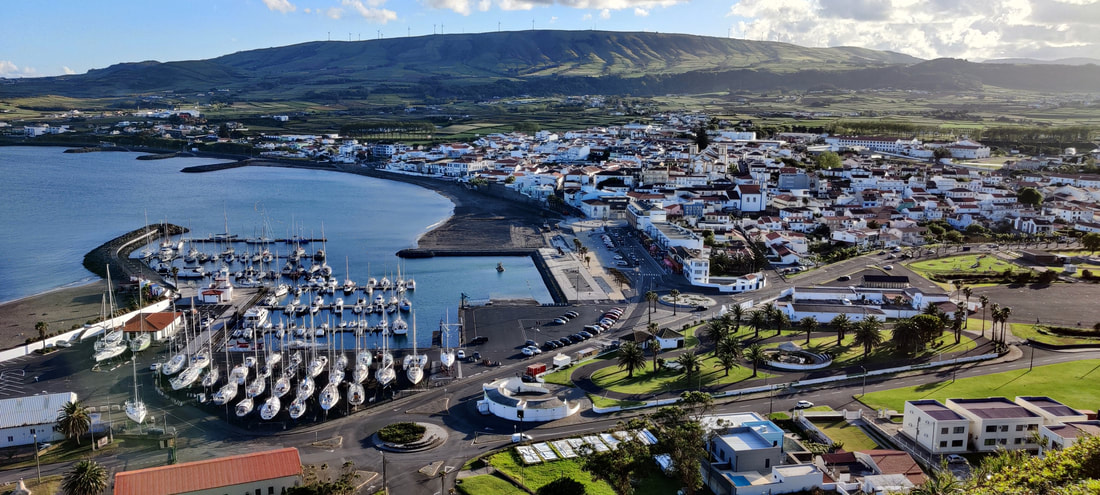
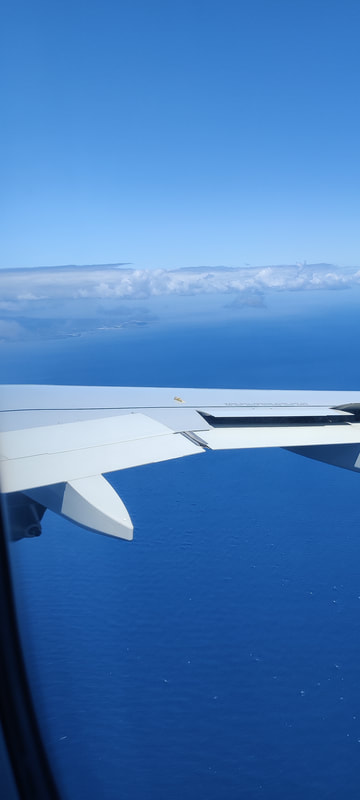
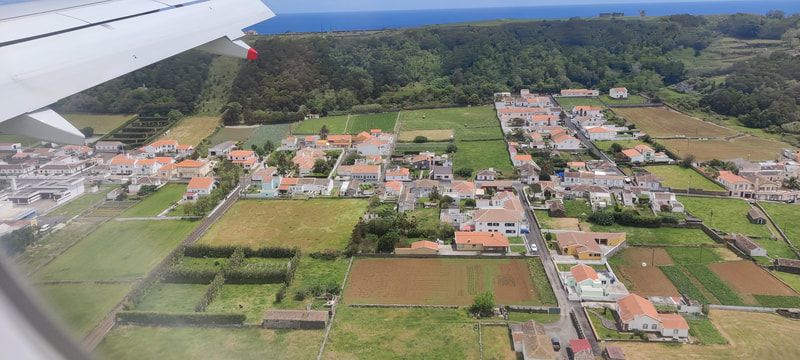


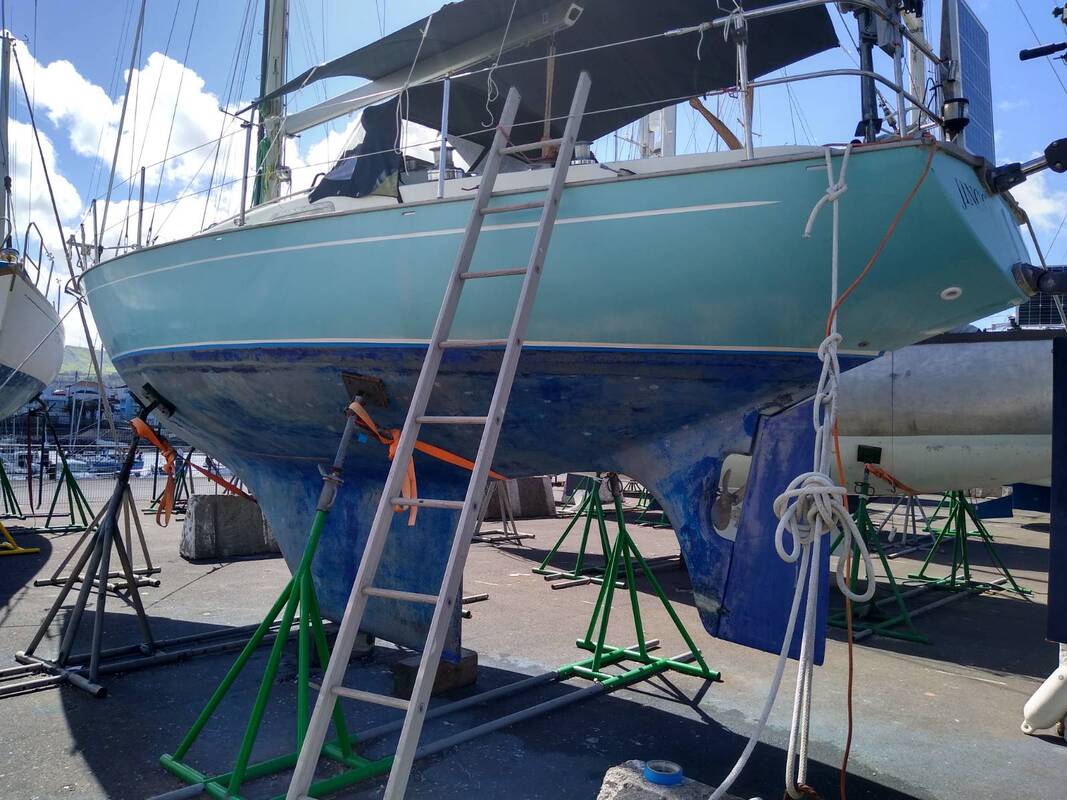

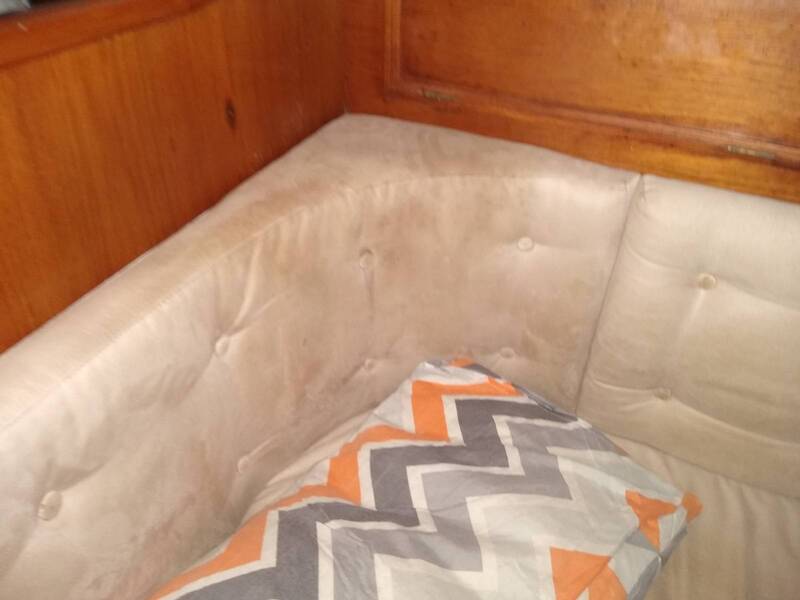



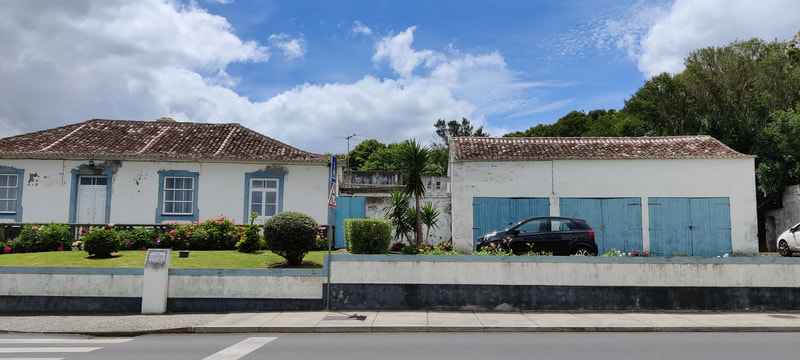

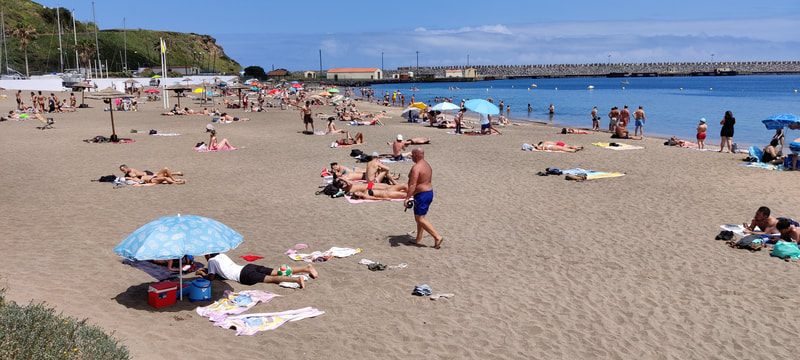
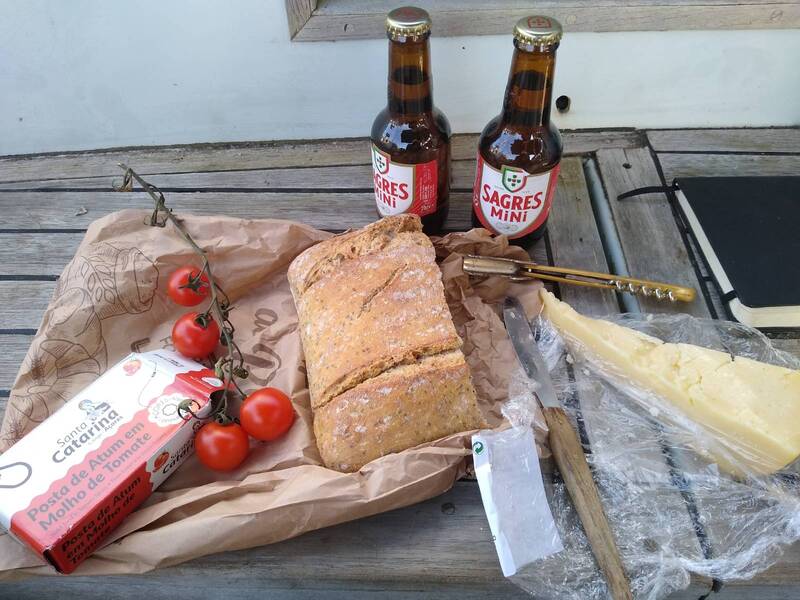
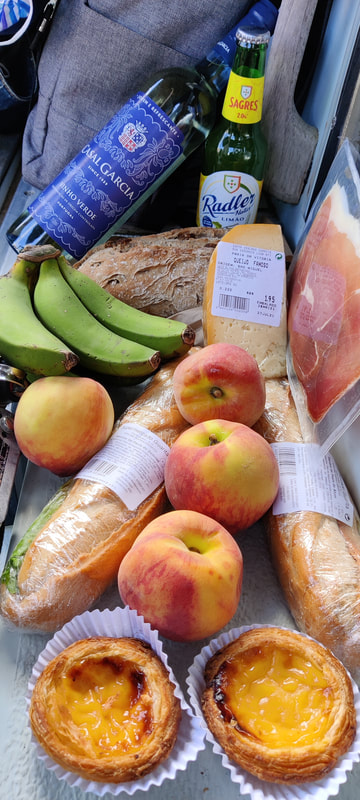






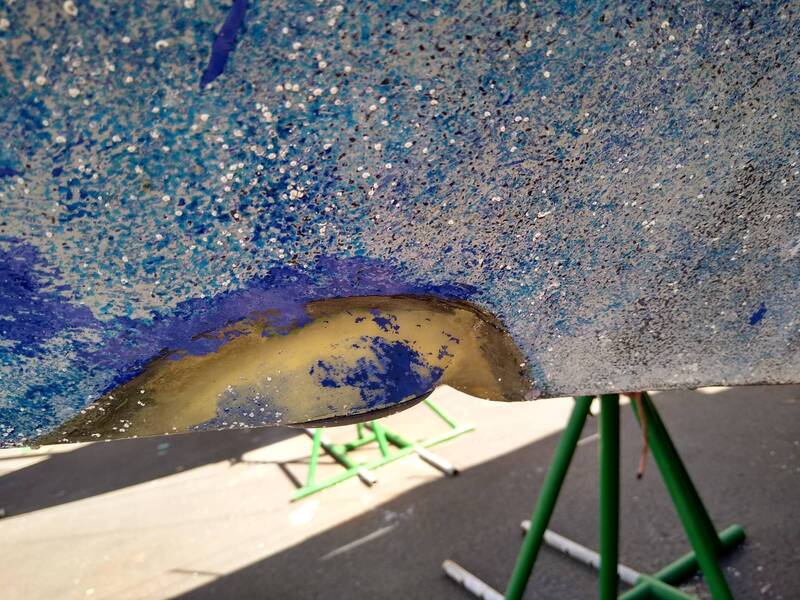
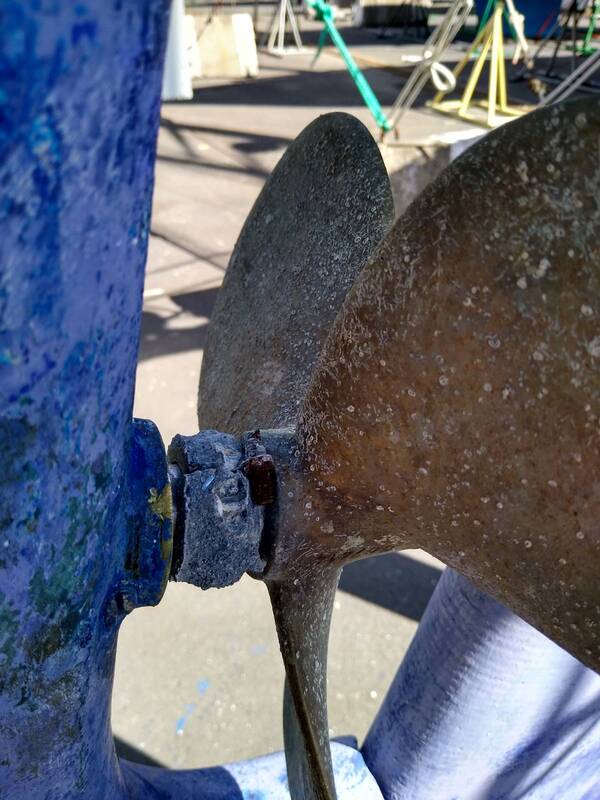

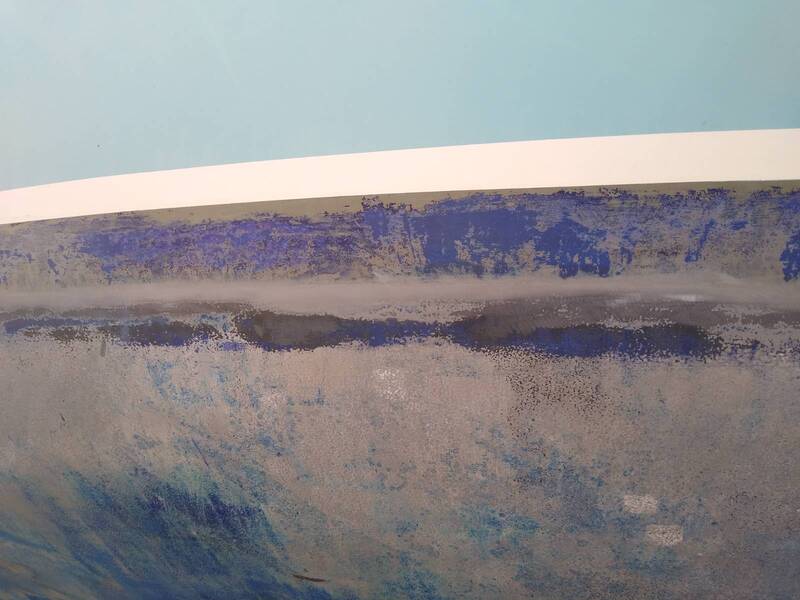
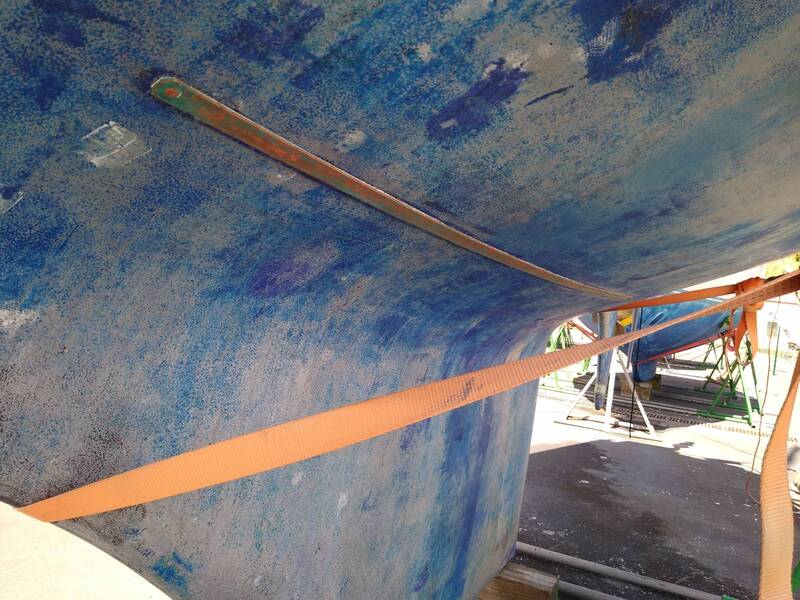
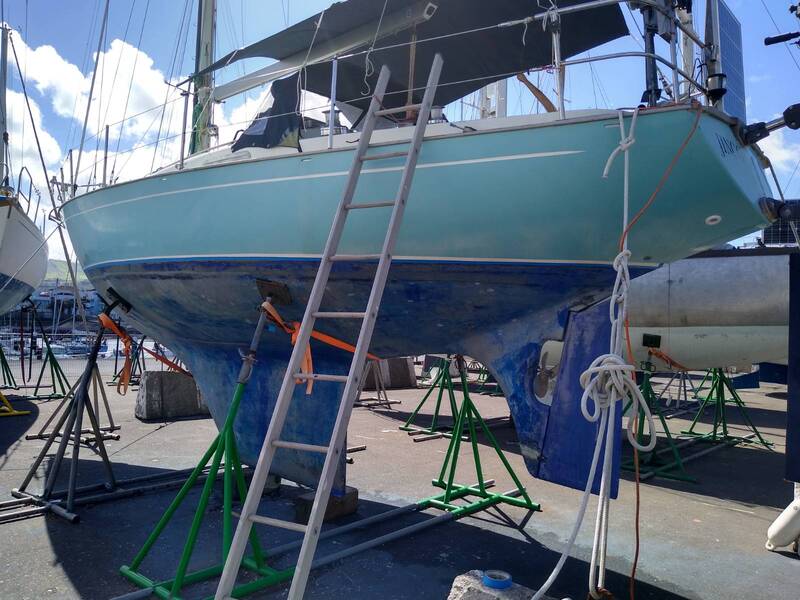
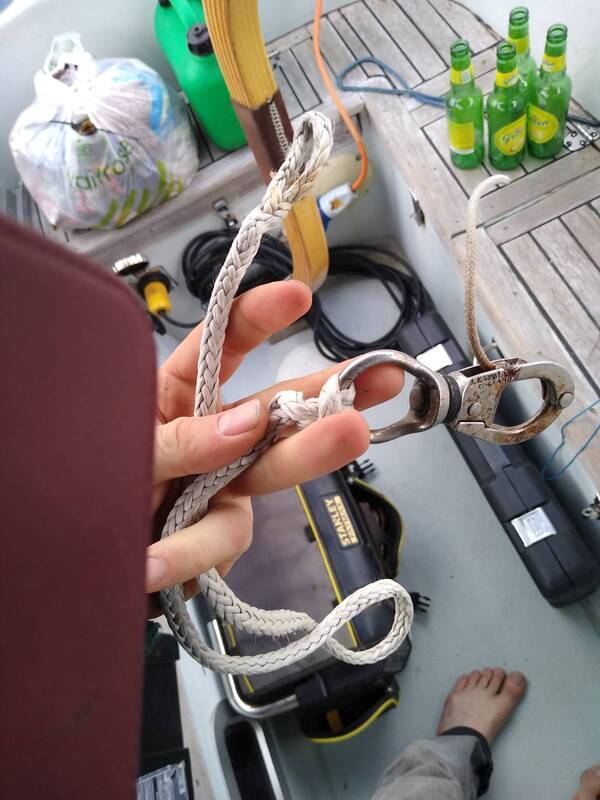






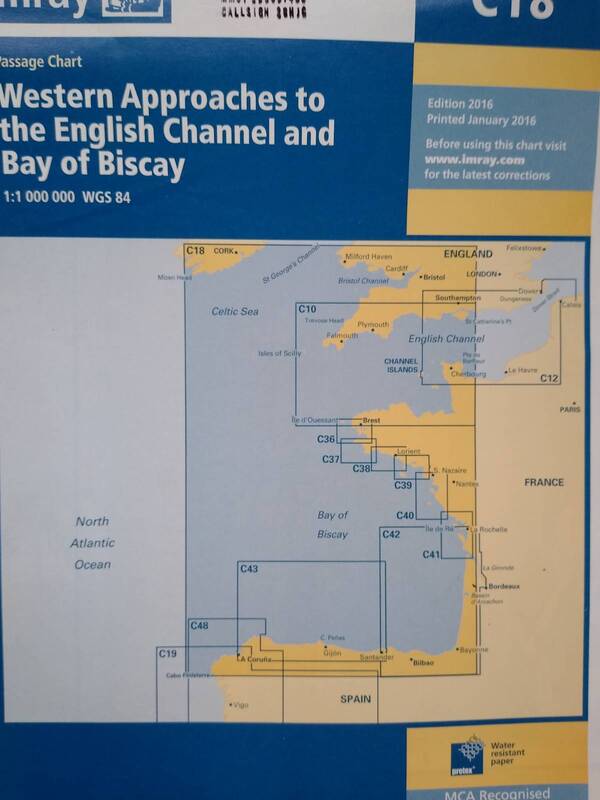

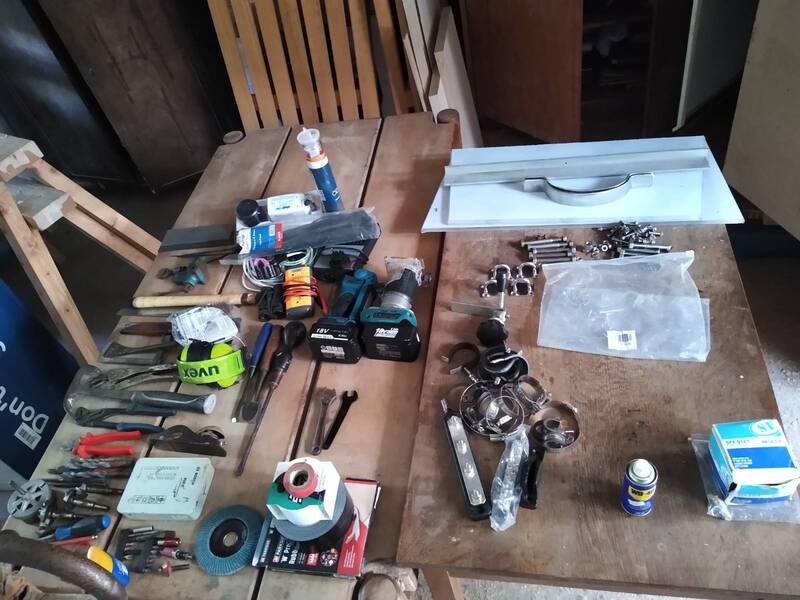


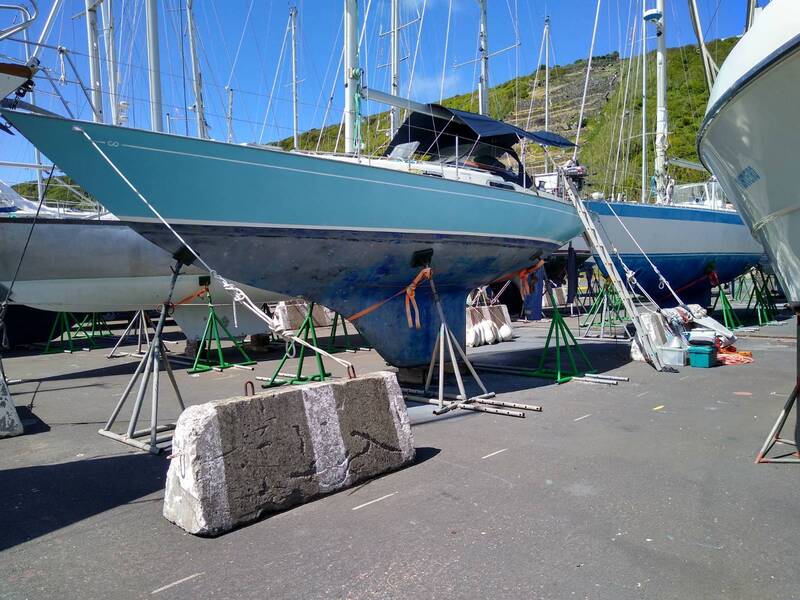

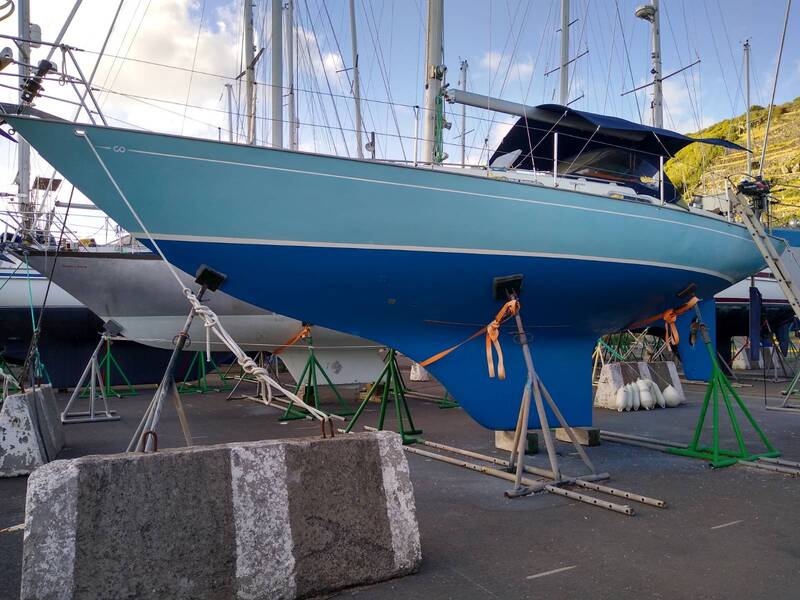
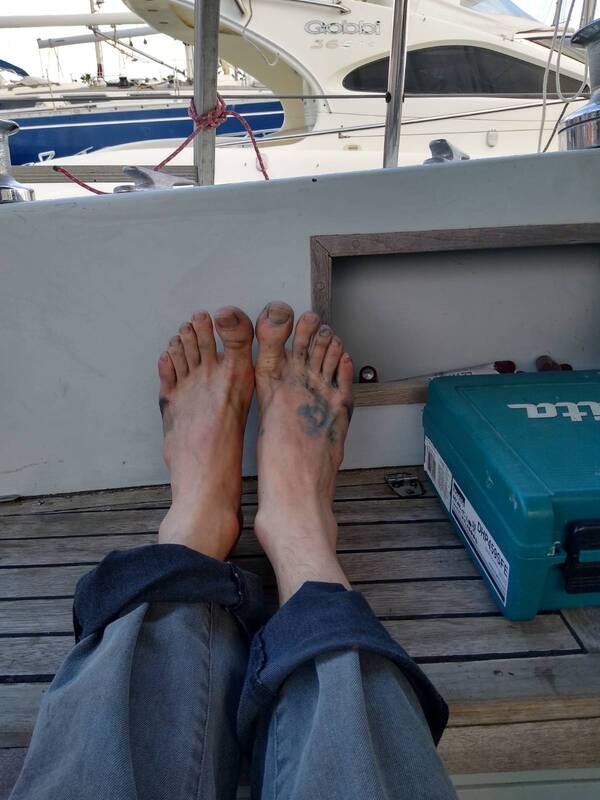

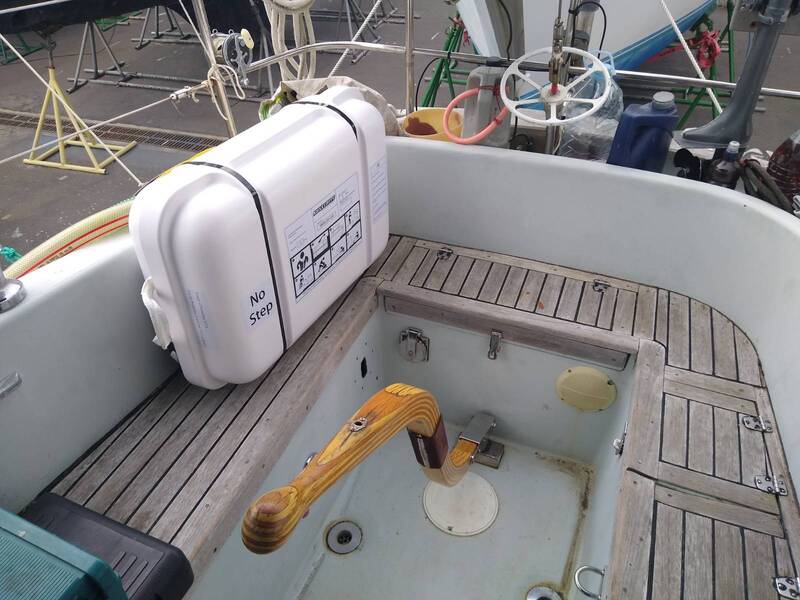
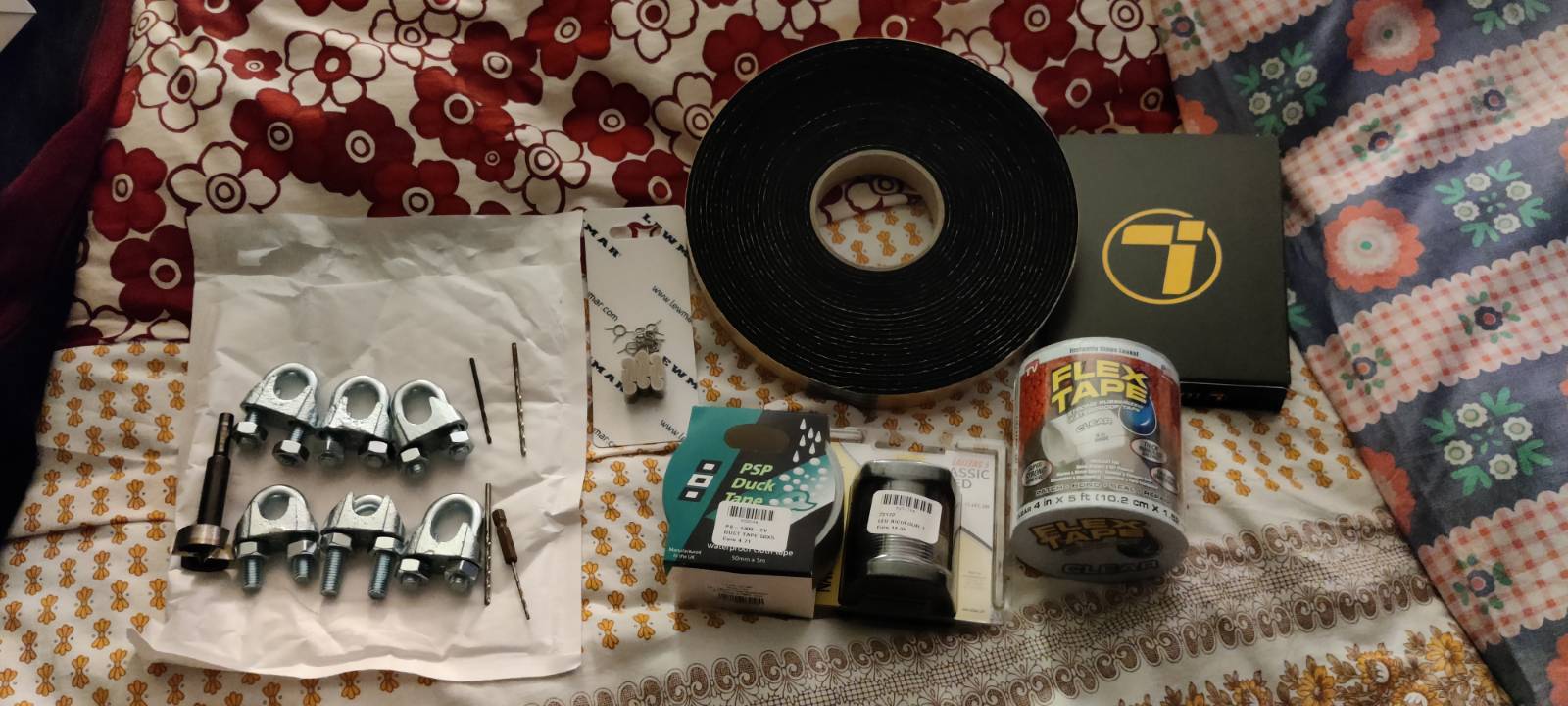

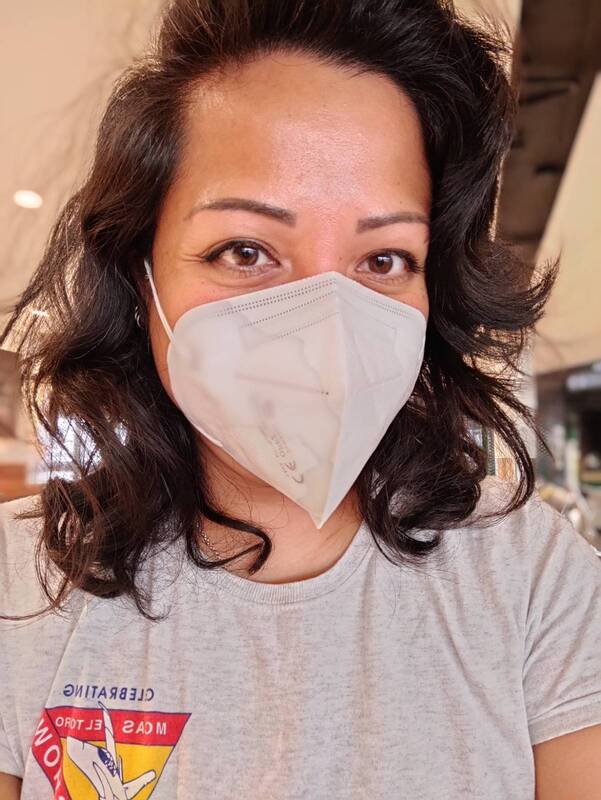

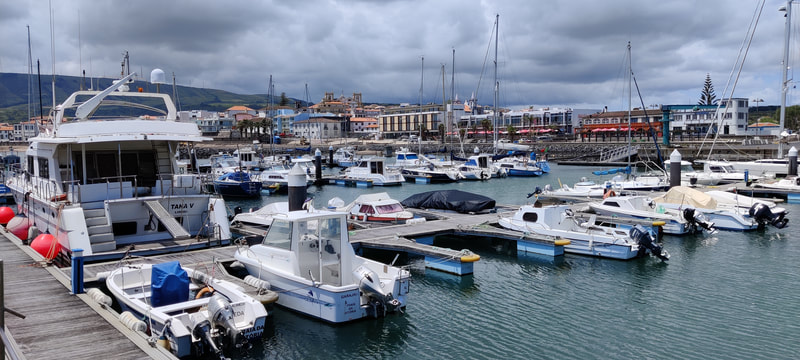
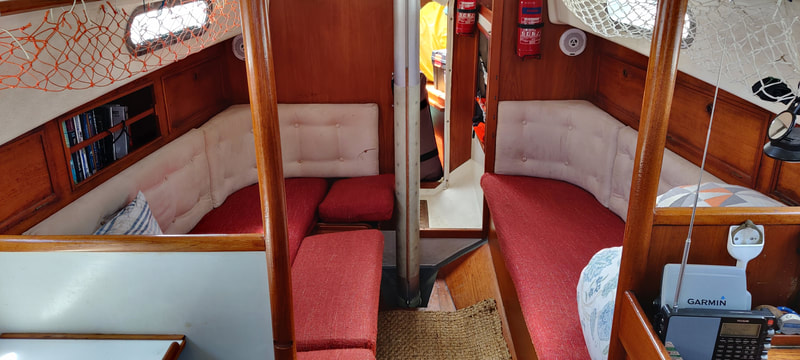

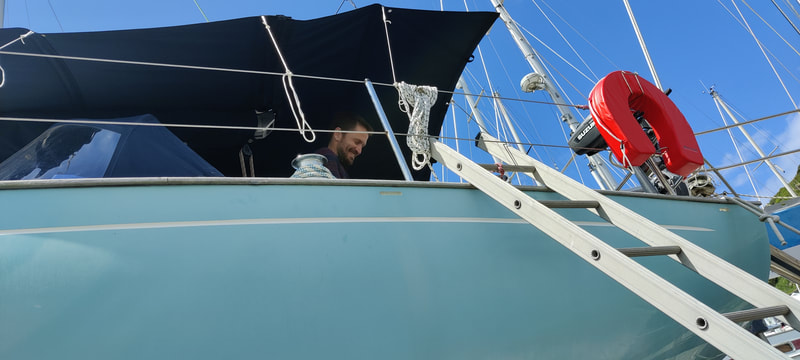
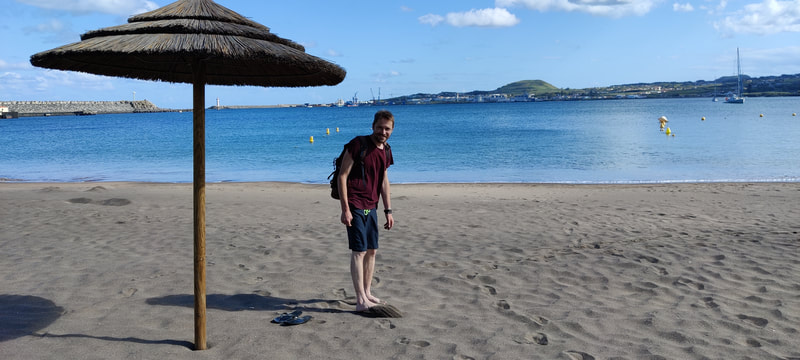

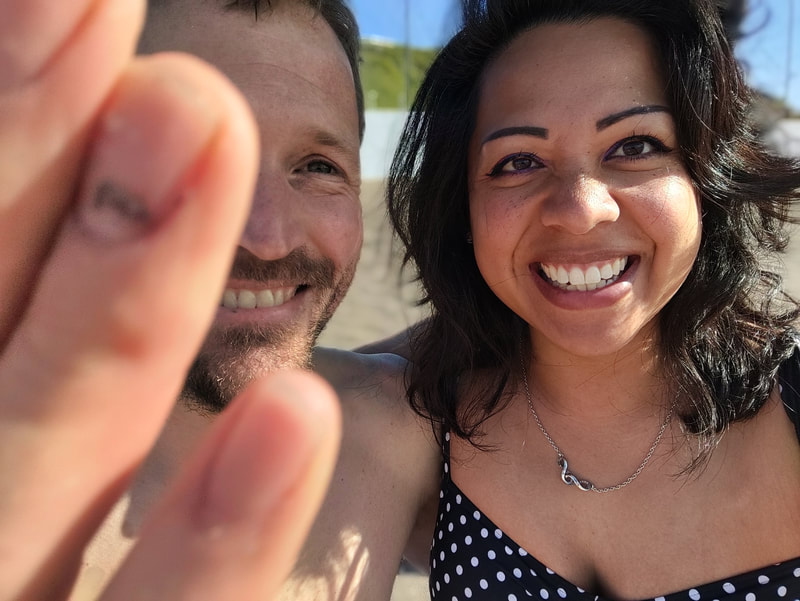

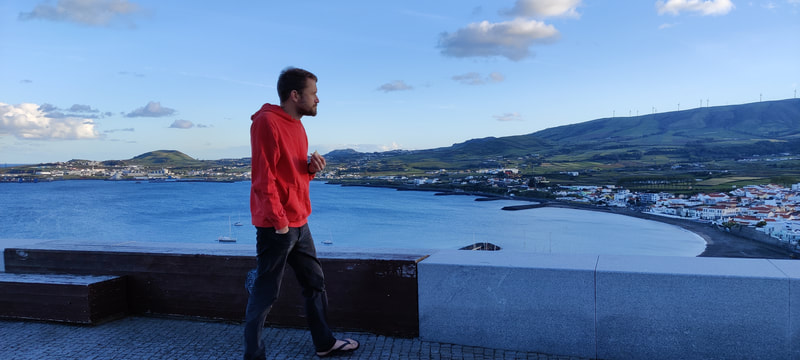
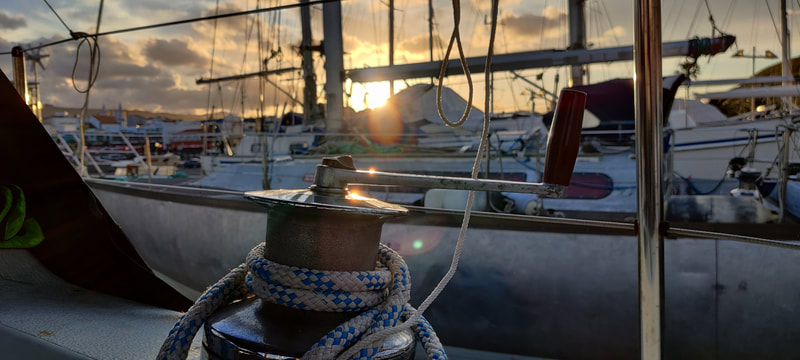





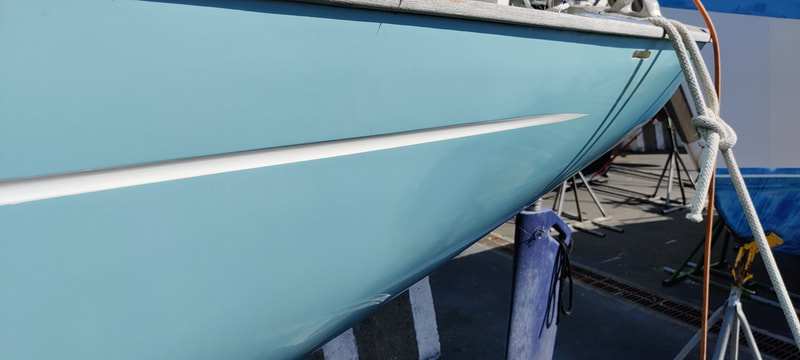


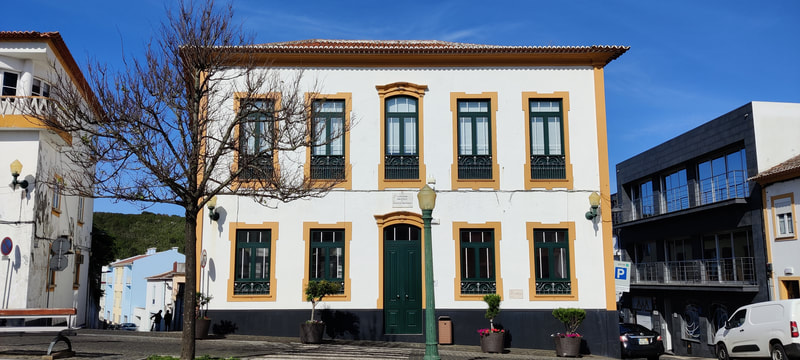


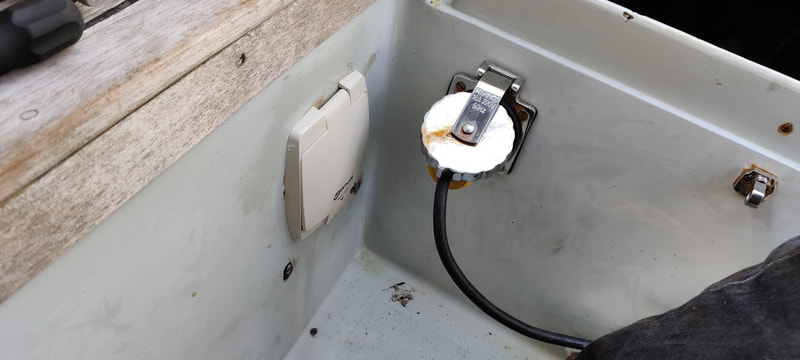
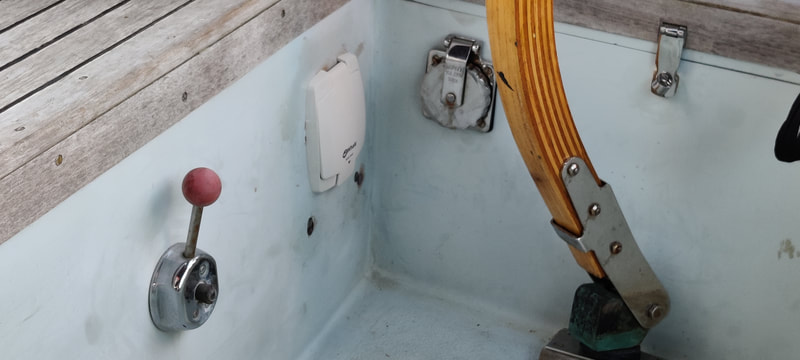


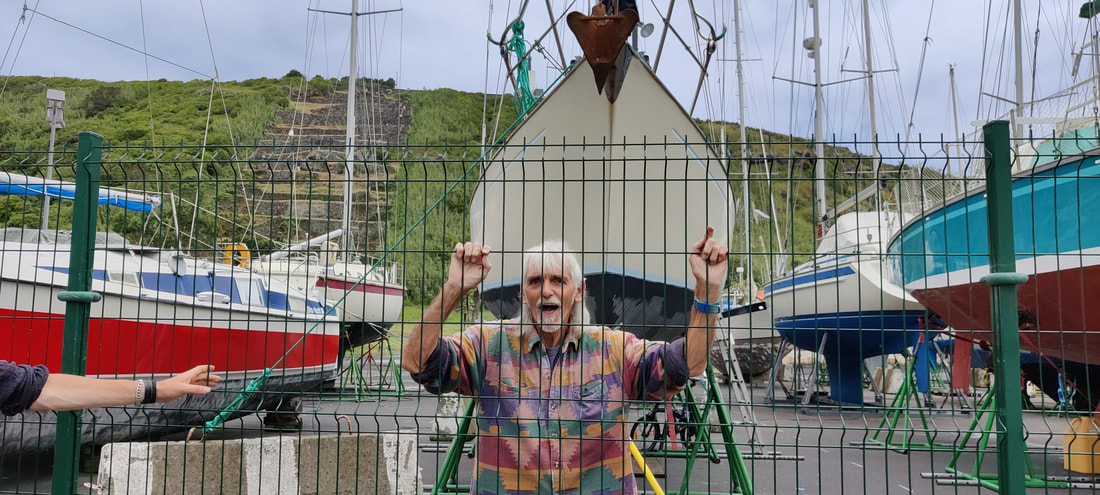





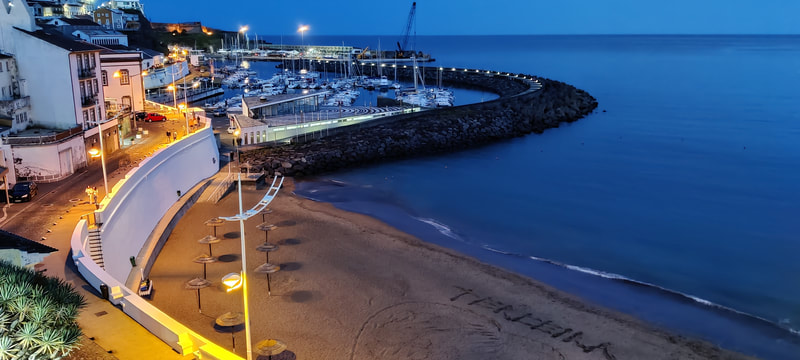
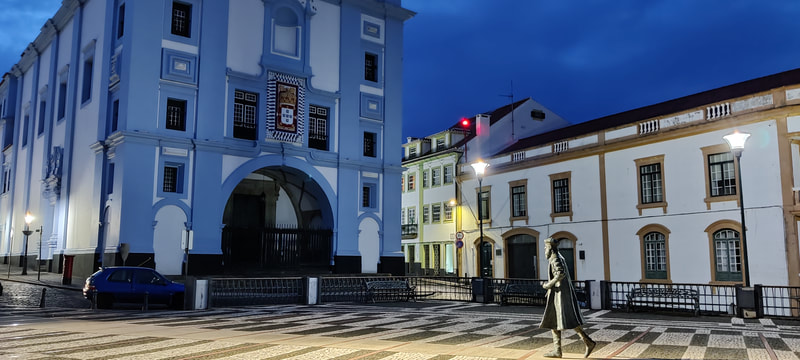

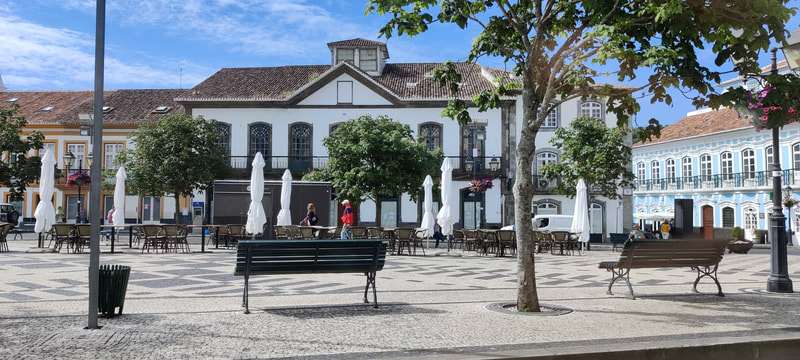

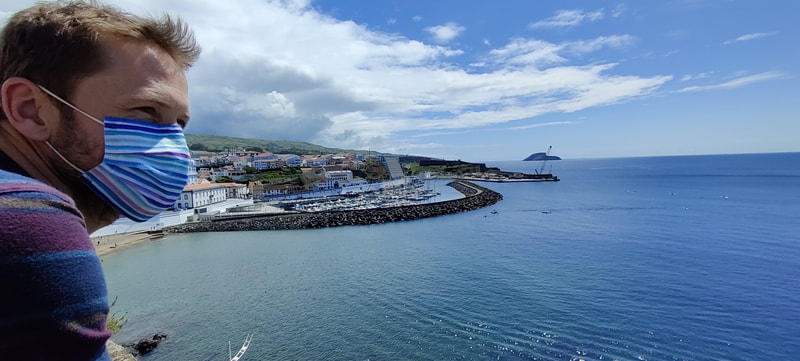


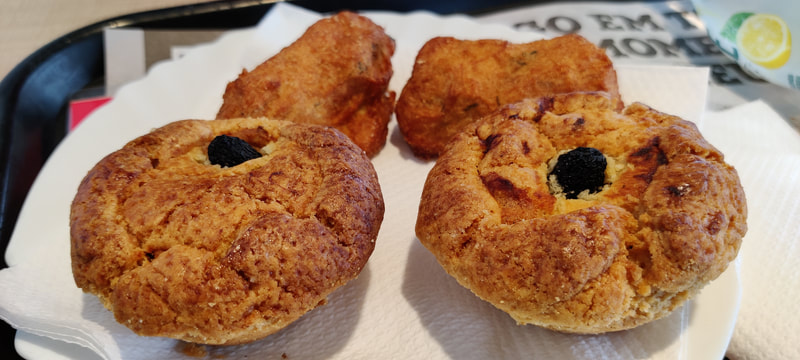

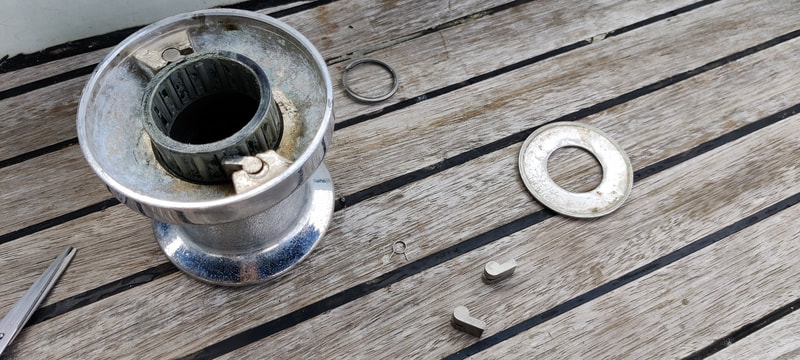


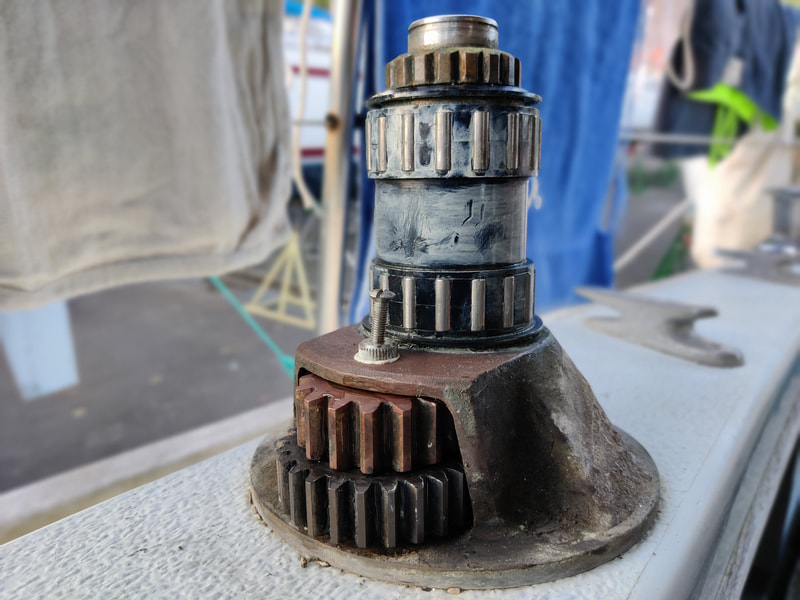
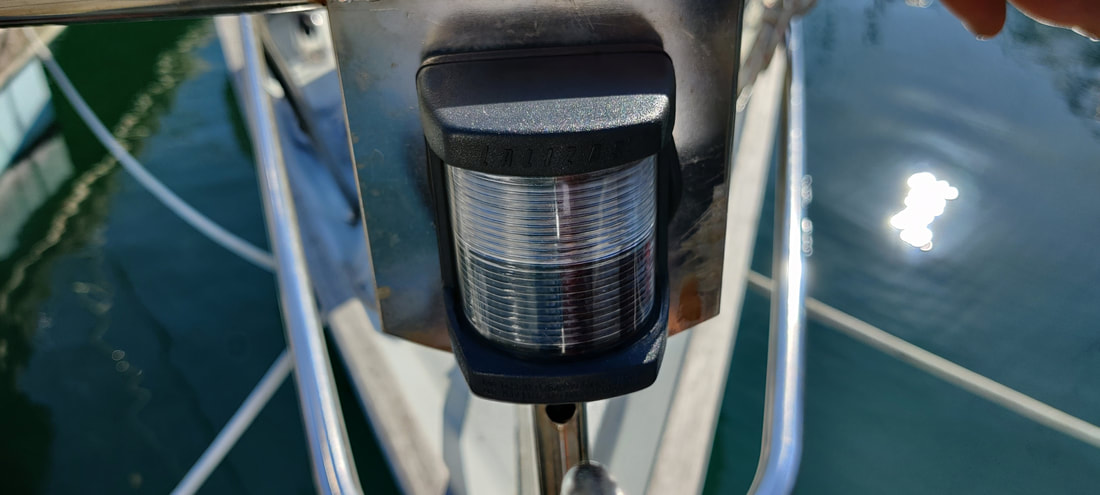
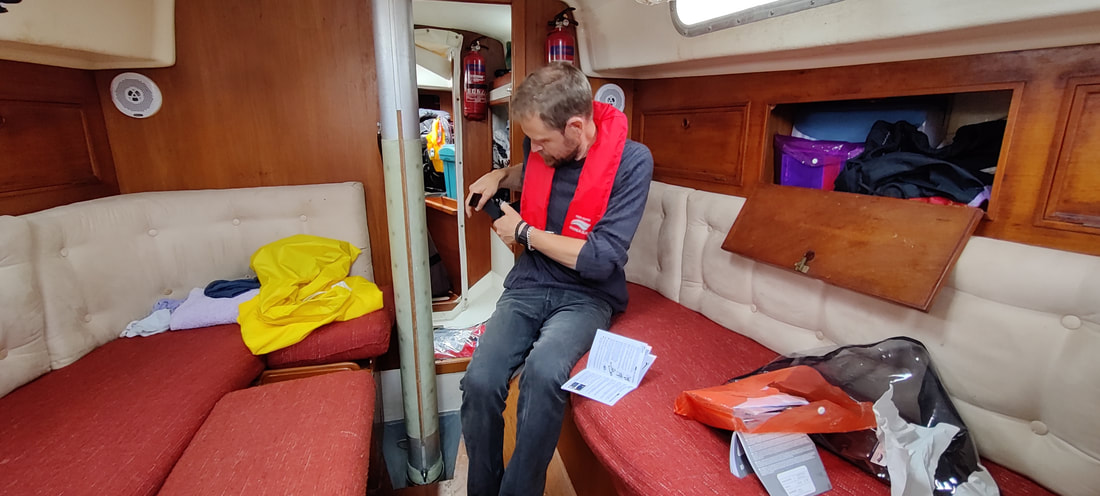
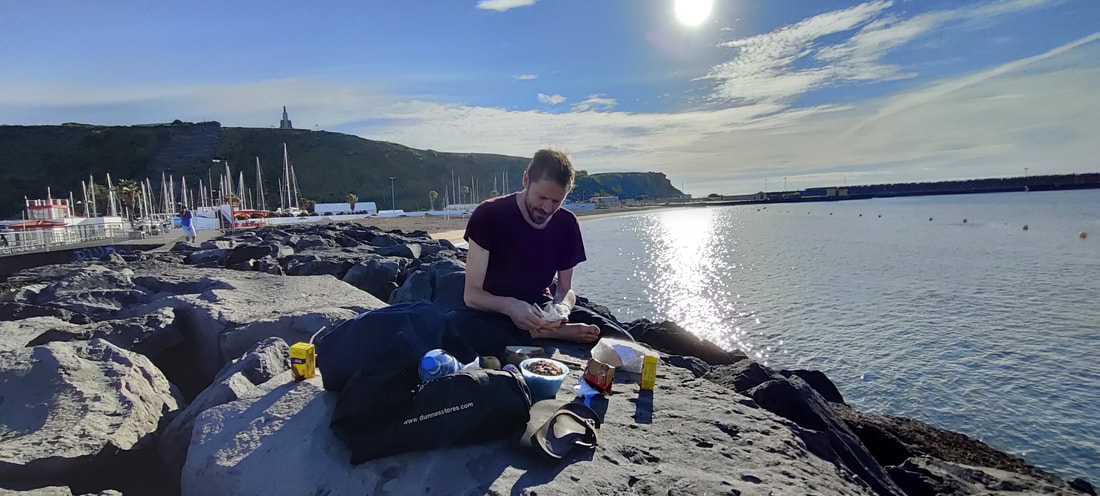

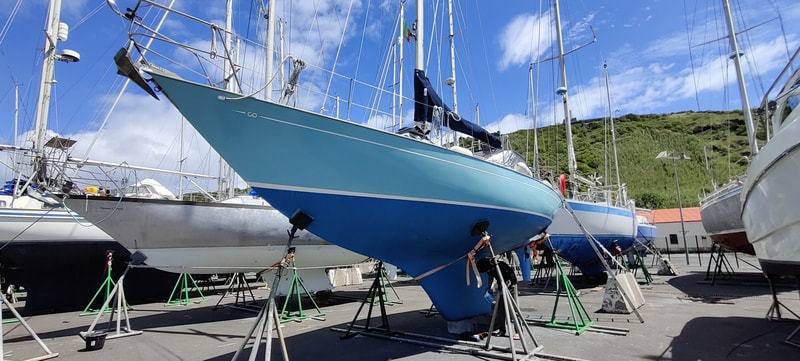
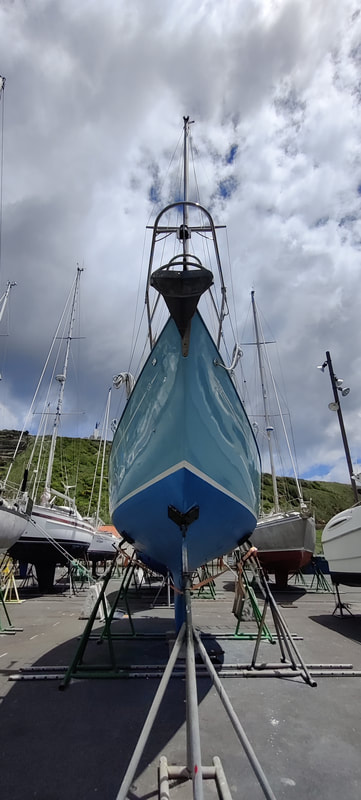

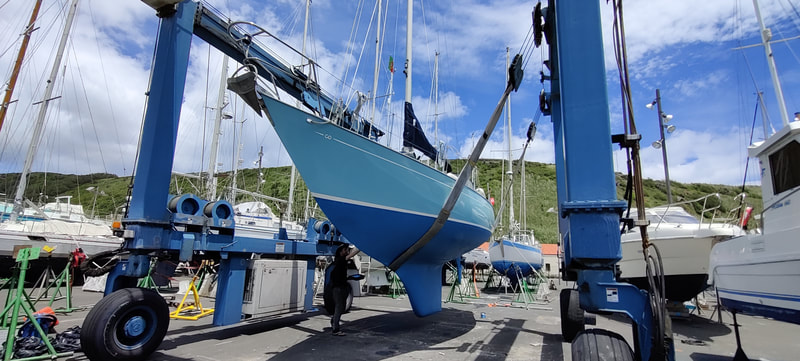




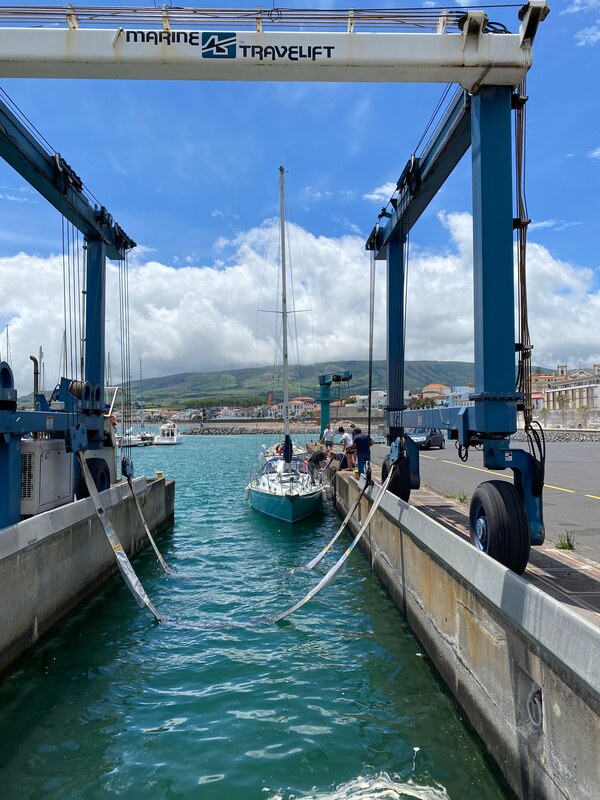




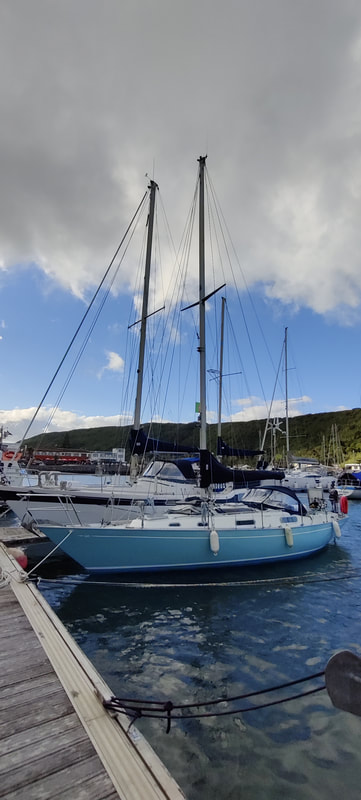


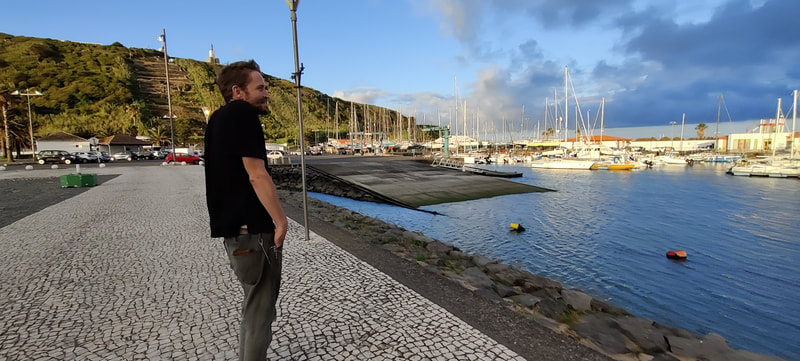
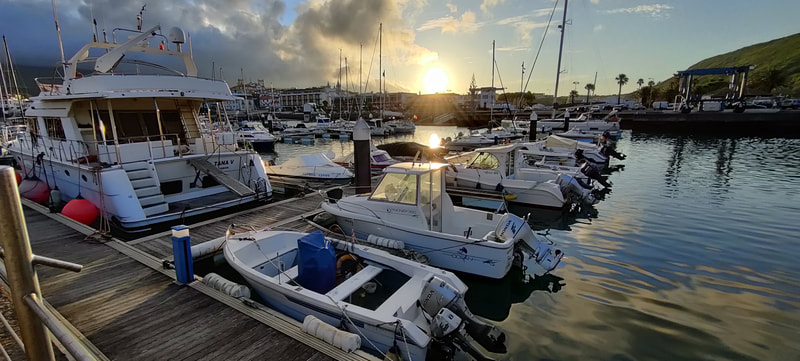
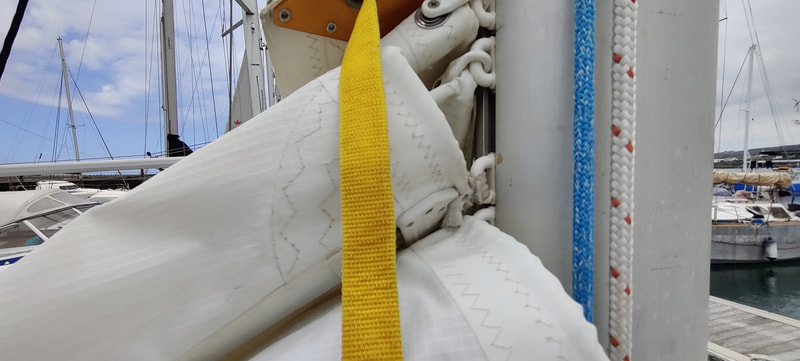



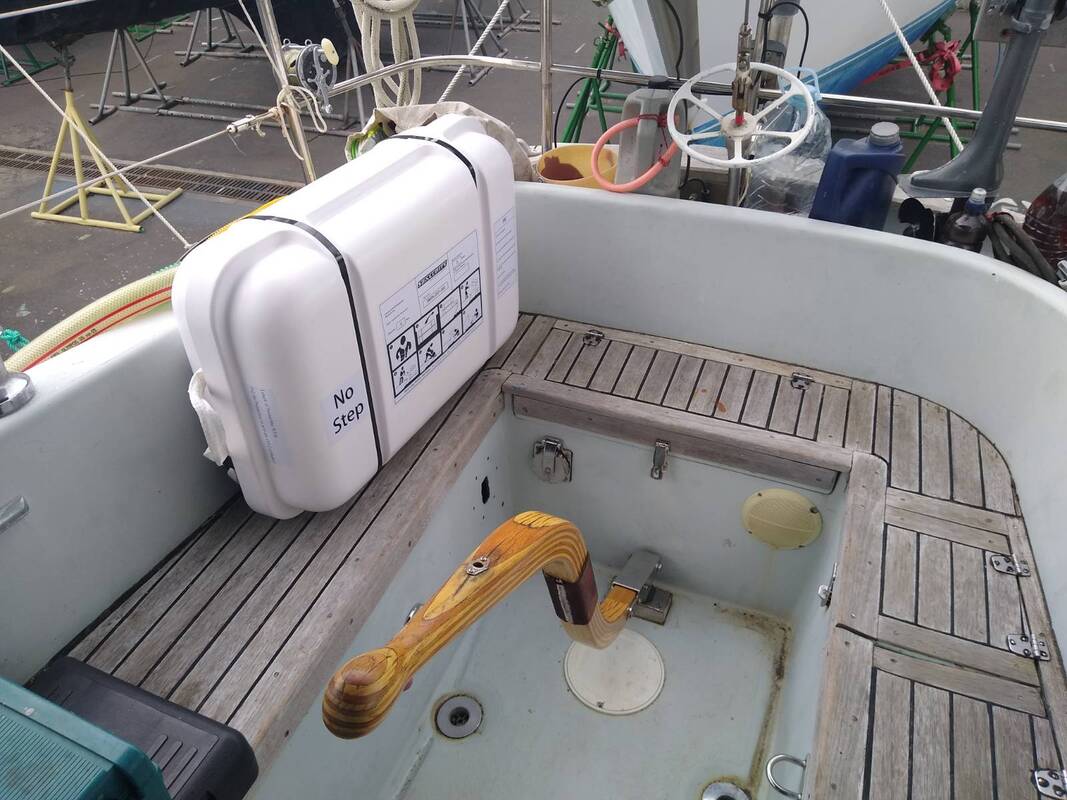


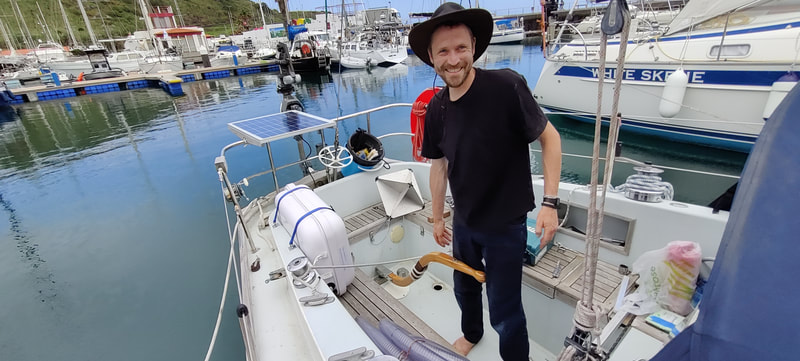

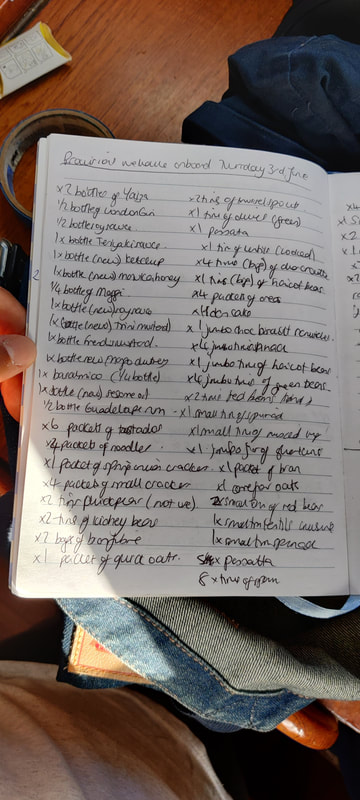






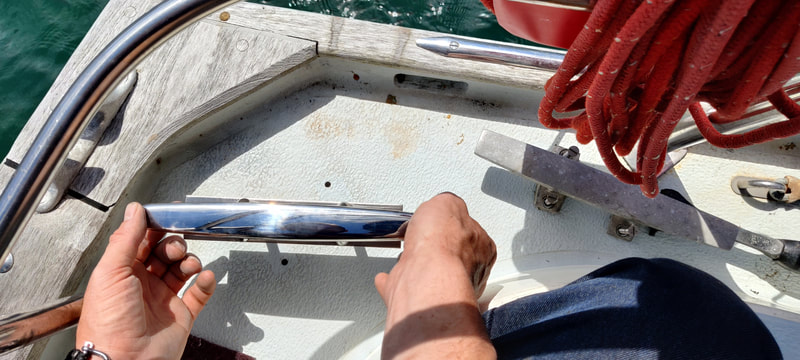

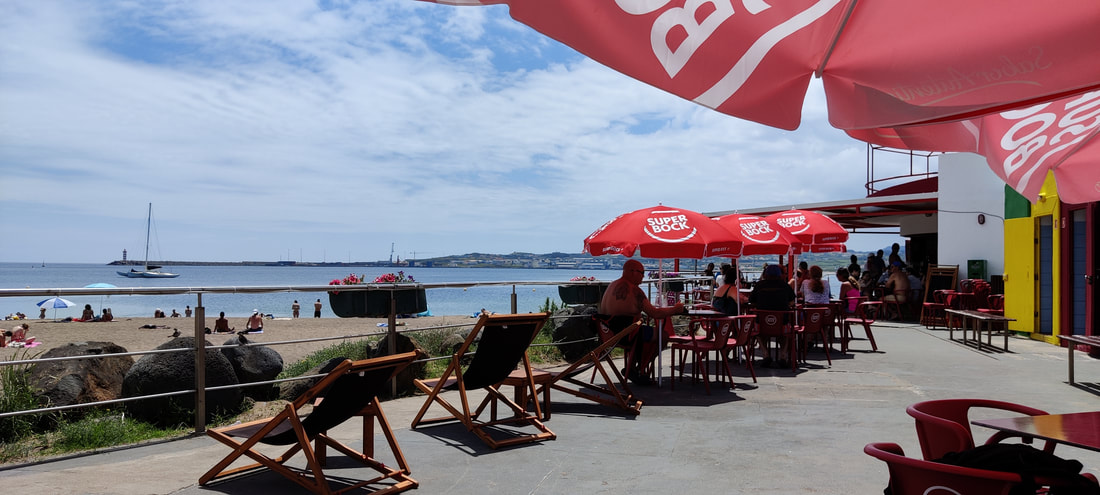



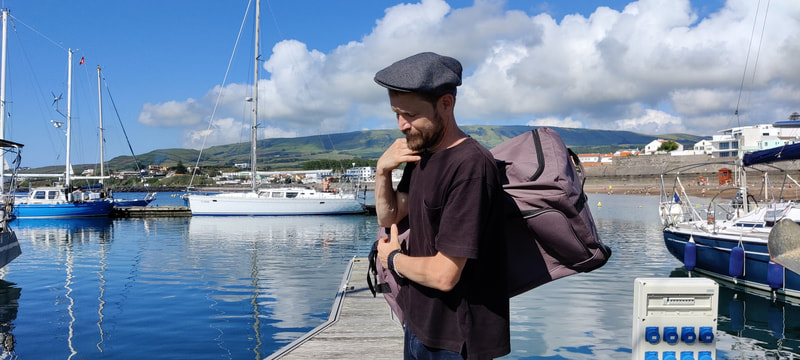
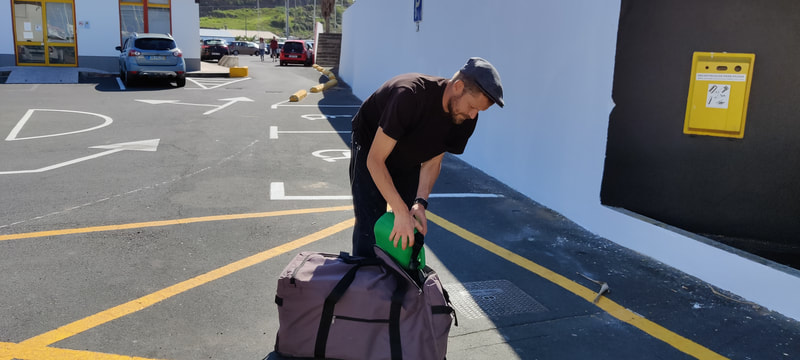

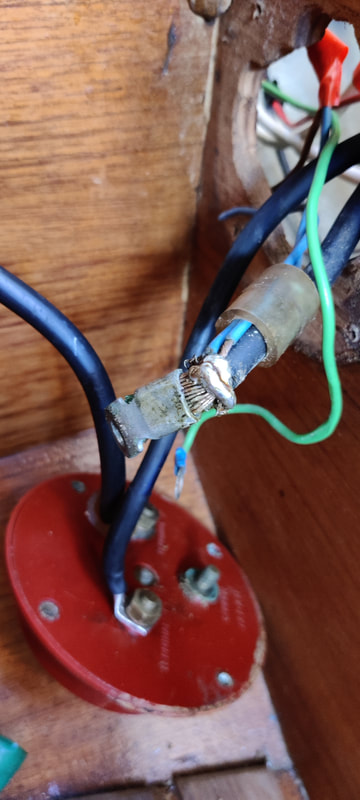
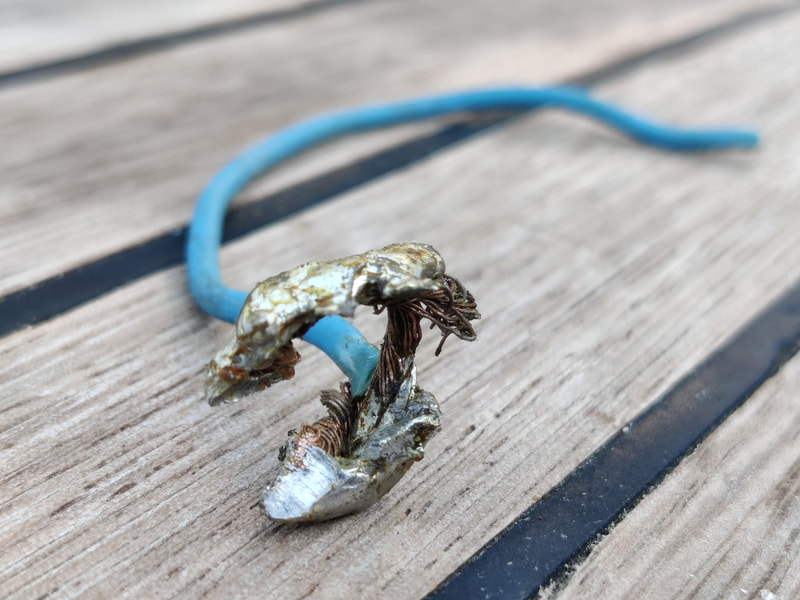



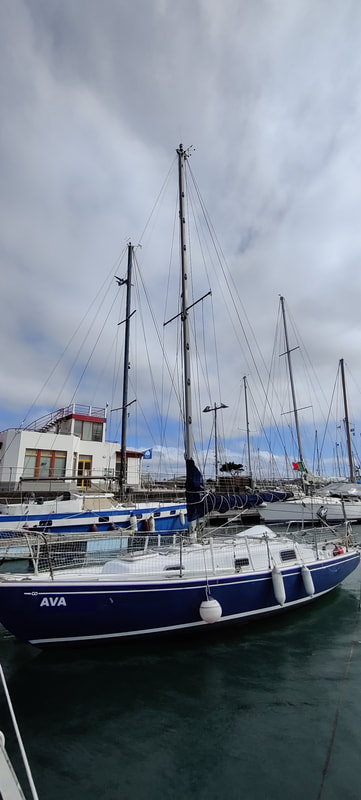
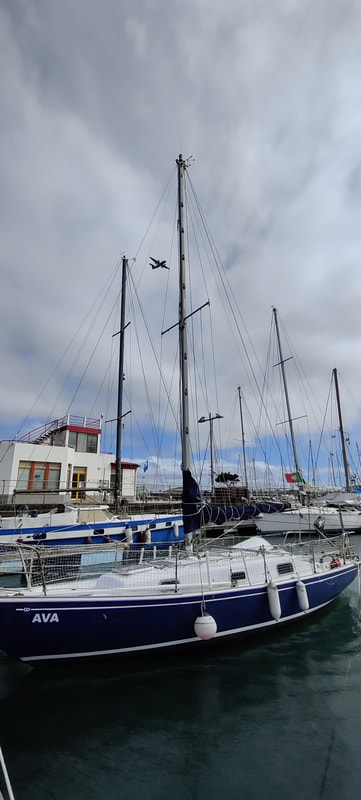
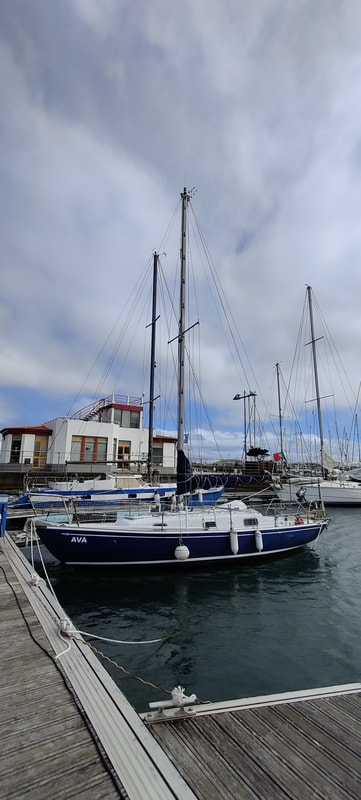



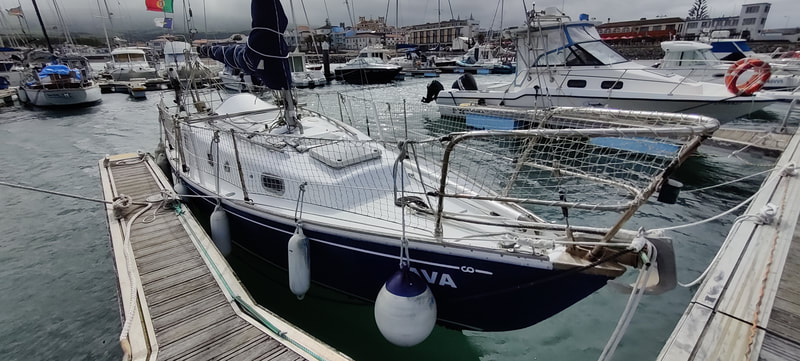
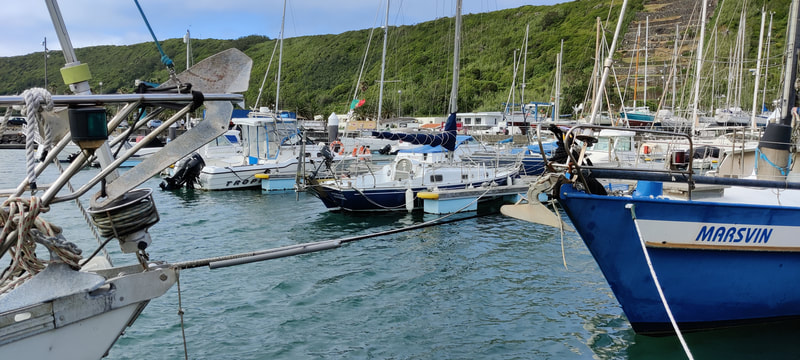






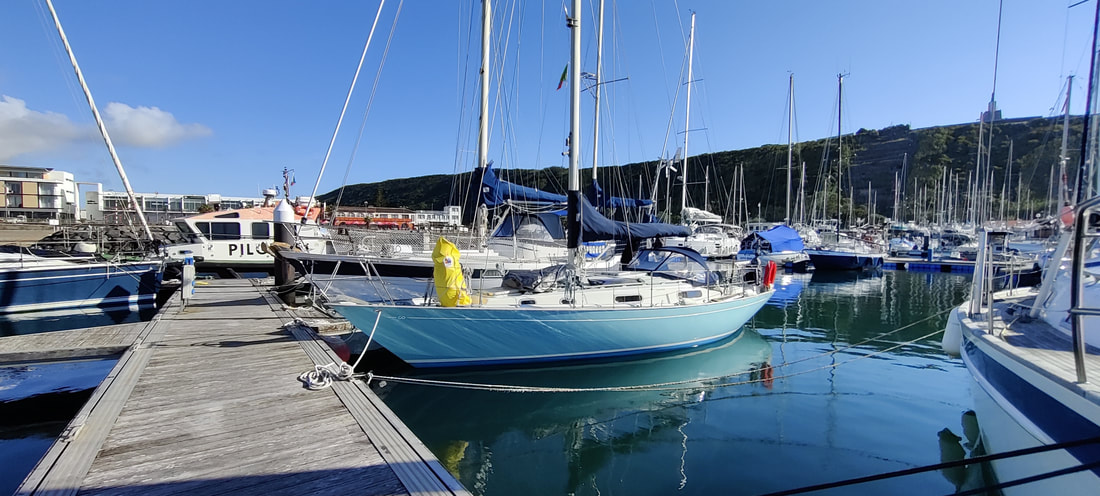
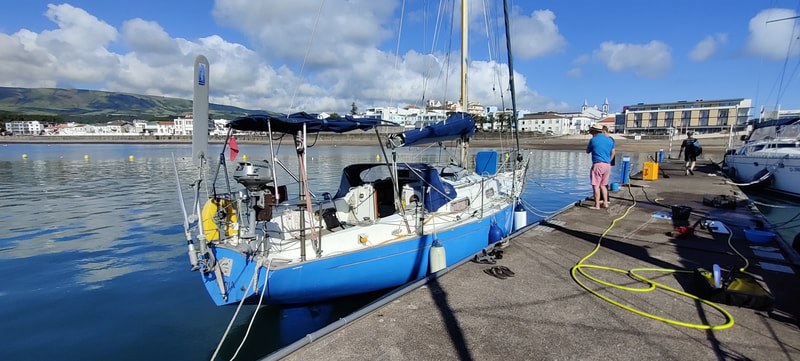
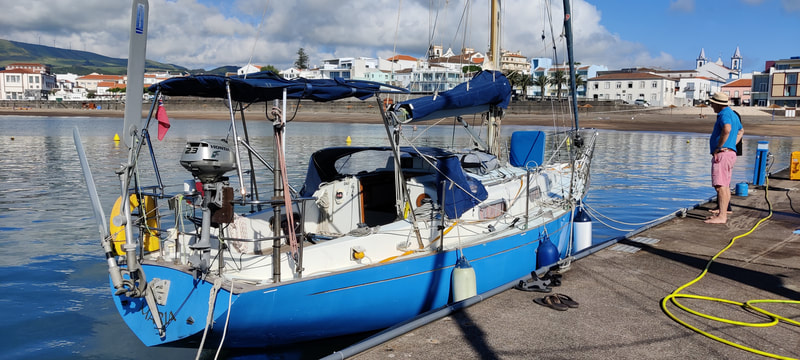
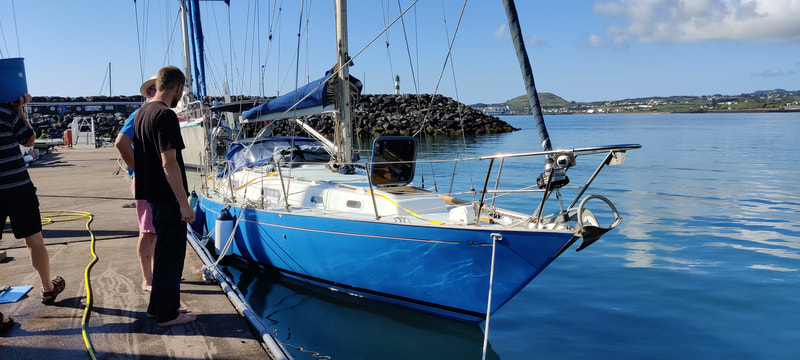
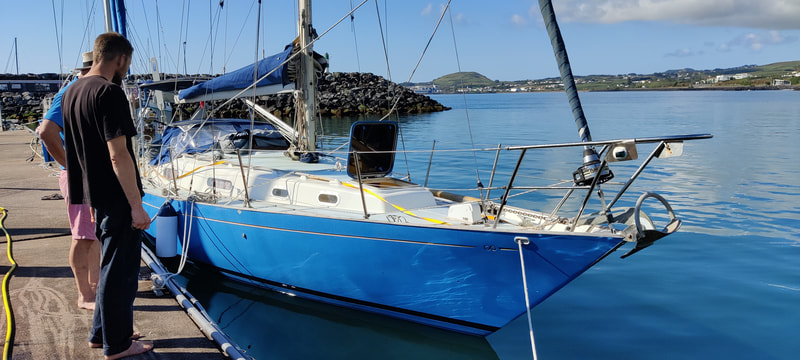


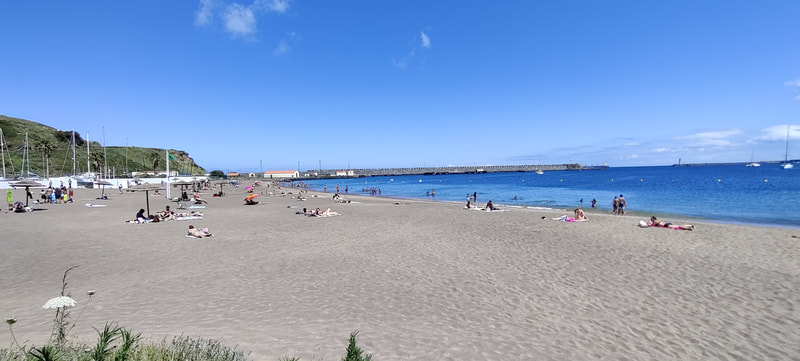



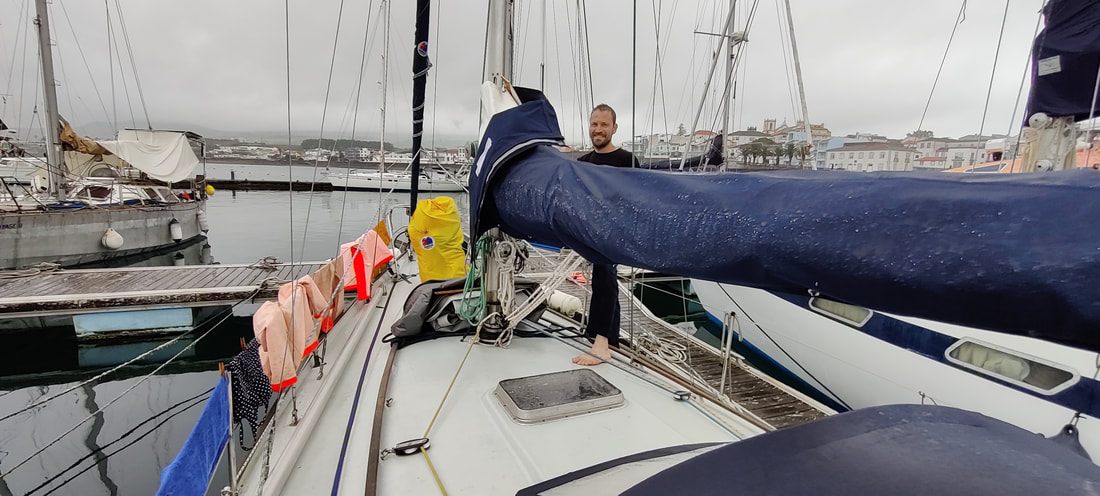



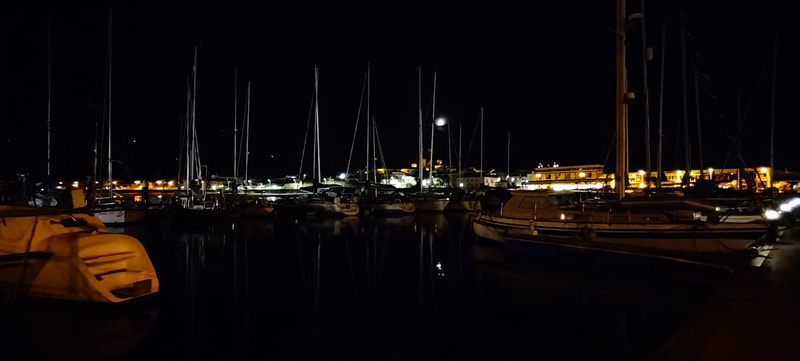
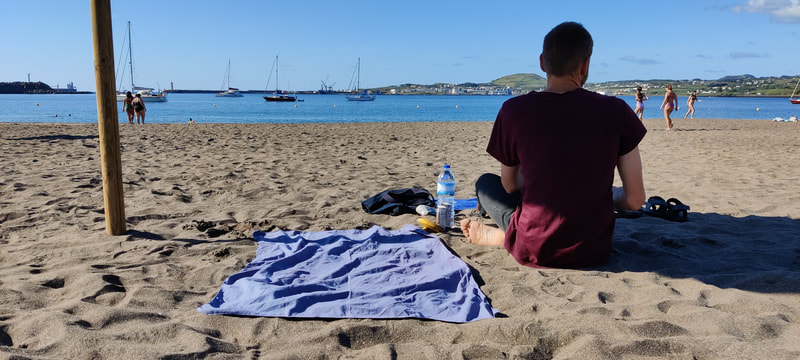
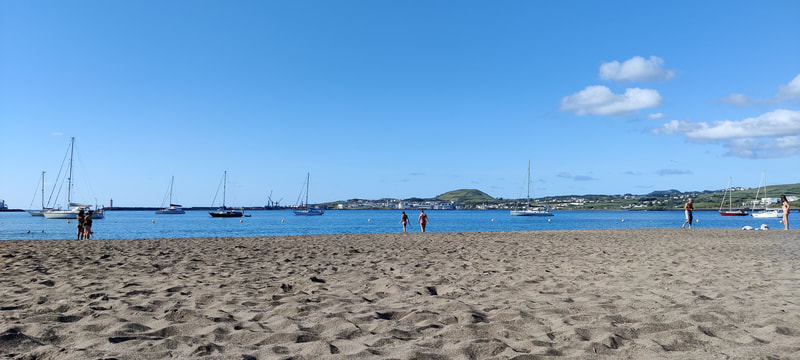


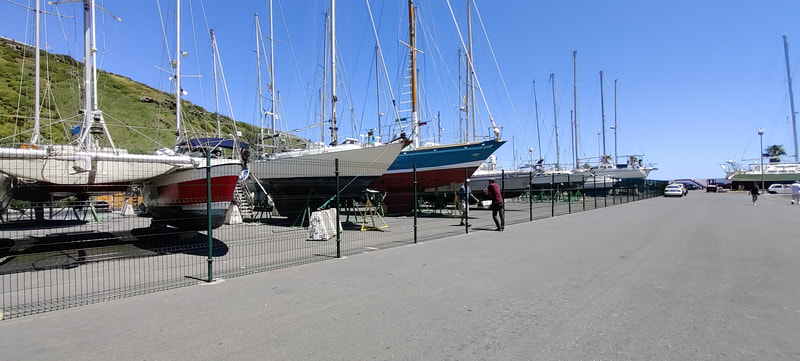
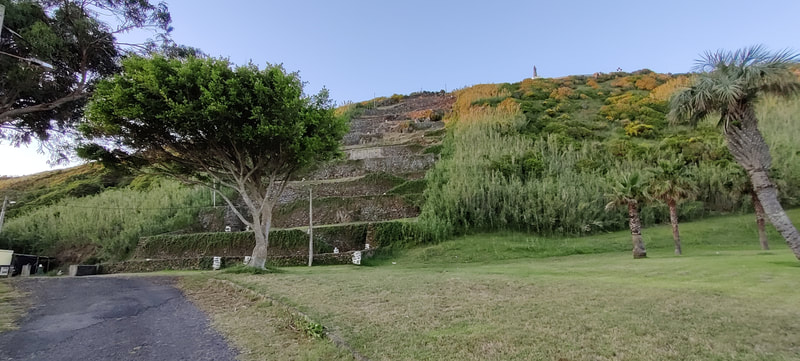
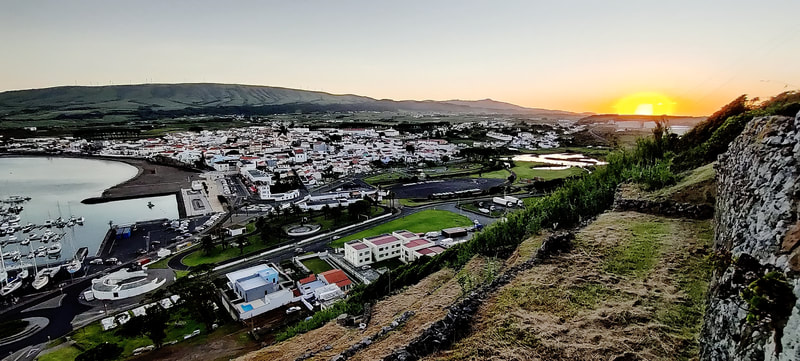


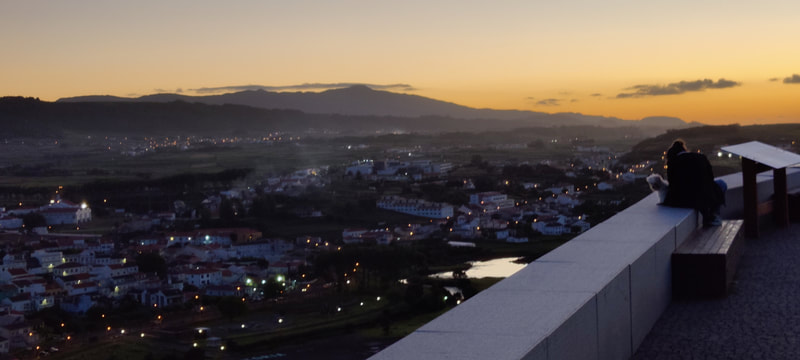

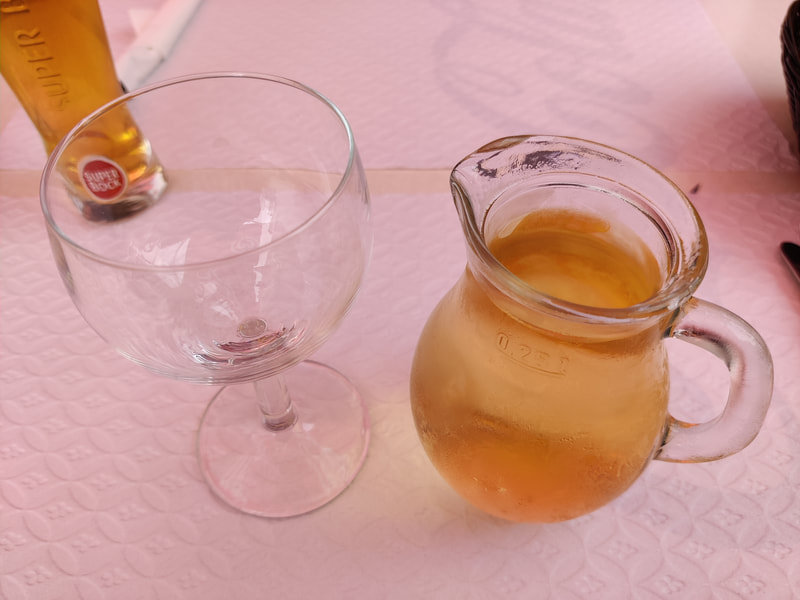


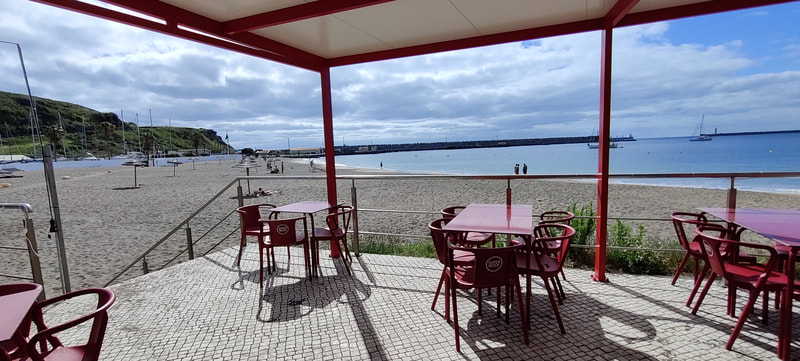



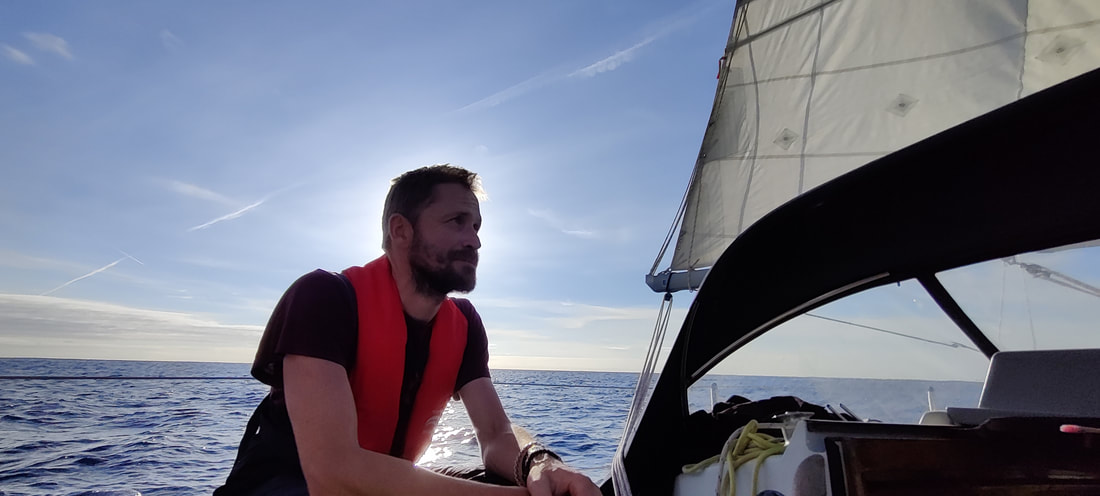

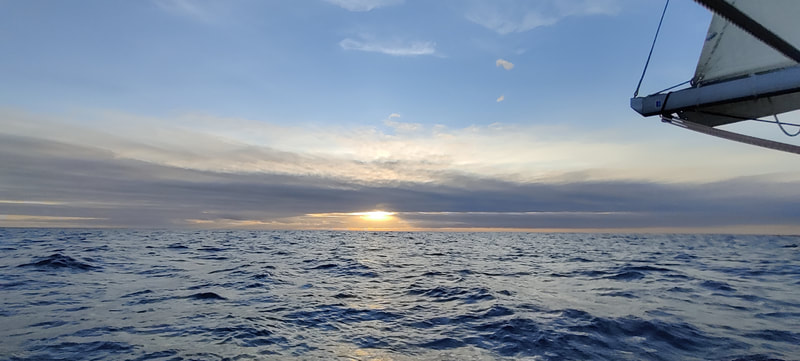
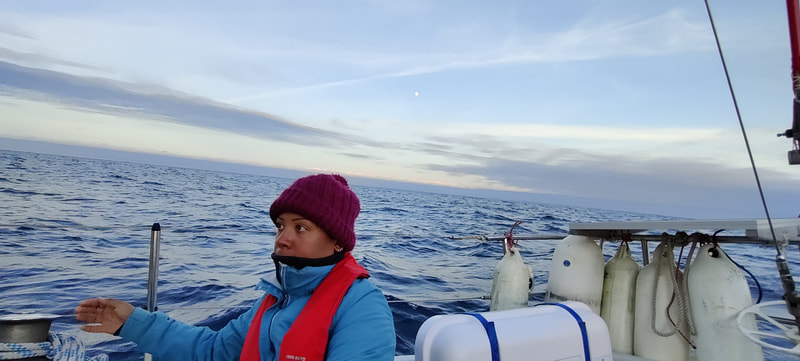
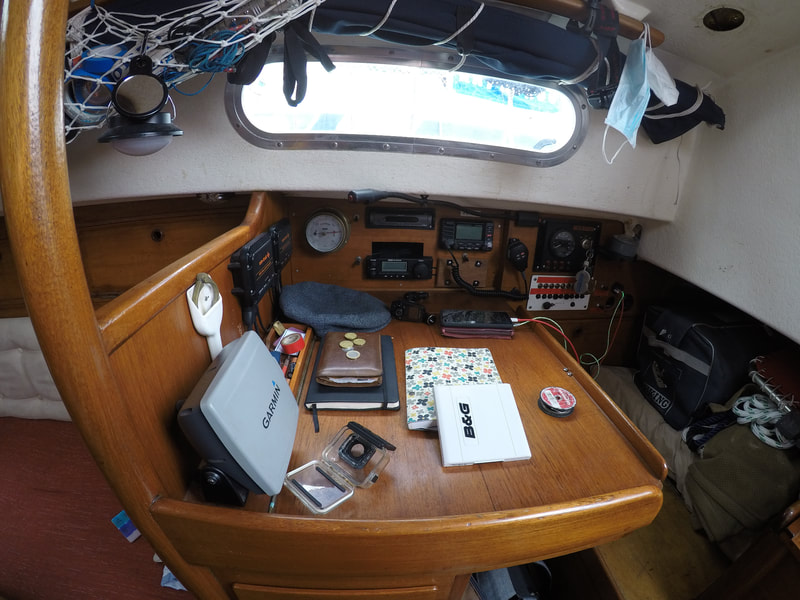

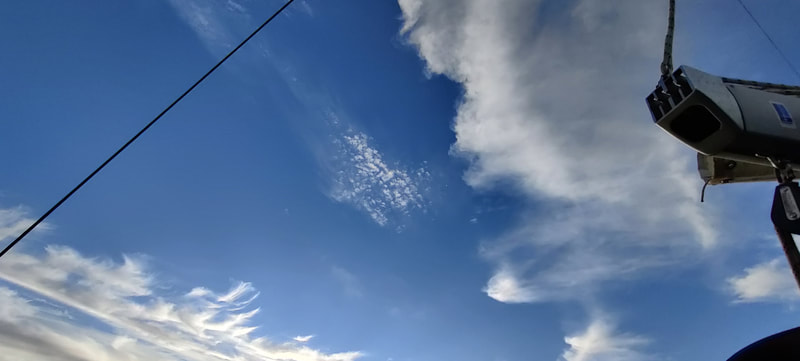

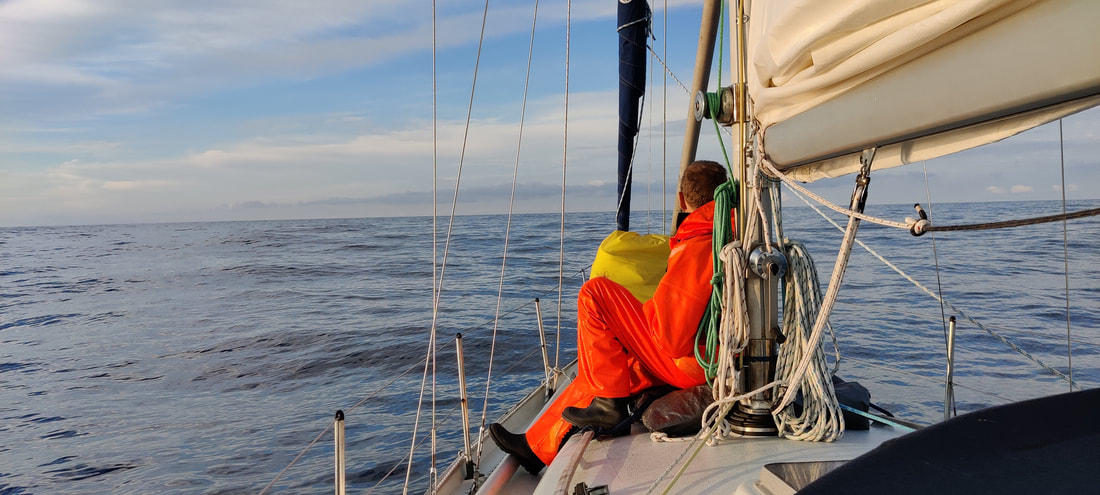

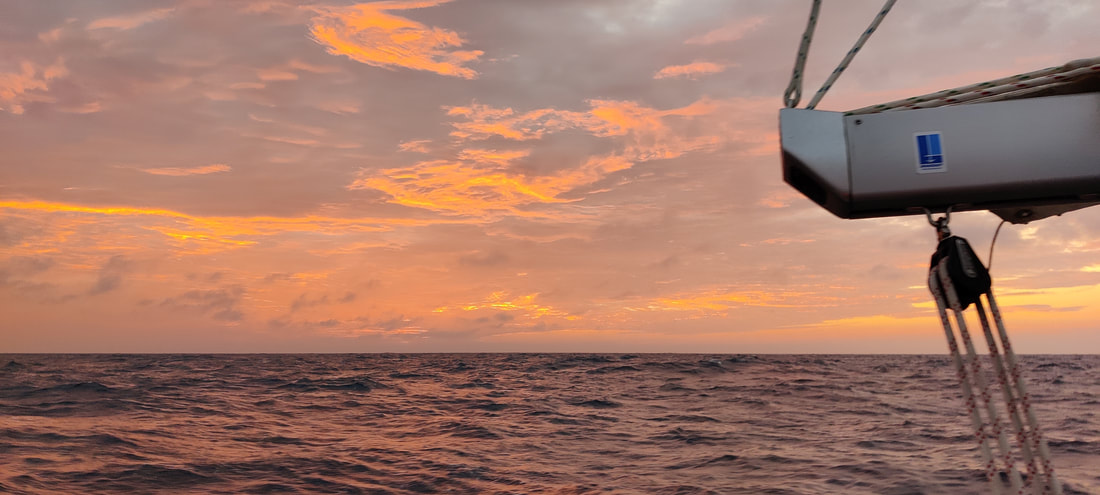


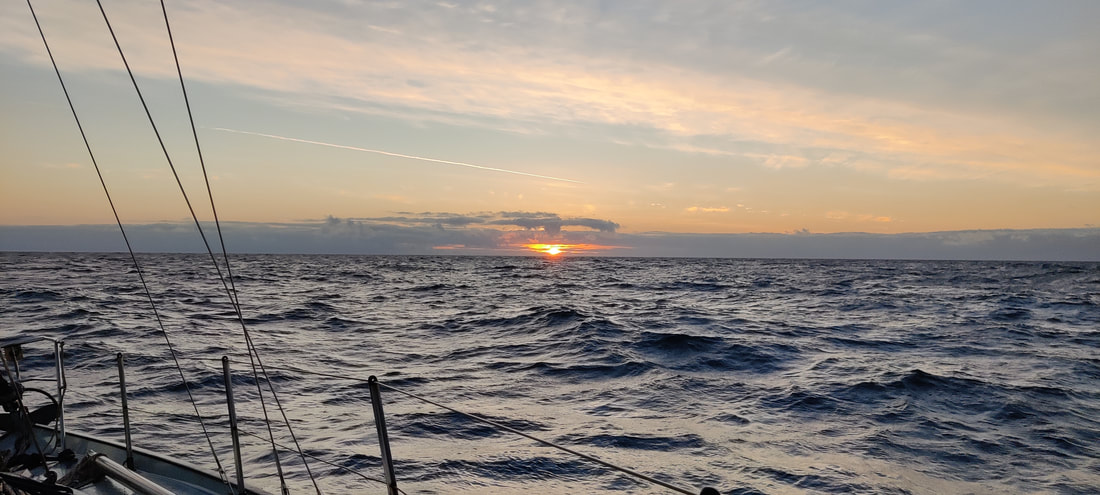
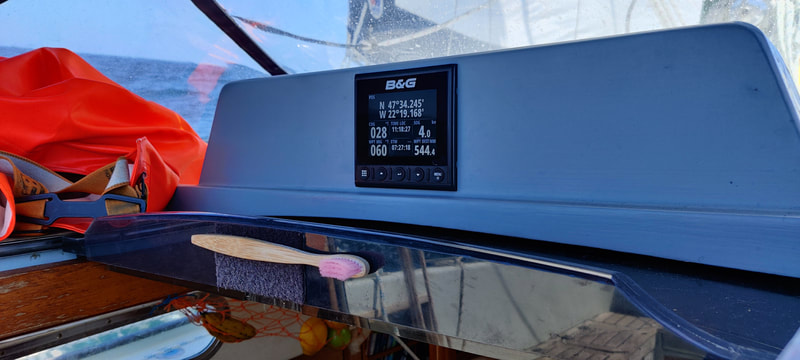

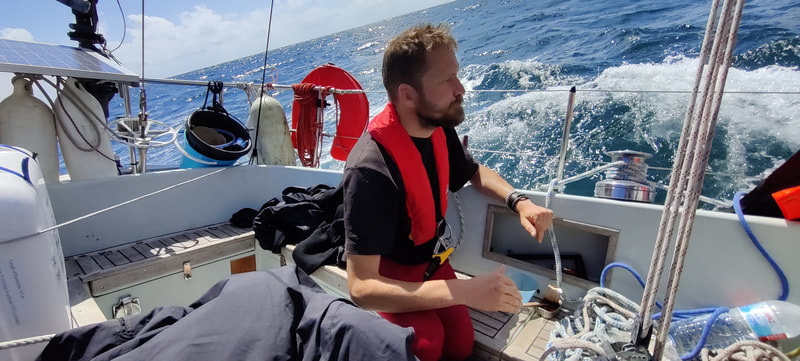
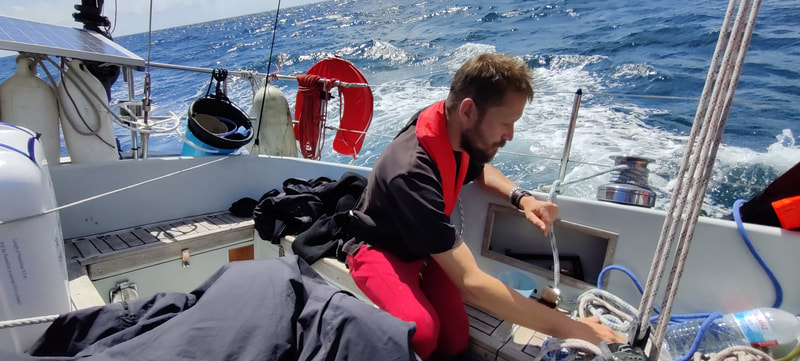

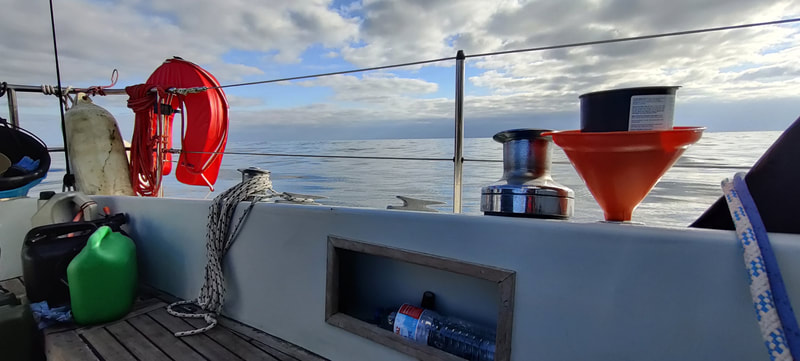

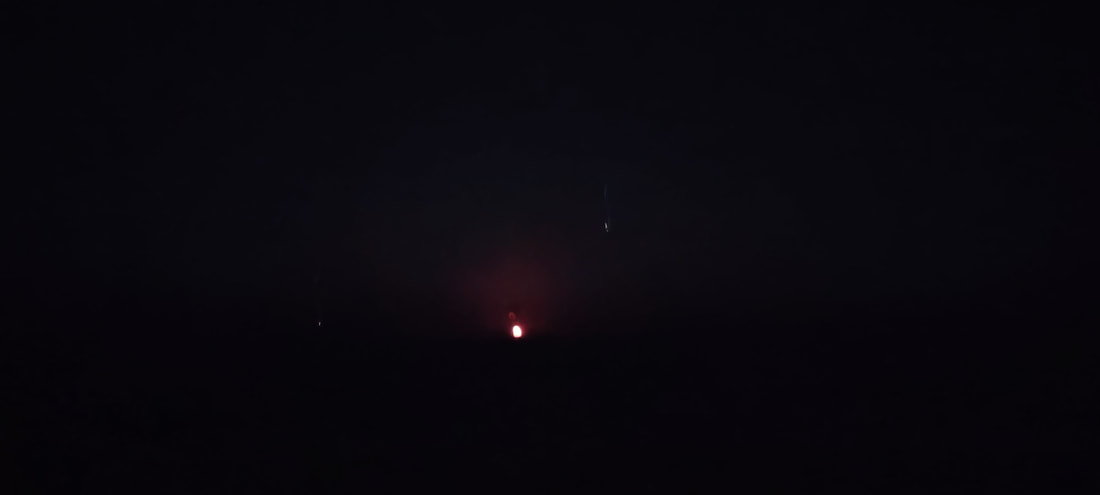

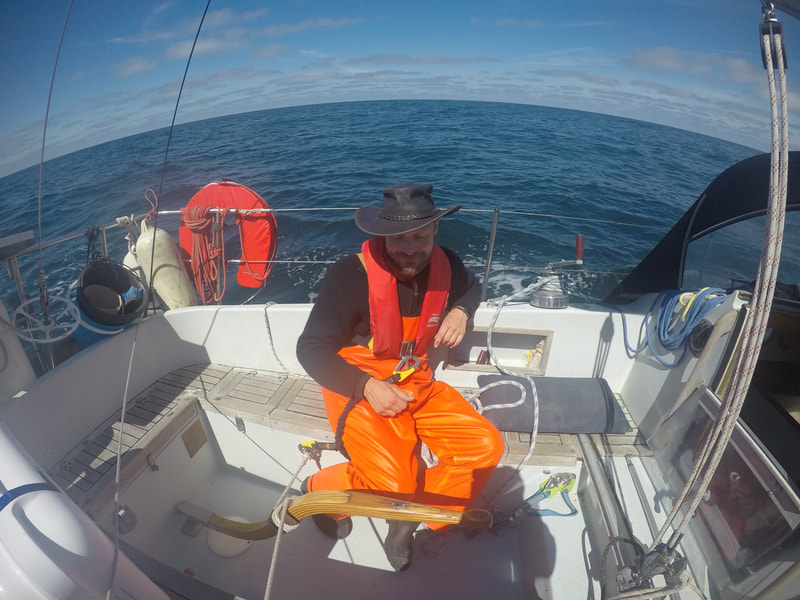



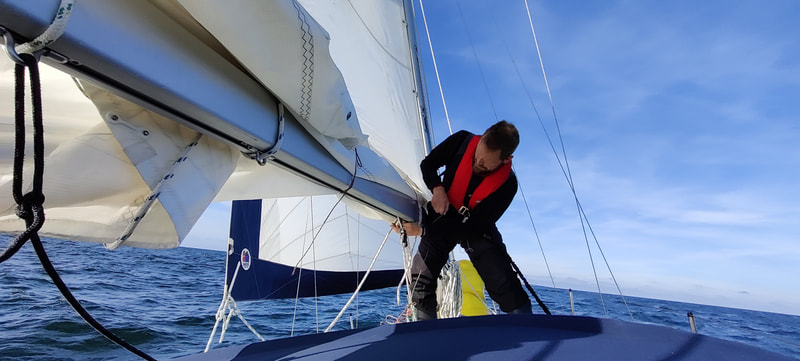
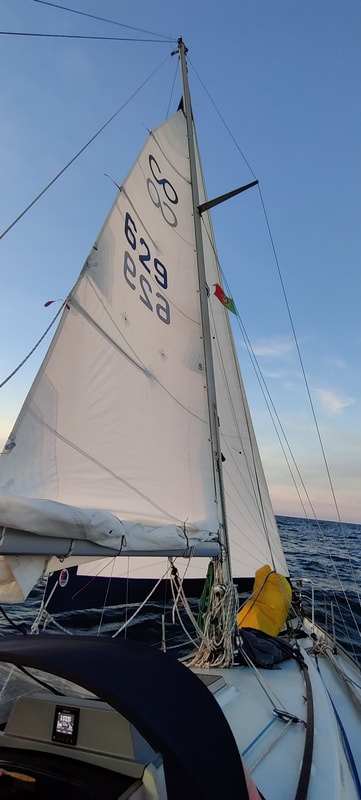
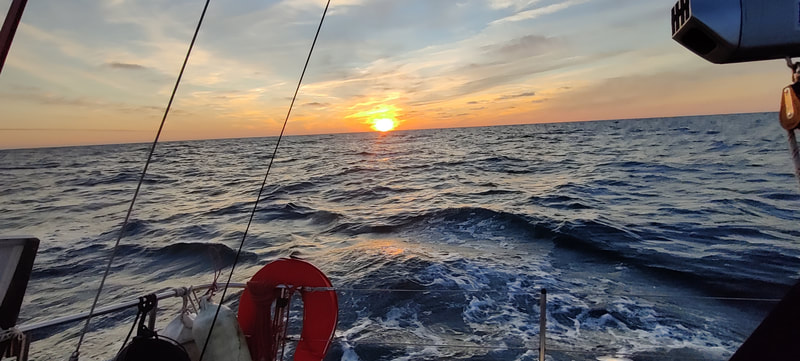
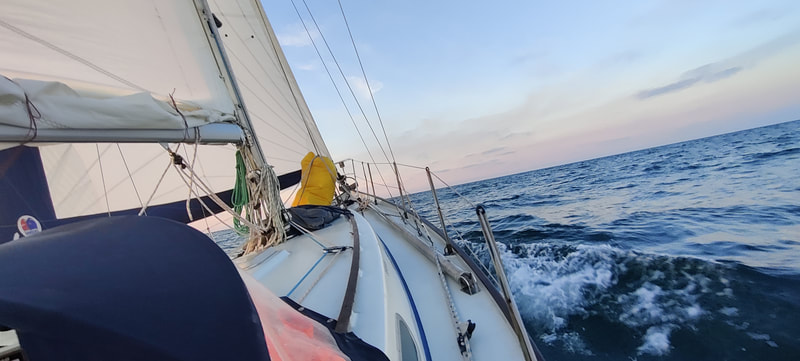


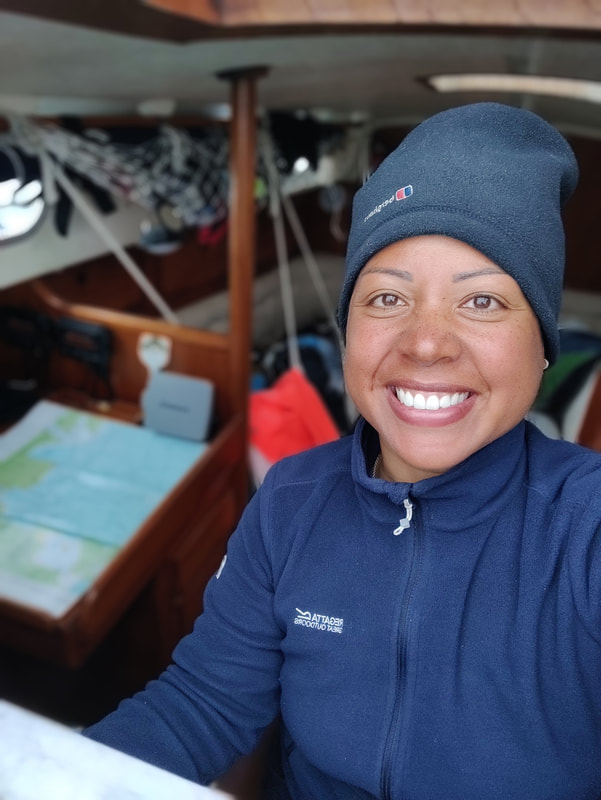
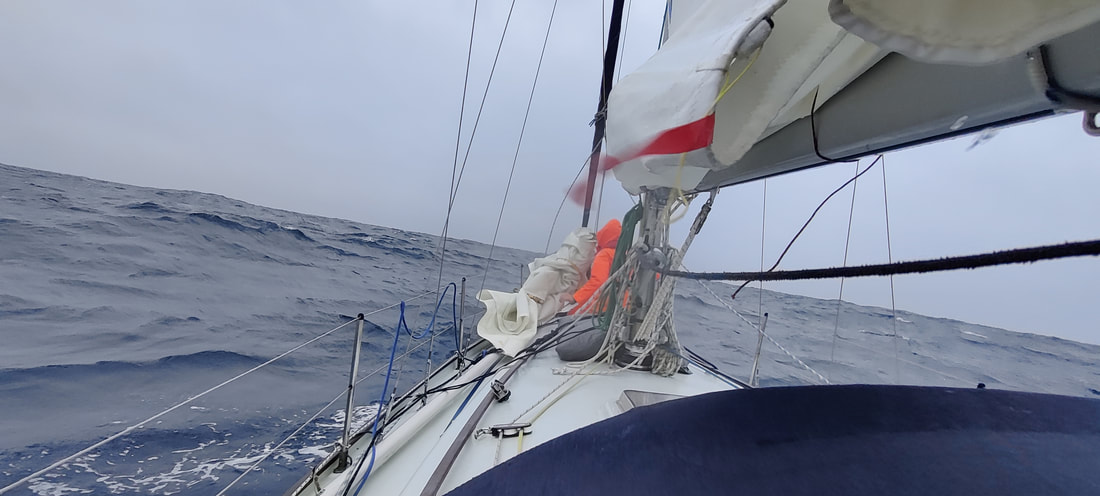






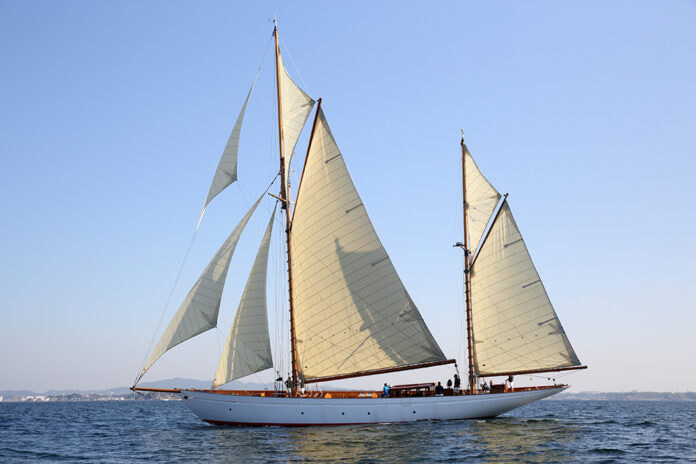

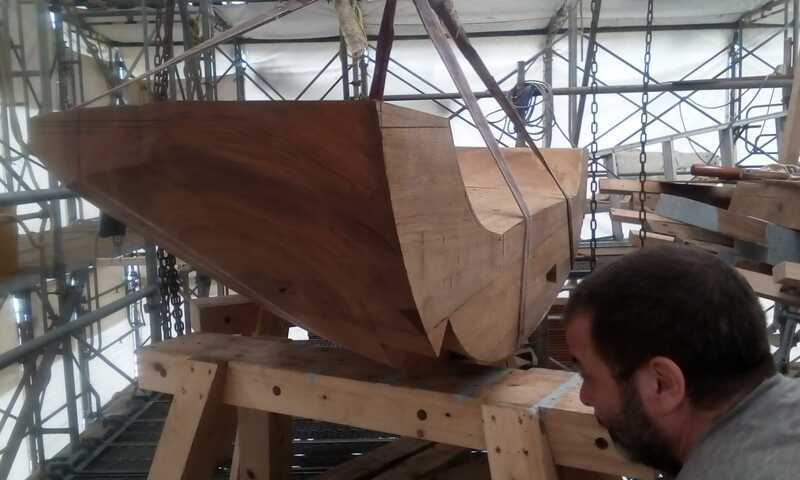

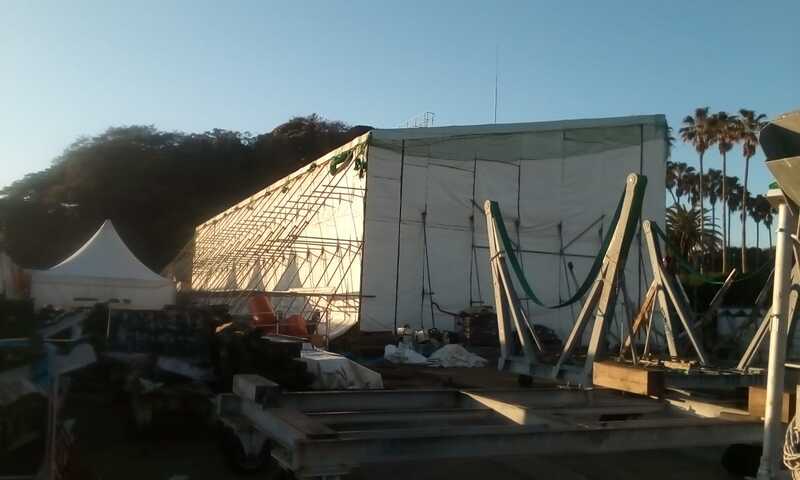


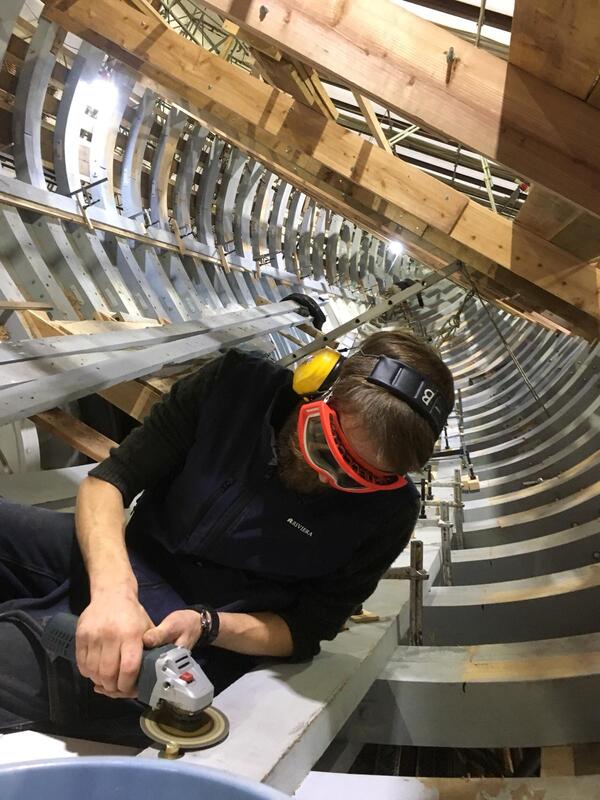
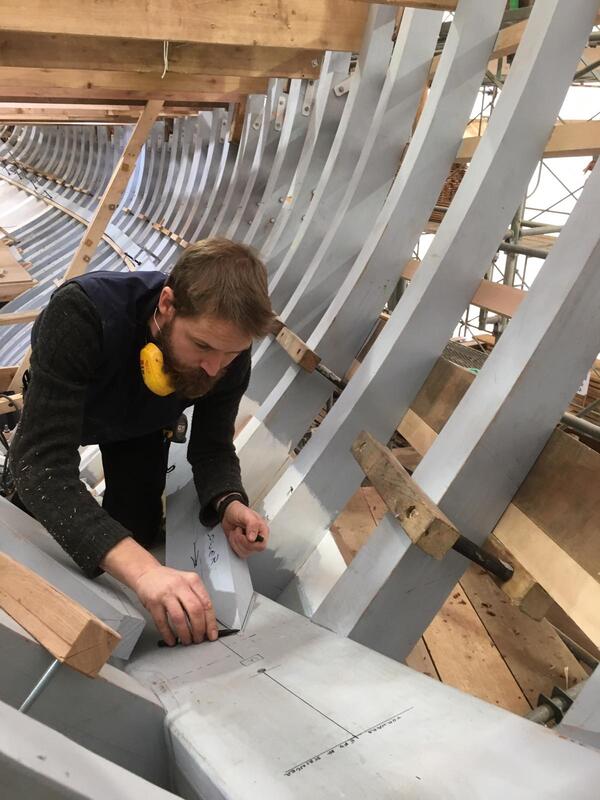




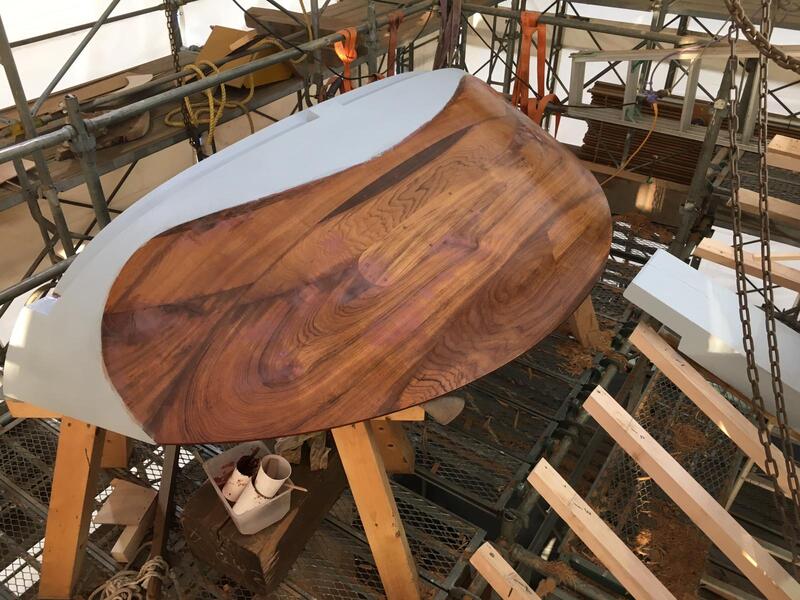
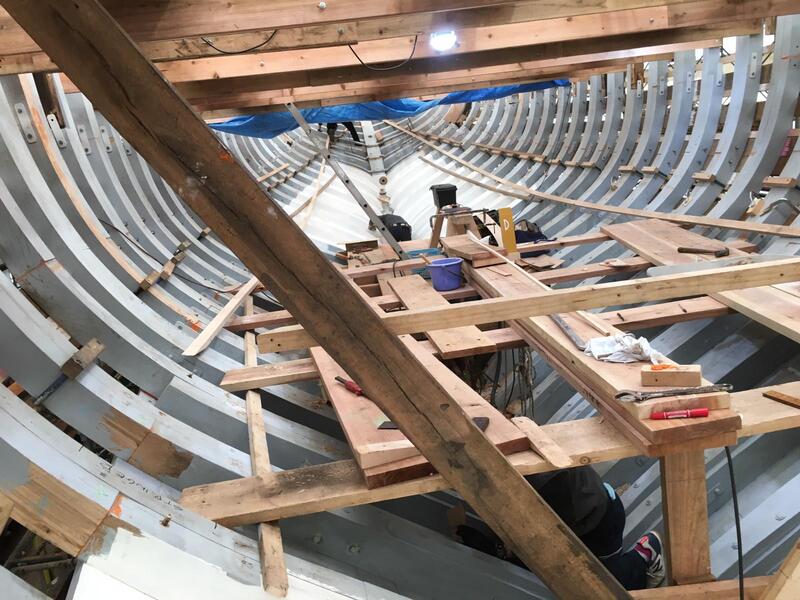
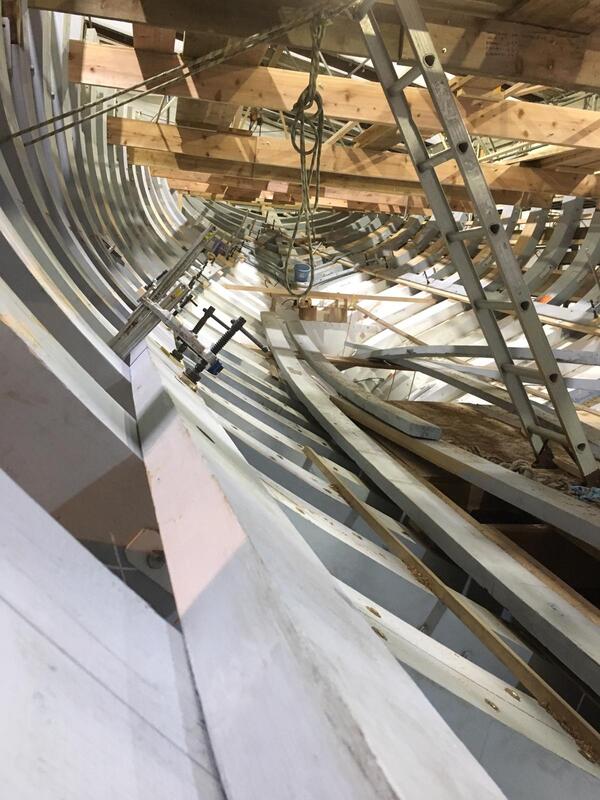

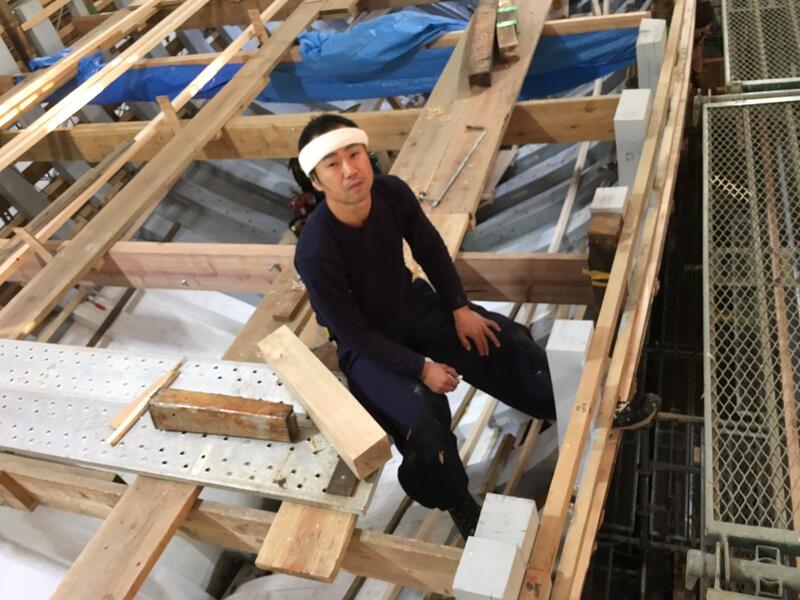
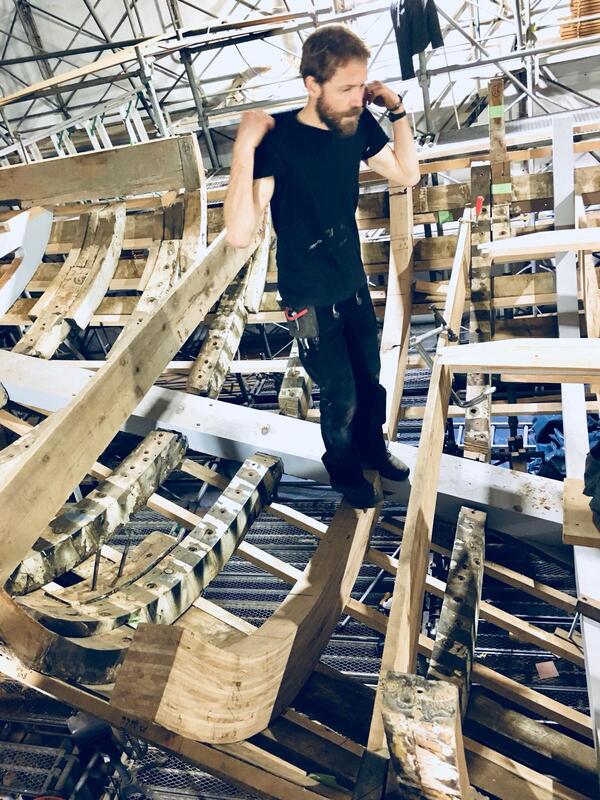
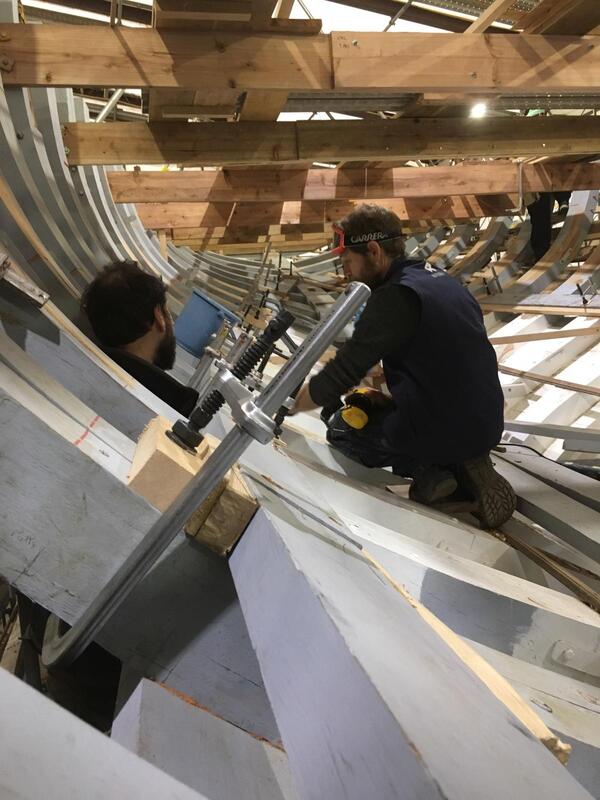
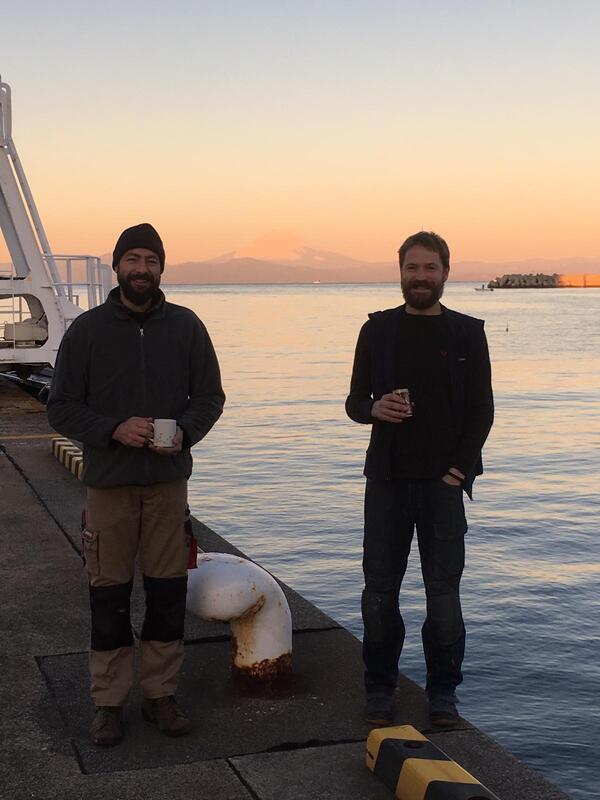

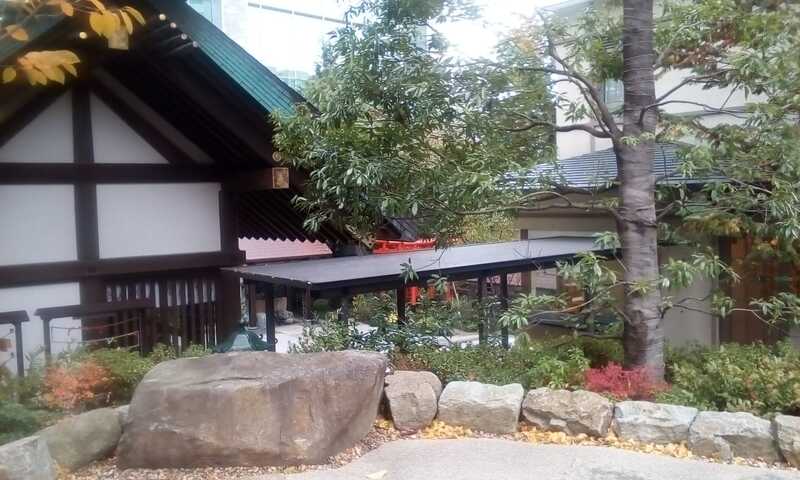


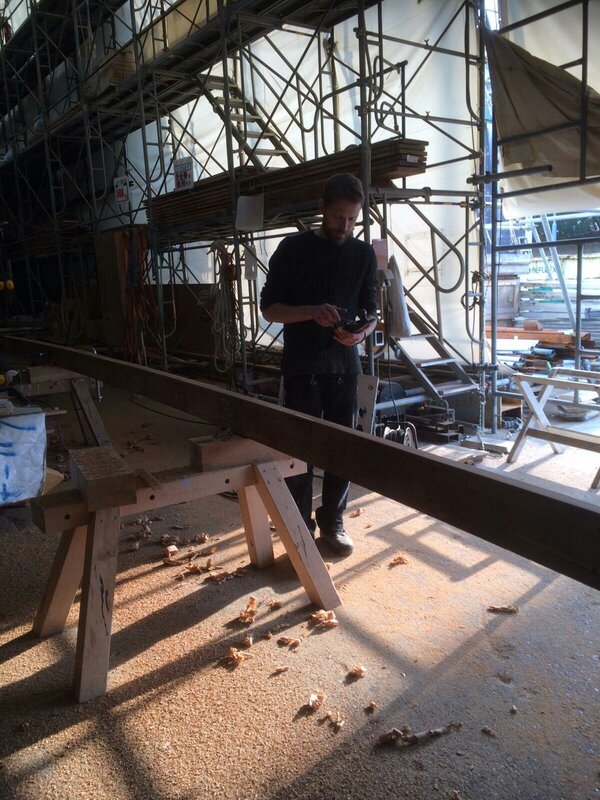

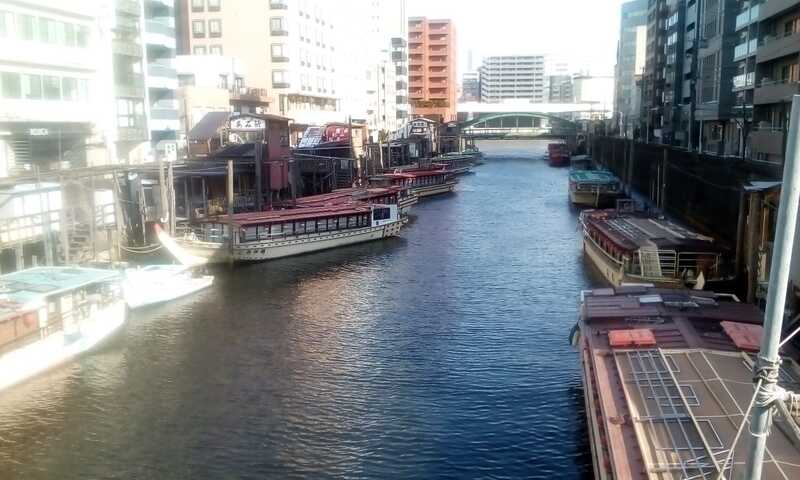

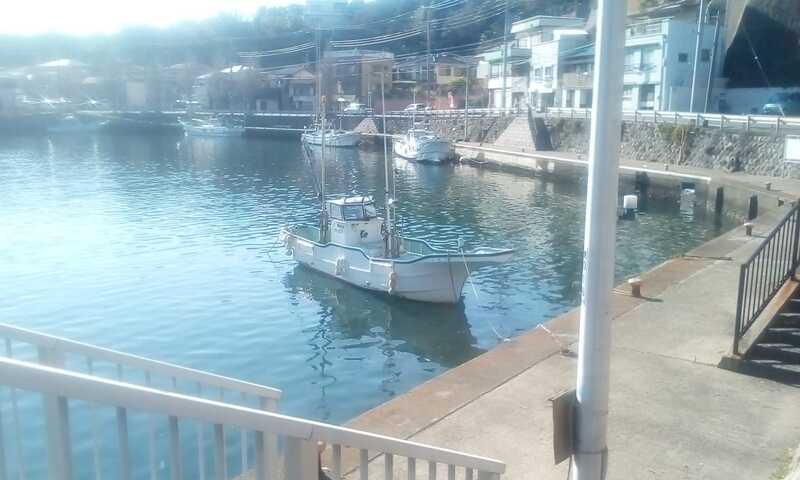
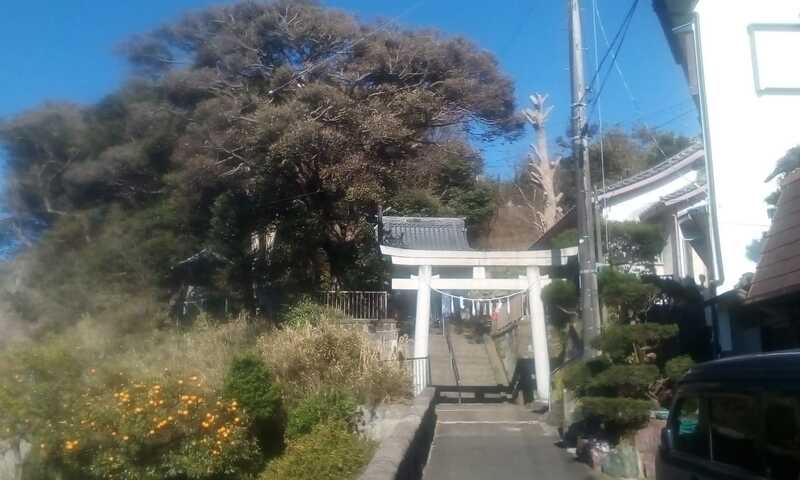


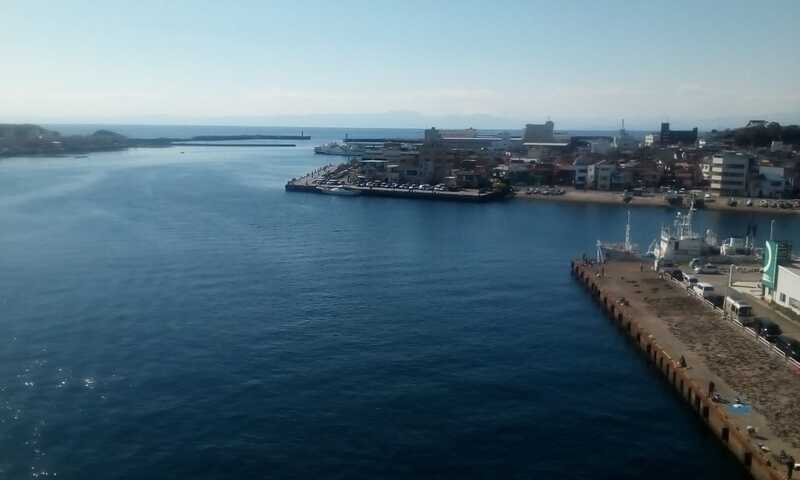



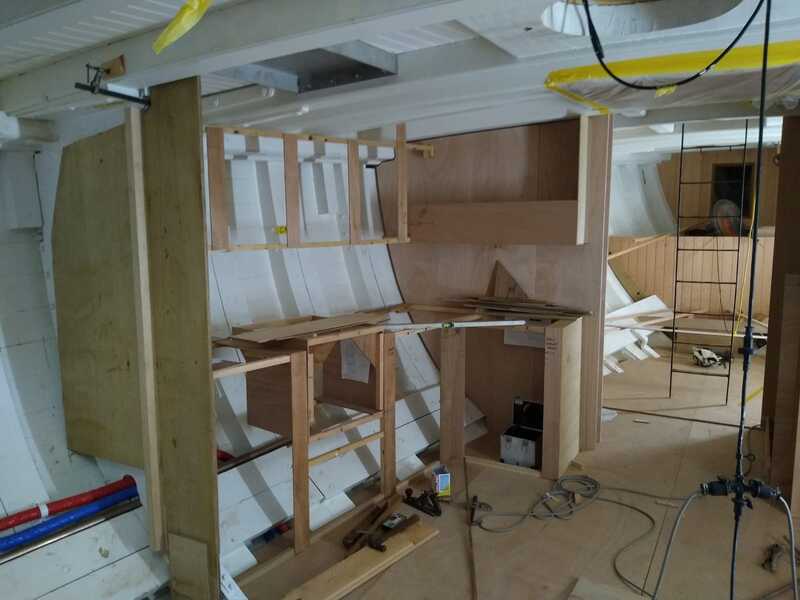
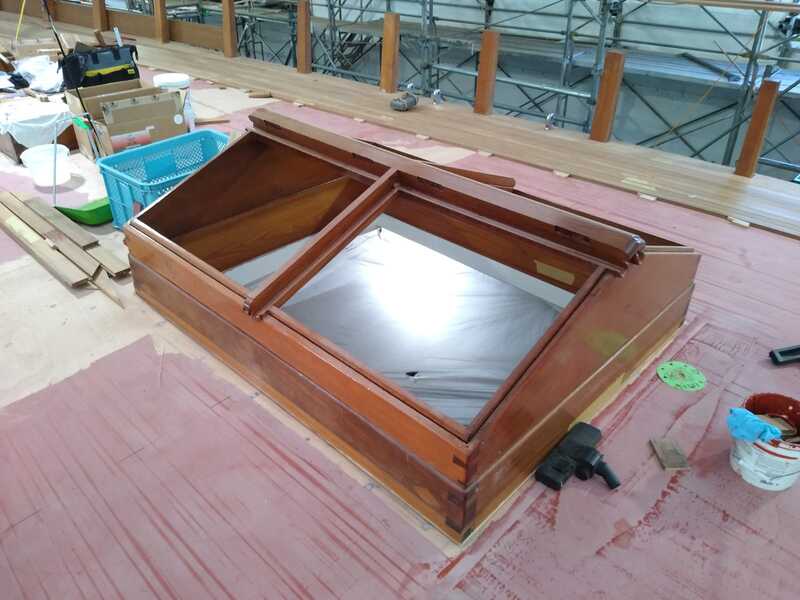
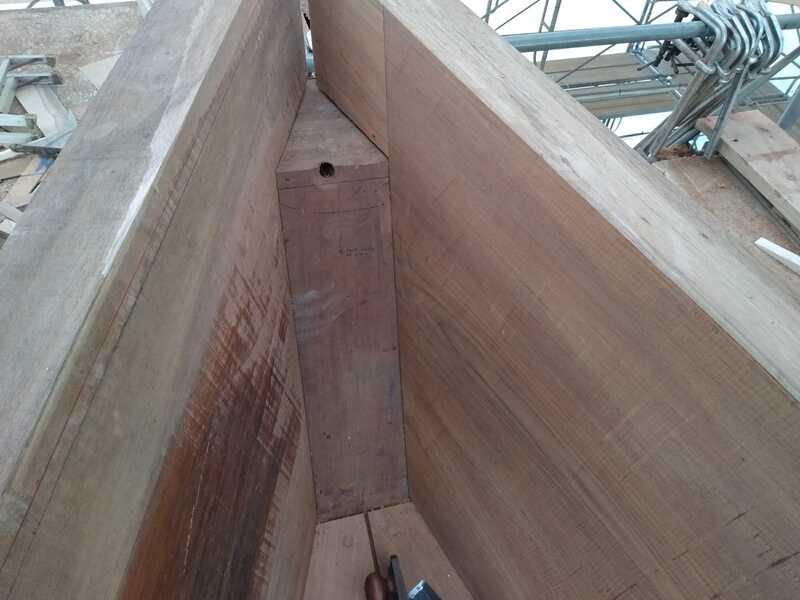

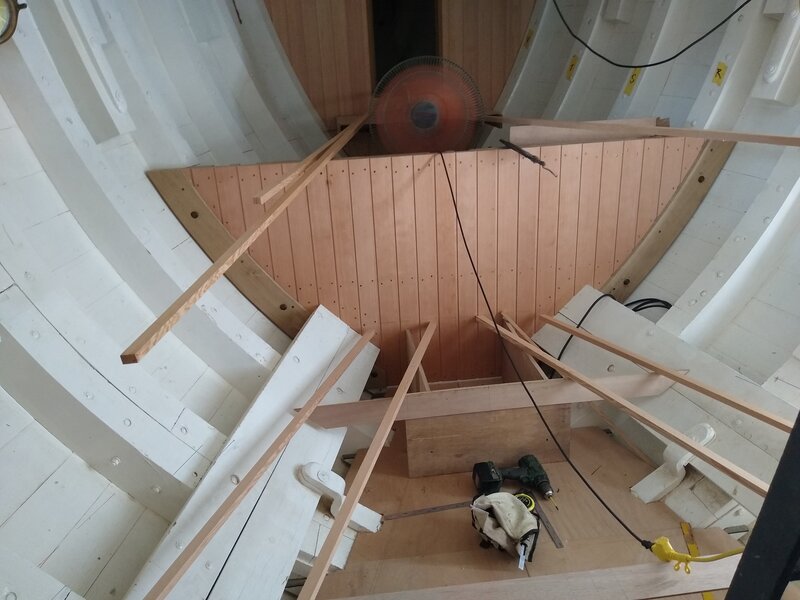

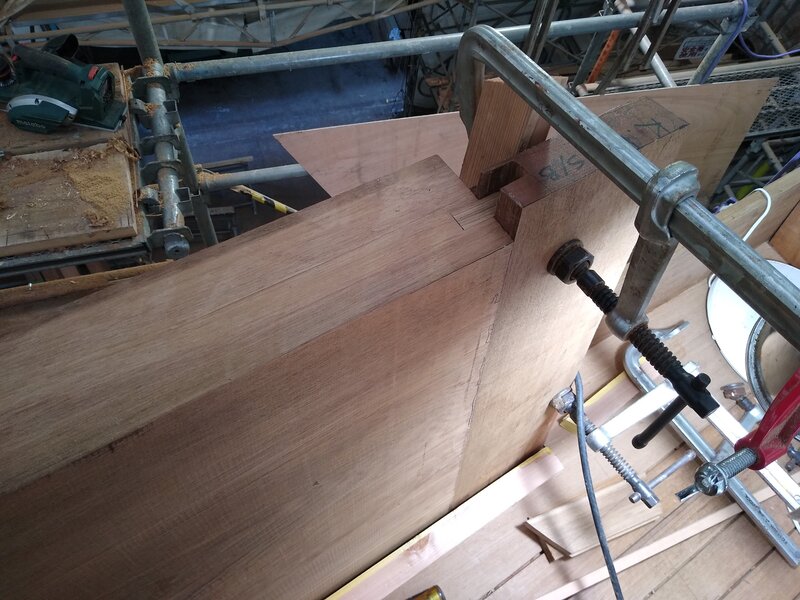
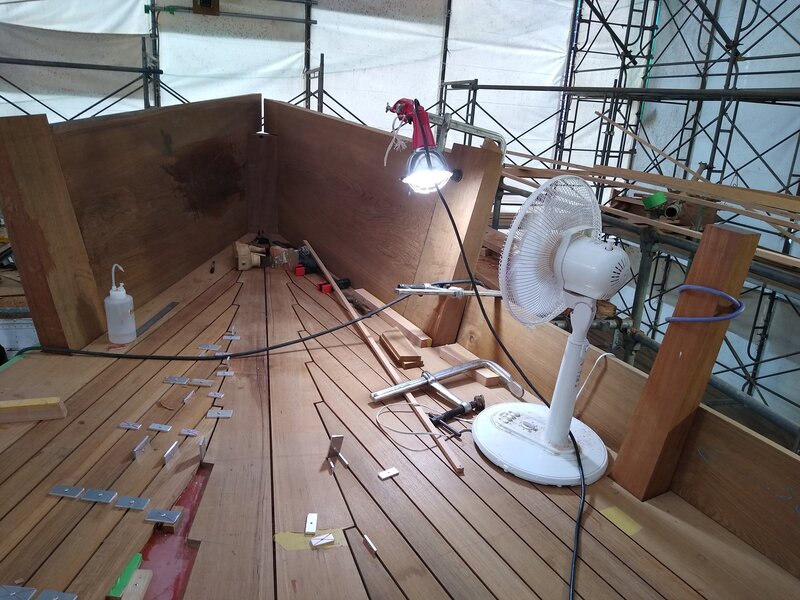




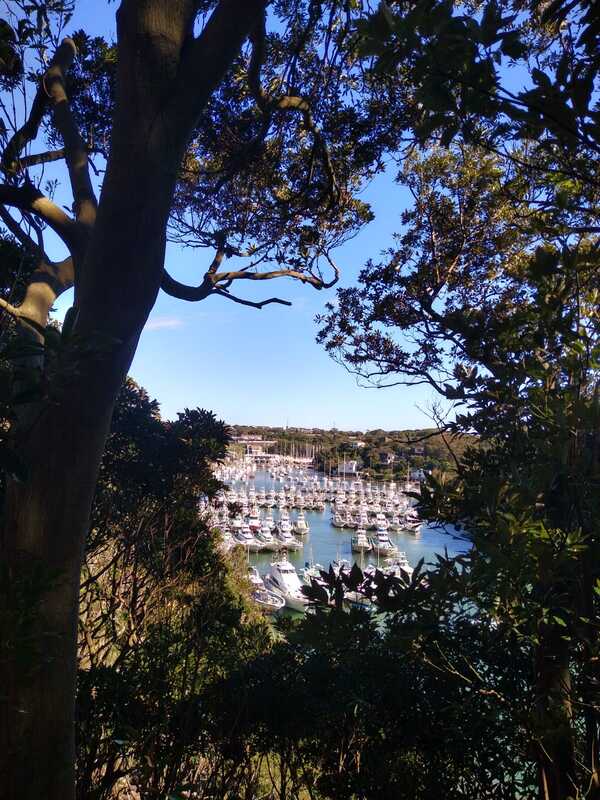
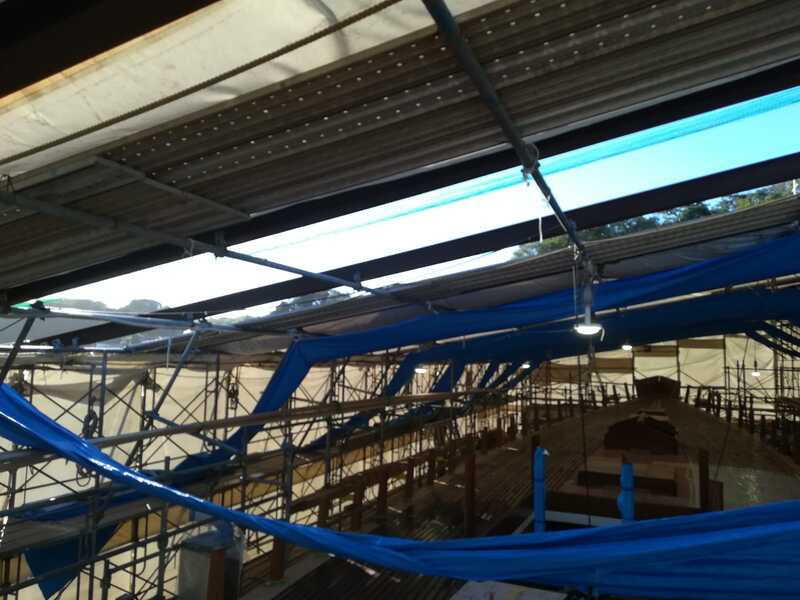
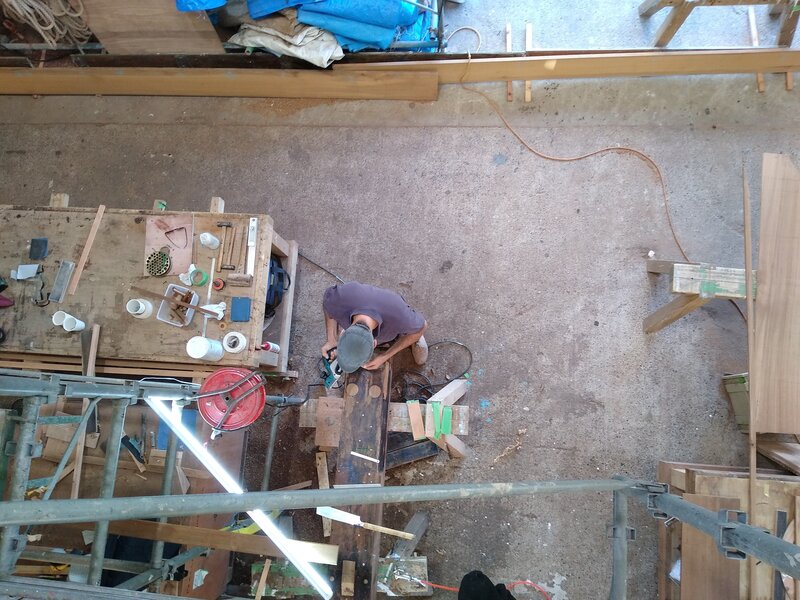




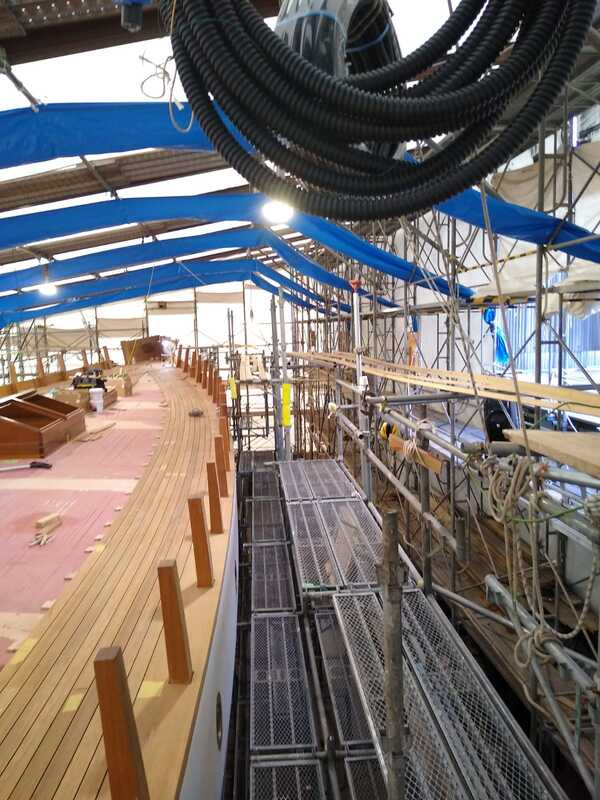
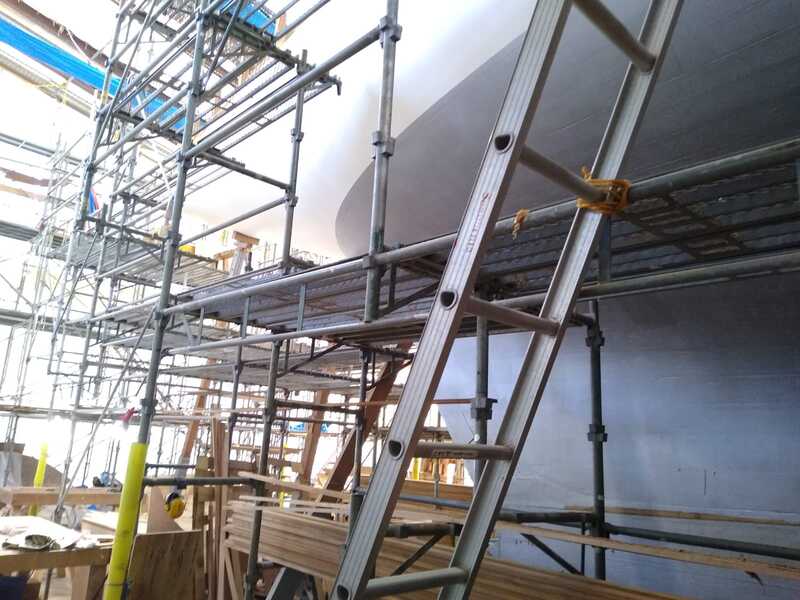
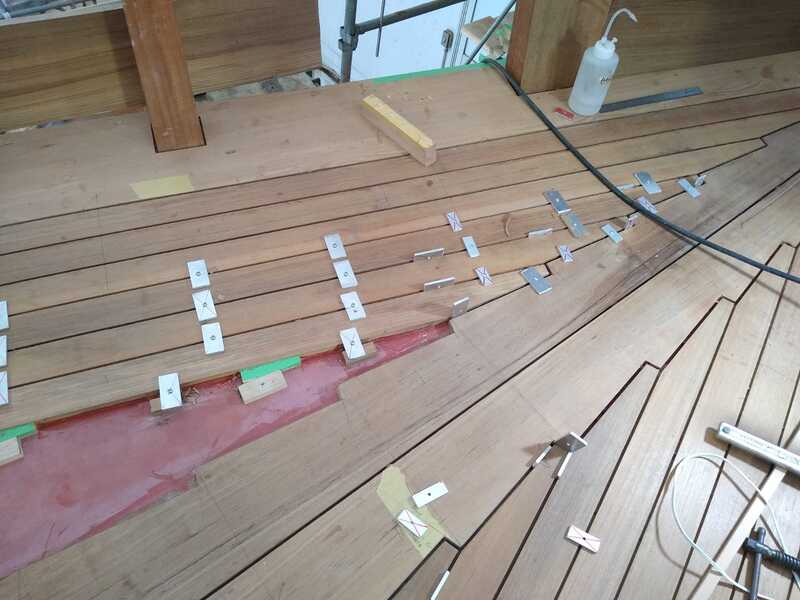

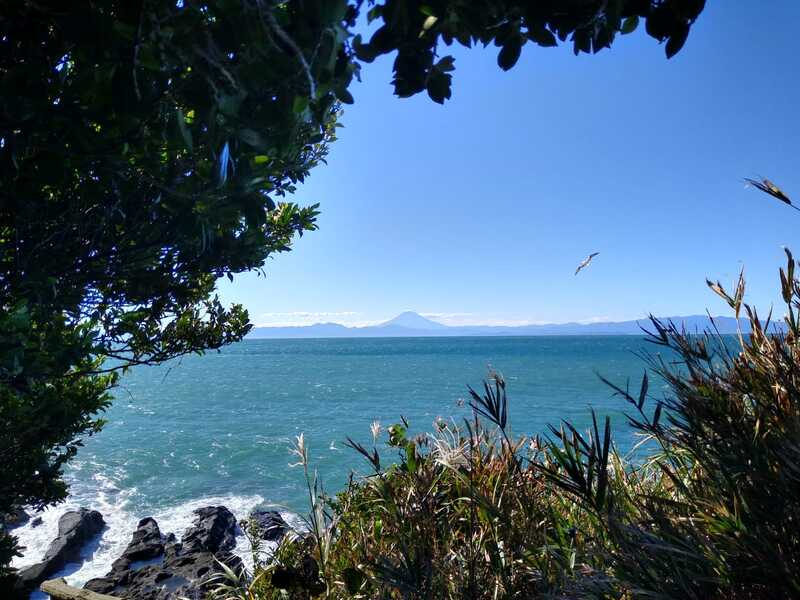



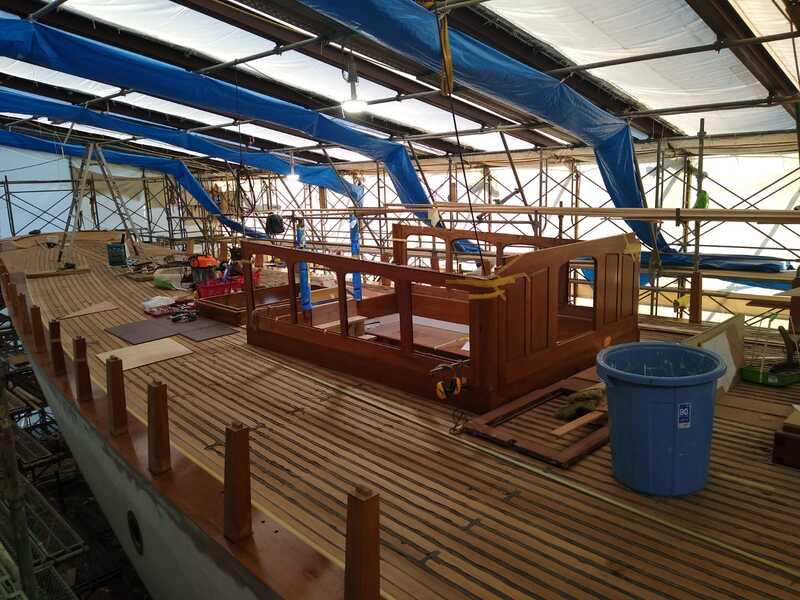










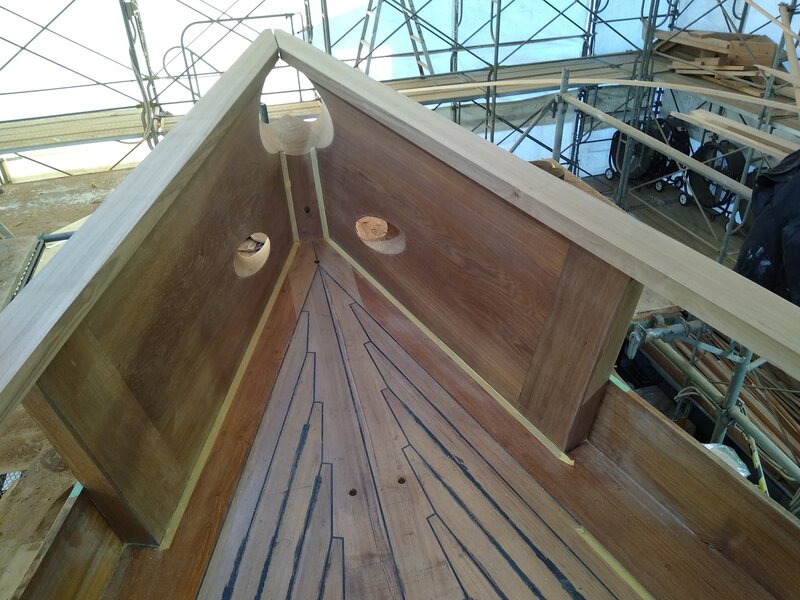
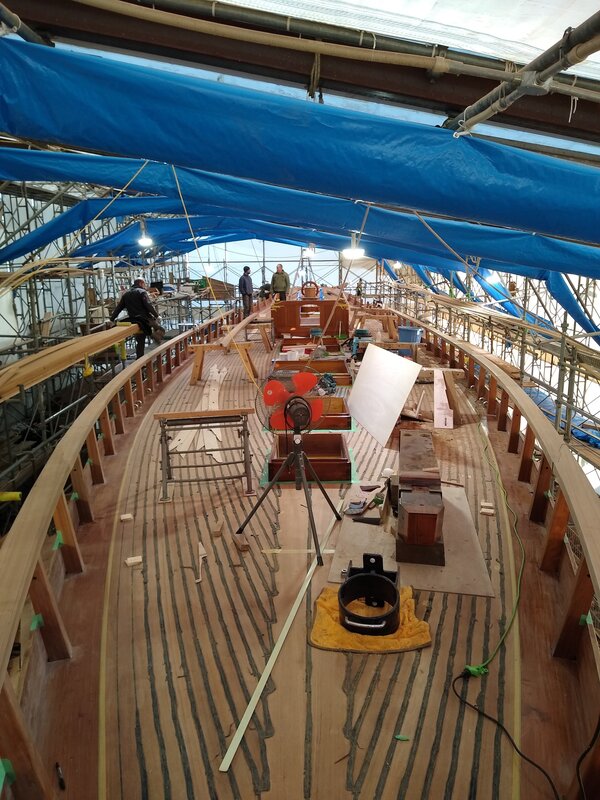

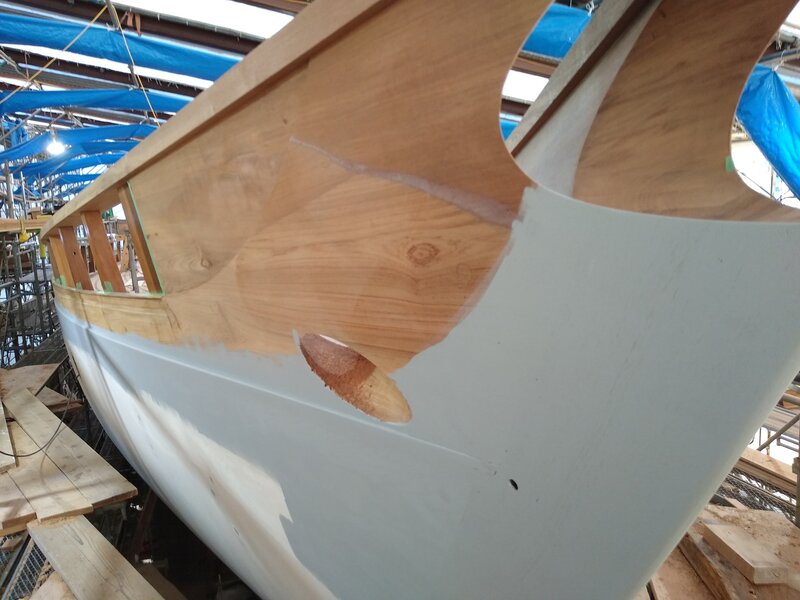
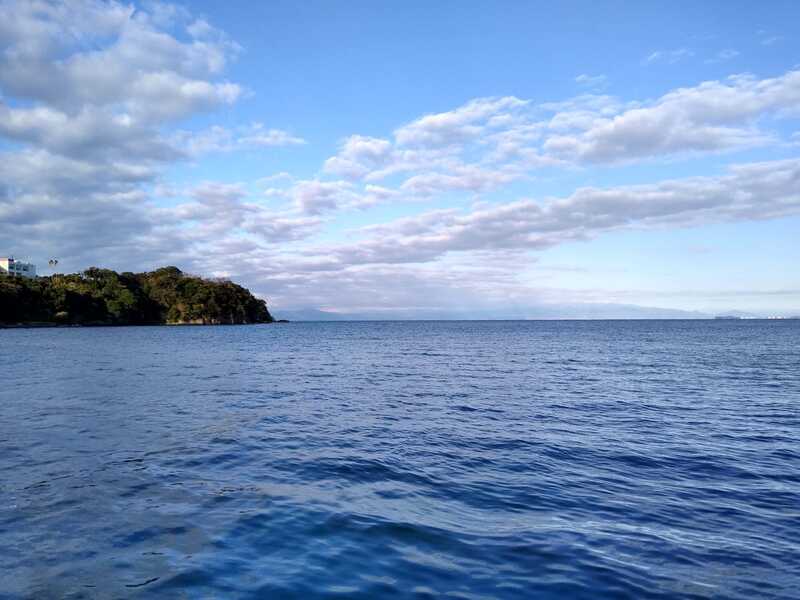
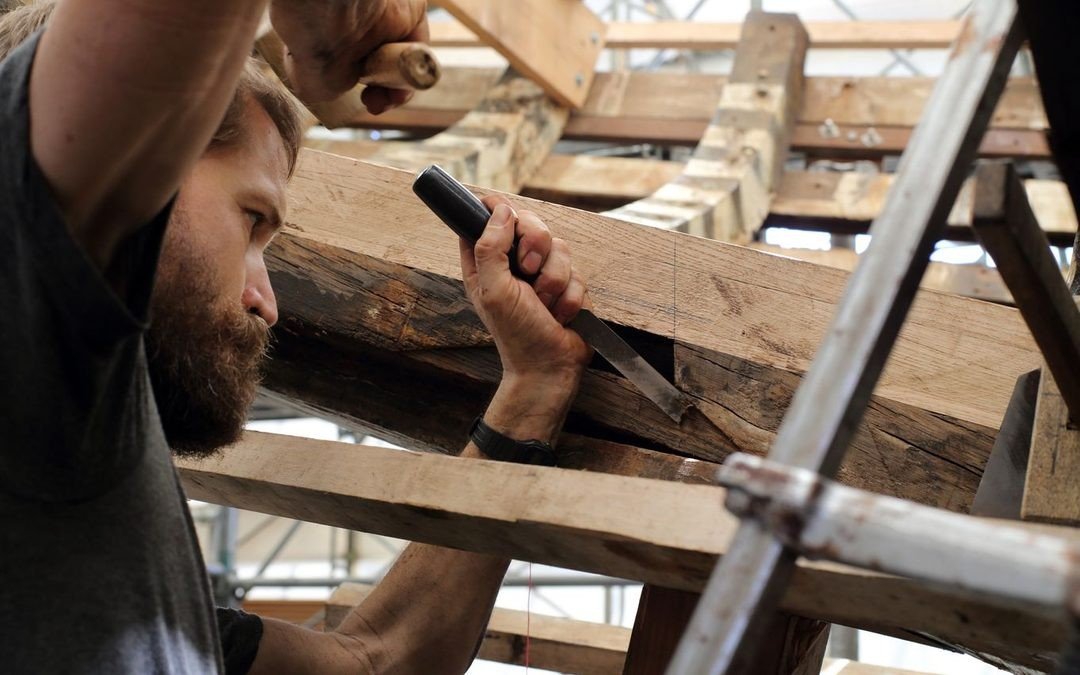




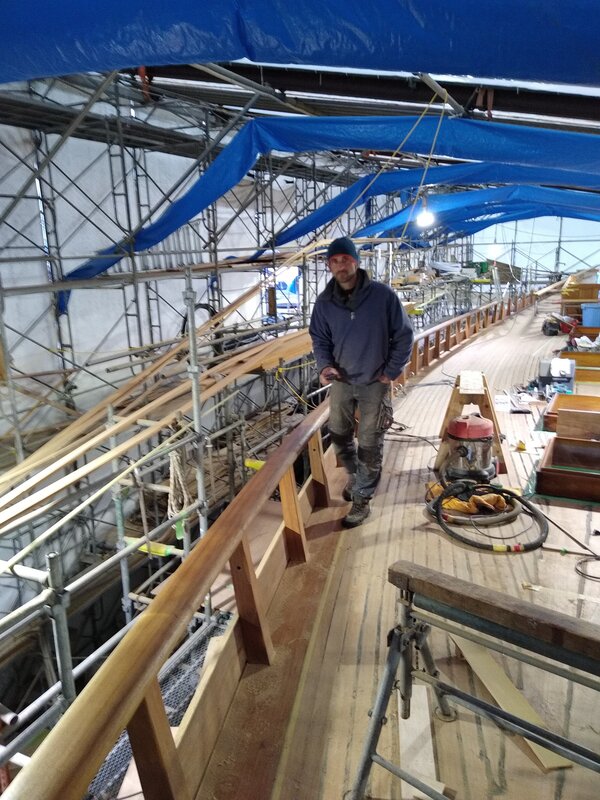

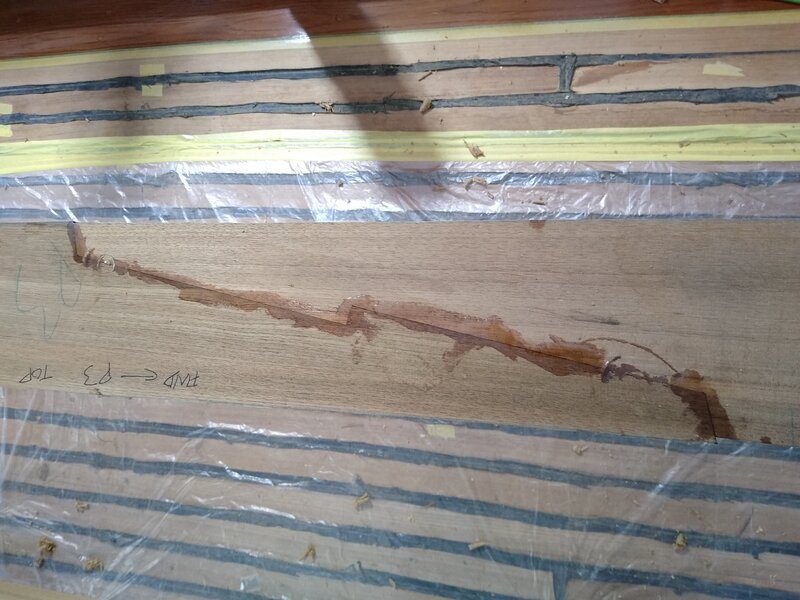
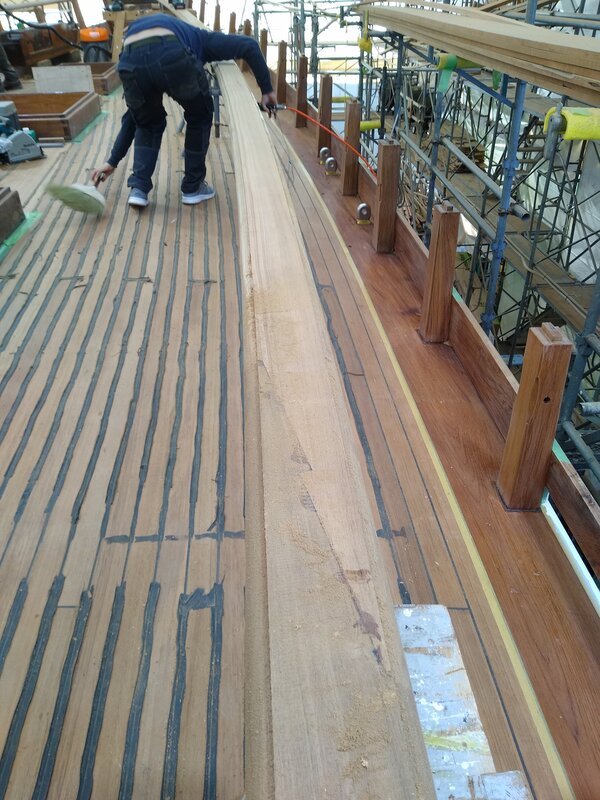
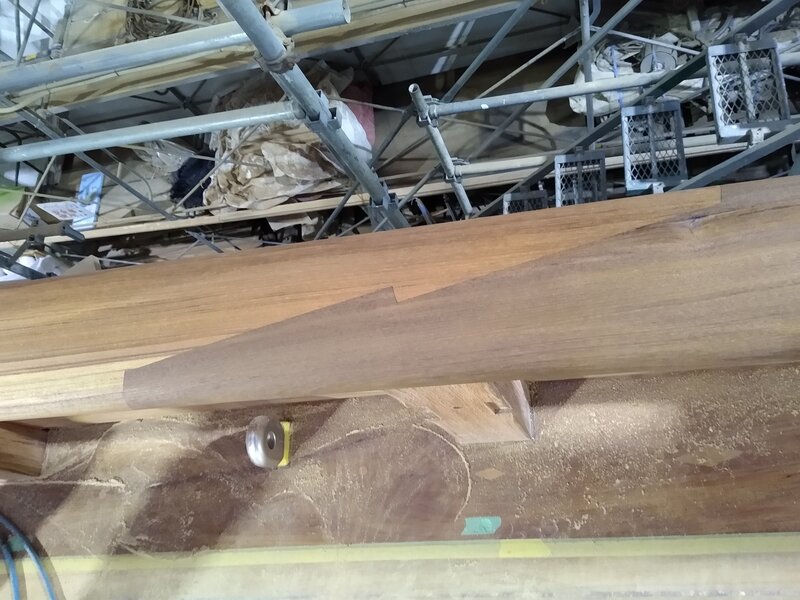
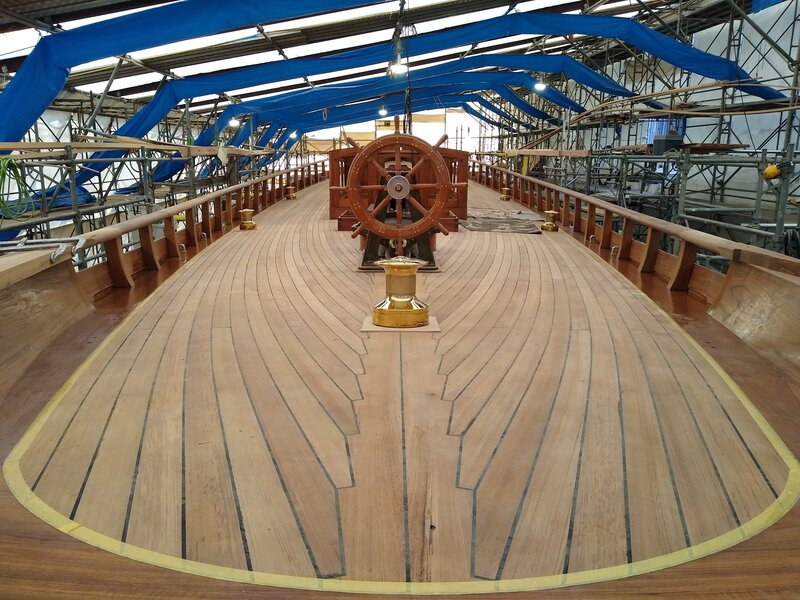


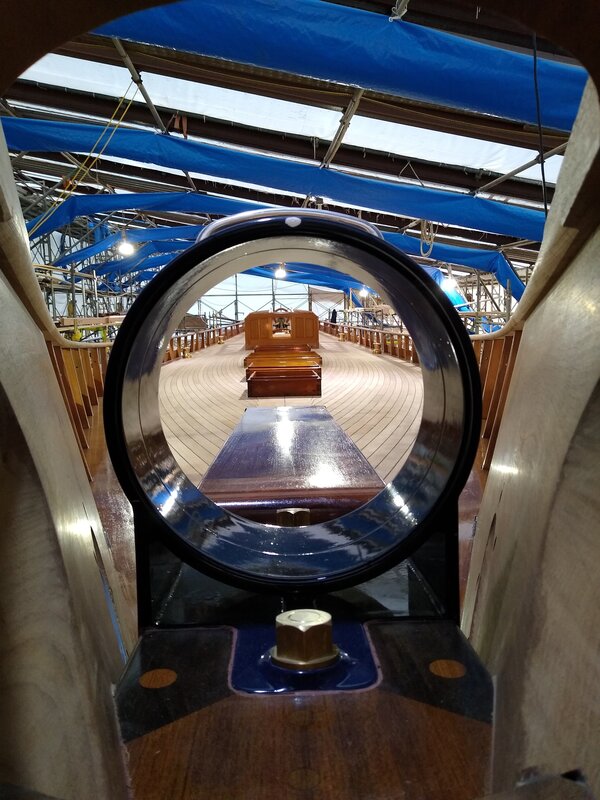
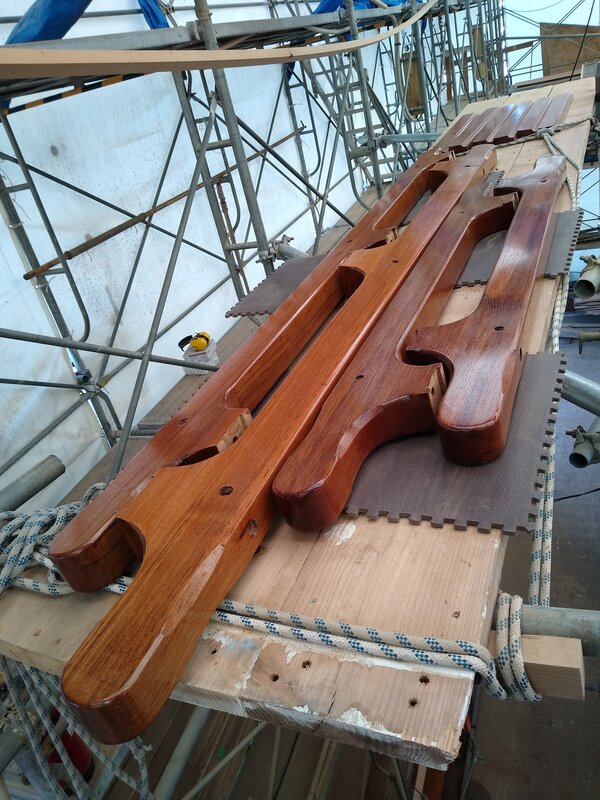


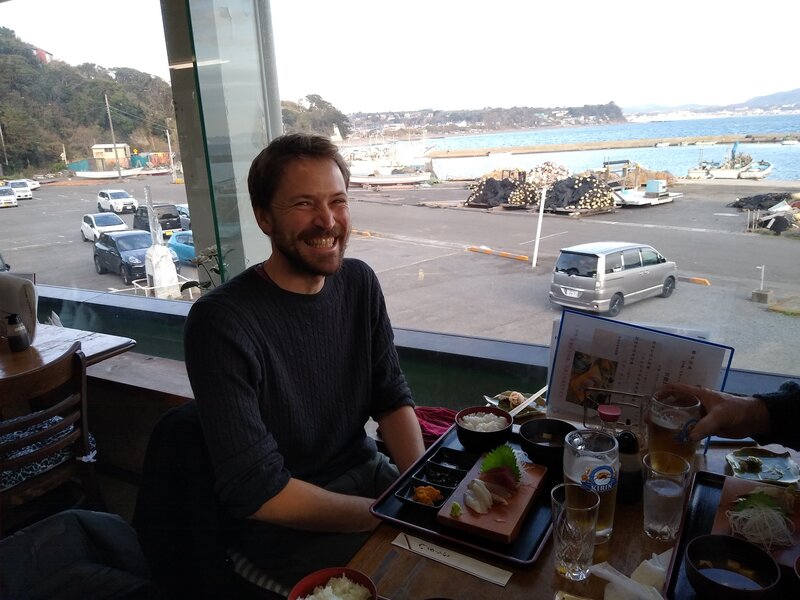

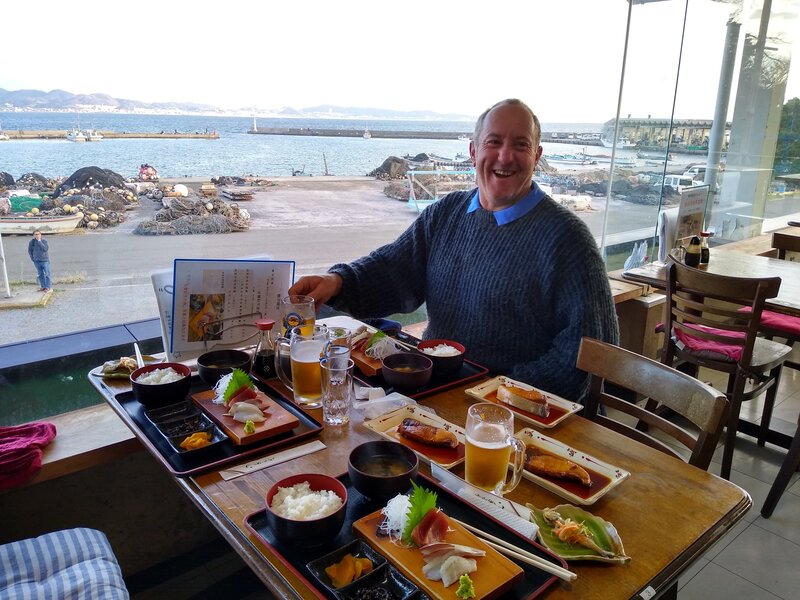
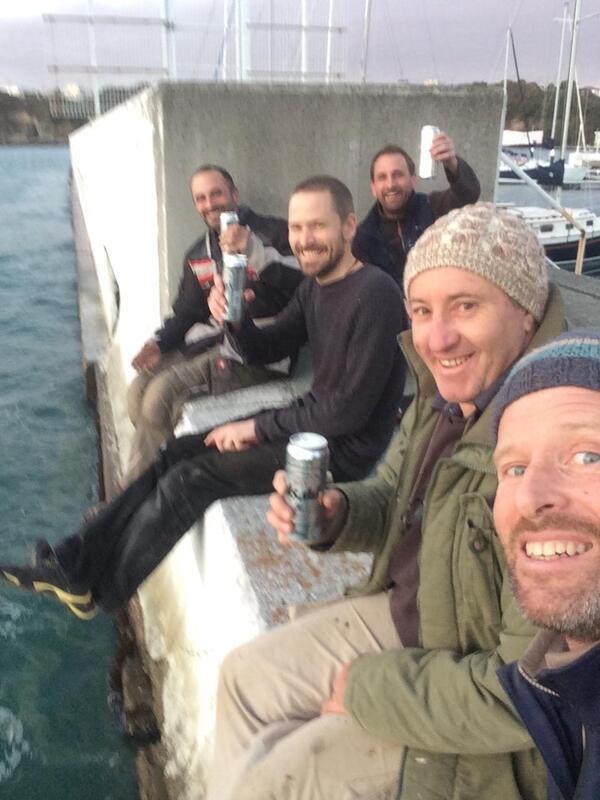
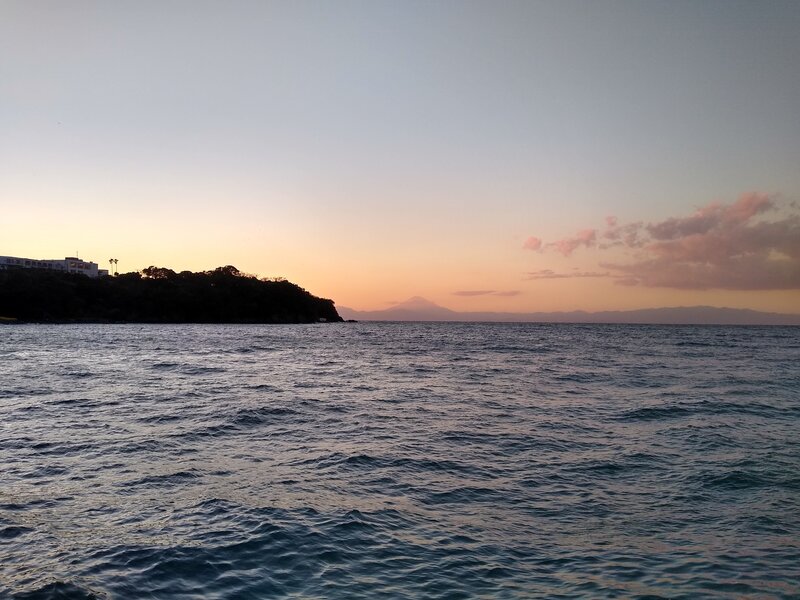
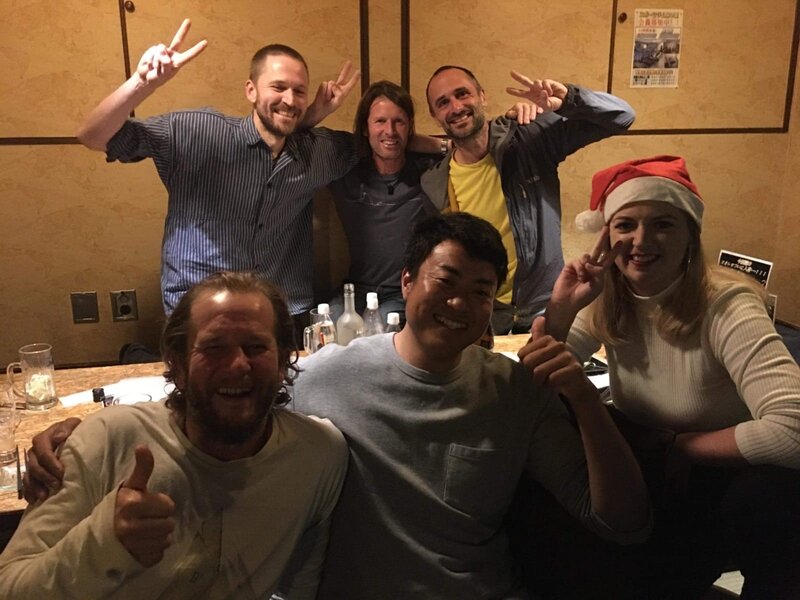

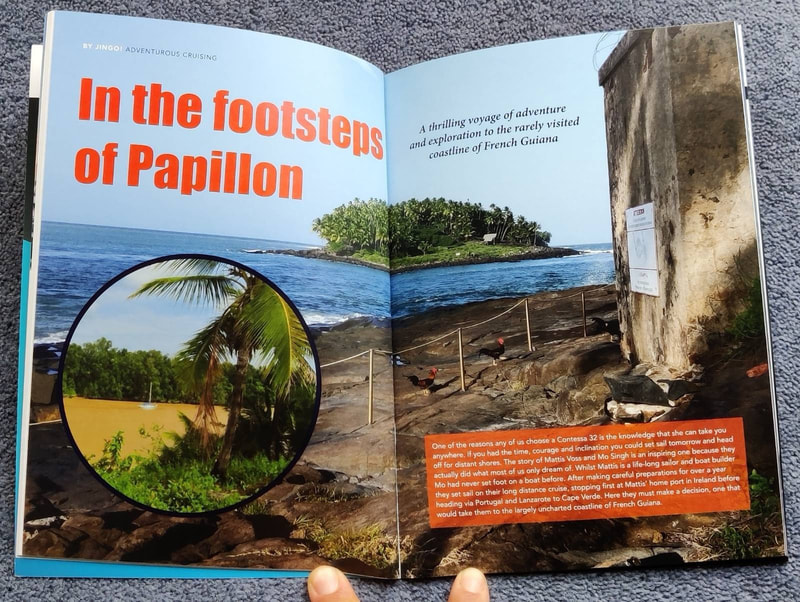


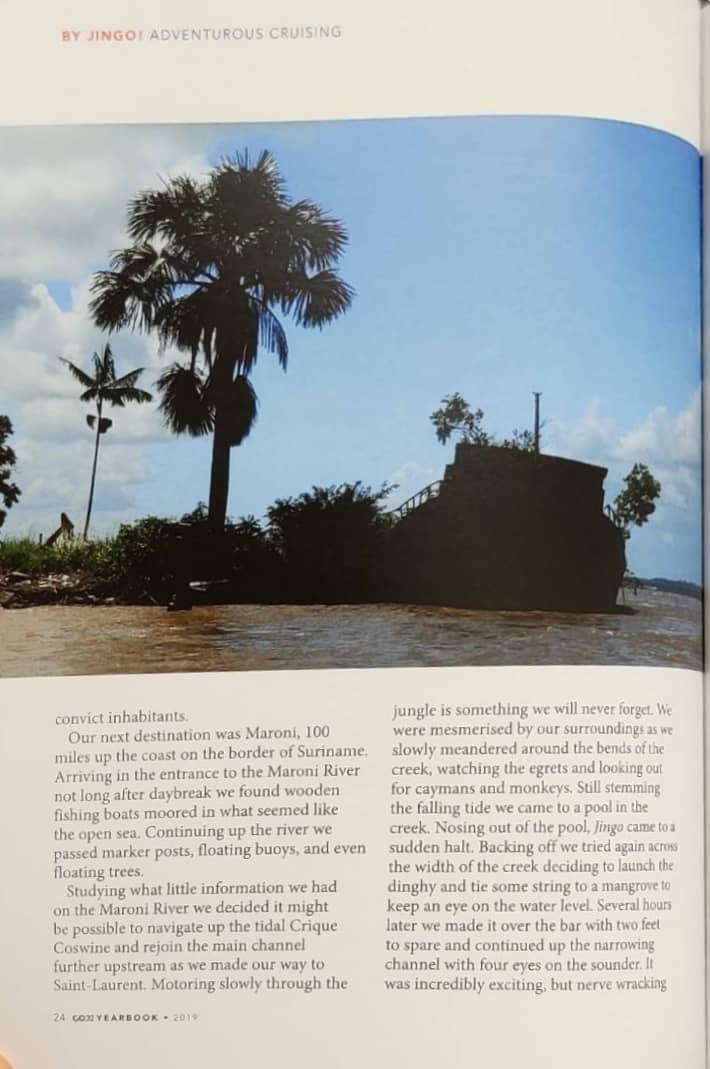

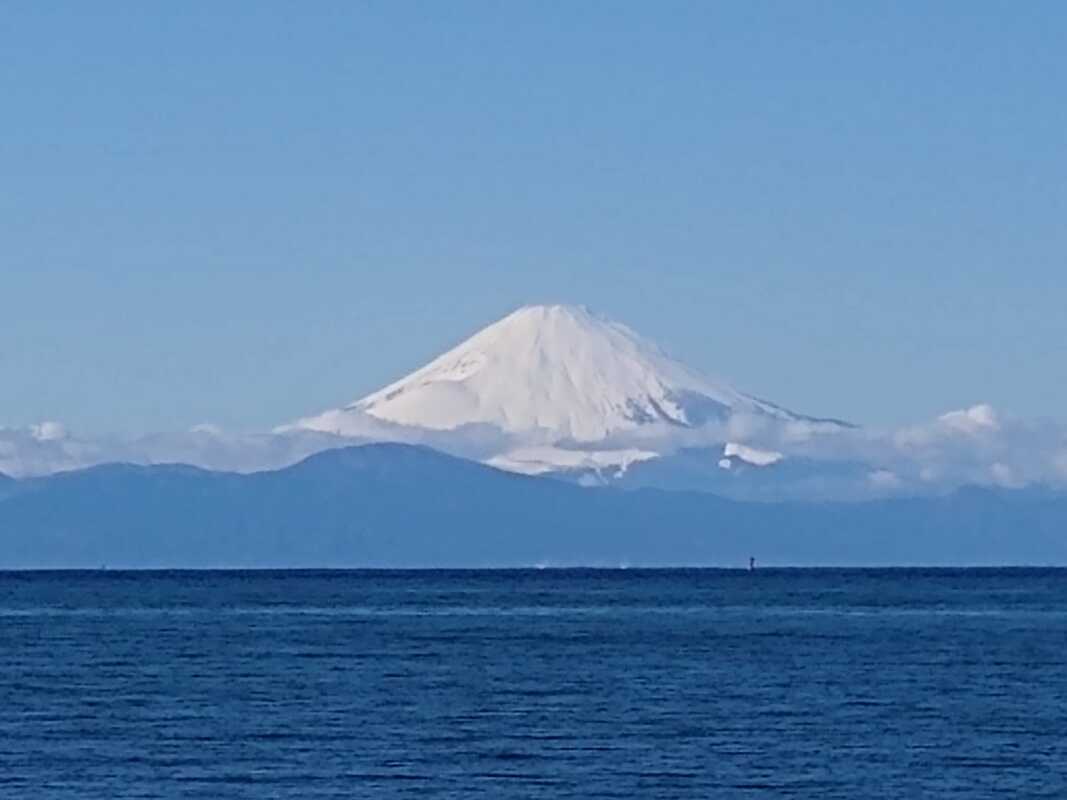


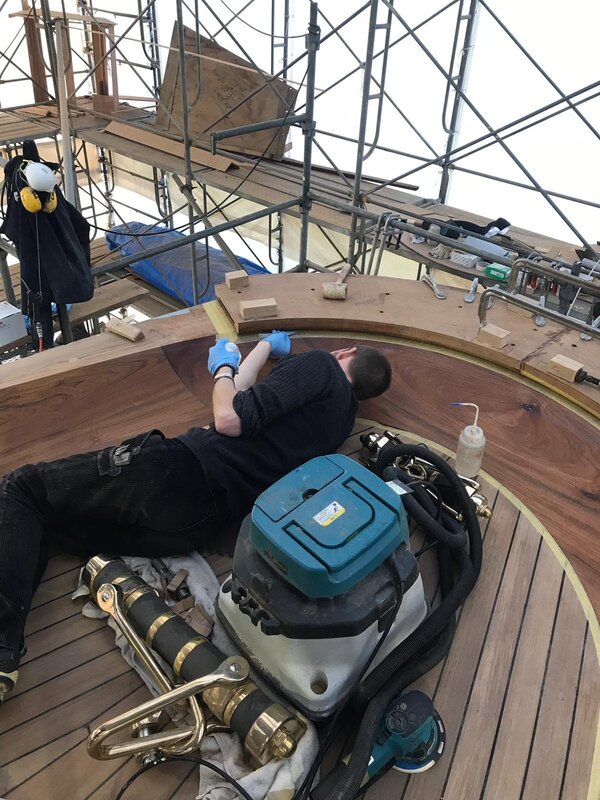

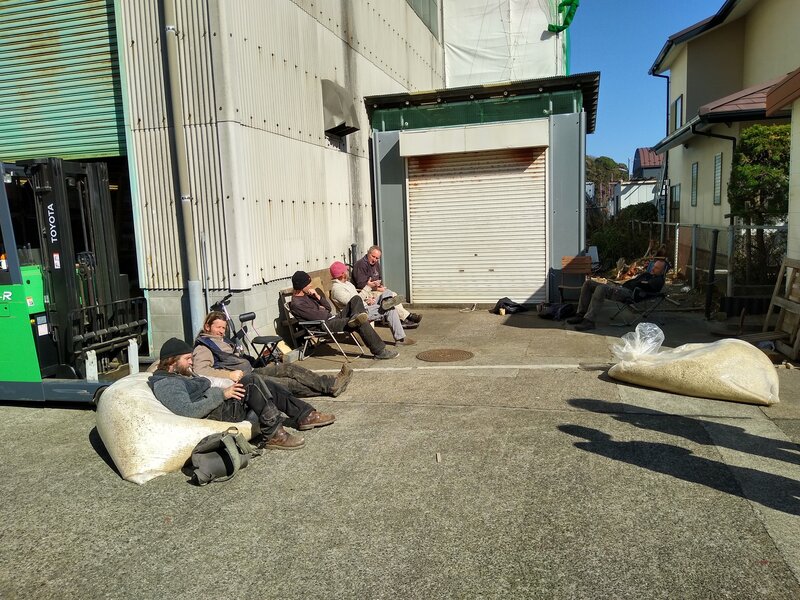


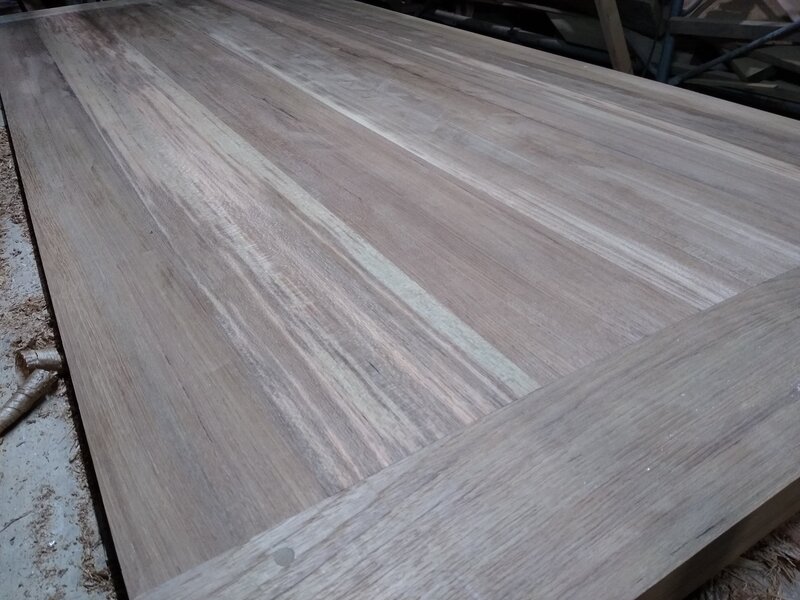
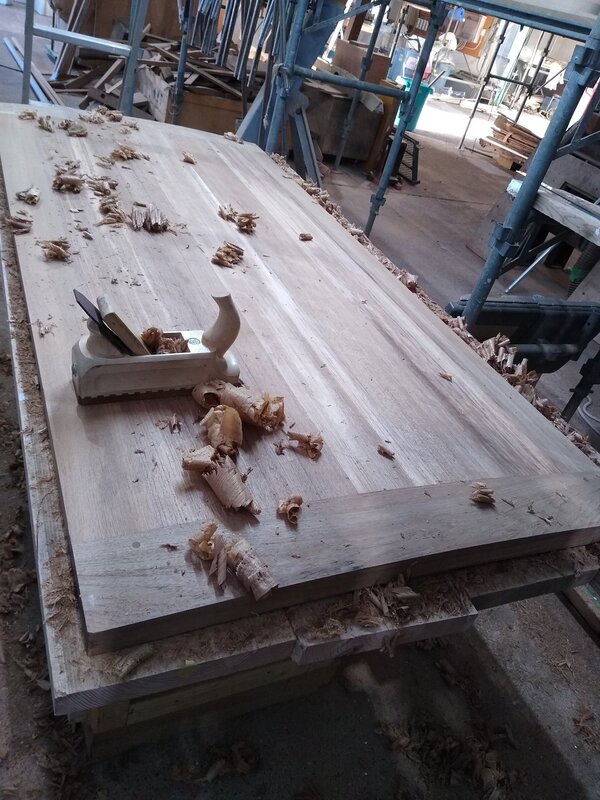
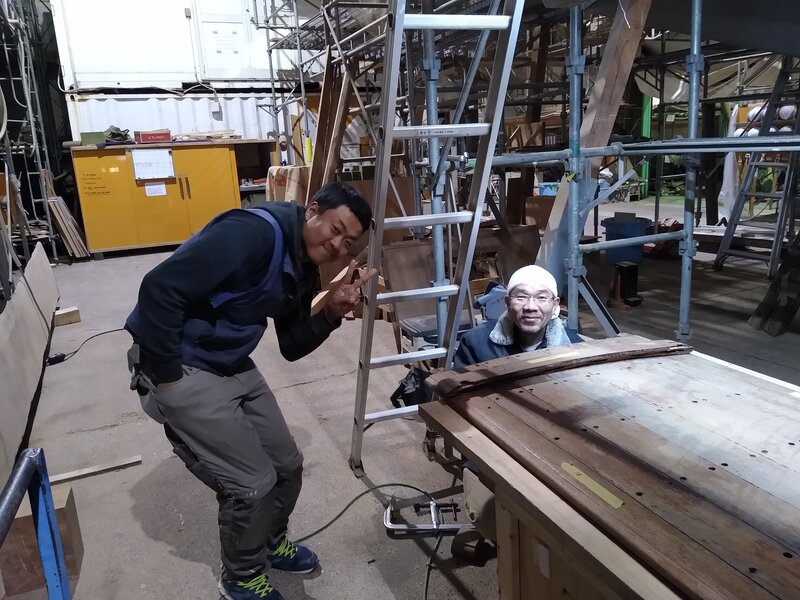
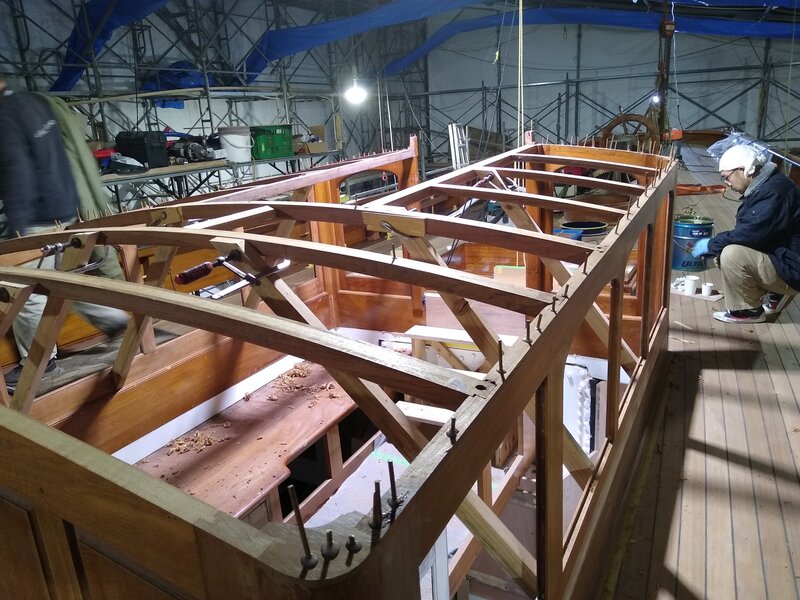
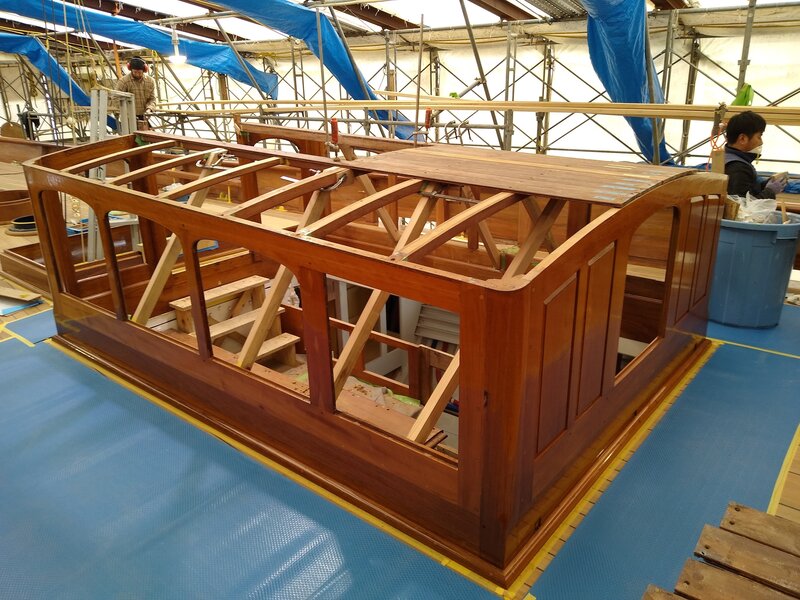

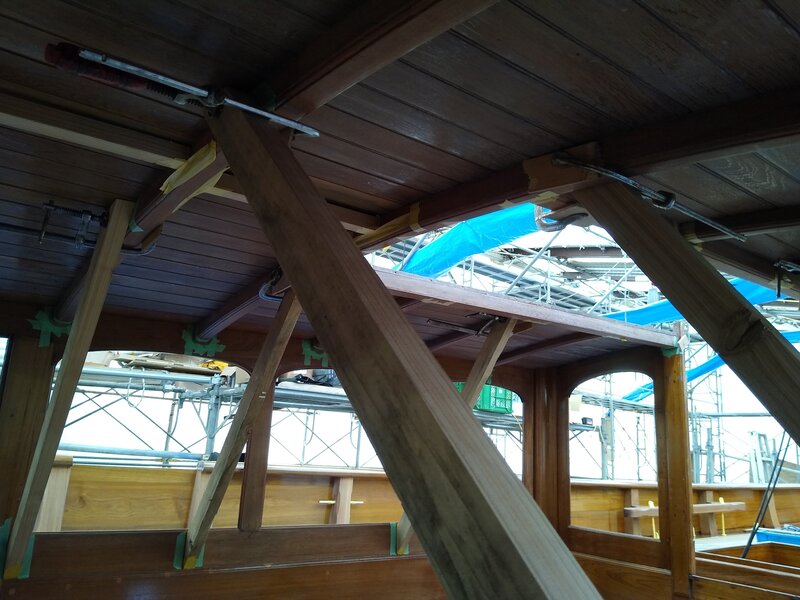
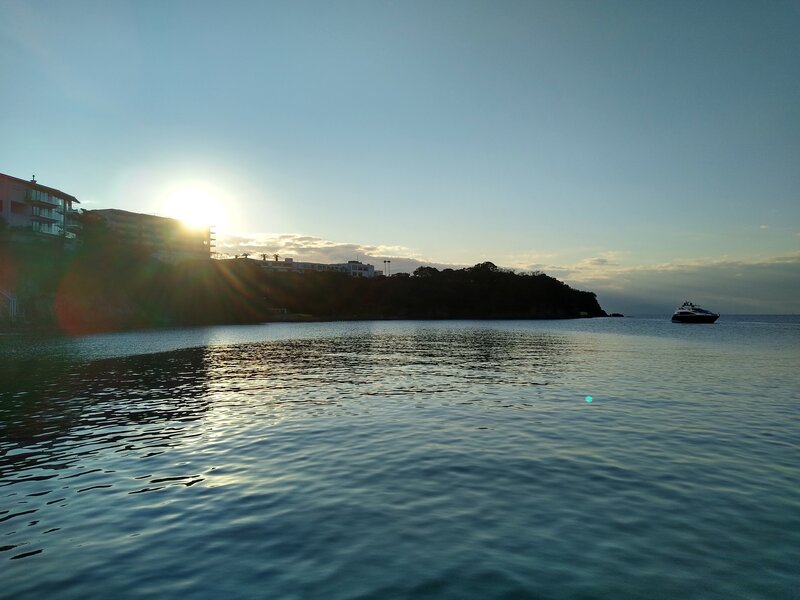



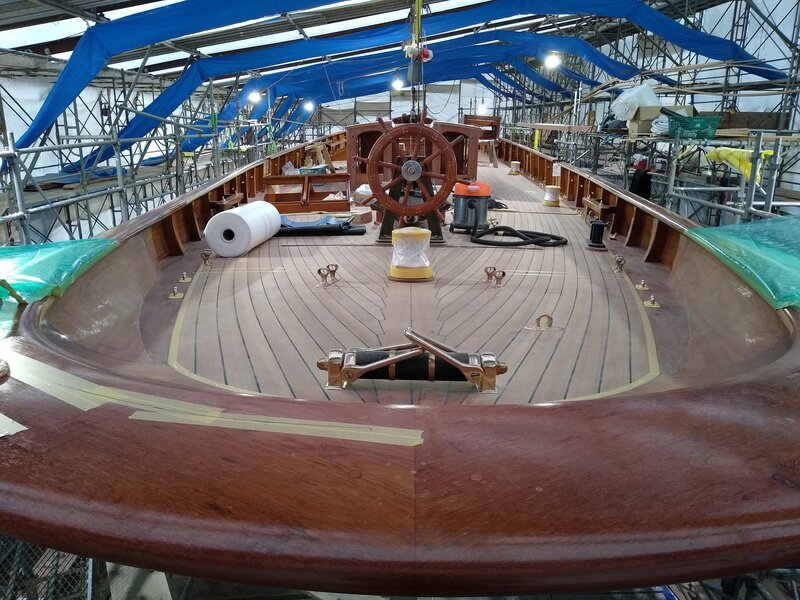
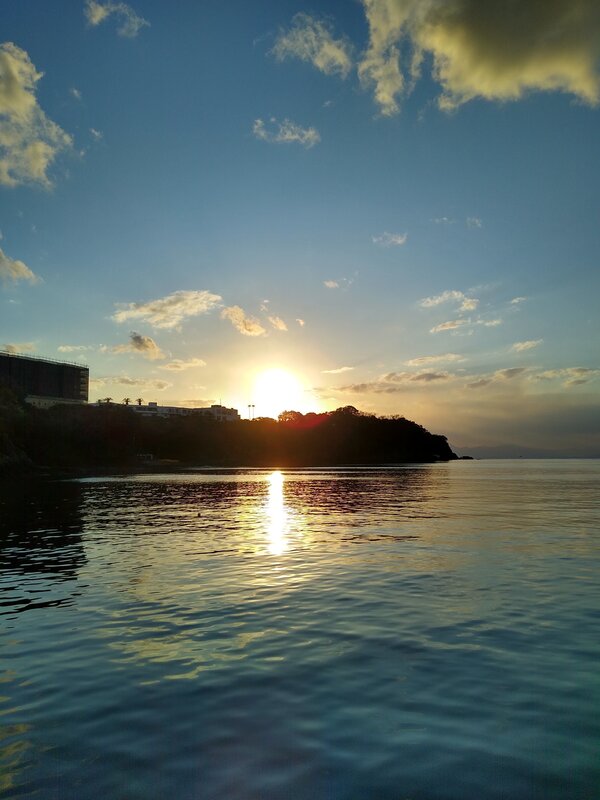
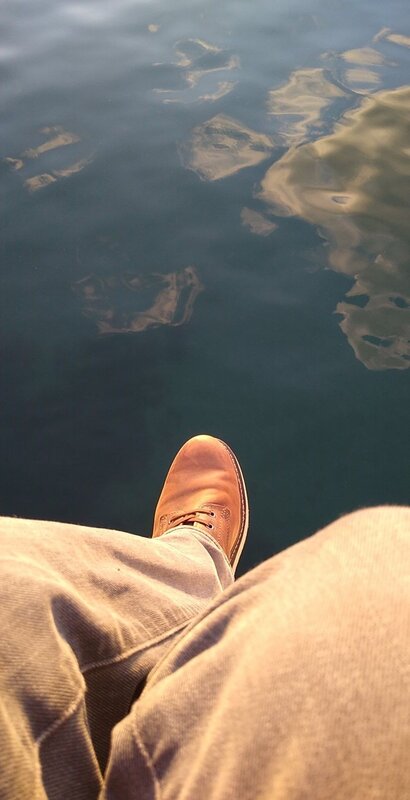
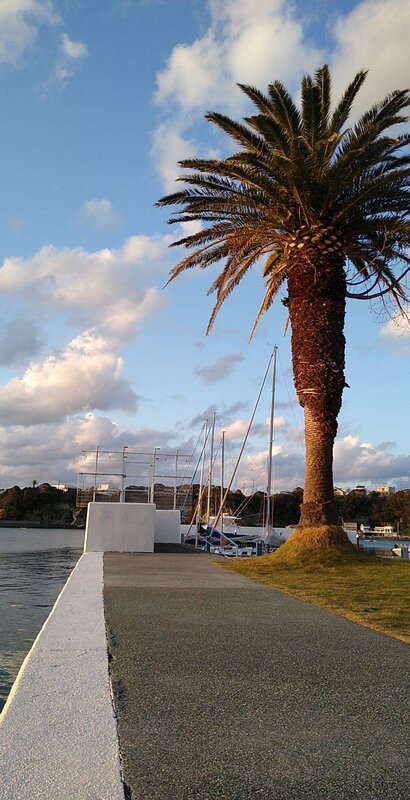

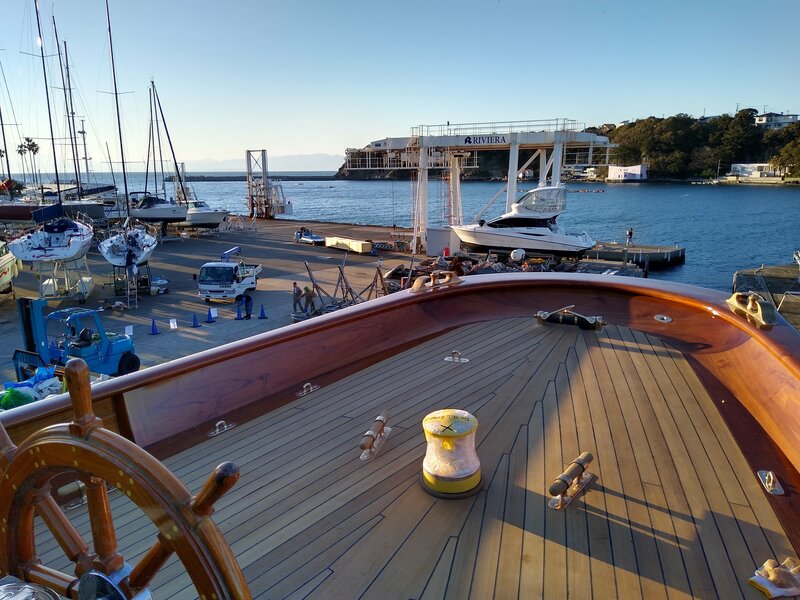
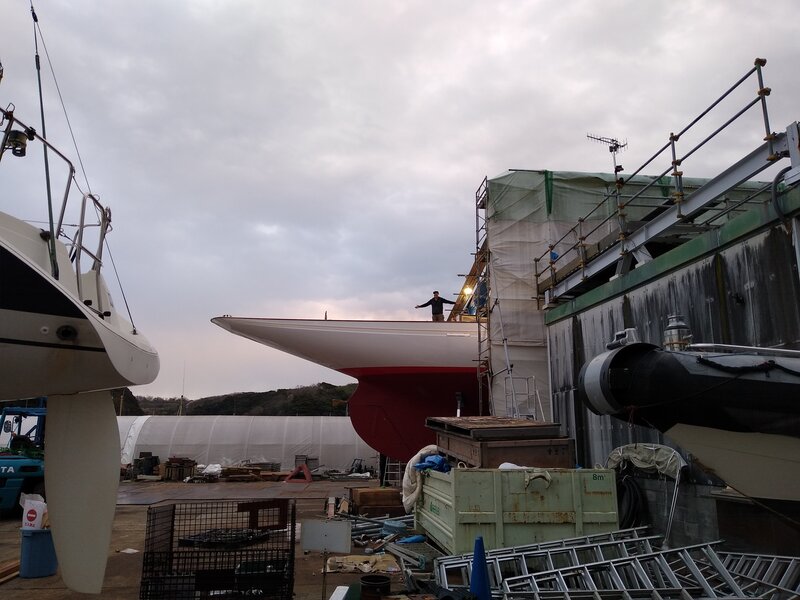

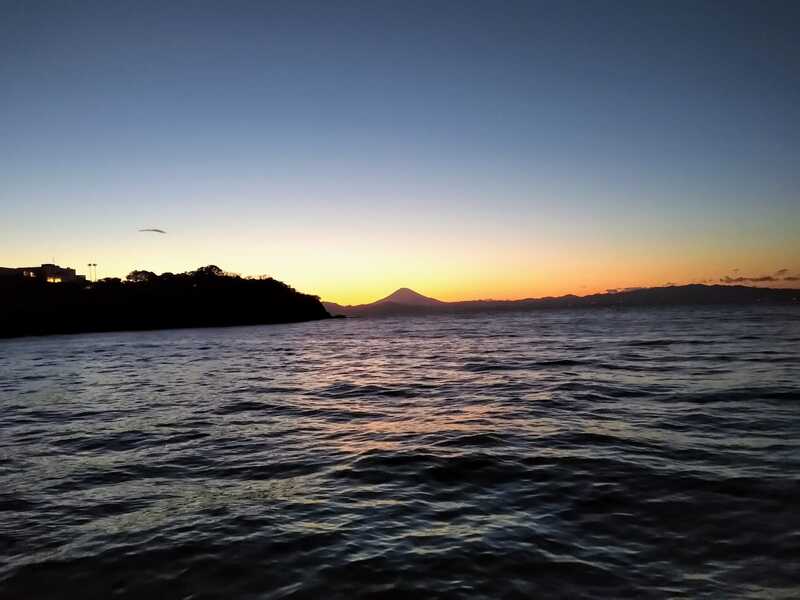

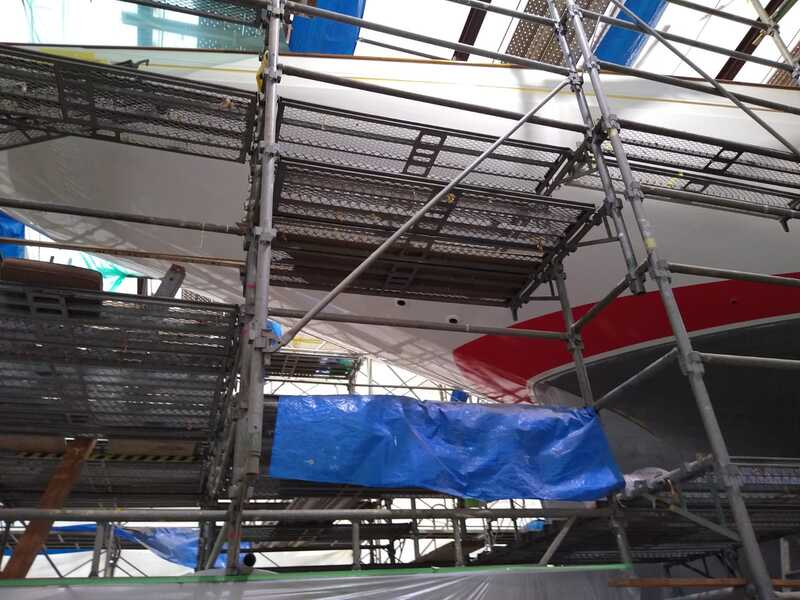


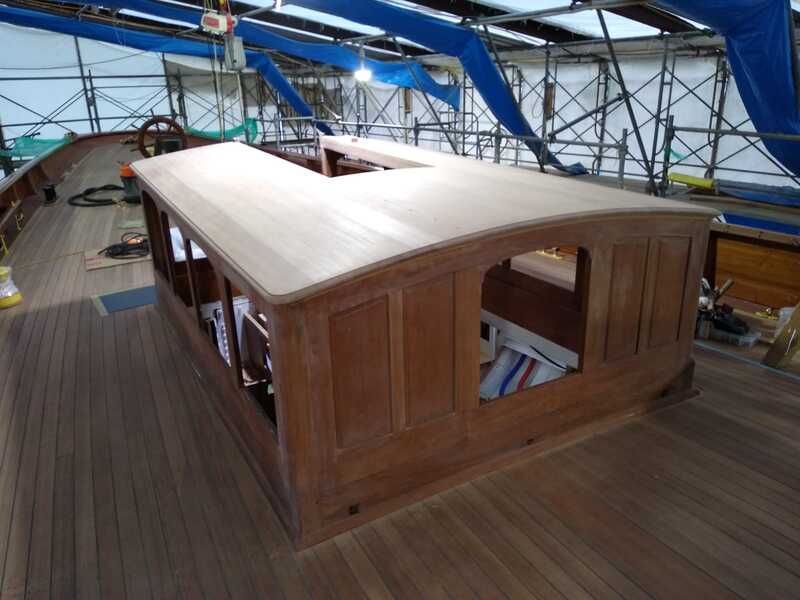


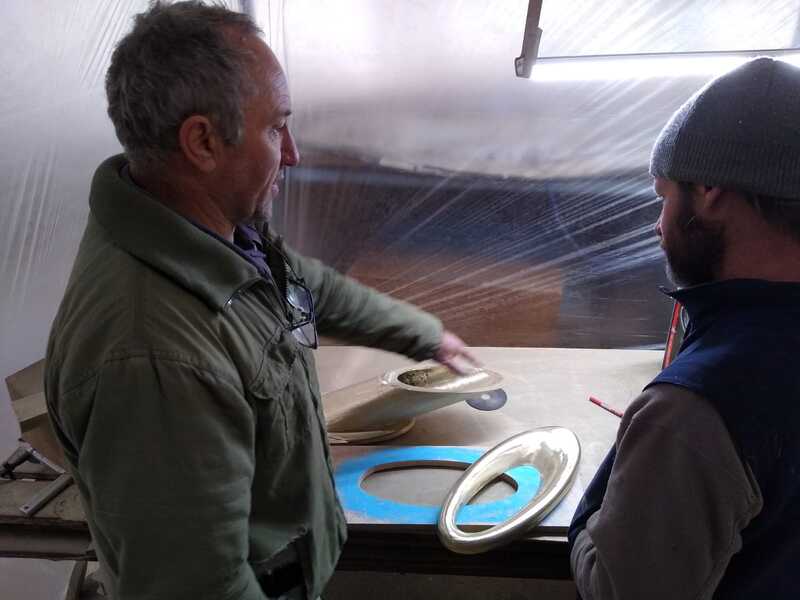

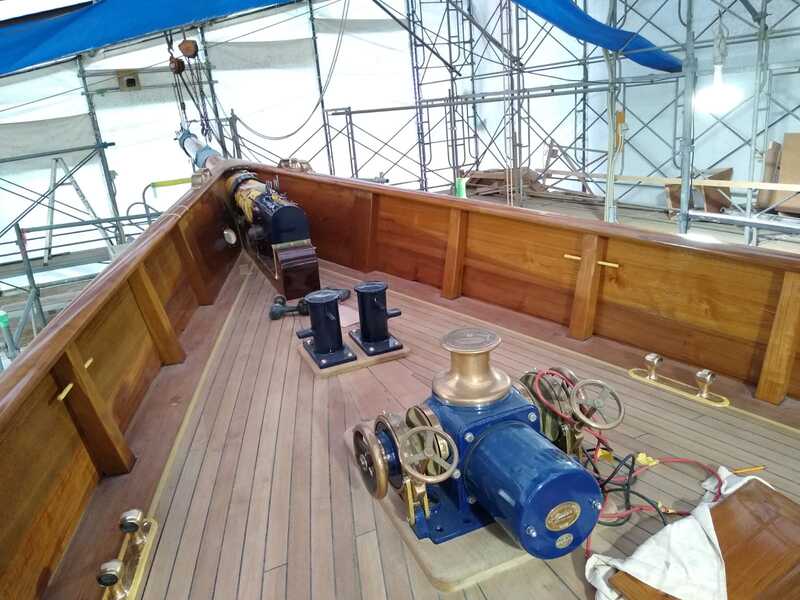



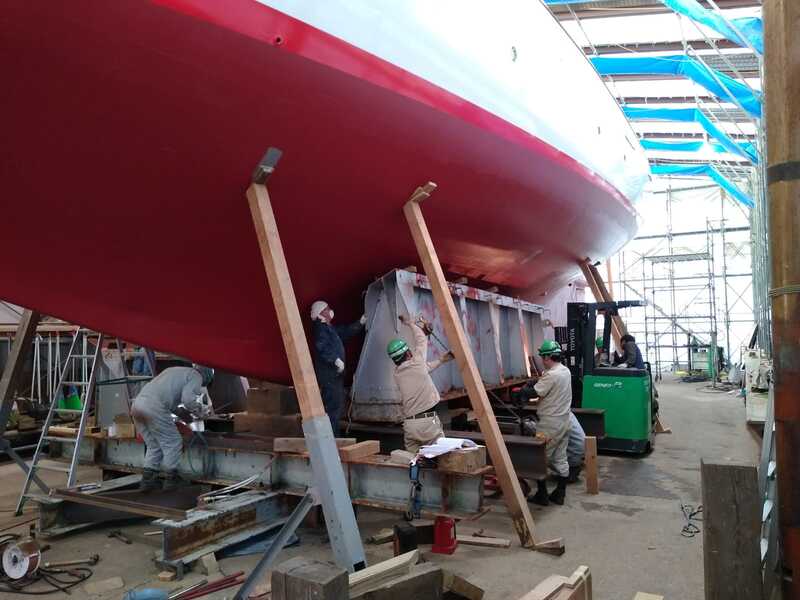
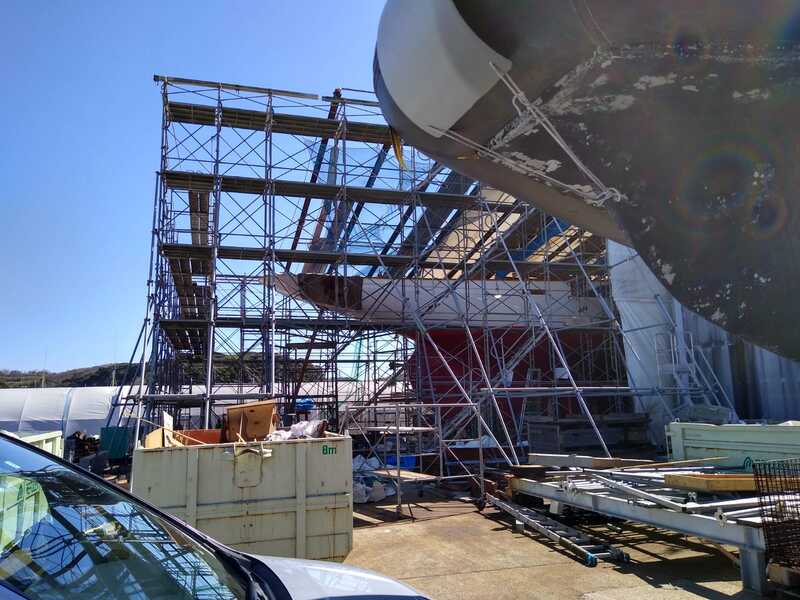

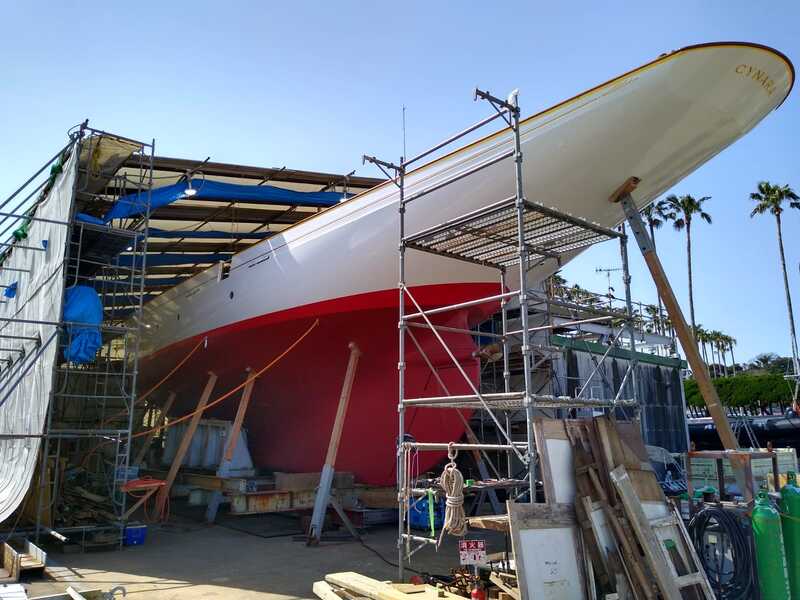


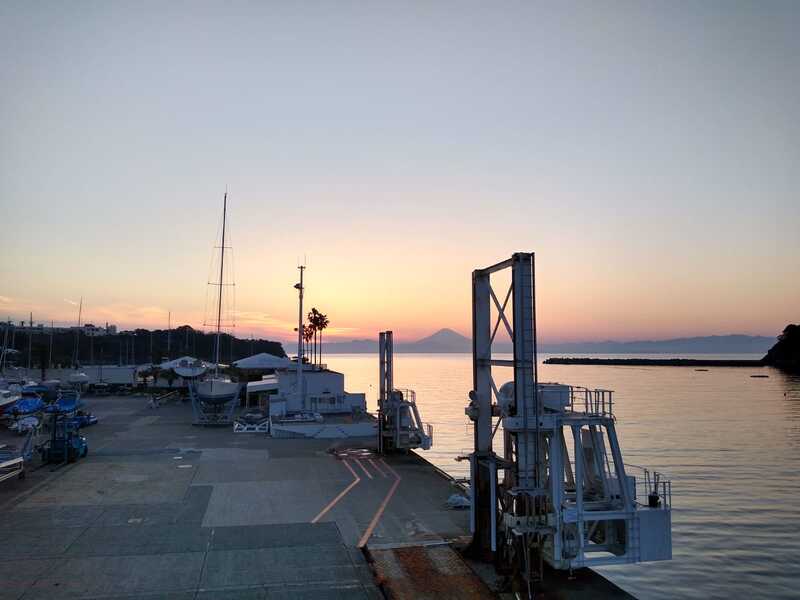
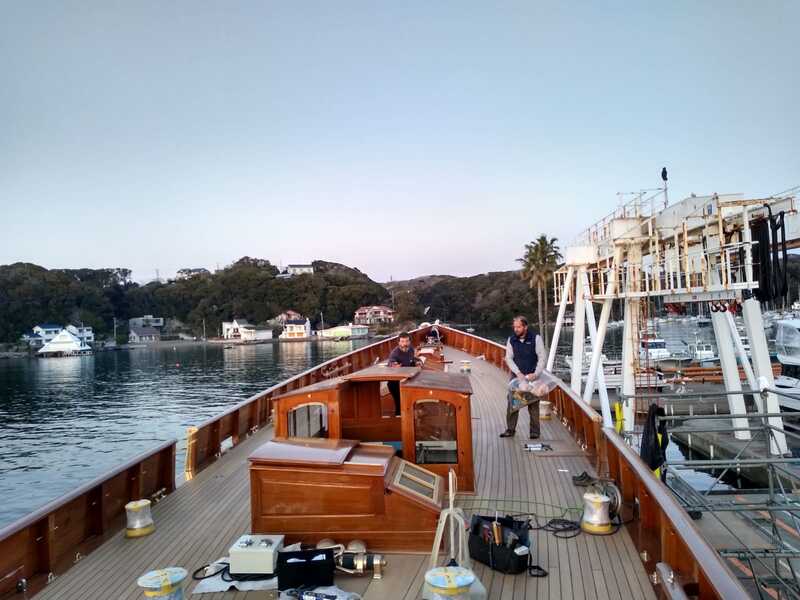

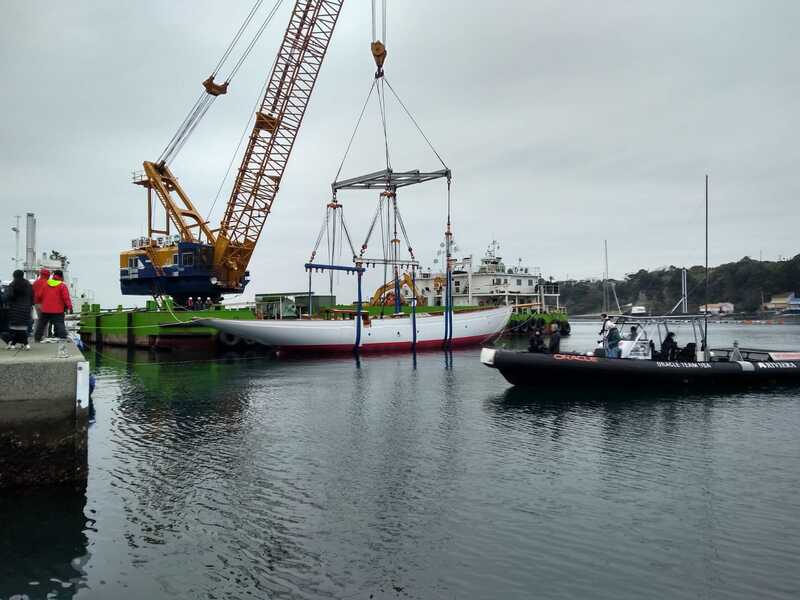

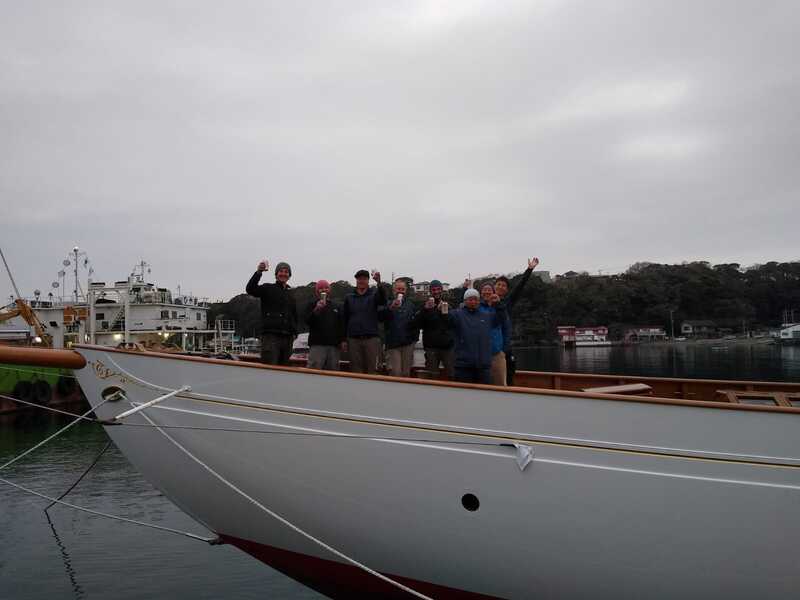
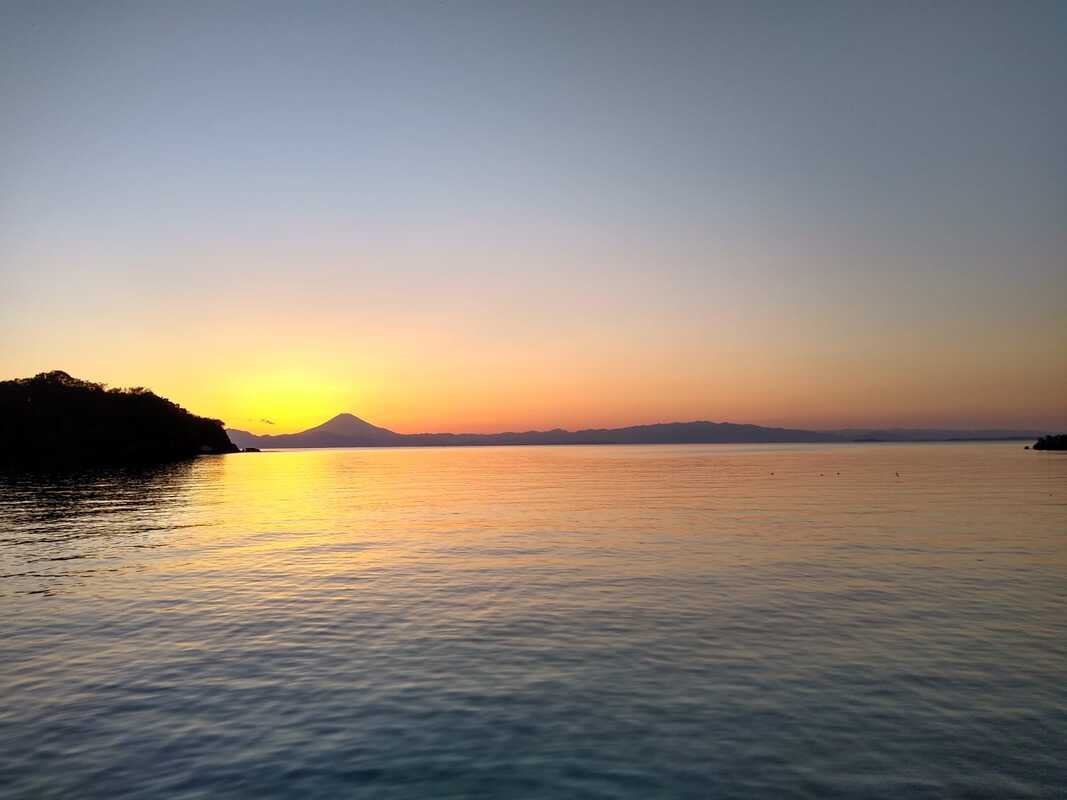
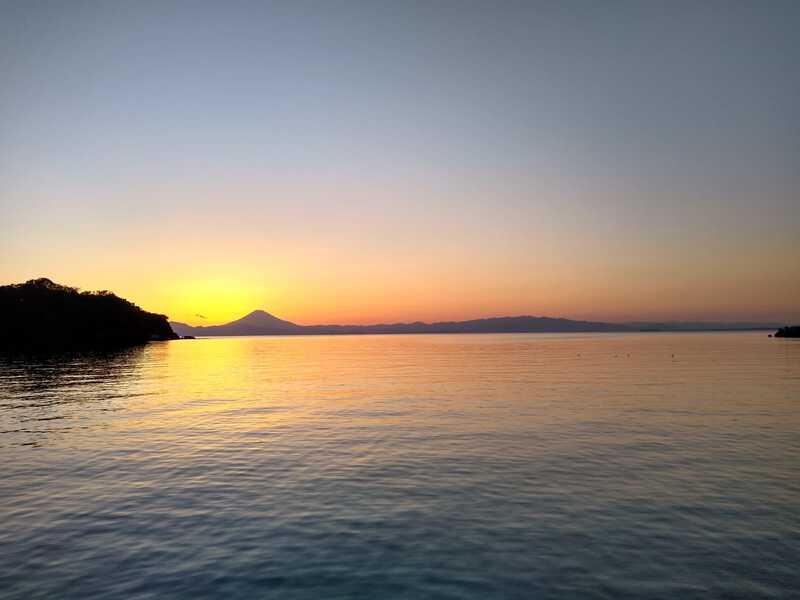

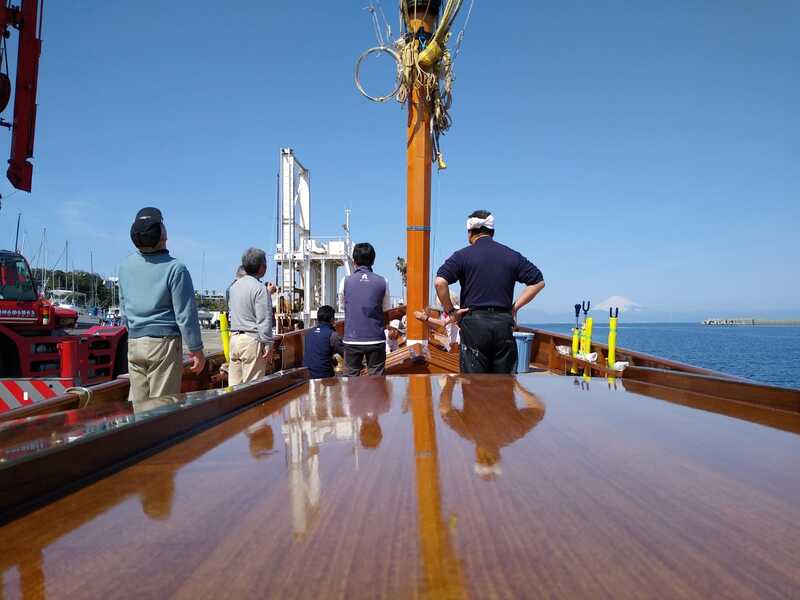

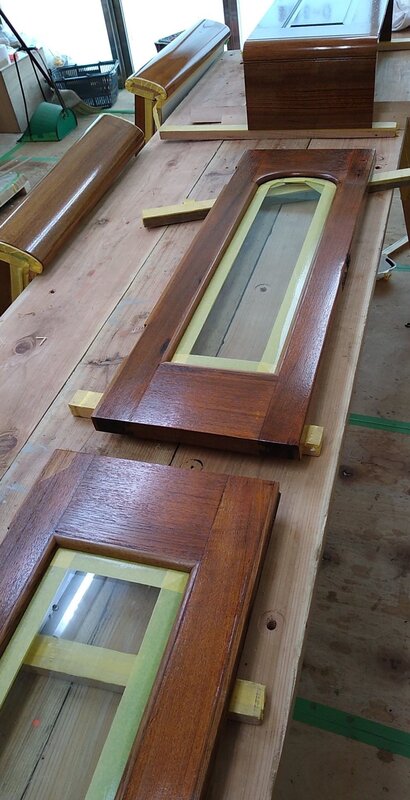
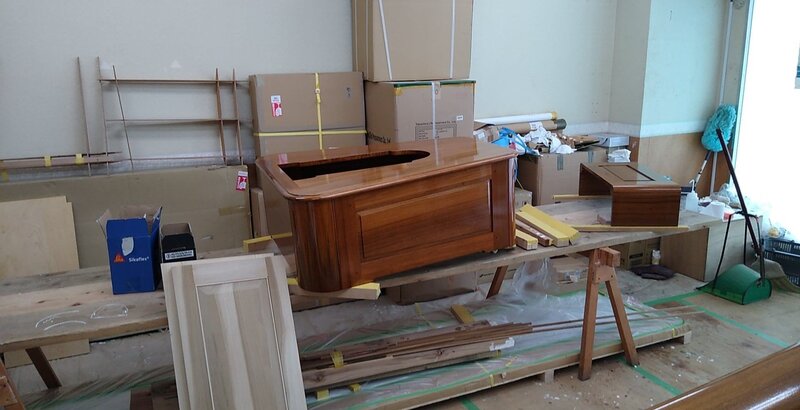
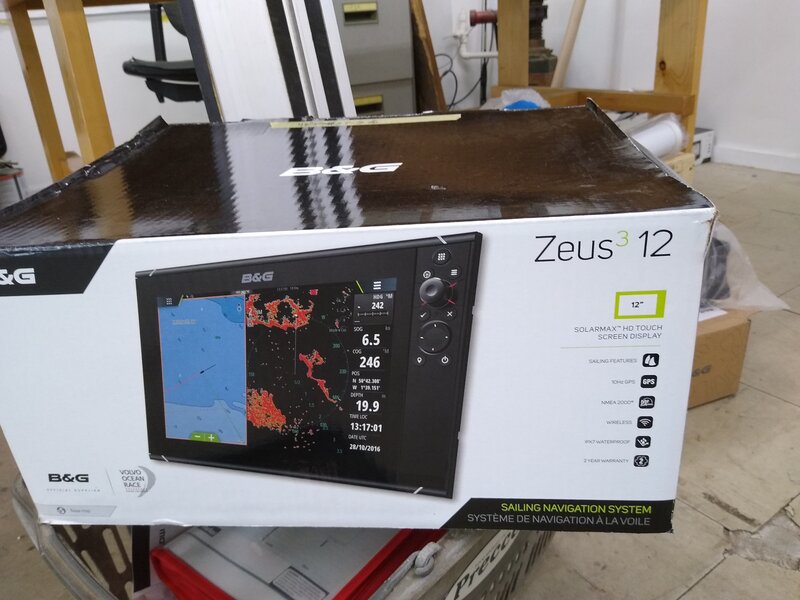

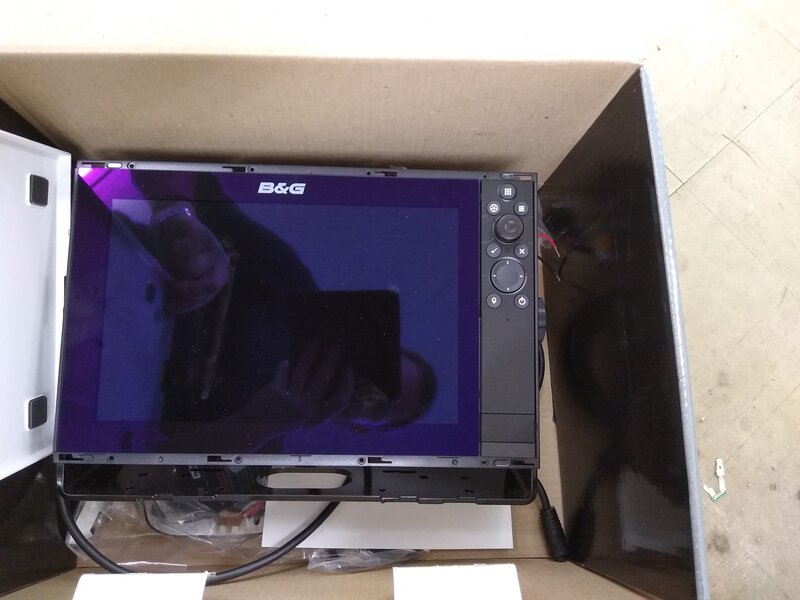

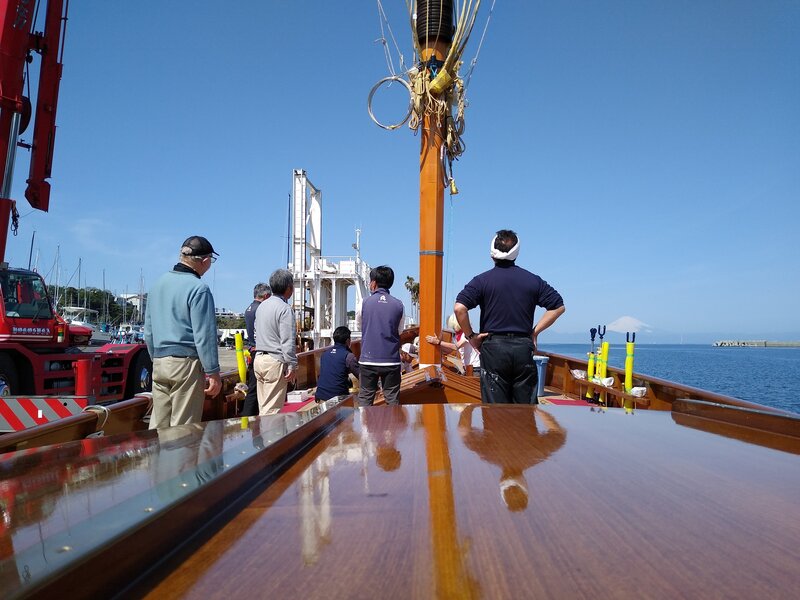
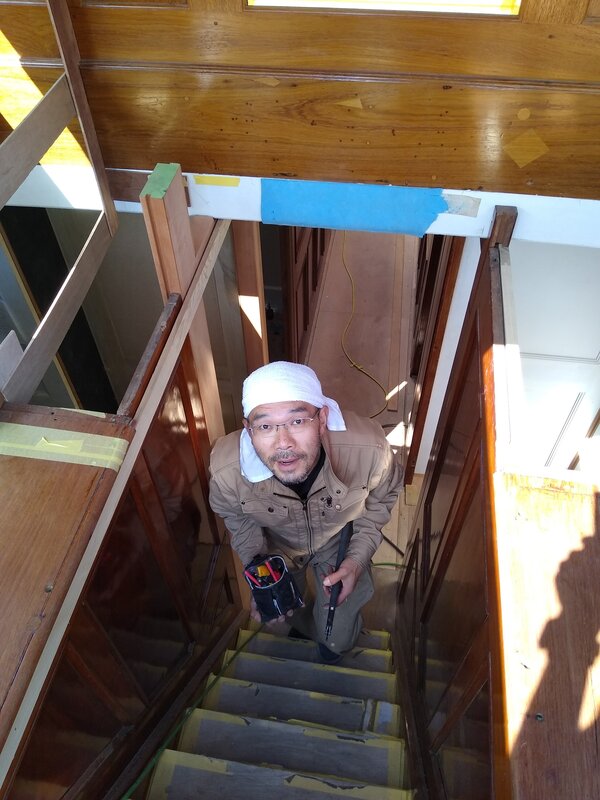
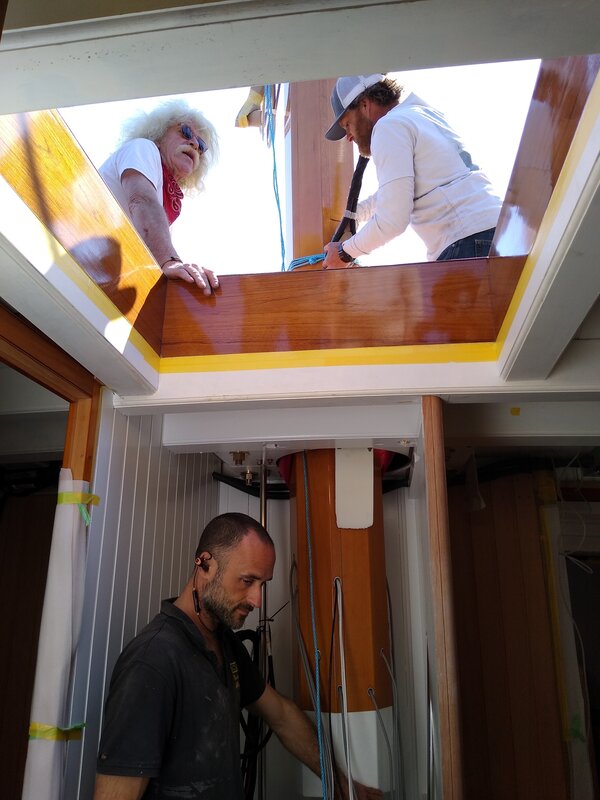

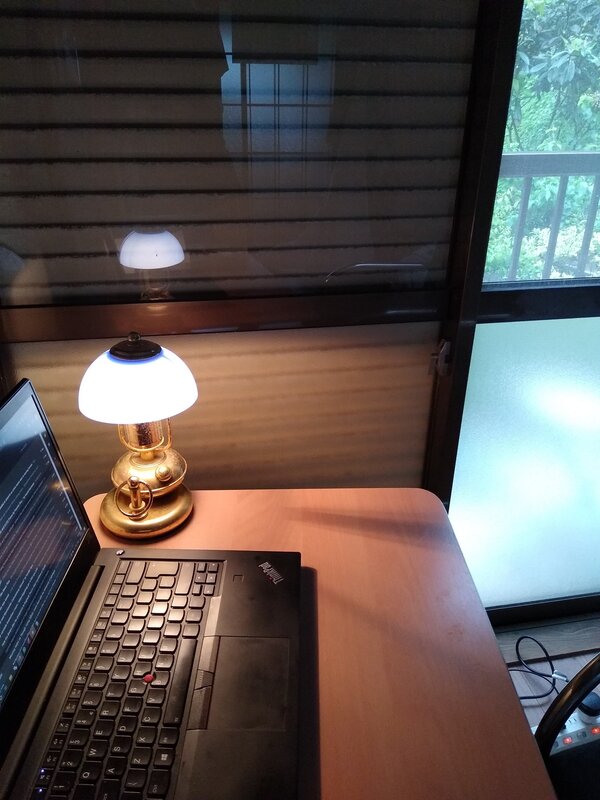

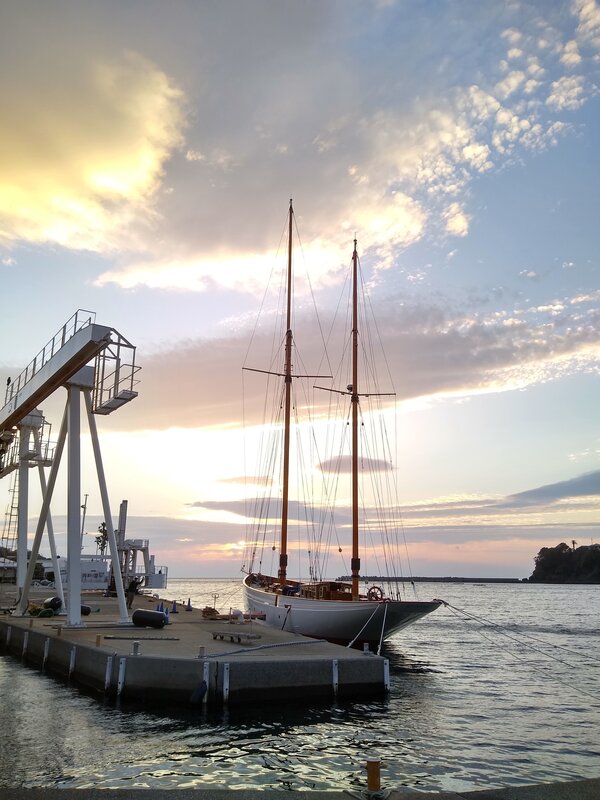


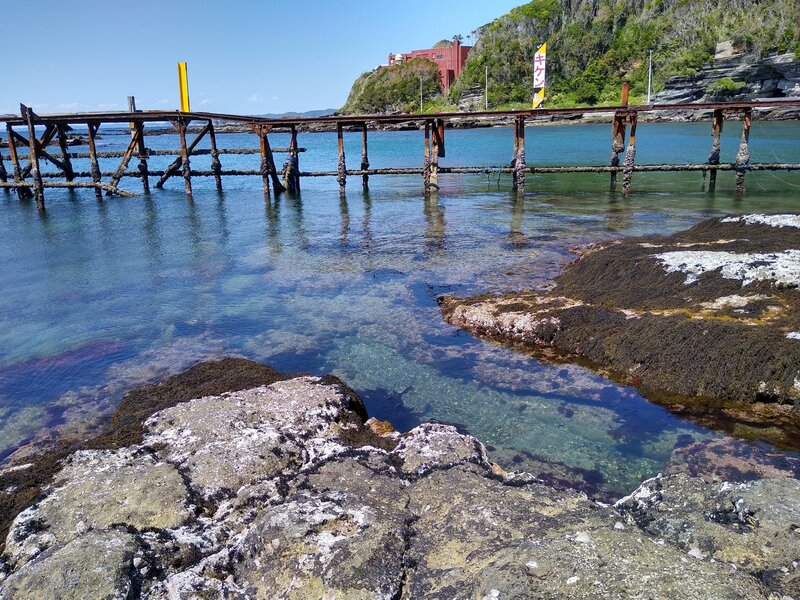

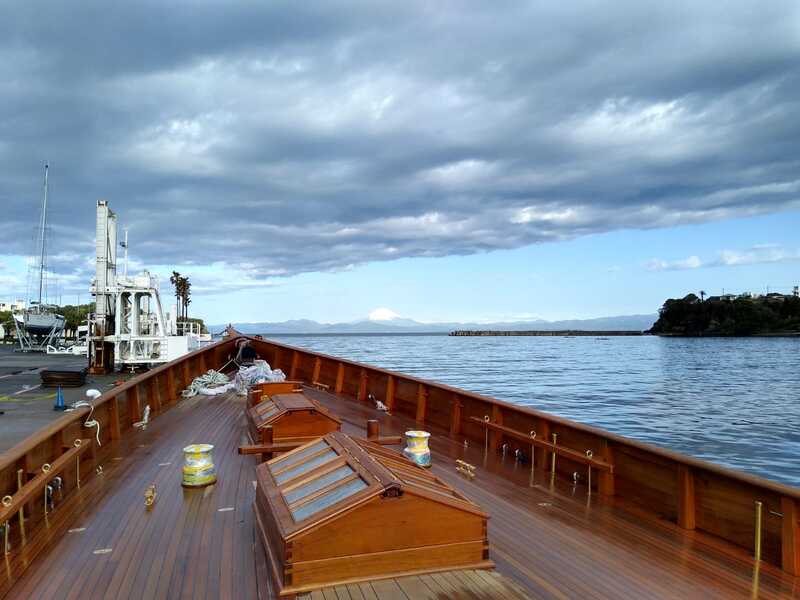
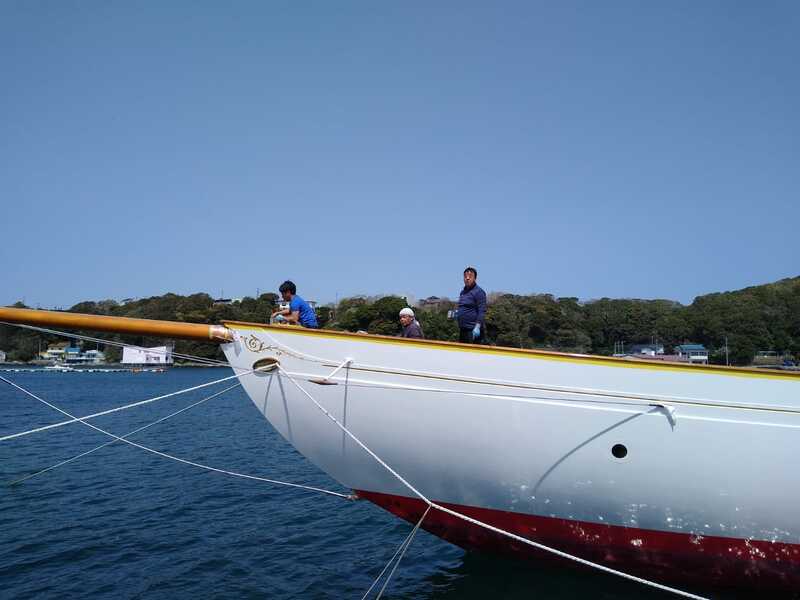





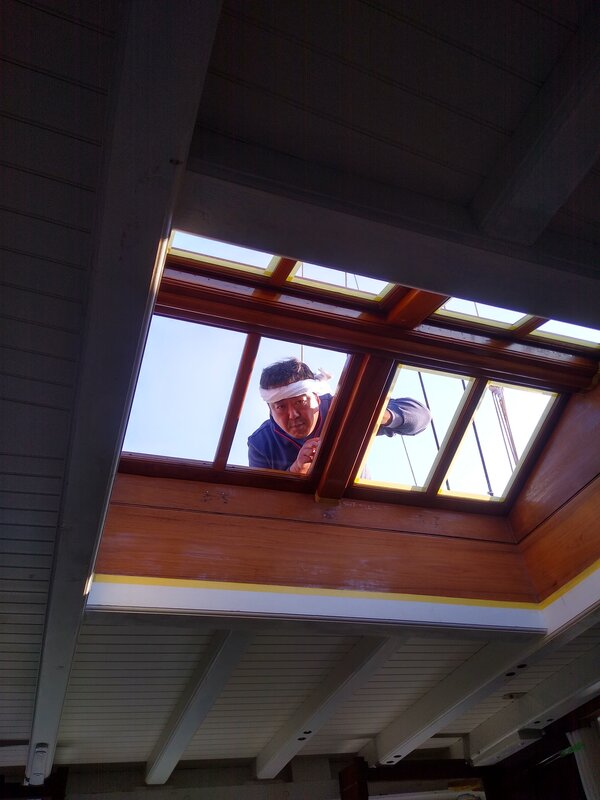


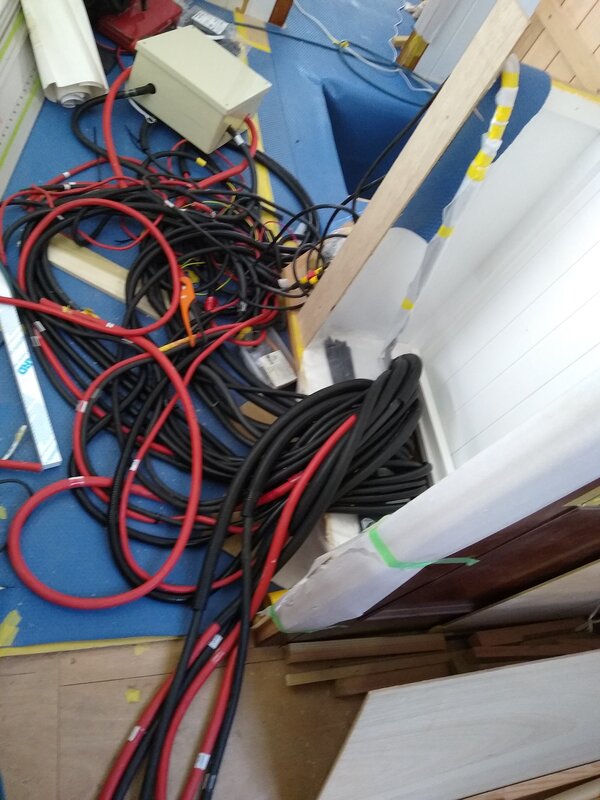



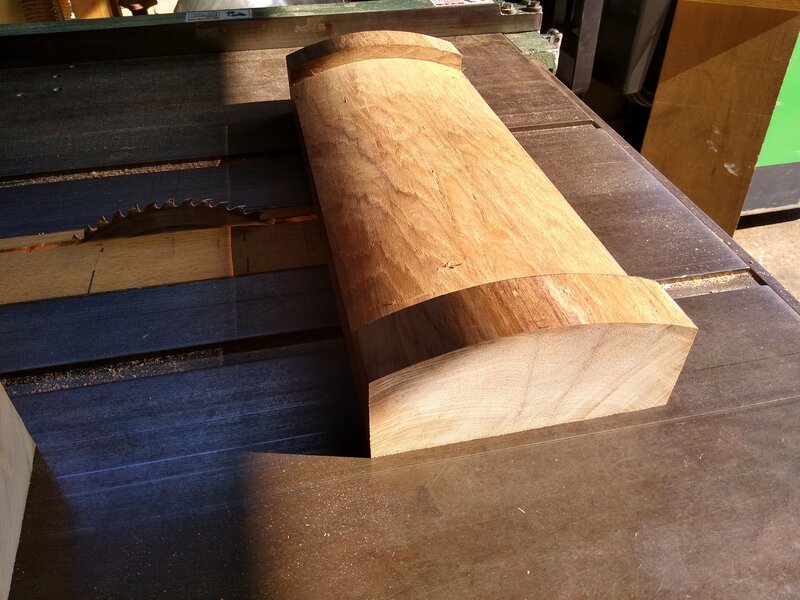

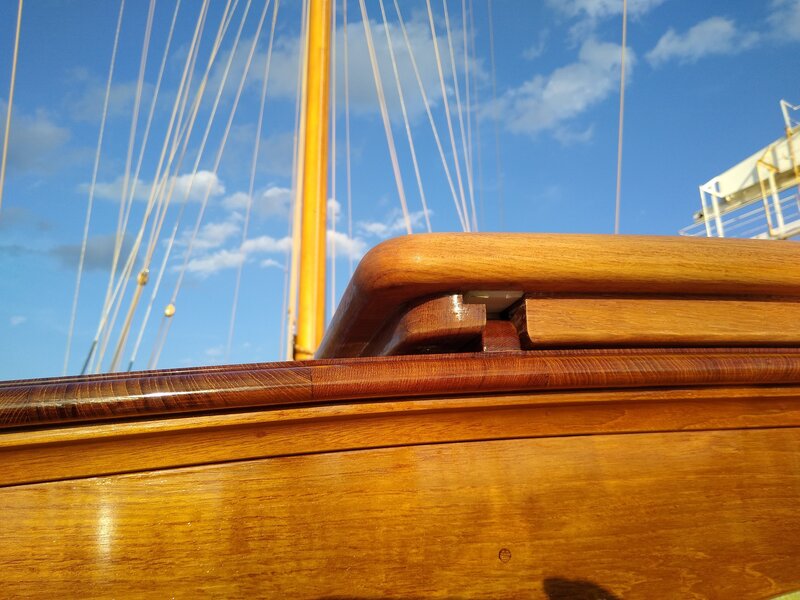
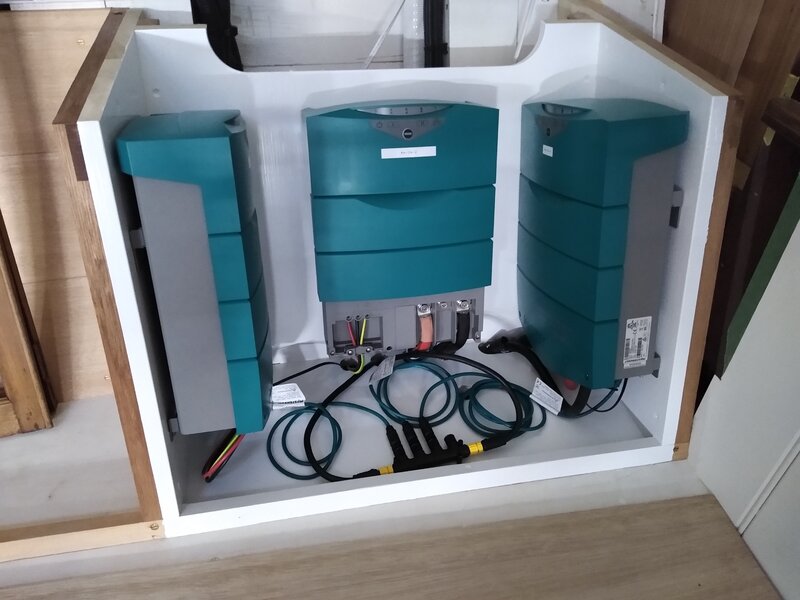
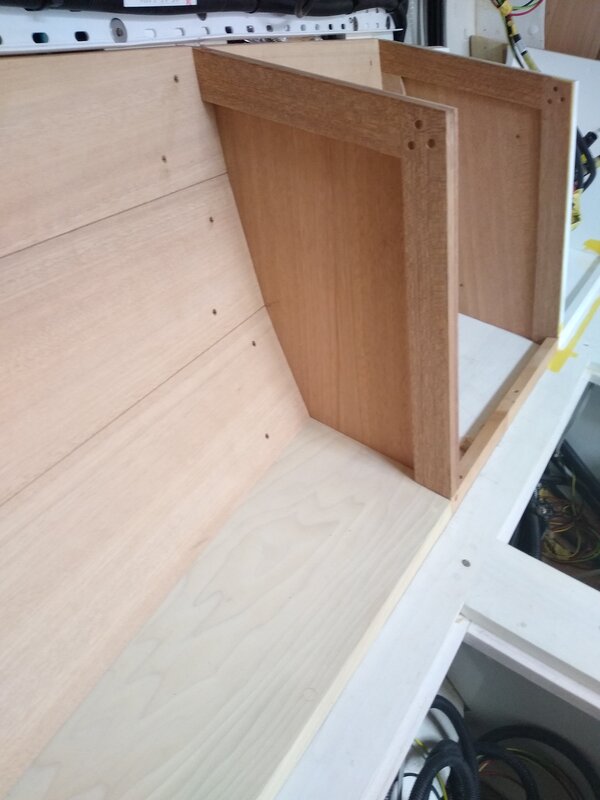



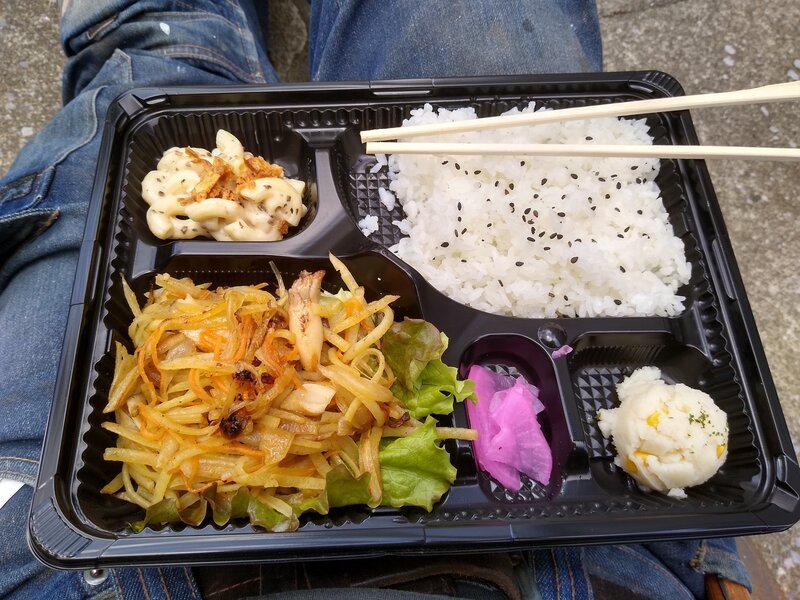

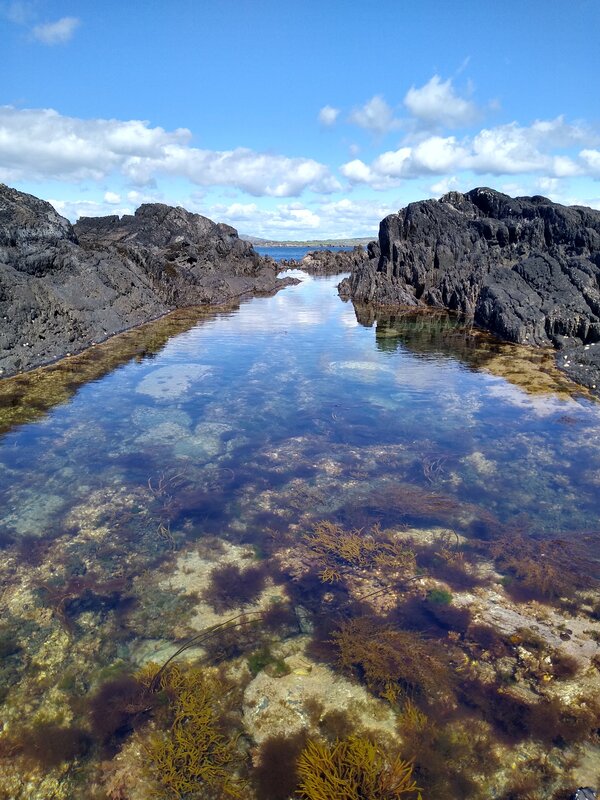
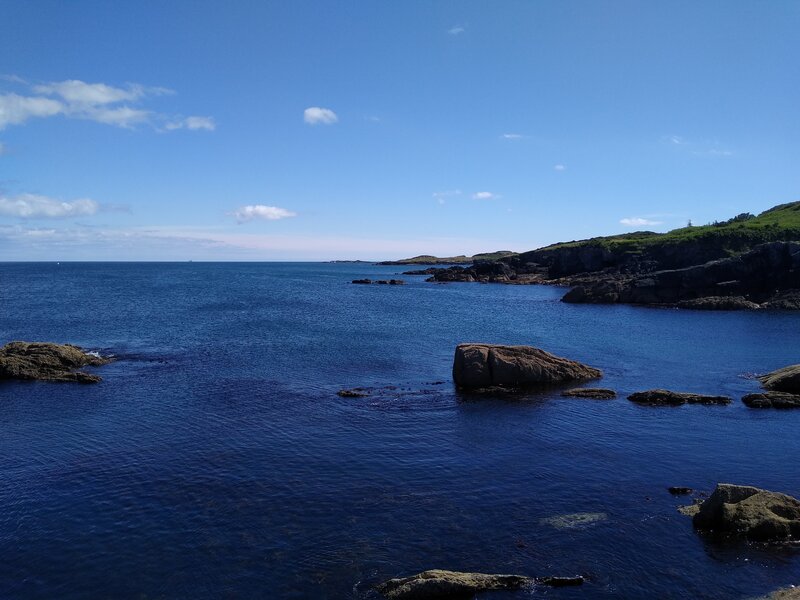
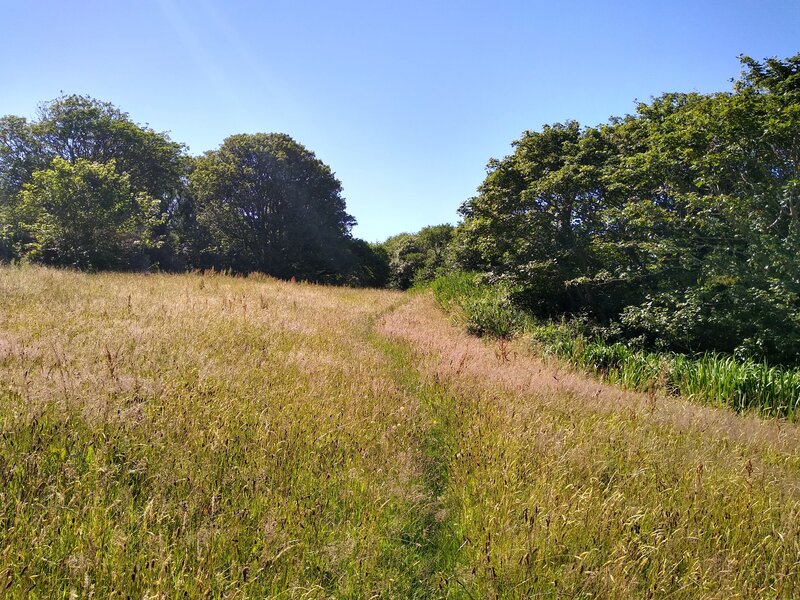

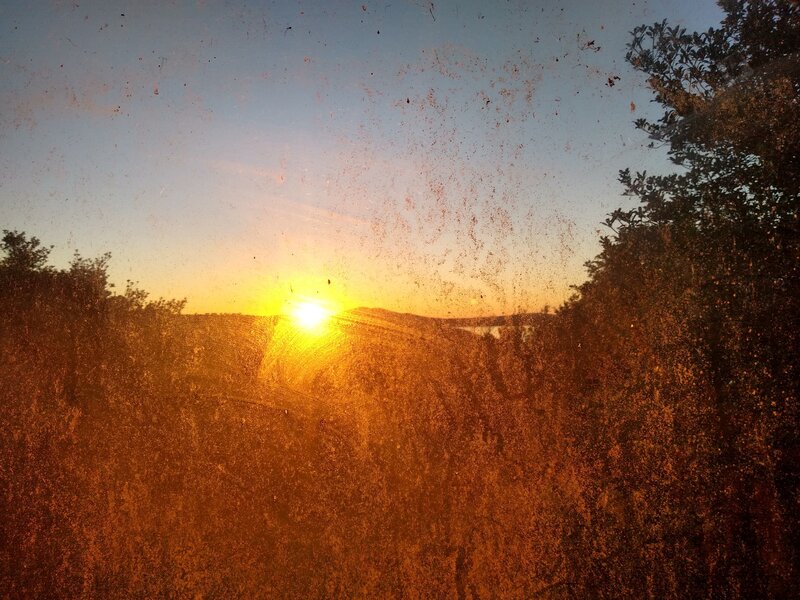
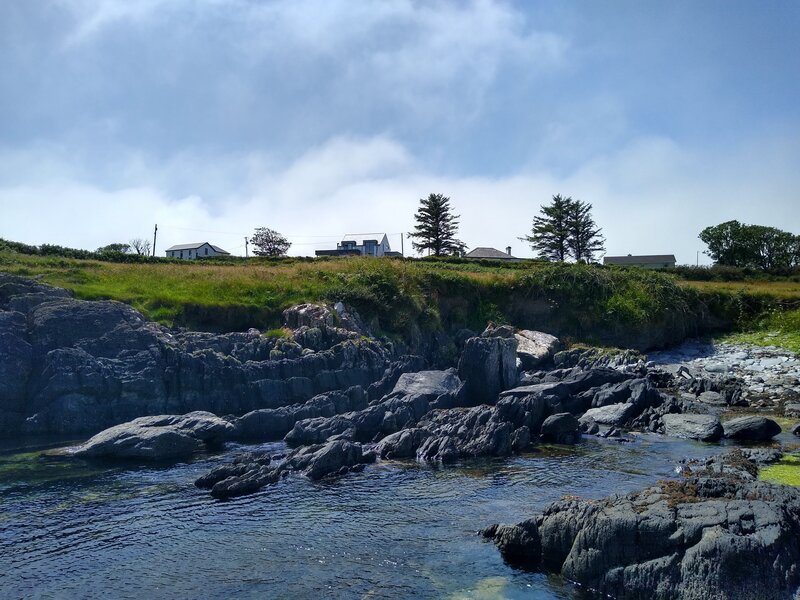
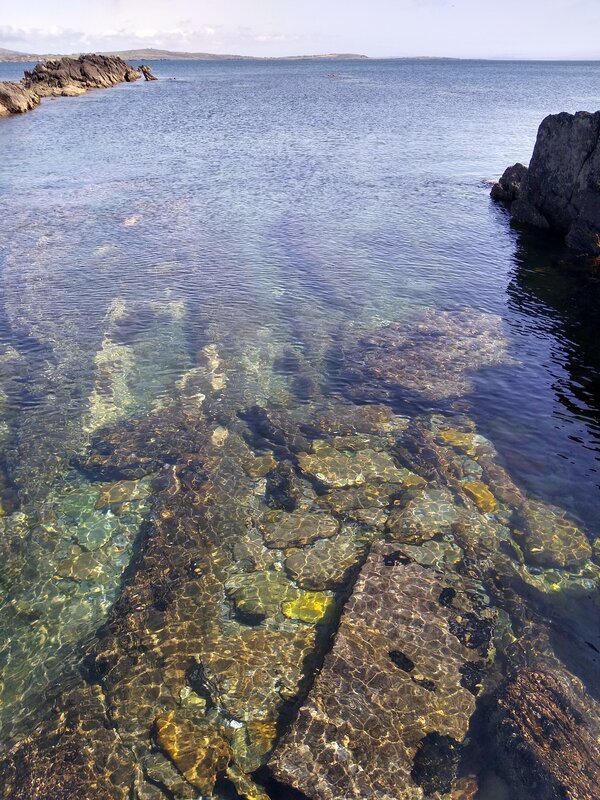









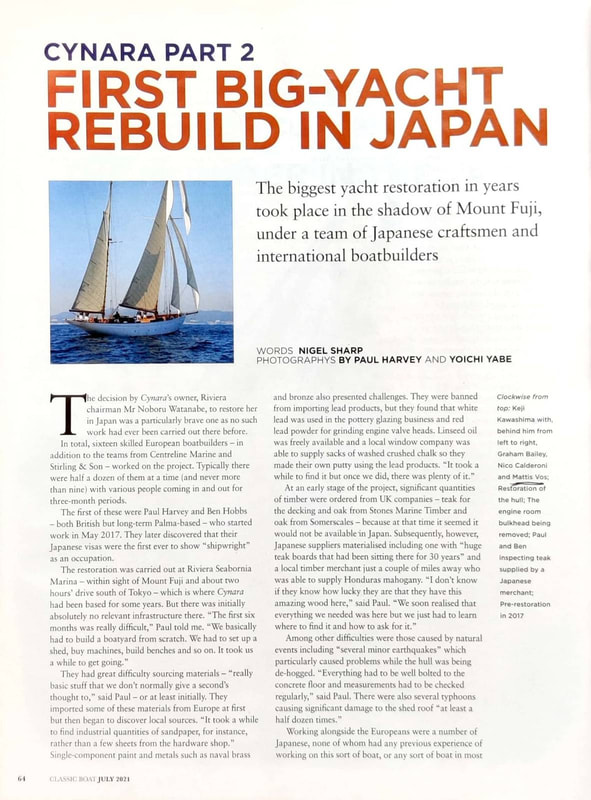
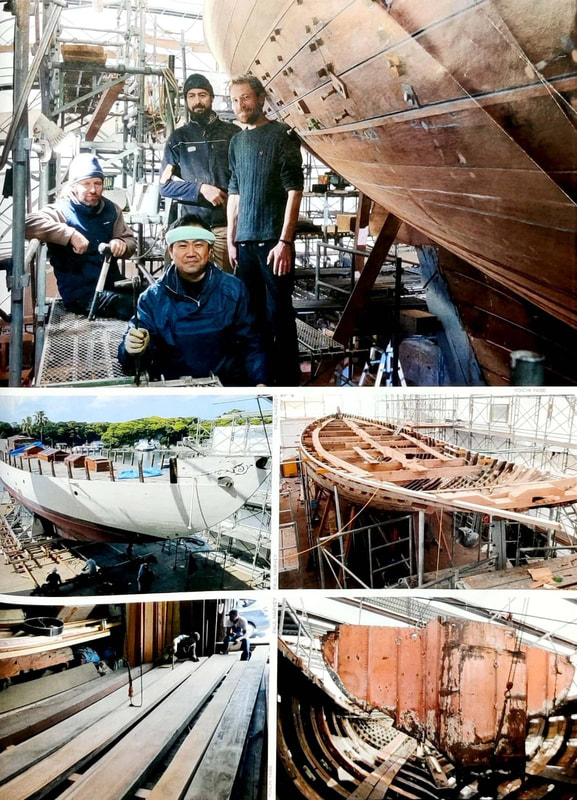


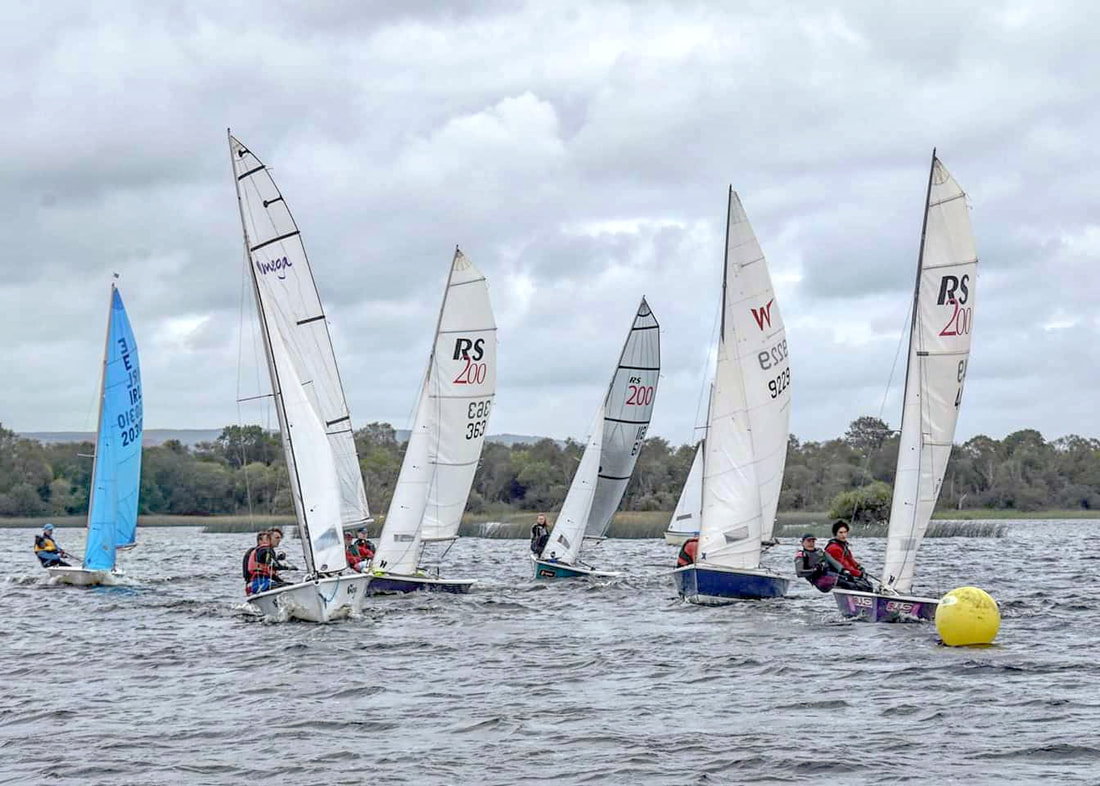


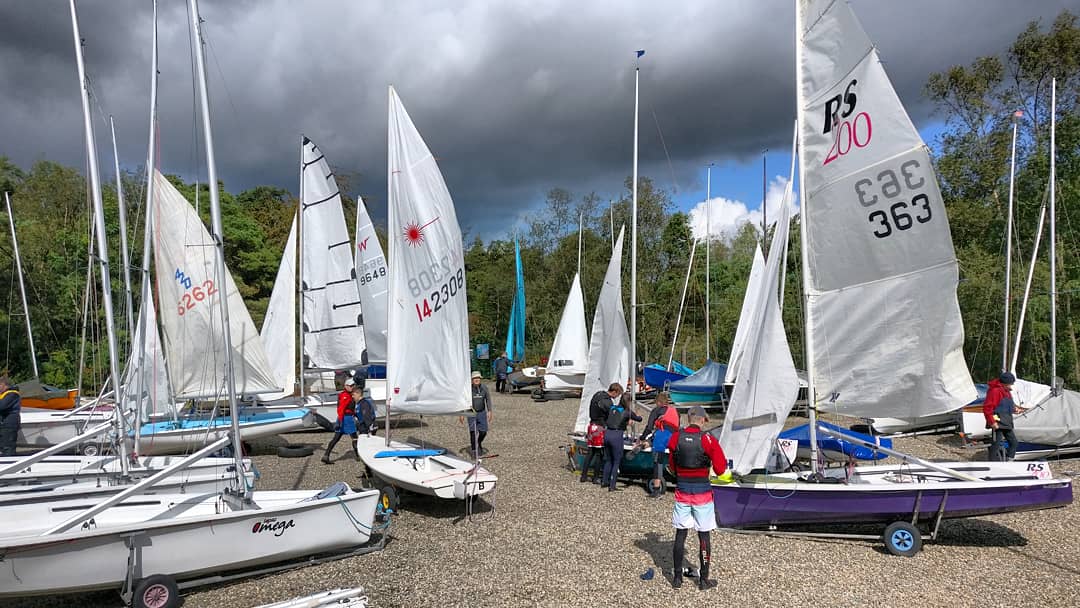




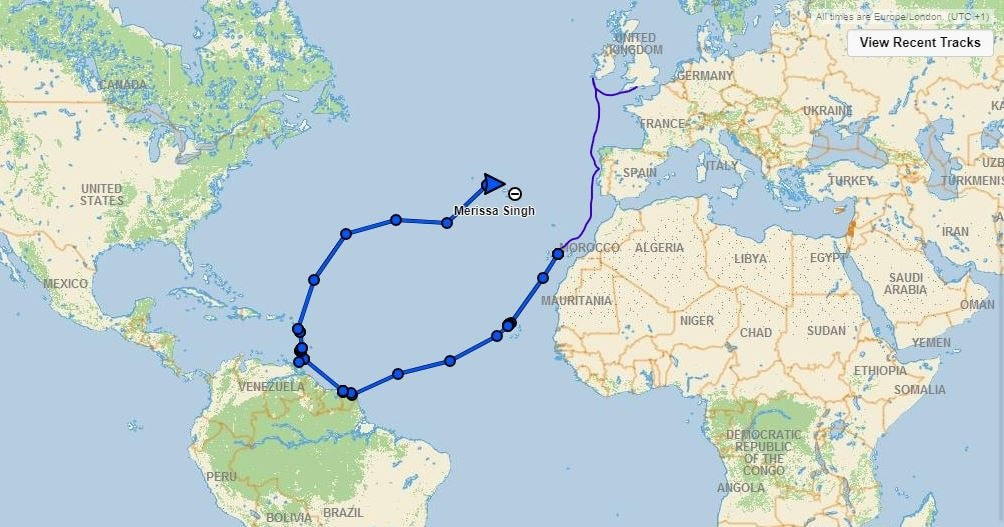
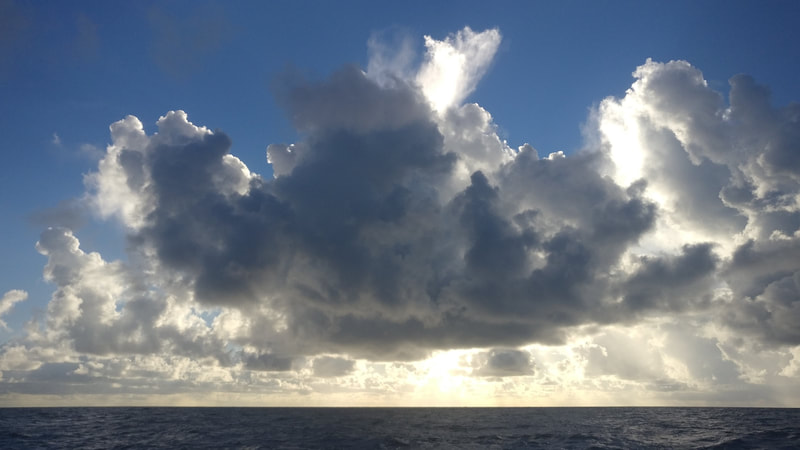



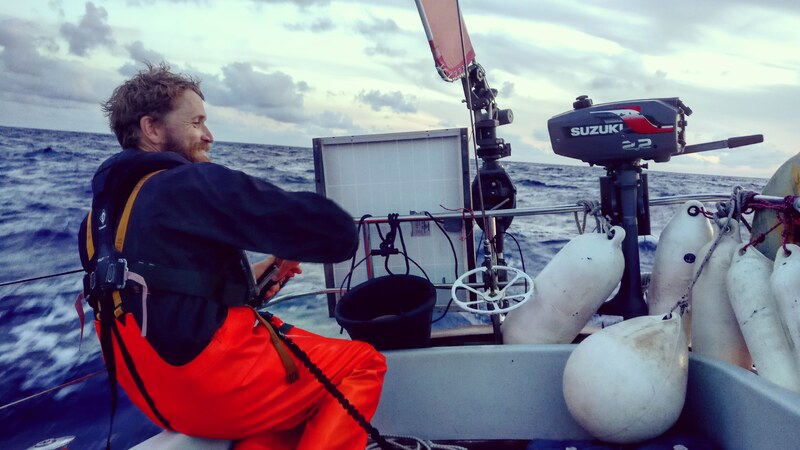
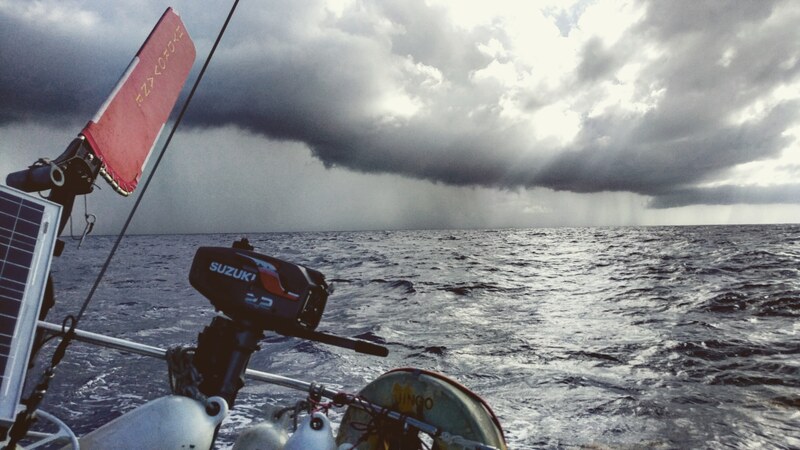
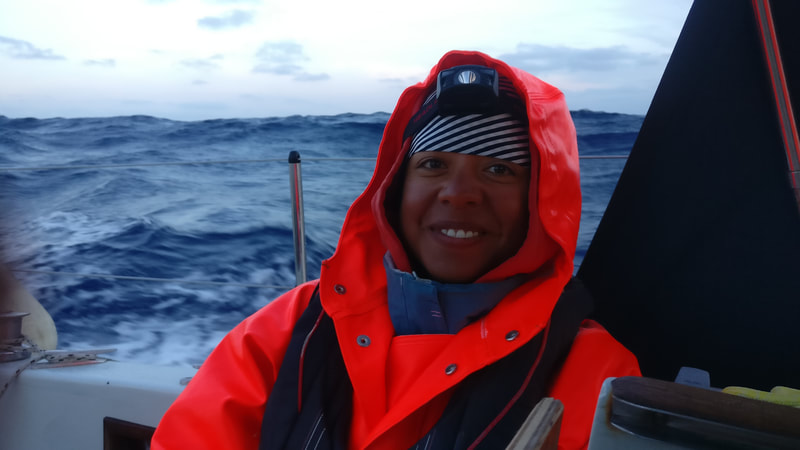
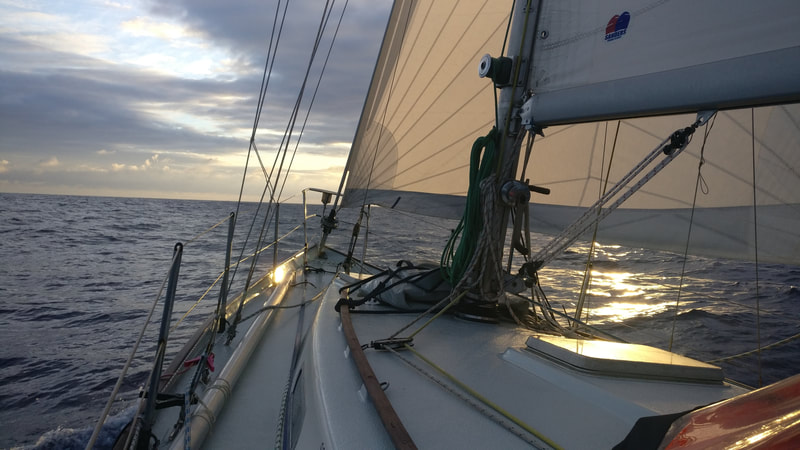
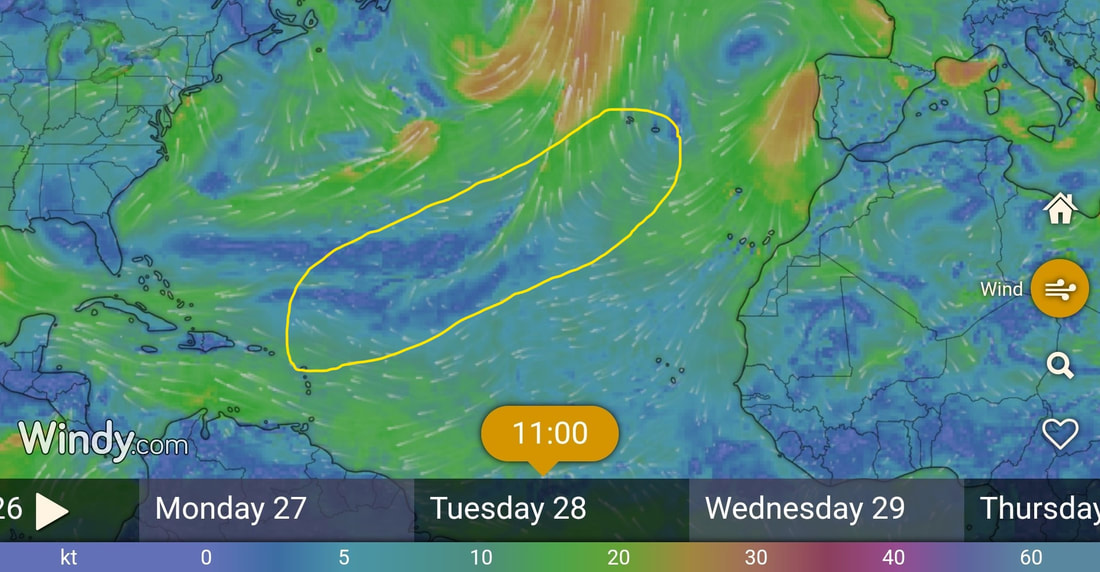

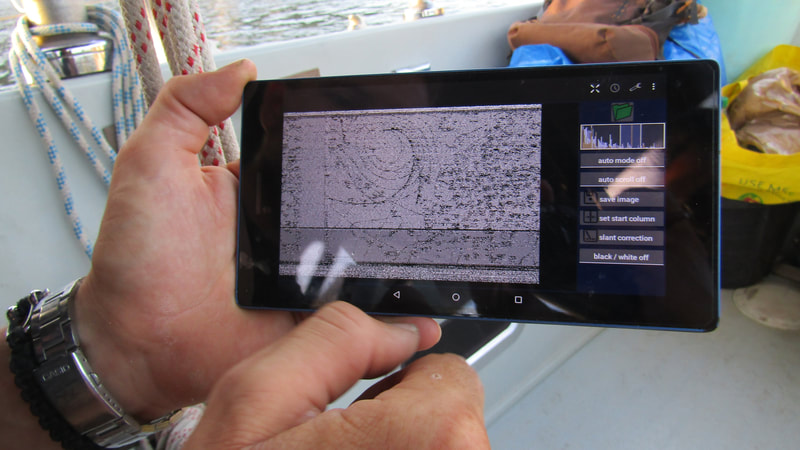
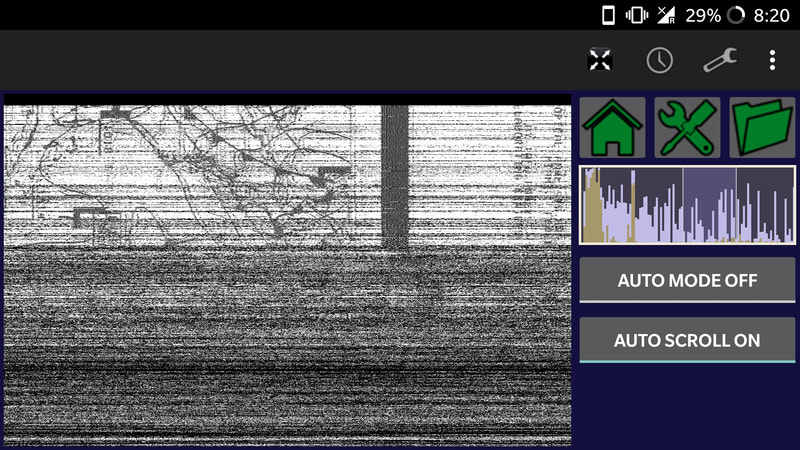
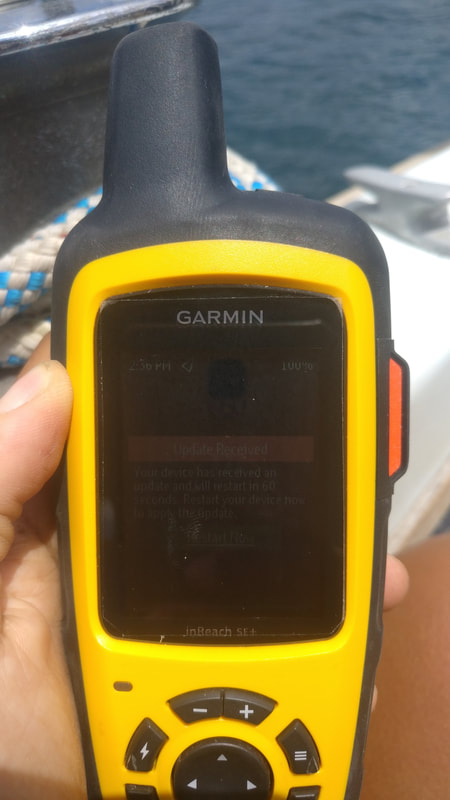




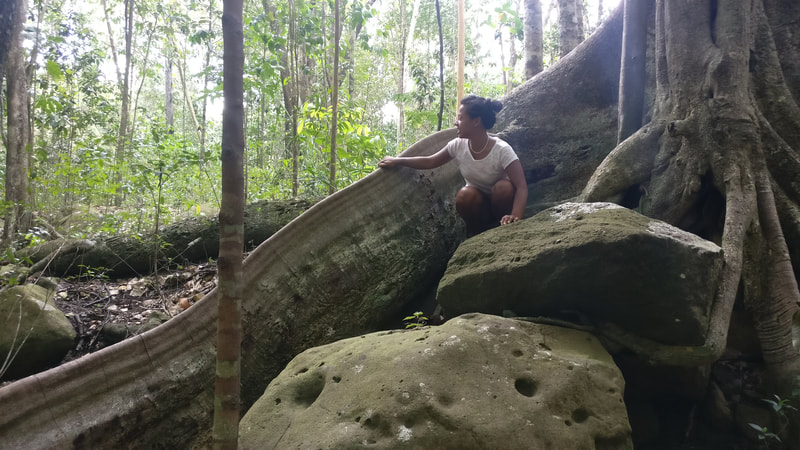
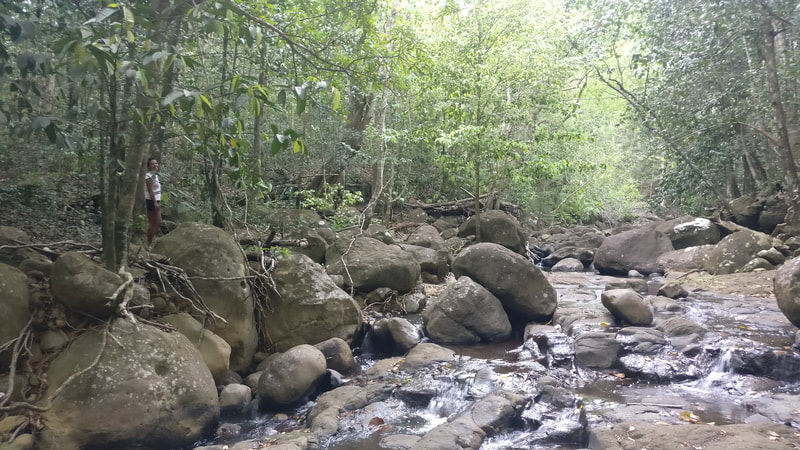
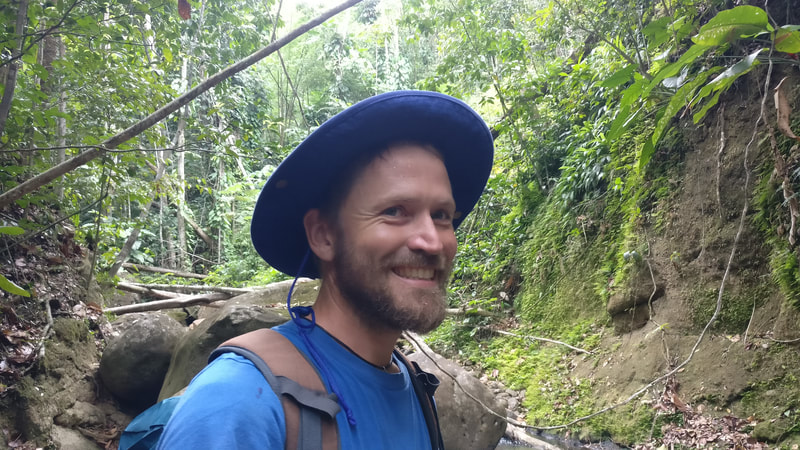


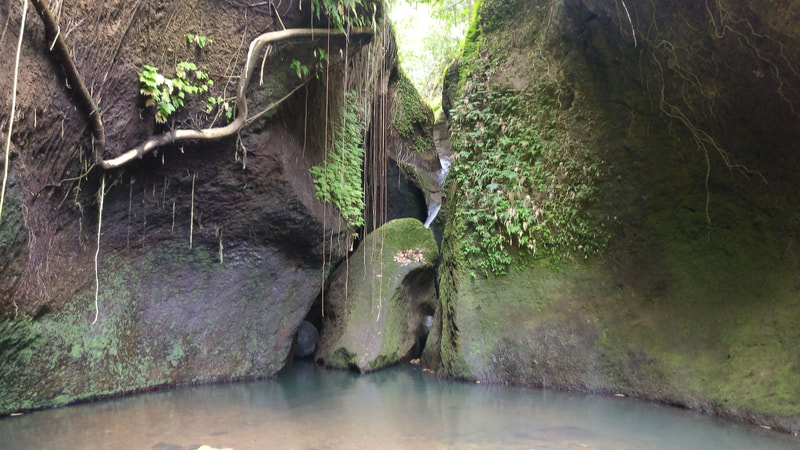




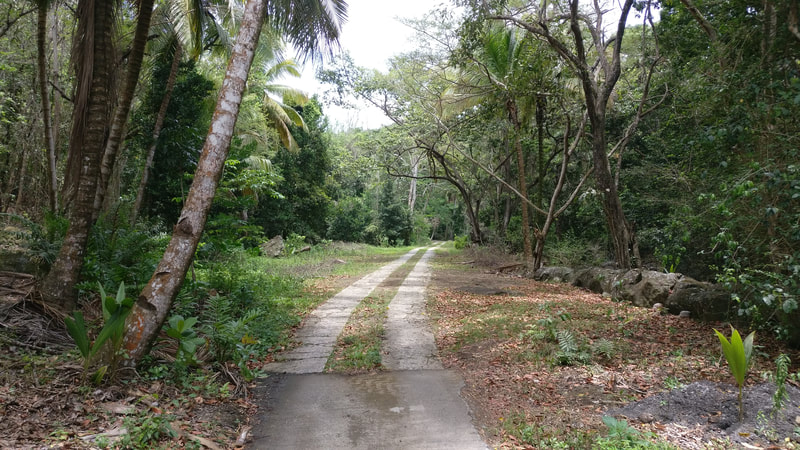
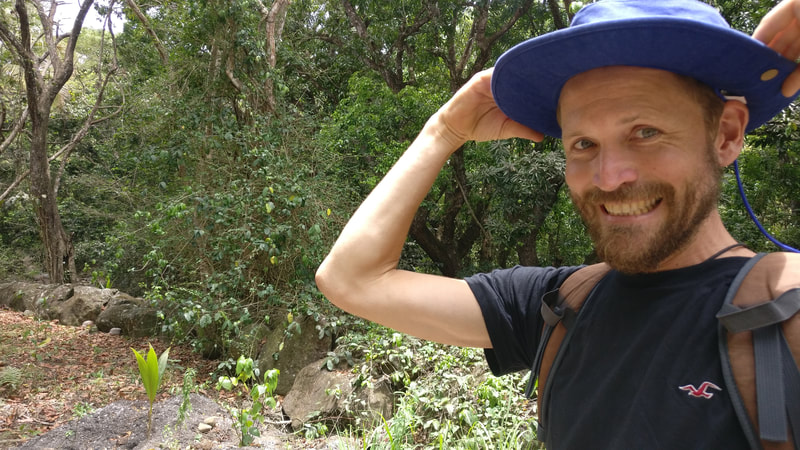
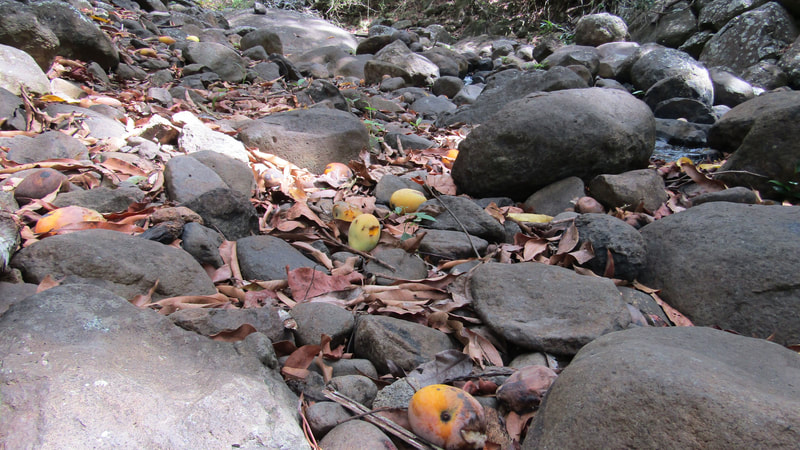

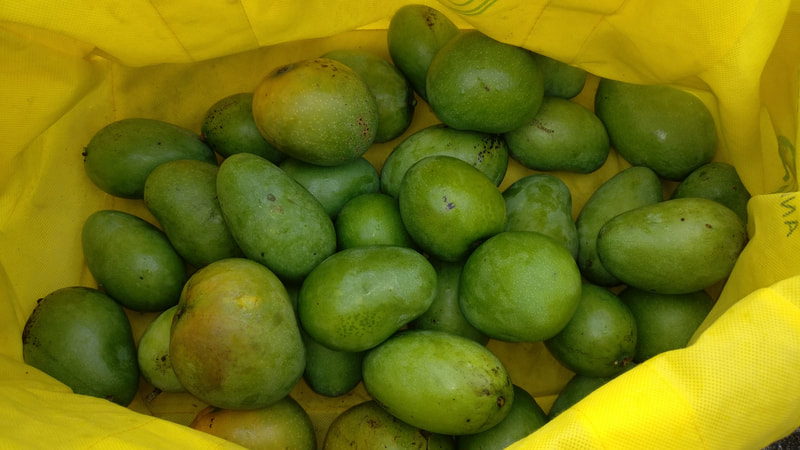



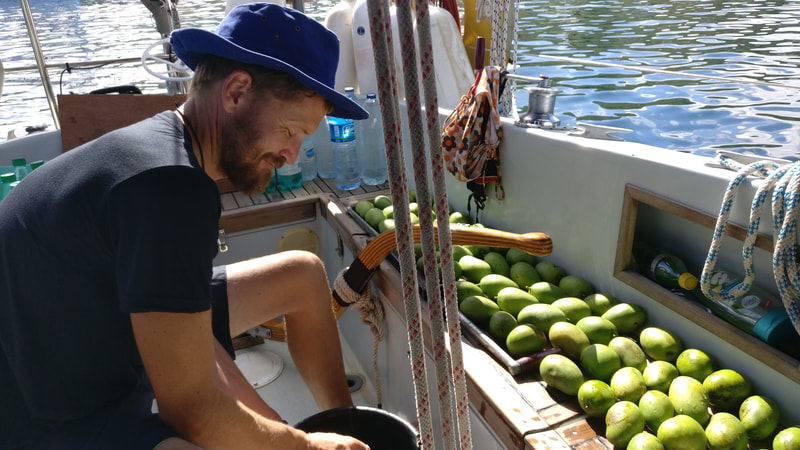
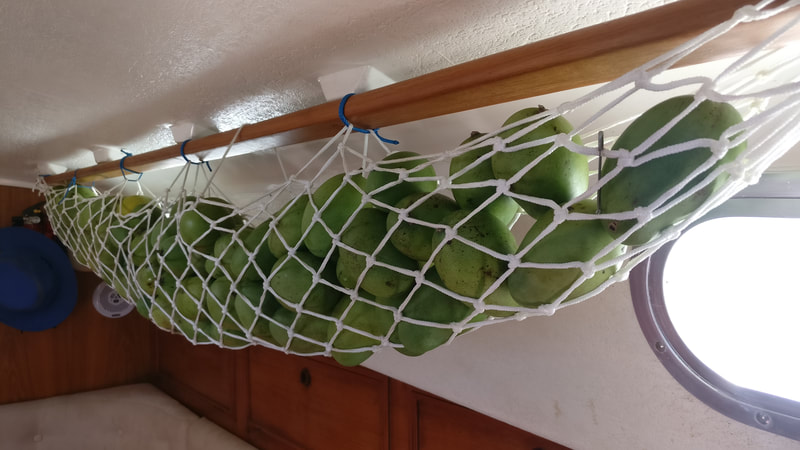
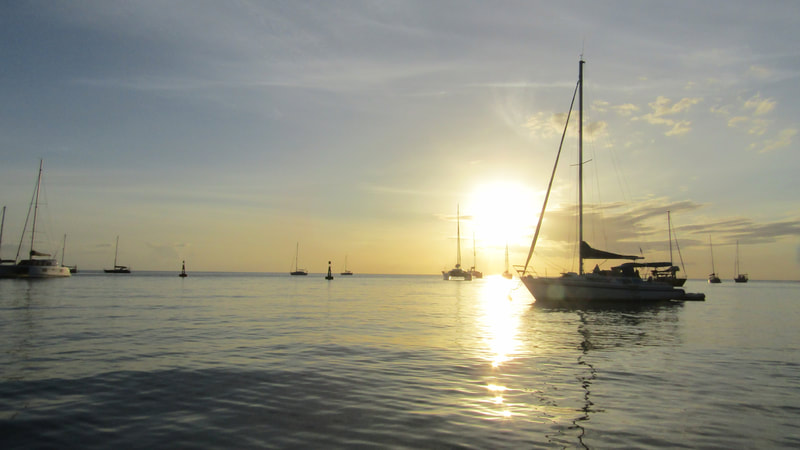



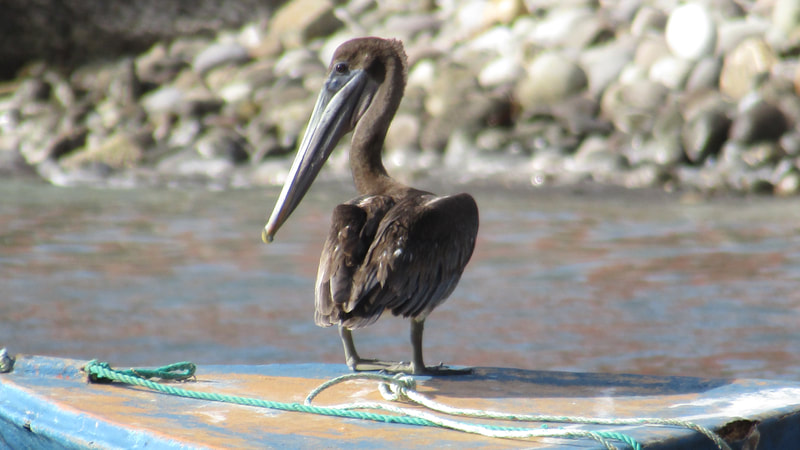

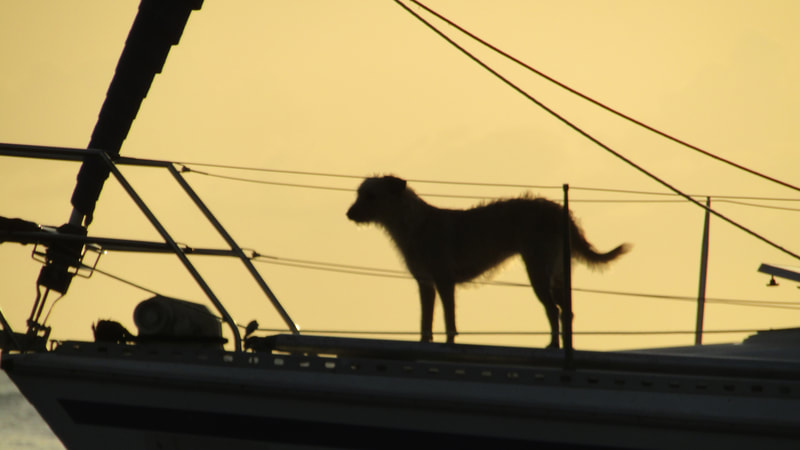


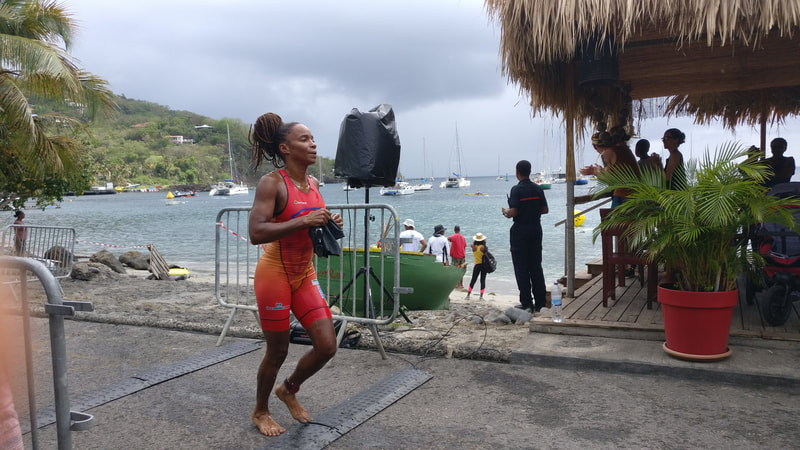



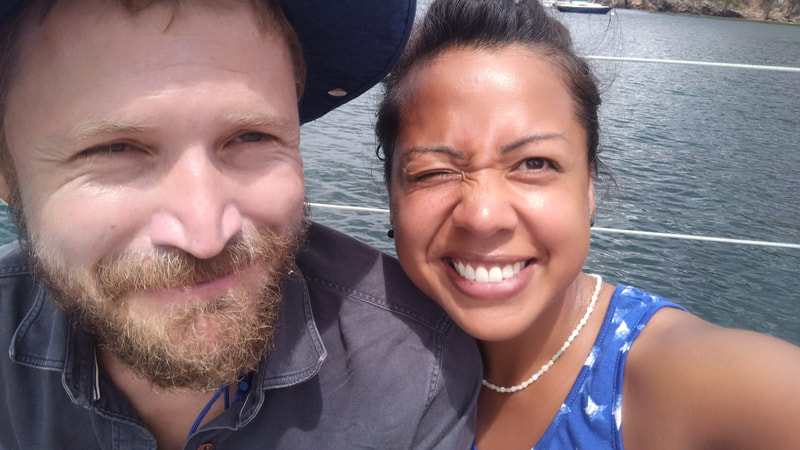
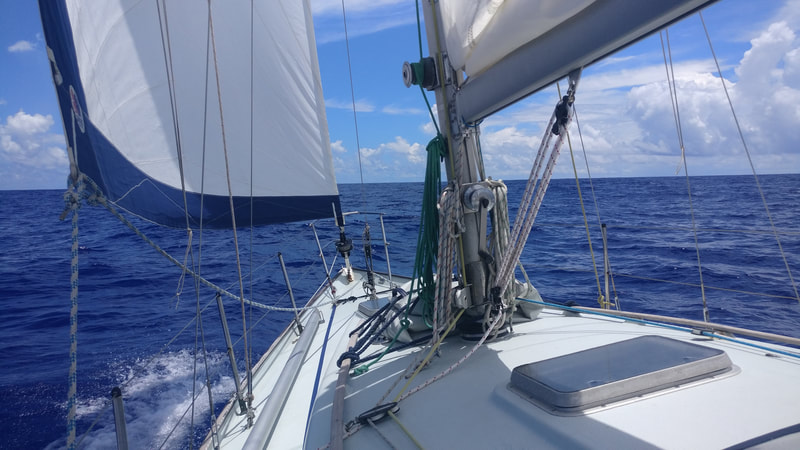
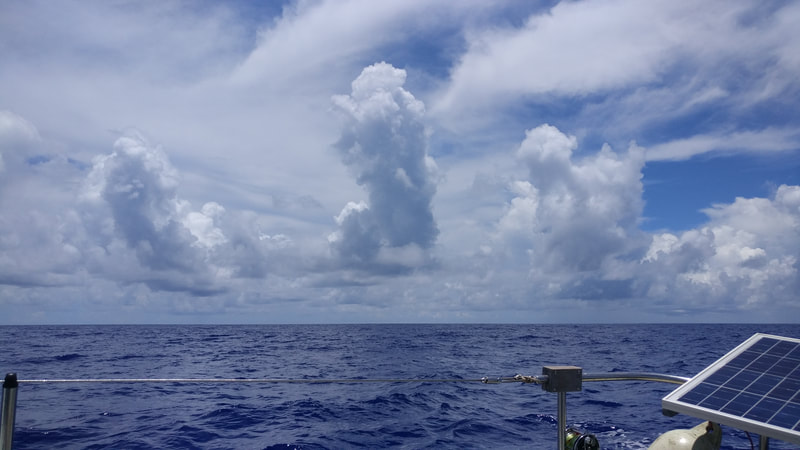
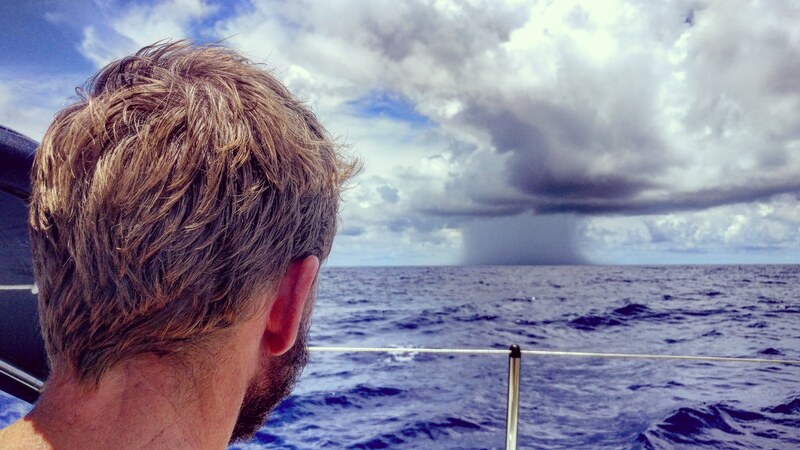

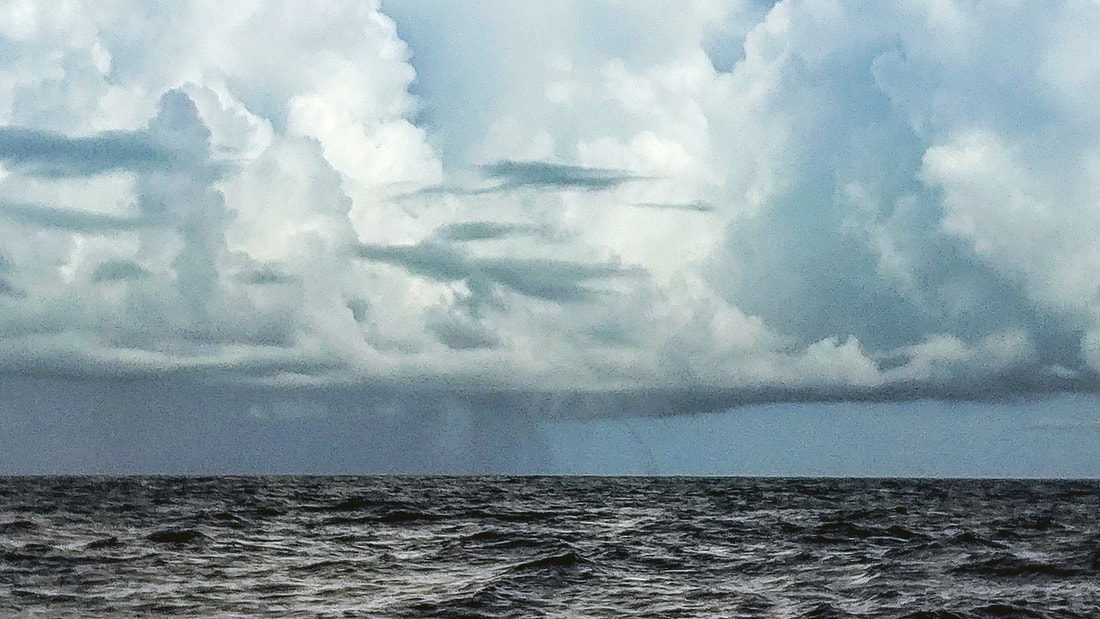
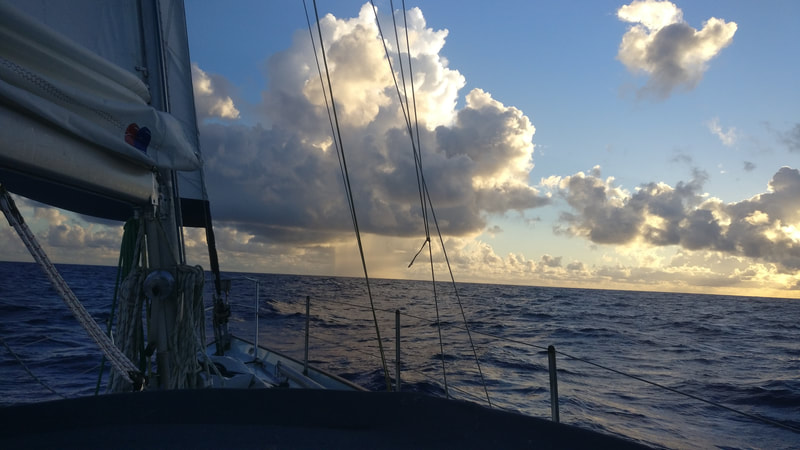
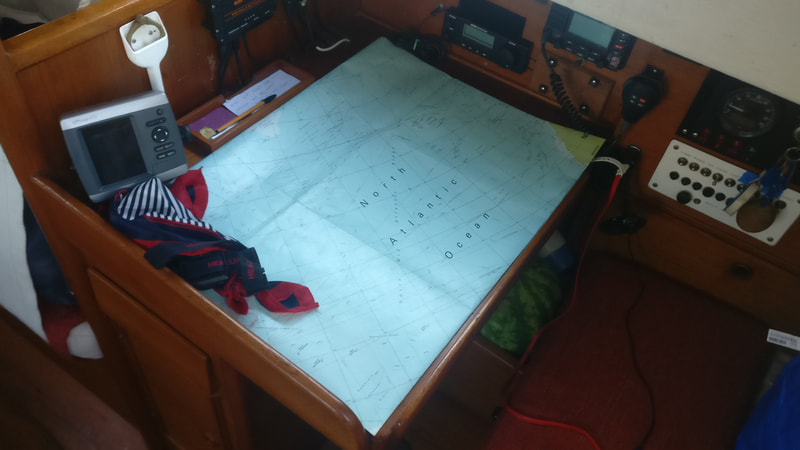
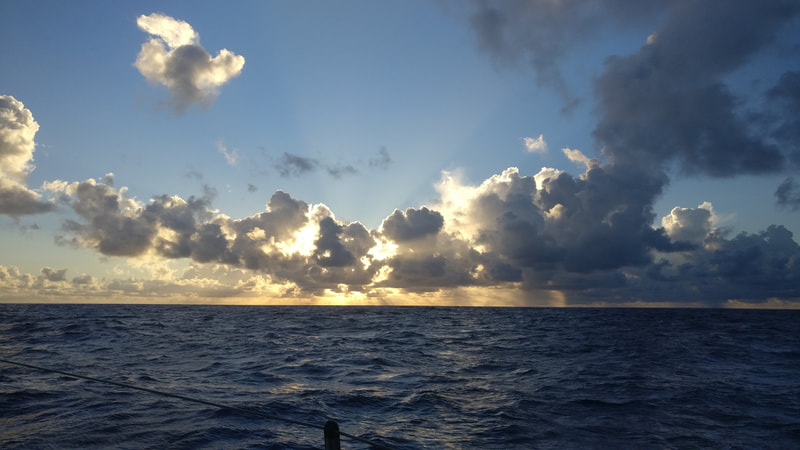

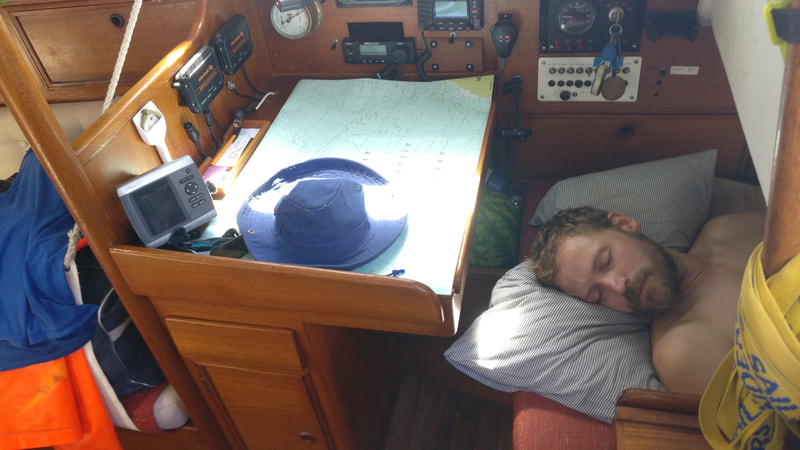
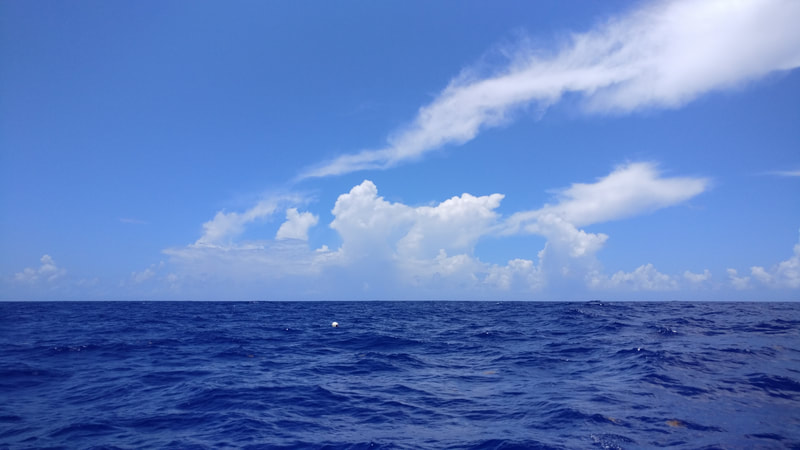

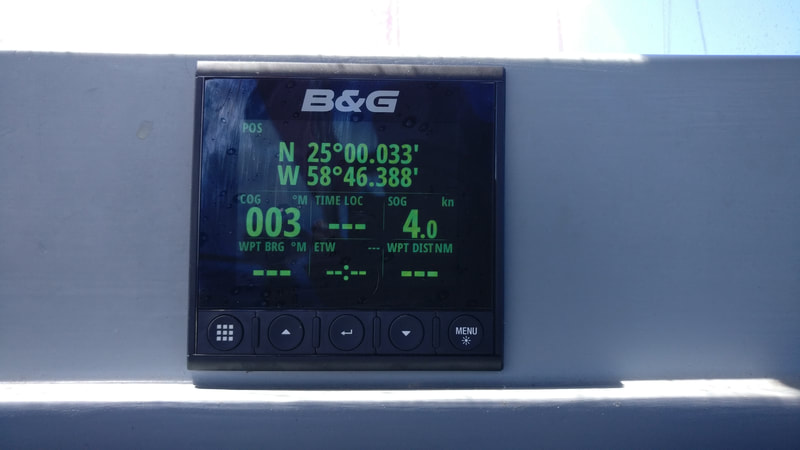
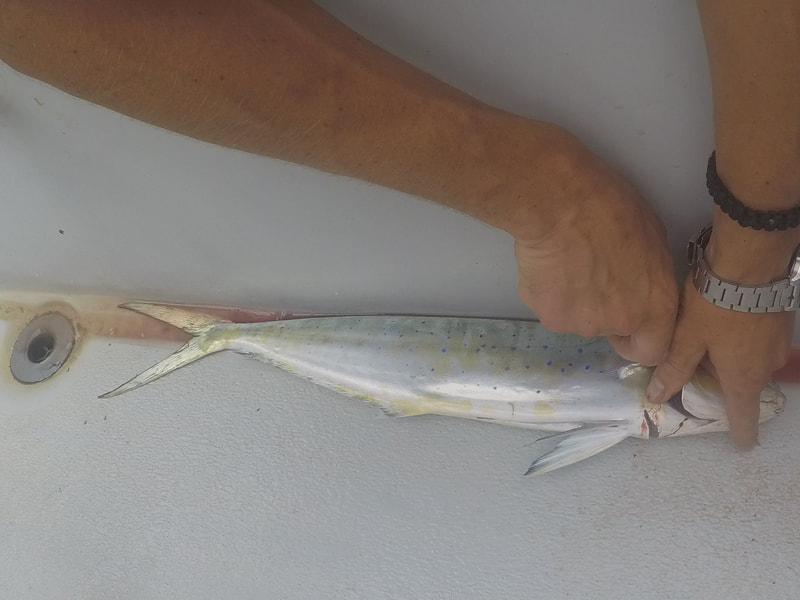


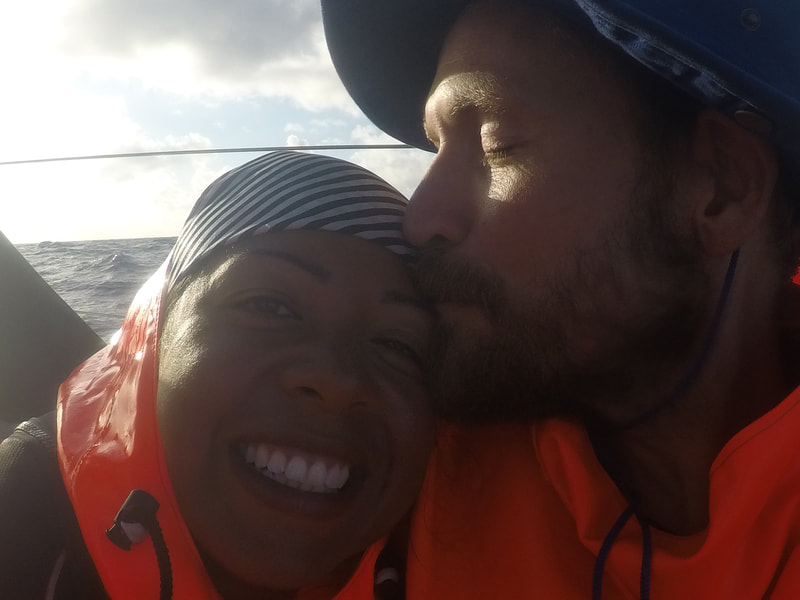
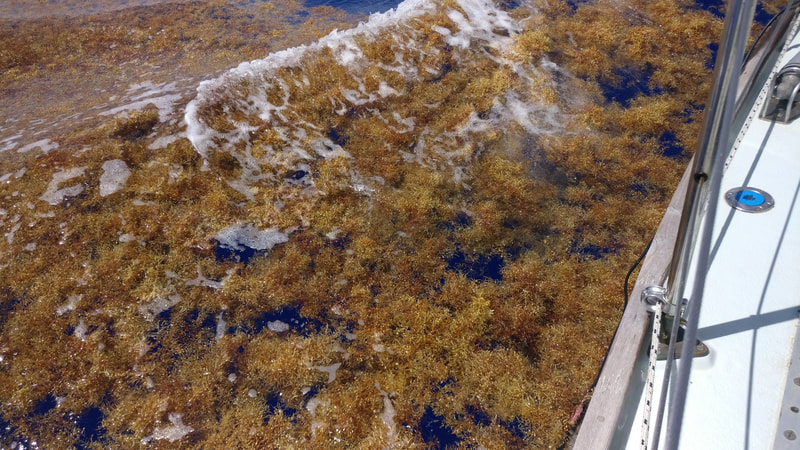
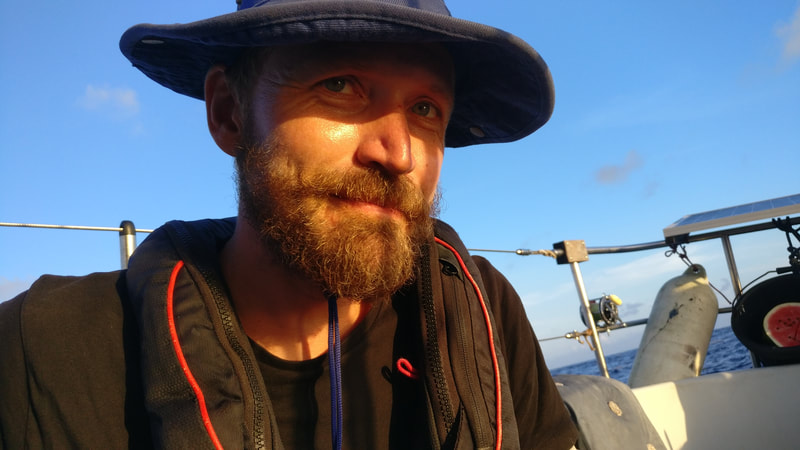




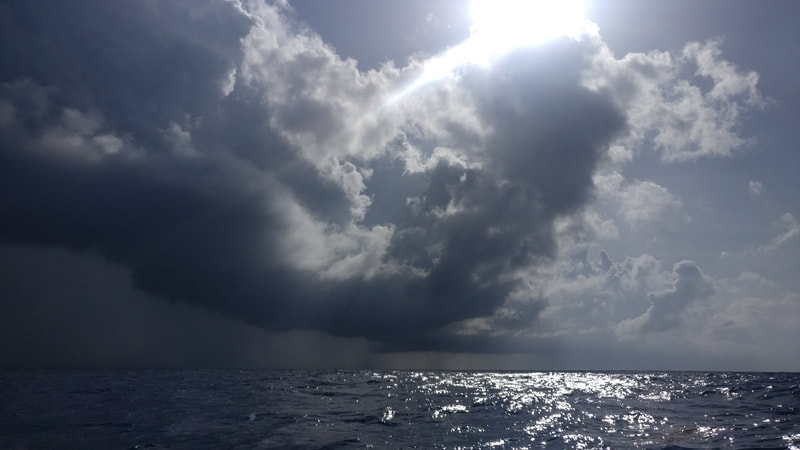
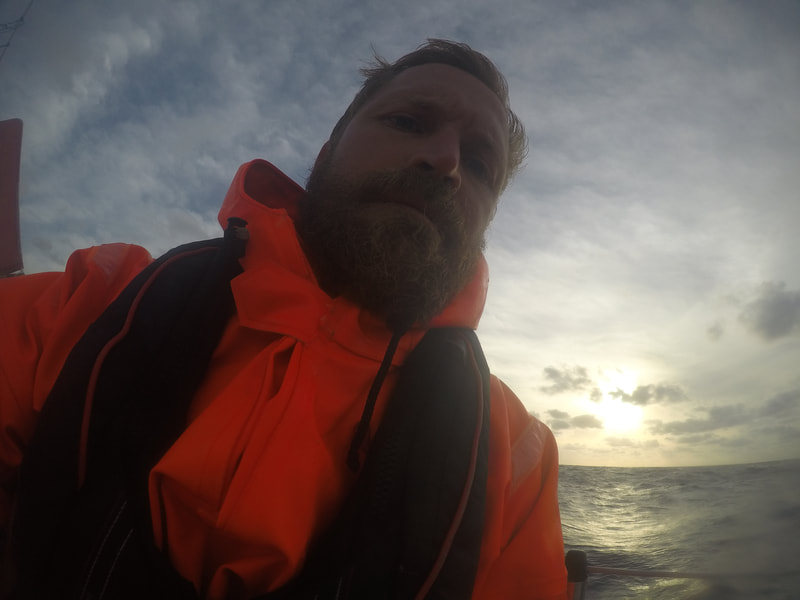
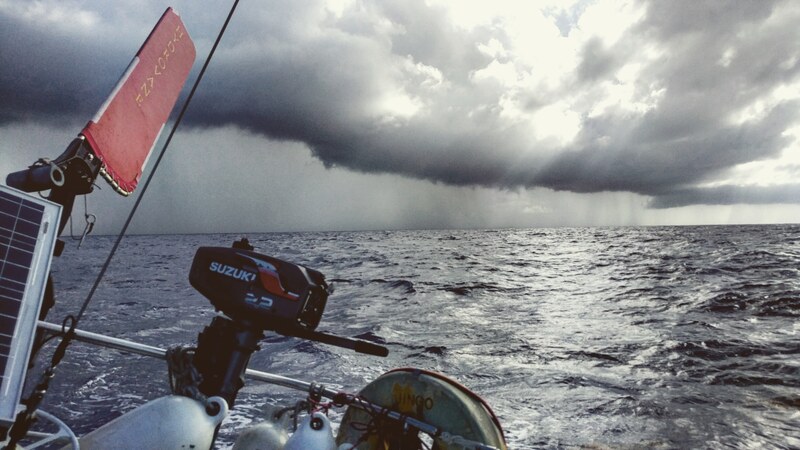

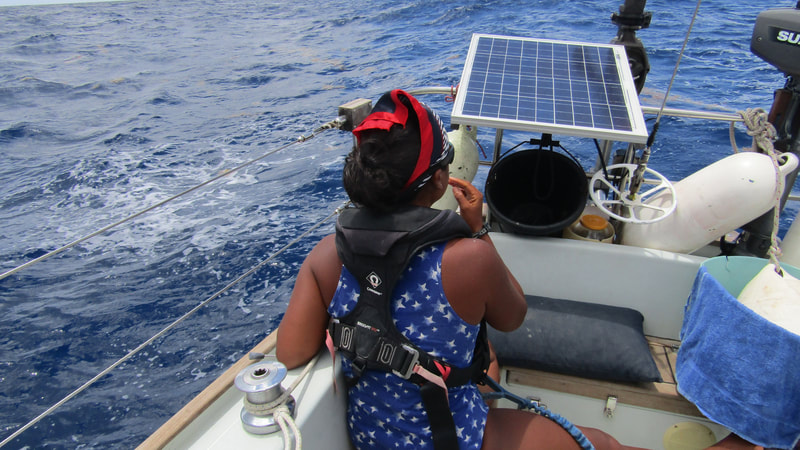



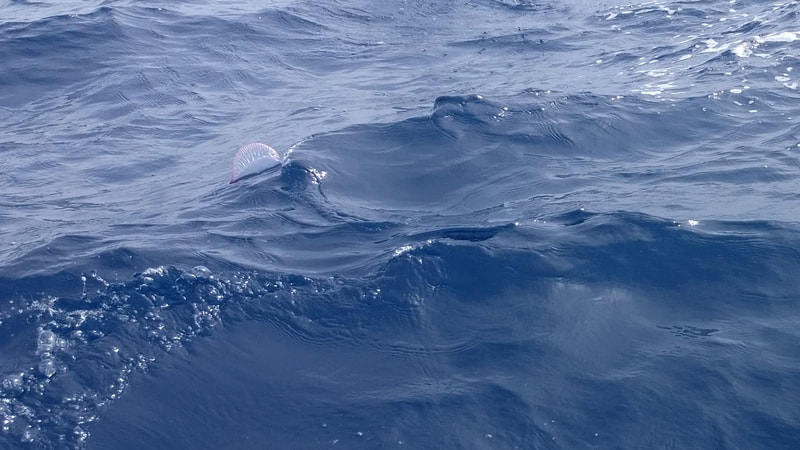
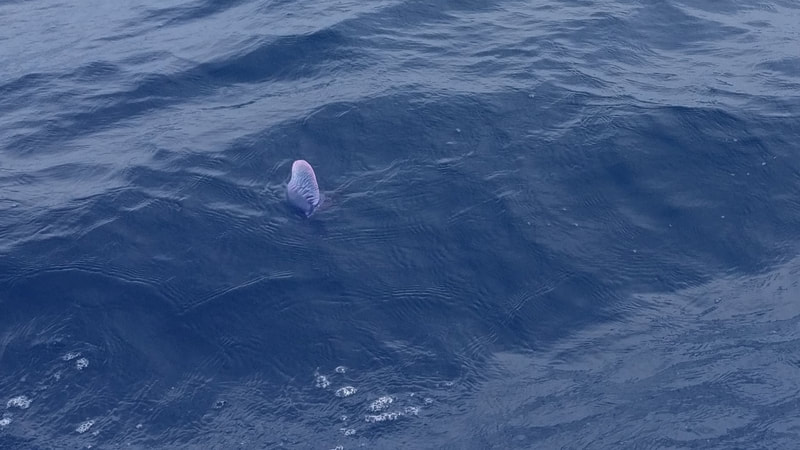
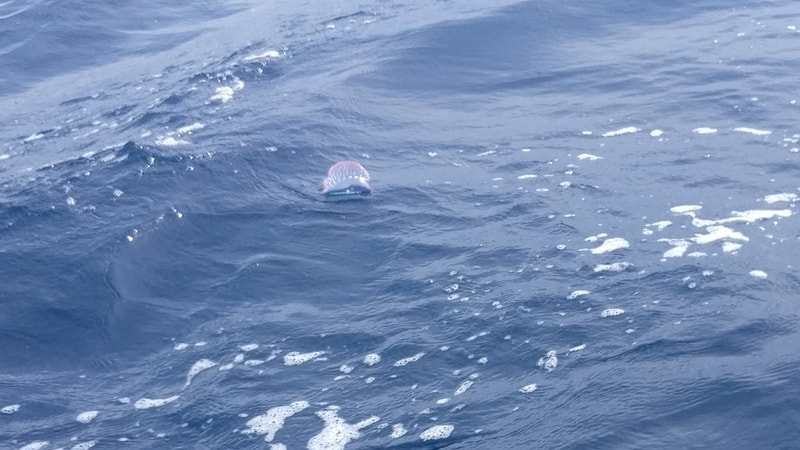

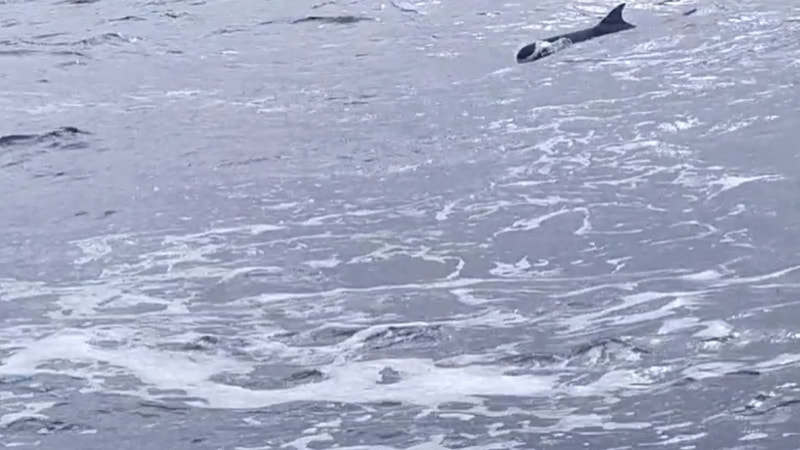
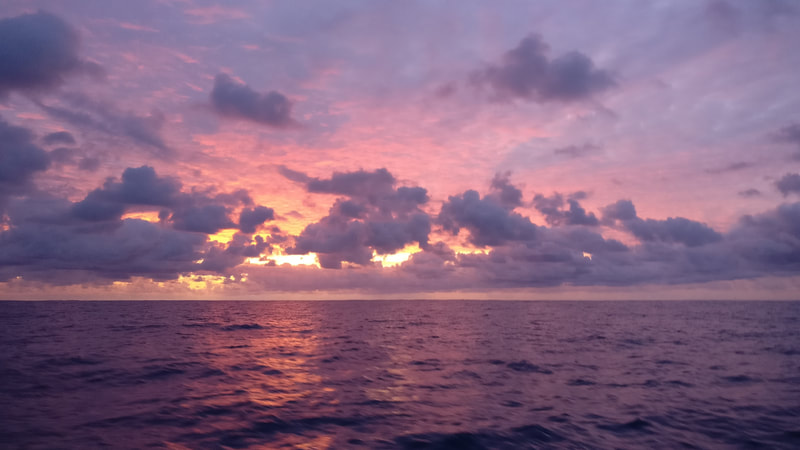



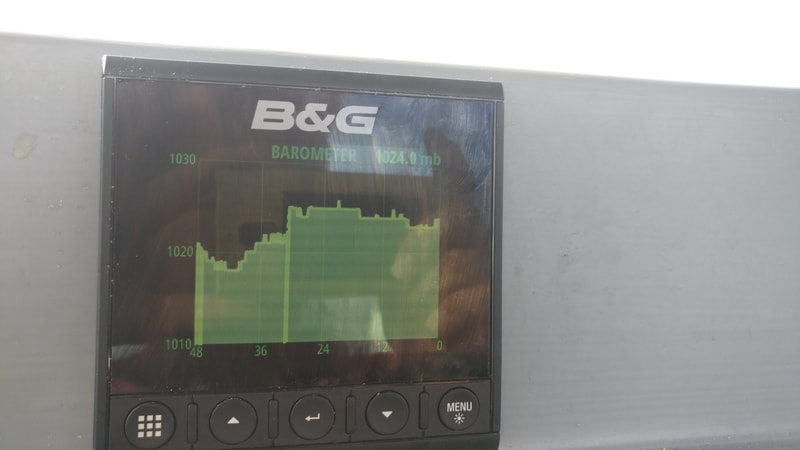

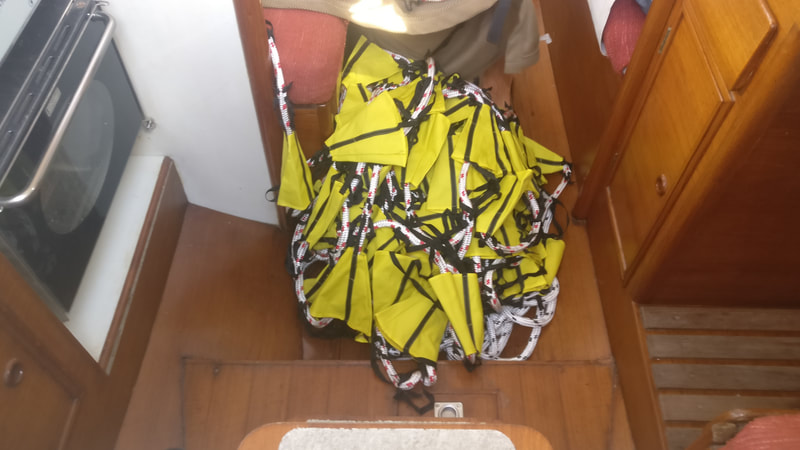

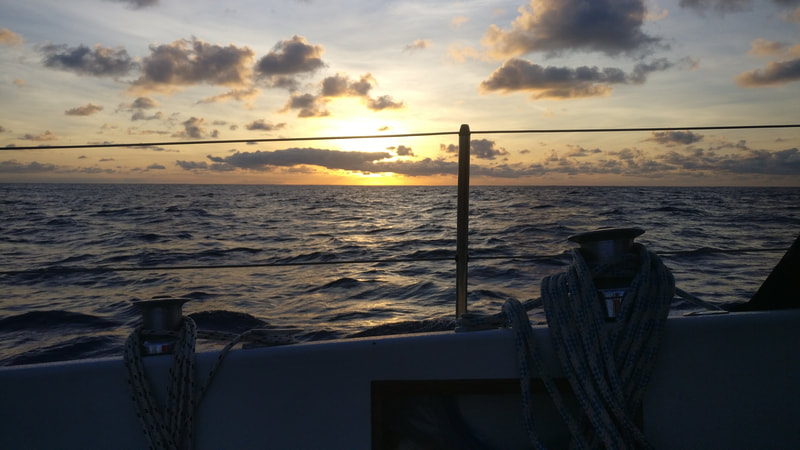

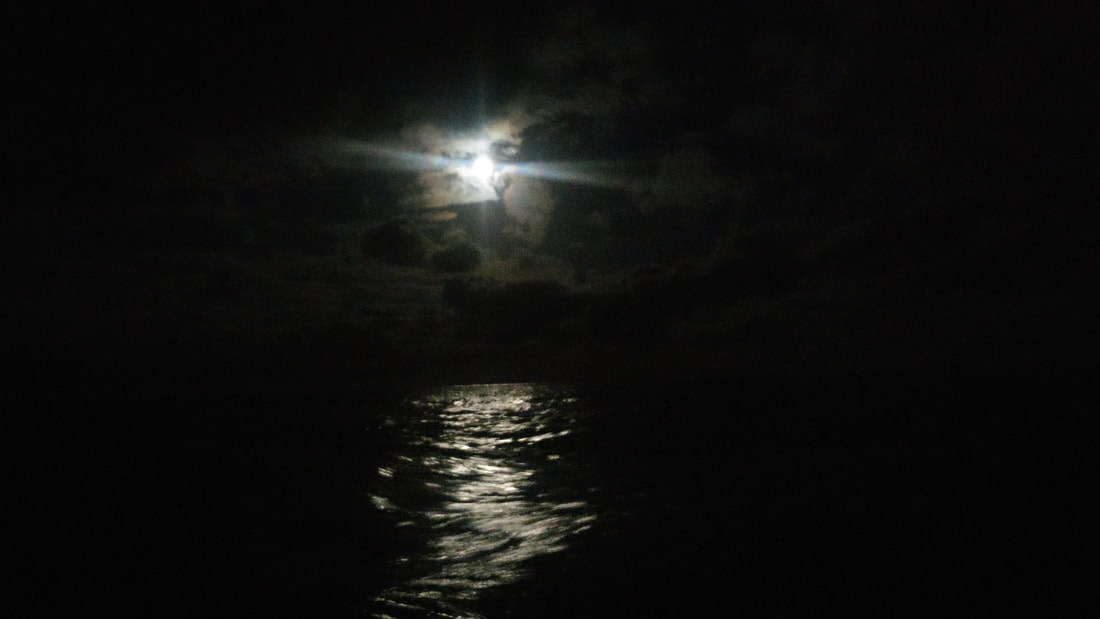

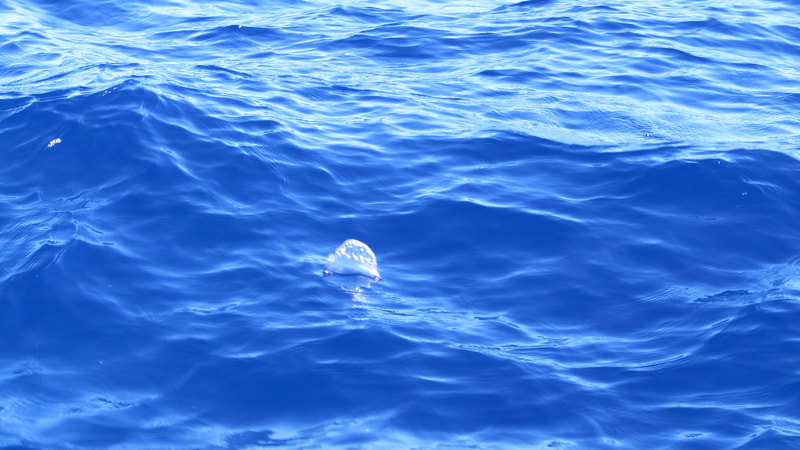
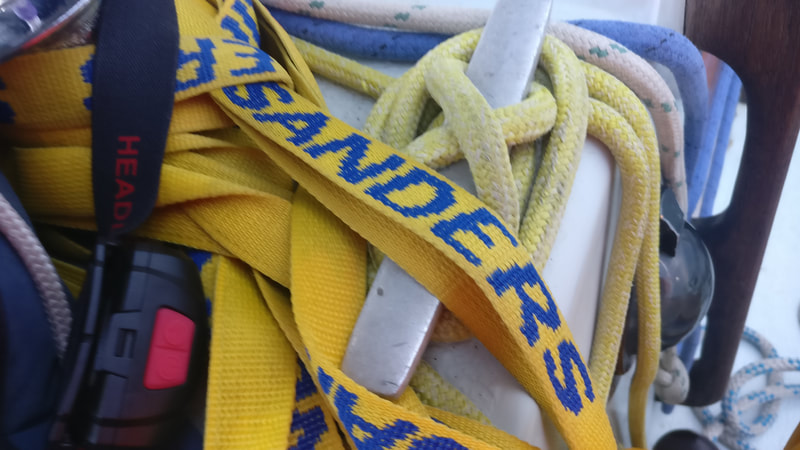





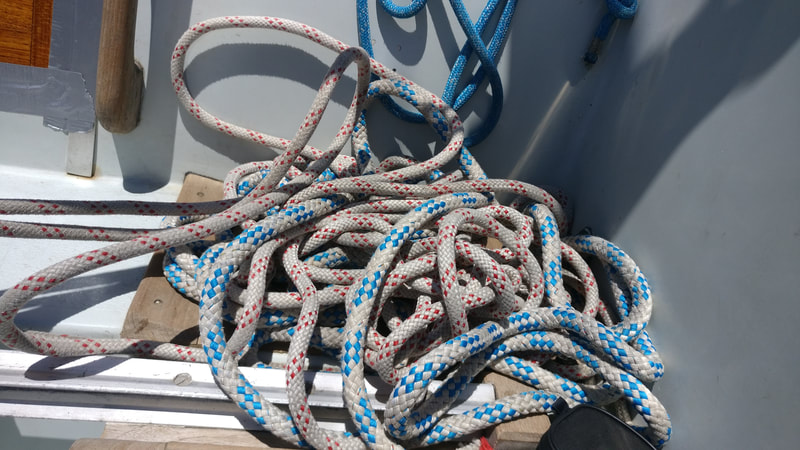

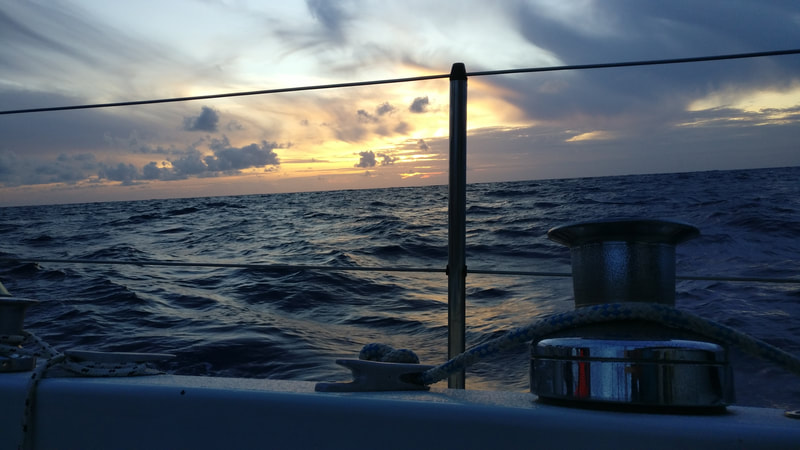
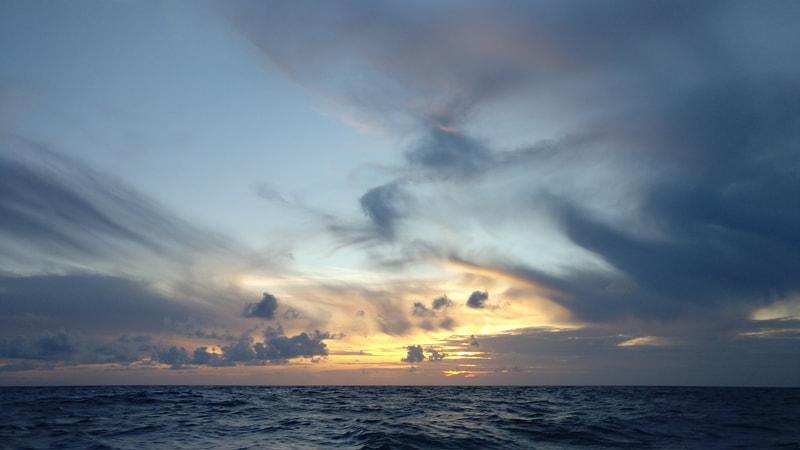
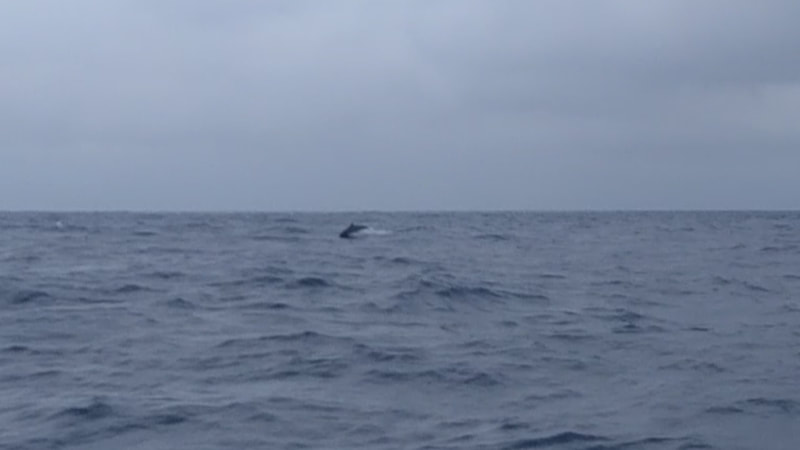
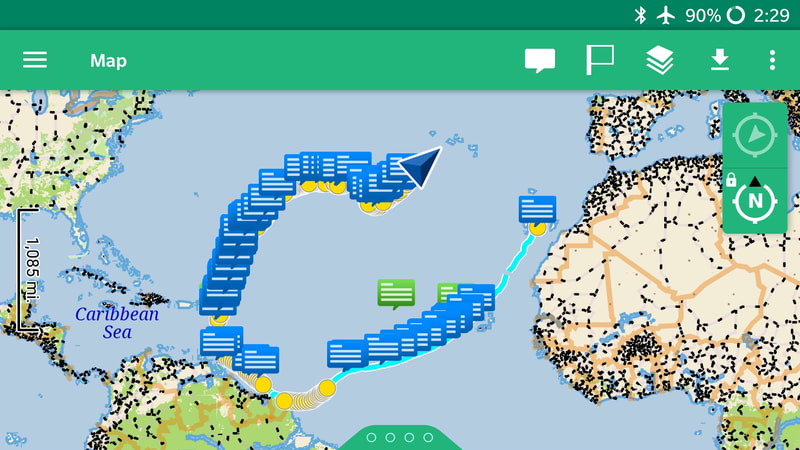


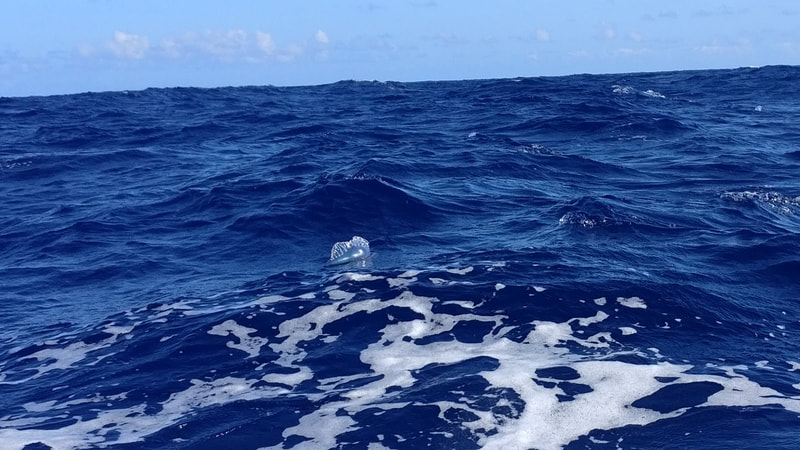





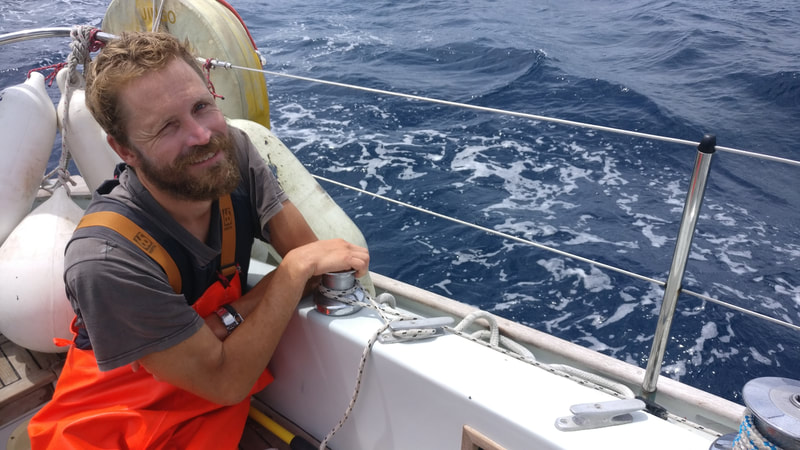
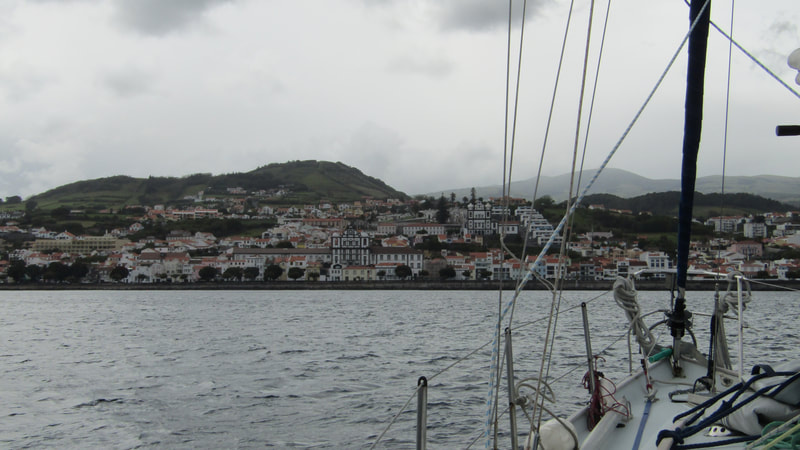
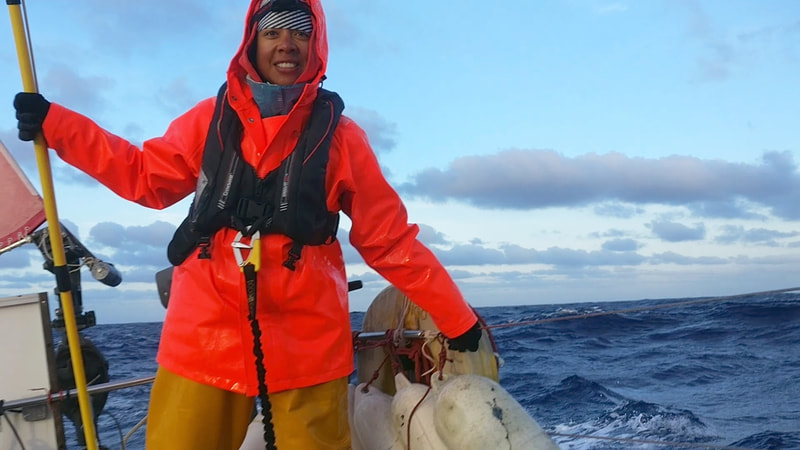
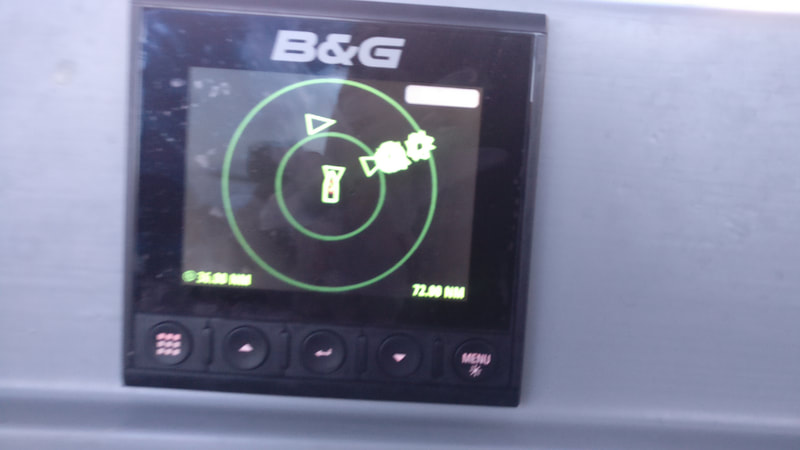
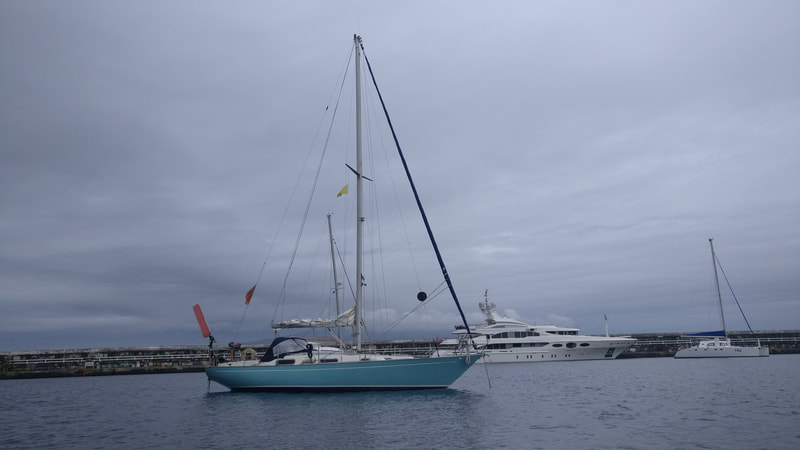
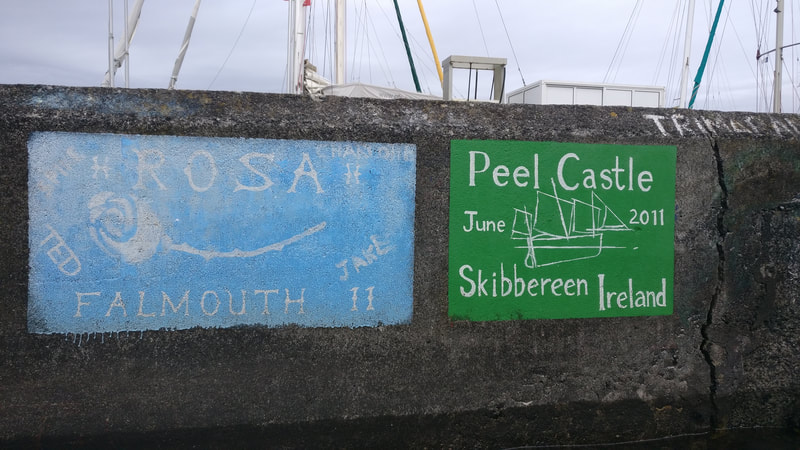
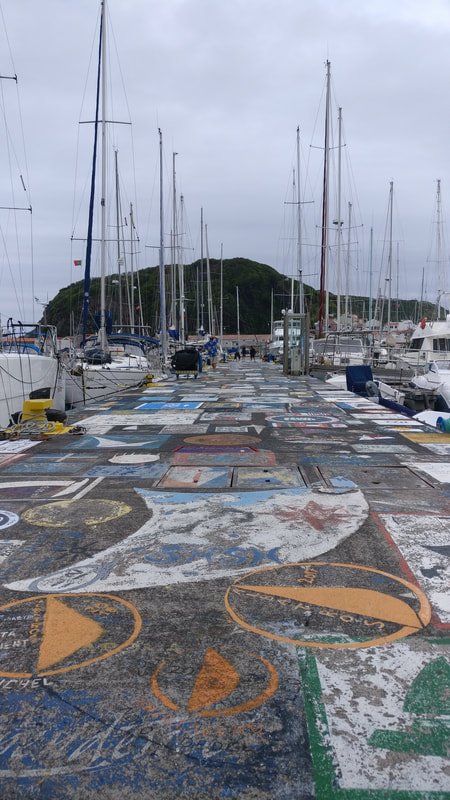



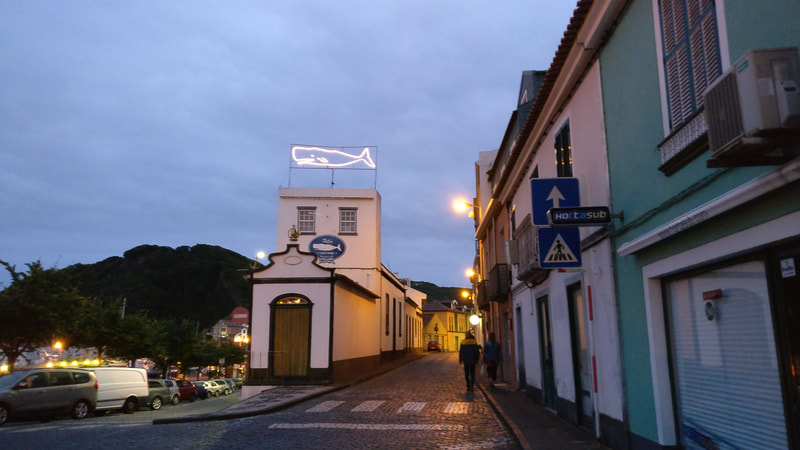
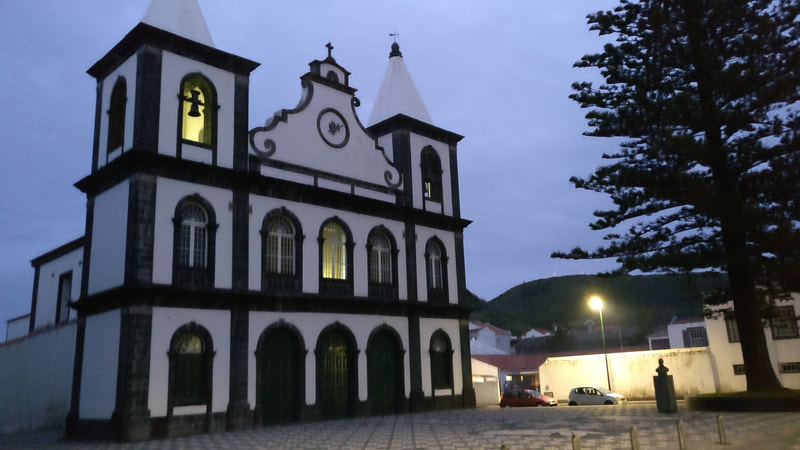
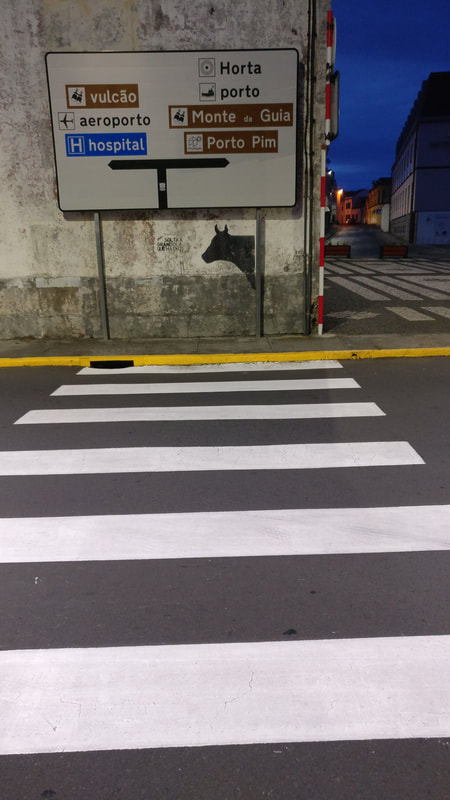


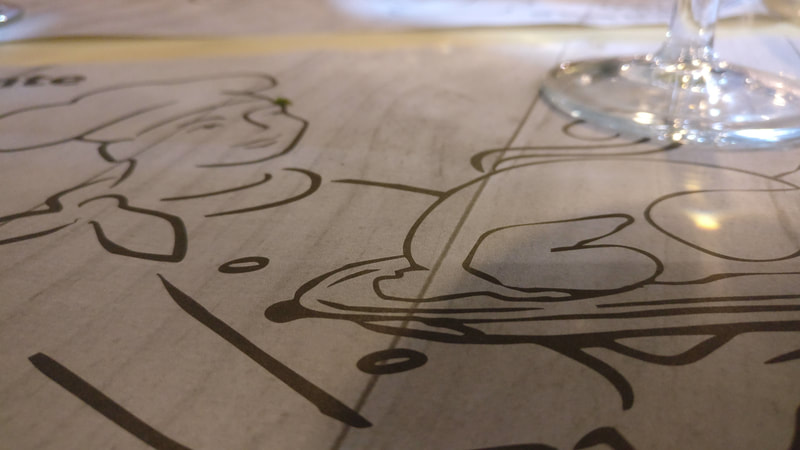
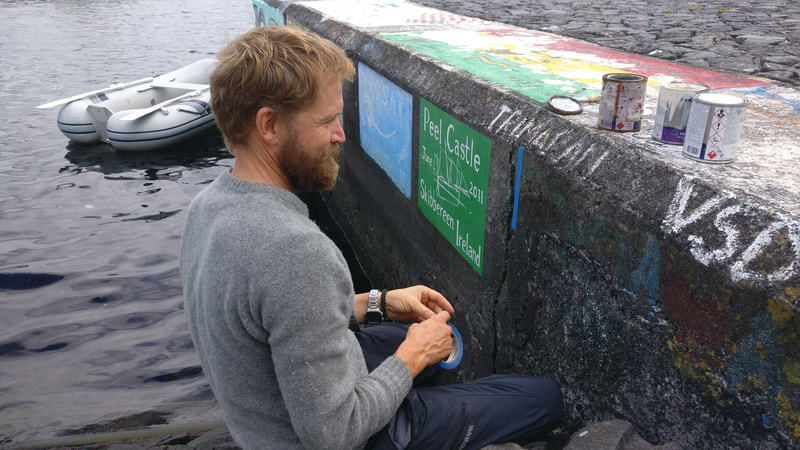
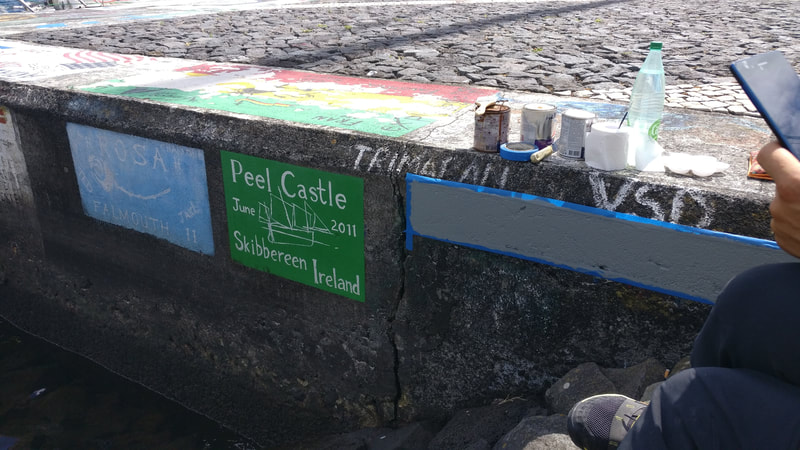
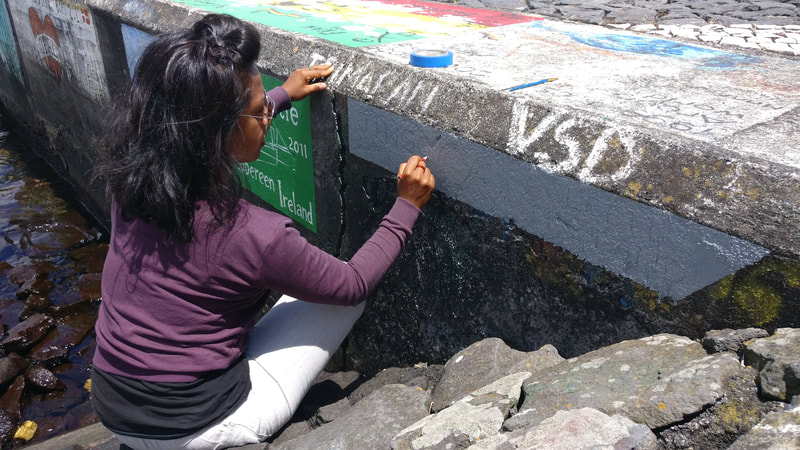
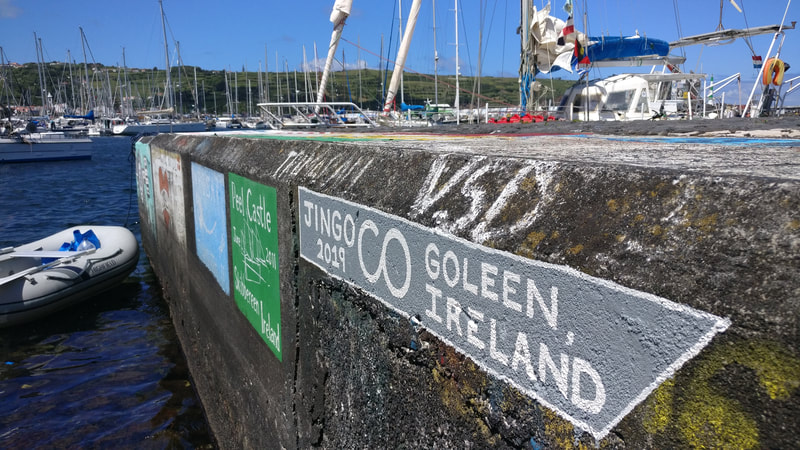
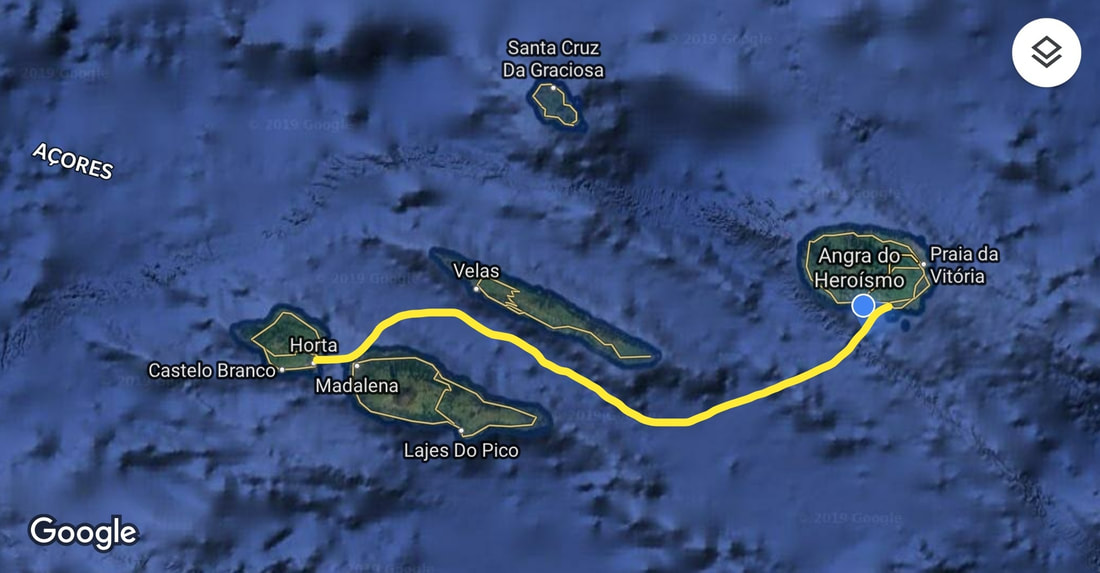
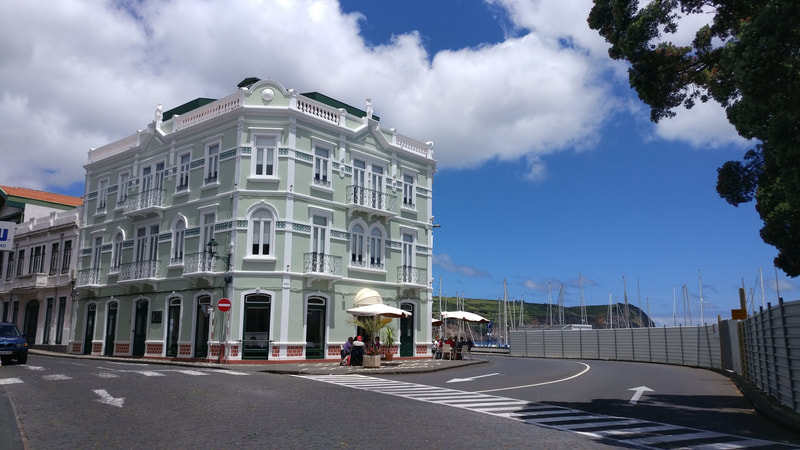
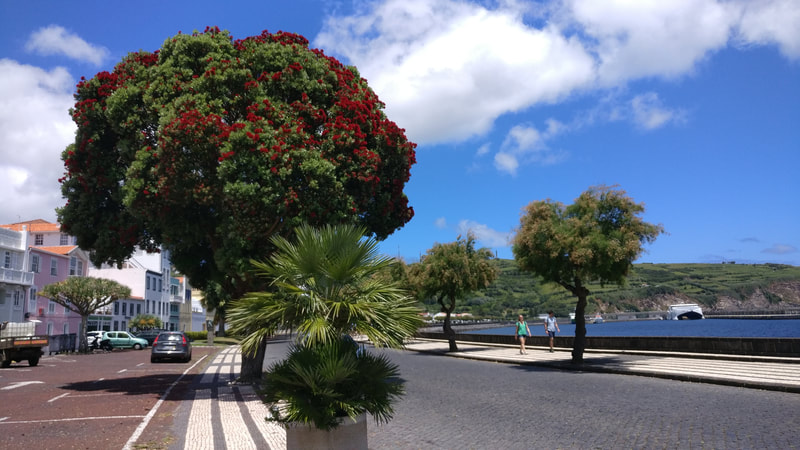
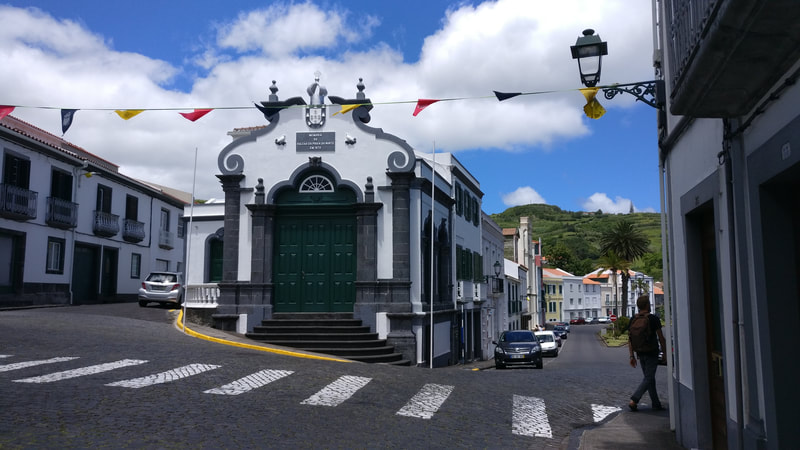
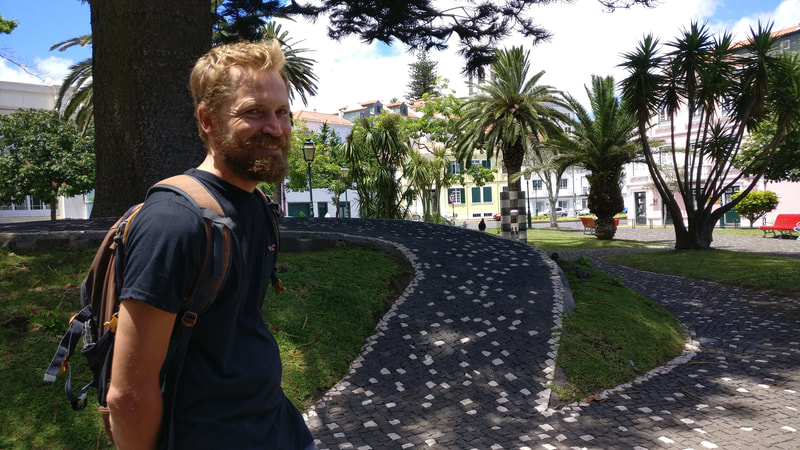
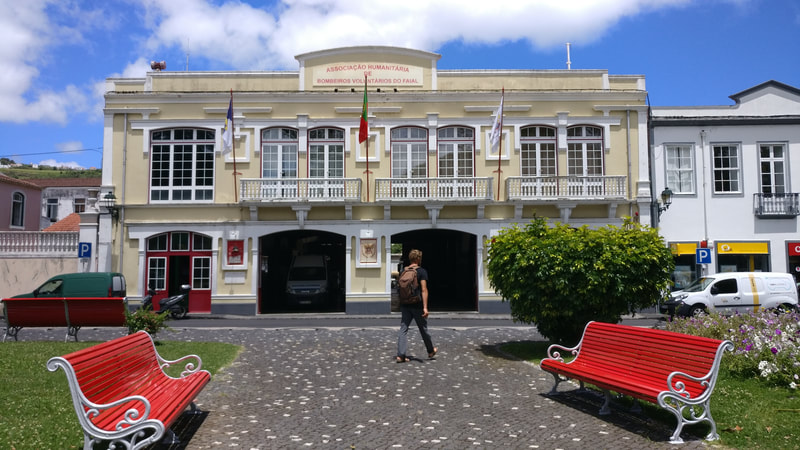
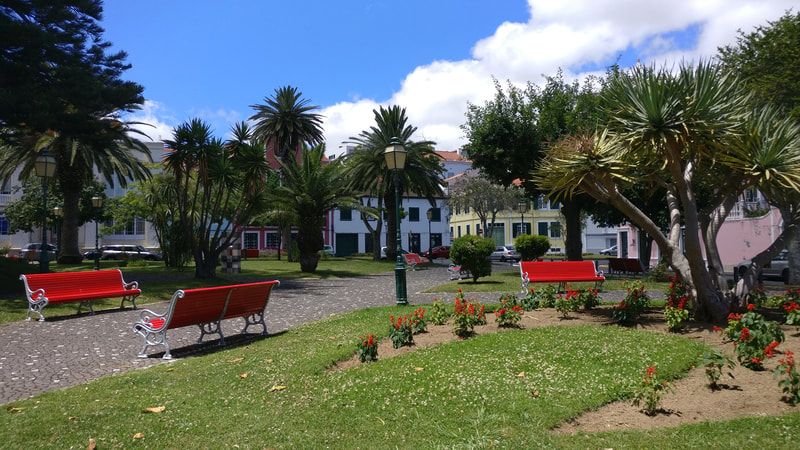

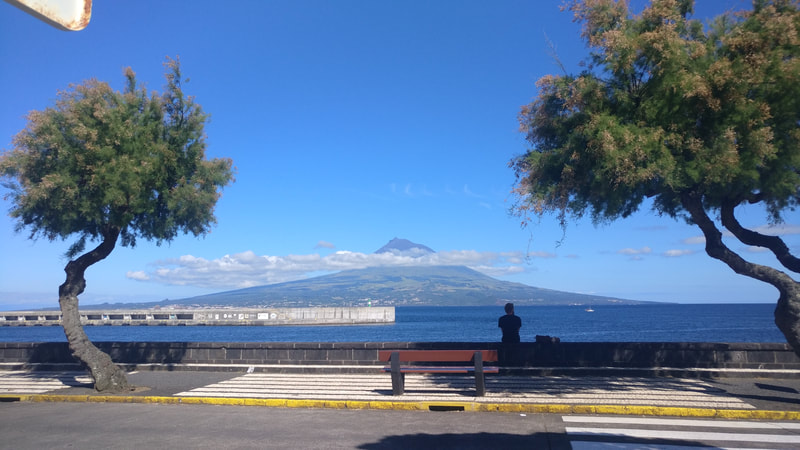
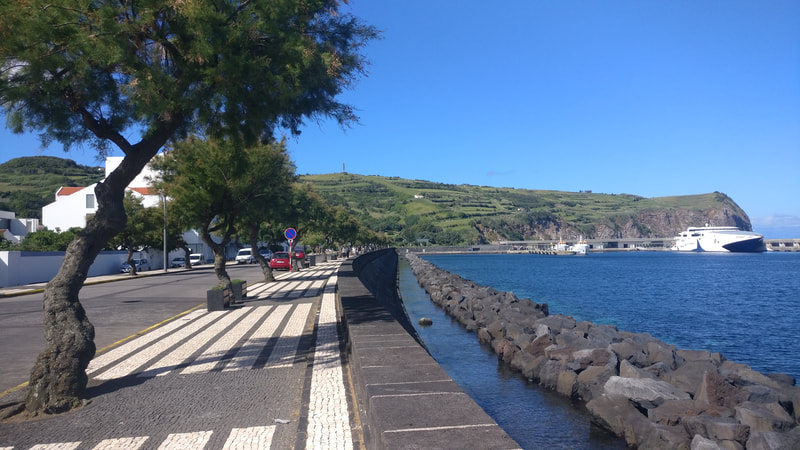

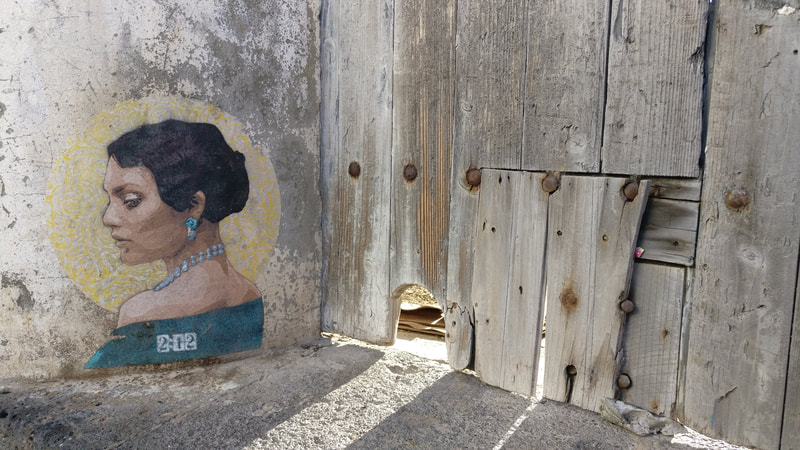
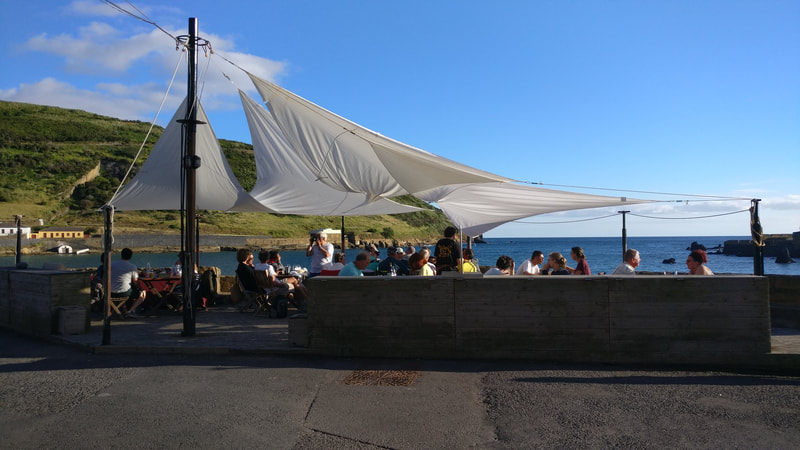
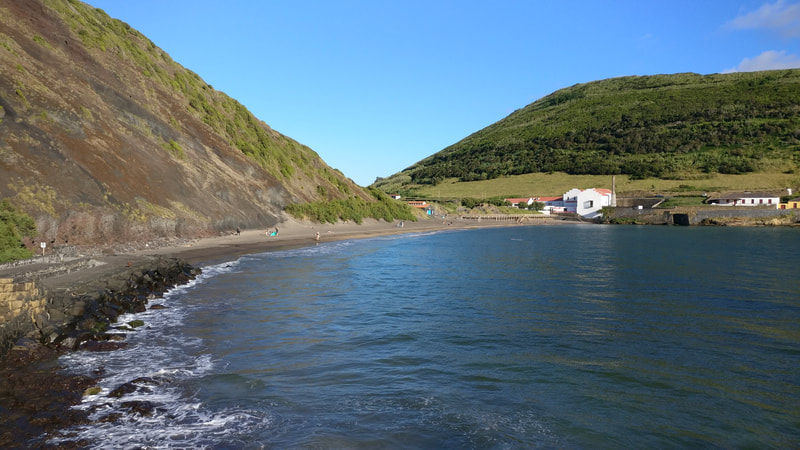

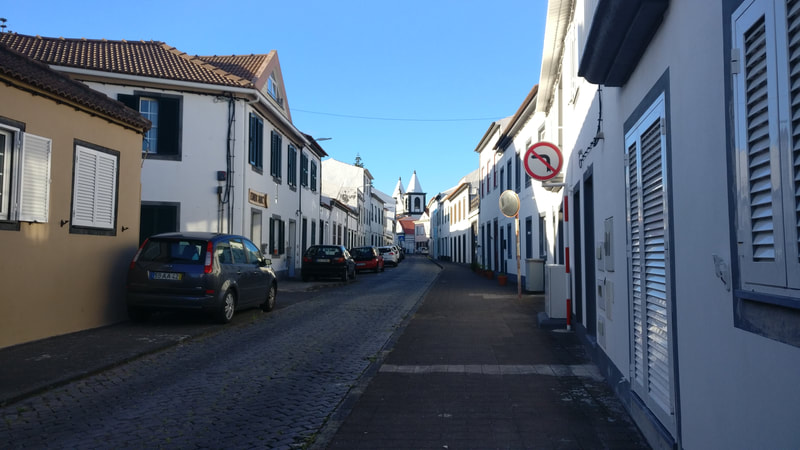

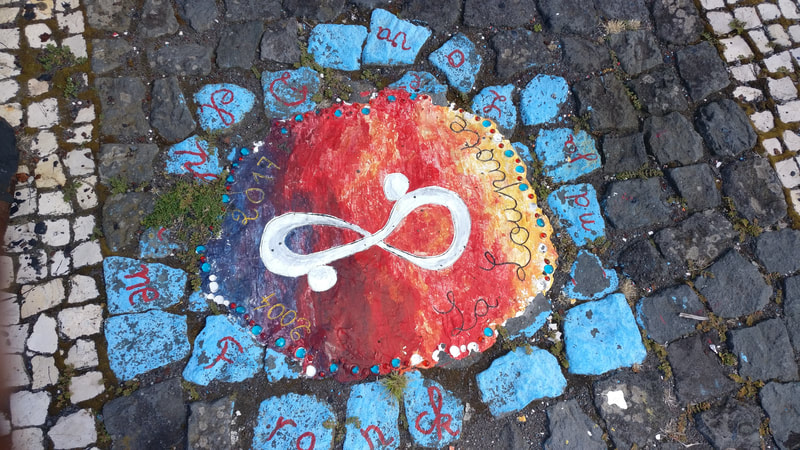
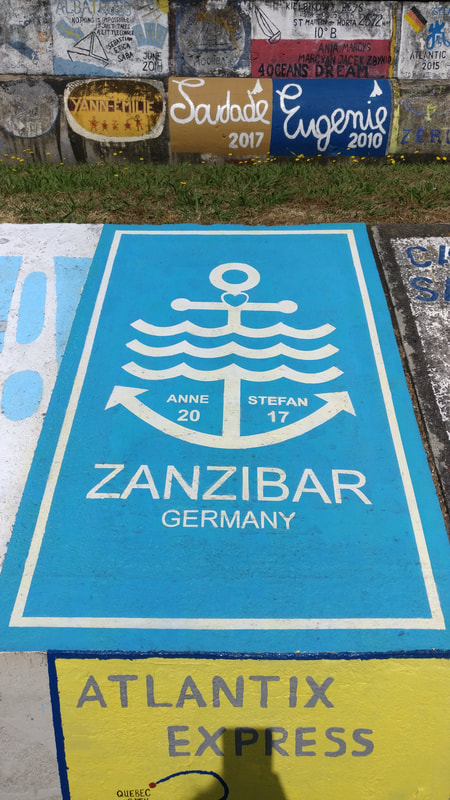
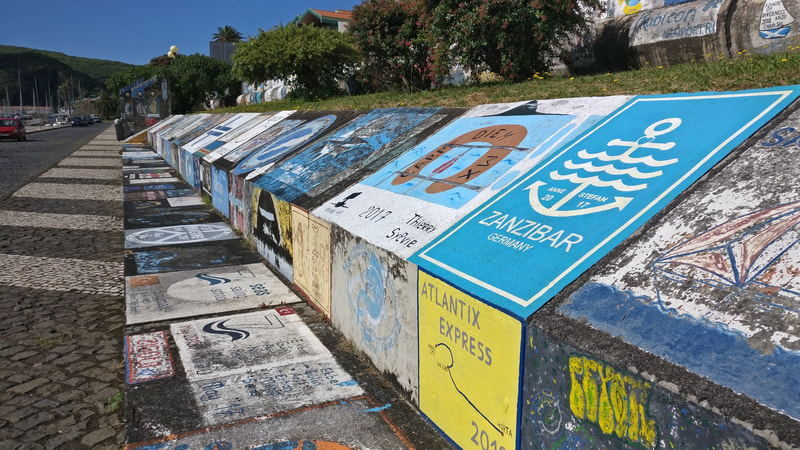

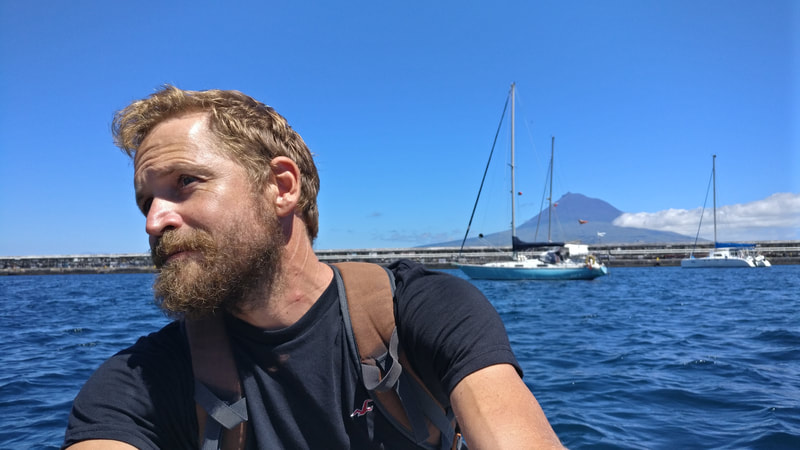
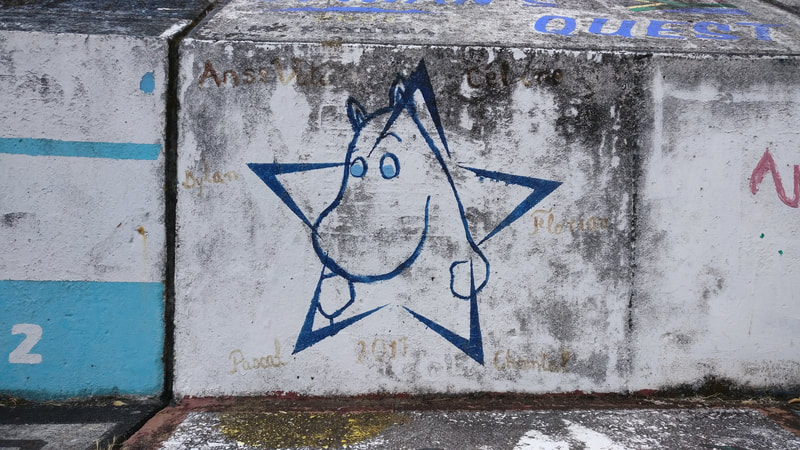


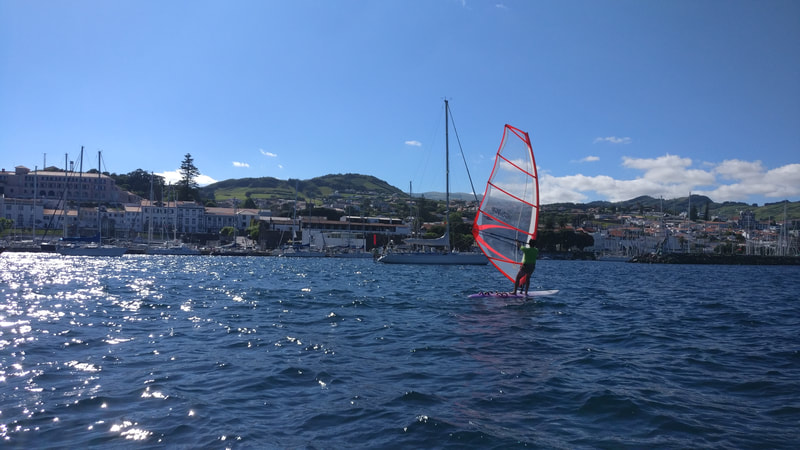
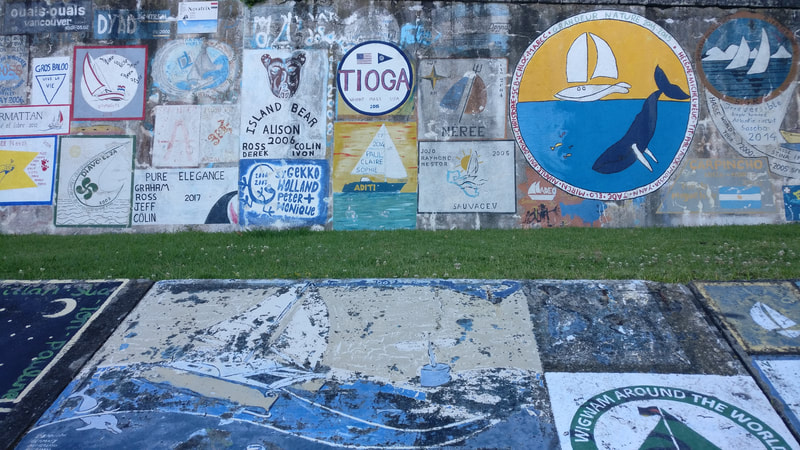

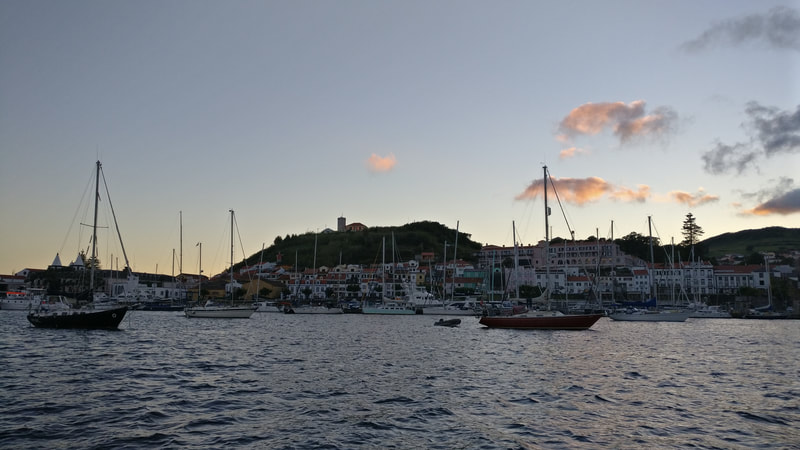
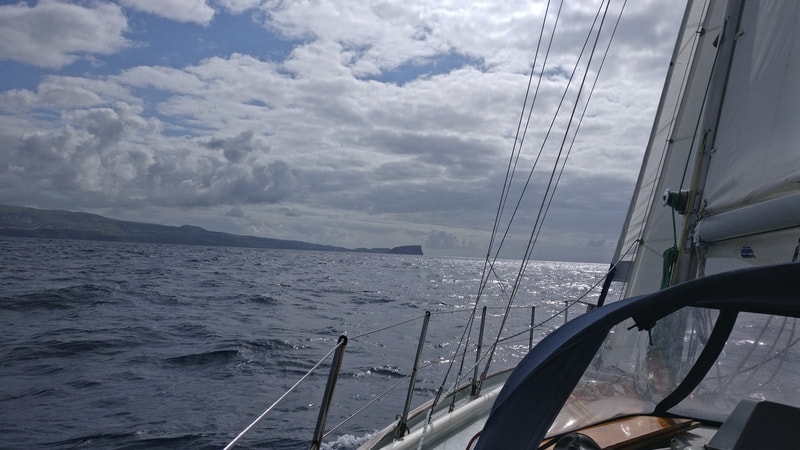


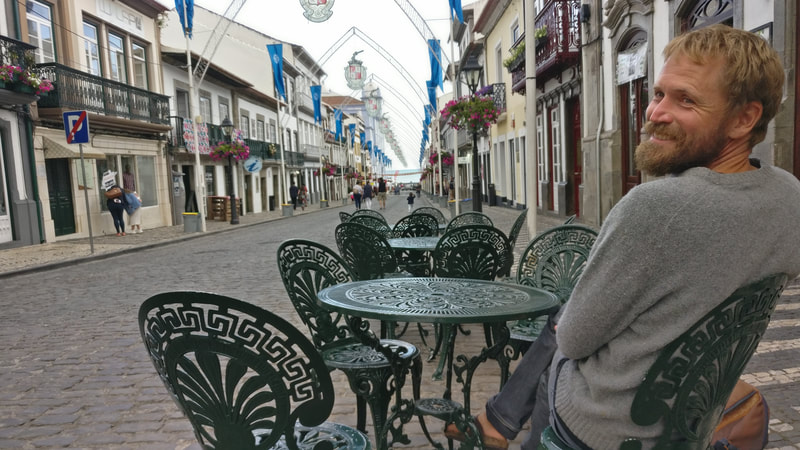
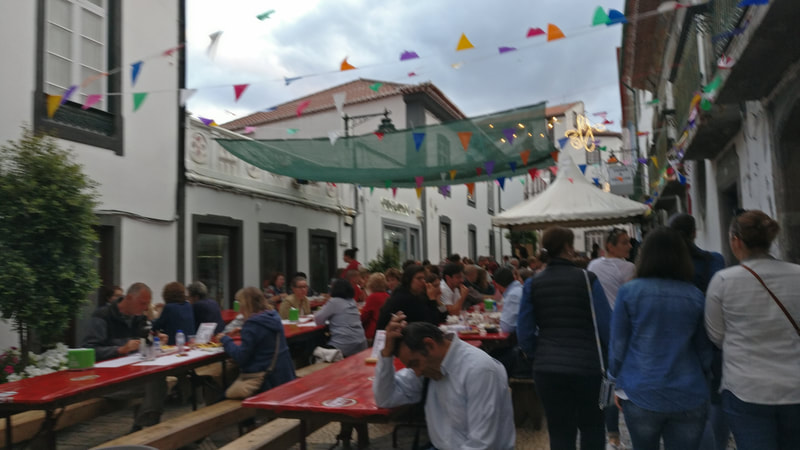



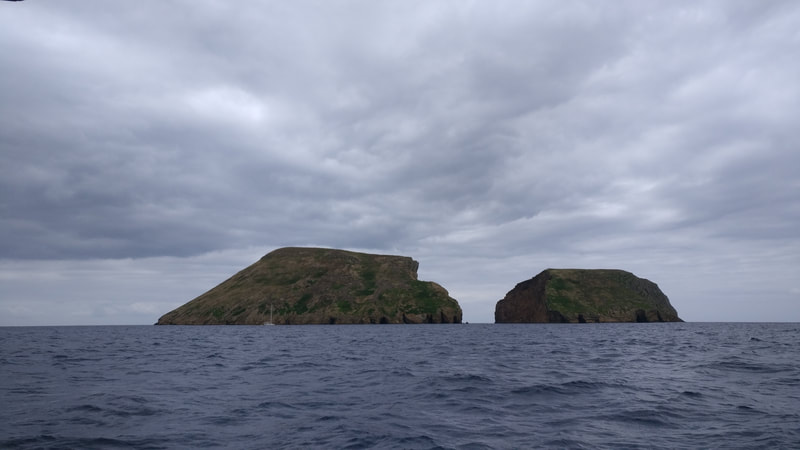
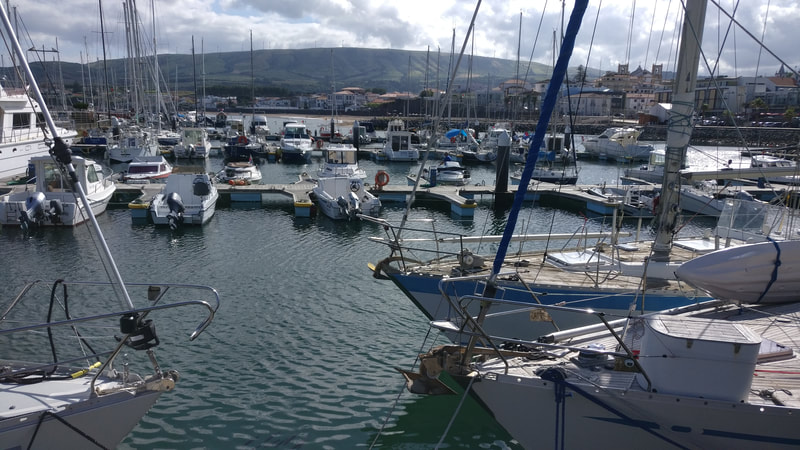

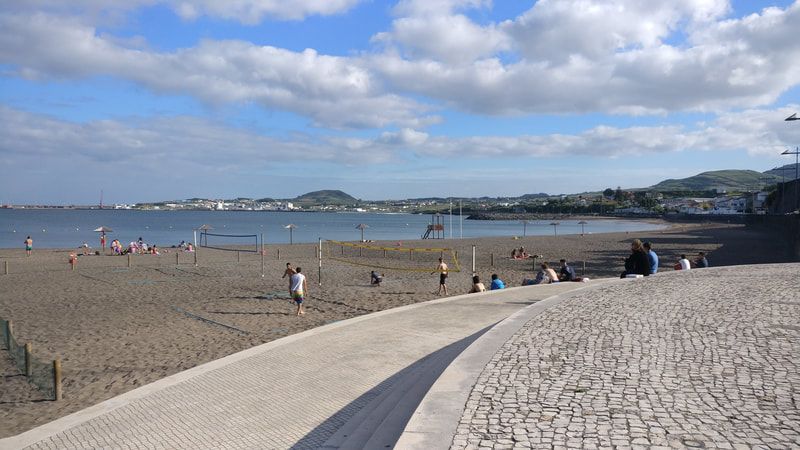

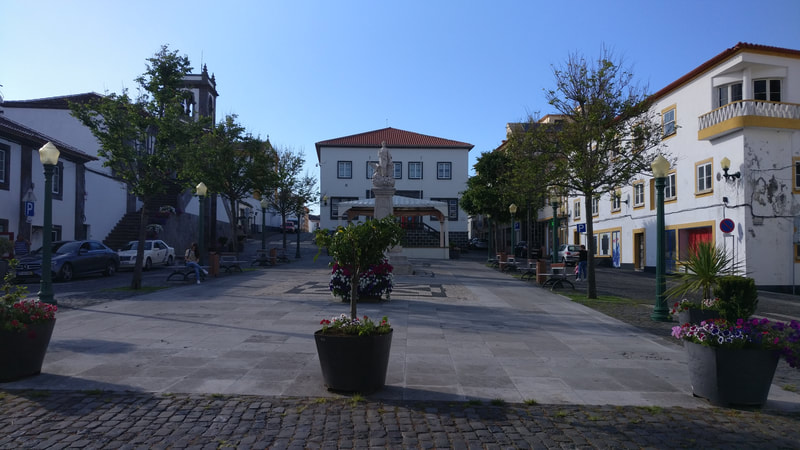



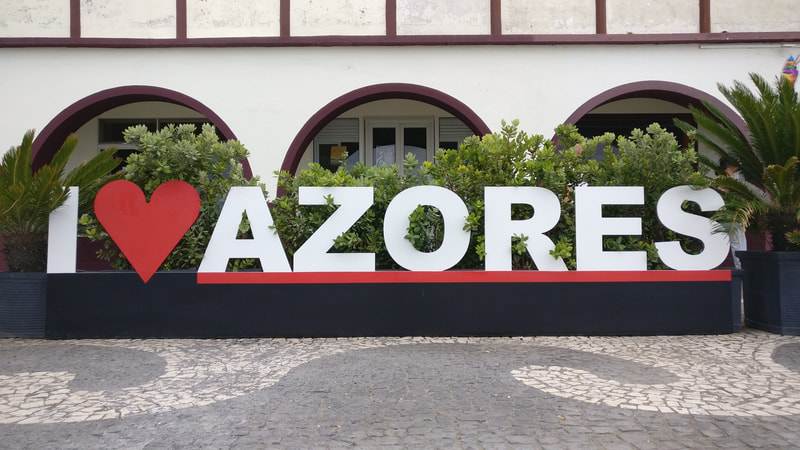




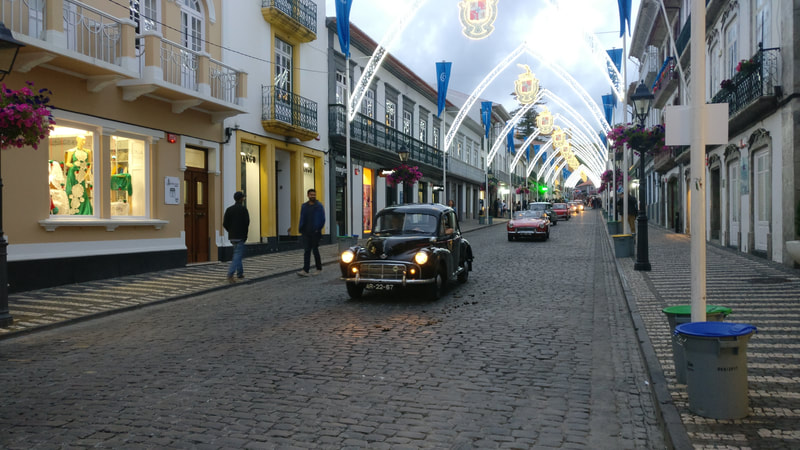

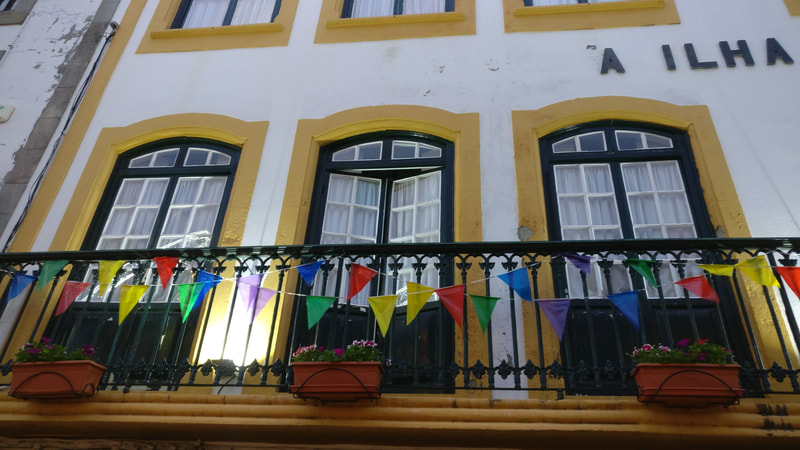
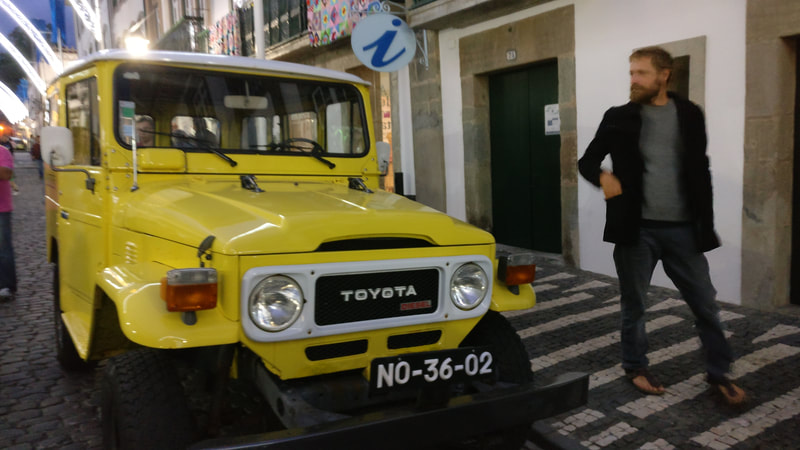

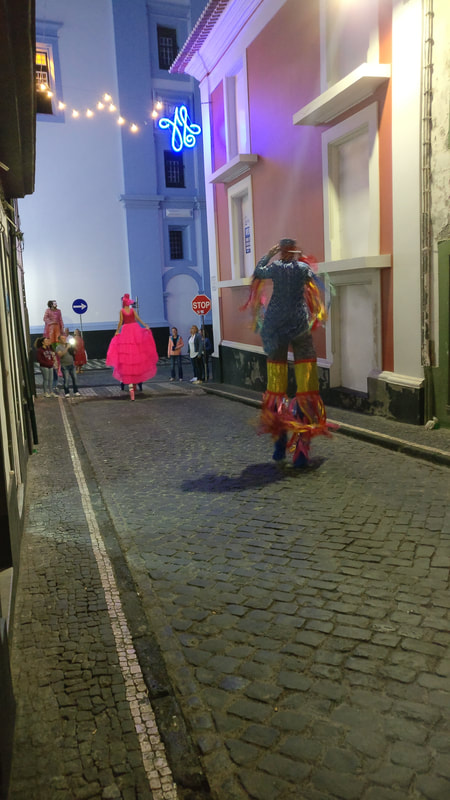
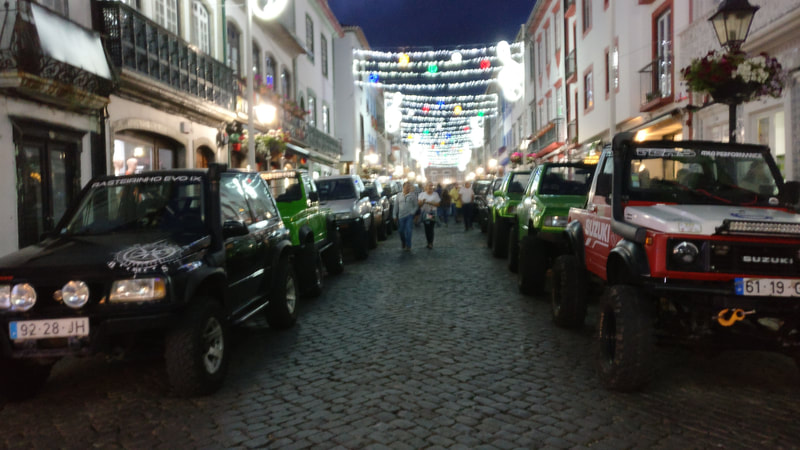
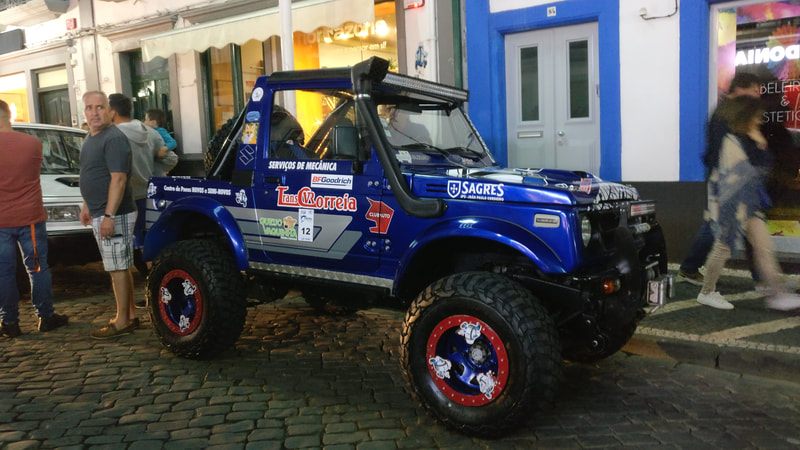
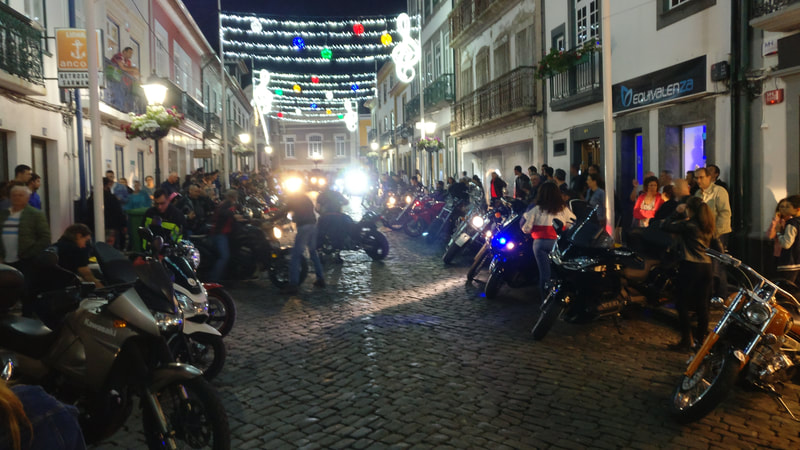


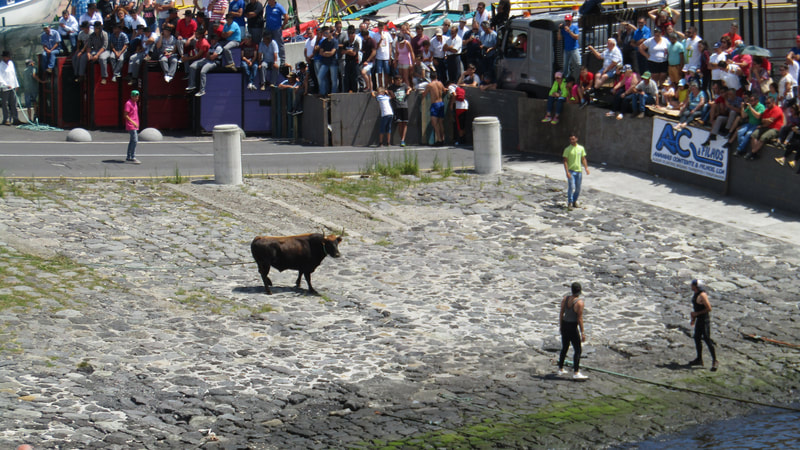
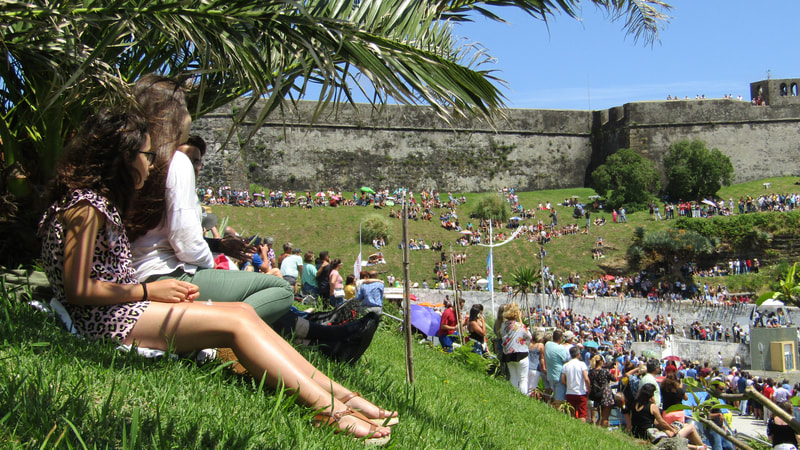




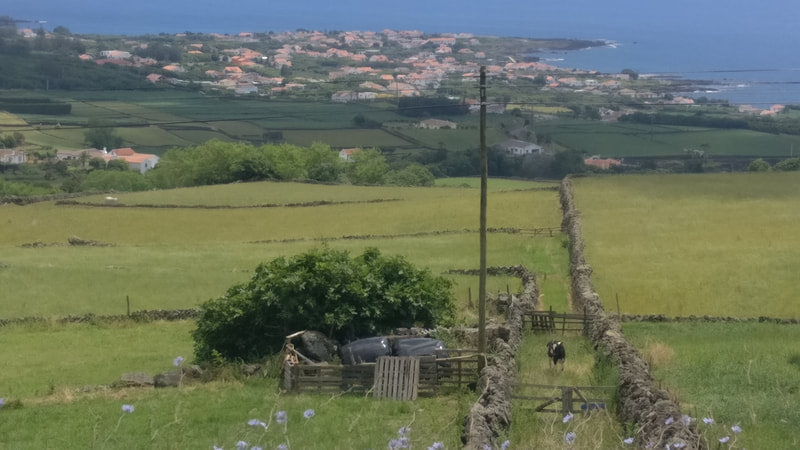
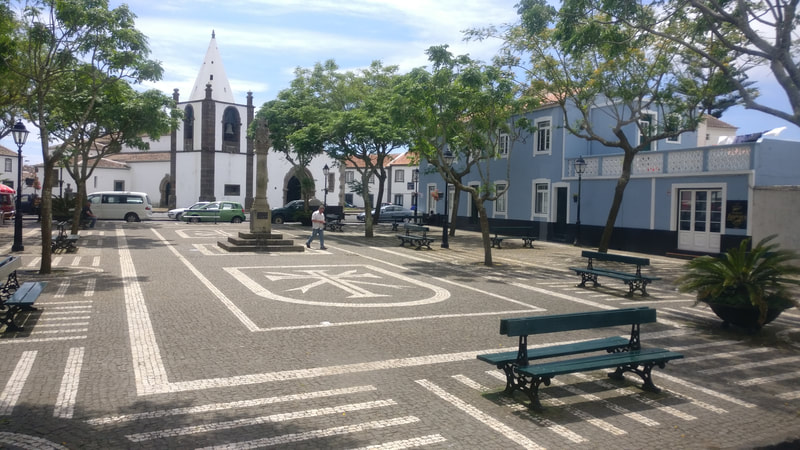
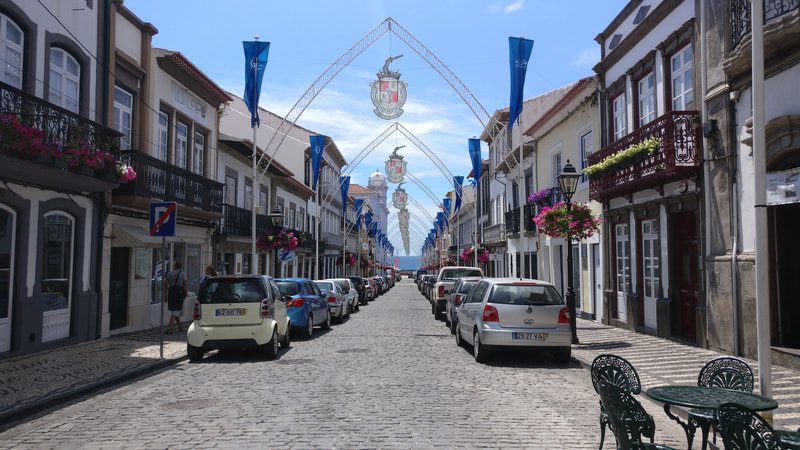
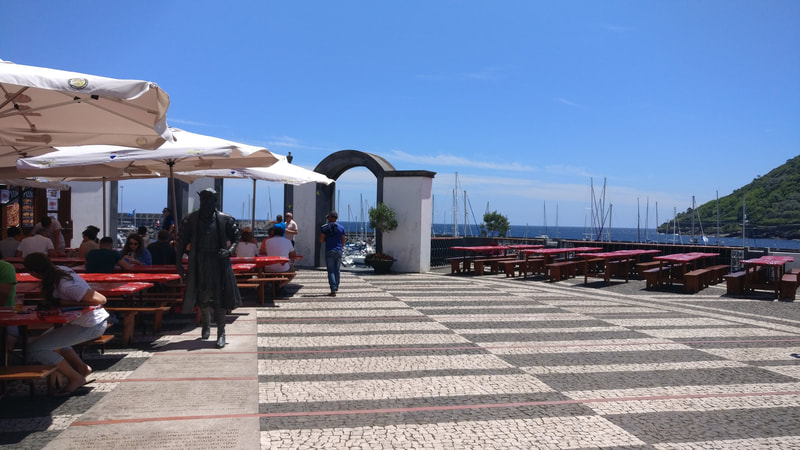
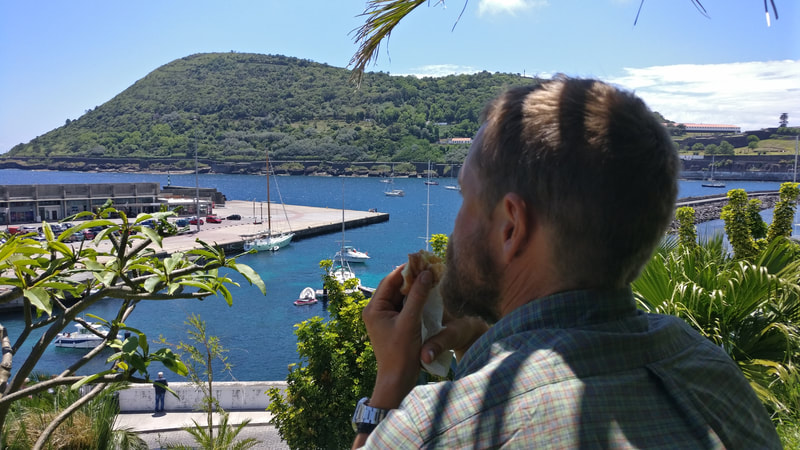
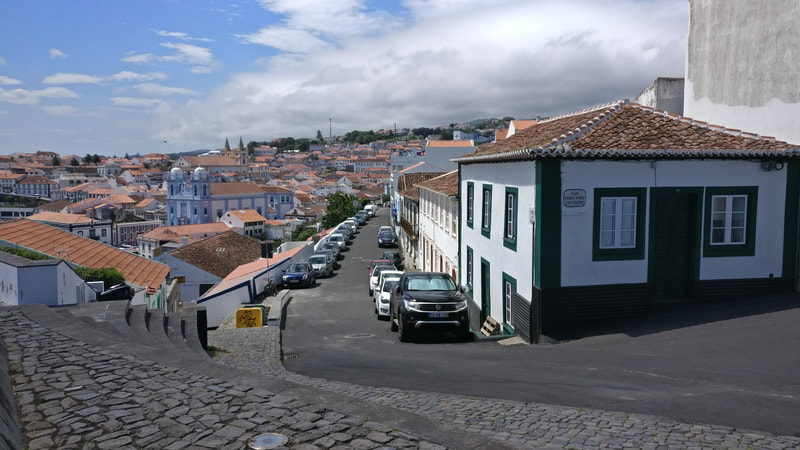


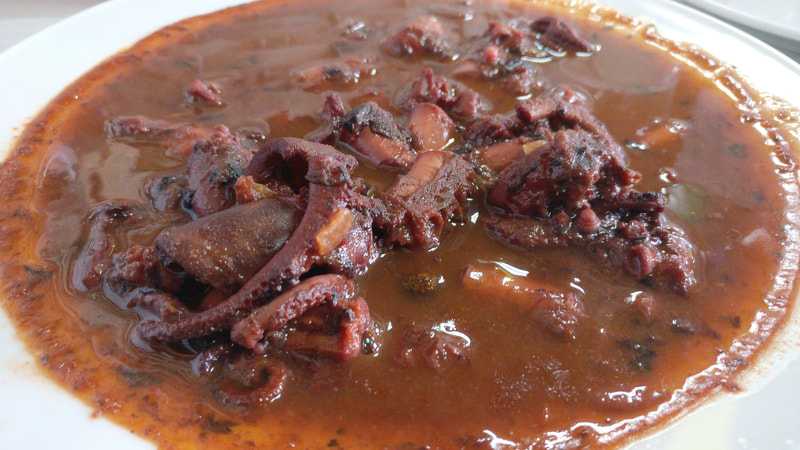
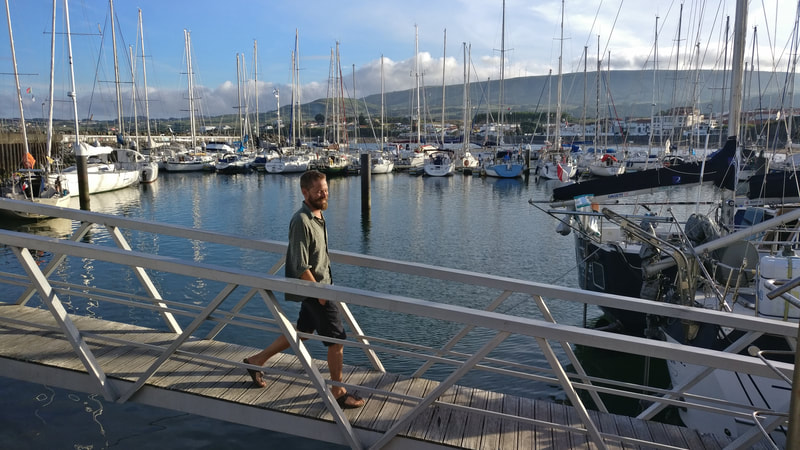
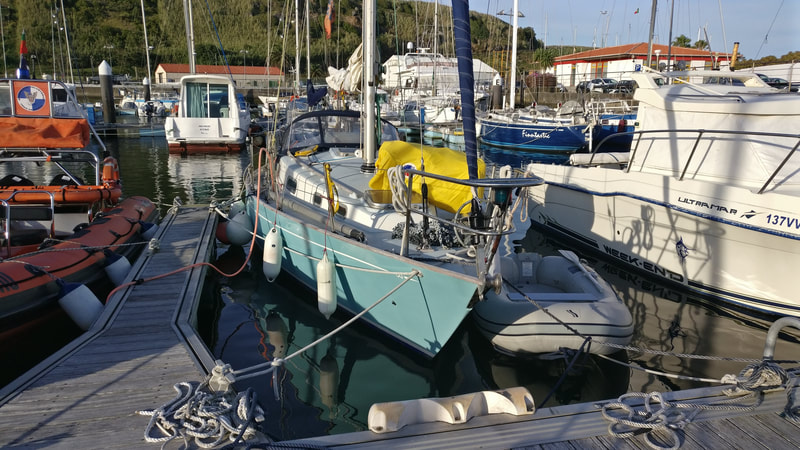


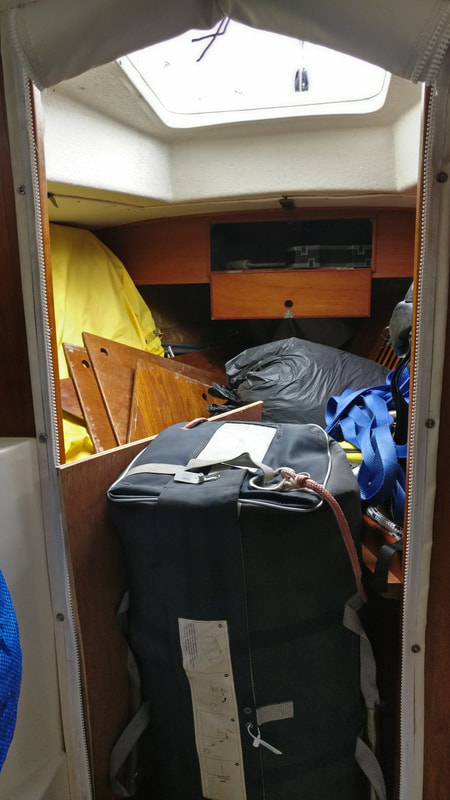

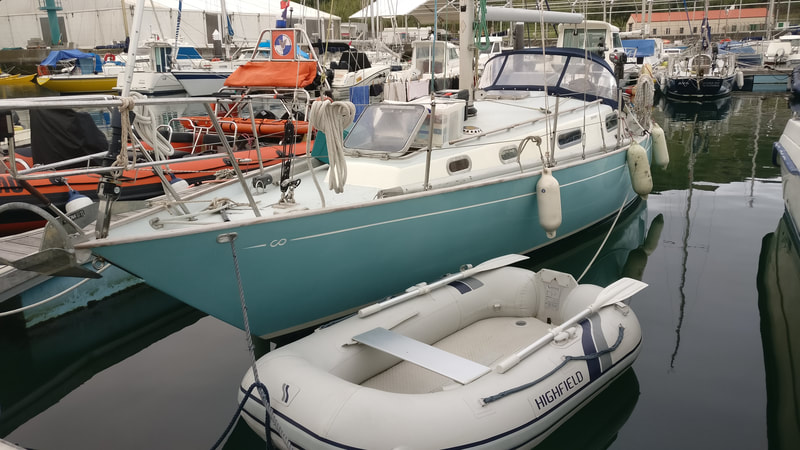
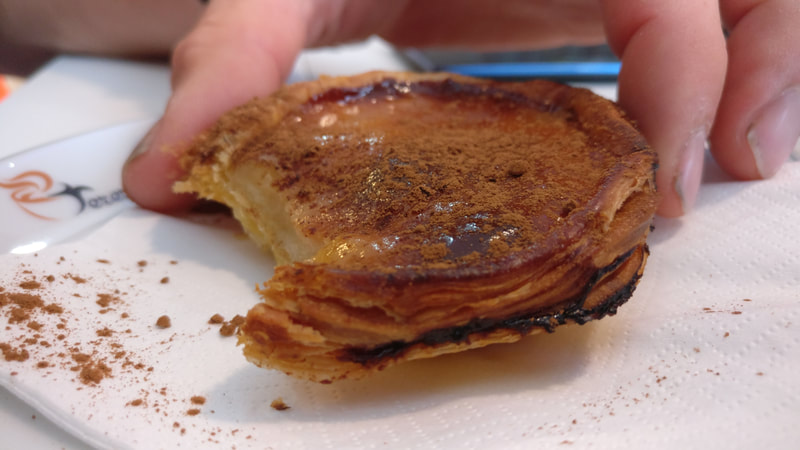




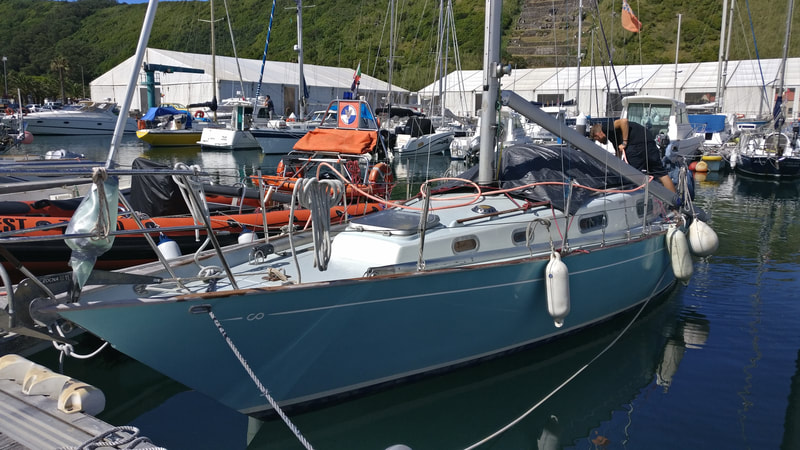


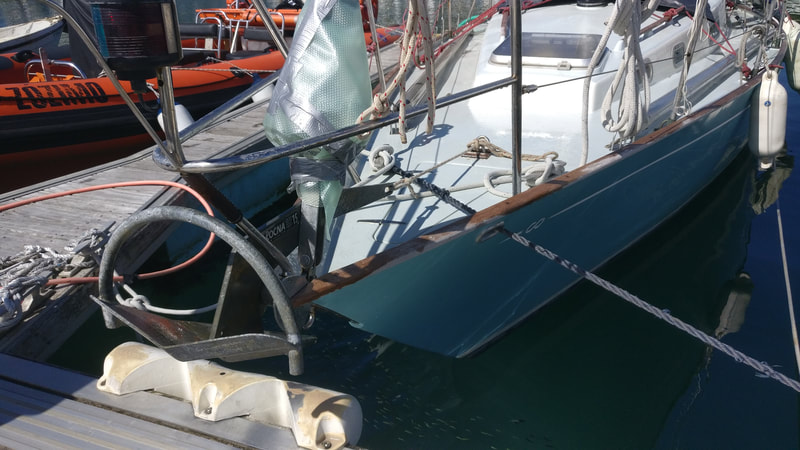
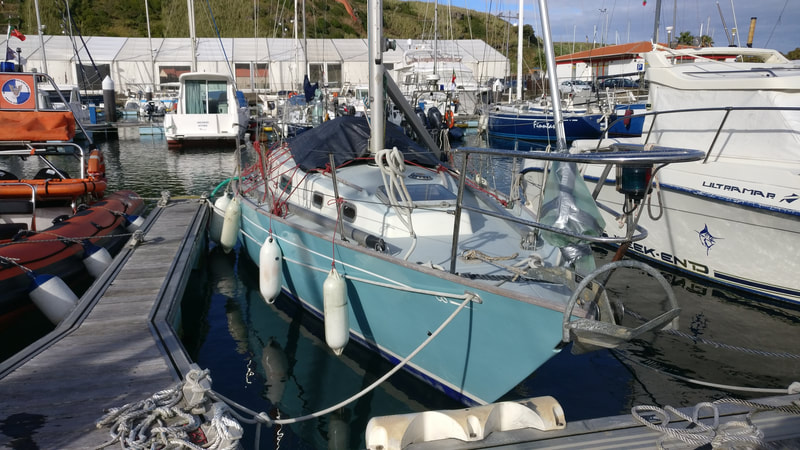


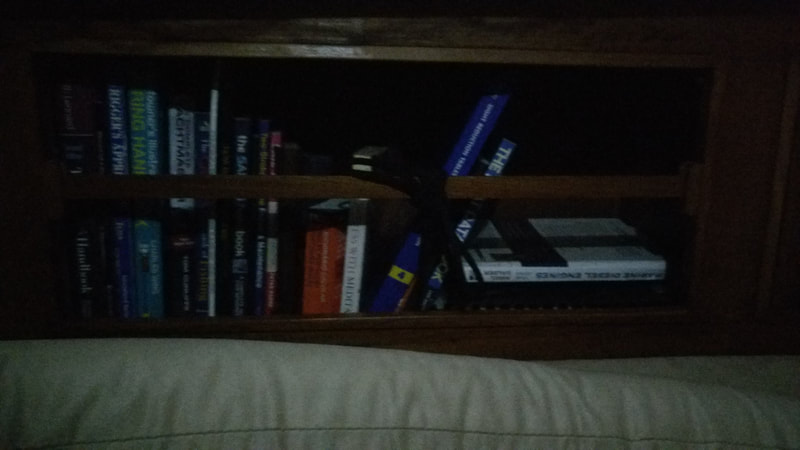



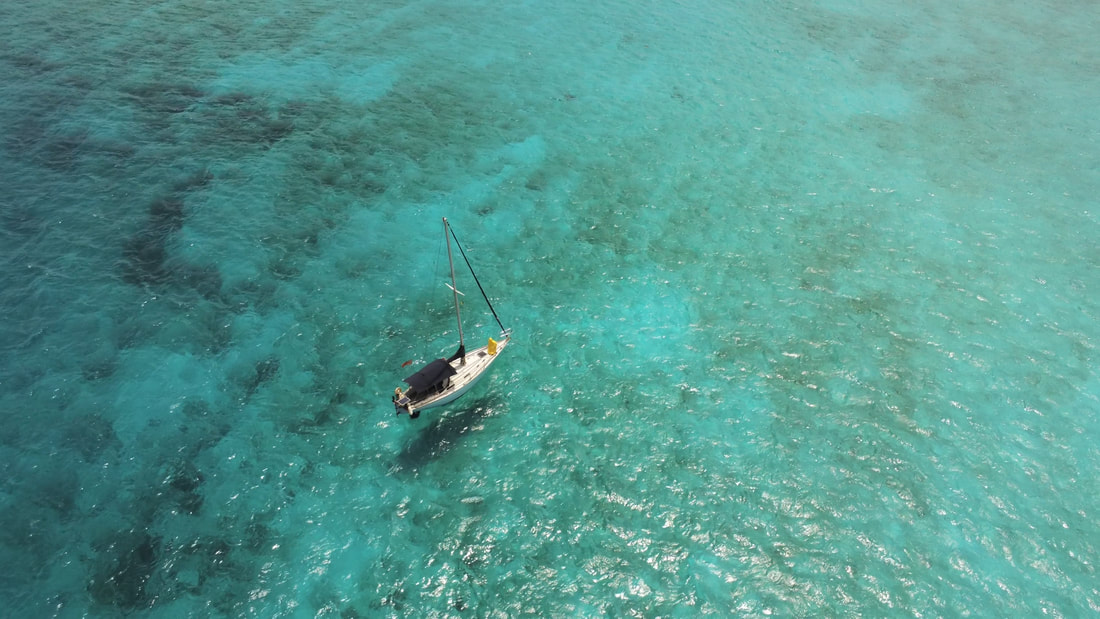


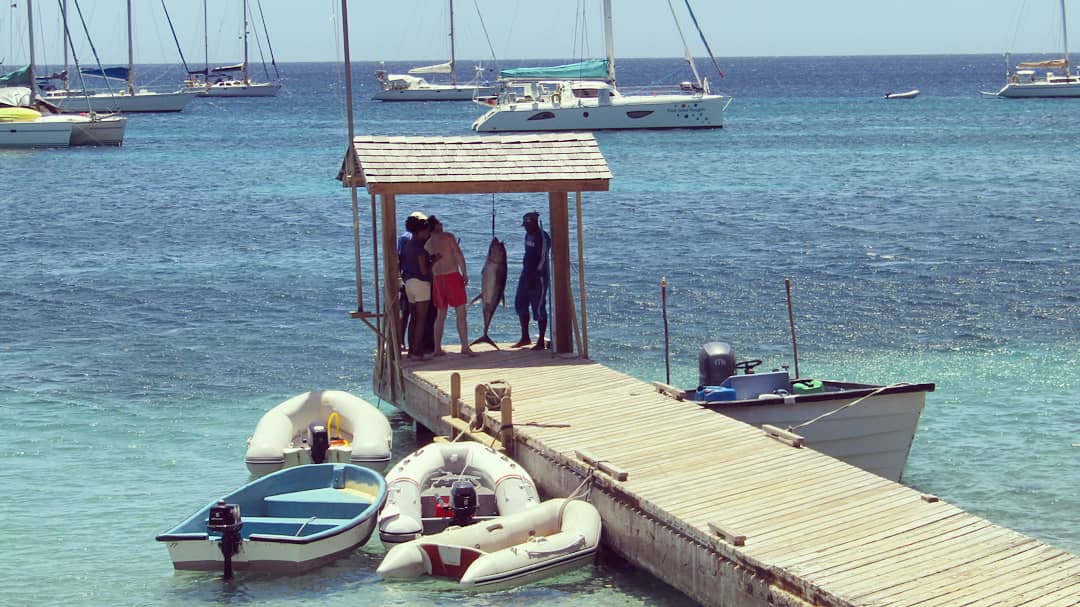

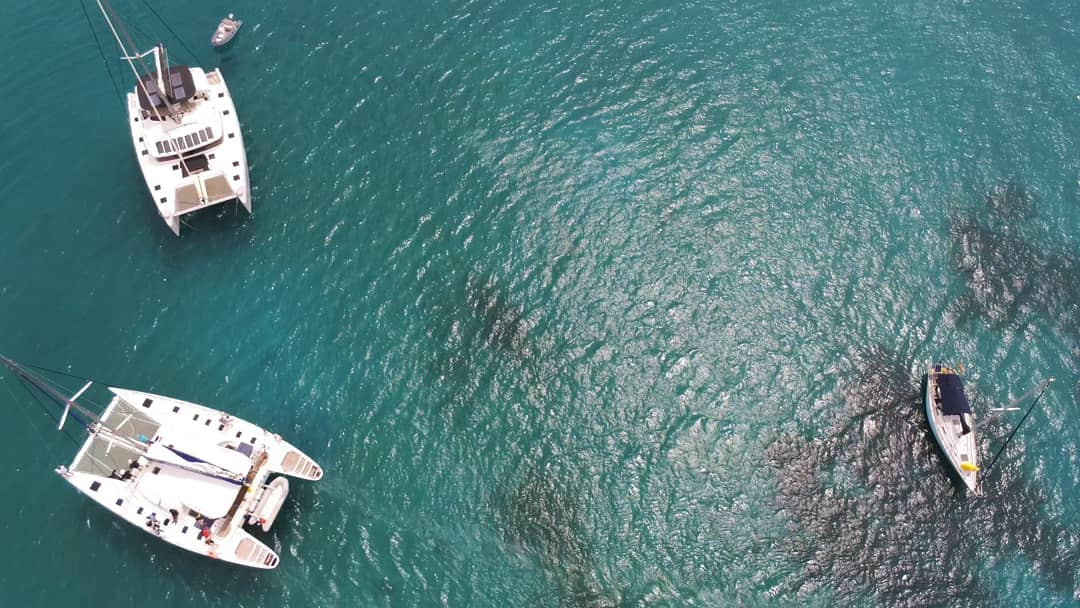






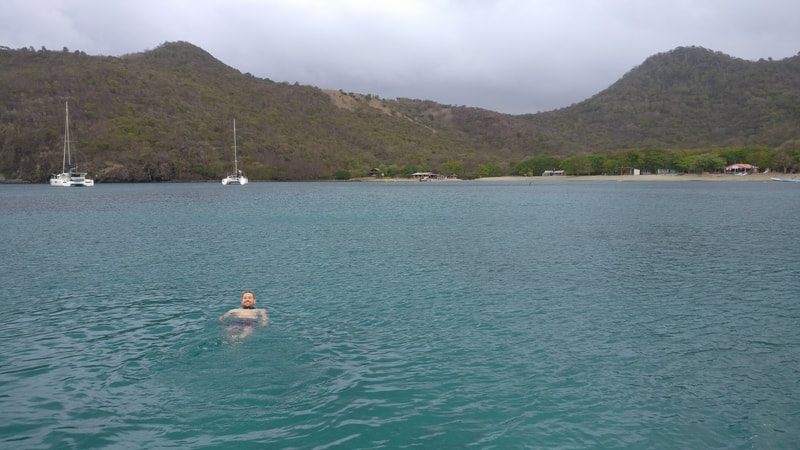
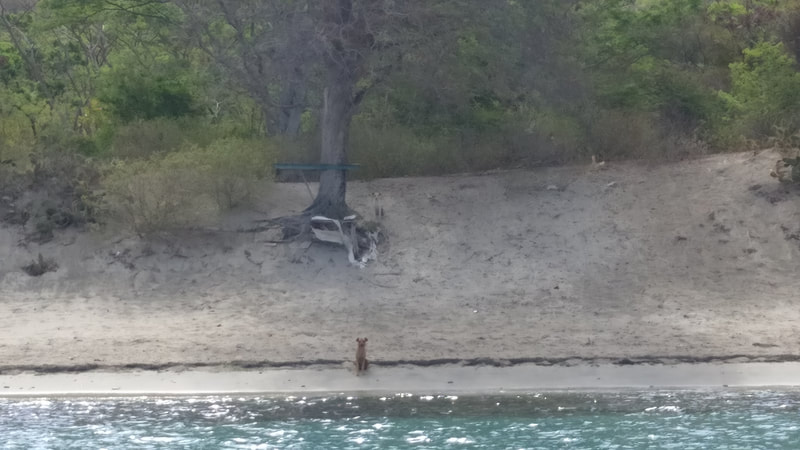

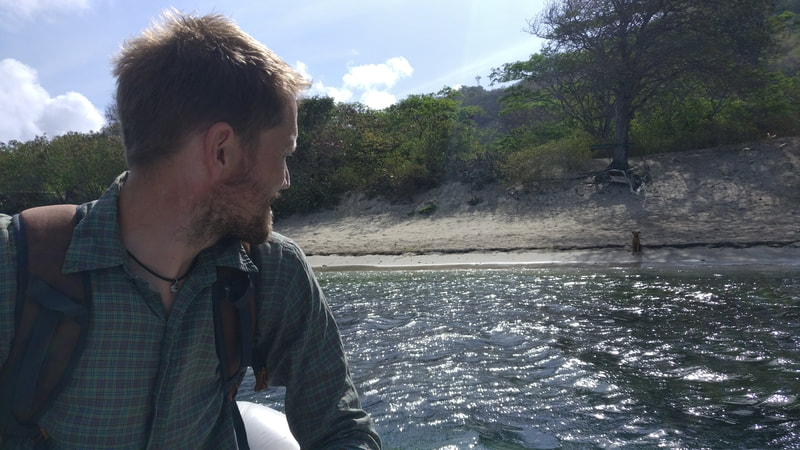

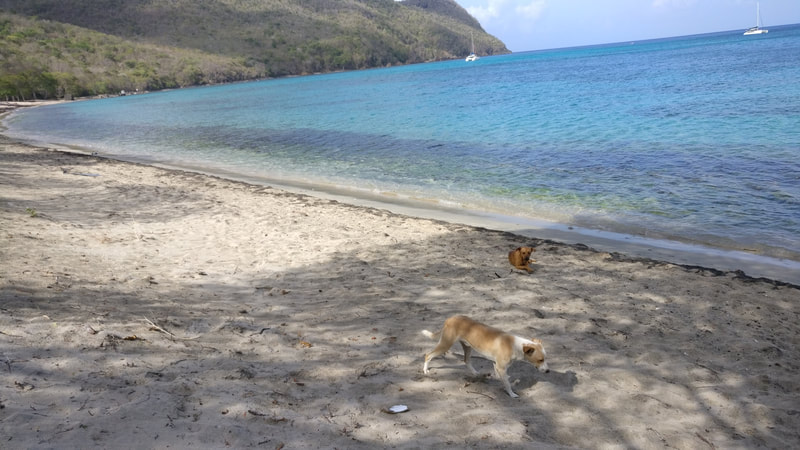
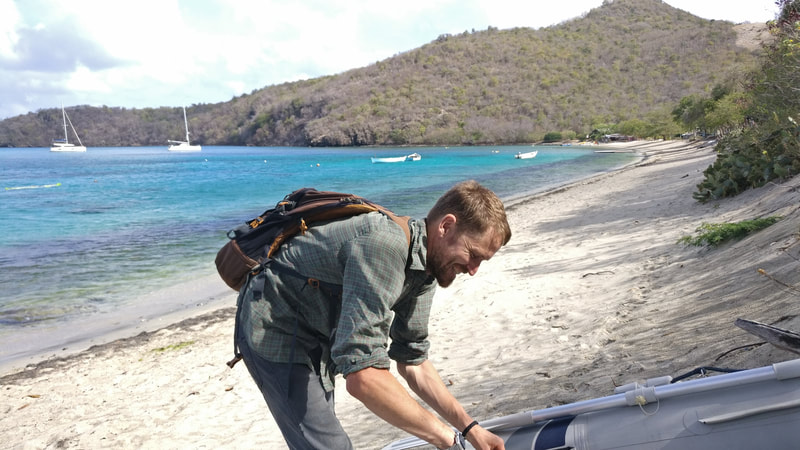

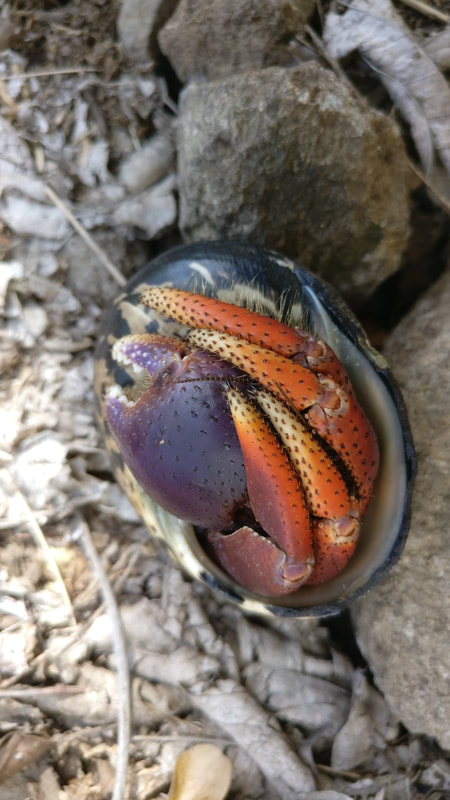
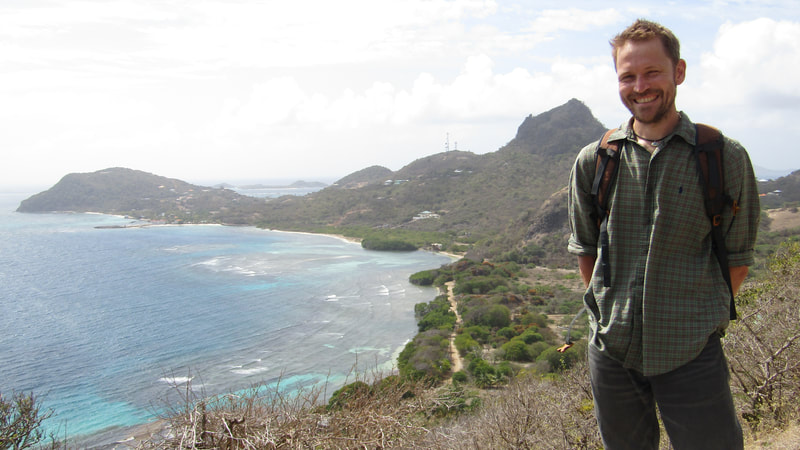
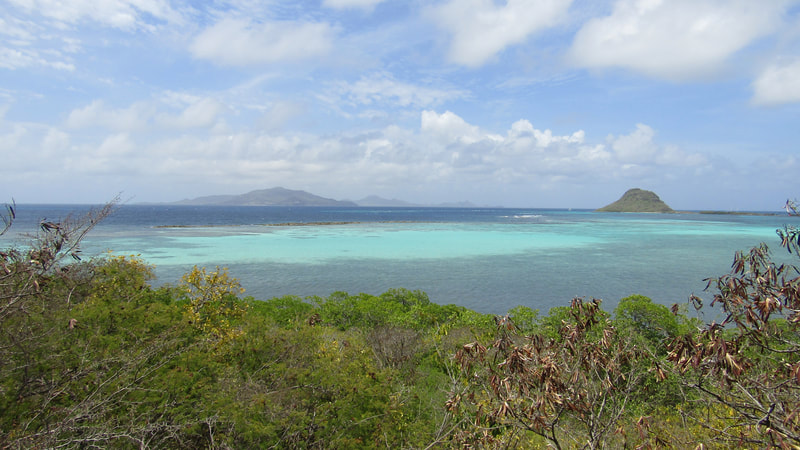
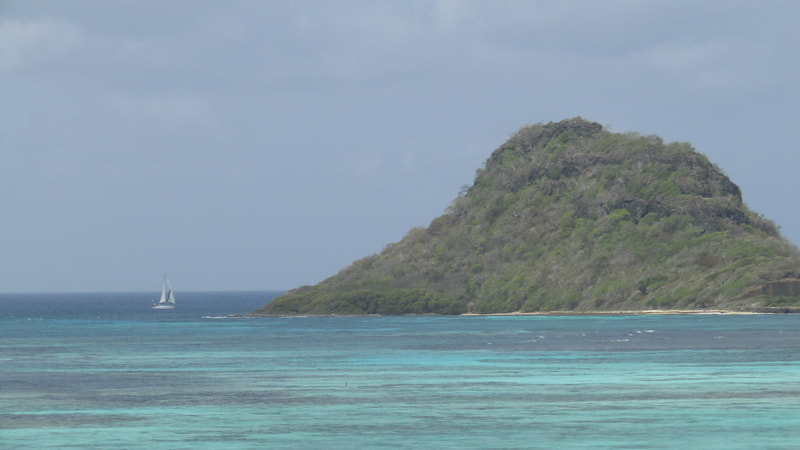

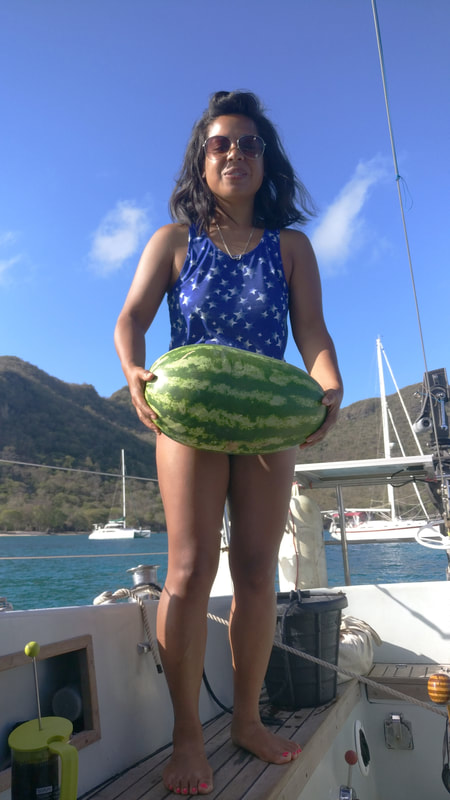
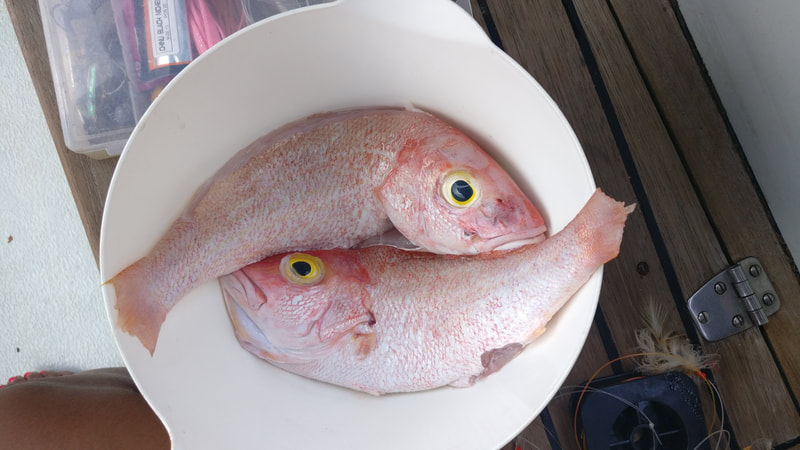

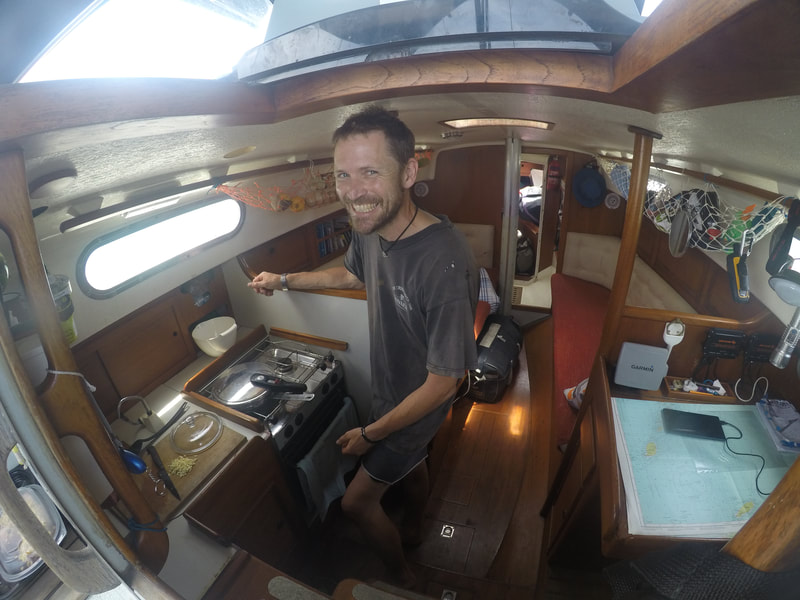


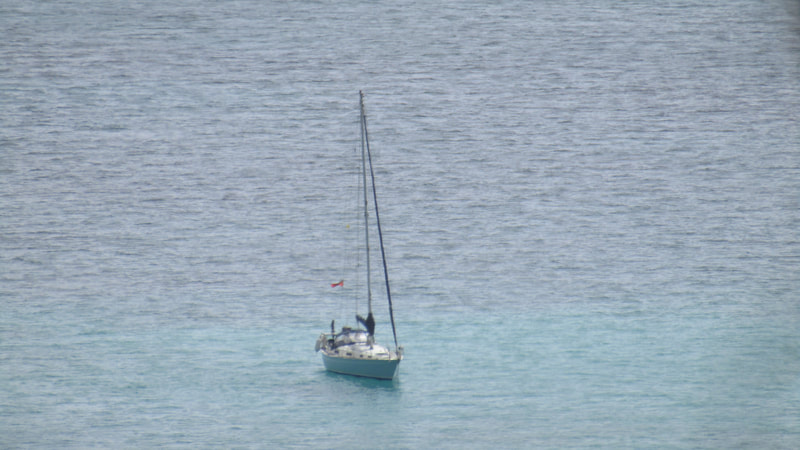

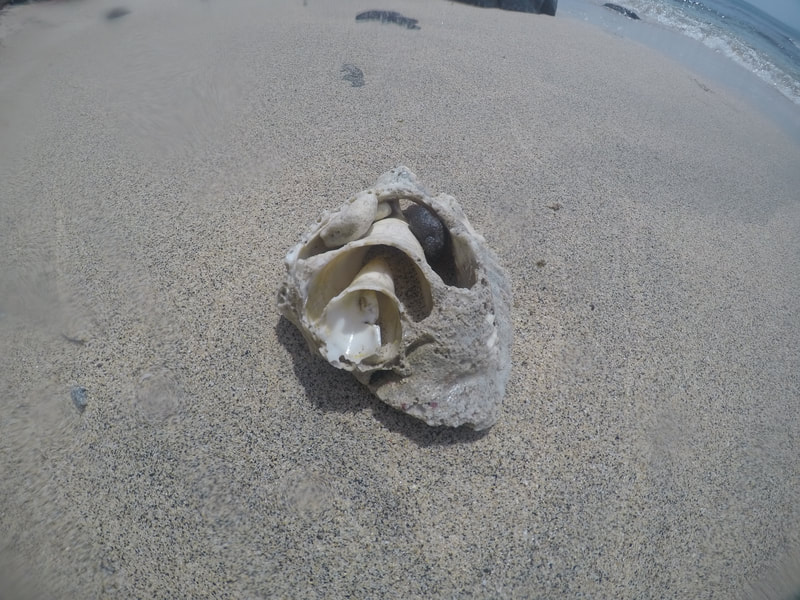




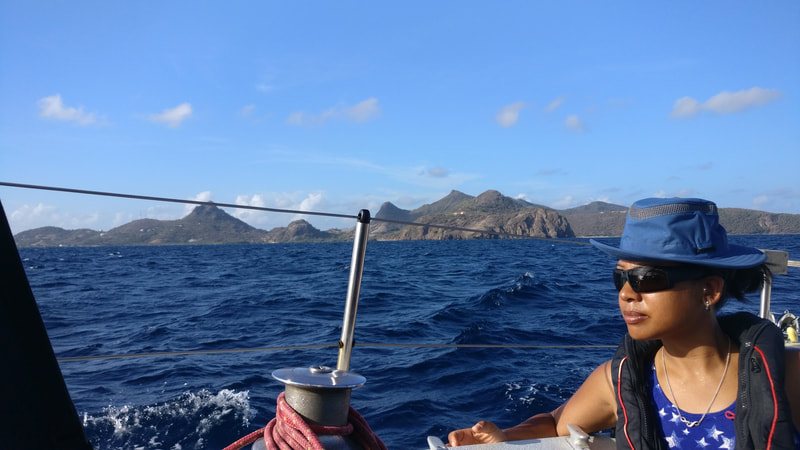


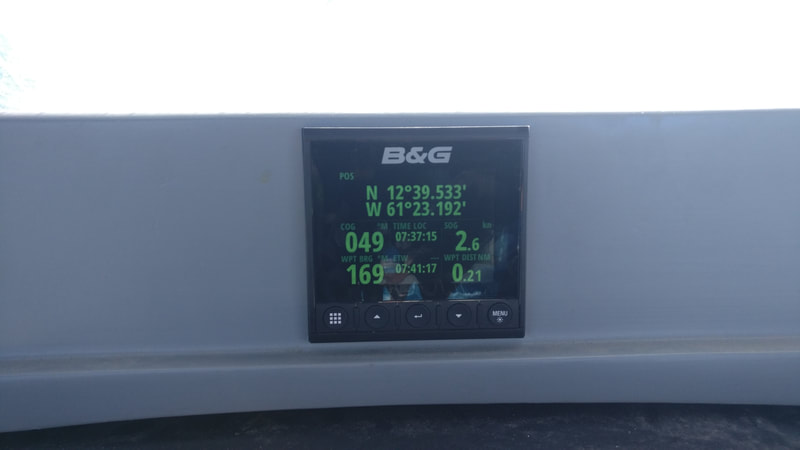



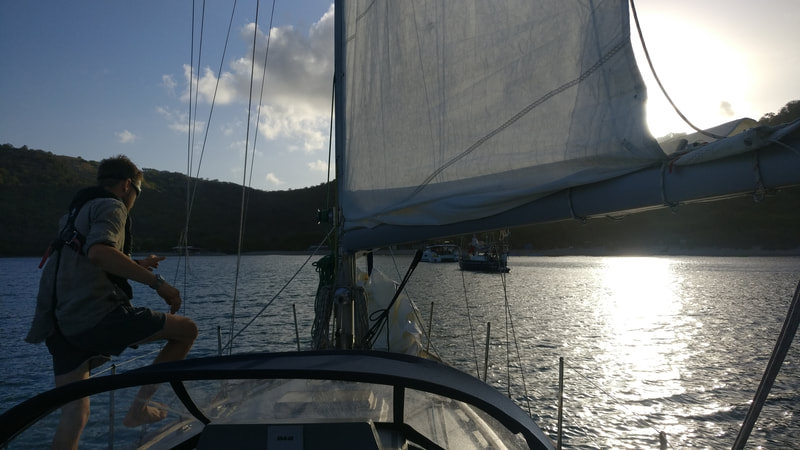

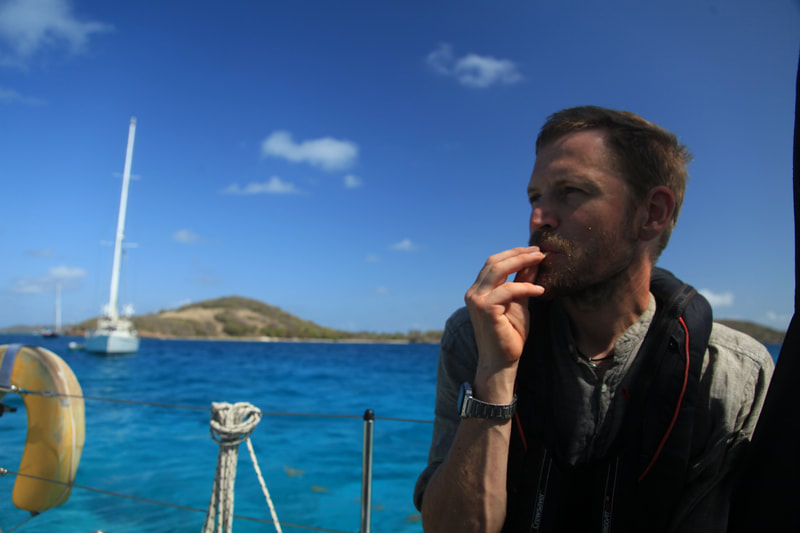
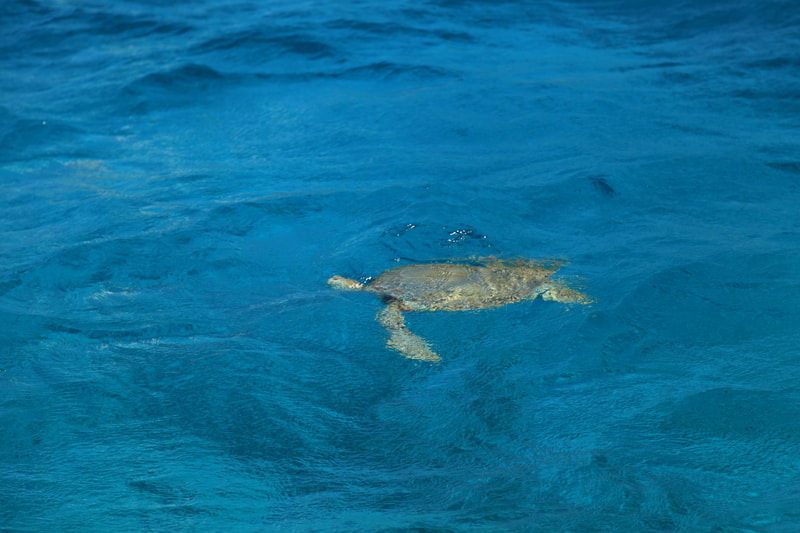
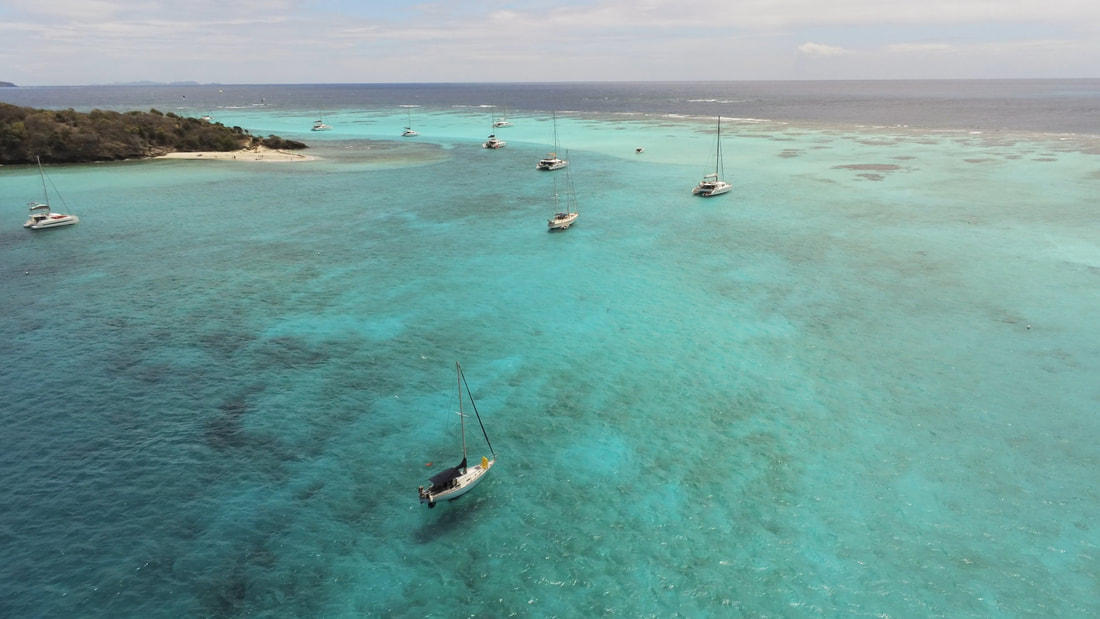
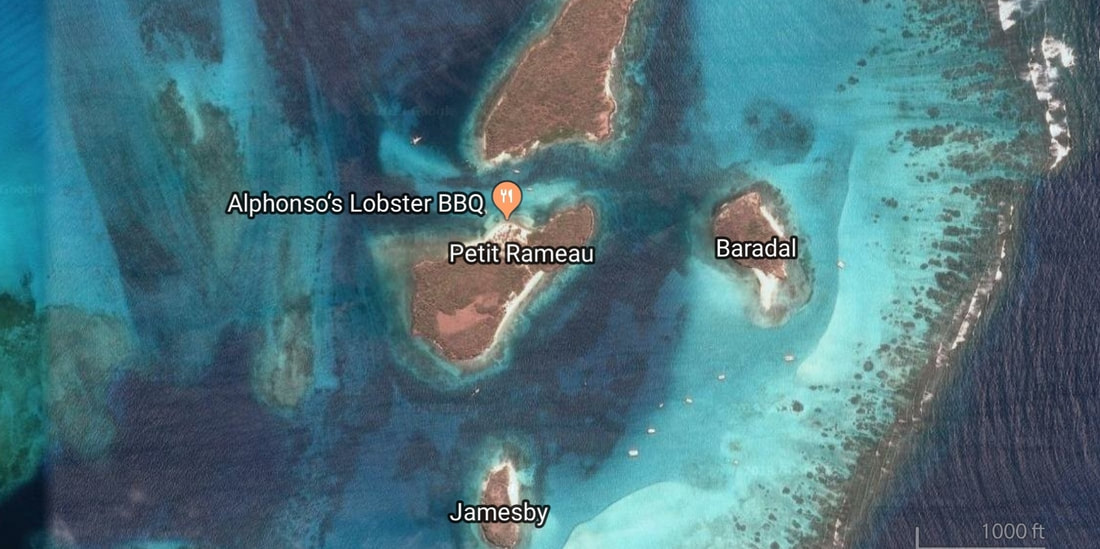
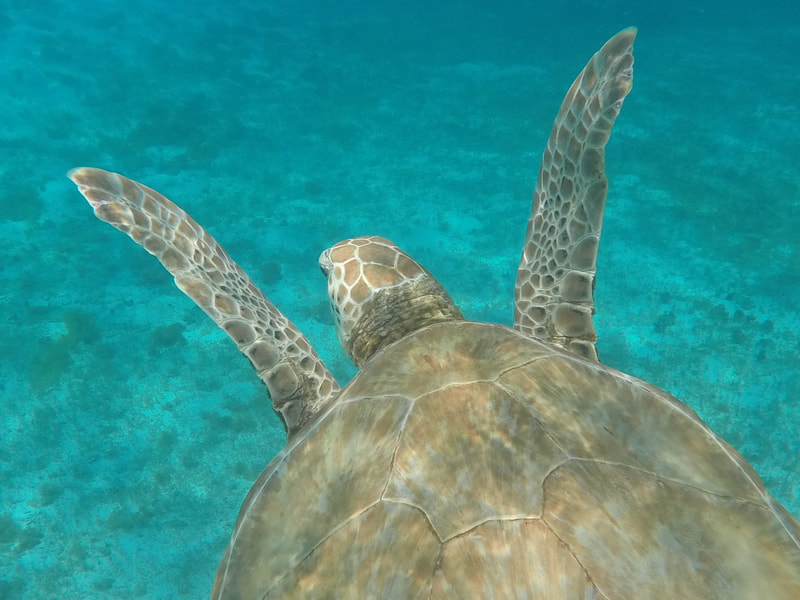

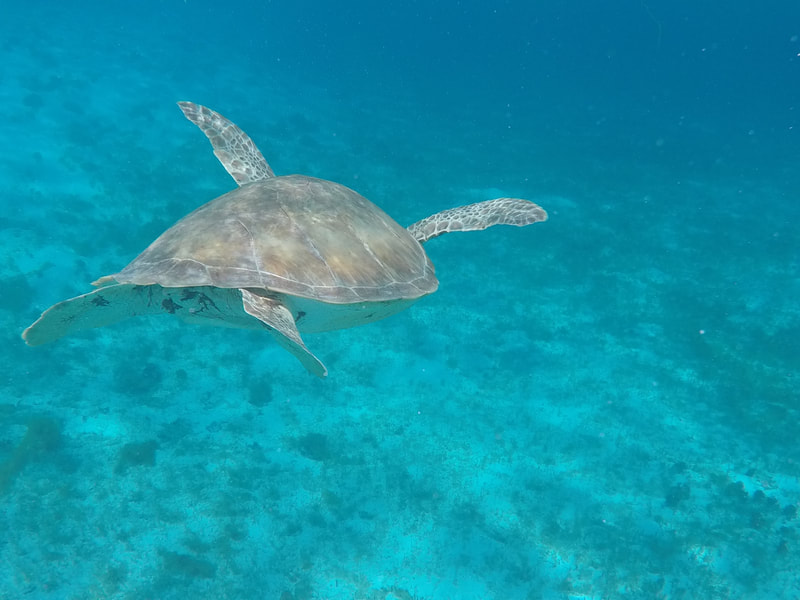



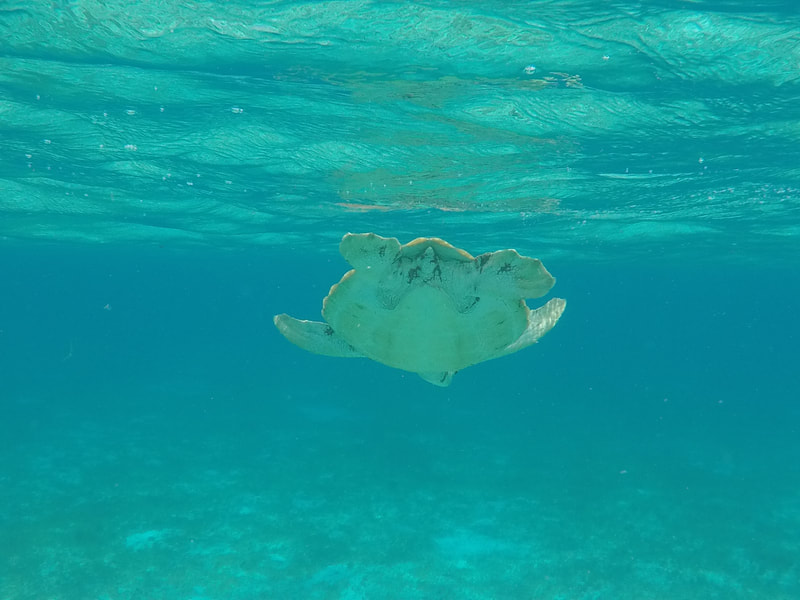






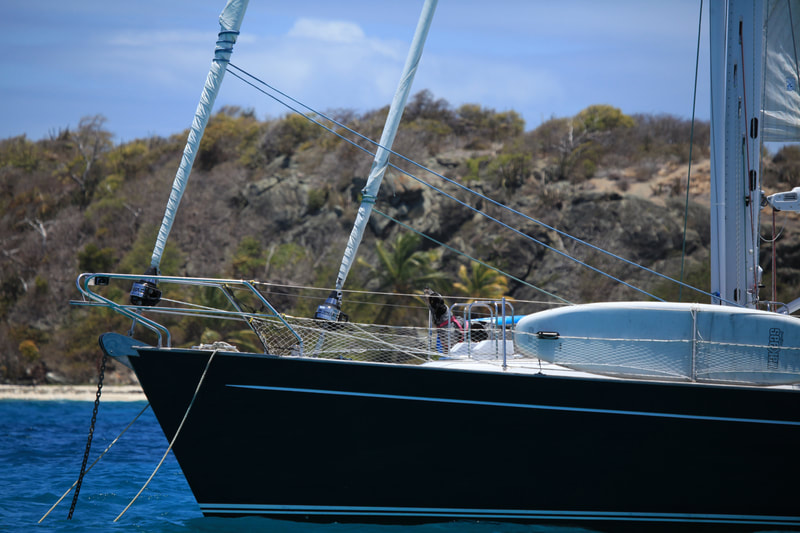


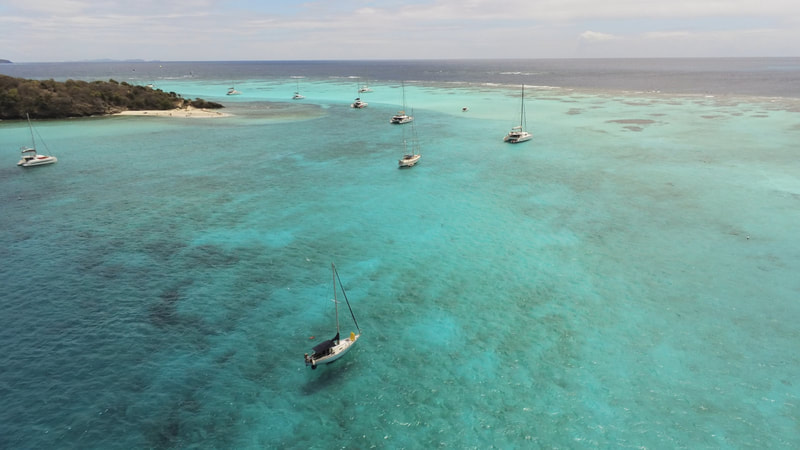

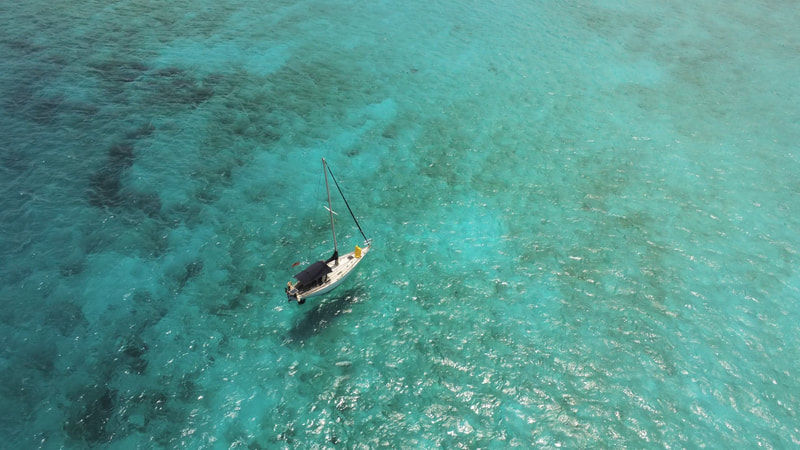
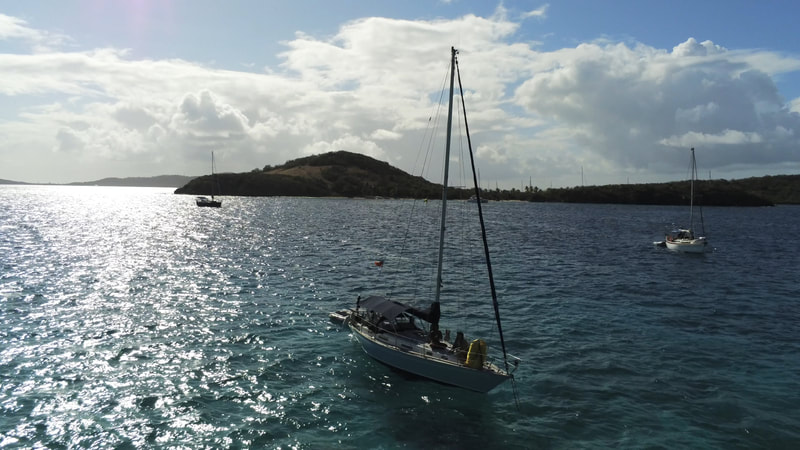
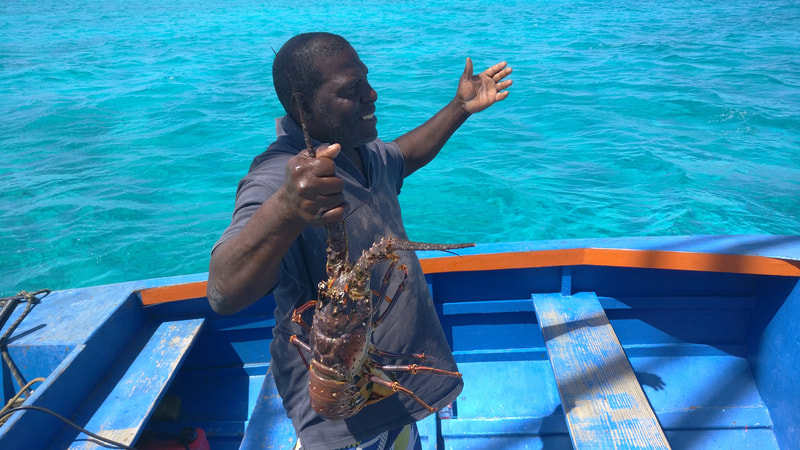
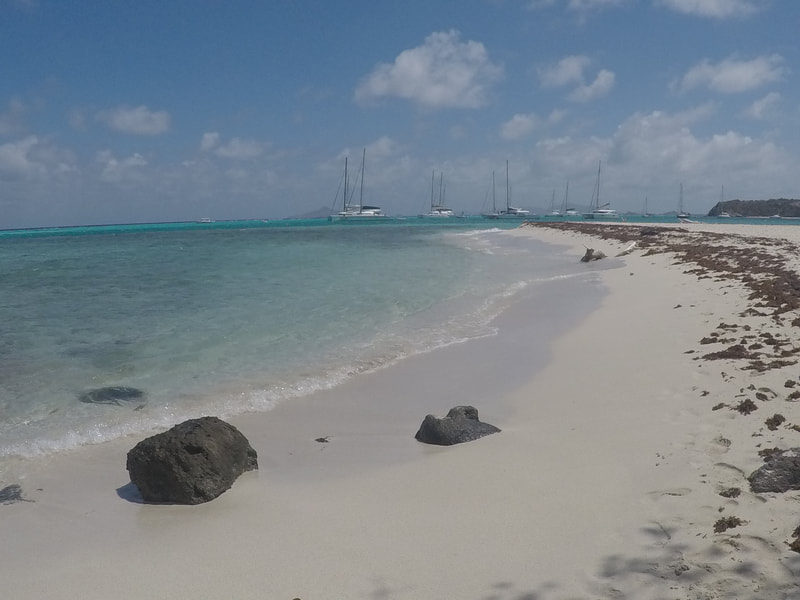
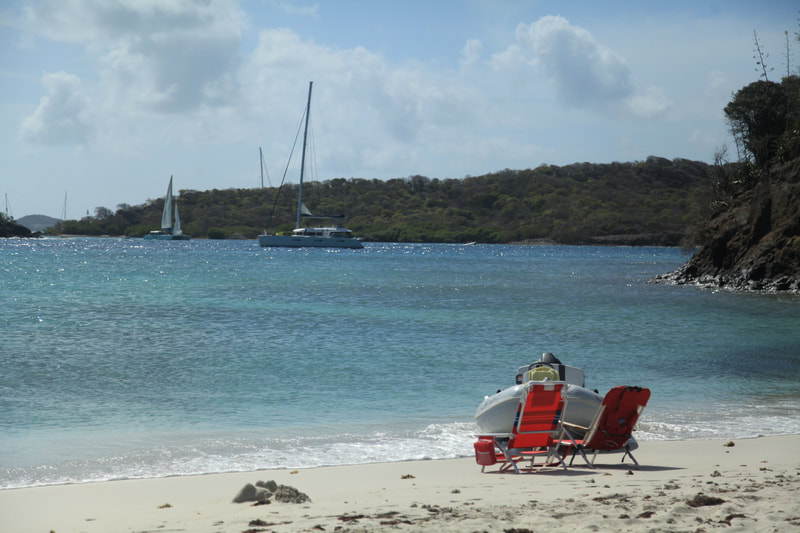
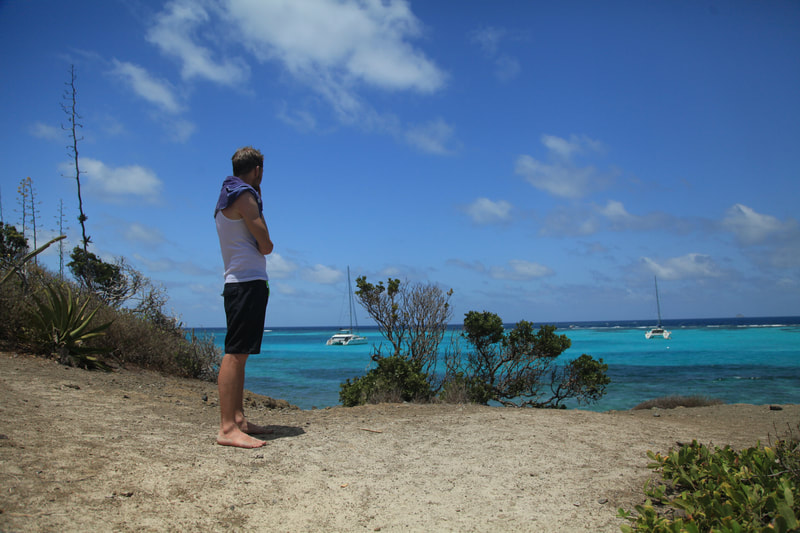
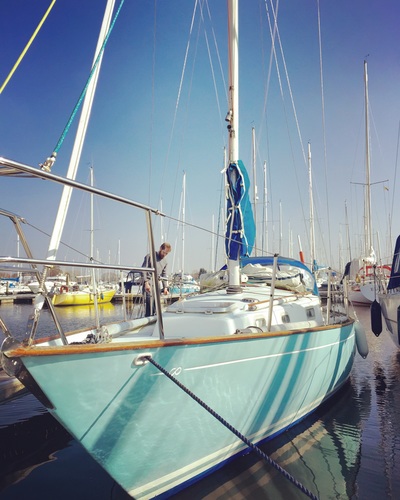
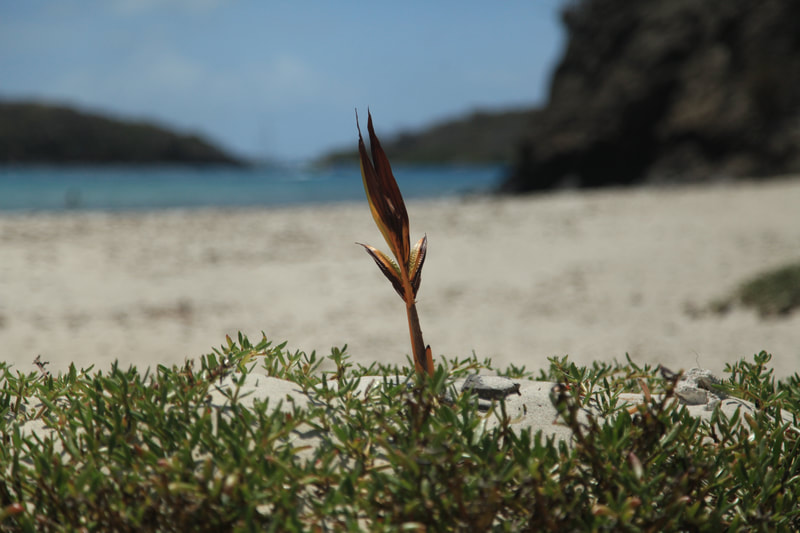

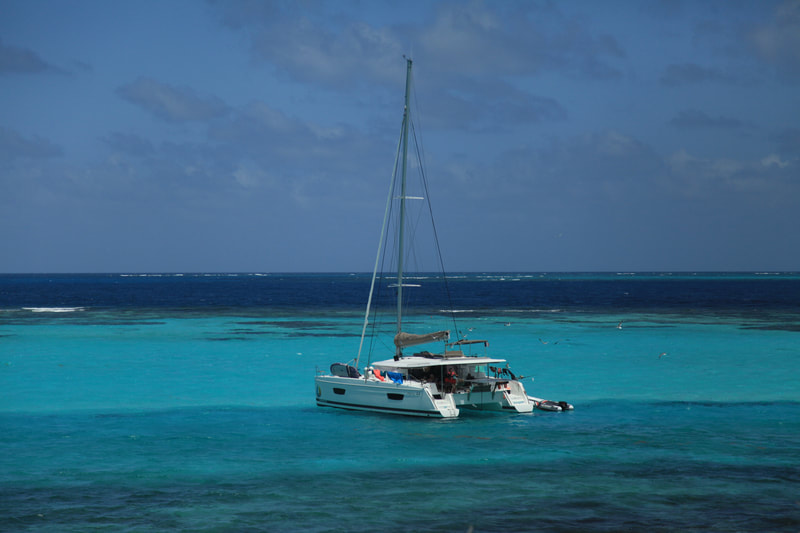

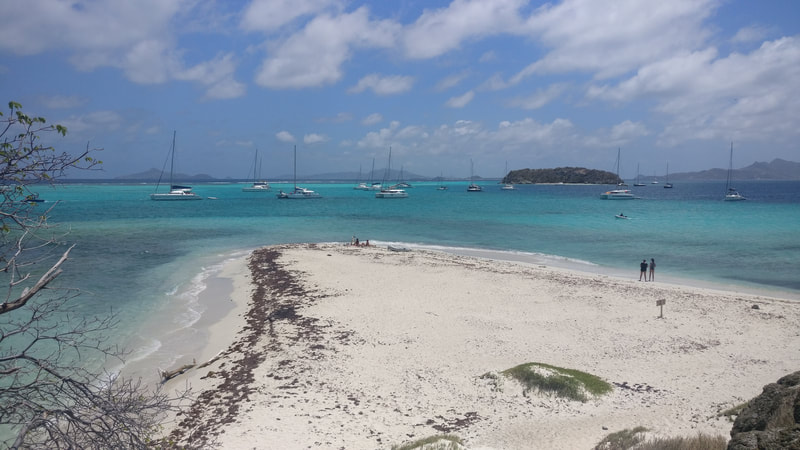
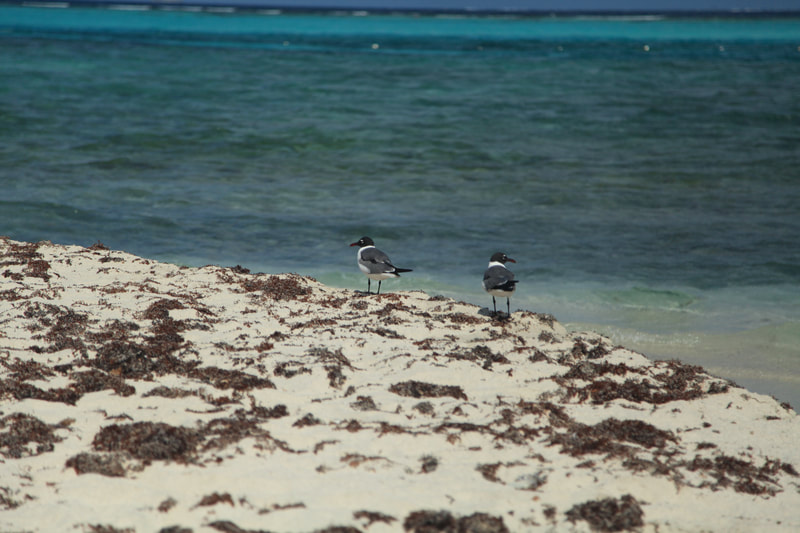


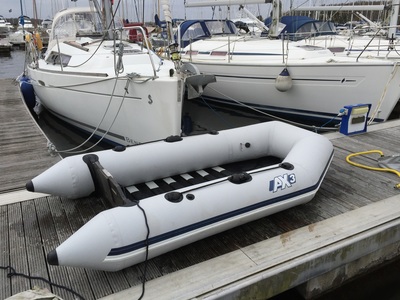

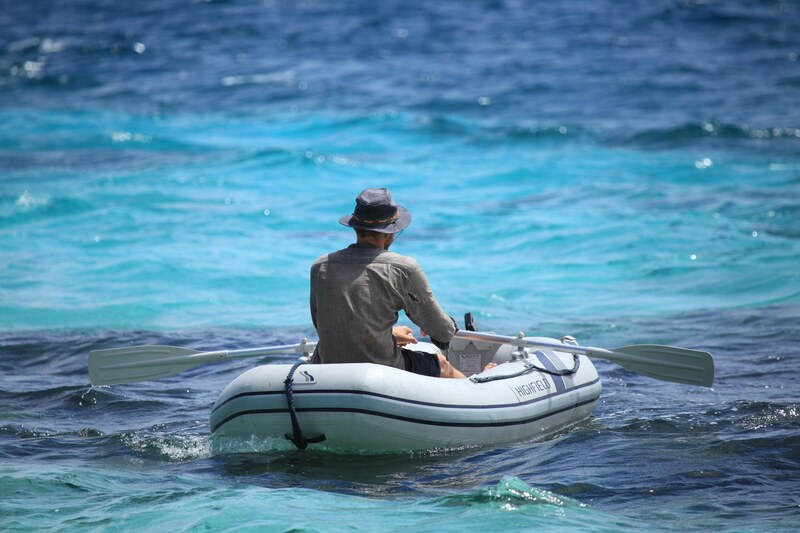
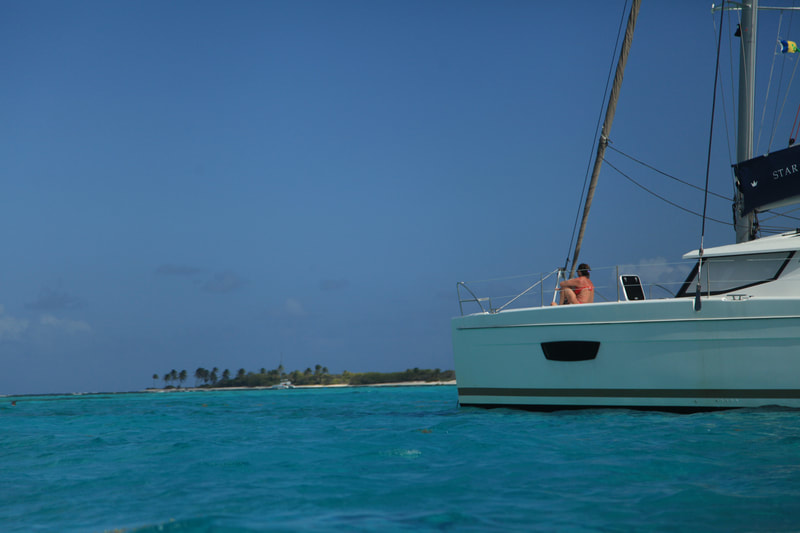
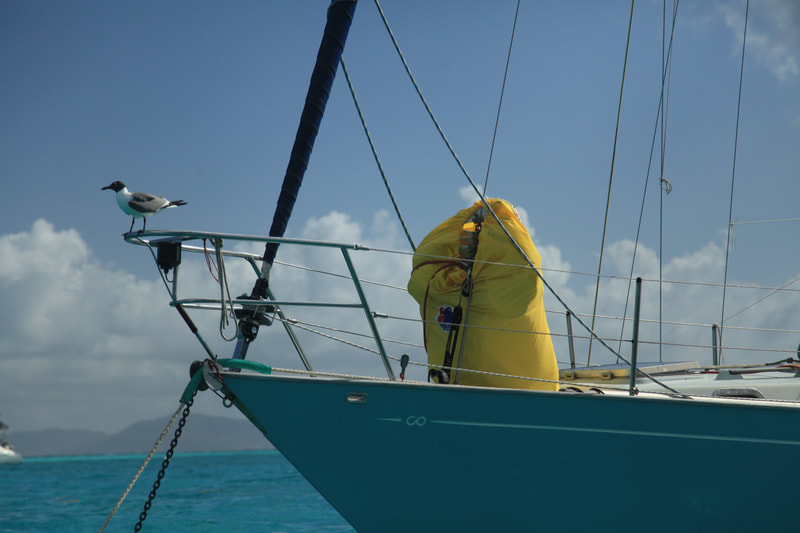
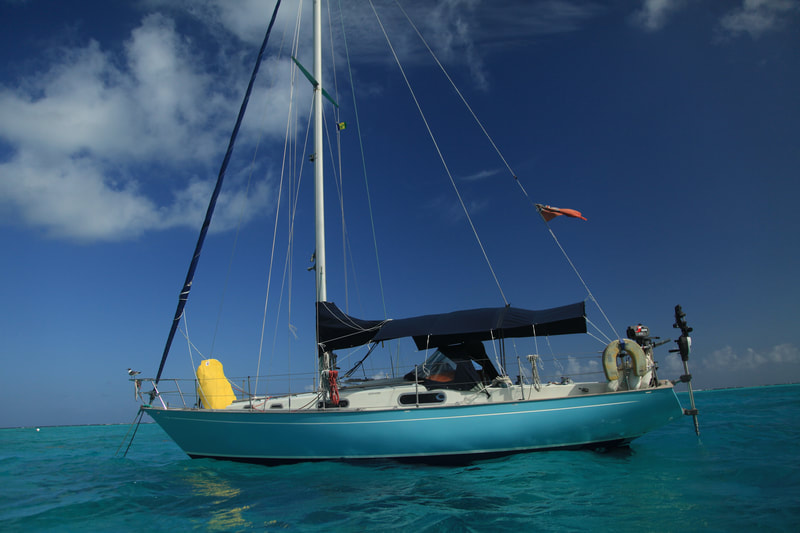

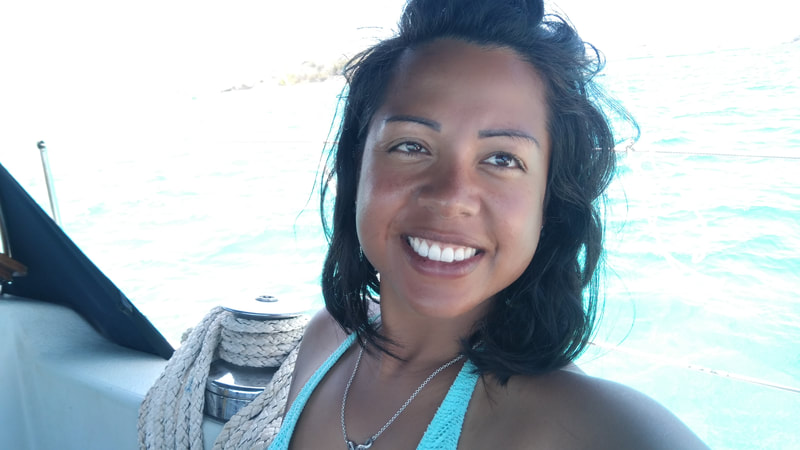
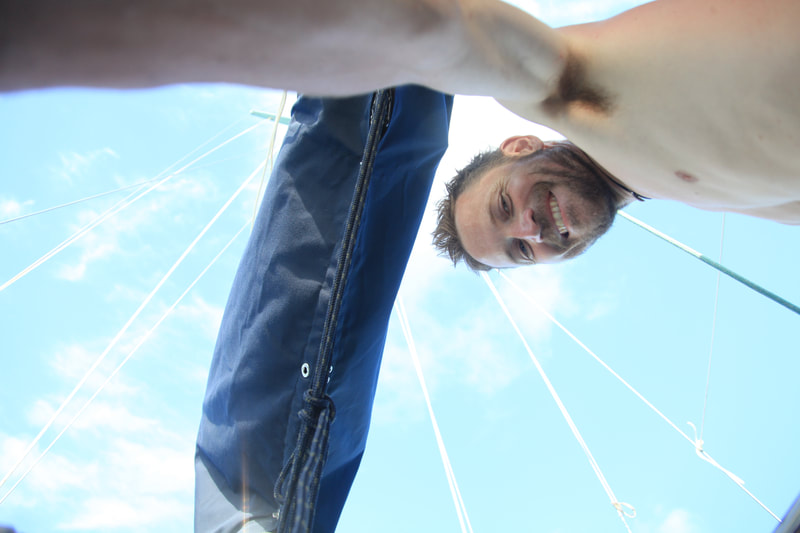
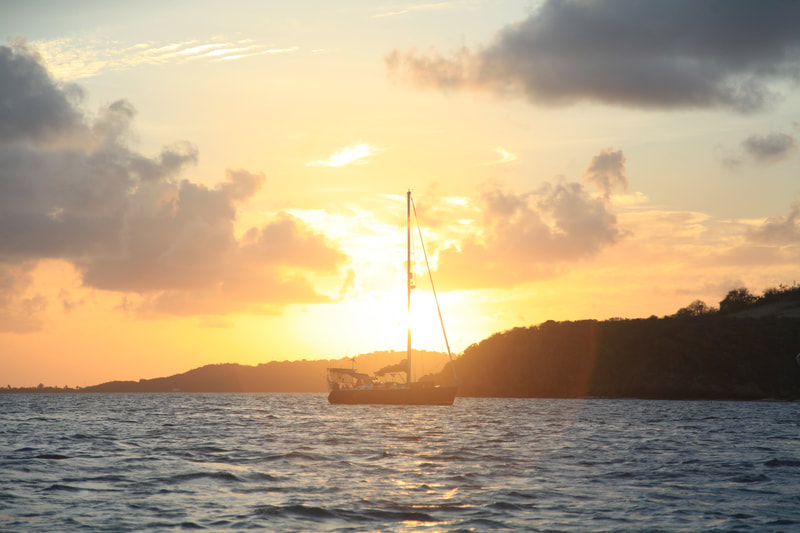



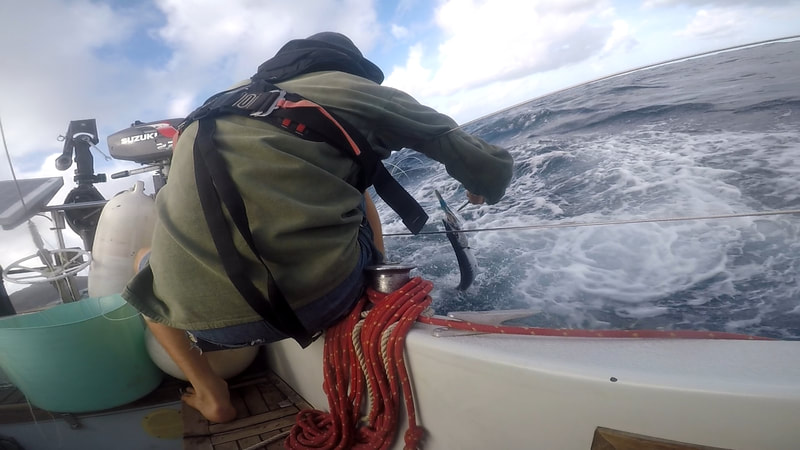



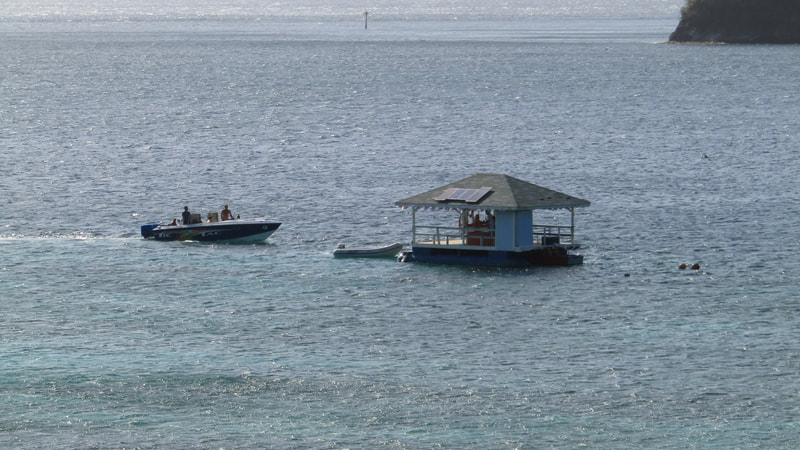
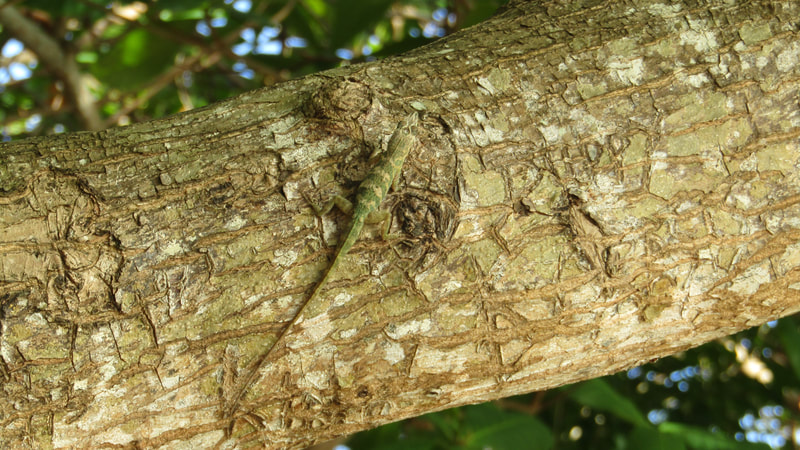
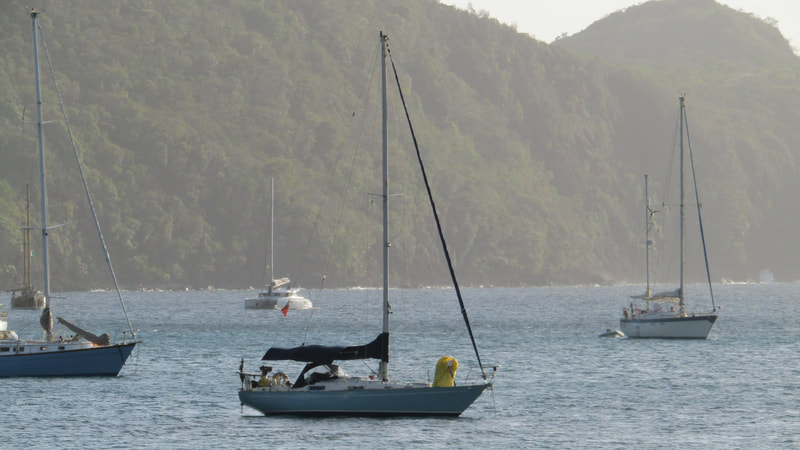
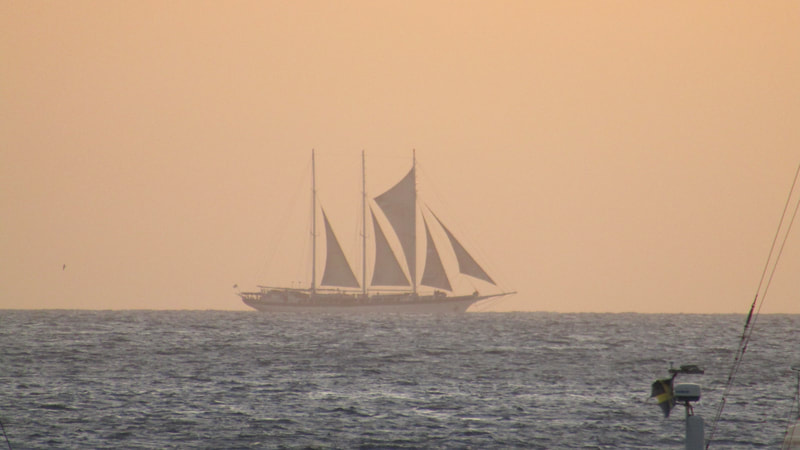
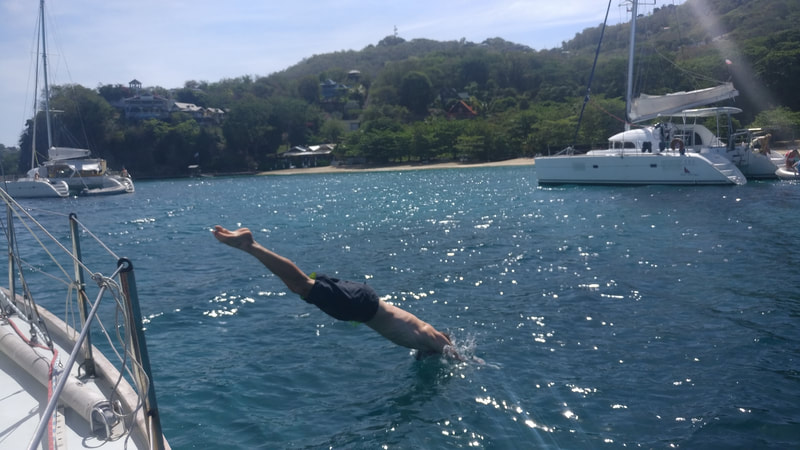

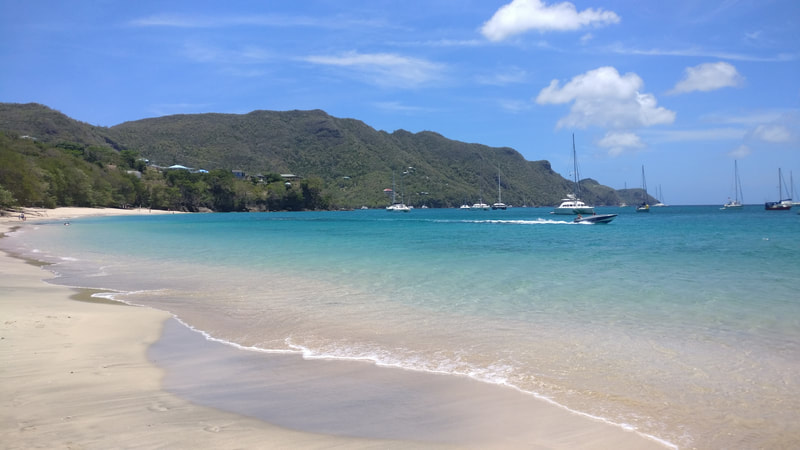

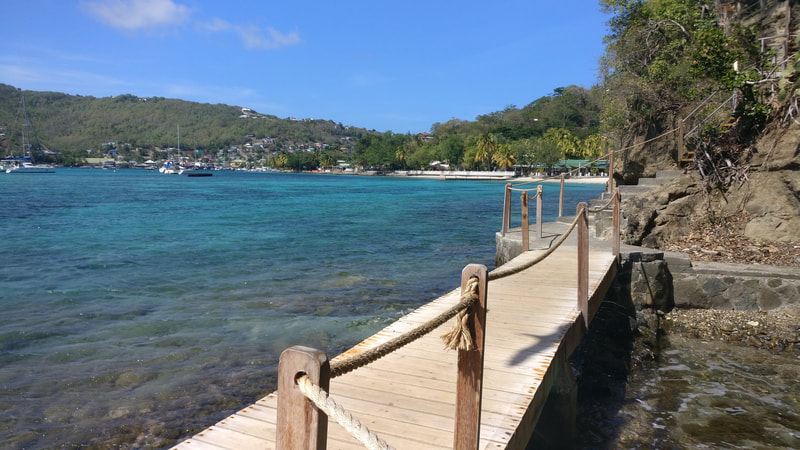




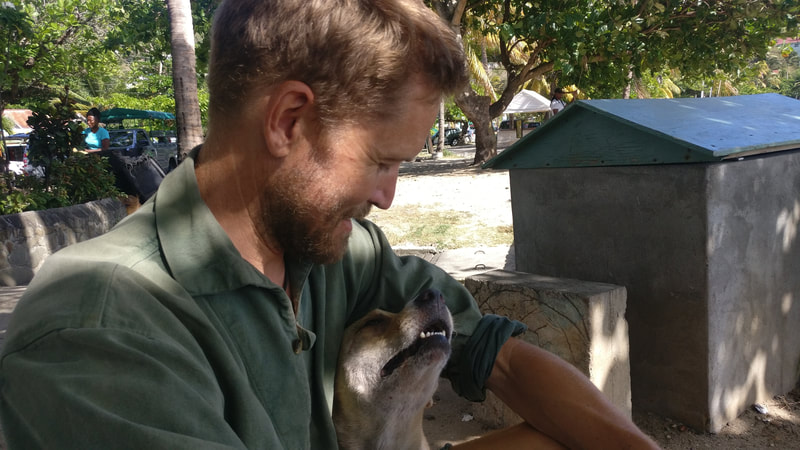
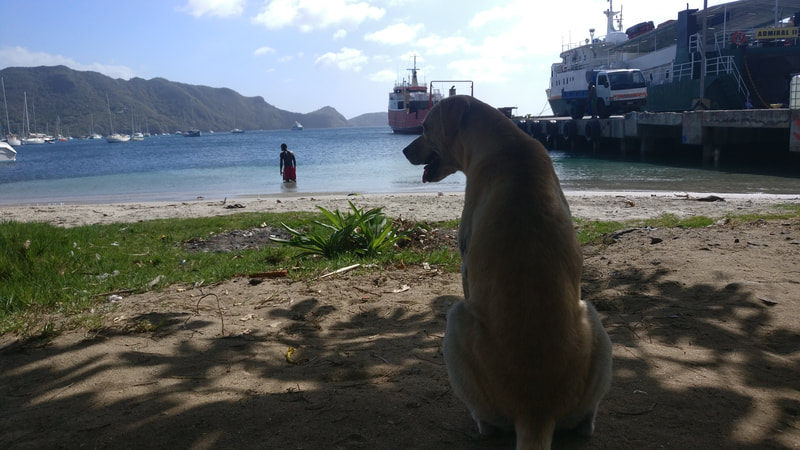


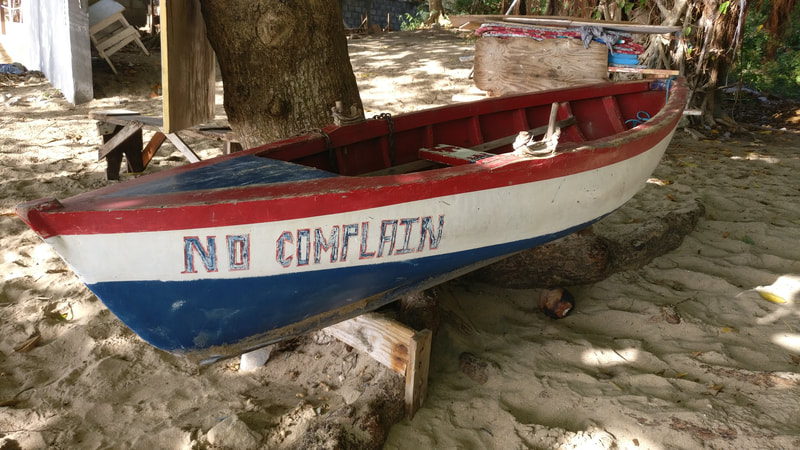

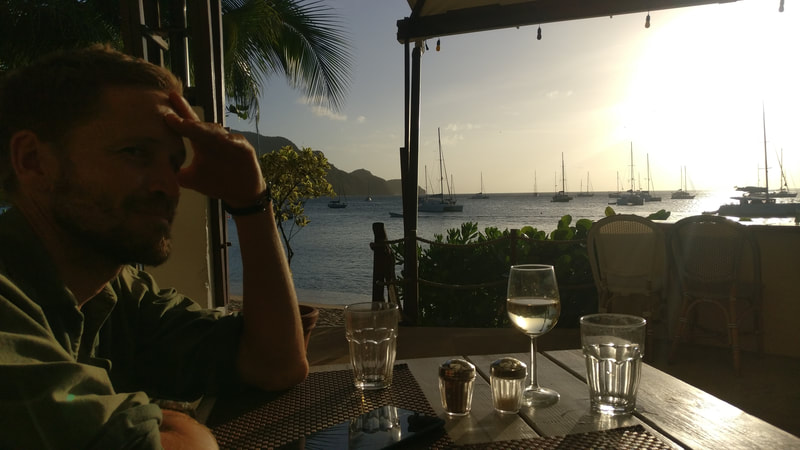

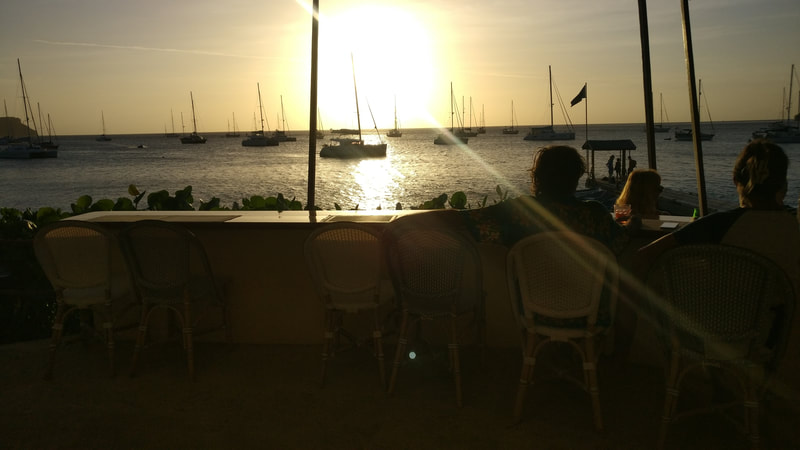

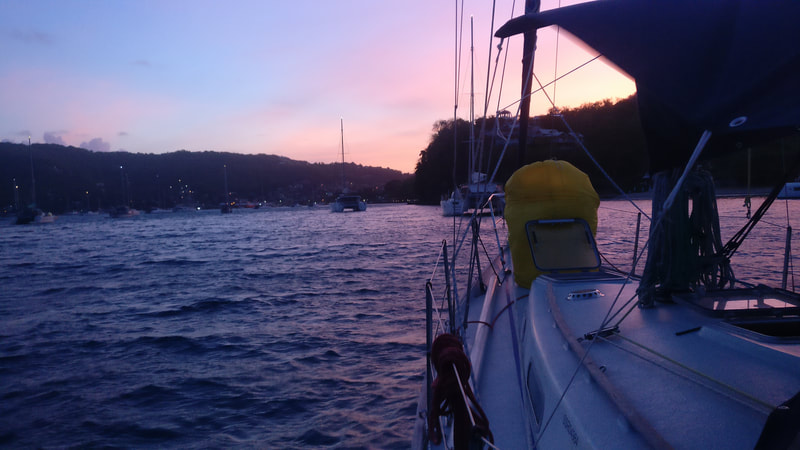



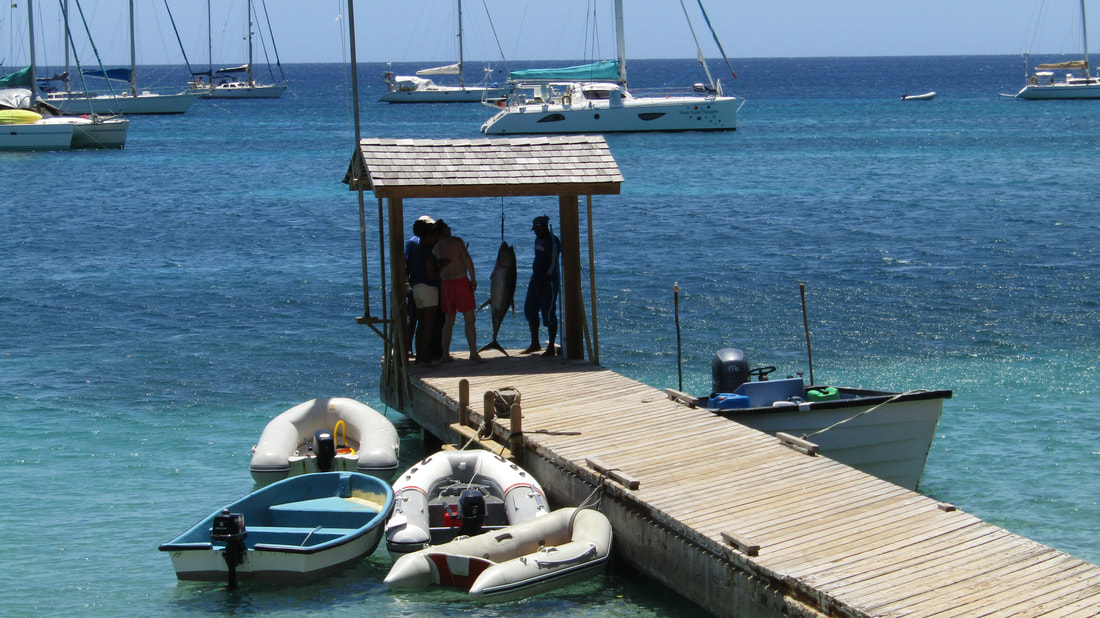
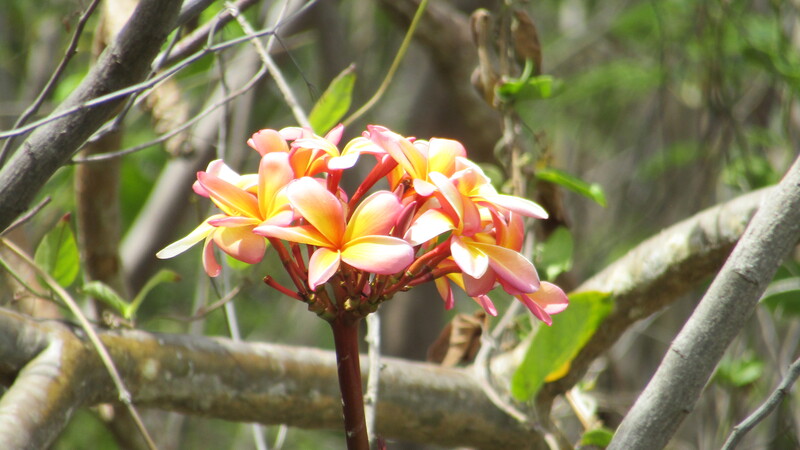


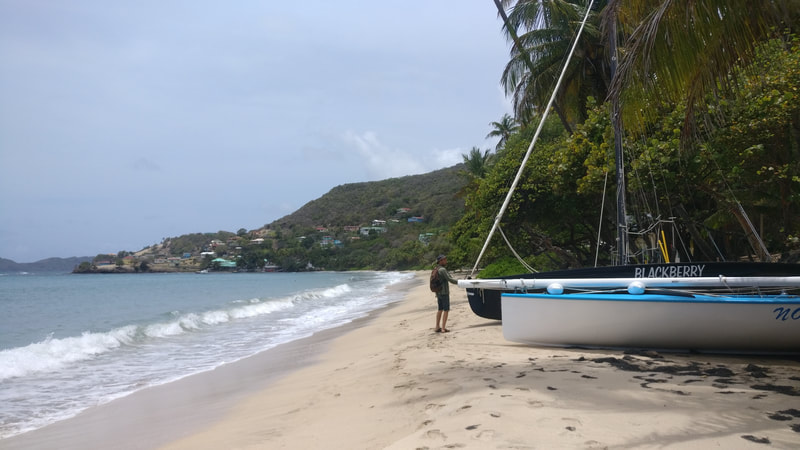

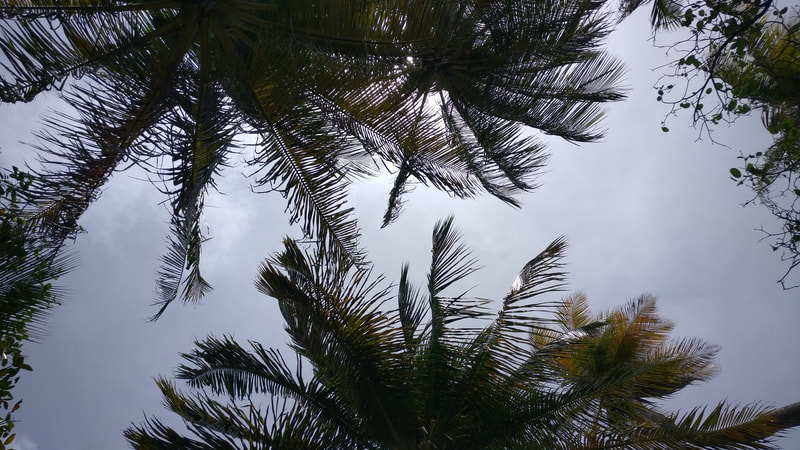

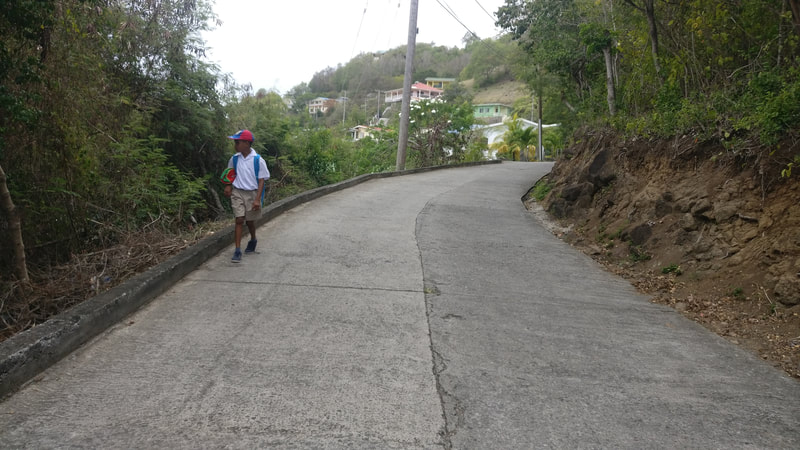
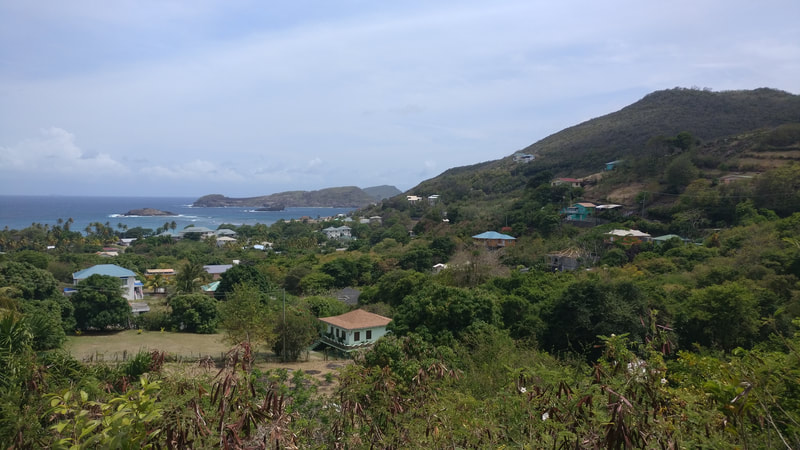

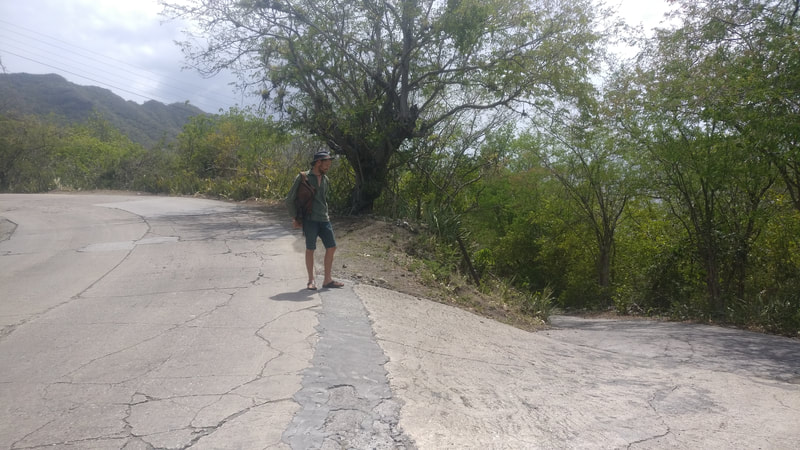

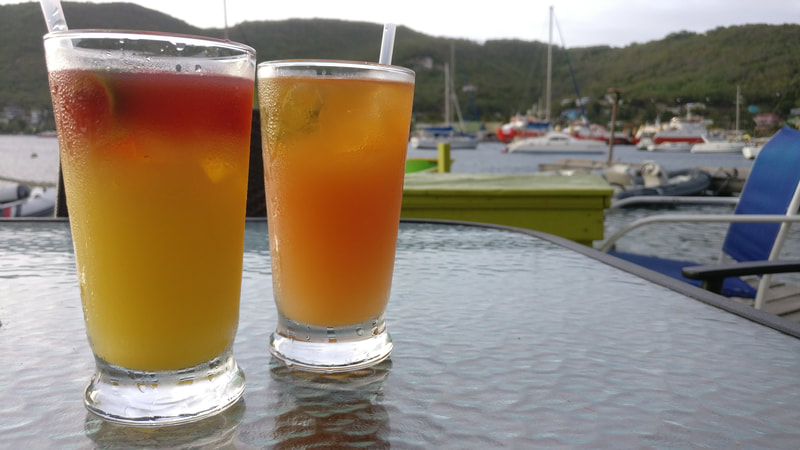


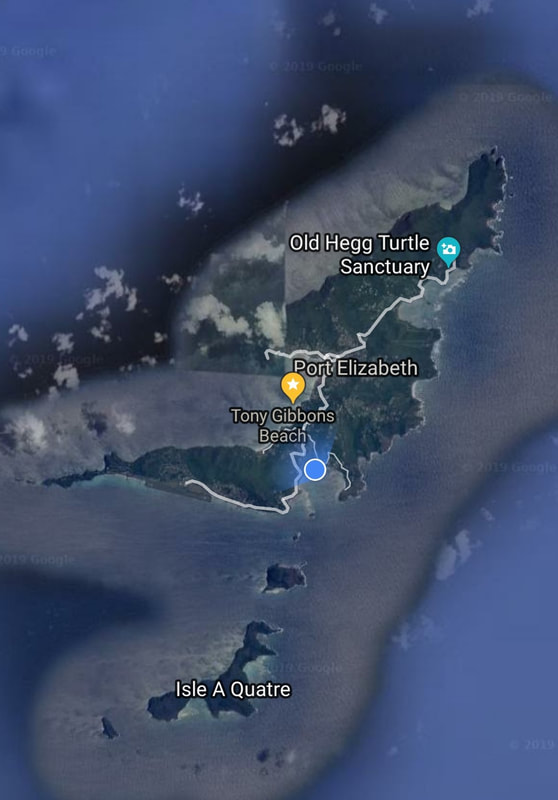






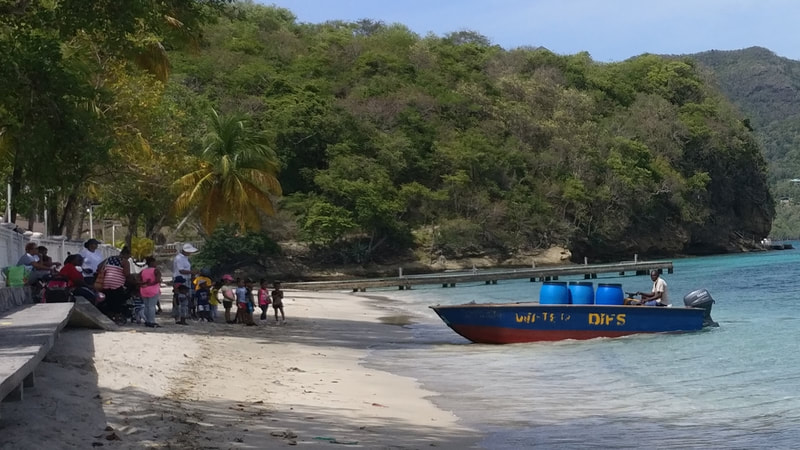
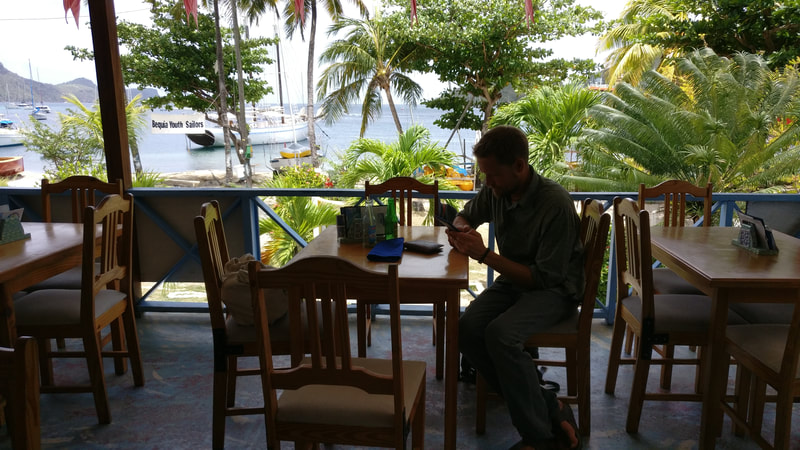
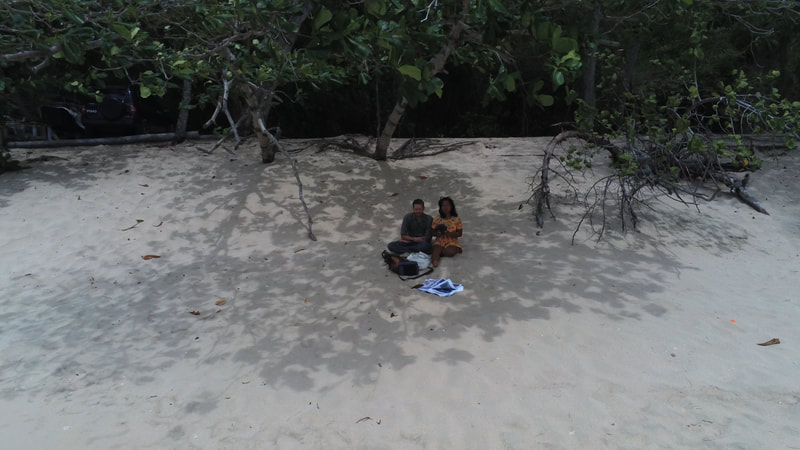


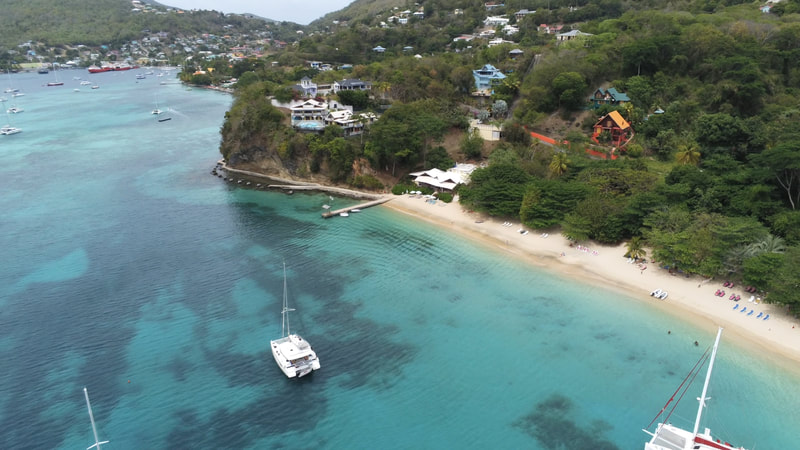



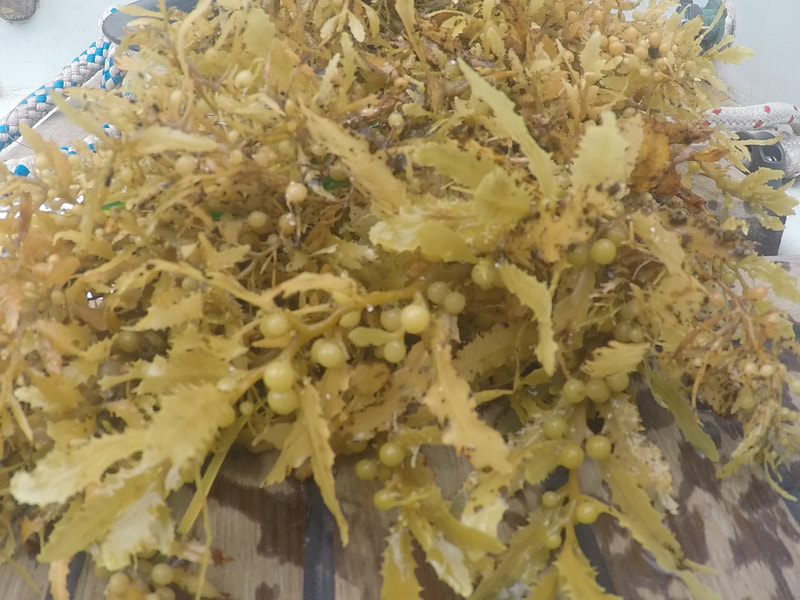
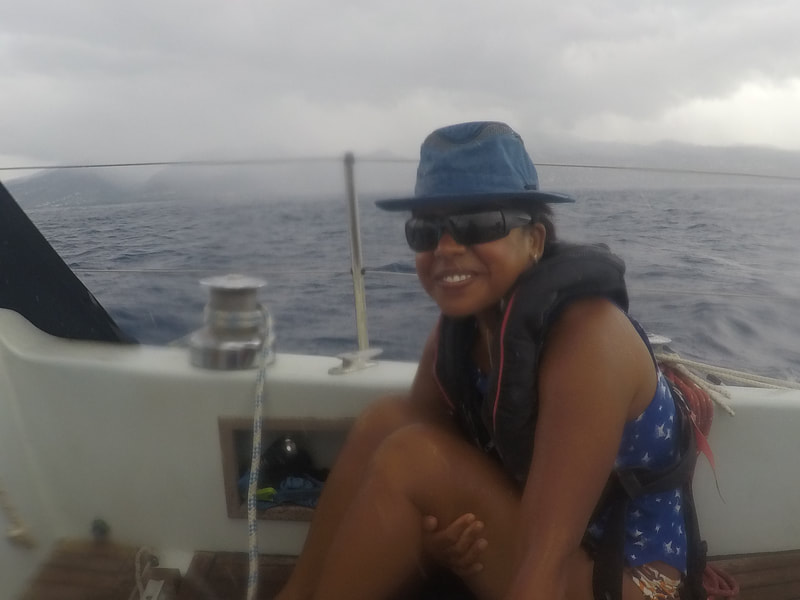
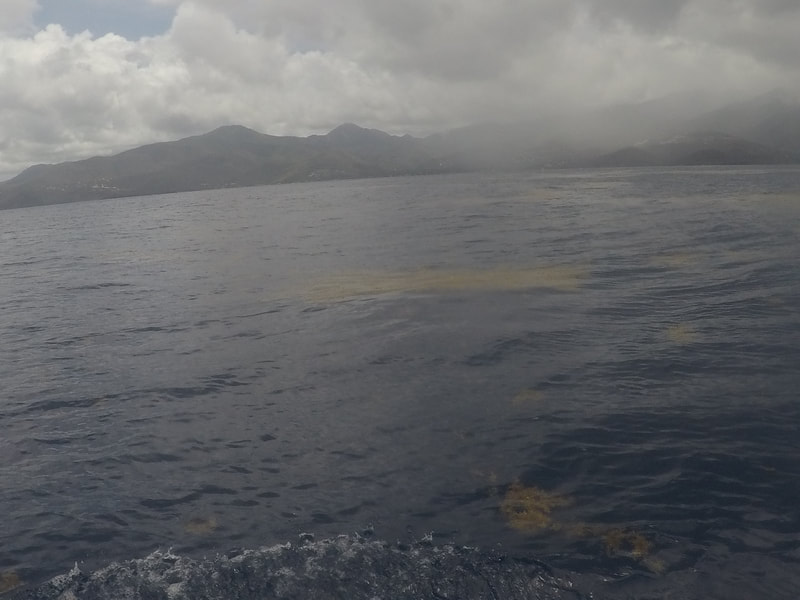
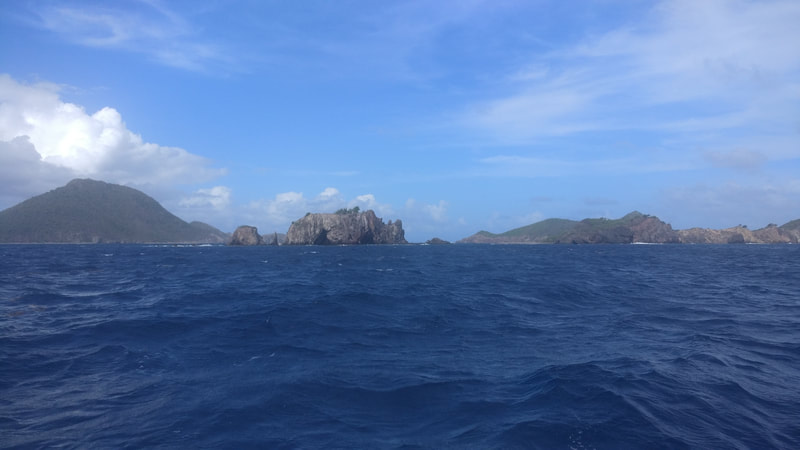


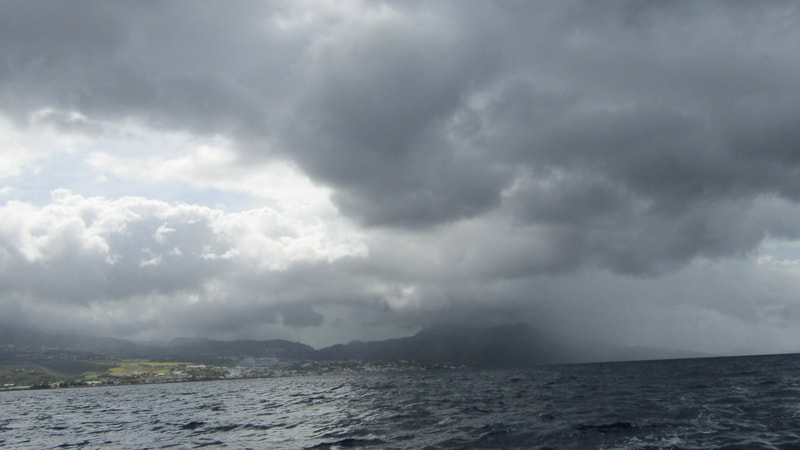
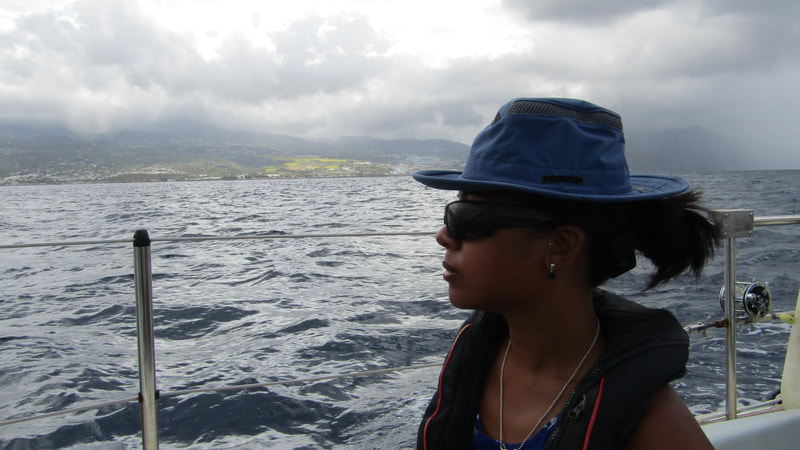






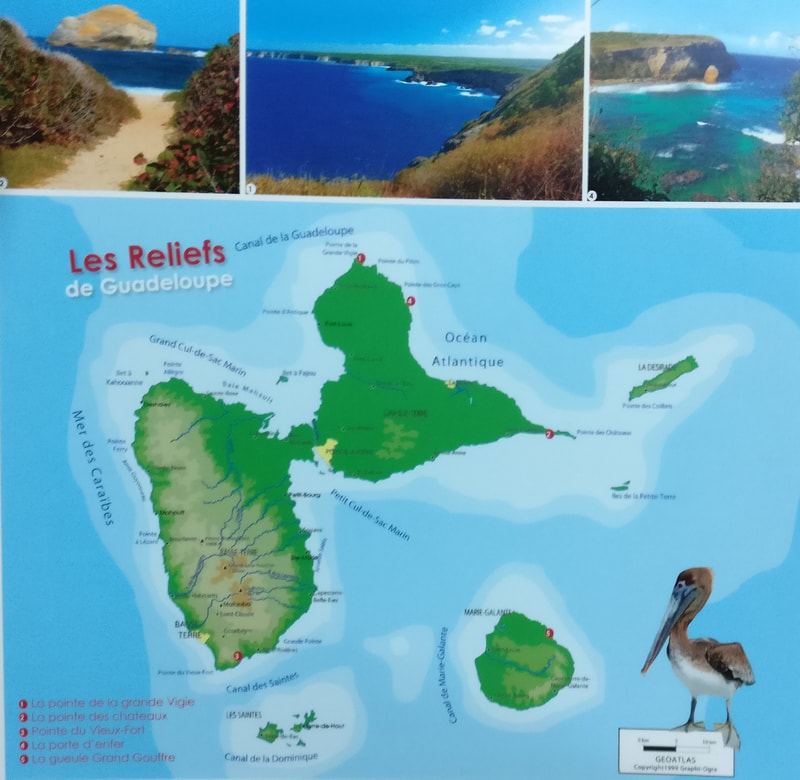
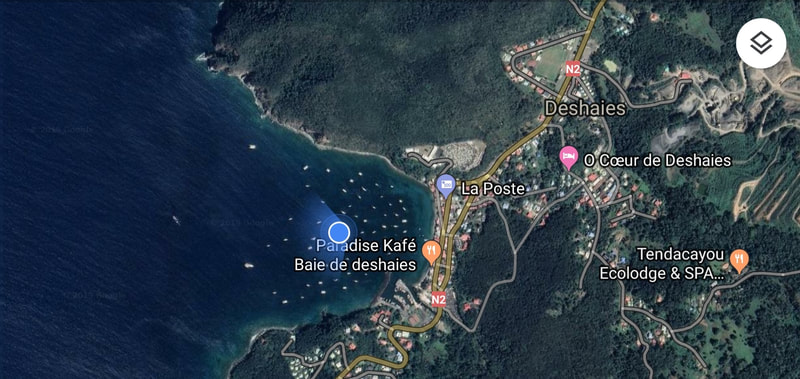

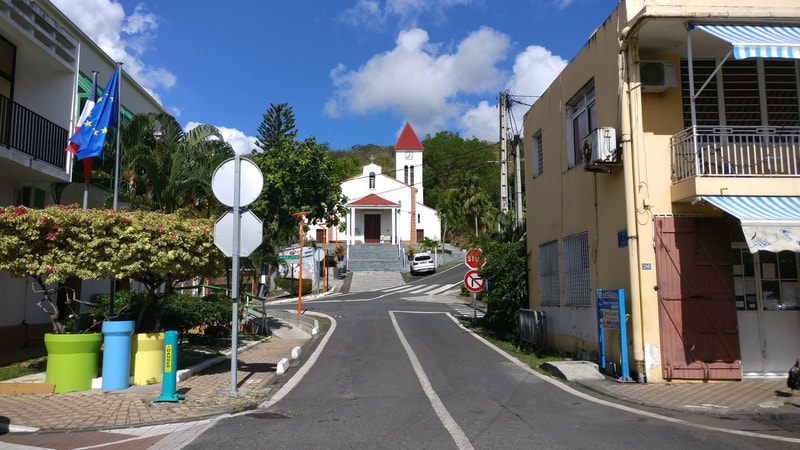





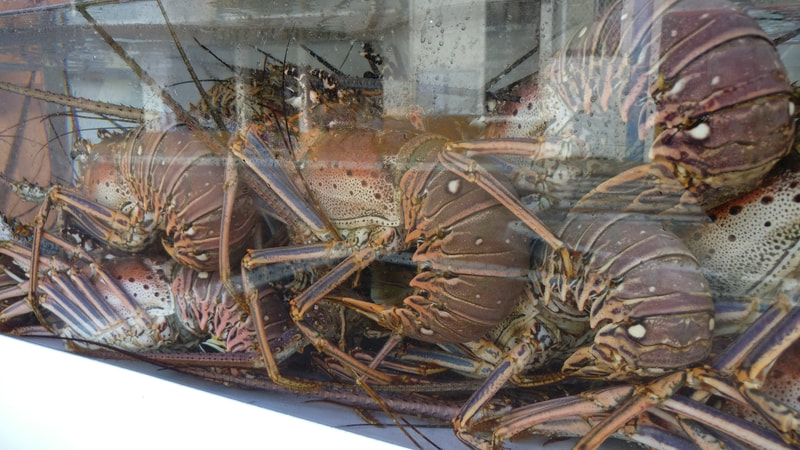

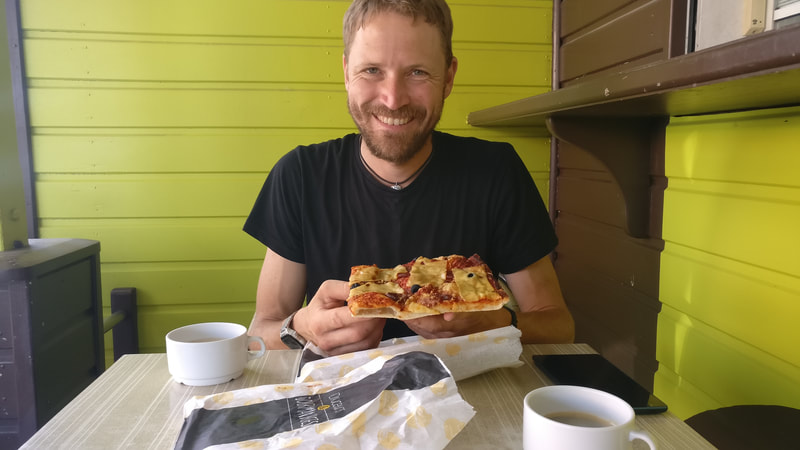
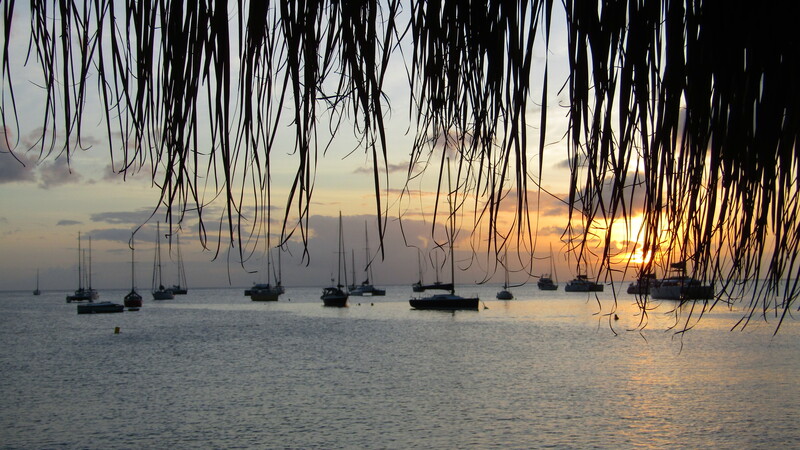

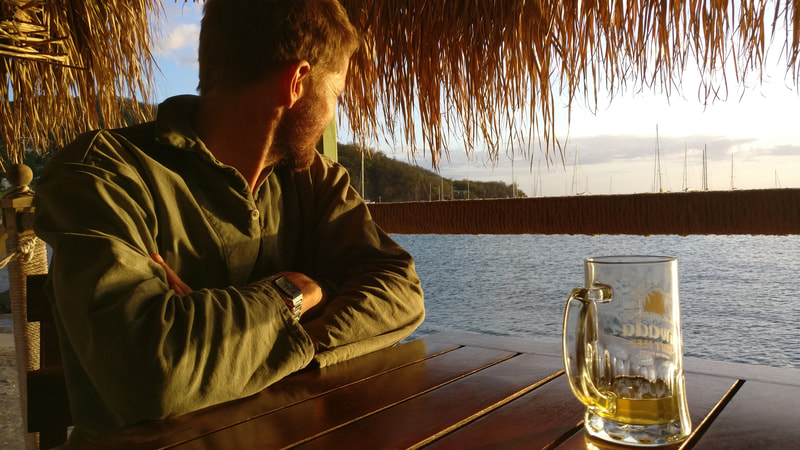
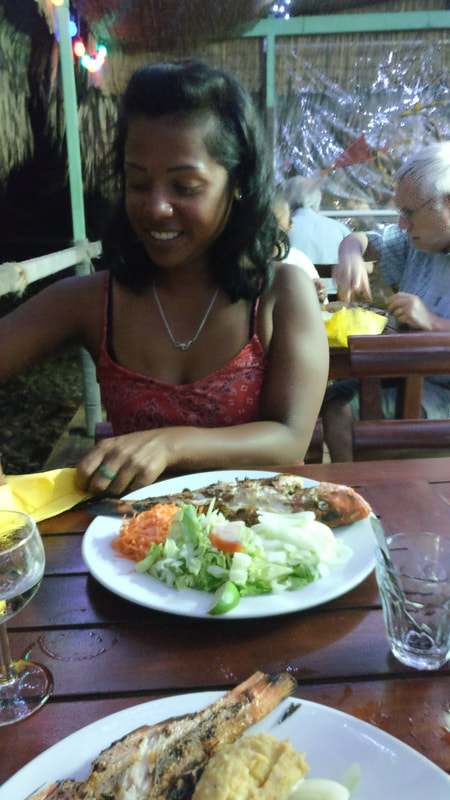

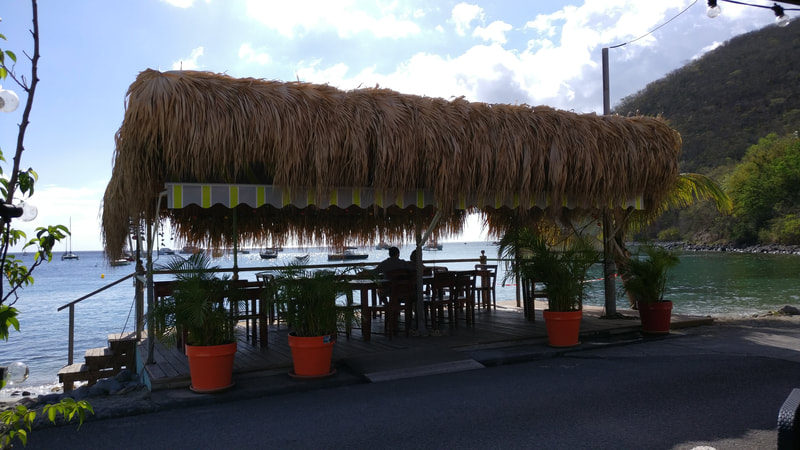


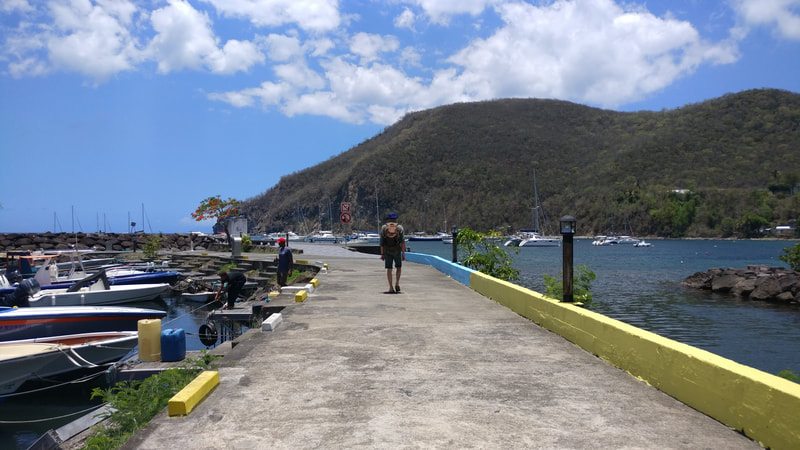
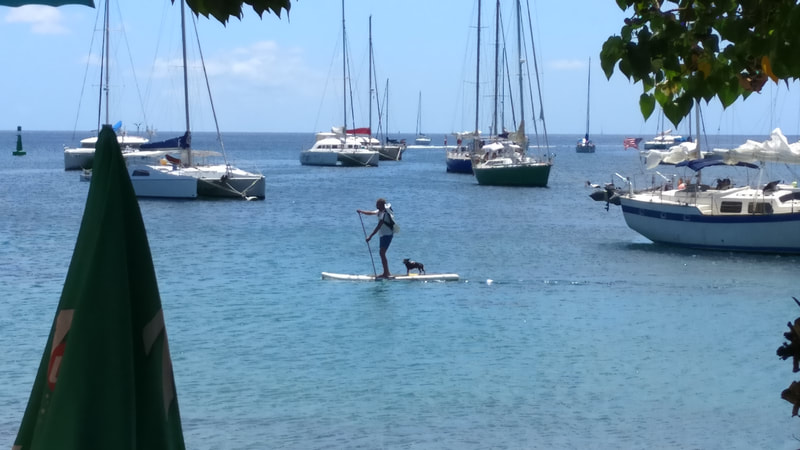




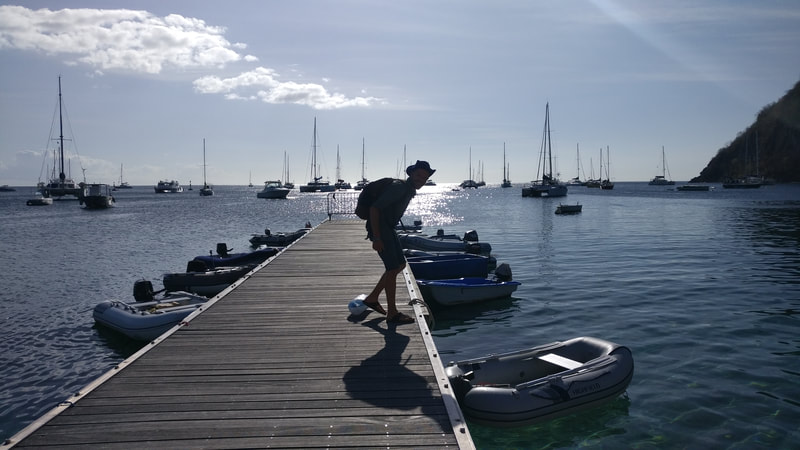
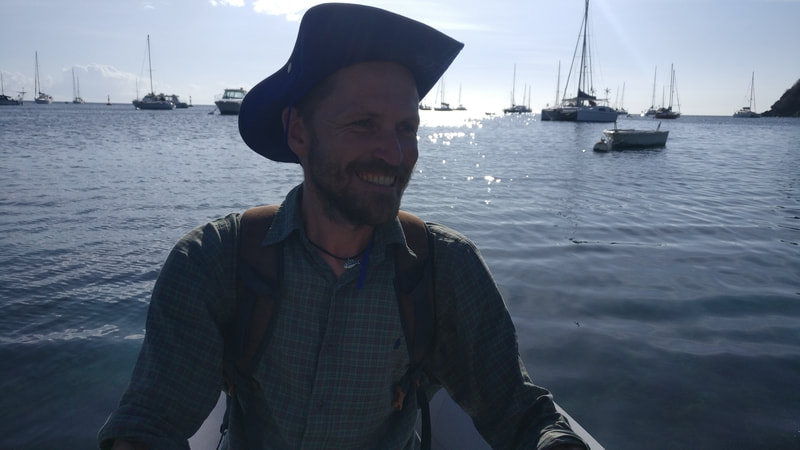
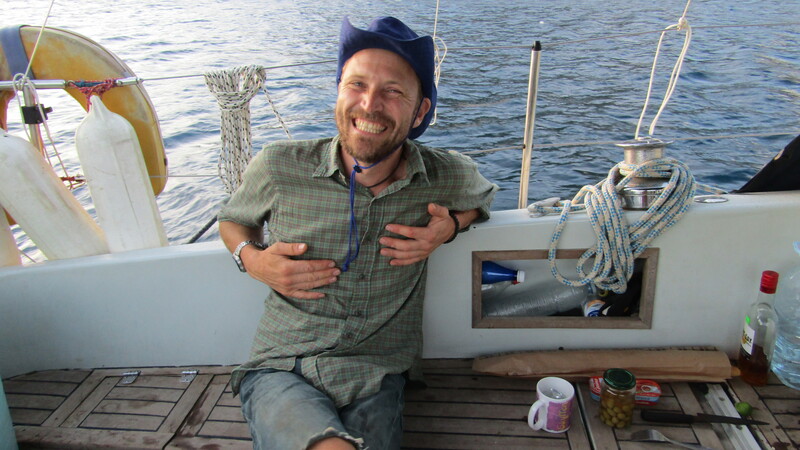
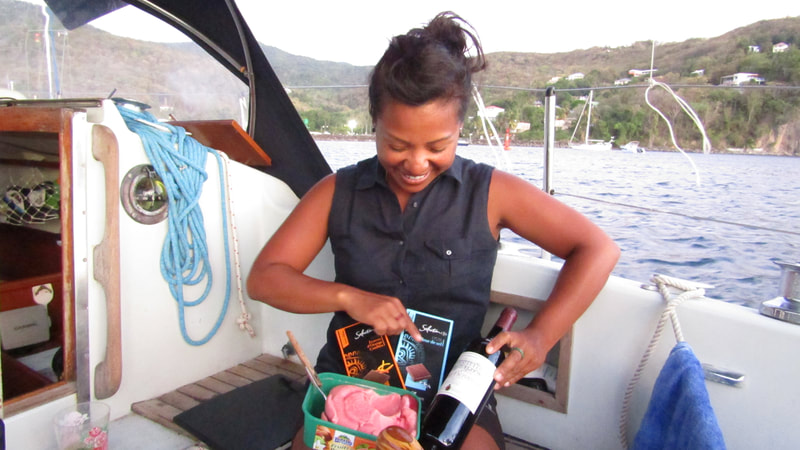

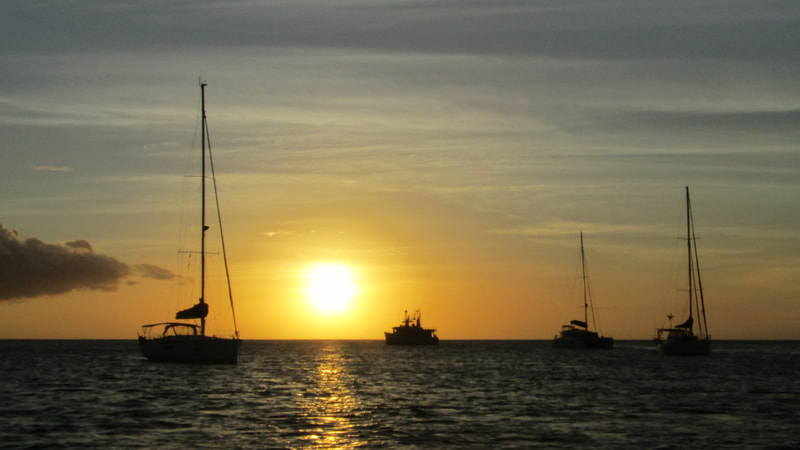




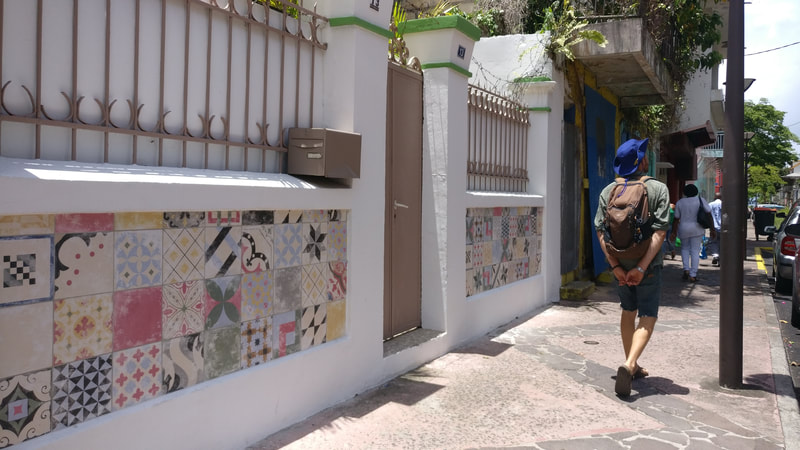
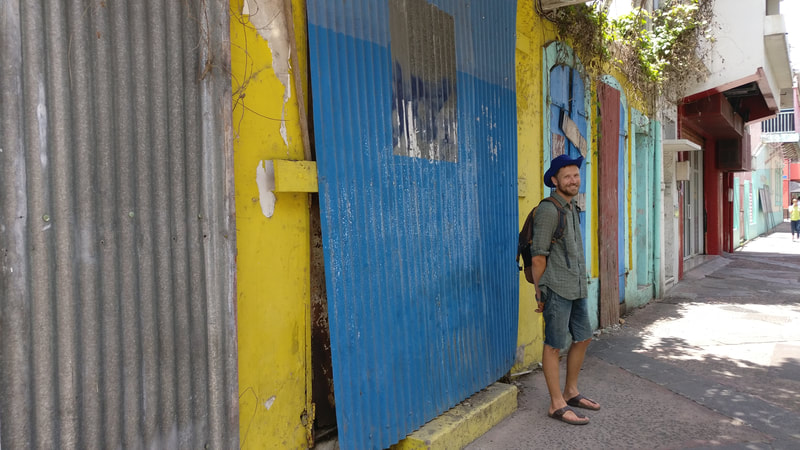


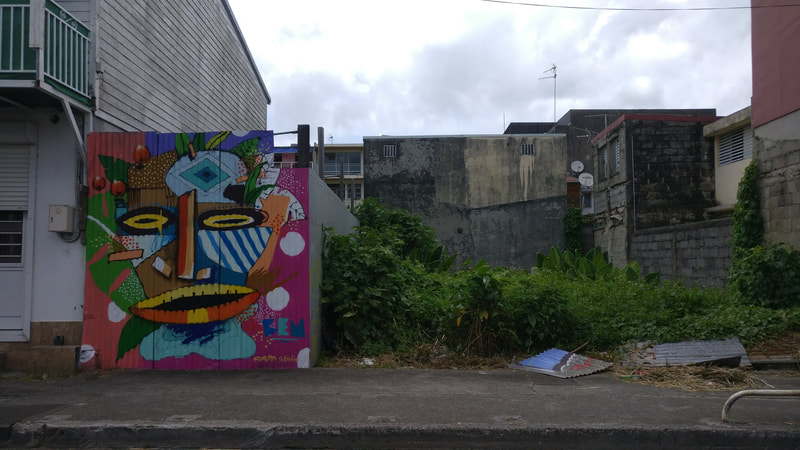
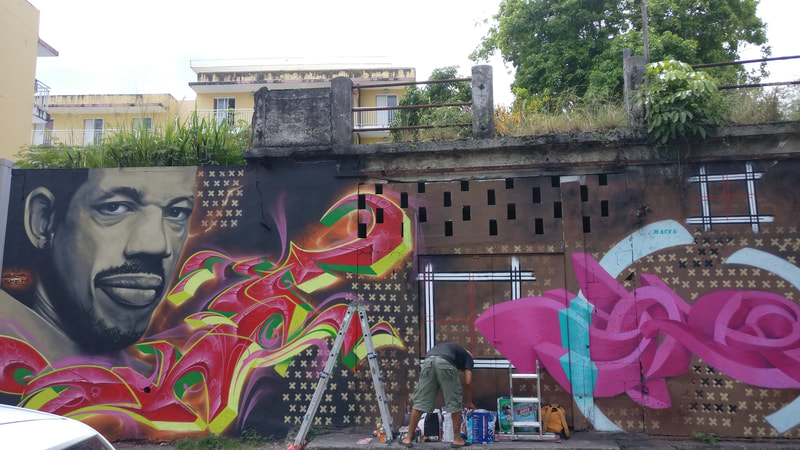
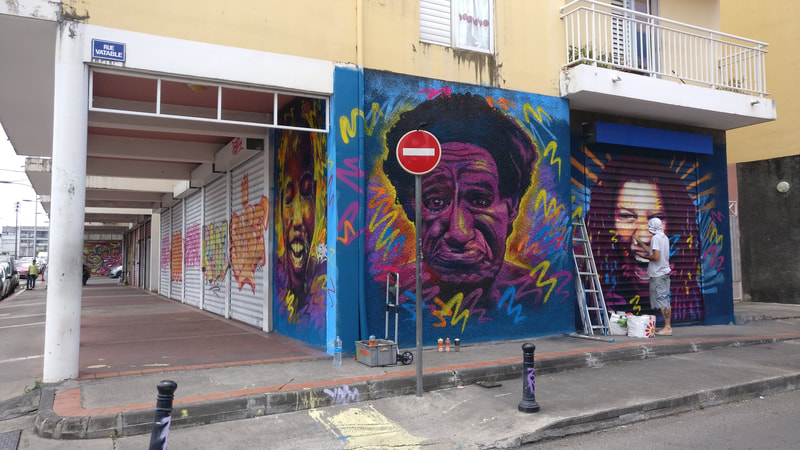
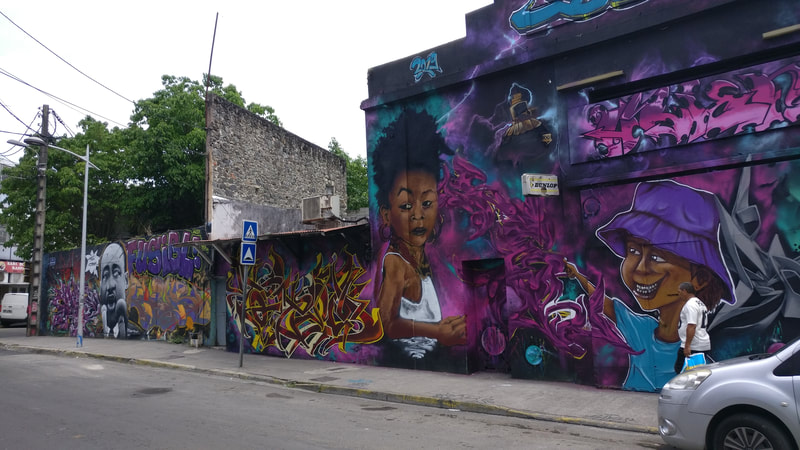




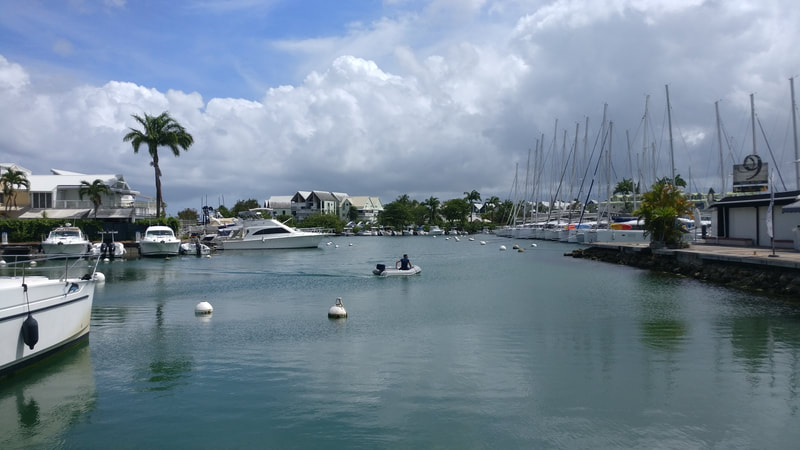
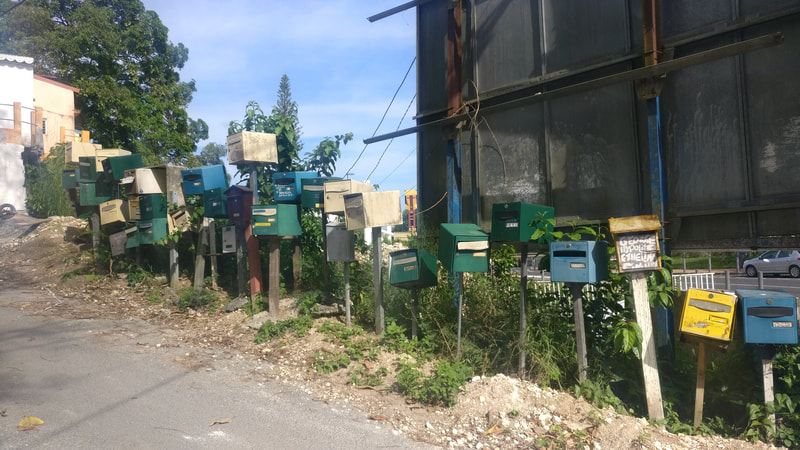




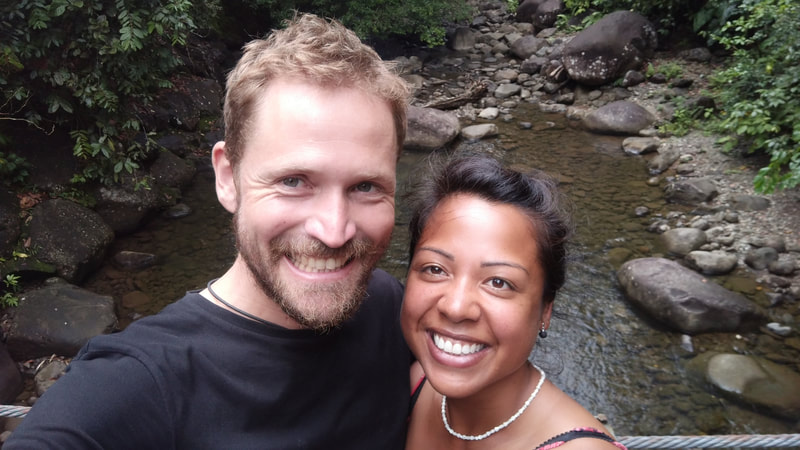




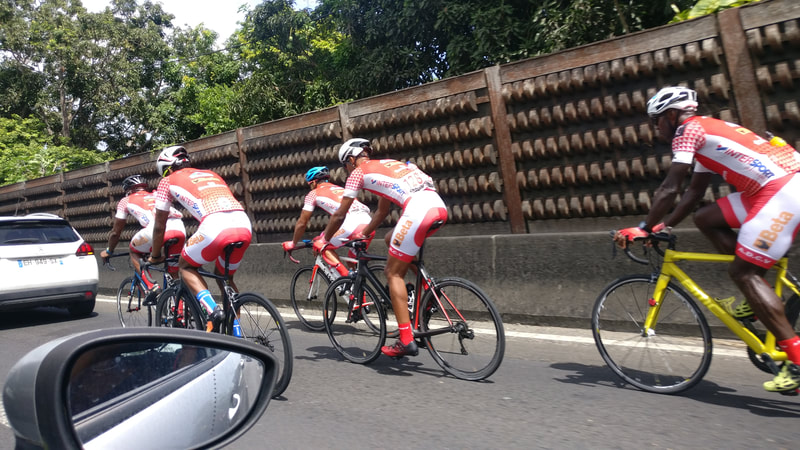
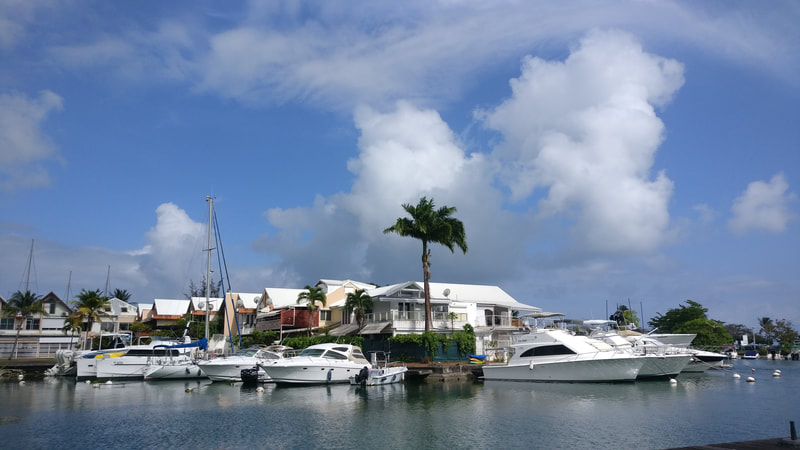
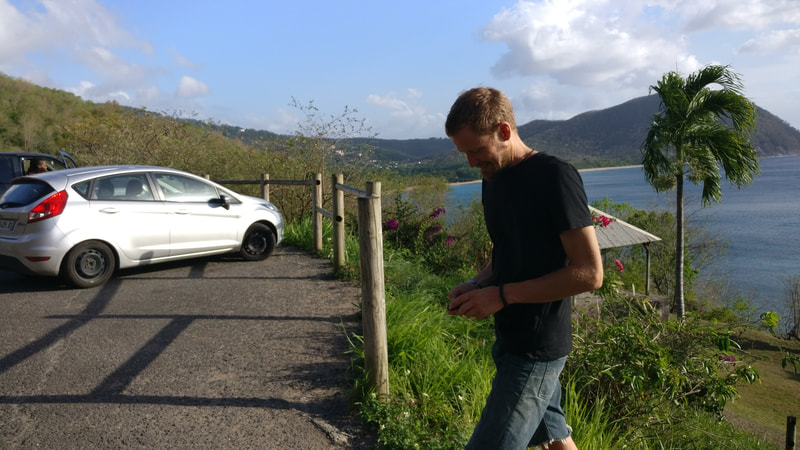

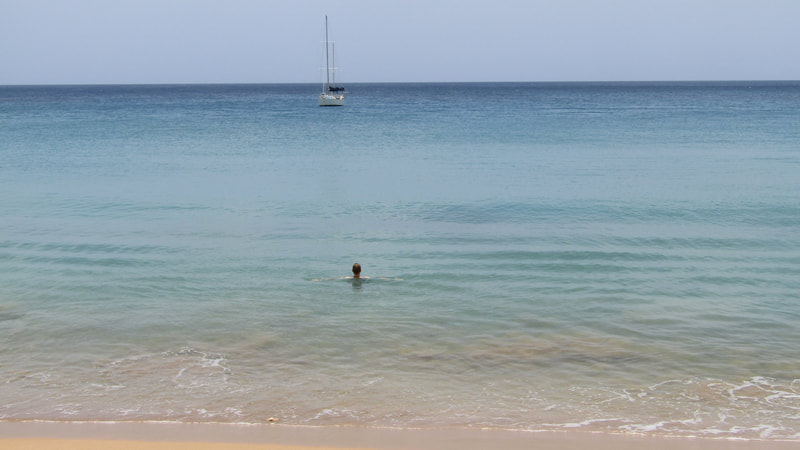



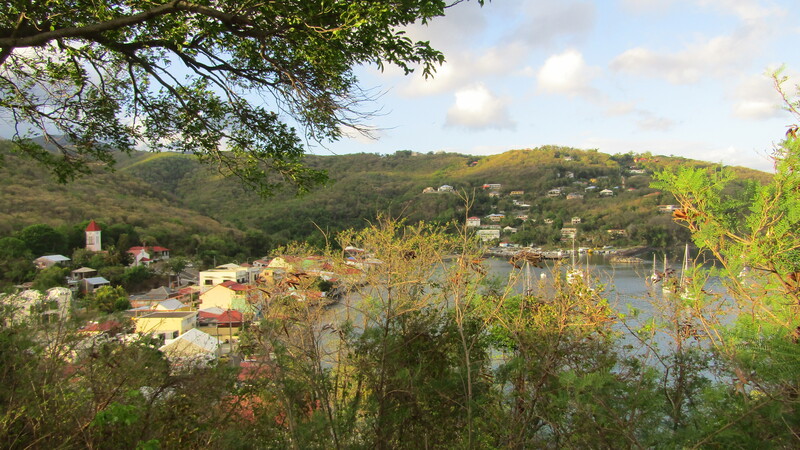

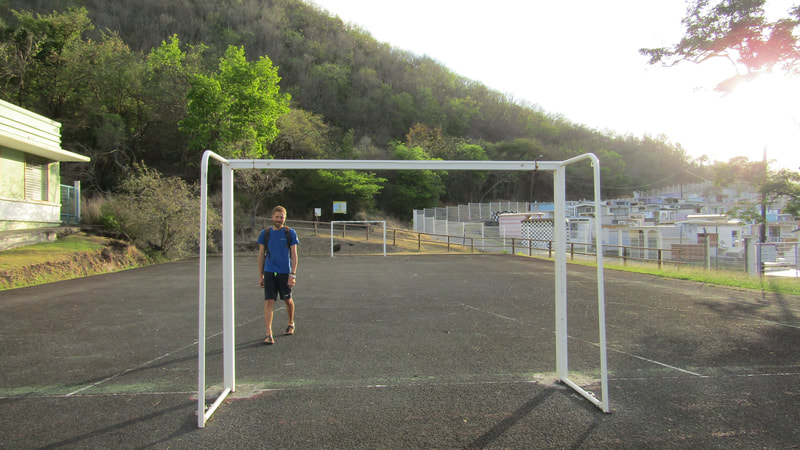


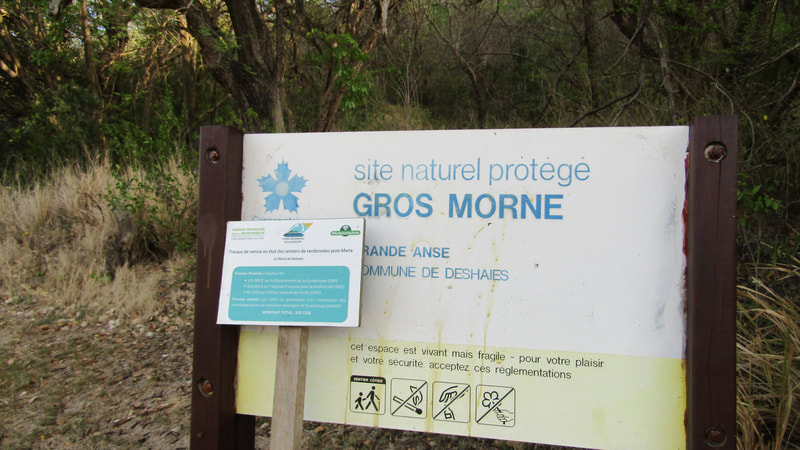
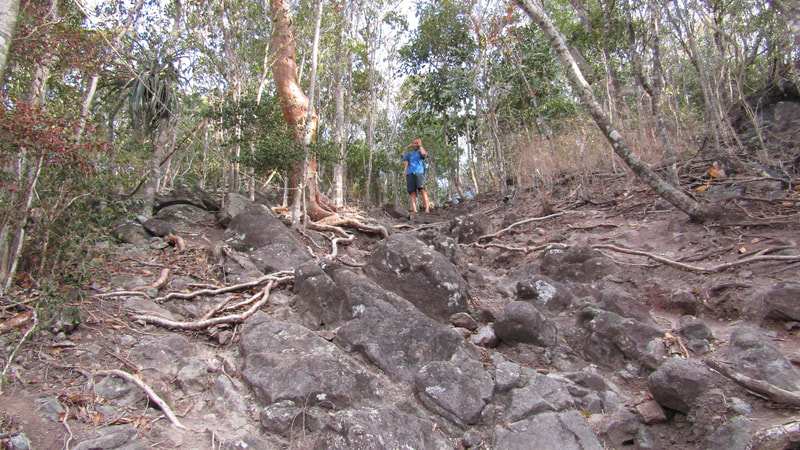



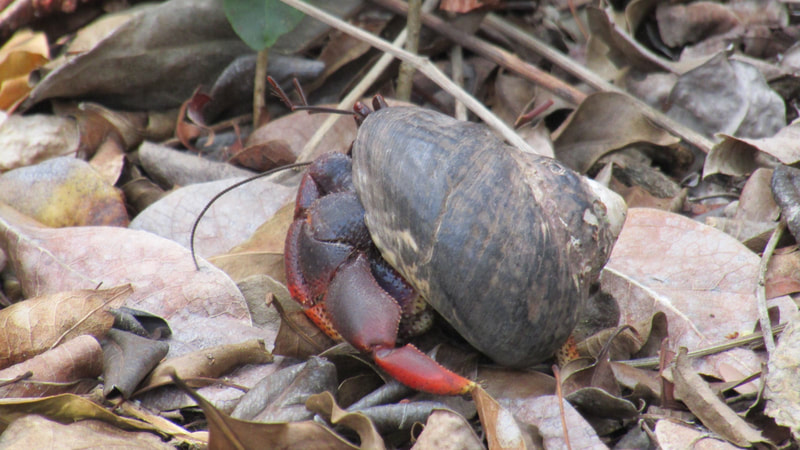
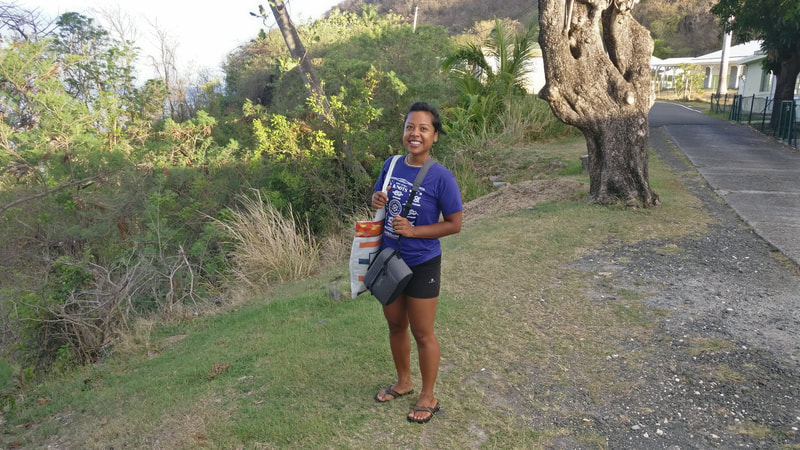

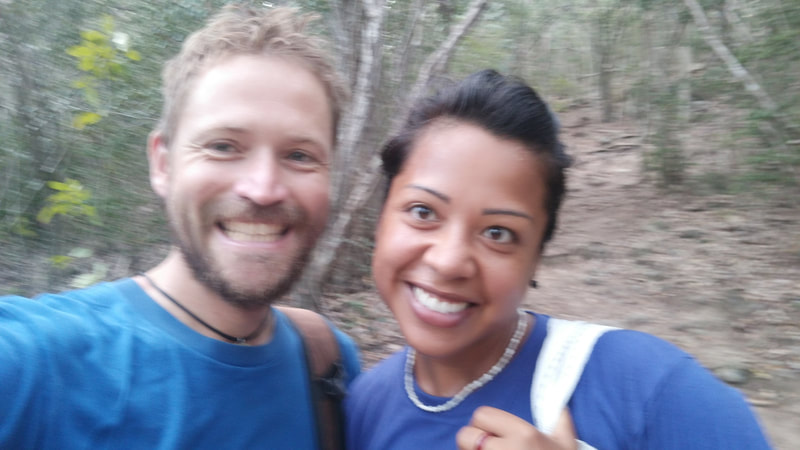

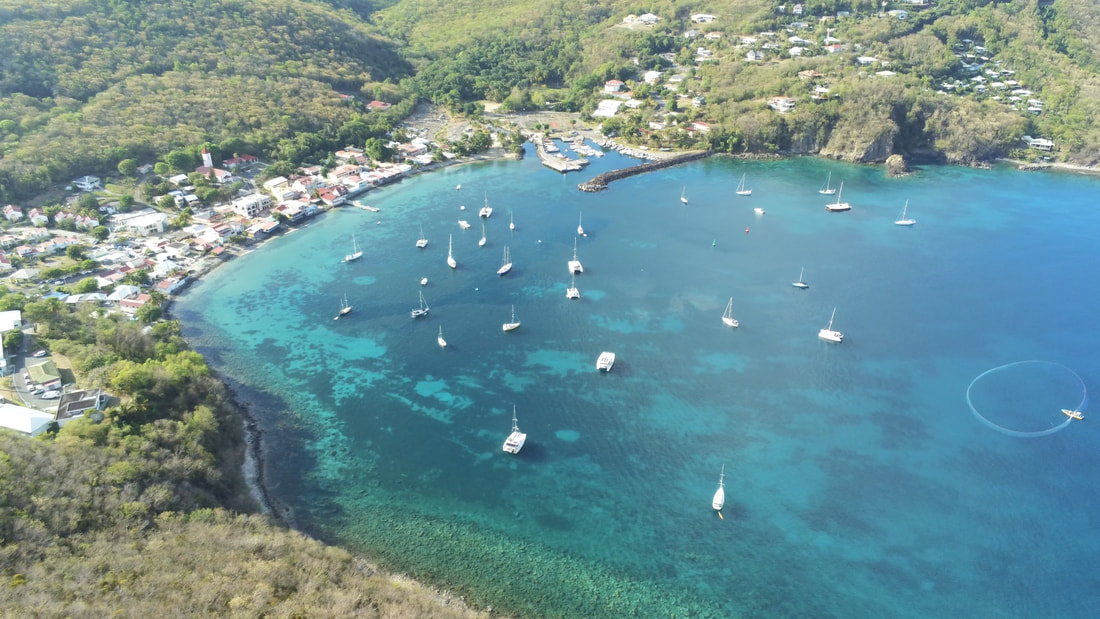



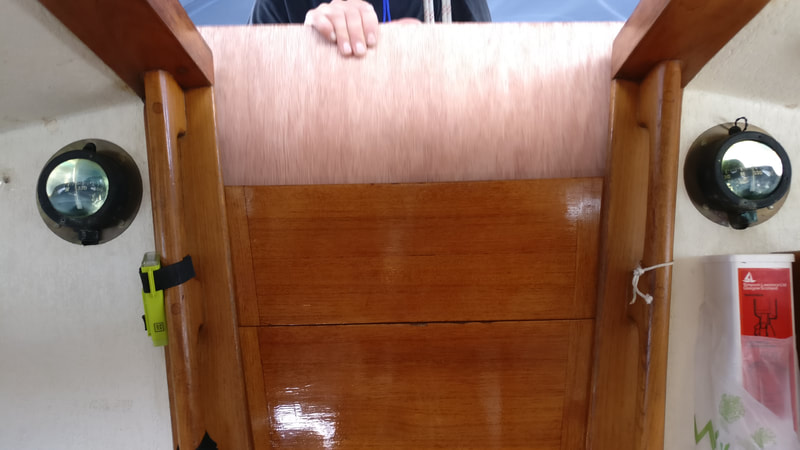


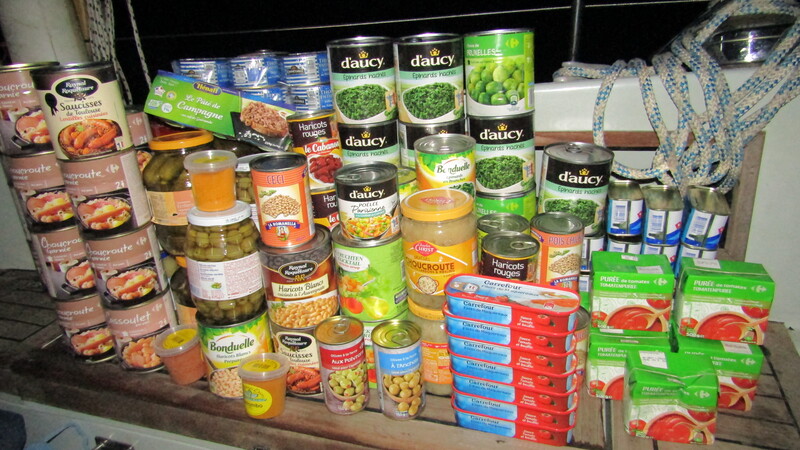
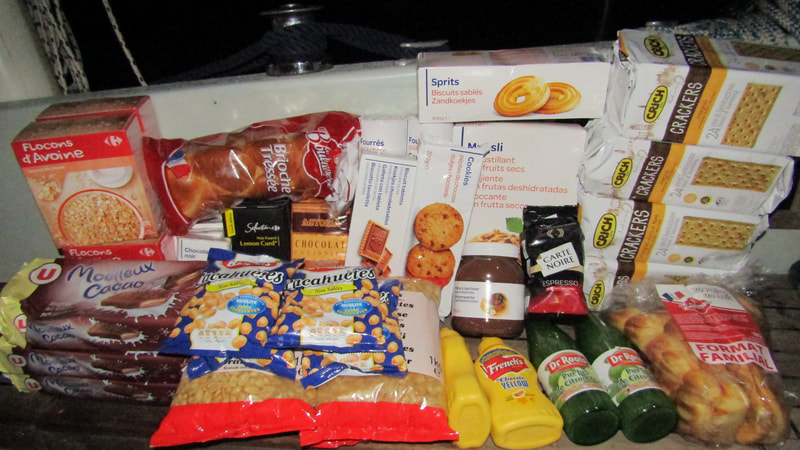


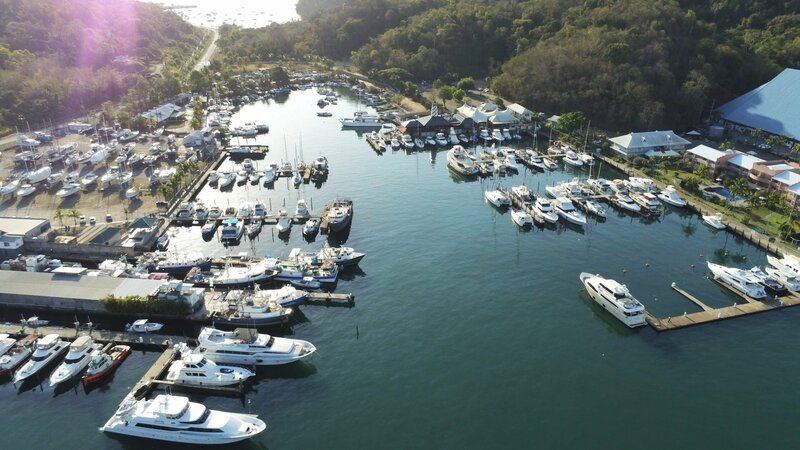





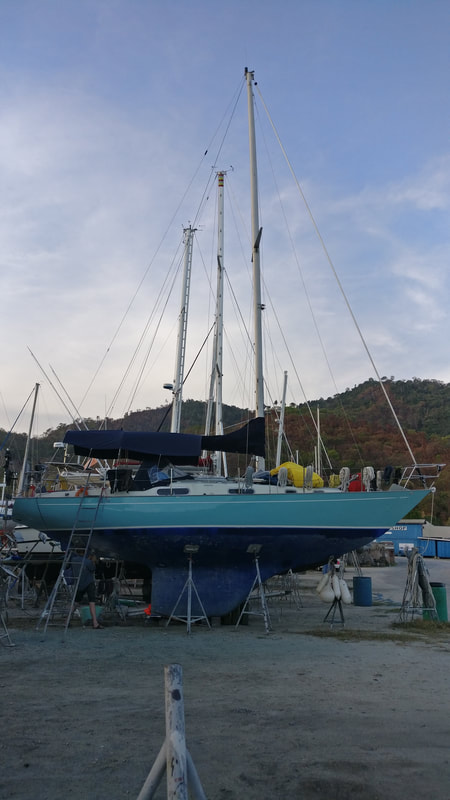
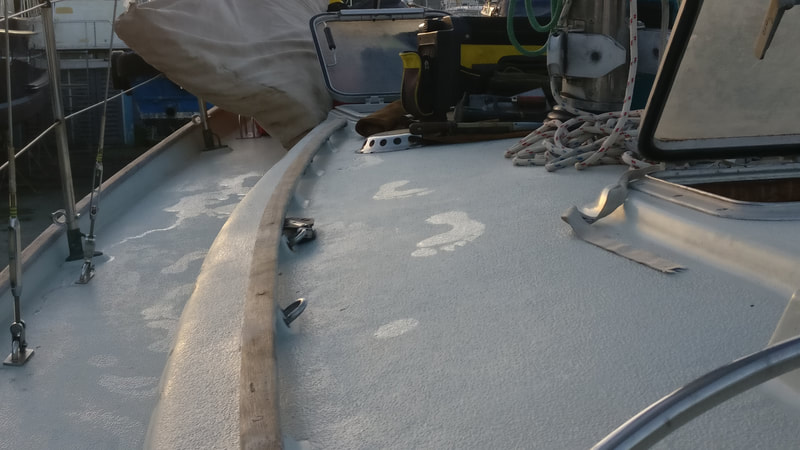
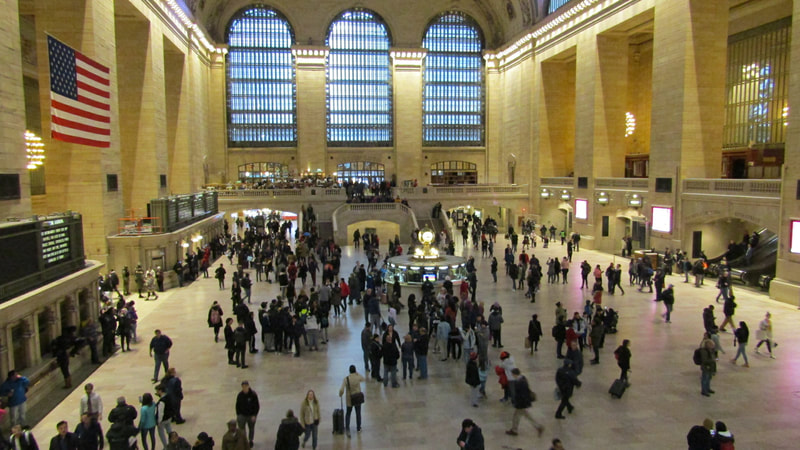
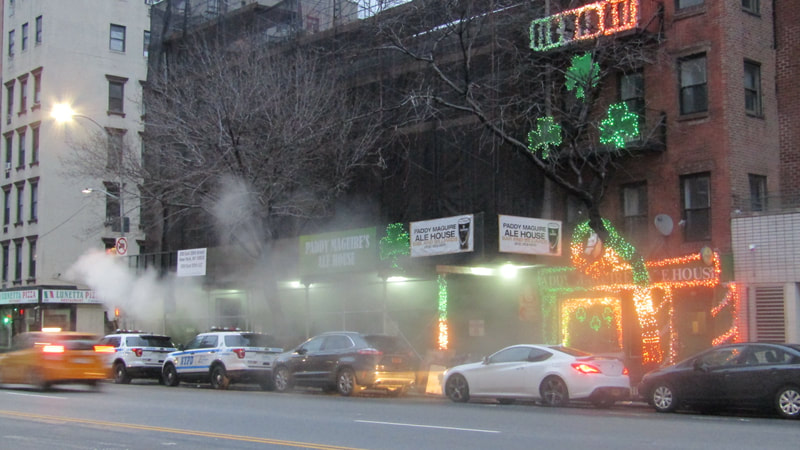
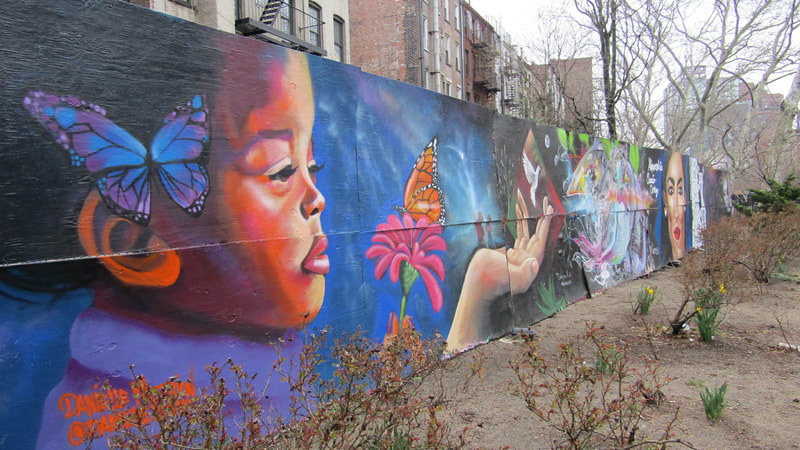

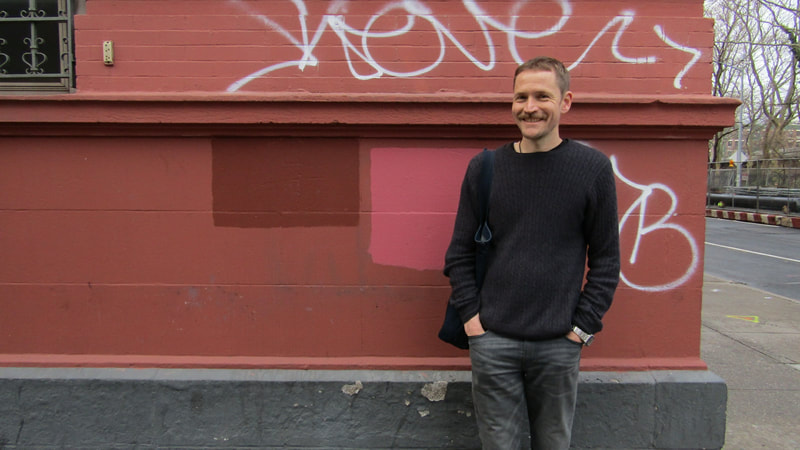
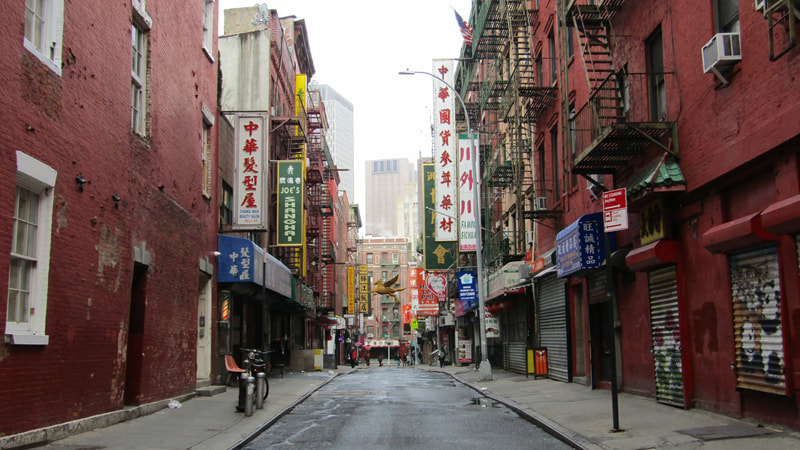

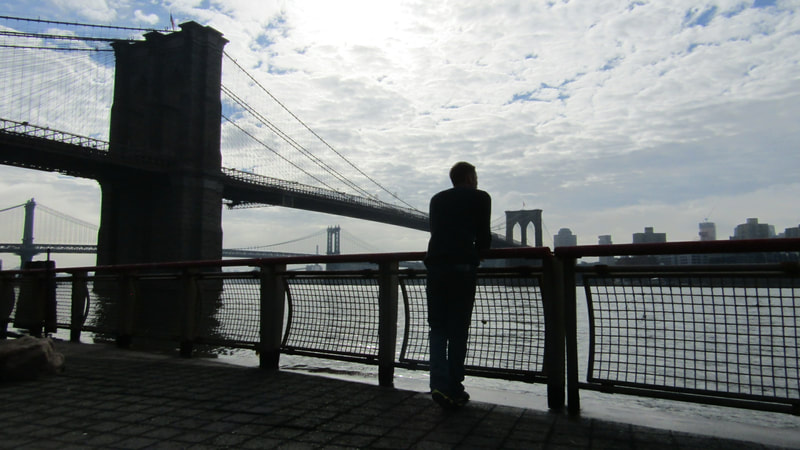


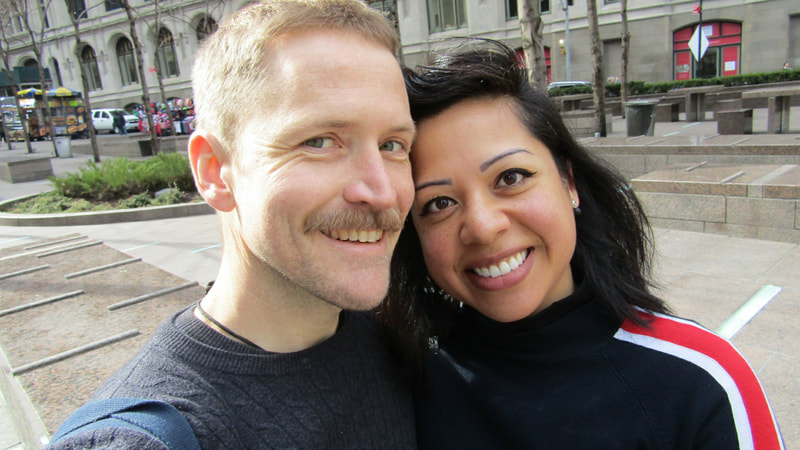
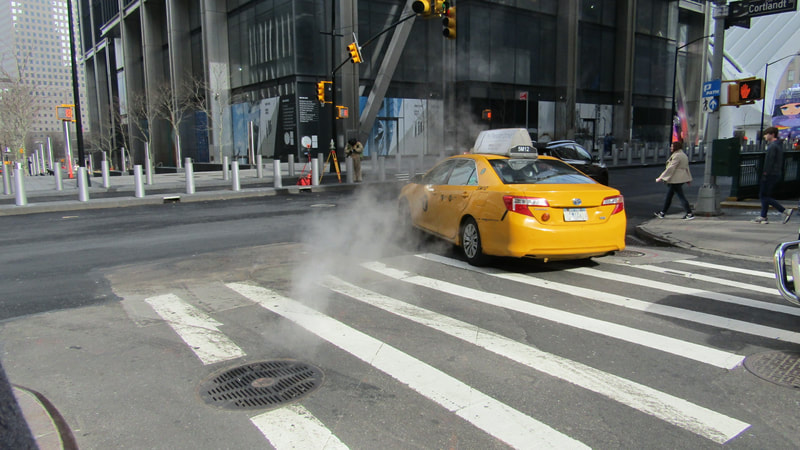
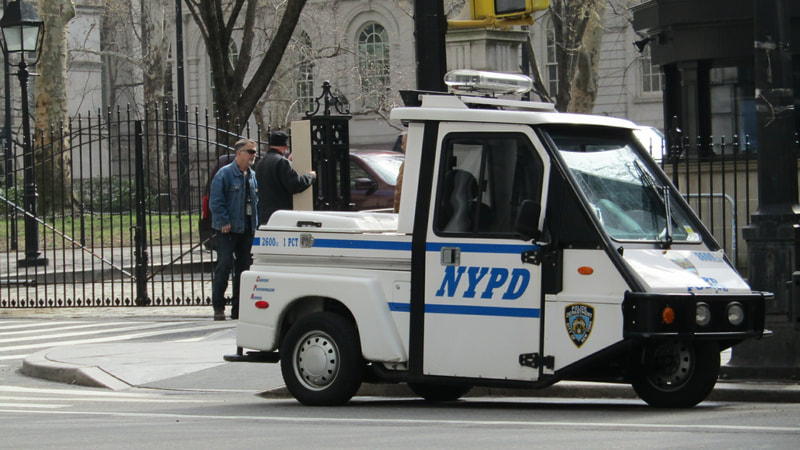
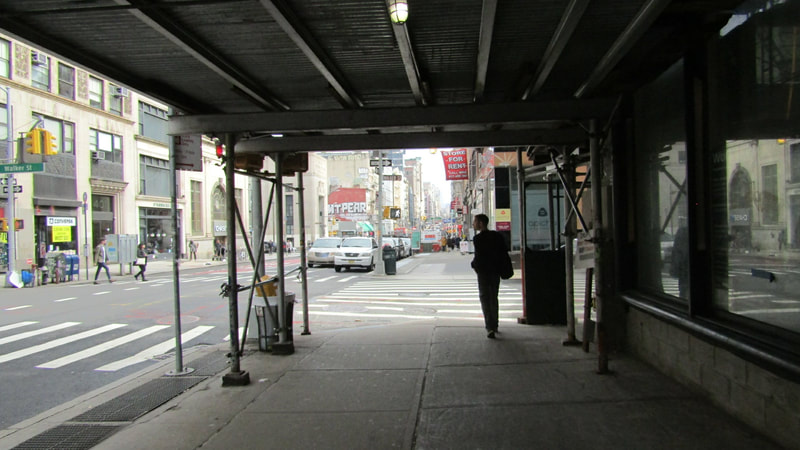
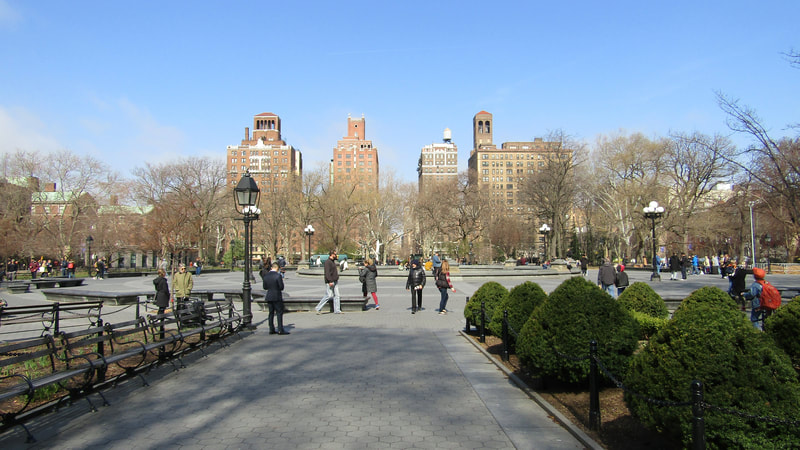



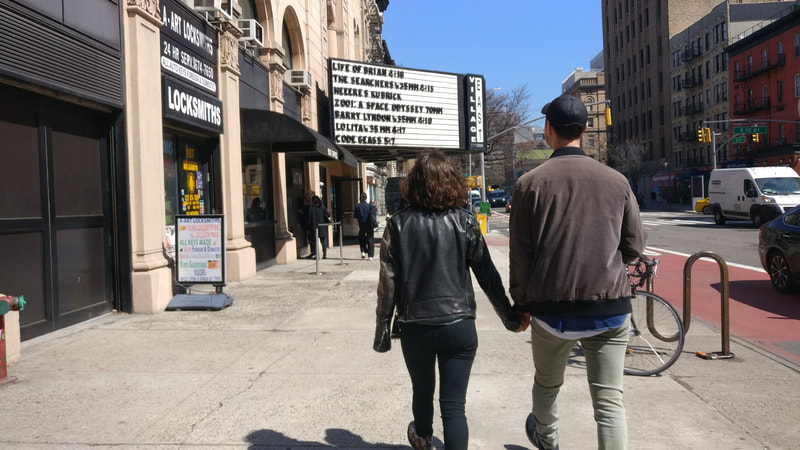


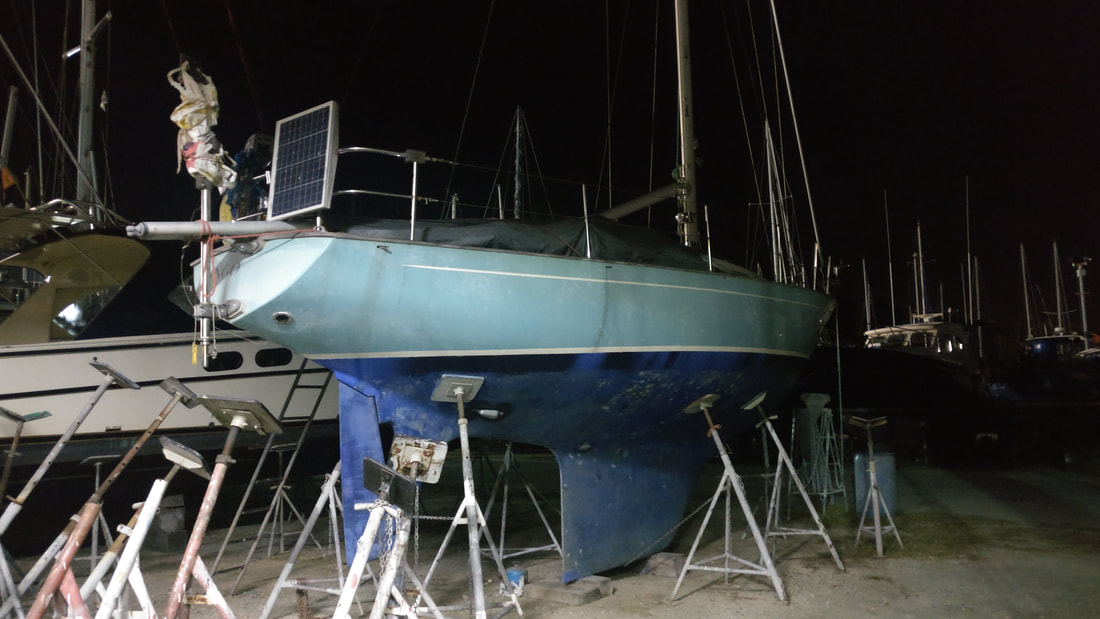

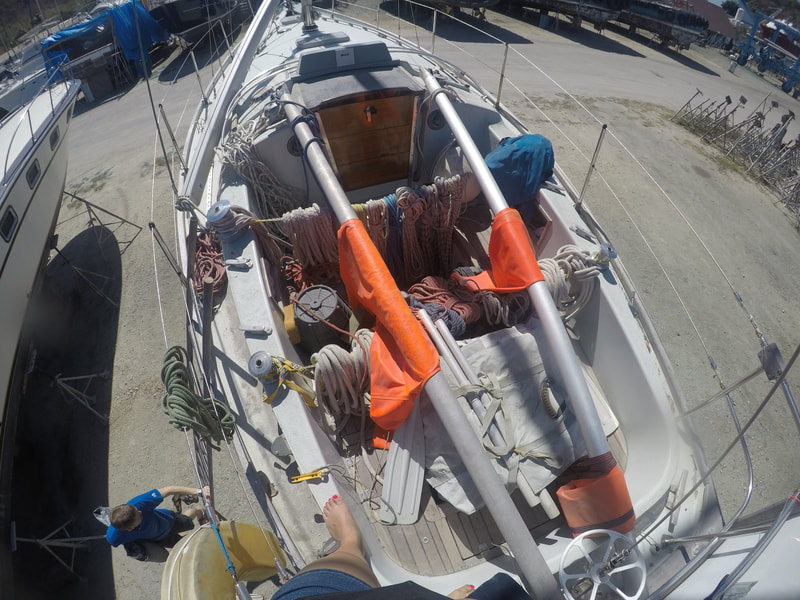



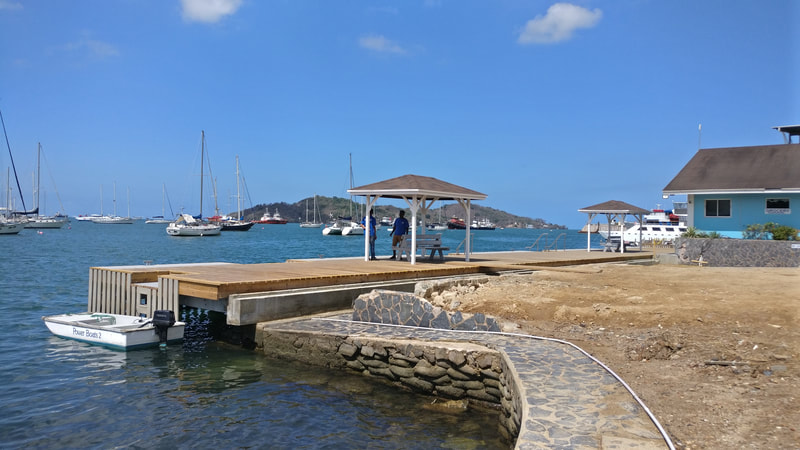

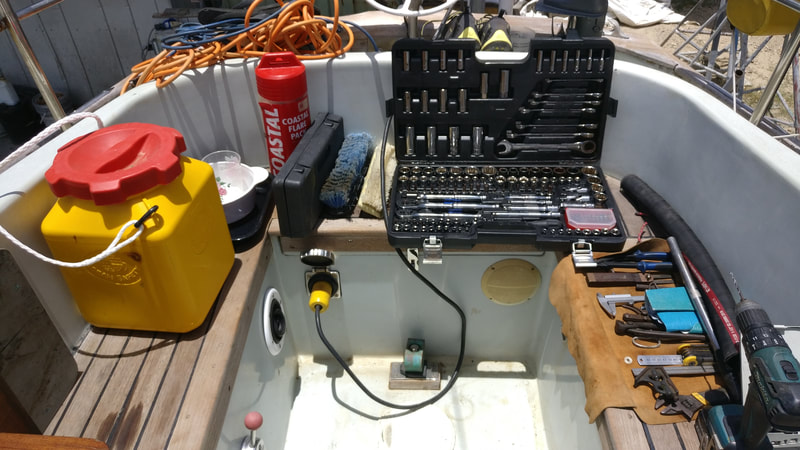
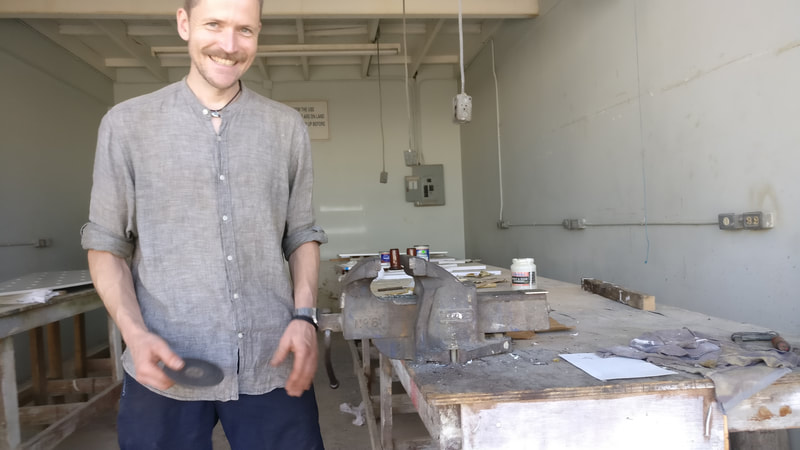

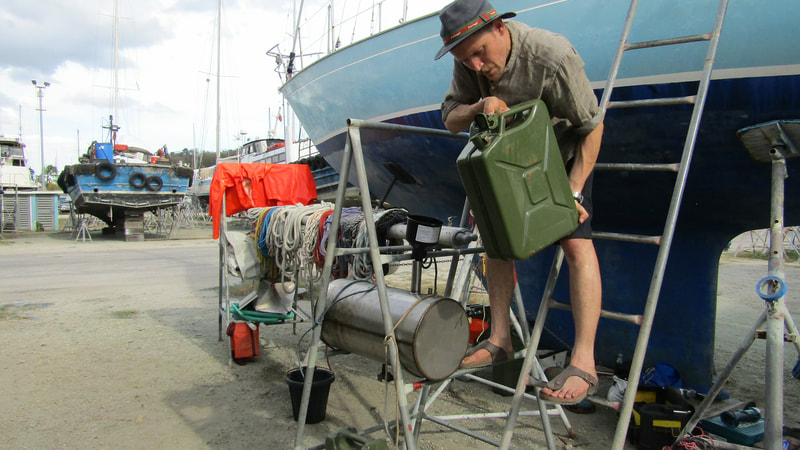

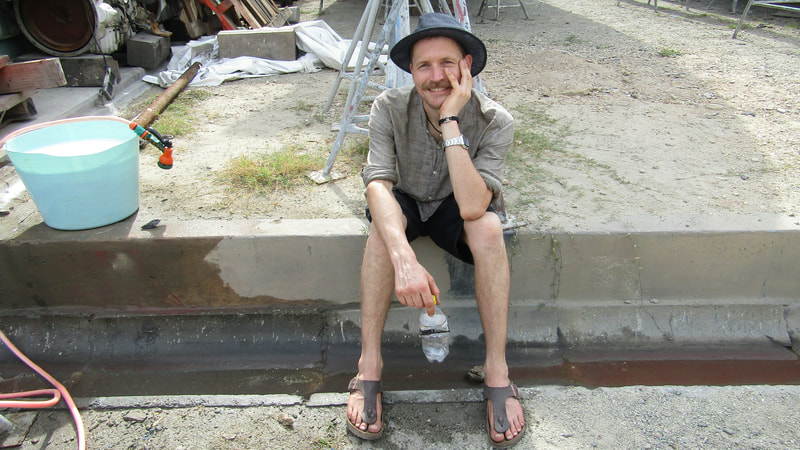




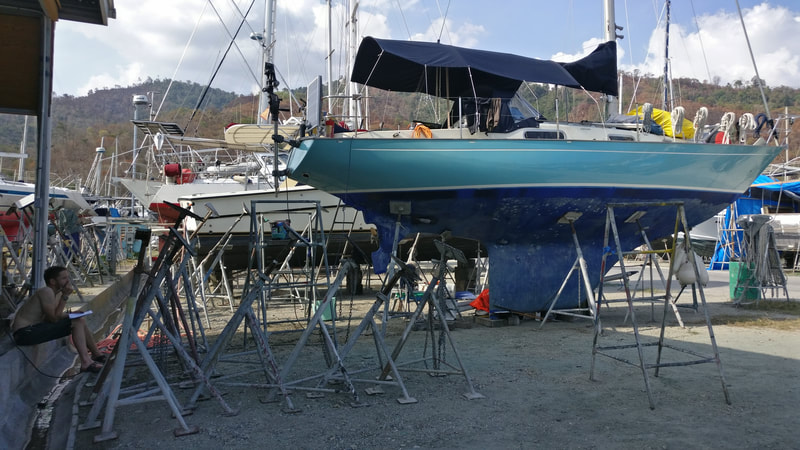


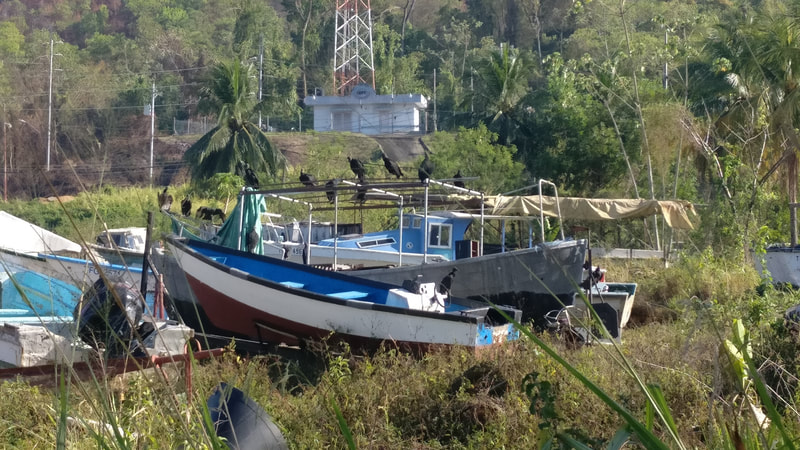

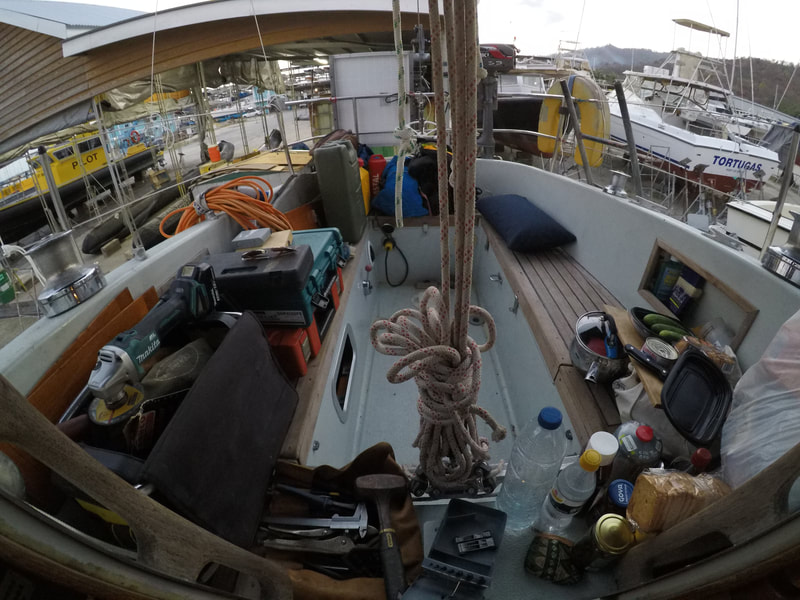
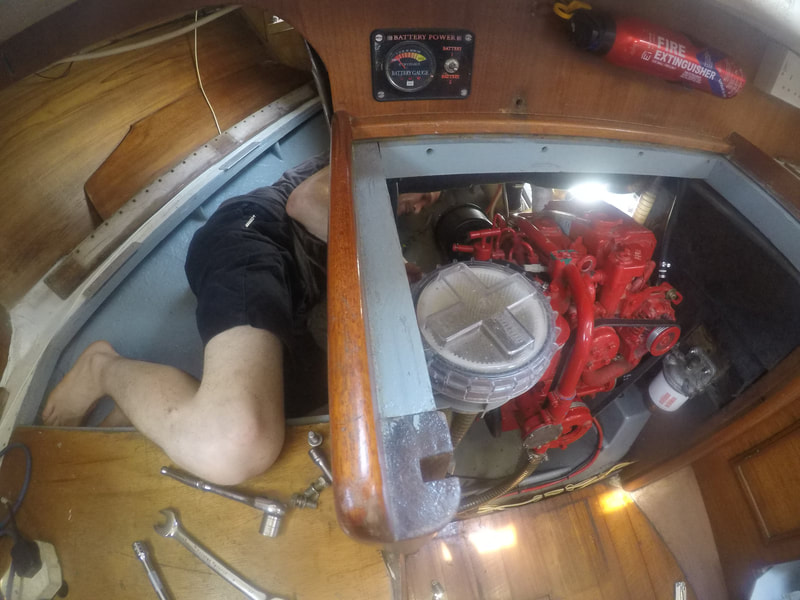

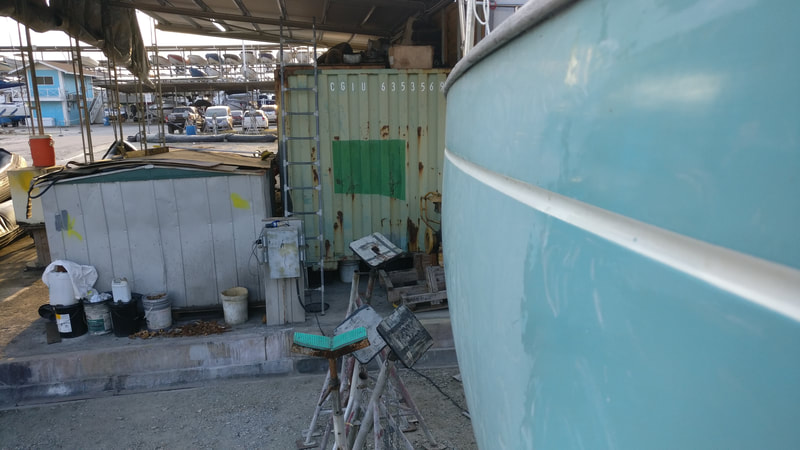
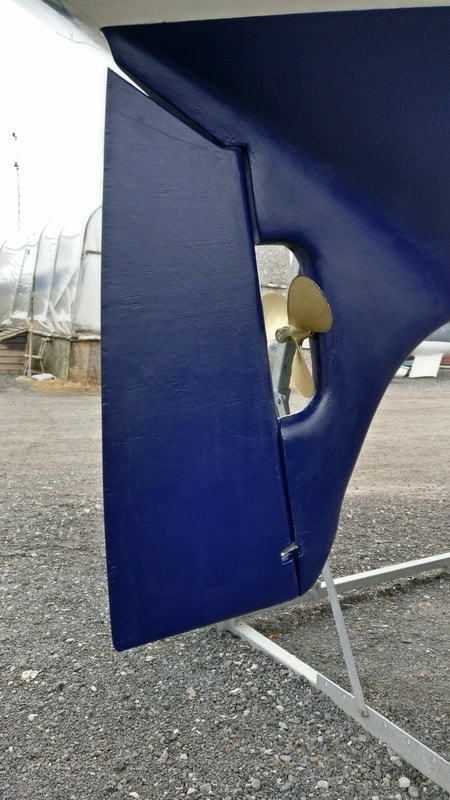



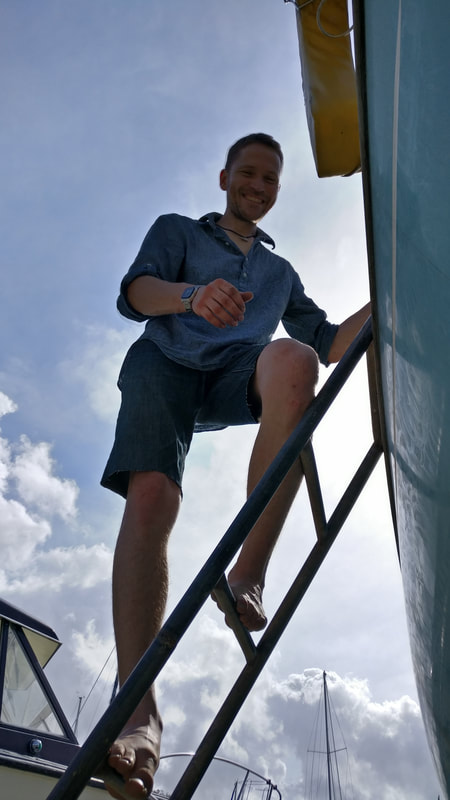



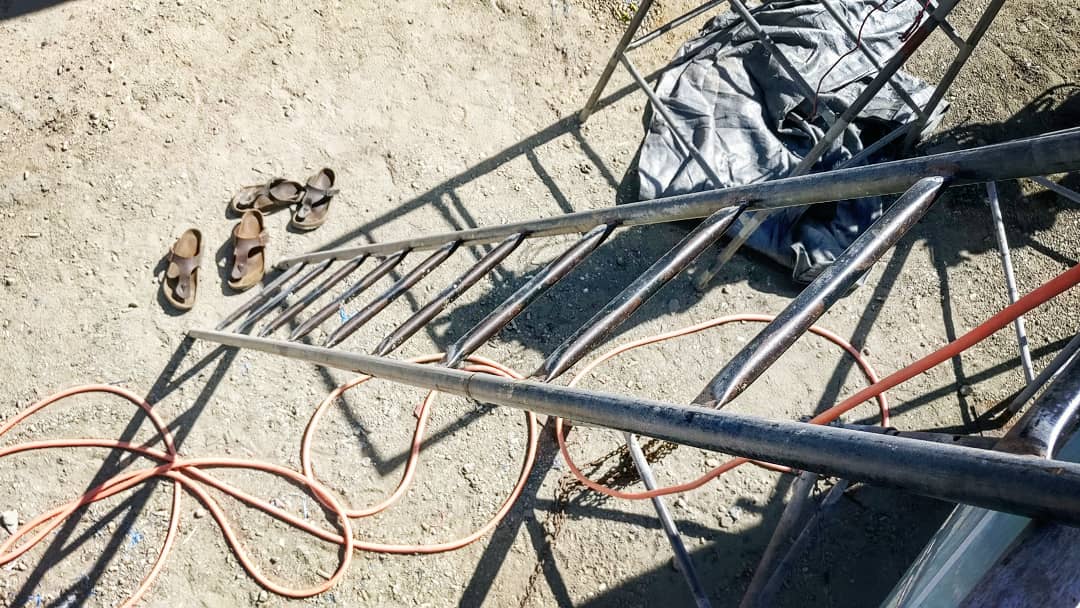
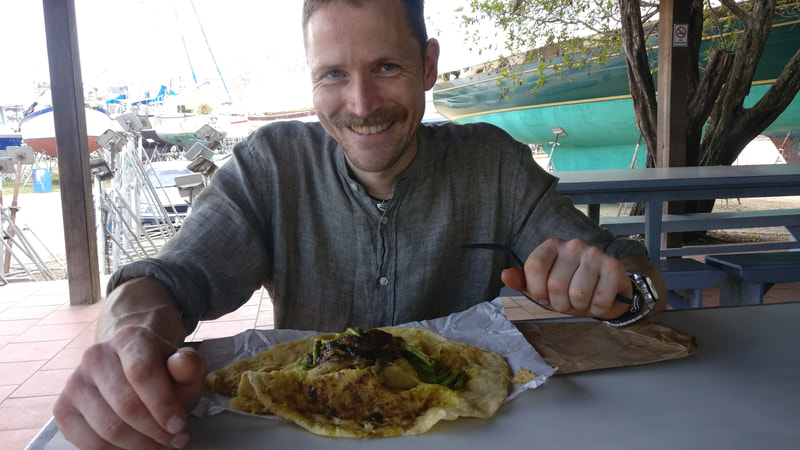


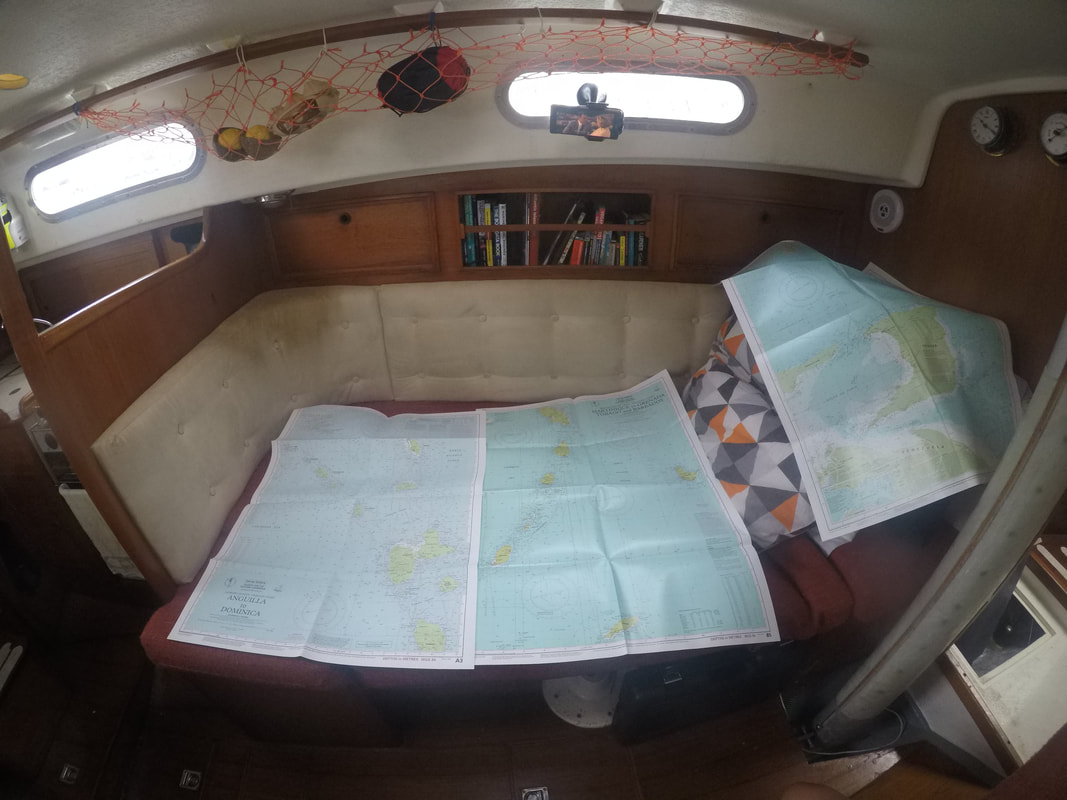

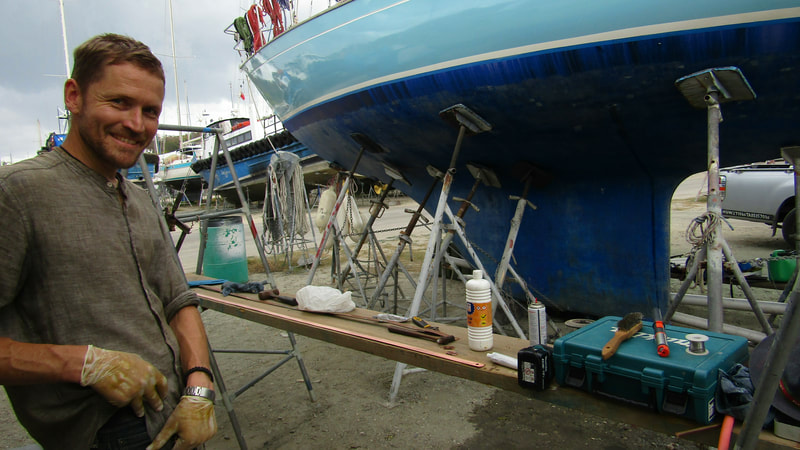
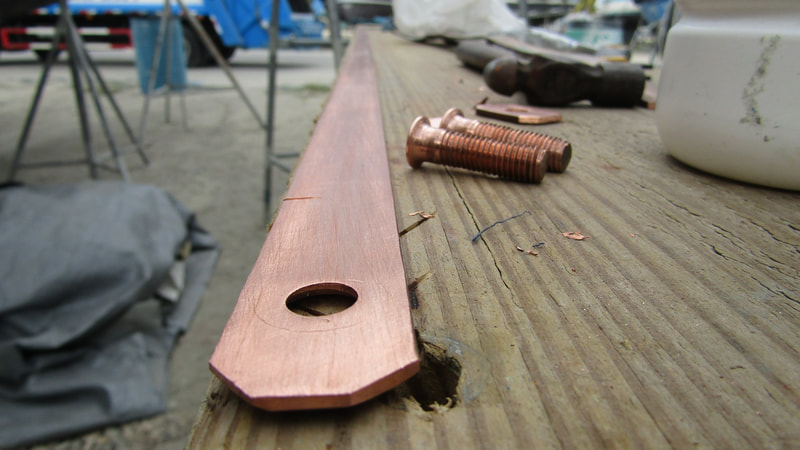
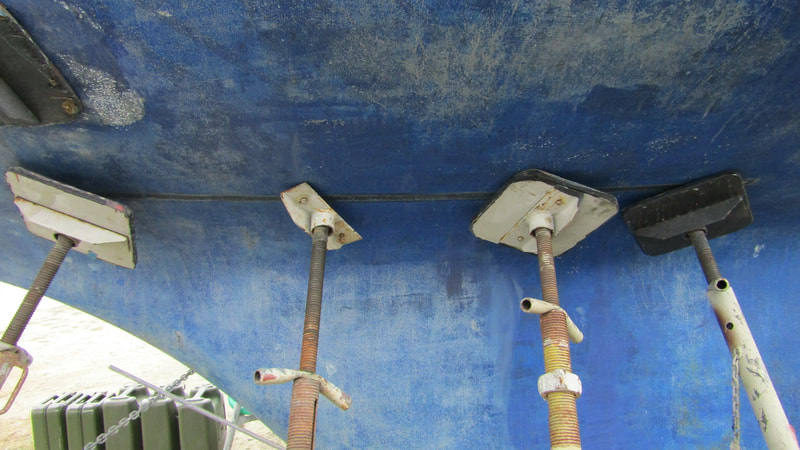


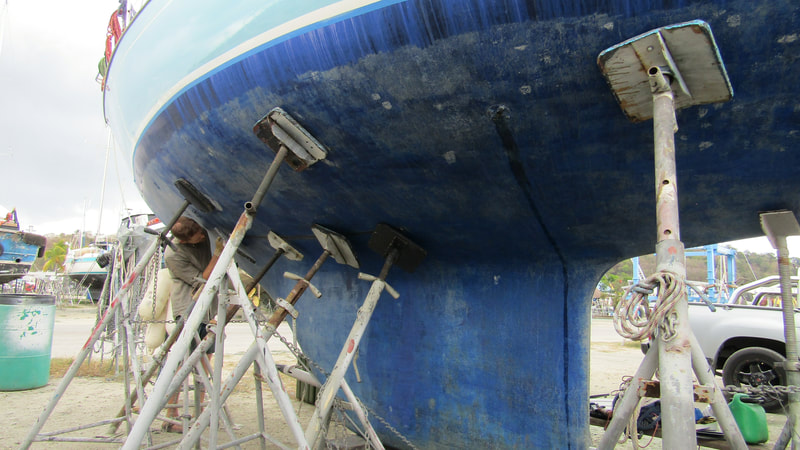

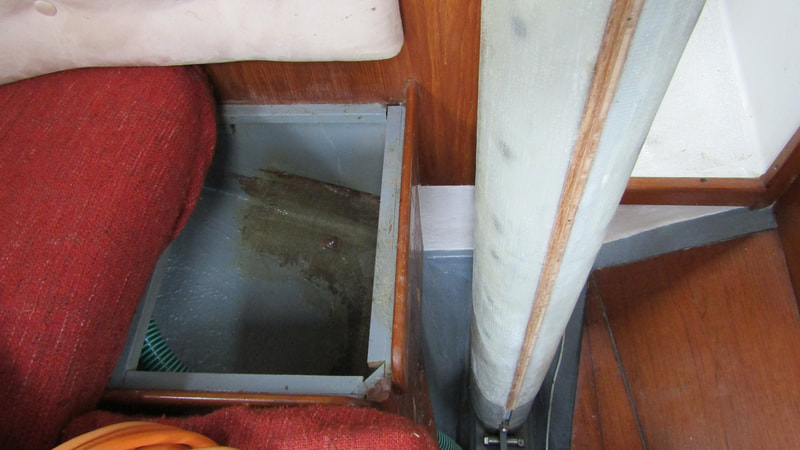
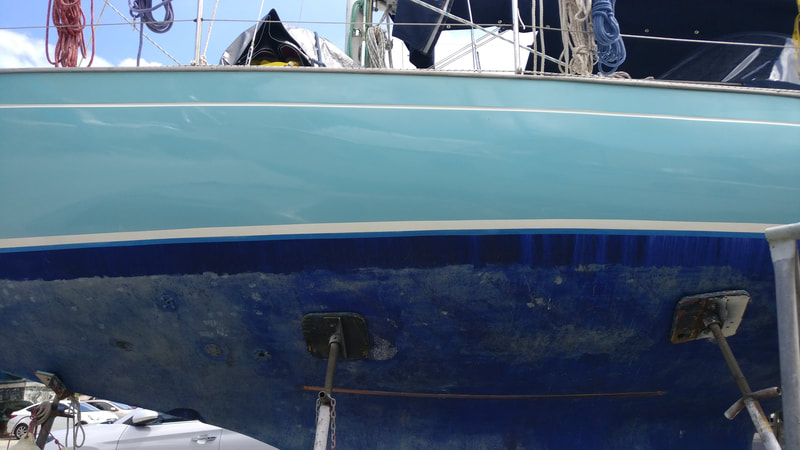

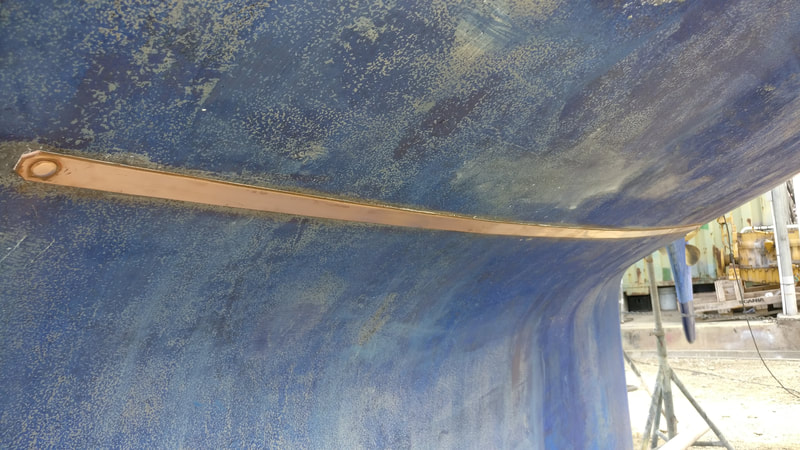




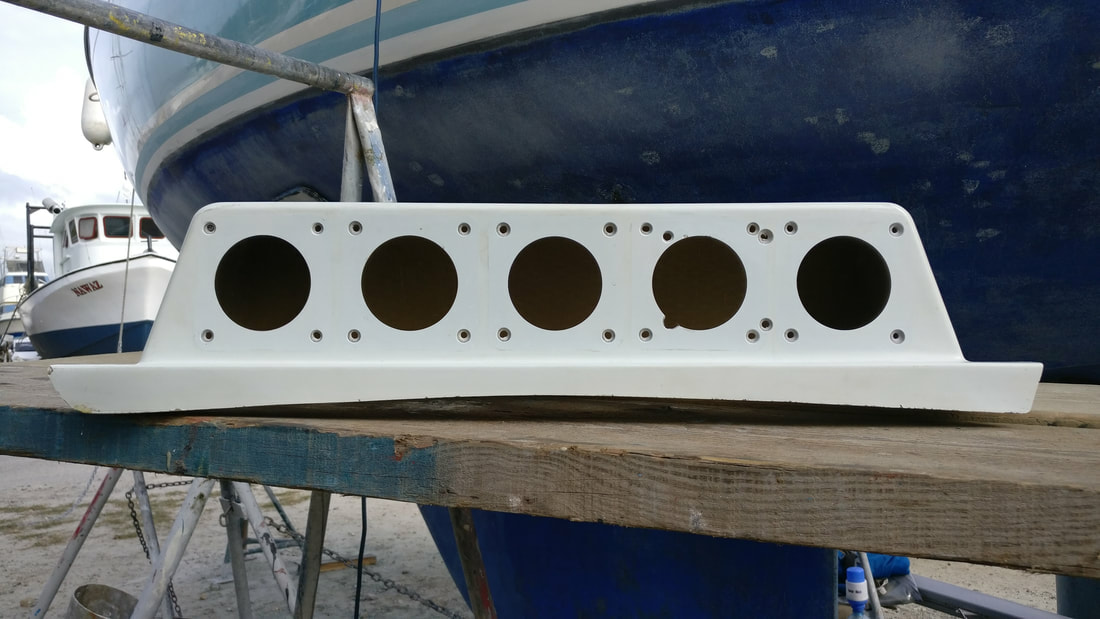
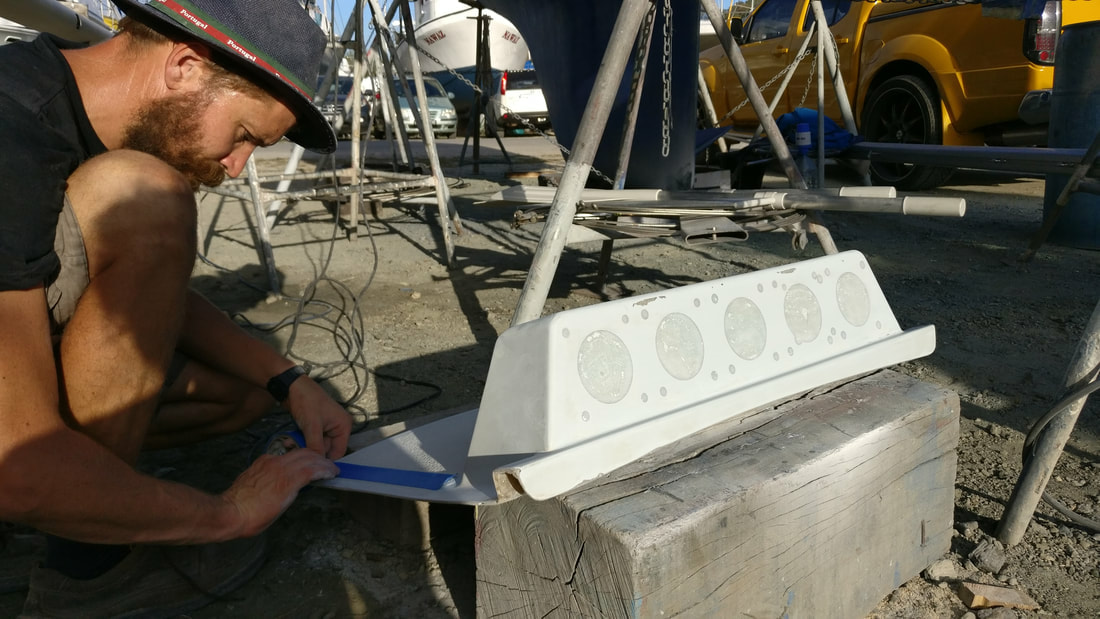

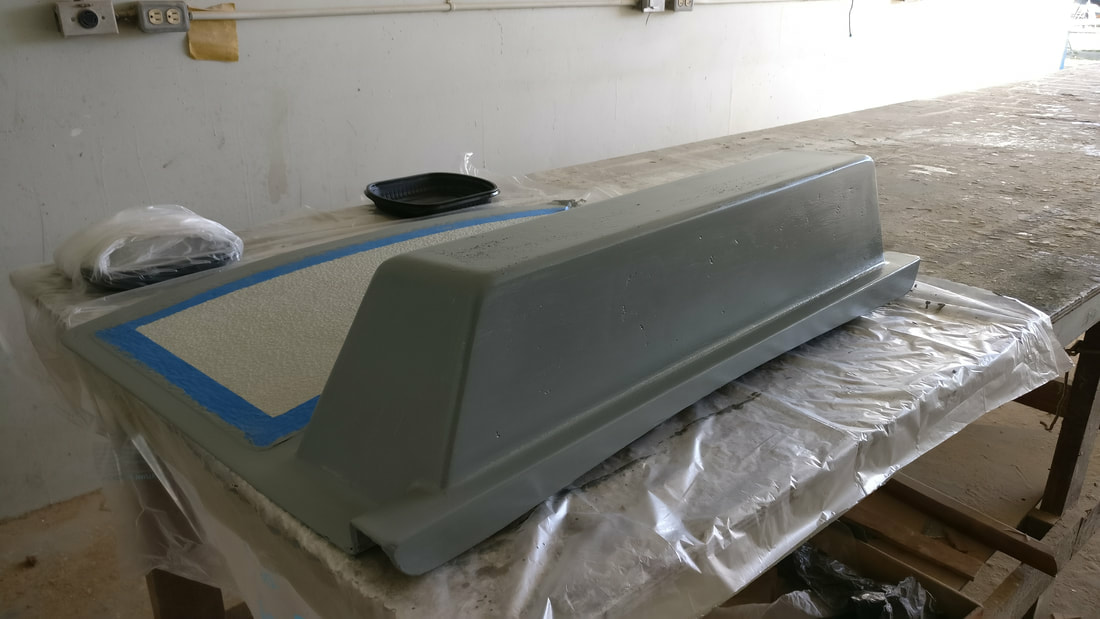





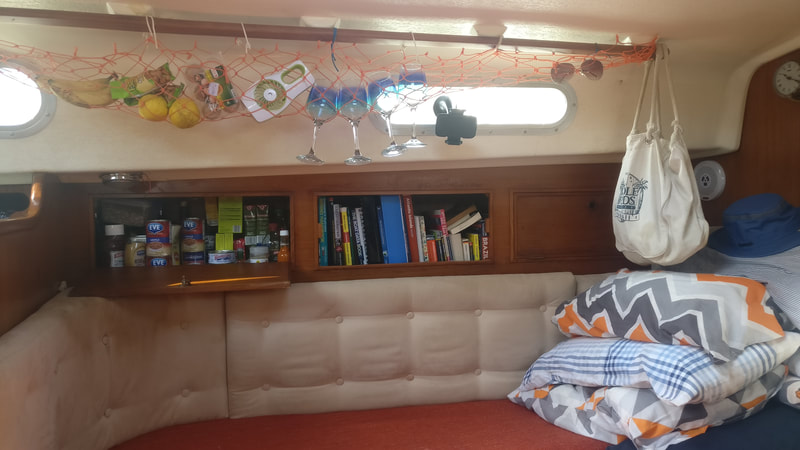
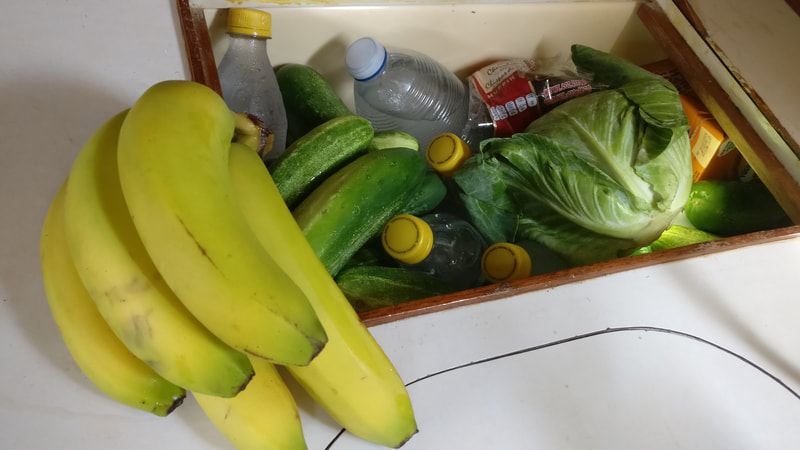
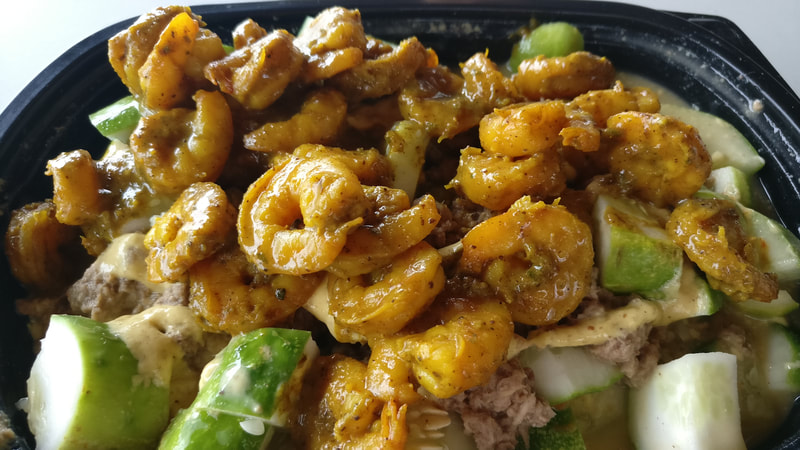
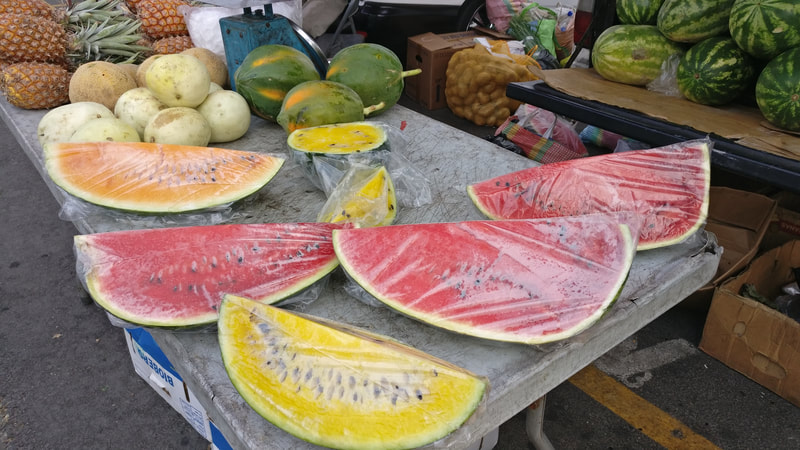
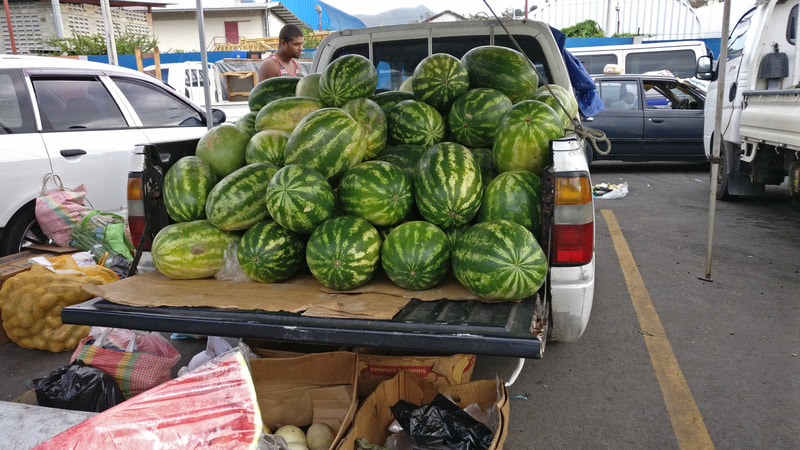

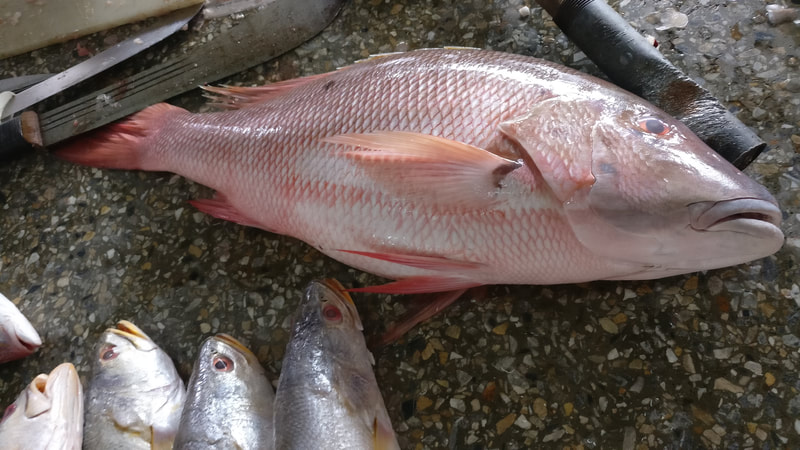
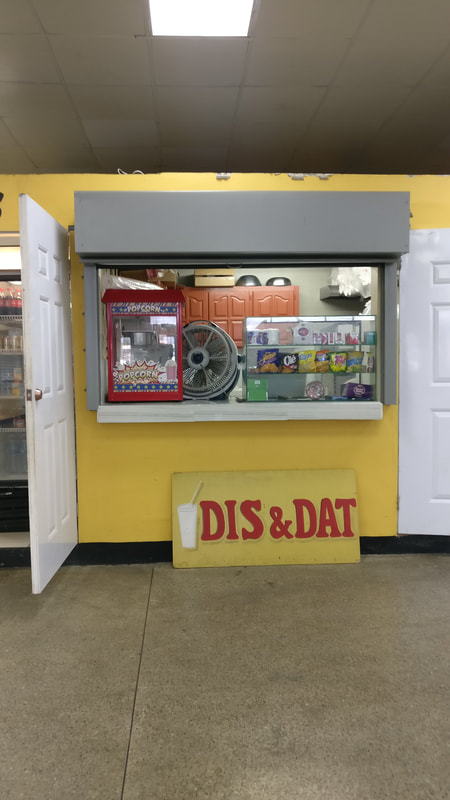

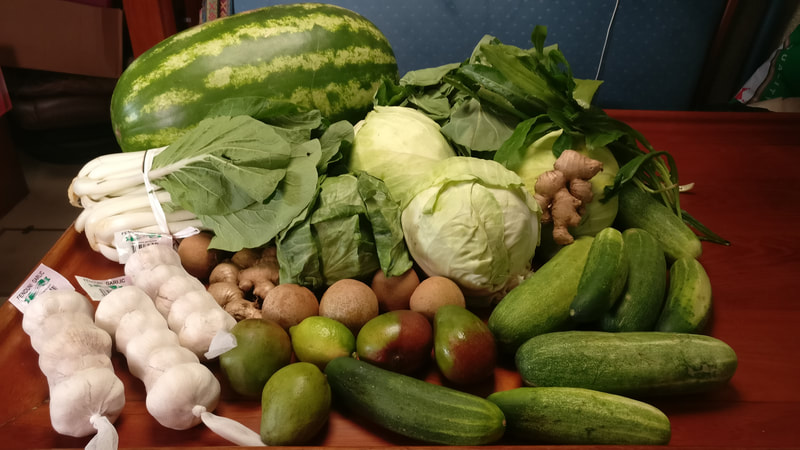

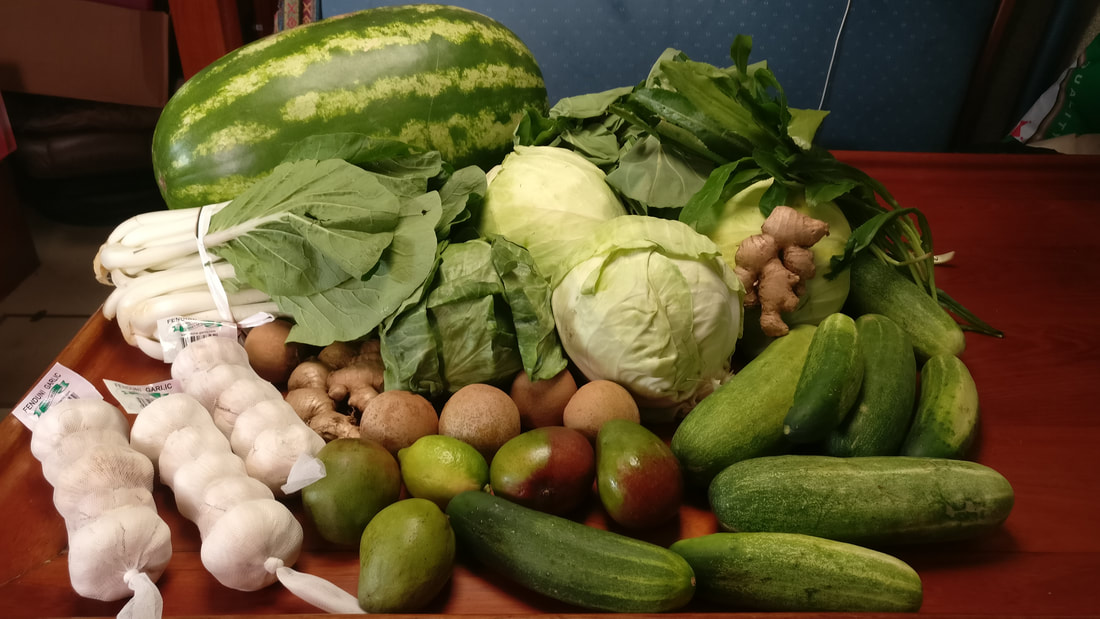
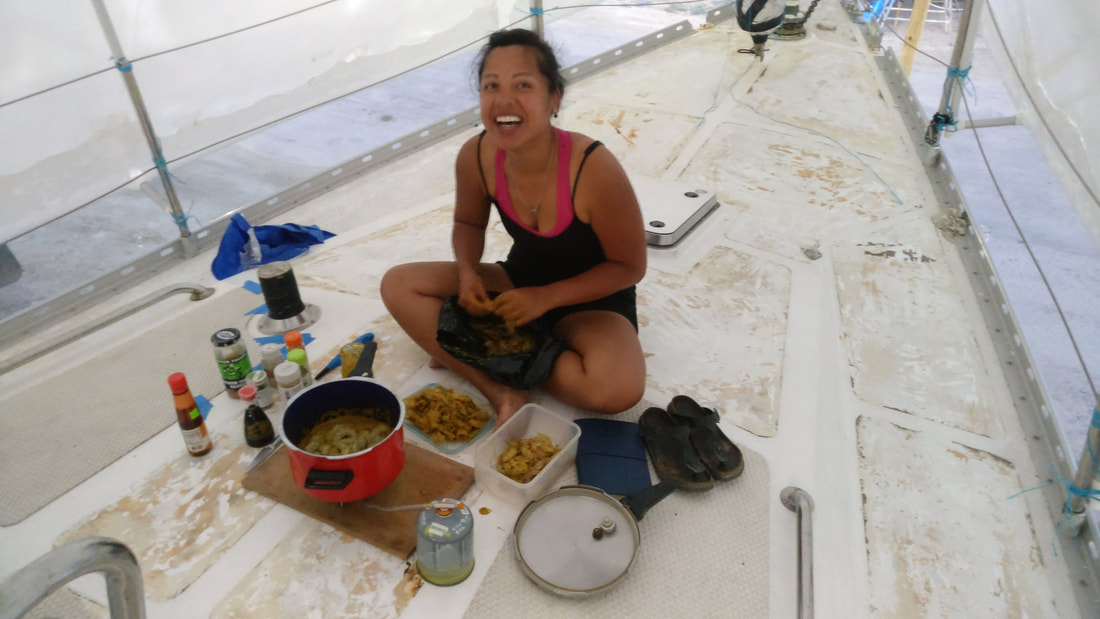

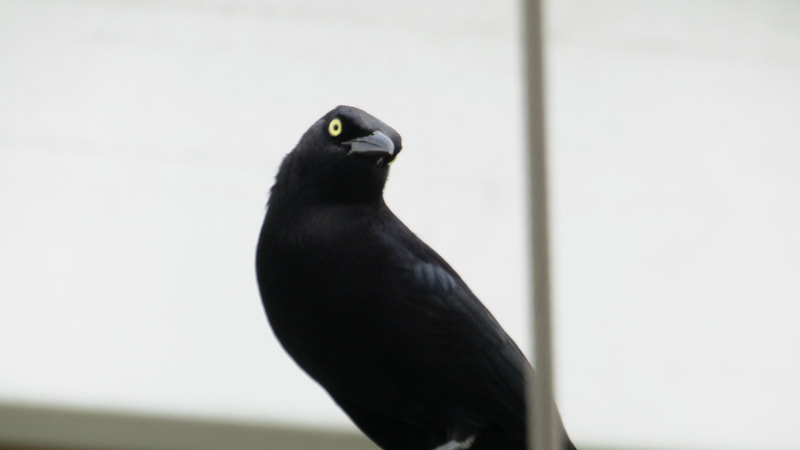


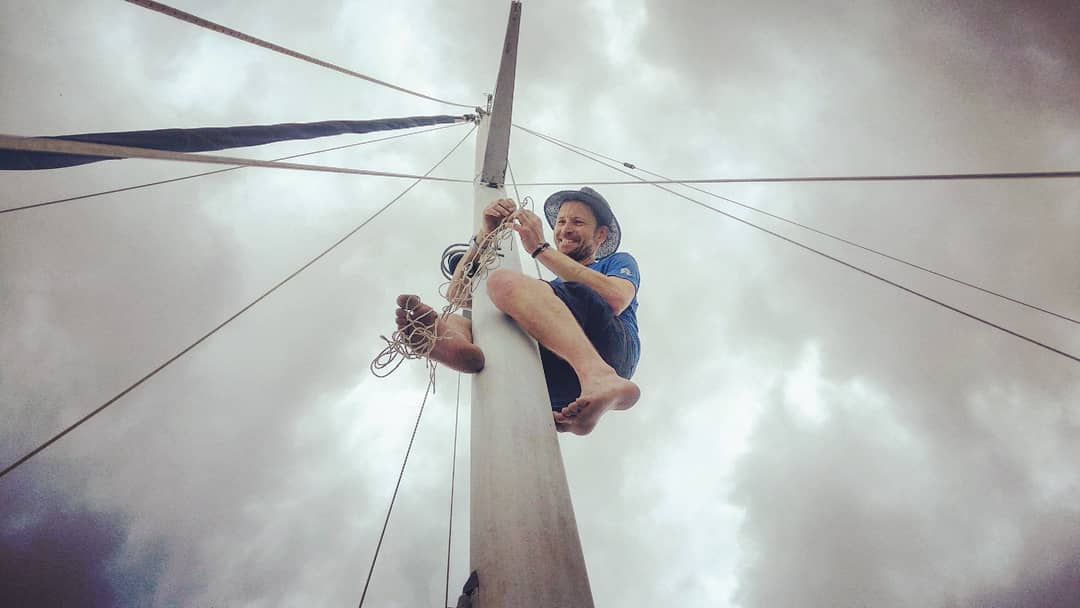

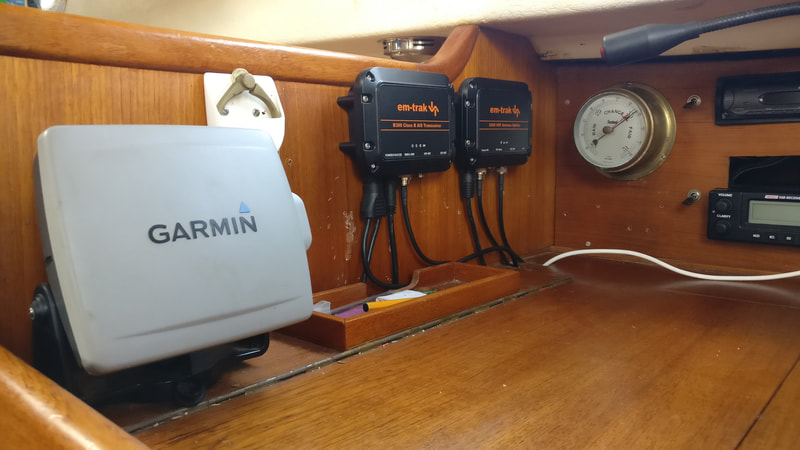

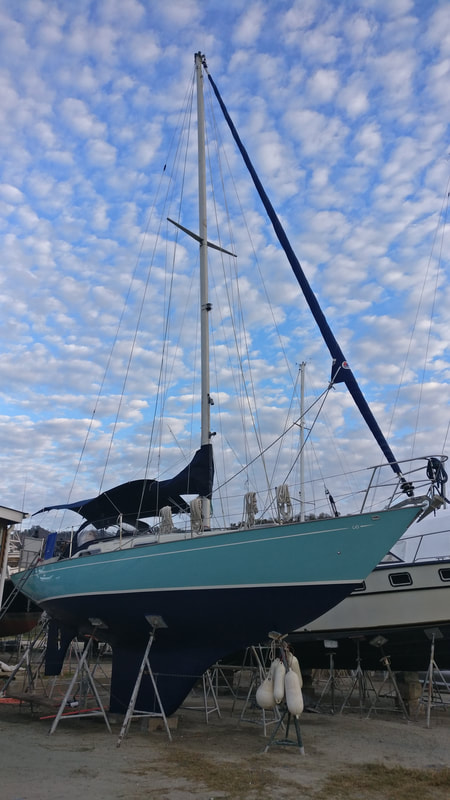
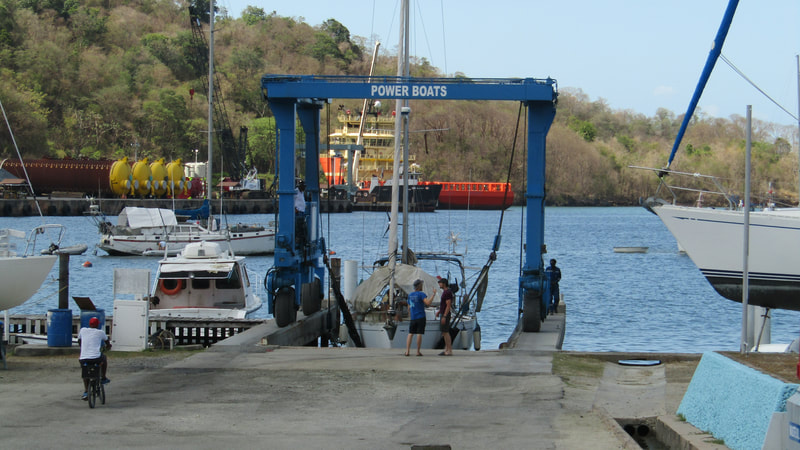


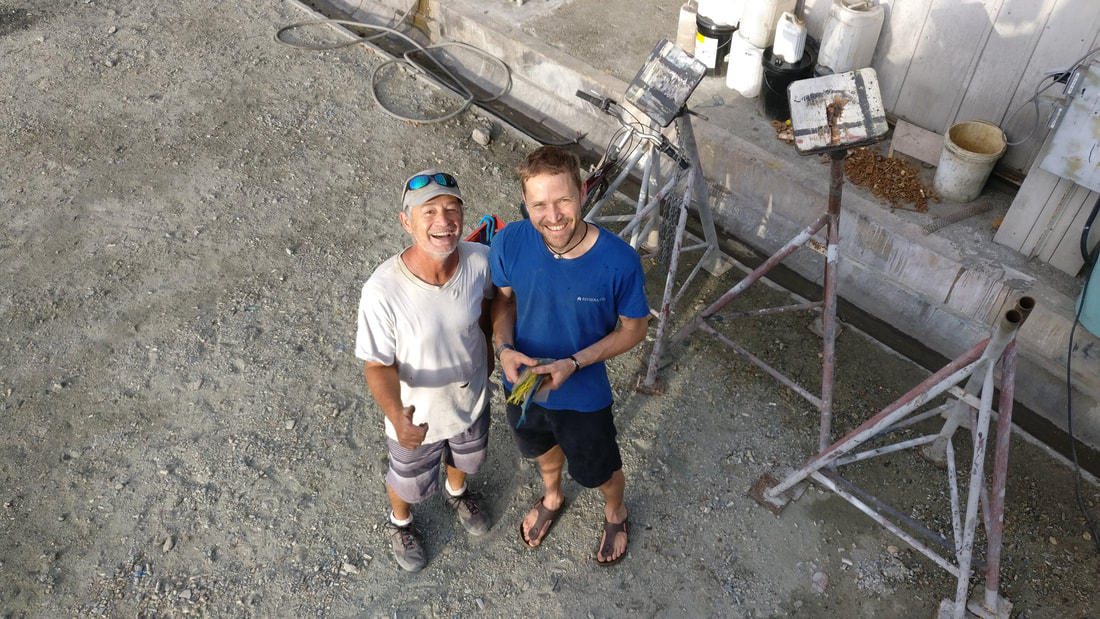
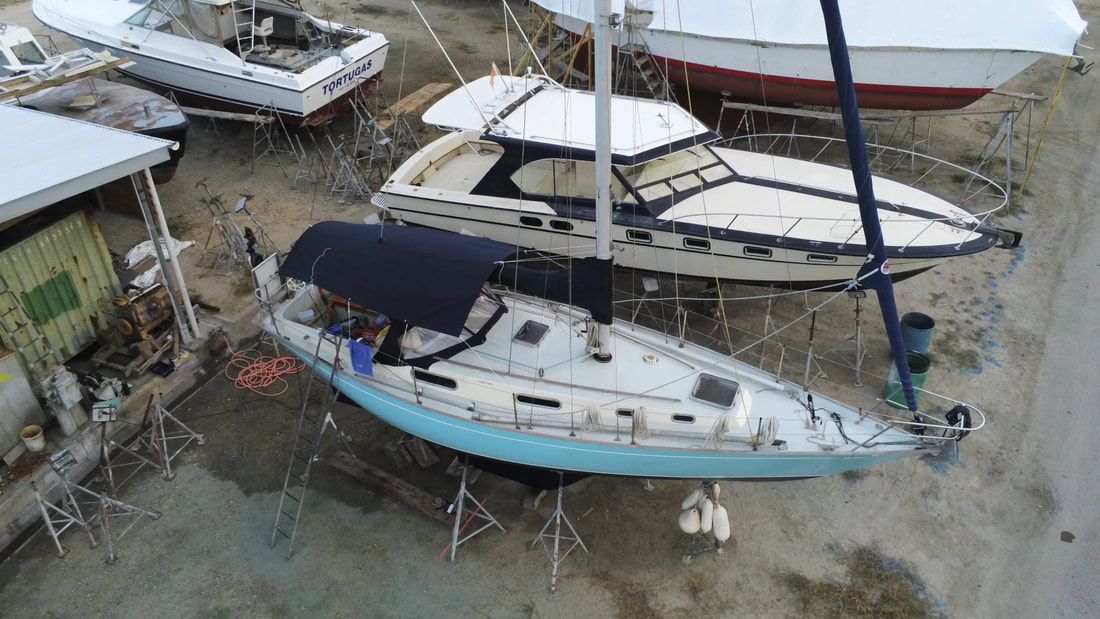

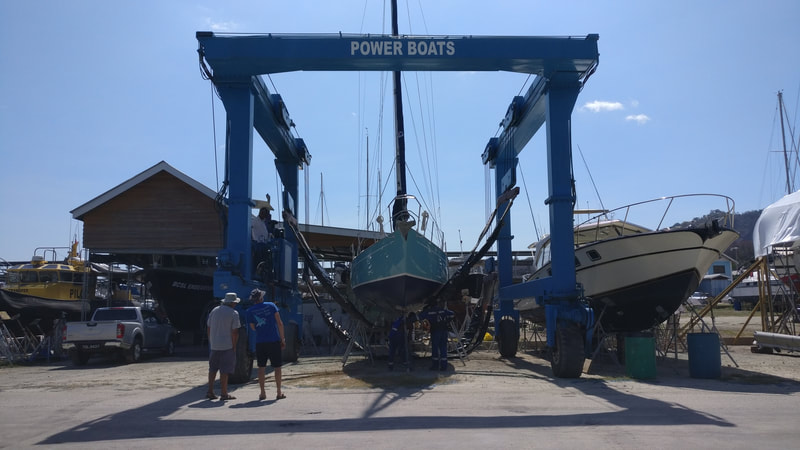


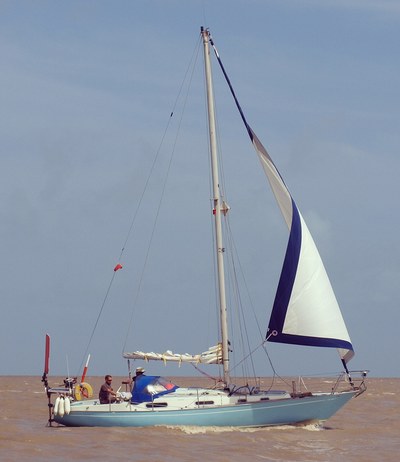
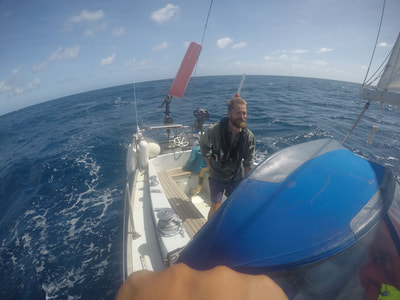



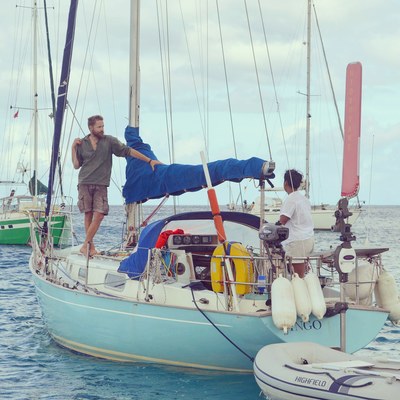

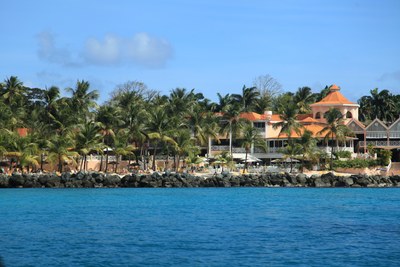


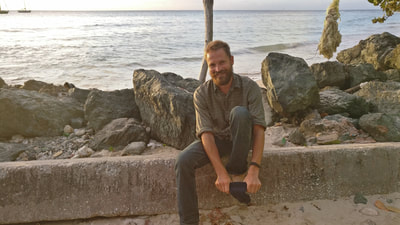

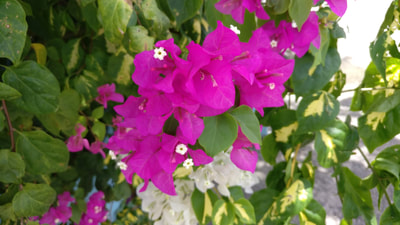


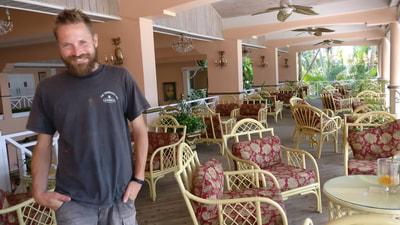
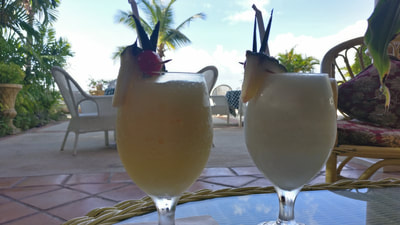
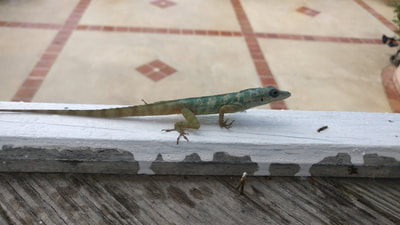
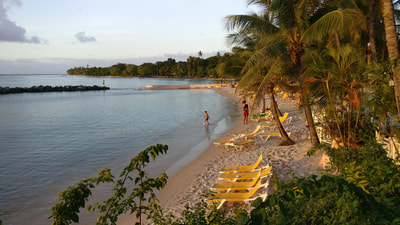

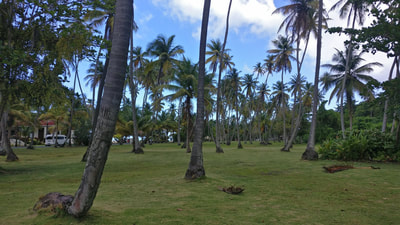





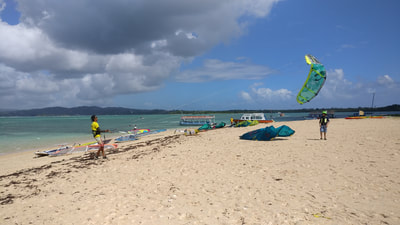

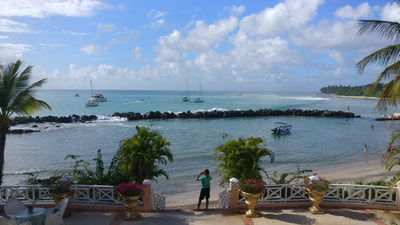

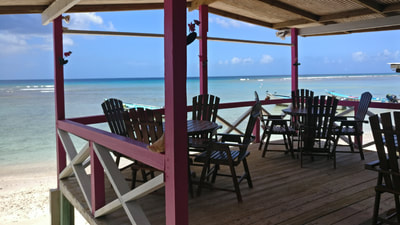

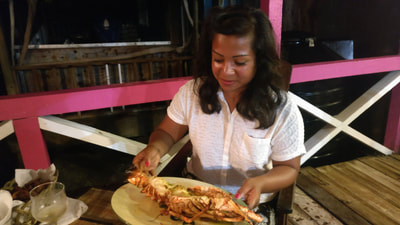

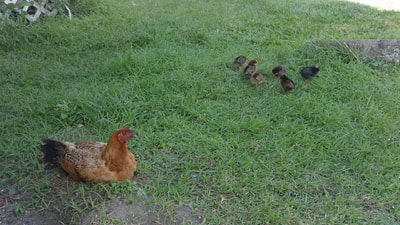


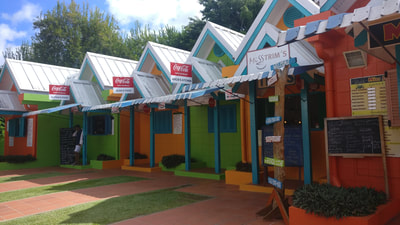


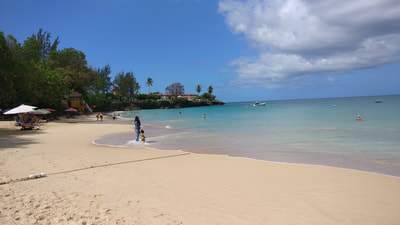
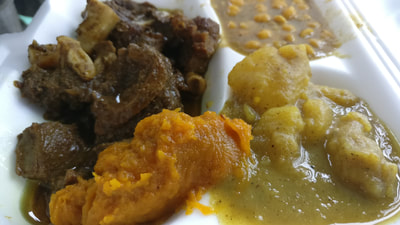






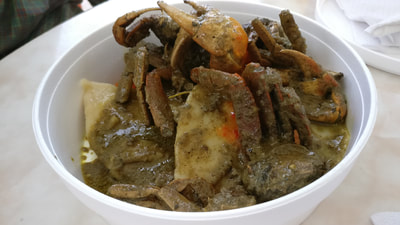

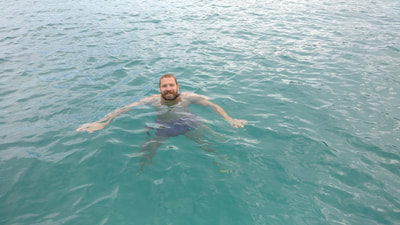





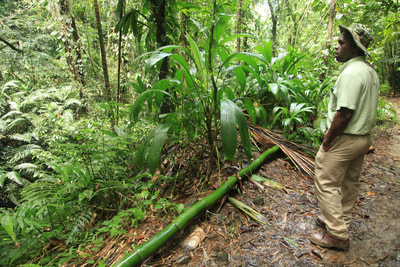




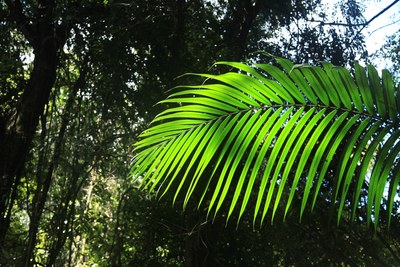


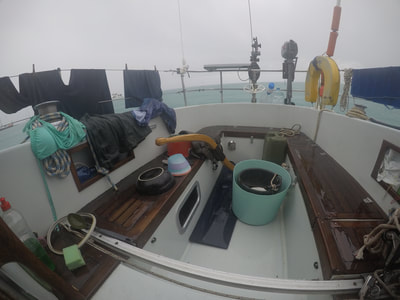

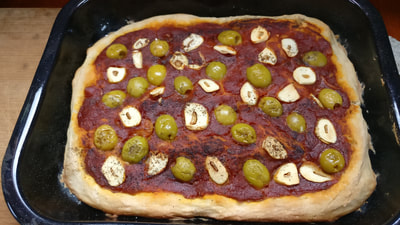
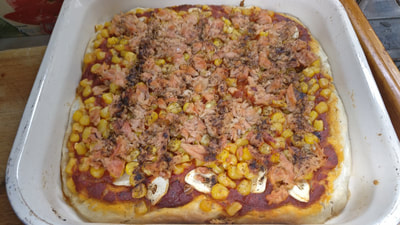
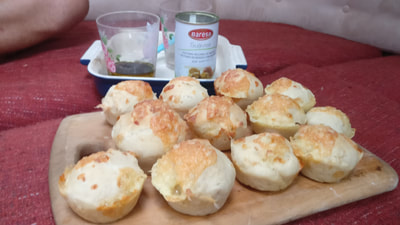
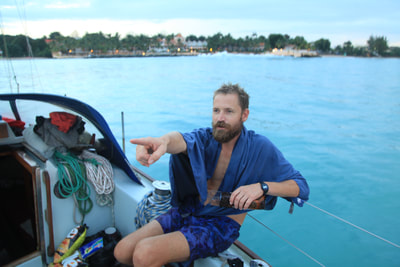

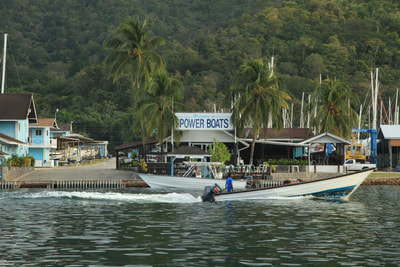
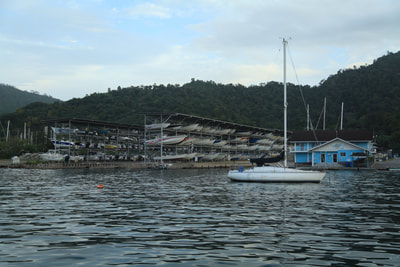






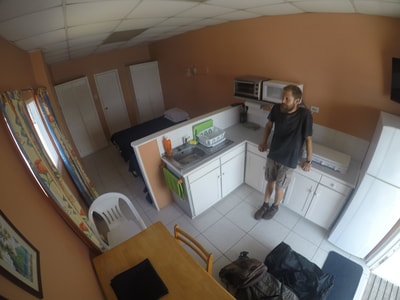

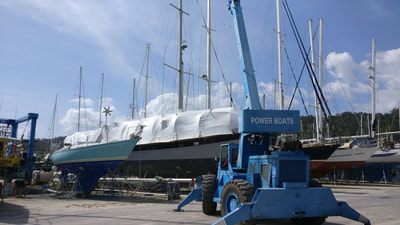
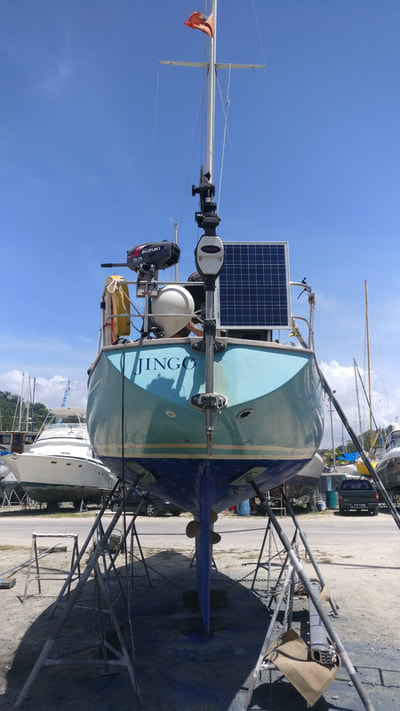


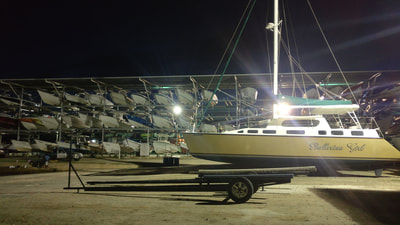
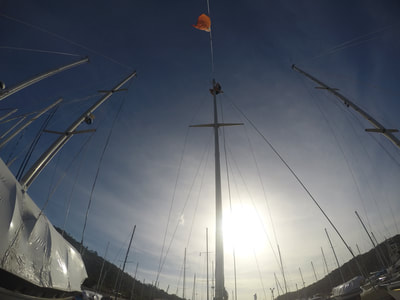
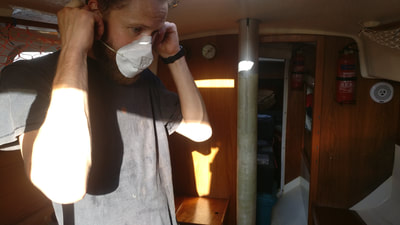
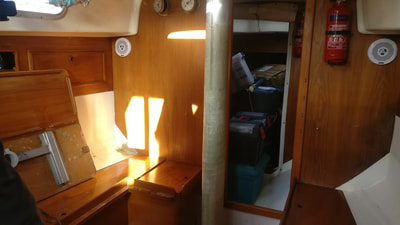




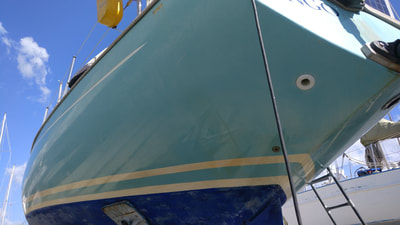
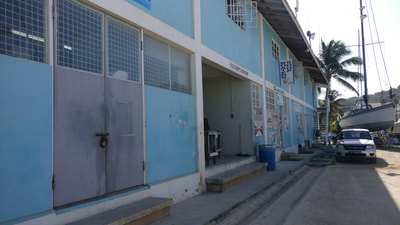

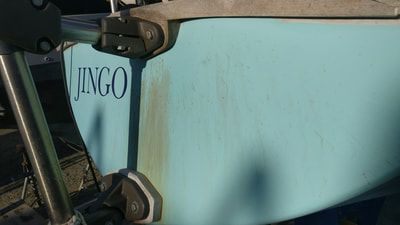
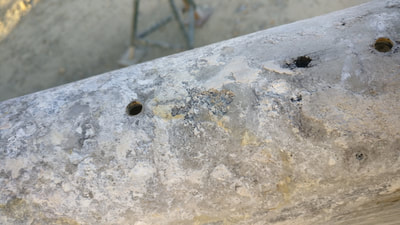





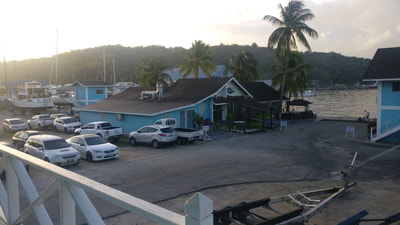


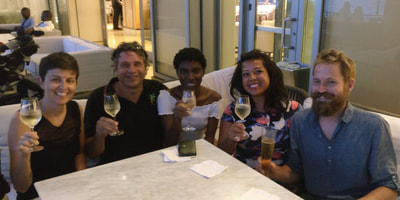
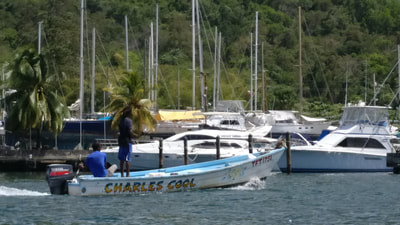
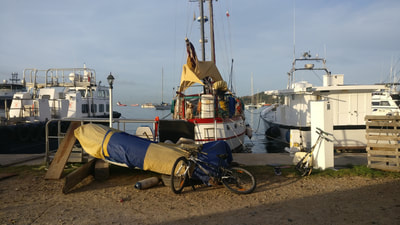
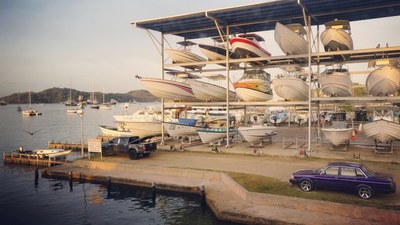
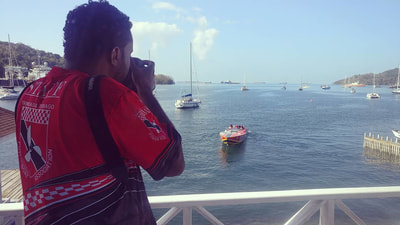

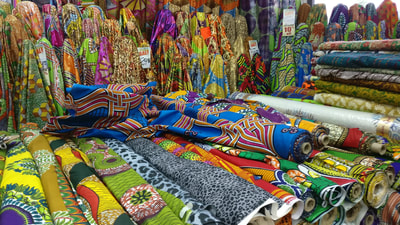
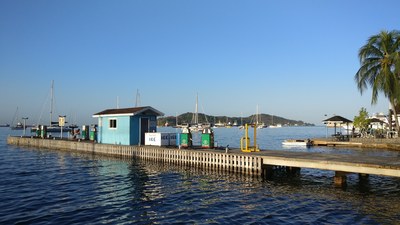
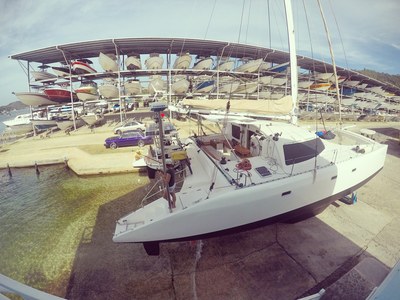


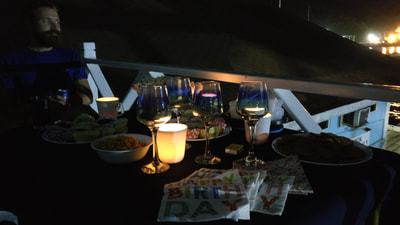

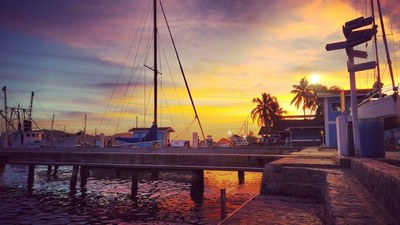
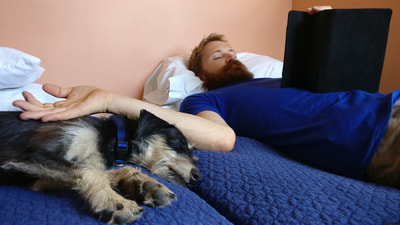

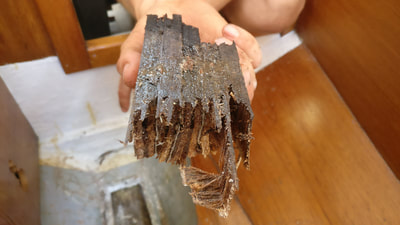

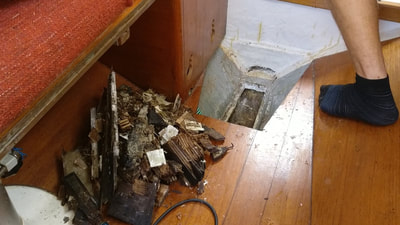

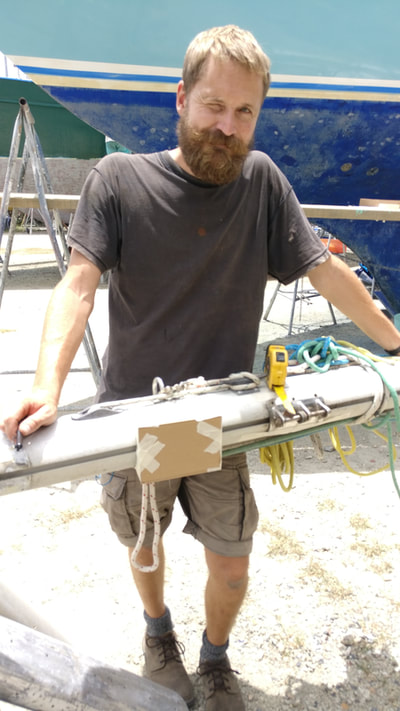
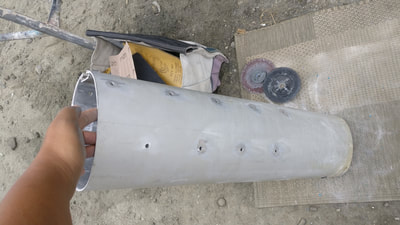

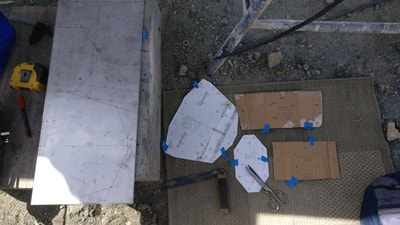



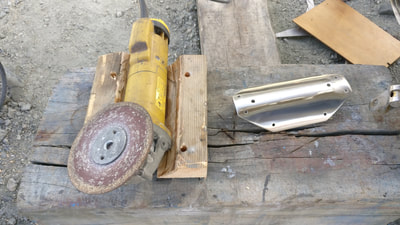



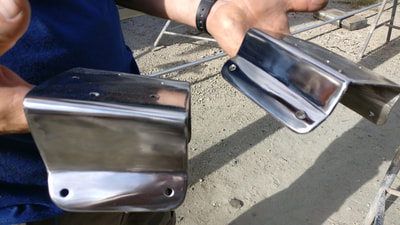
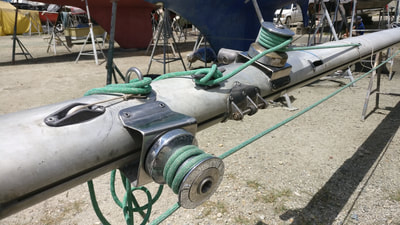
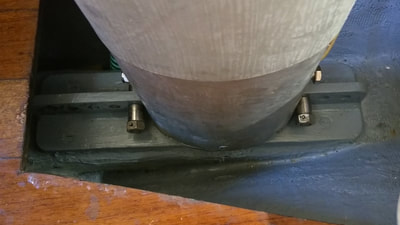
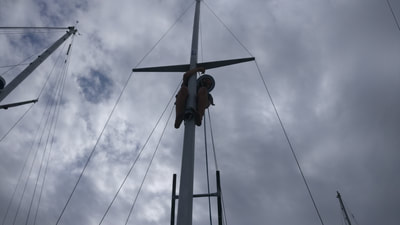


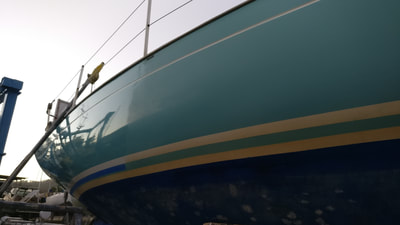
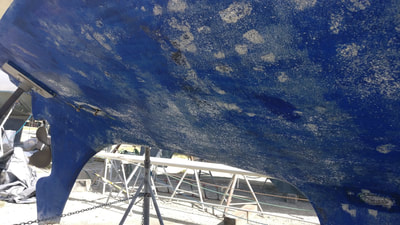
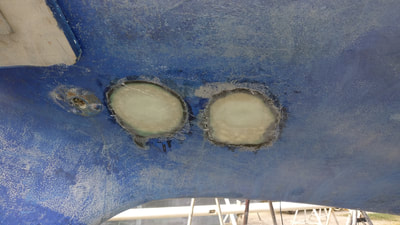
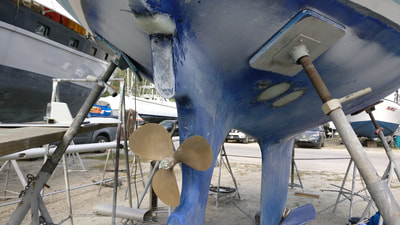
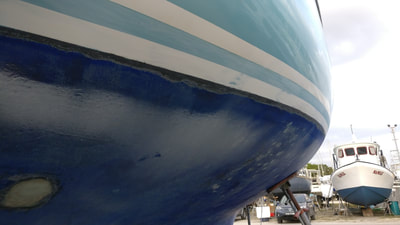

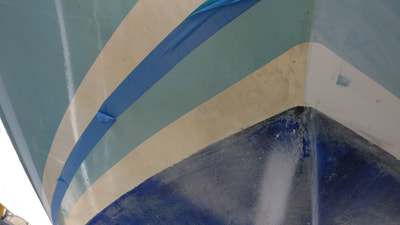
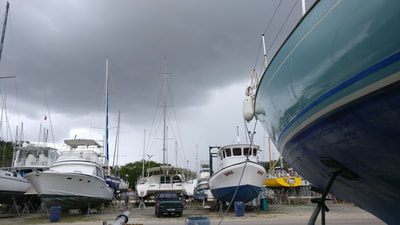
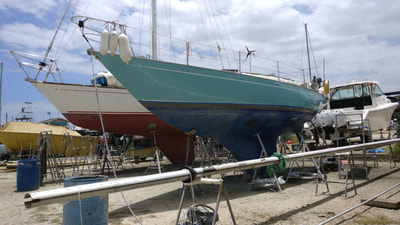
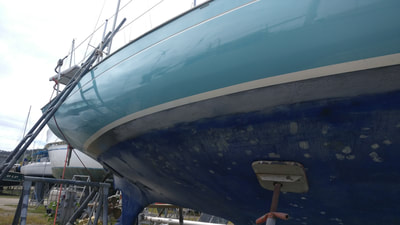

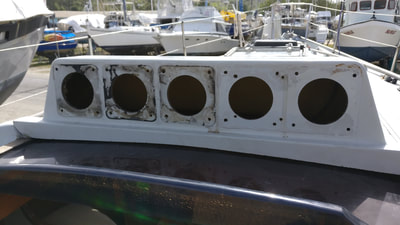
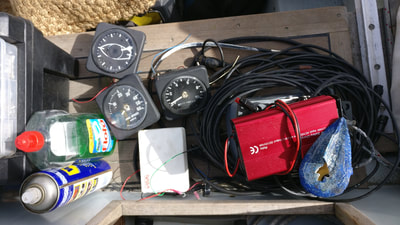



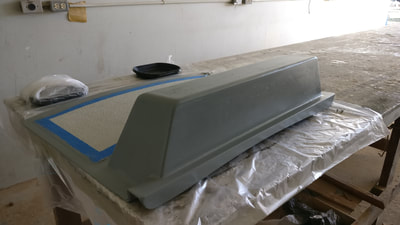

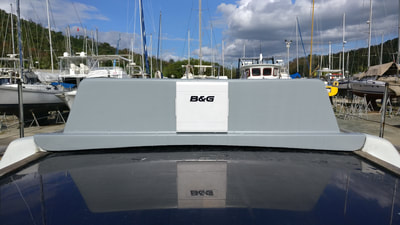

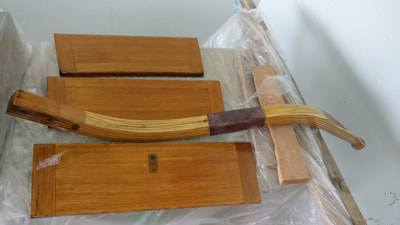



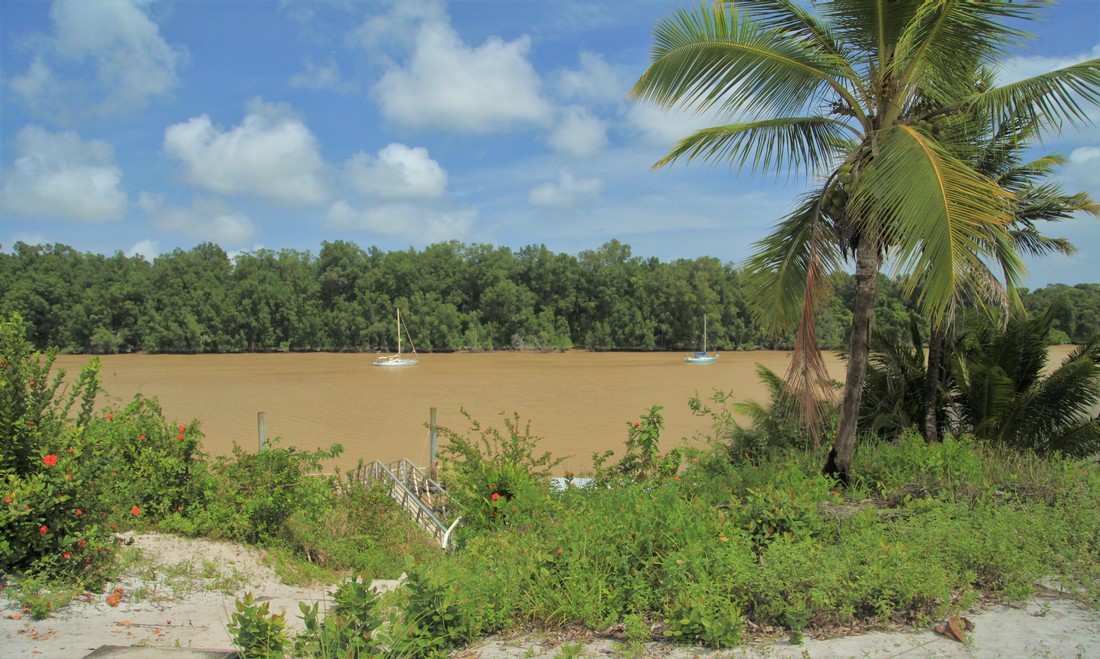

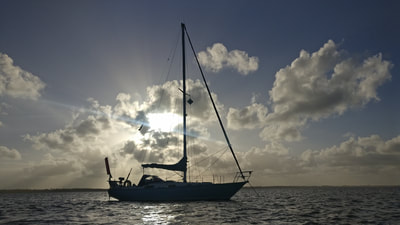

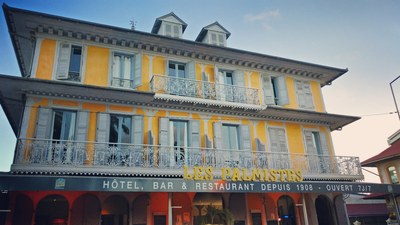

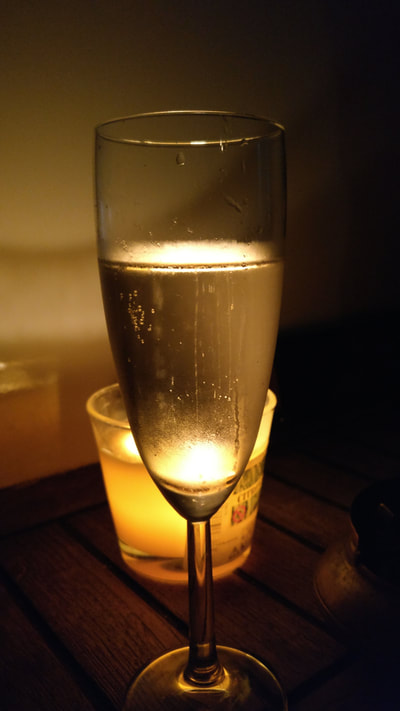
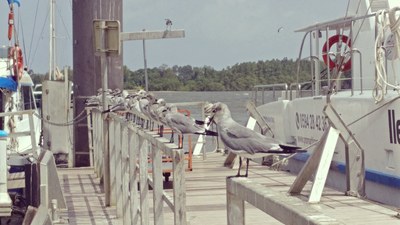

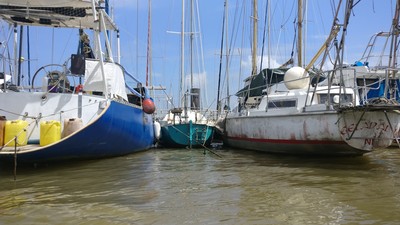
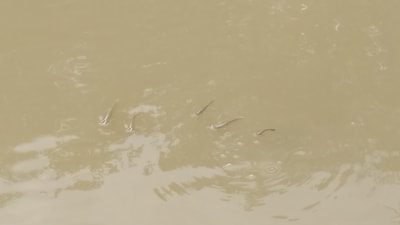
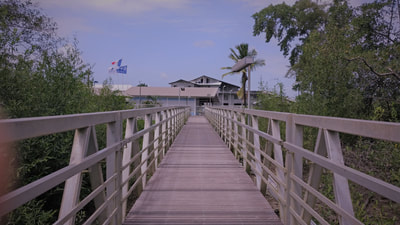


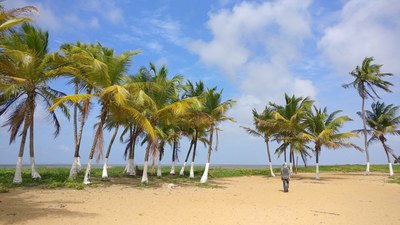
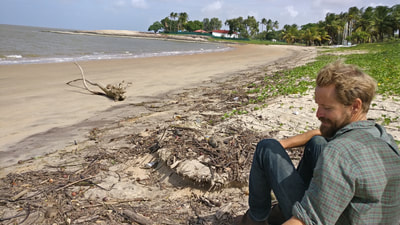


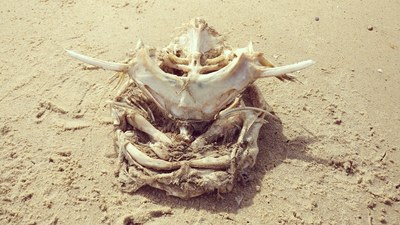
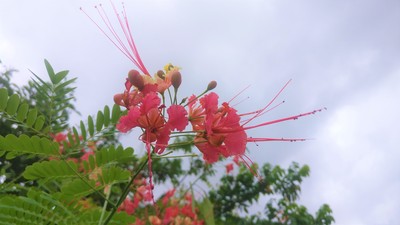
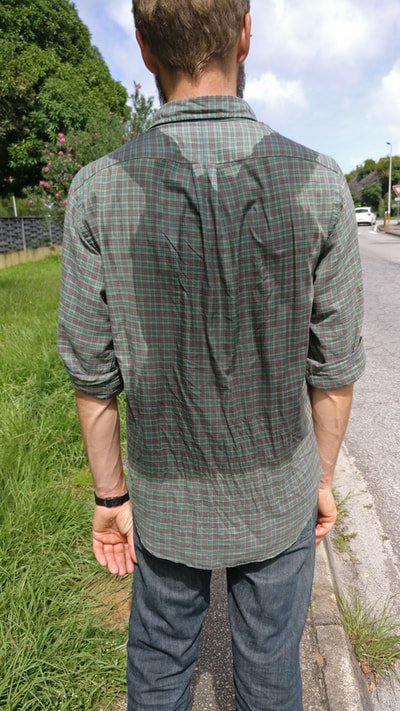
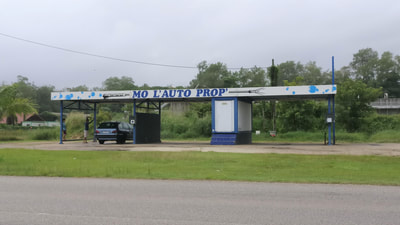


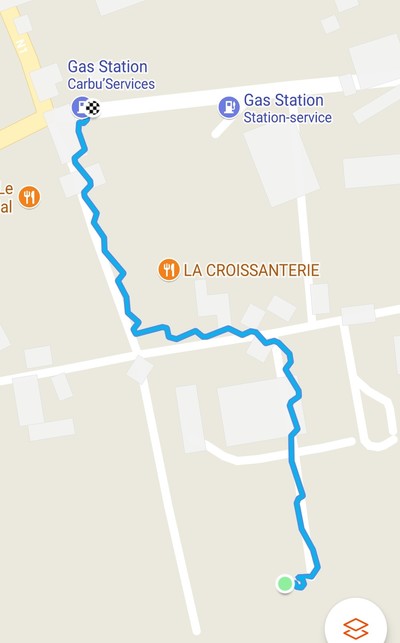





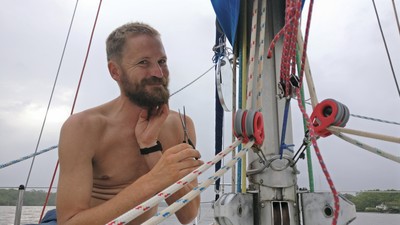
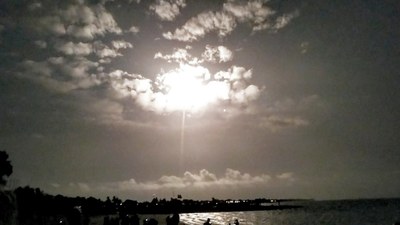
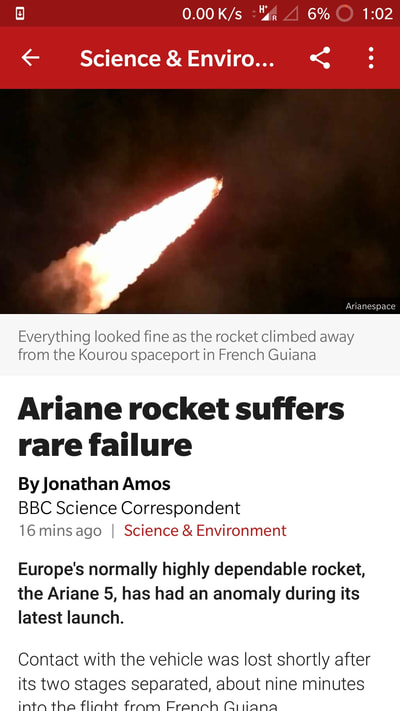
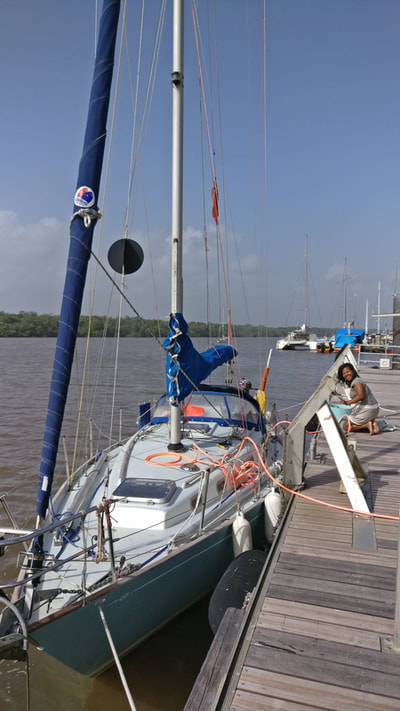




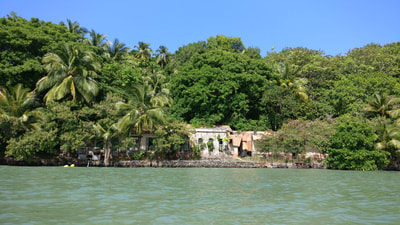
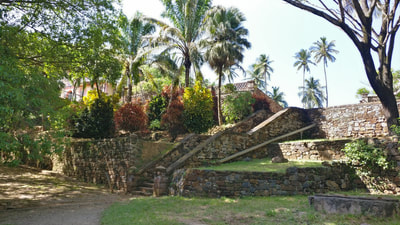
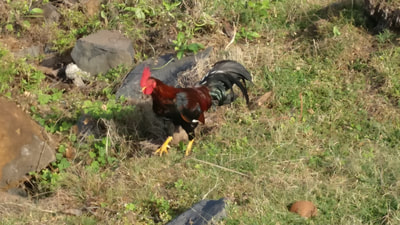
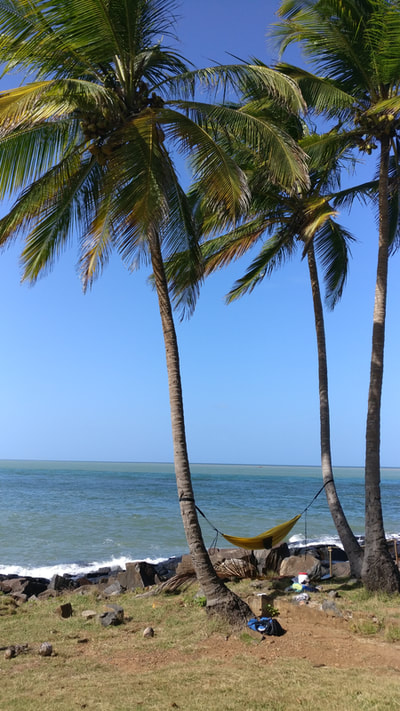
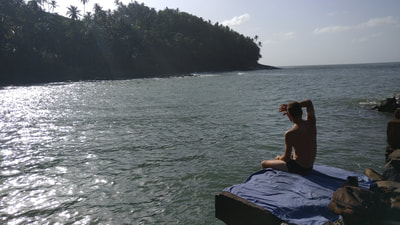
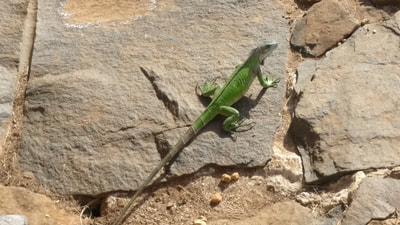
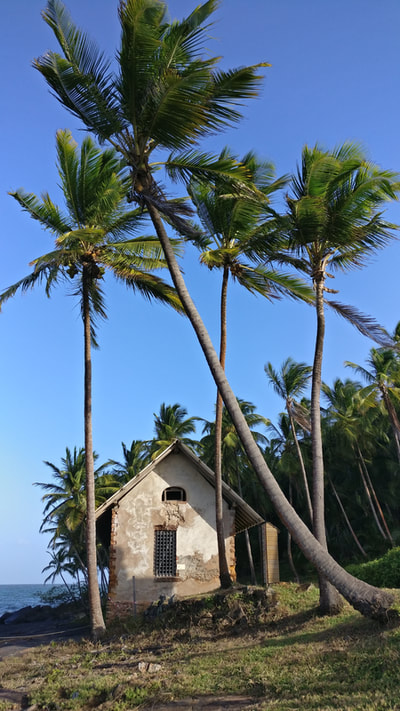


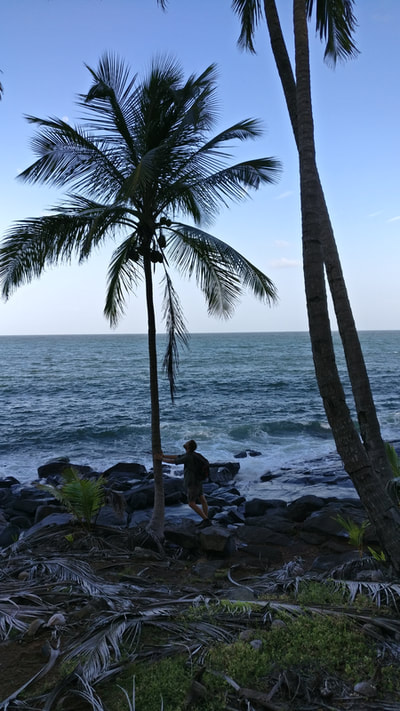



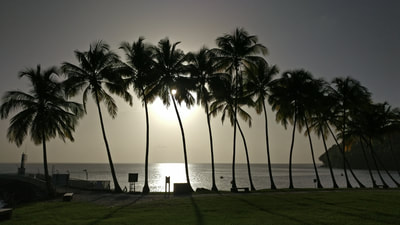
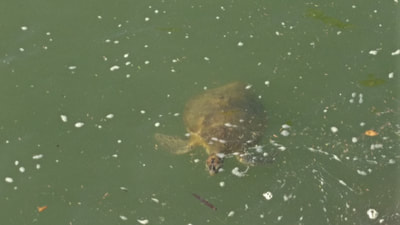




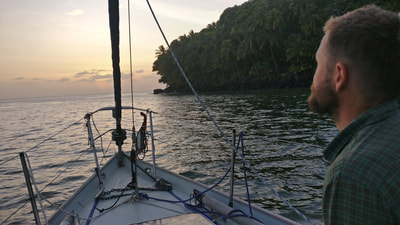


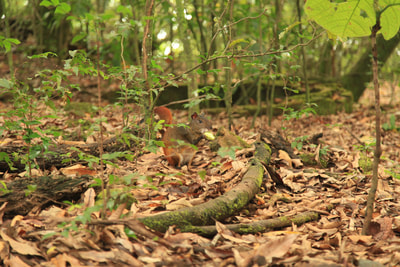
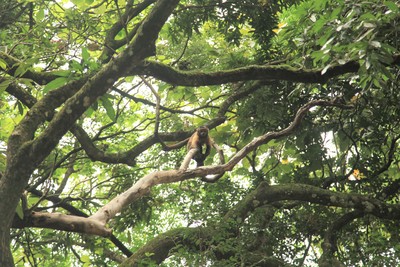
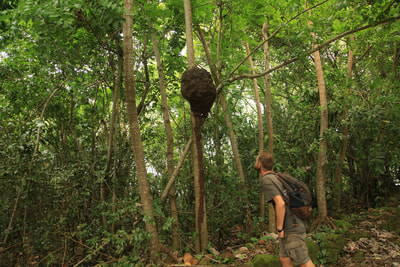
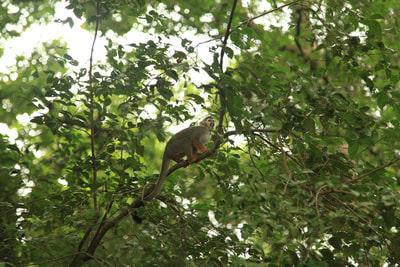
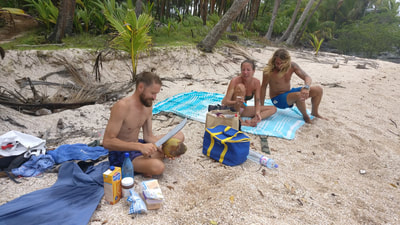
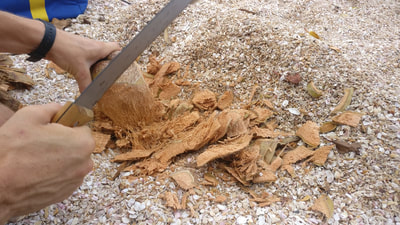

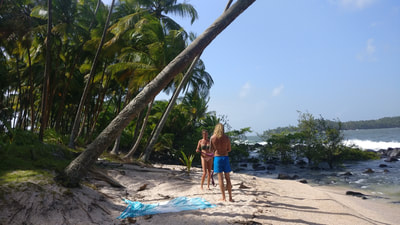




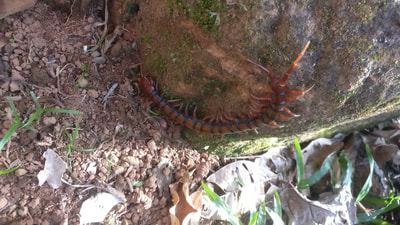

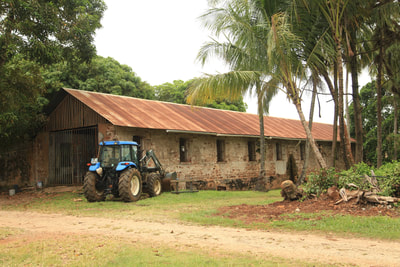








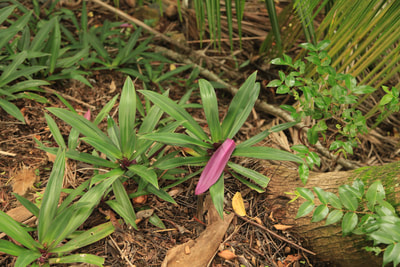


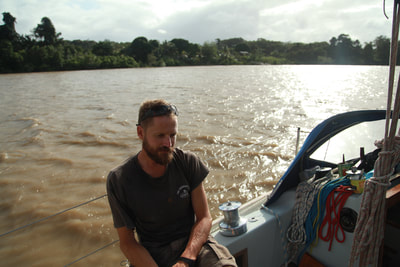
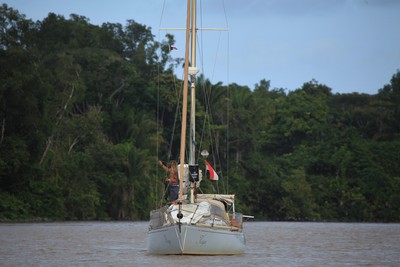
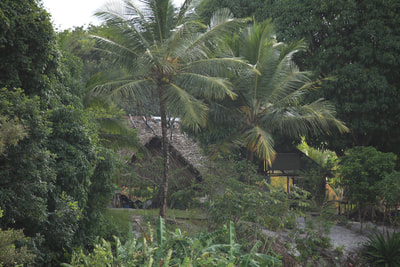

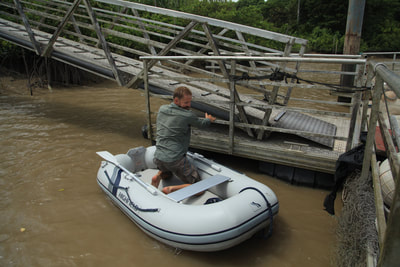
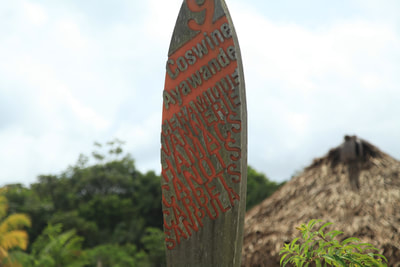
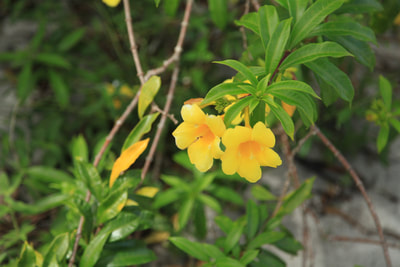
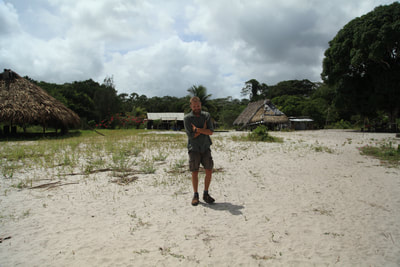

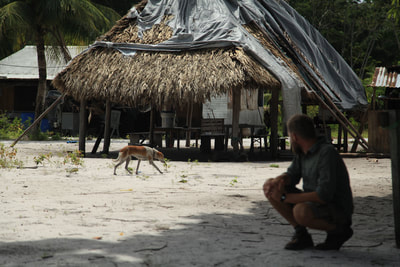


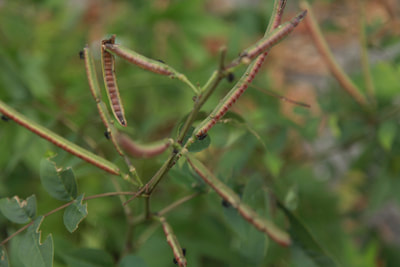
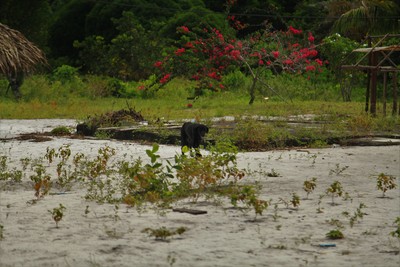





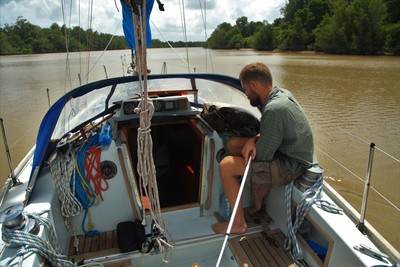
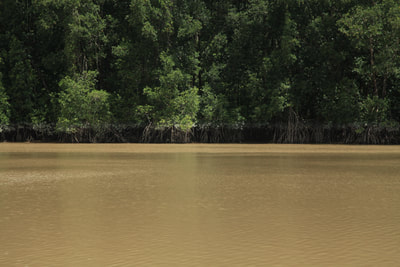
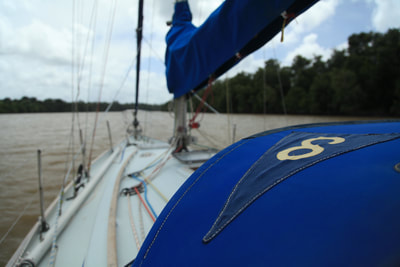

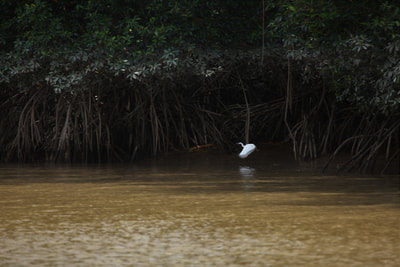

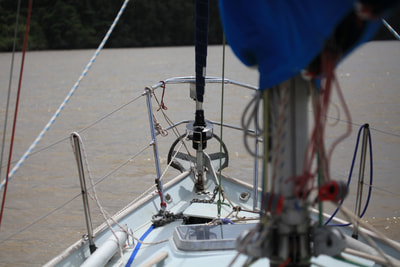
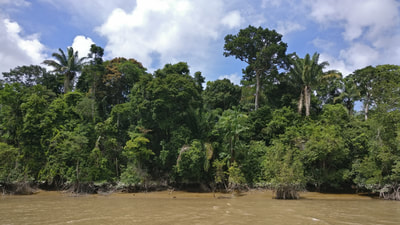
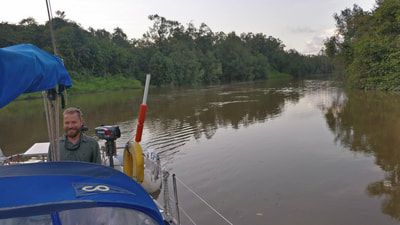
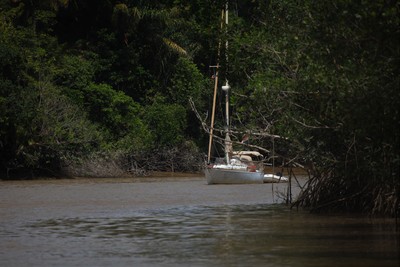

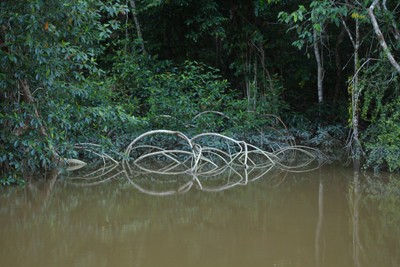

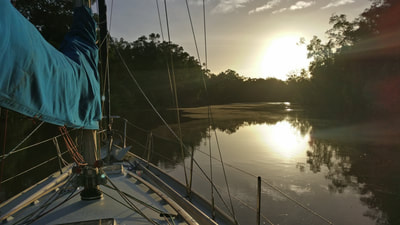



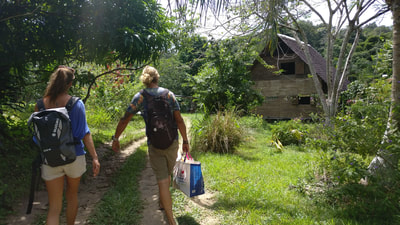
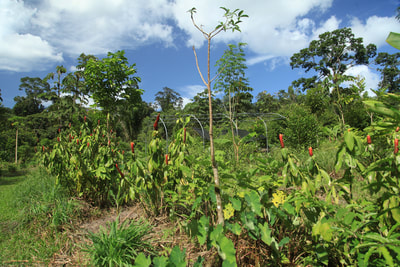

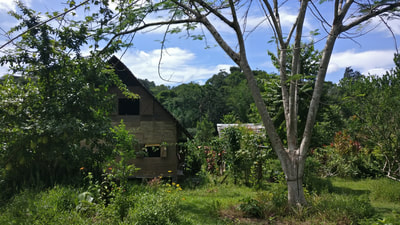


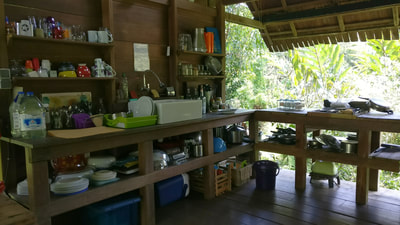



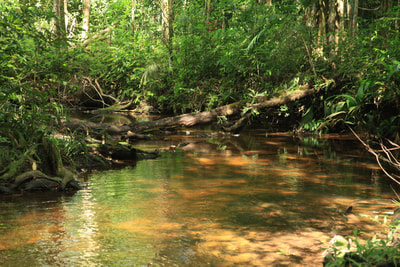

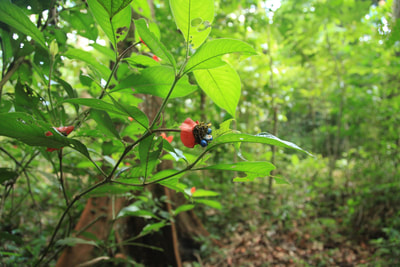
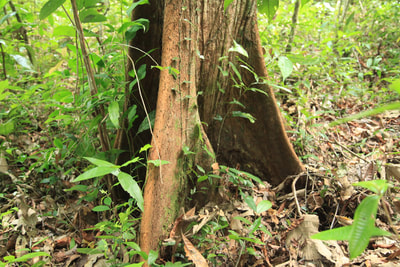
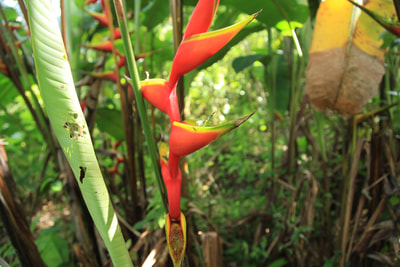
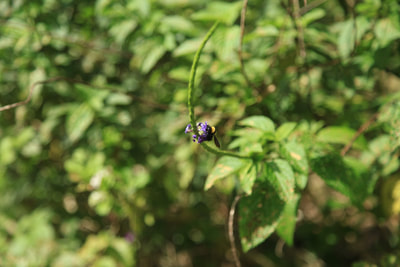

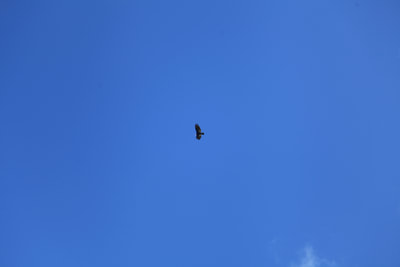
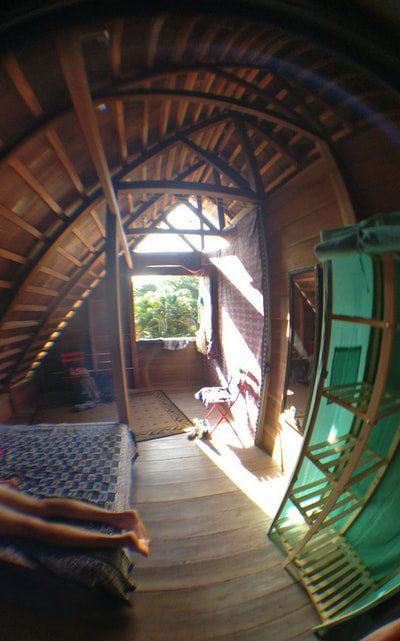
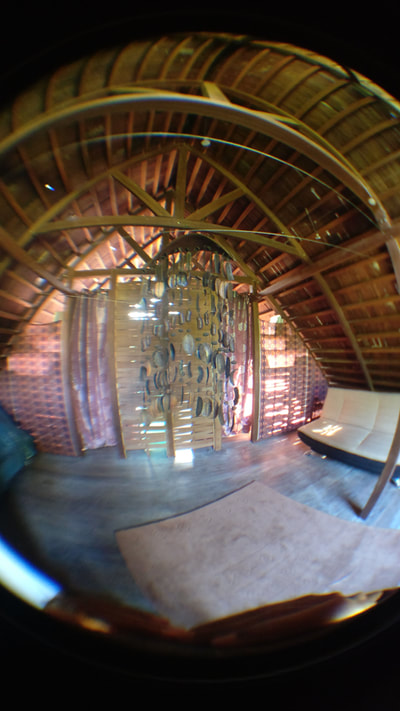
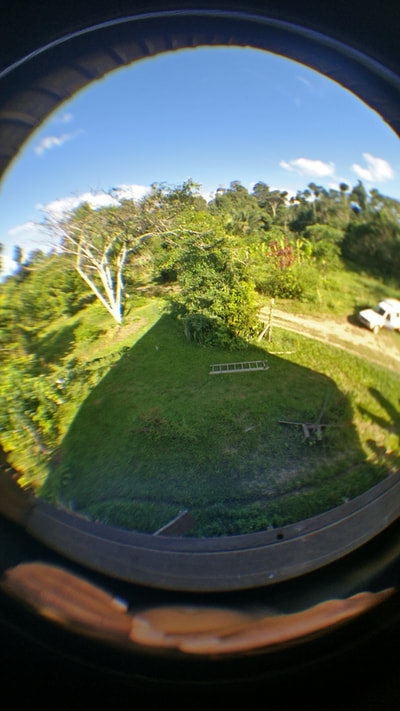




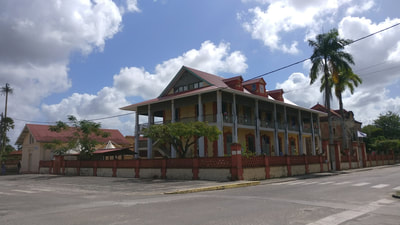

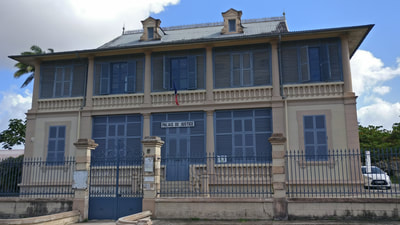
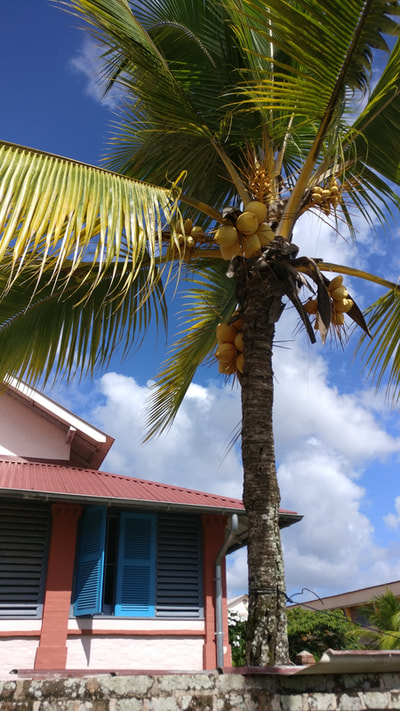


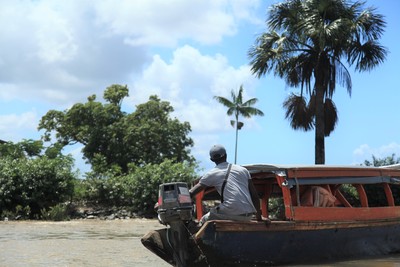


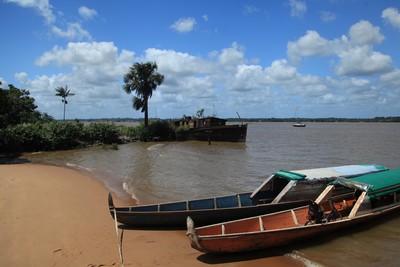

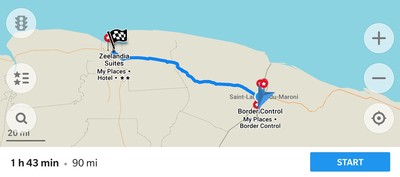
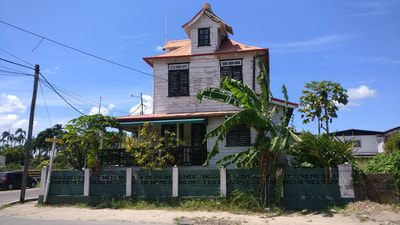

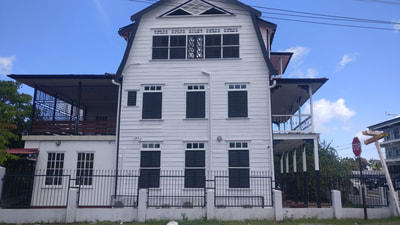
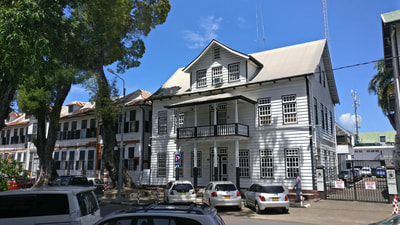
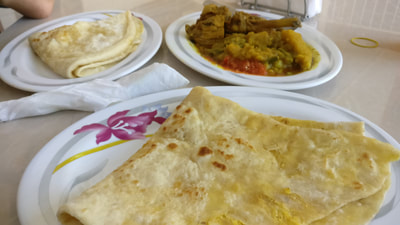
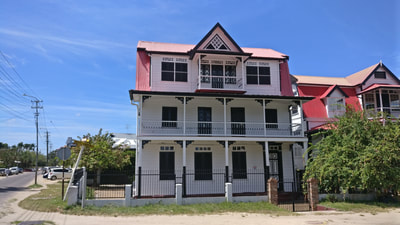



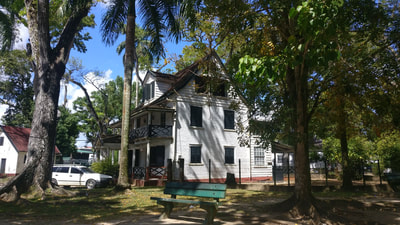





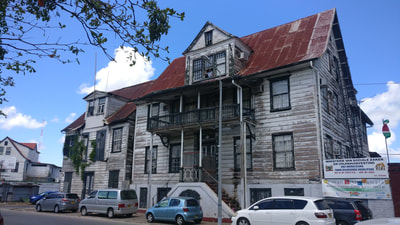
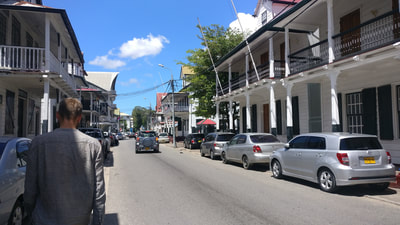

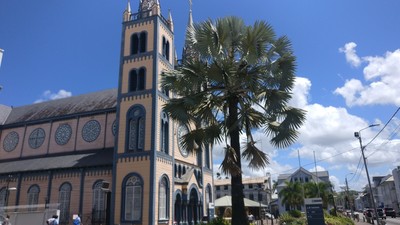
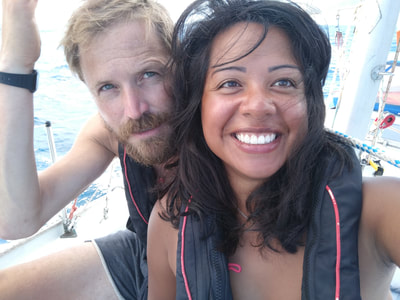
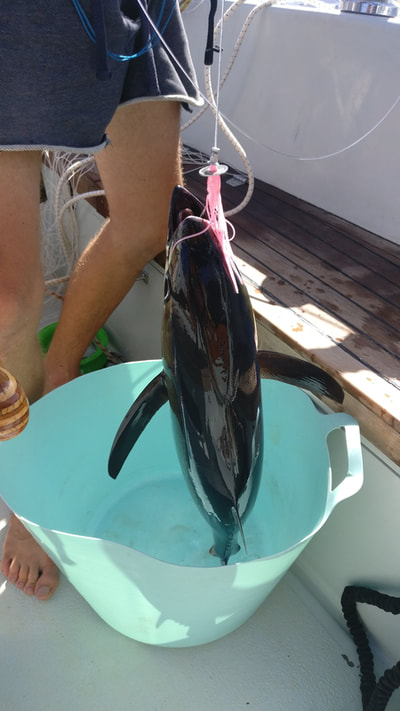

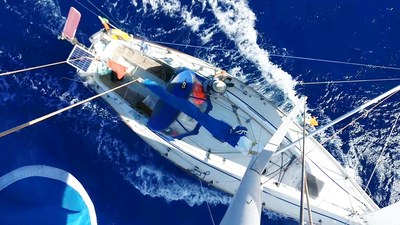

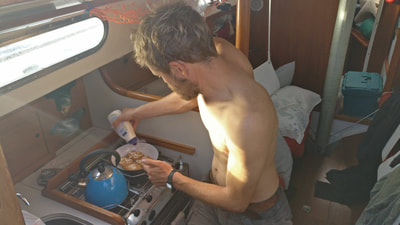

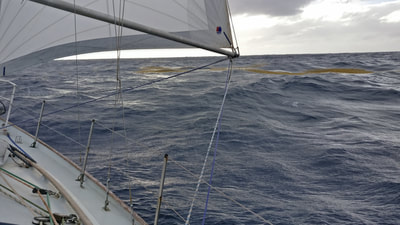


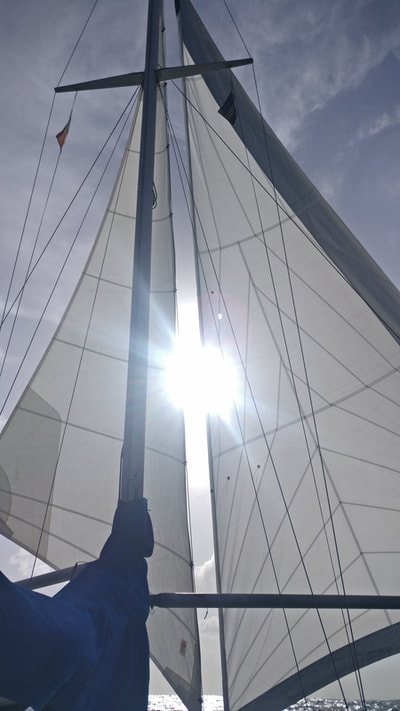

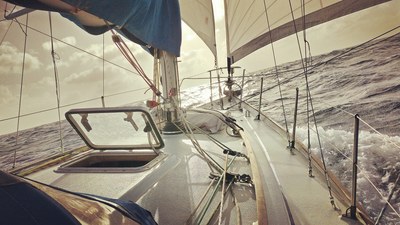



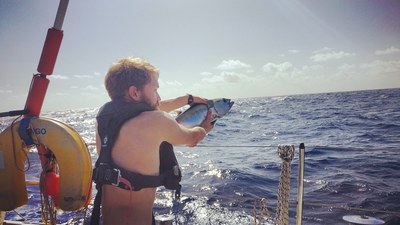







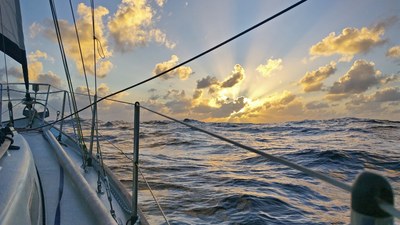

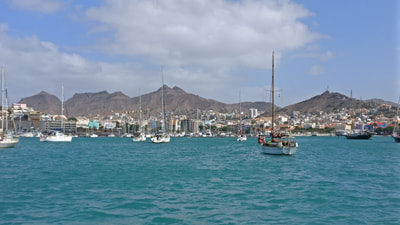
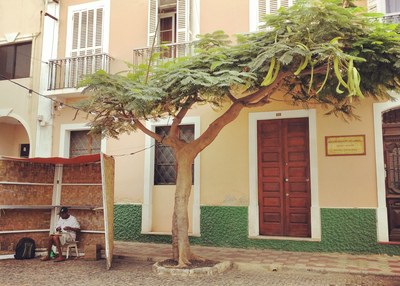



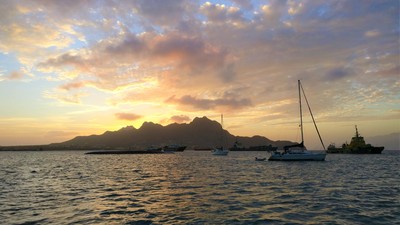

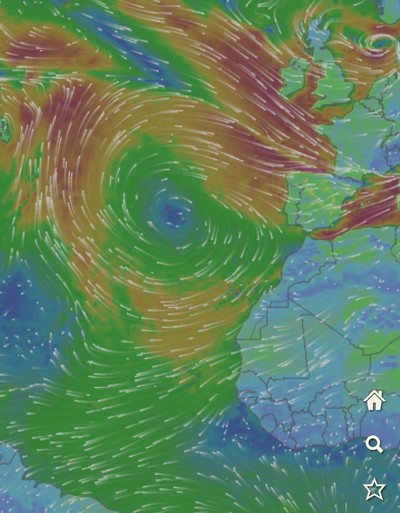

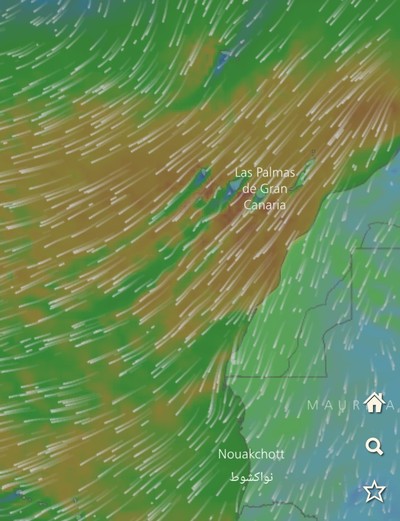
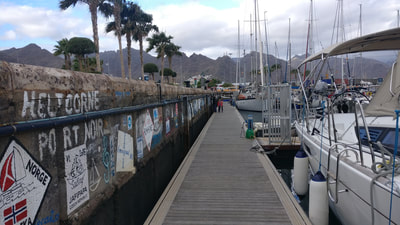
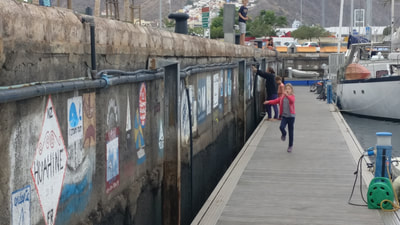

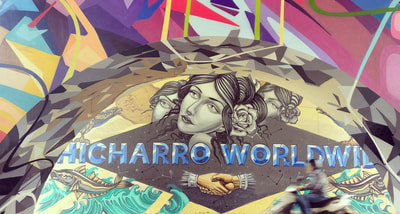
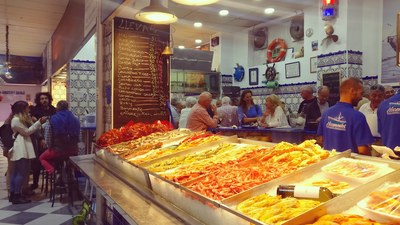

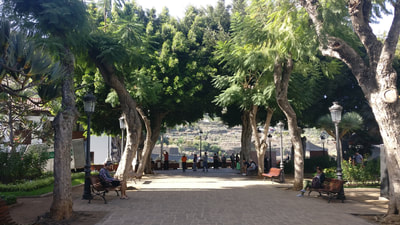

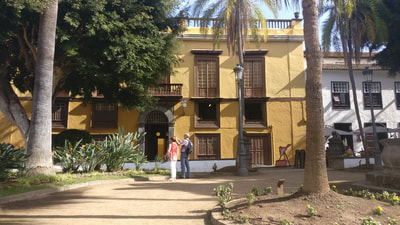
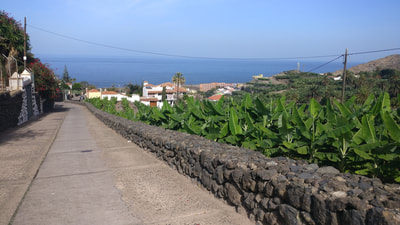

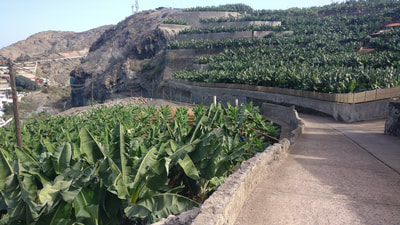



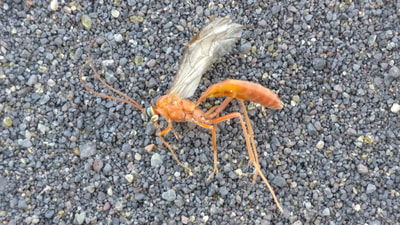



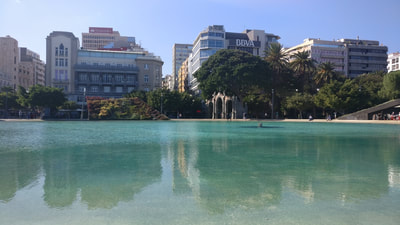


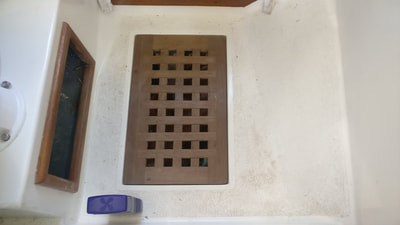
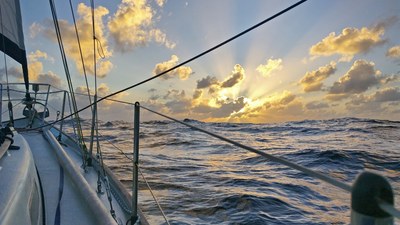


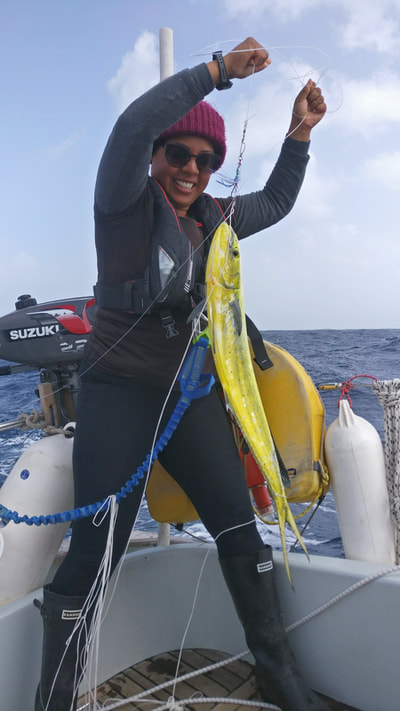
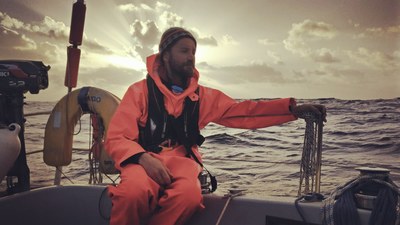
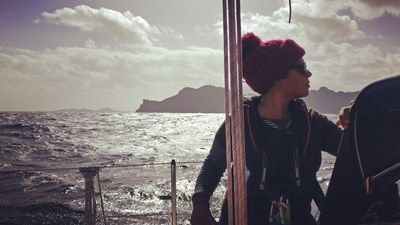
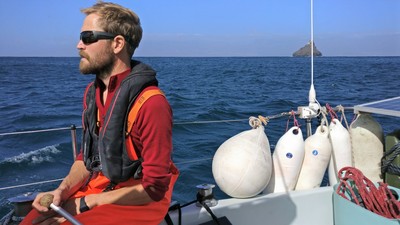




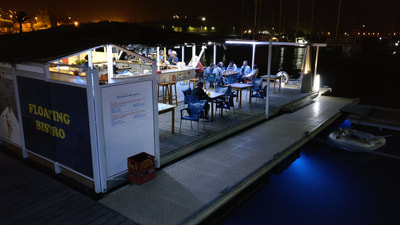
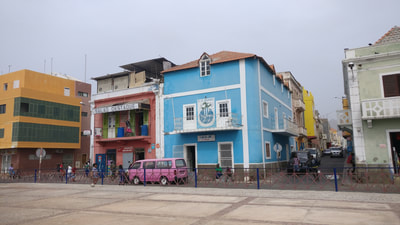


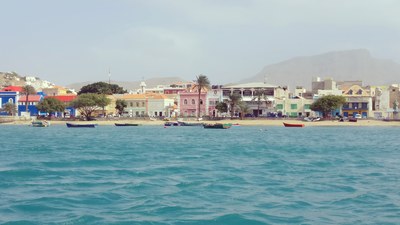

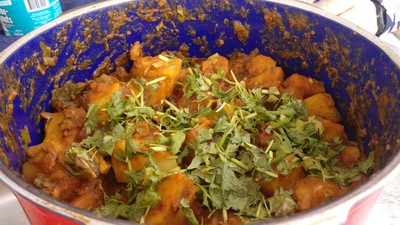

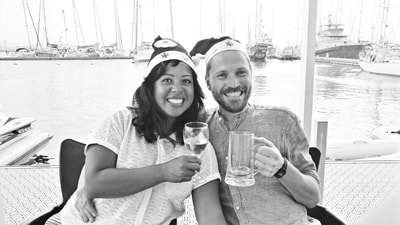
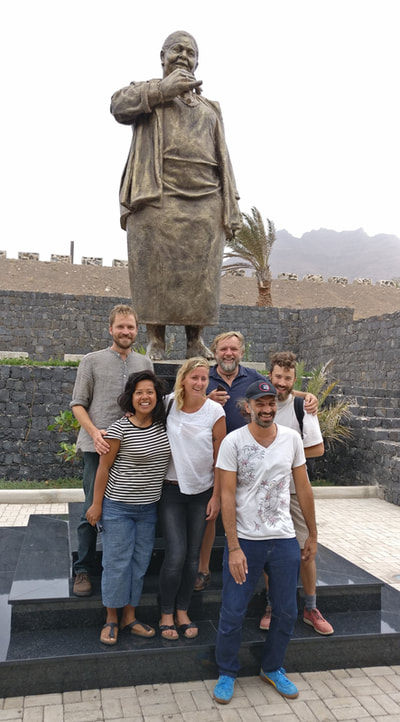
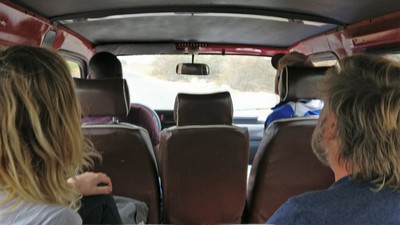


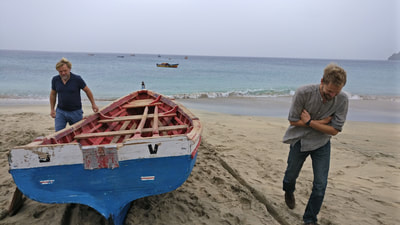


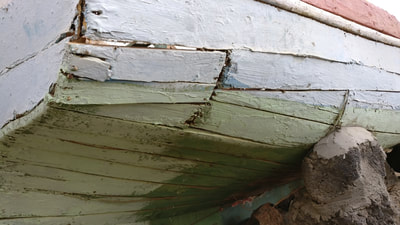

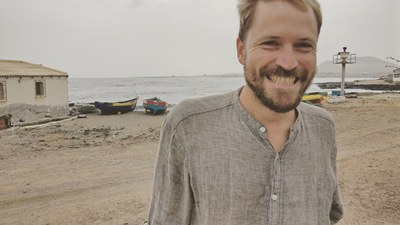
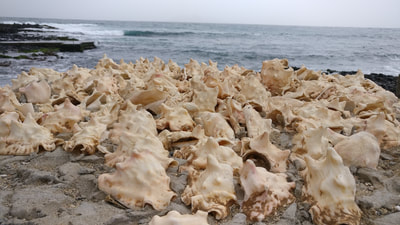

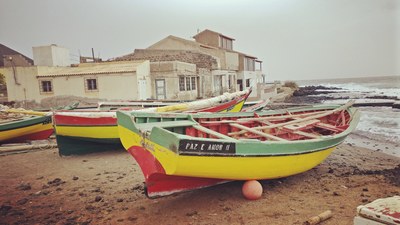
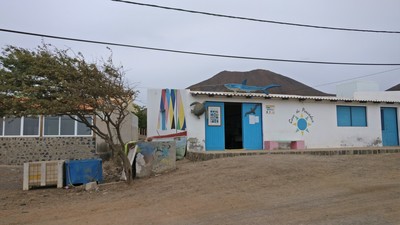

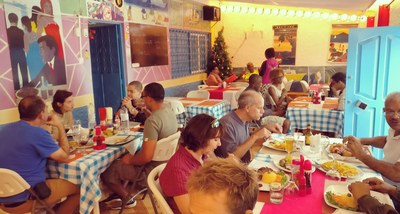



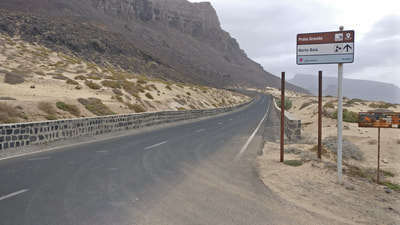
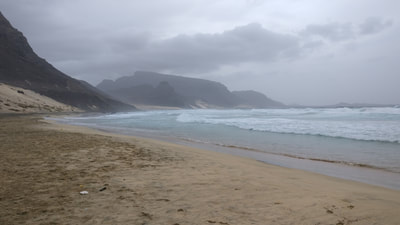

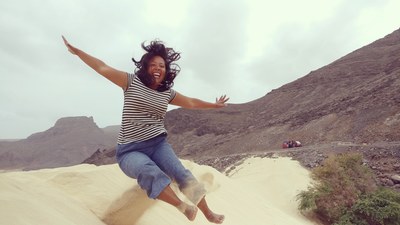


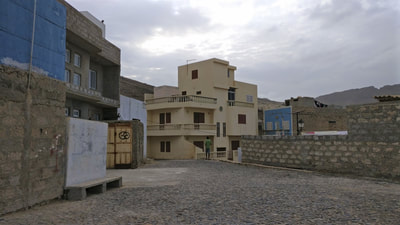



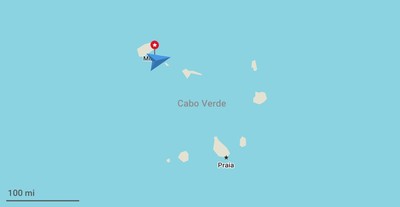
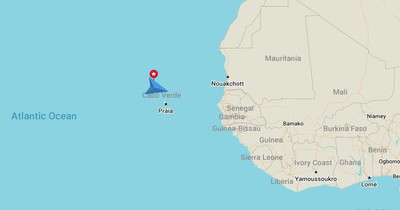
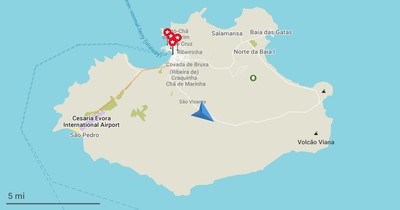
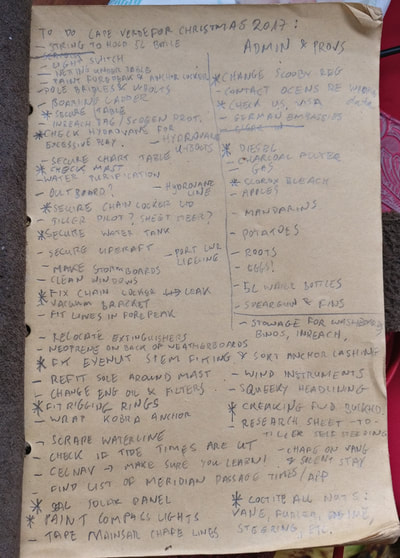


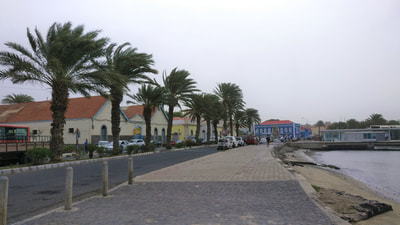




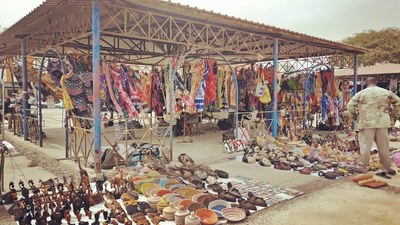




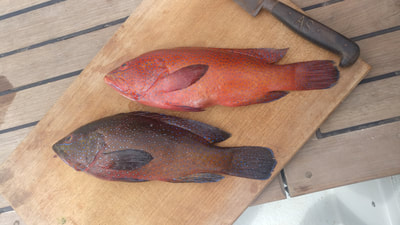
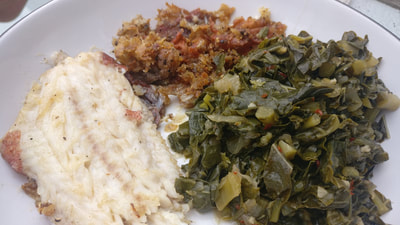

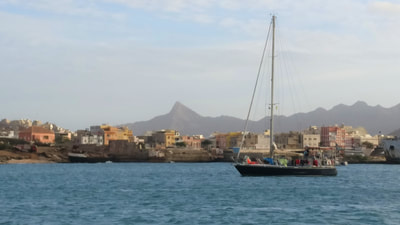
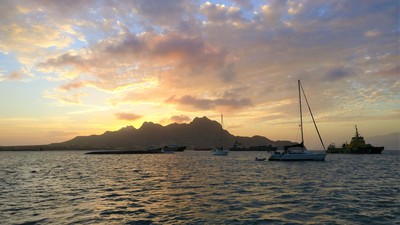
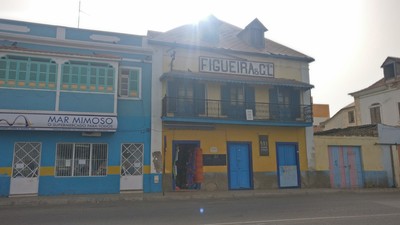

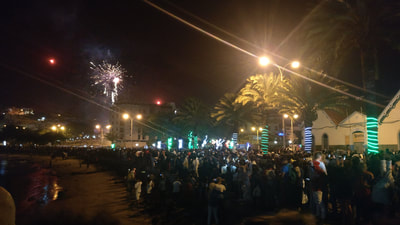
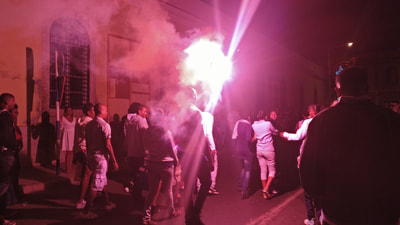

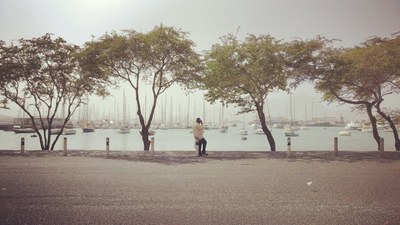

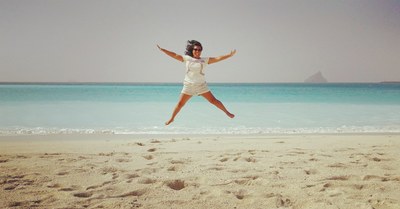




 RSS Feed
RSS Feed